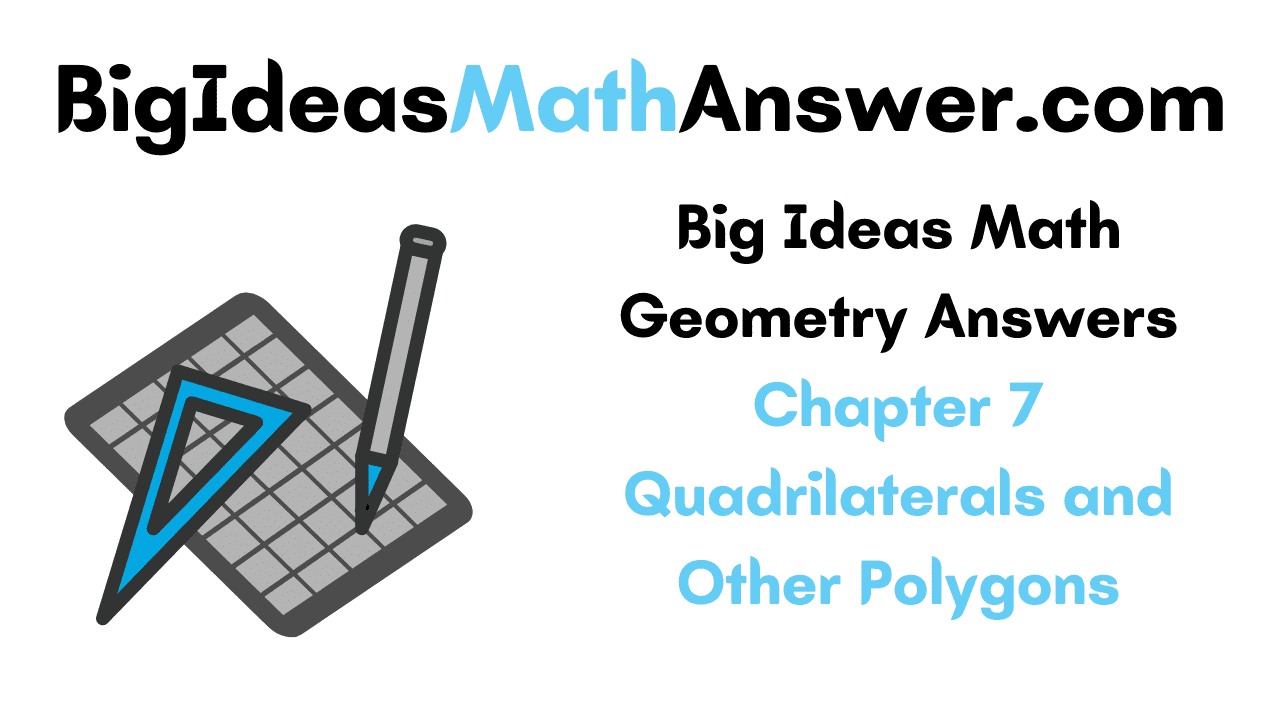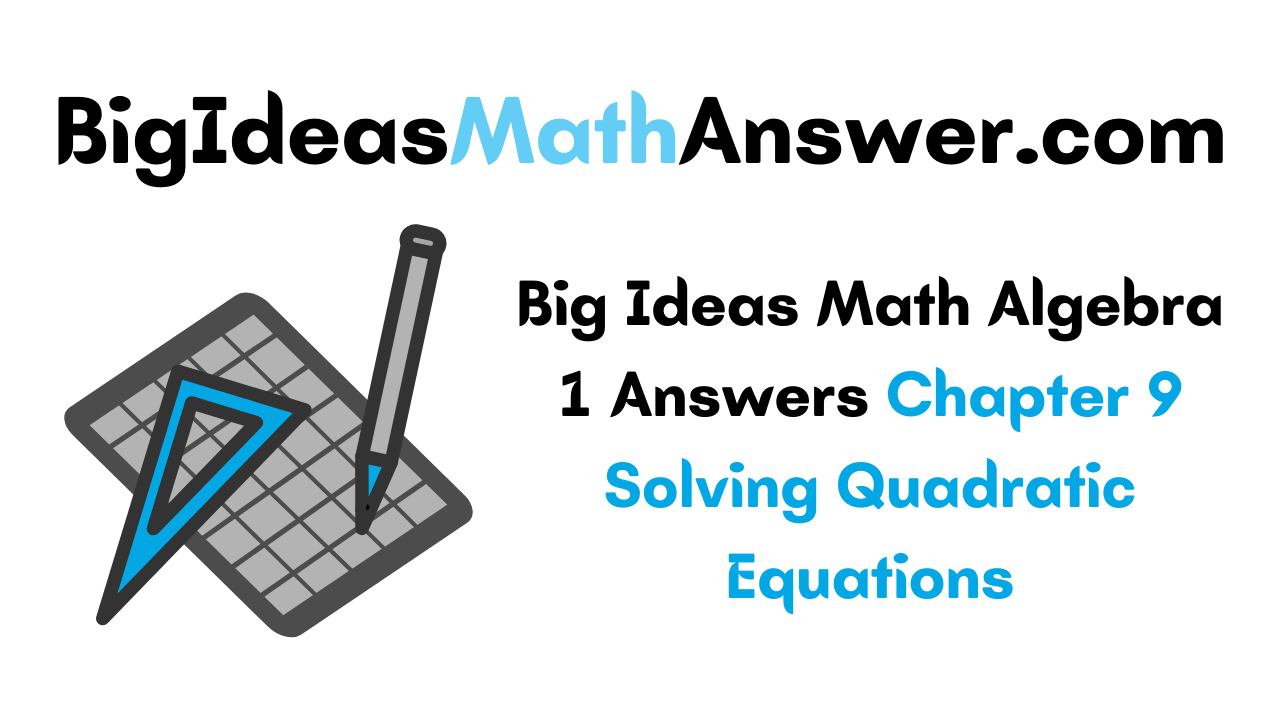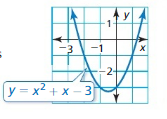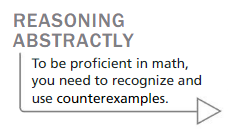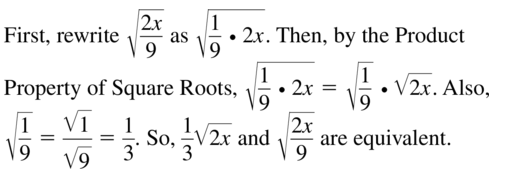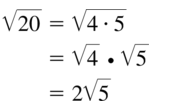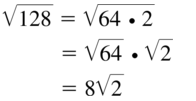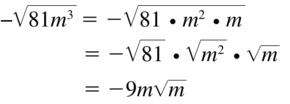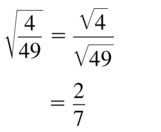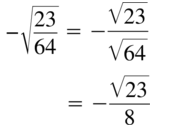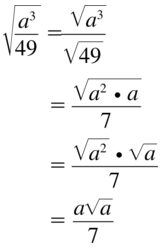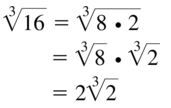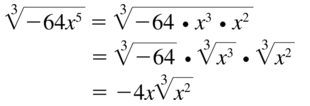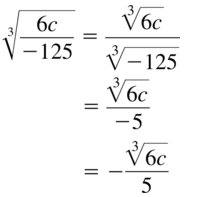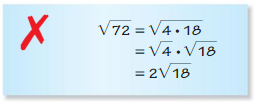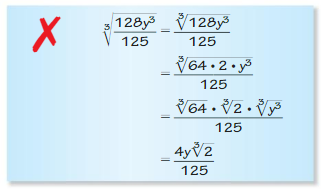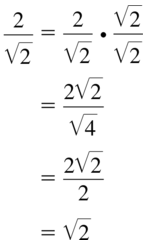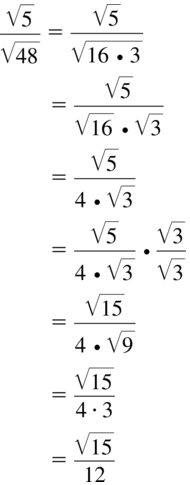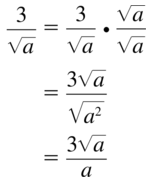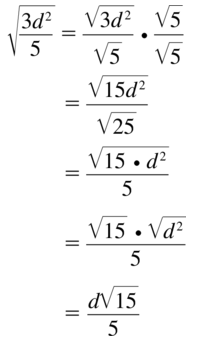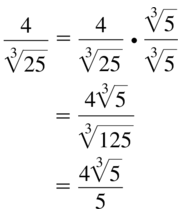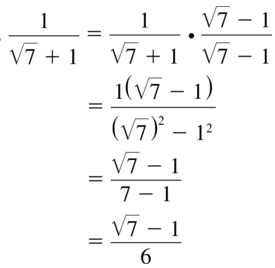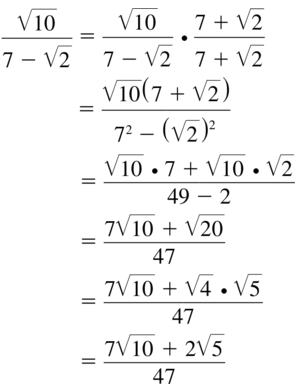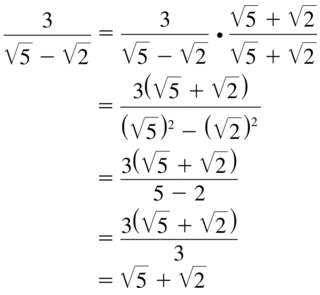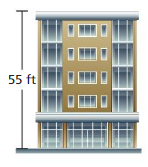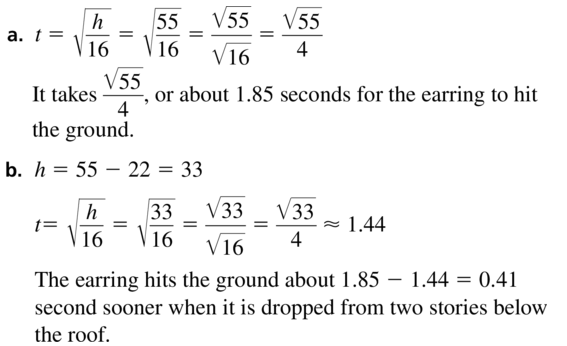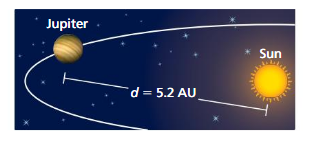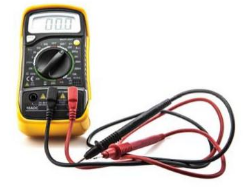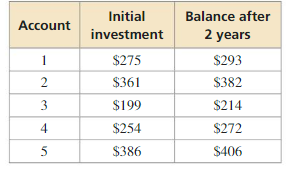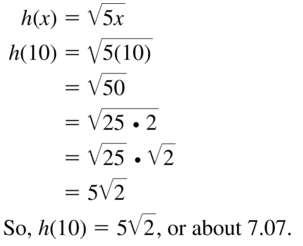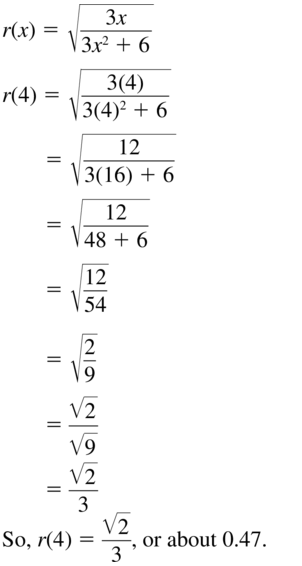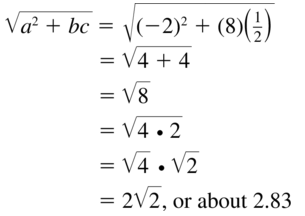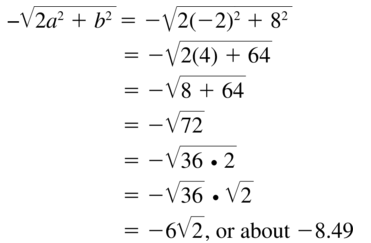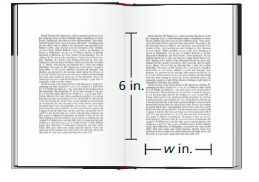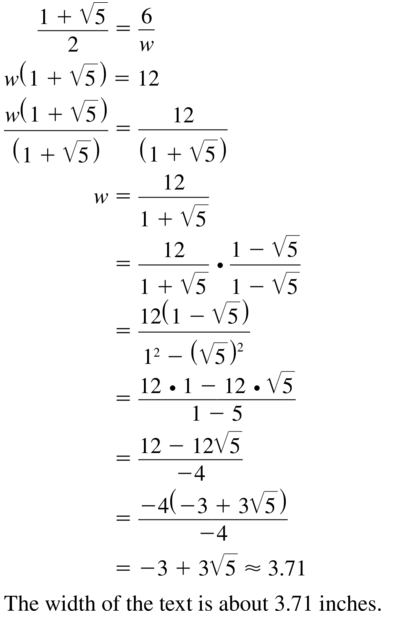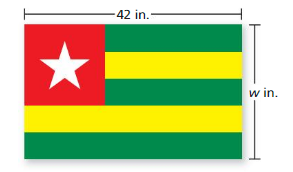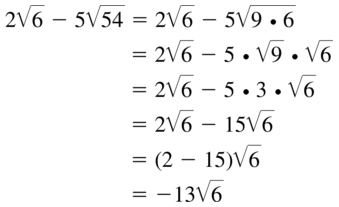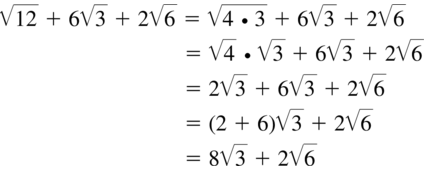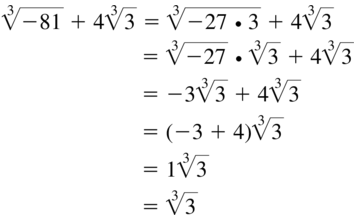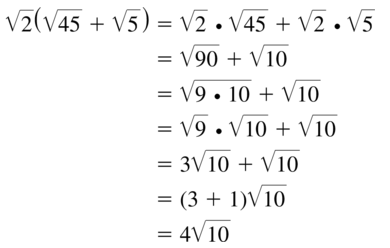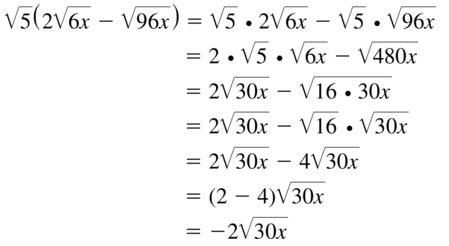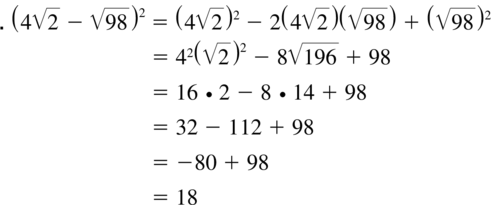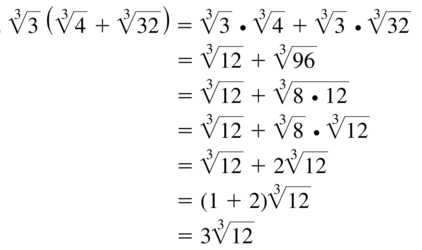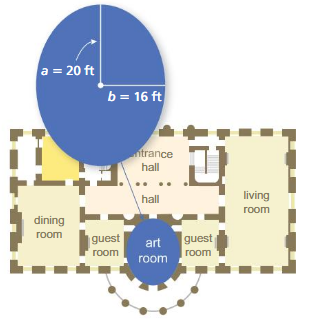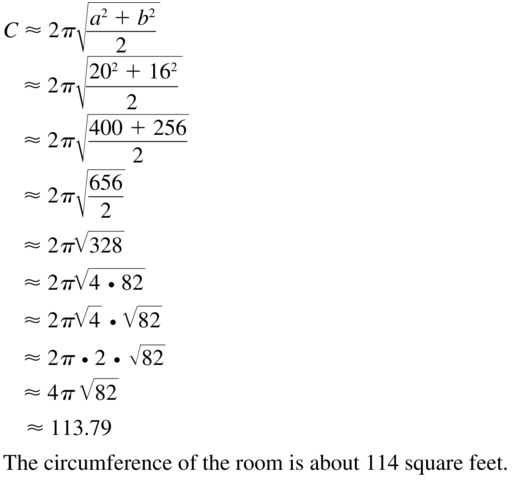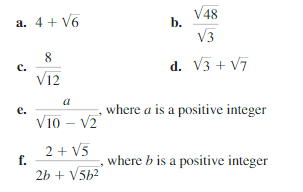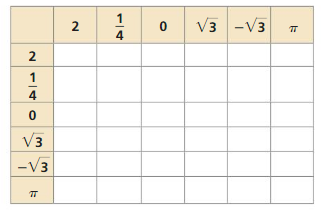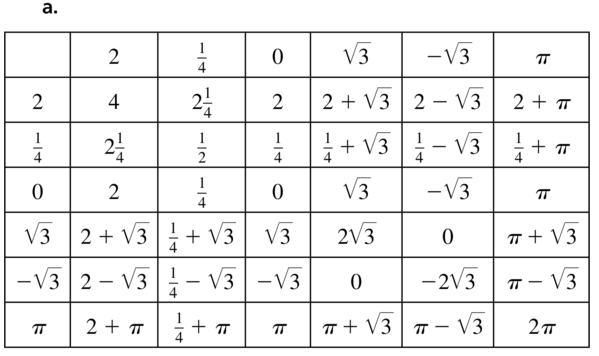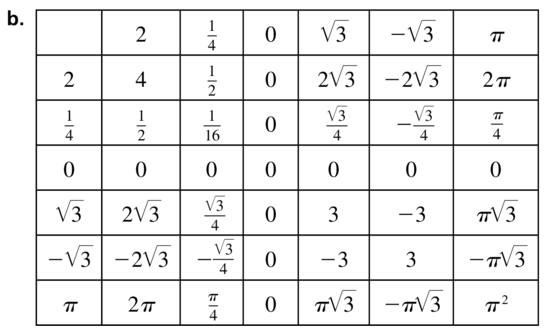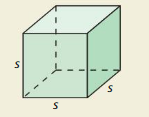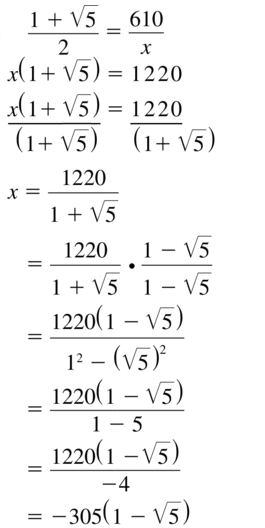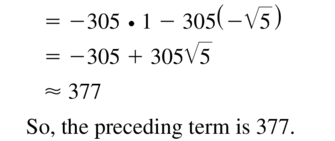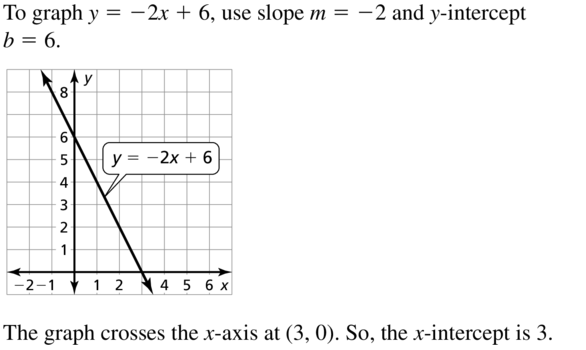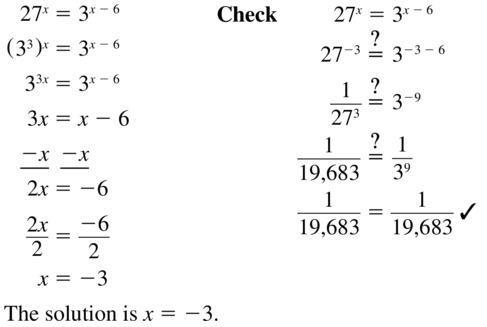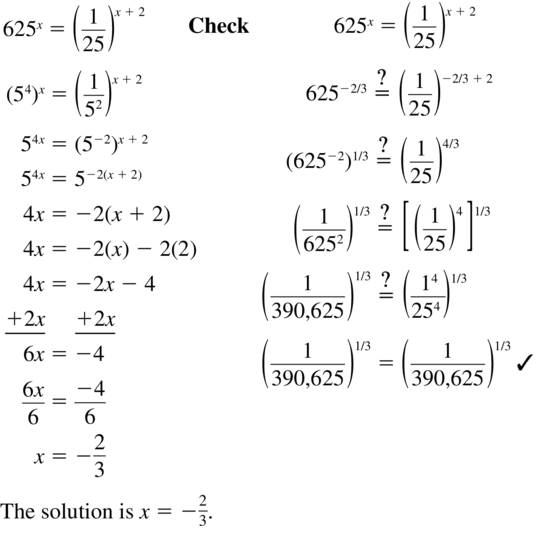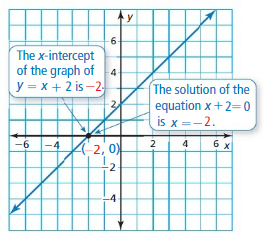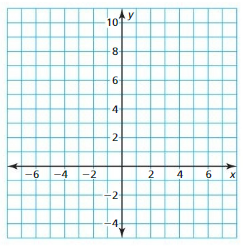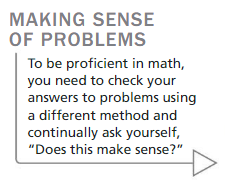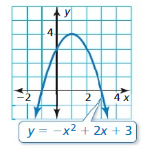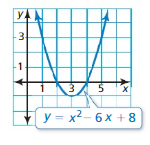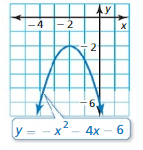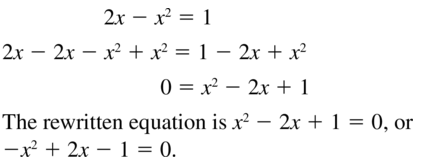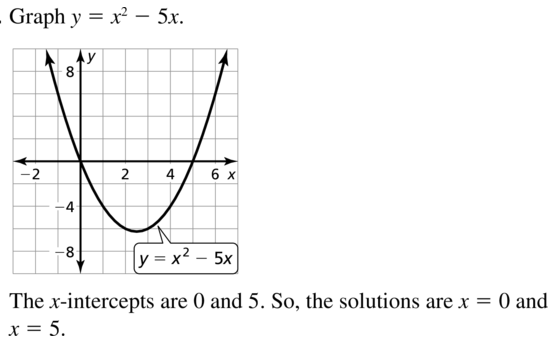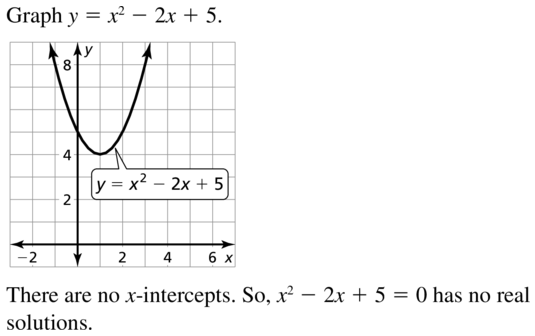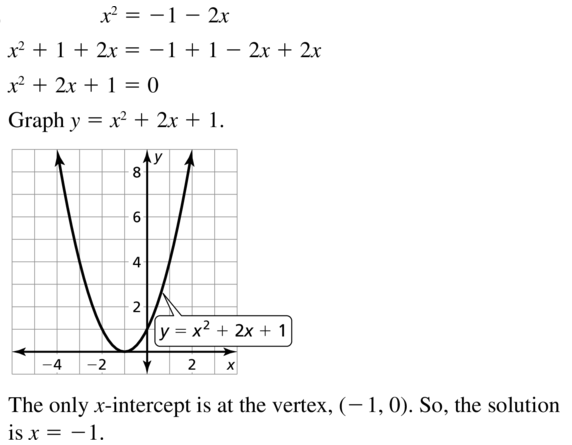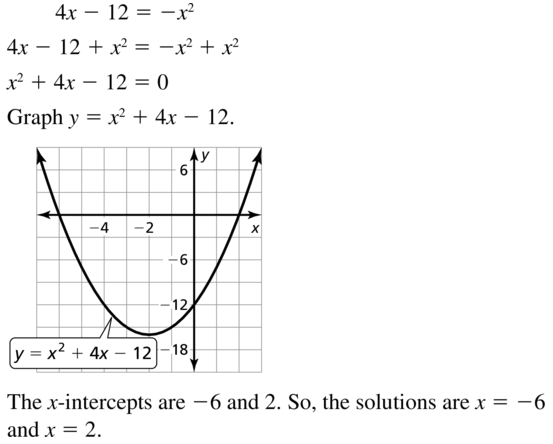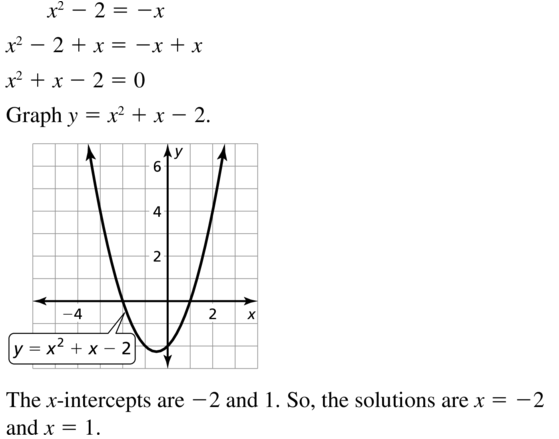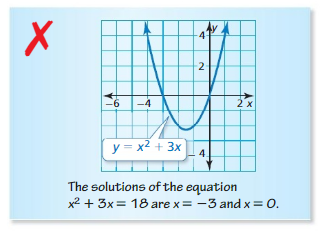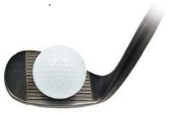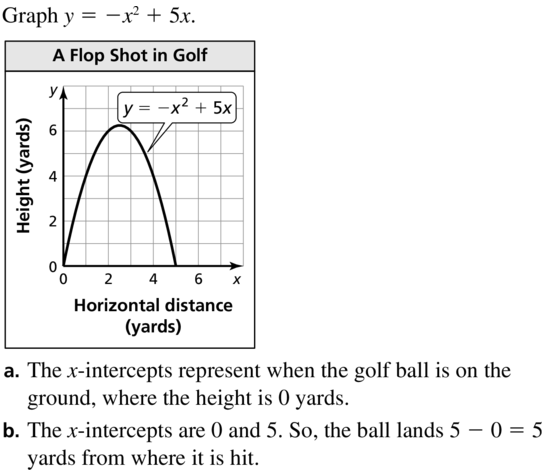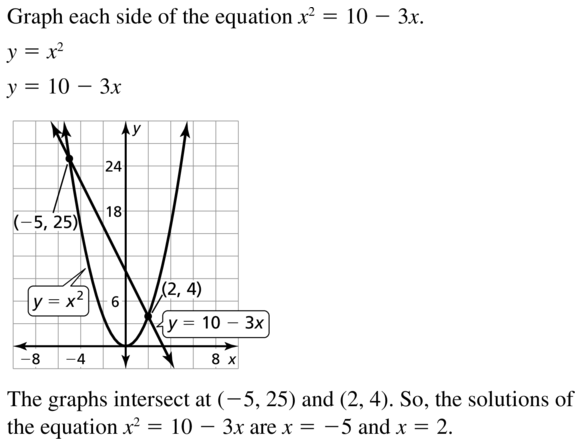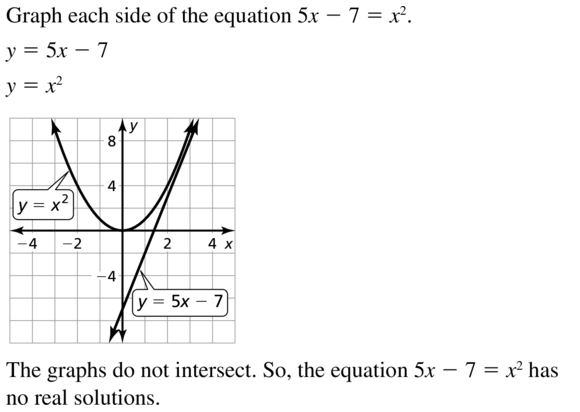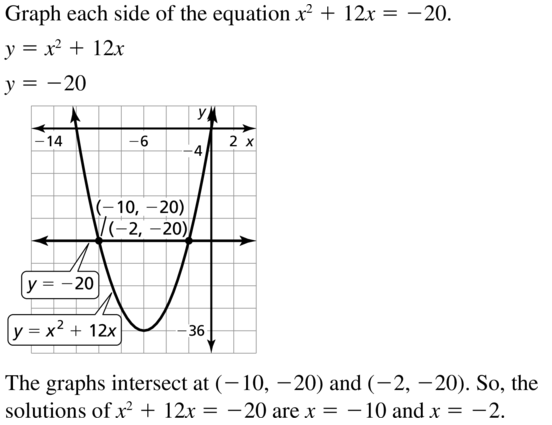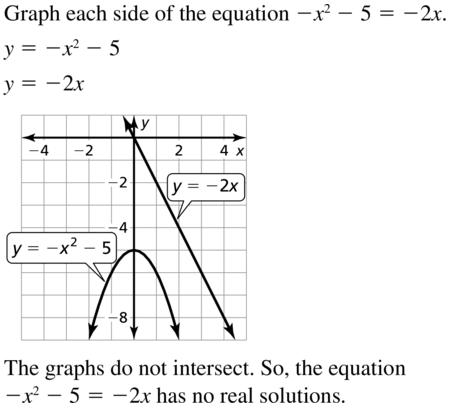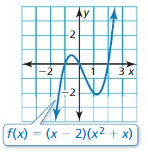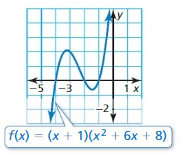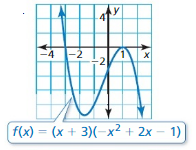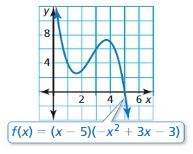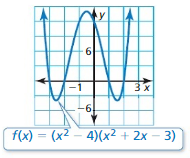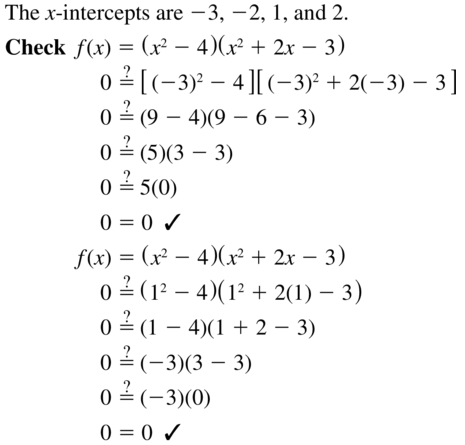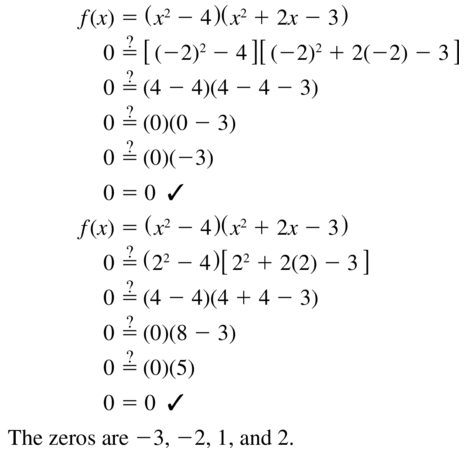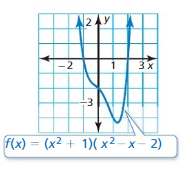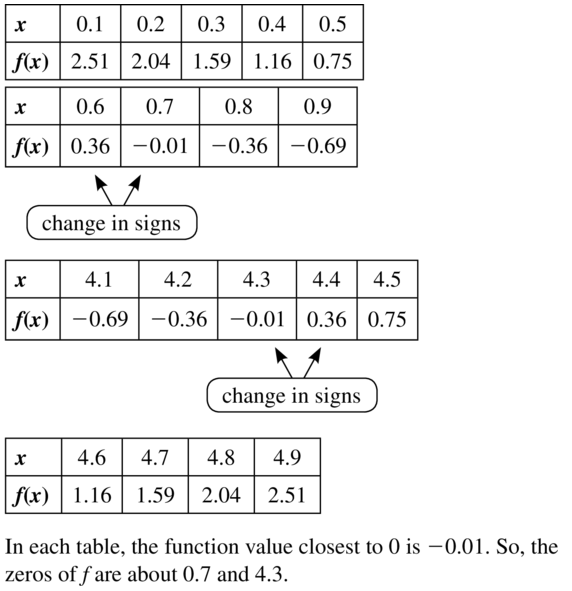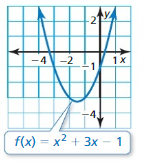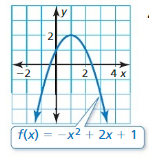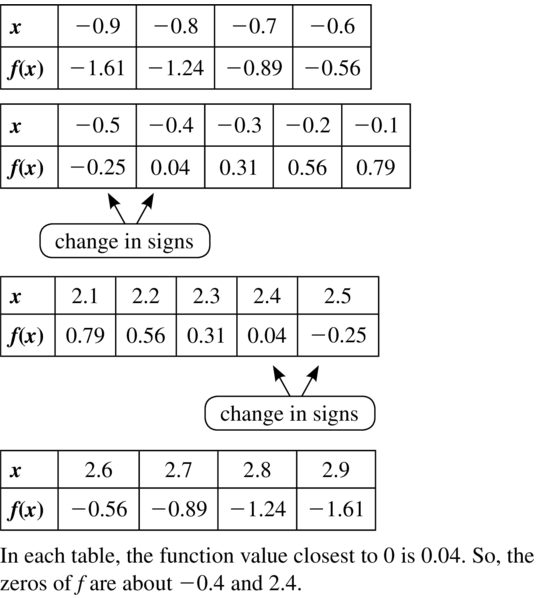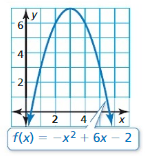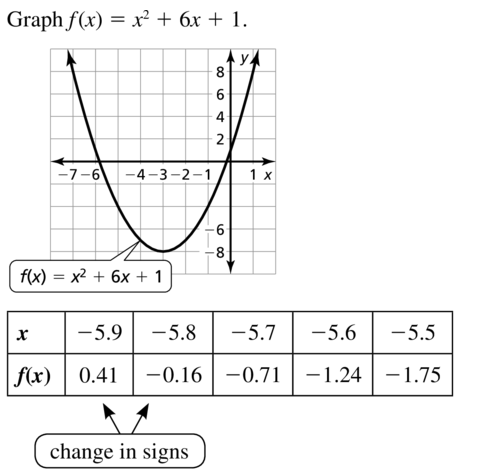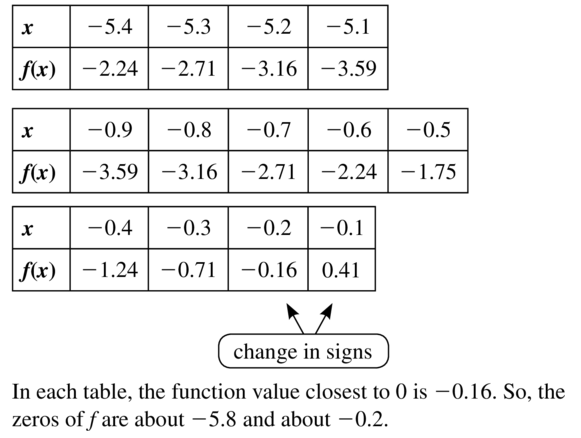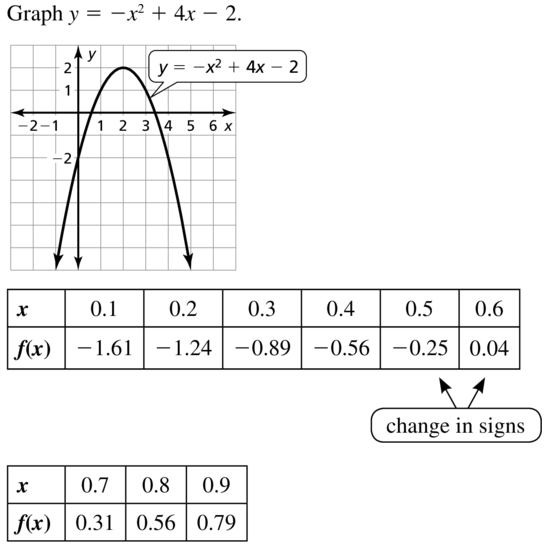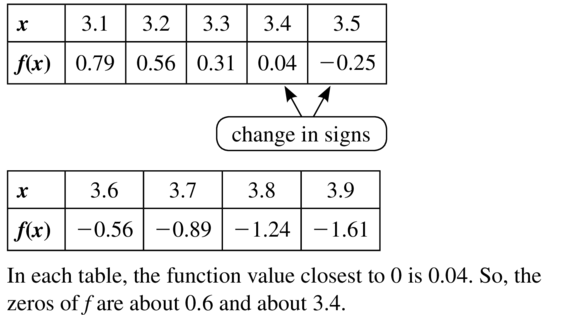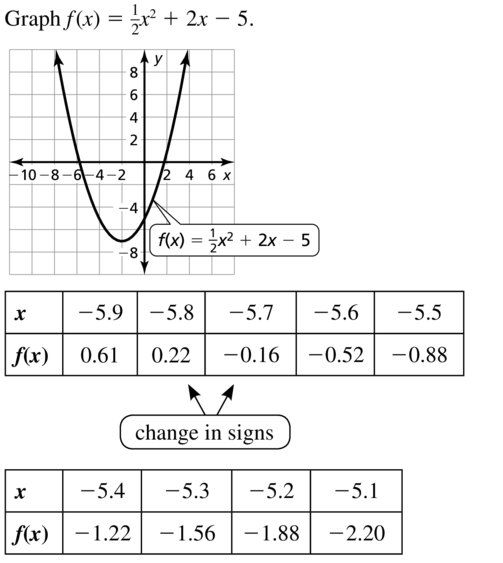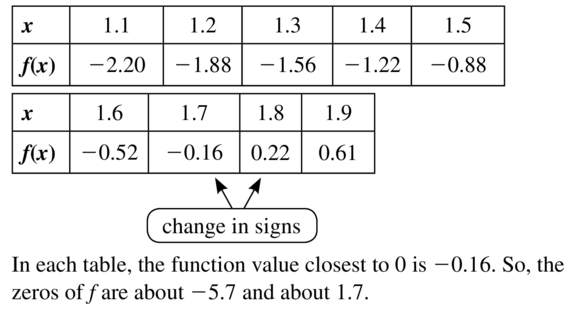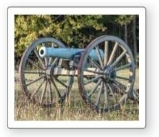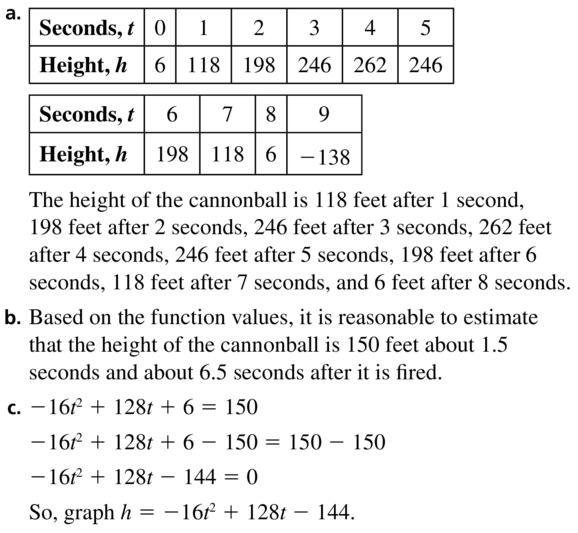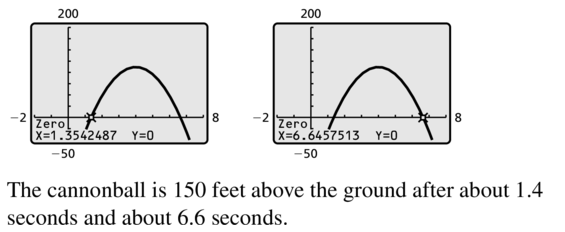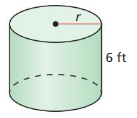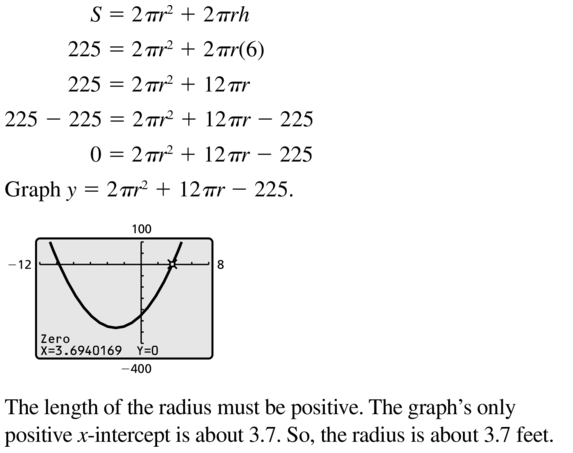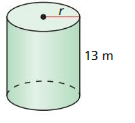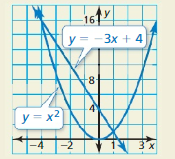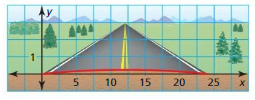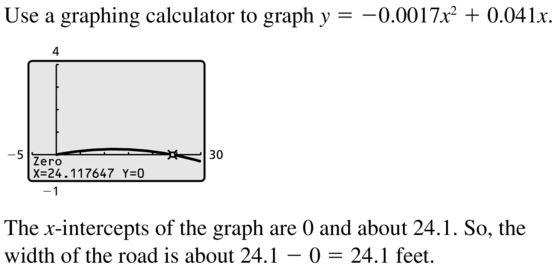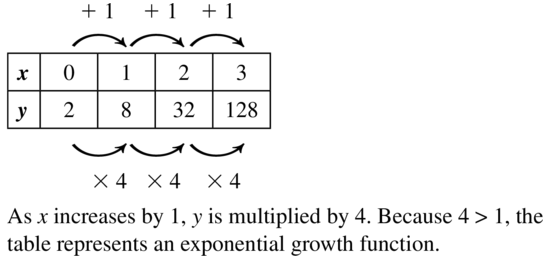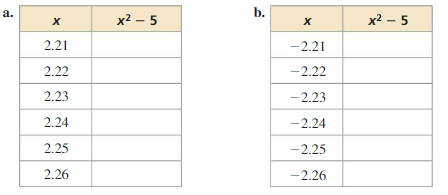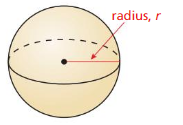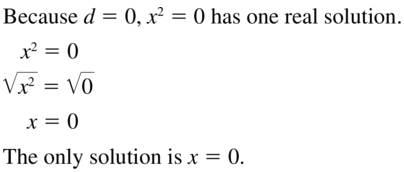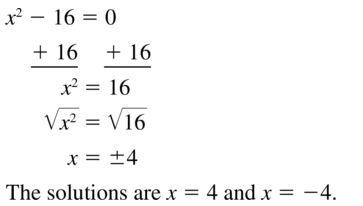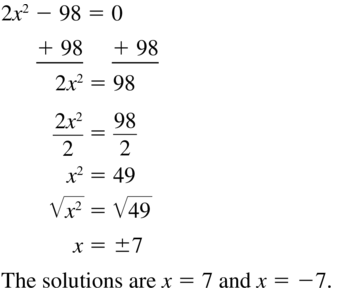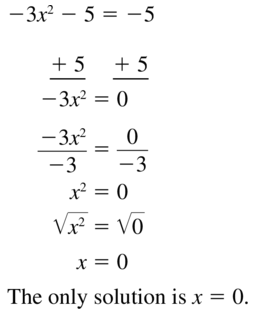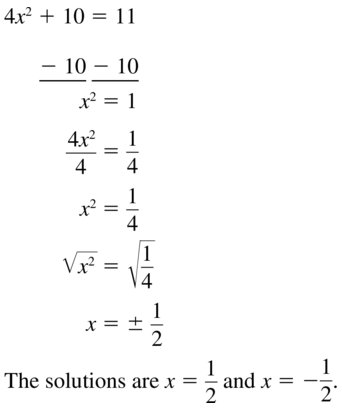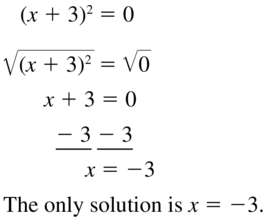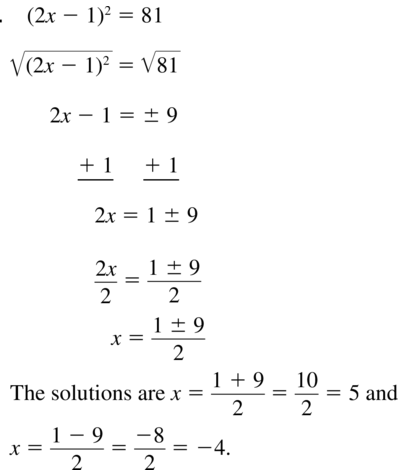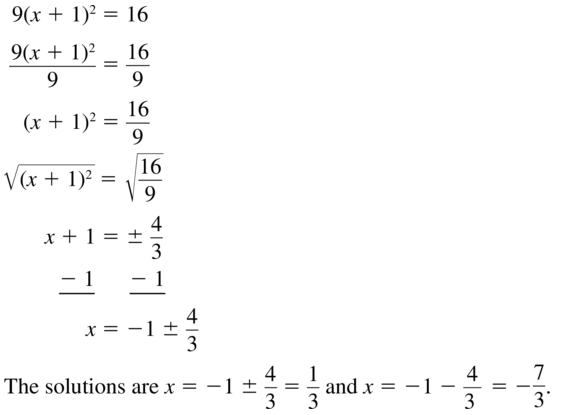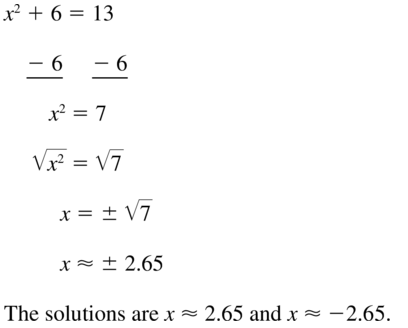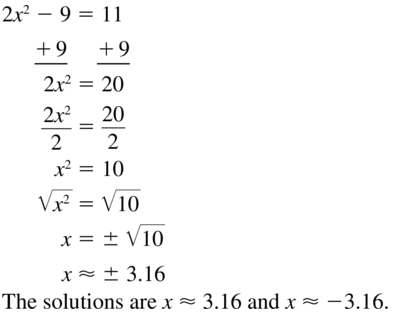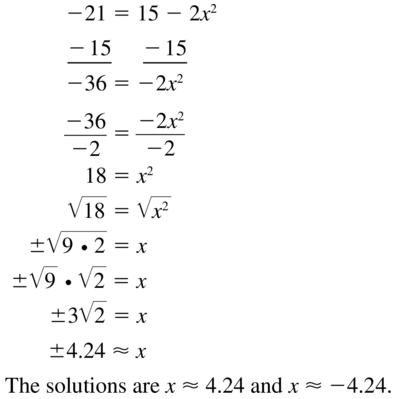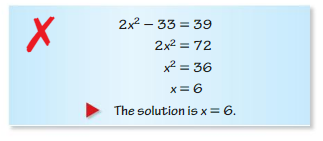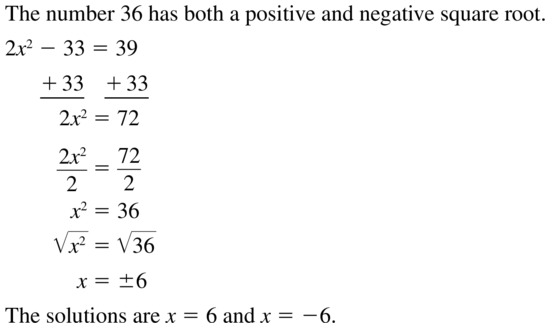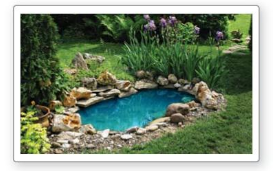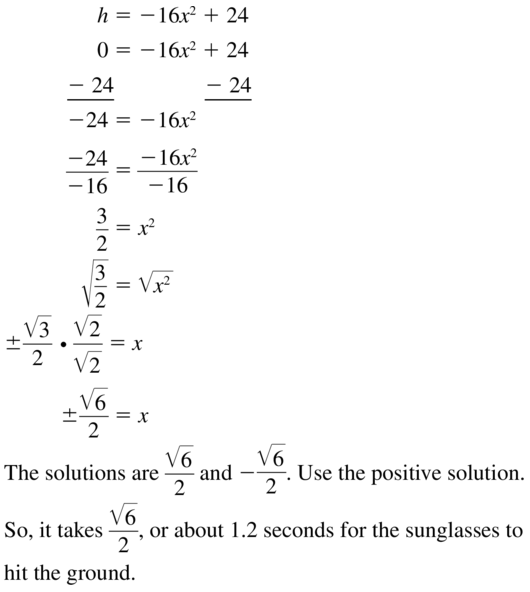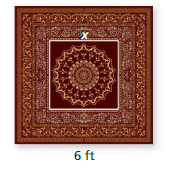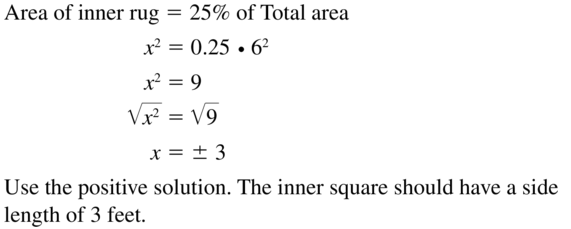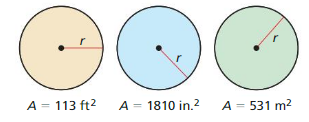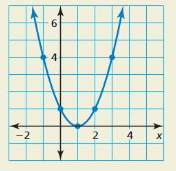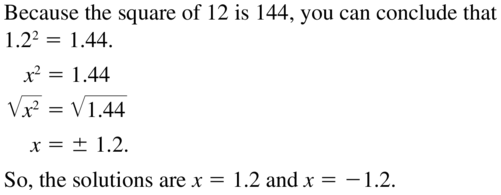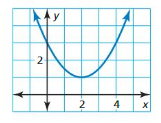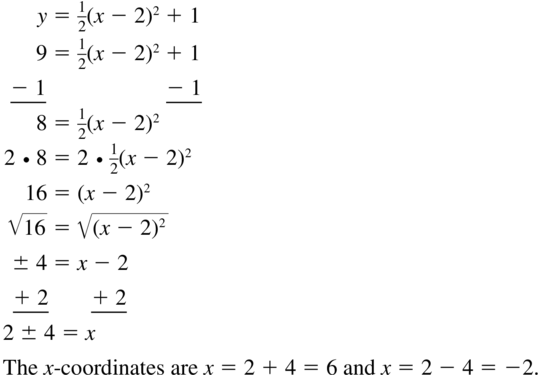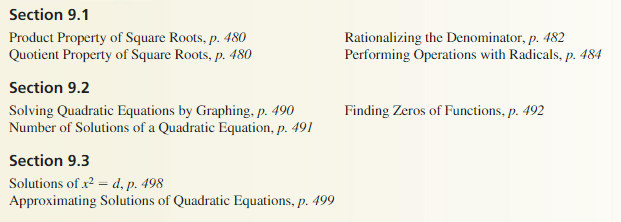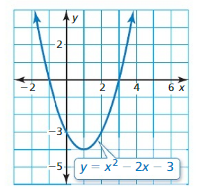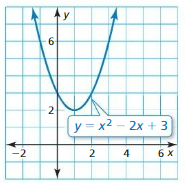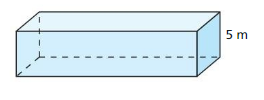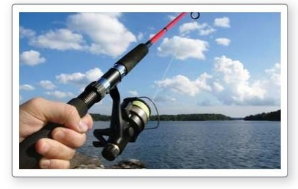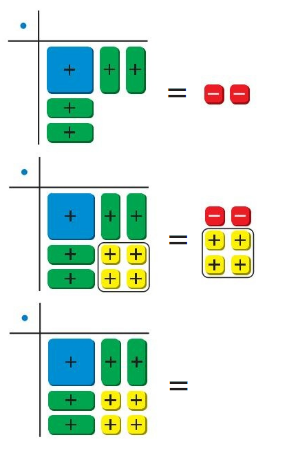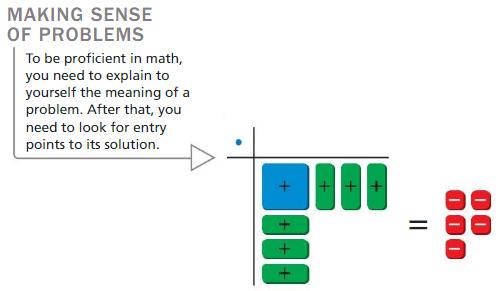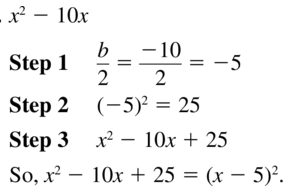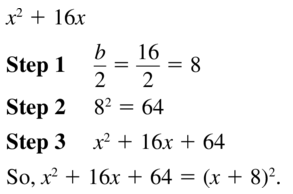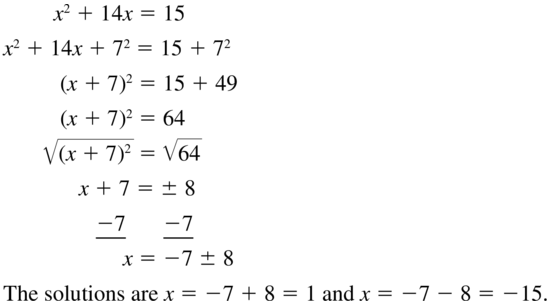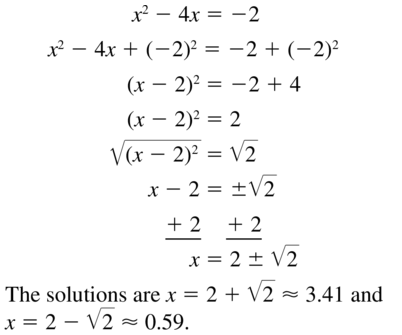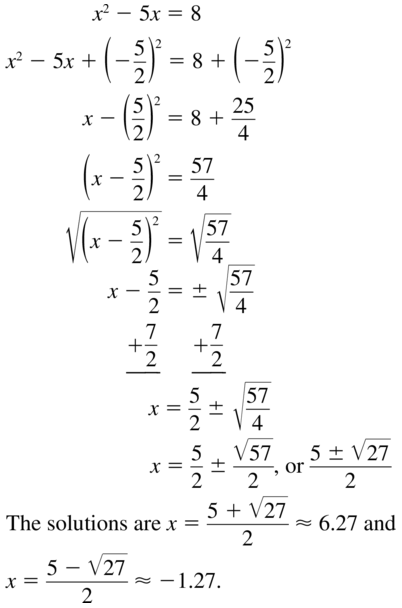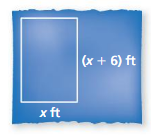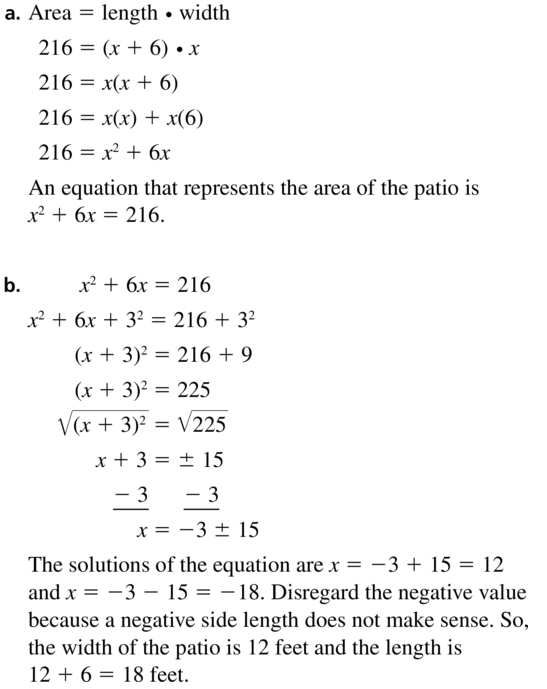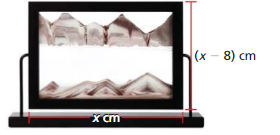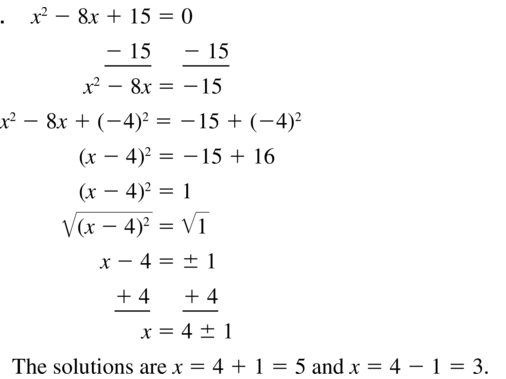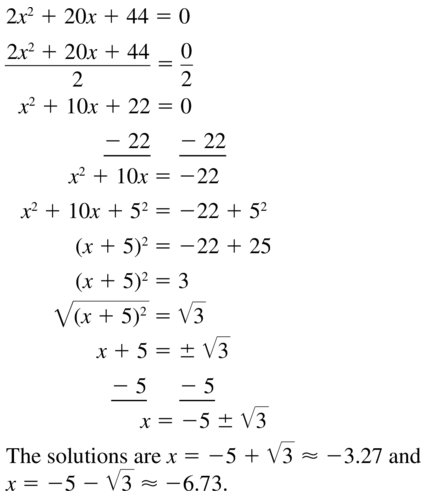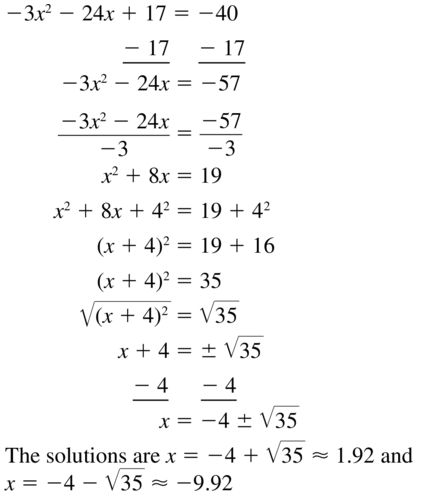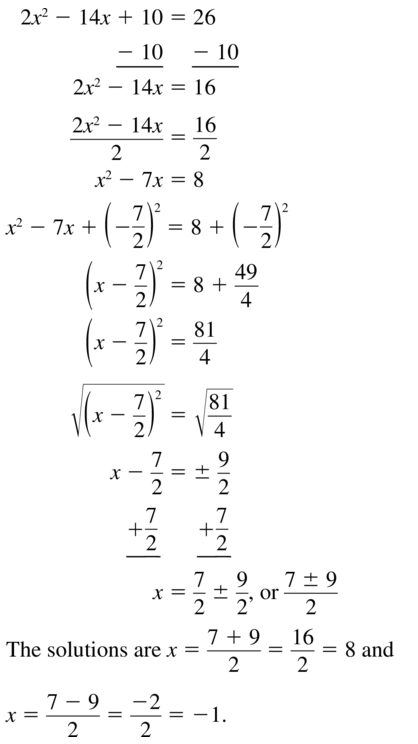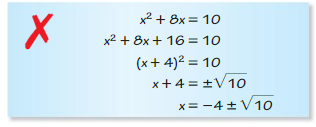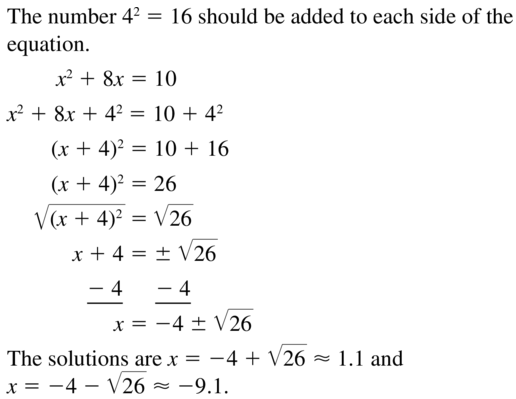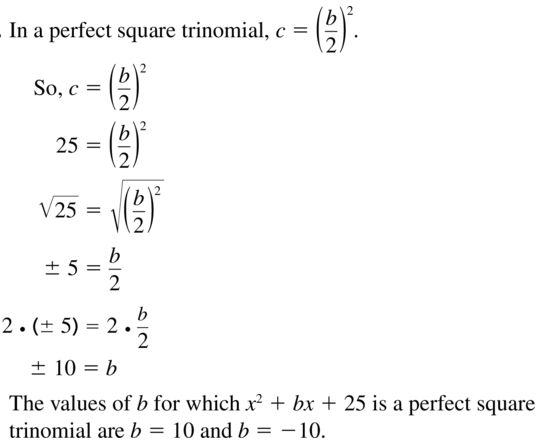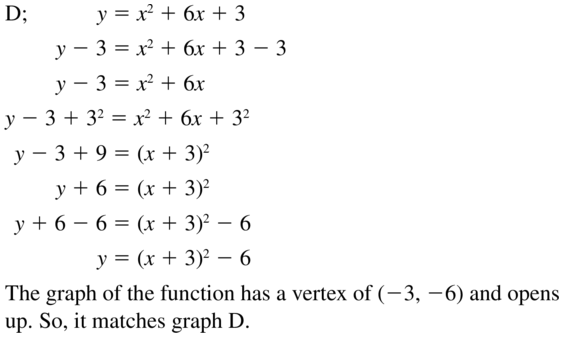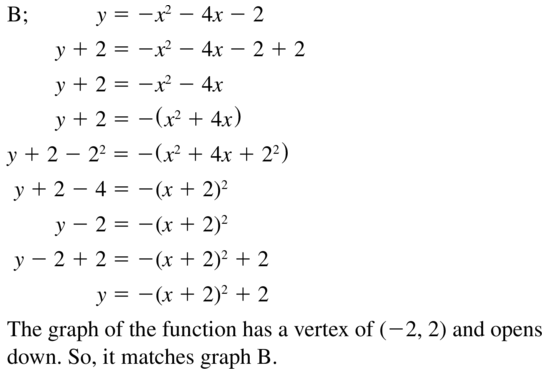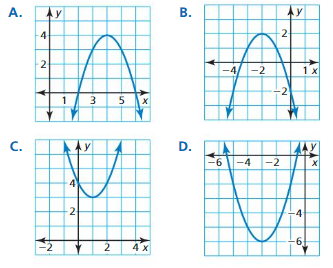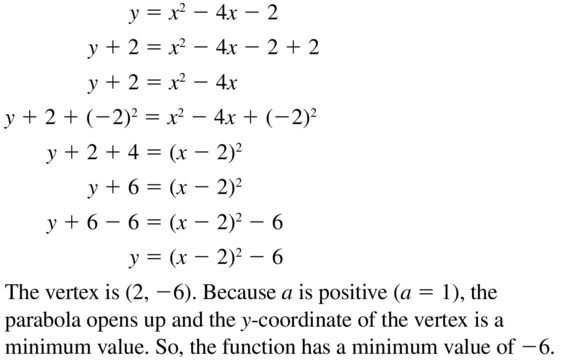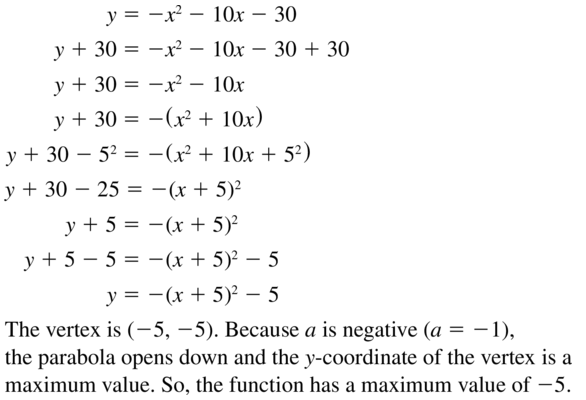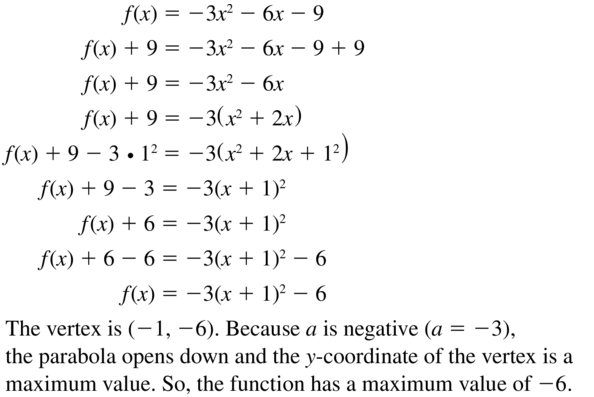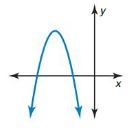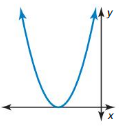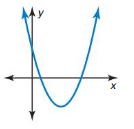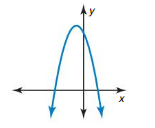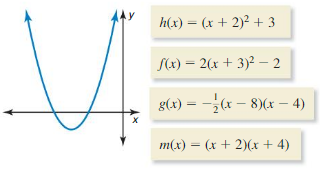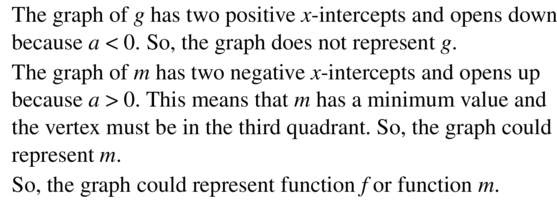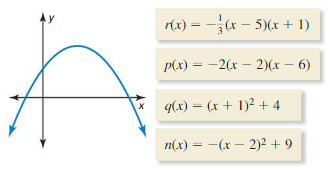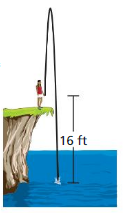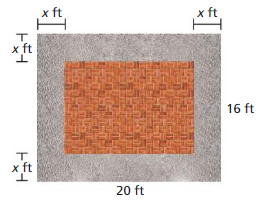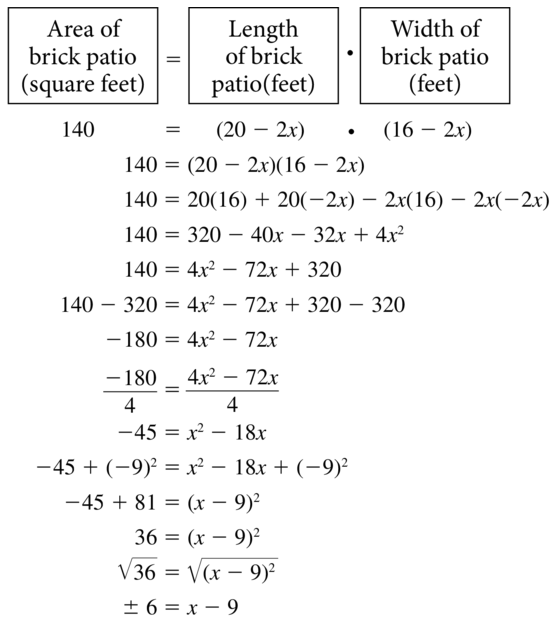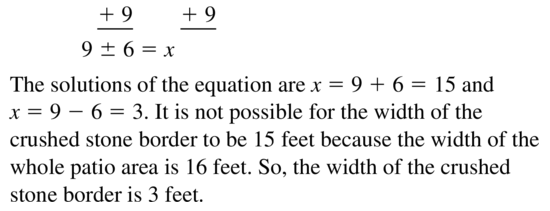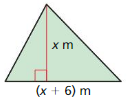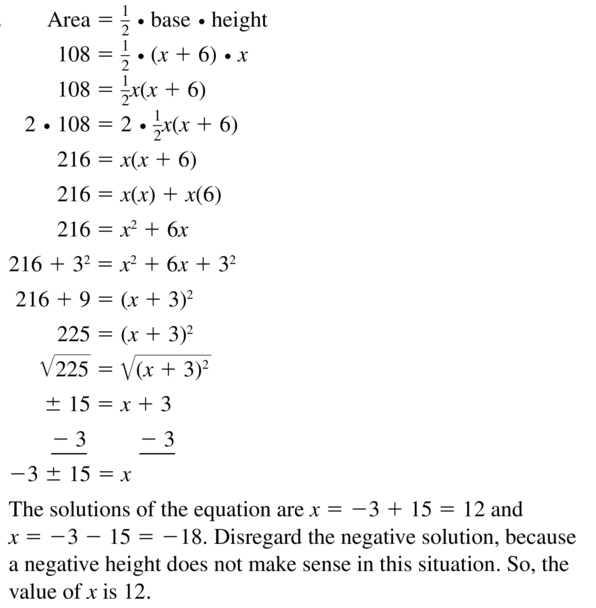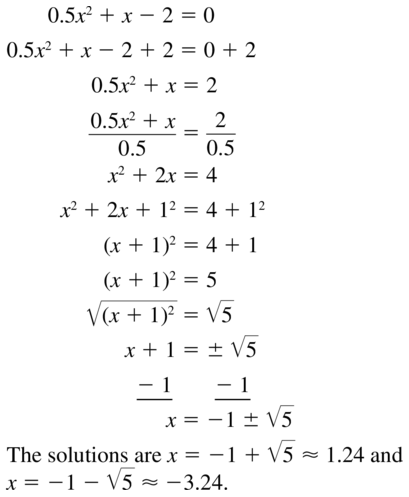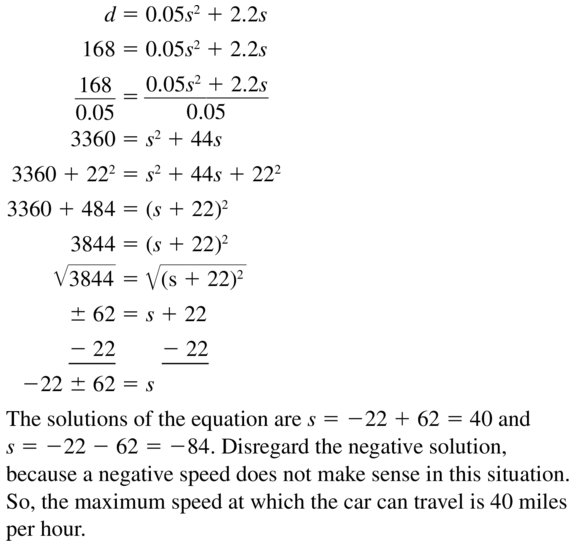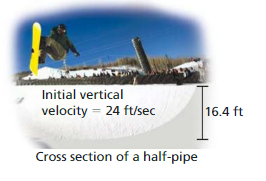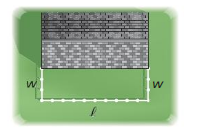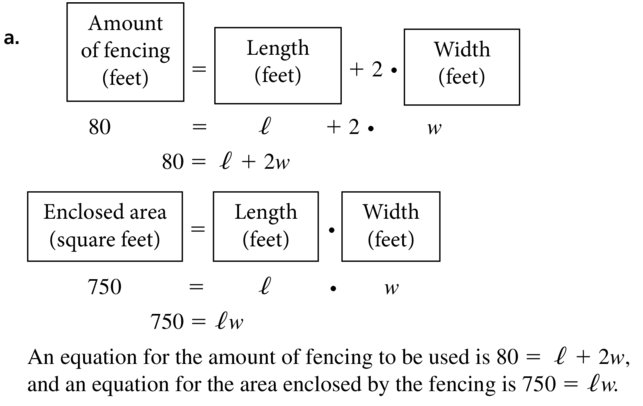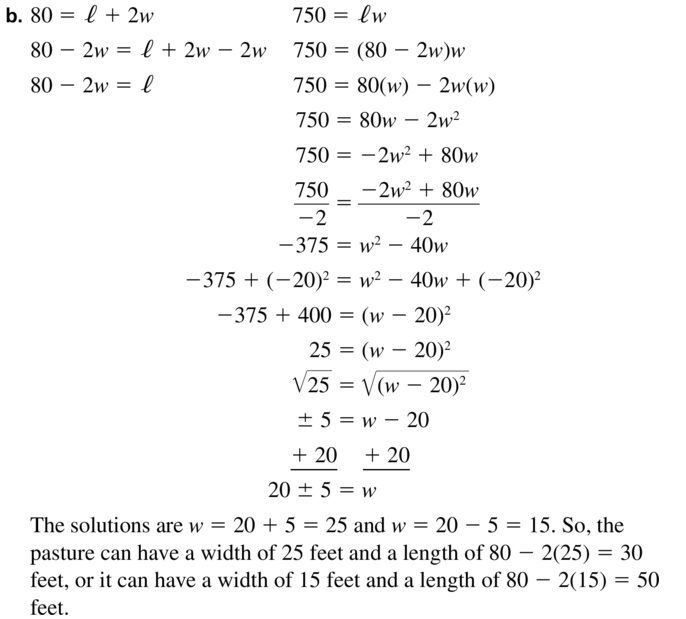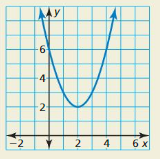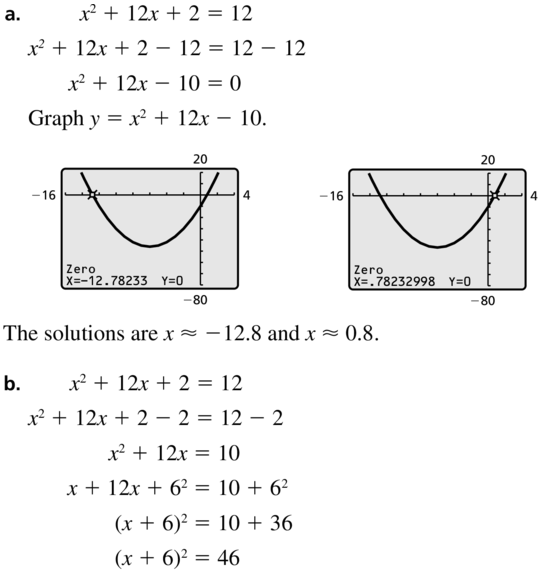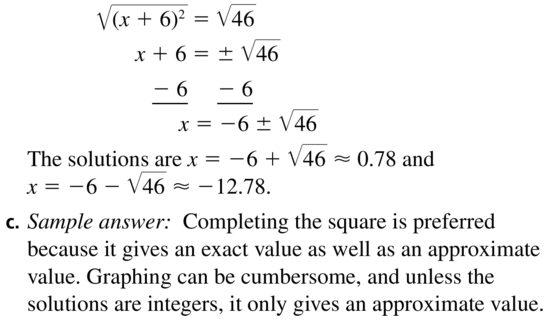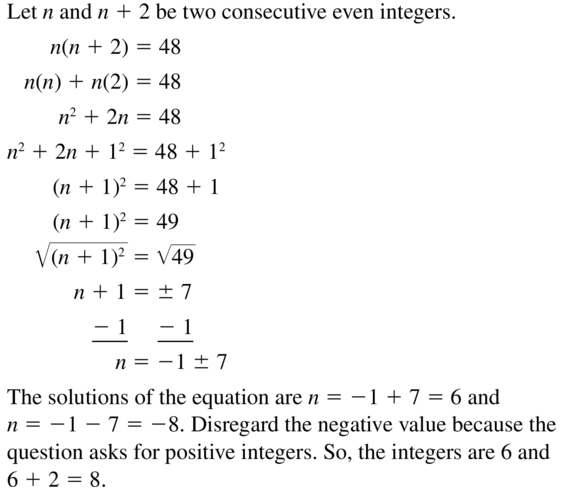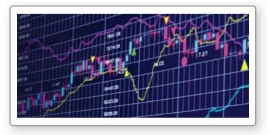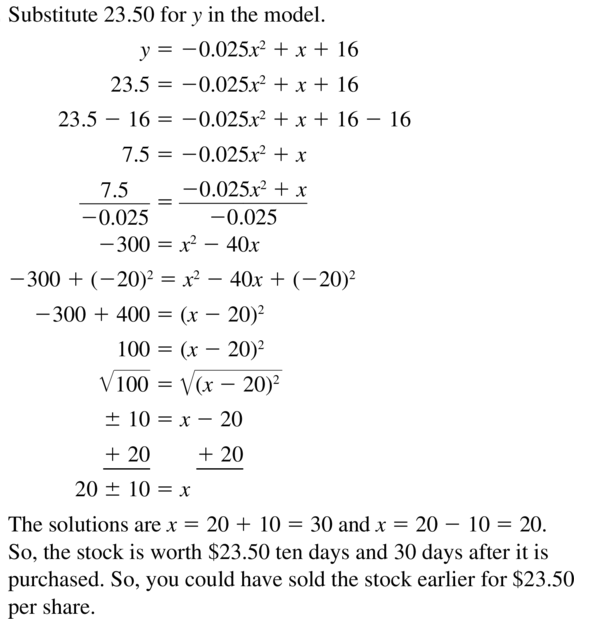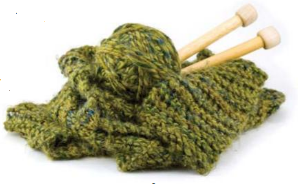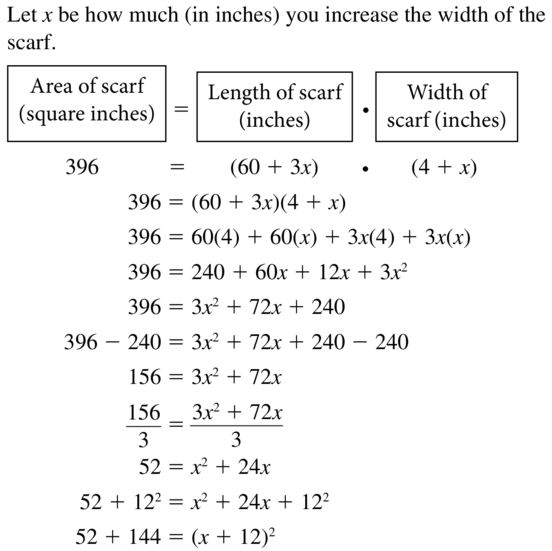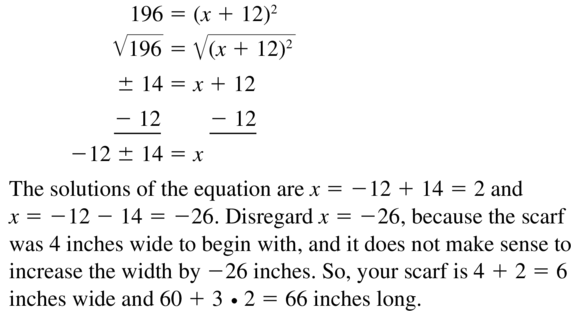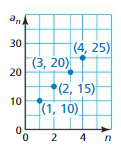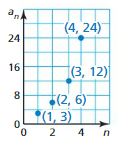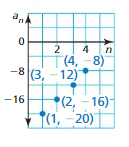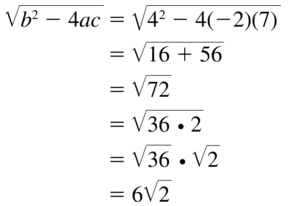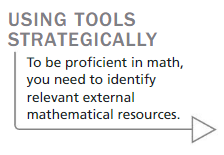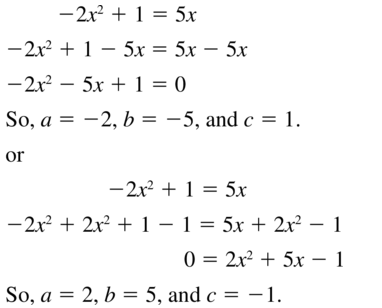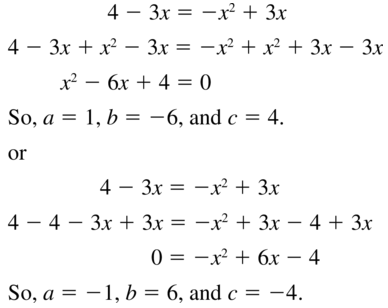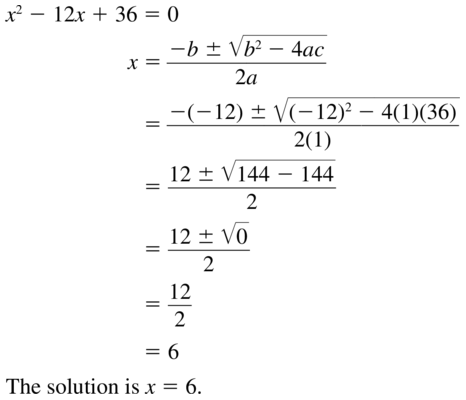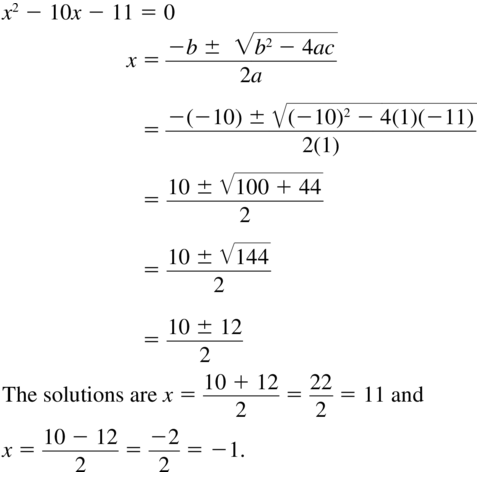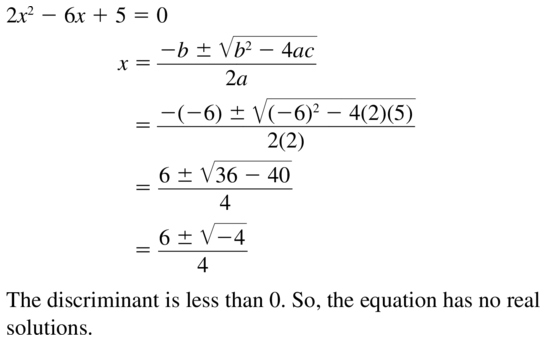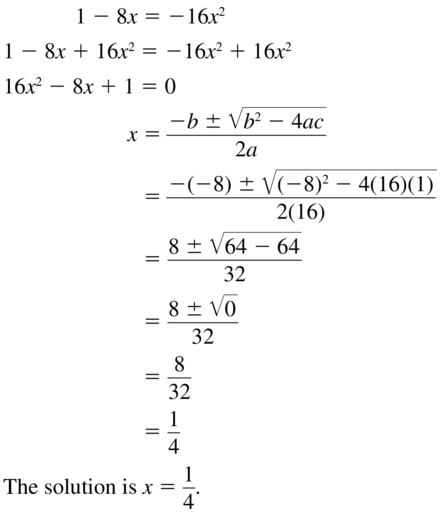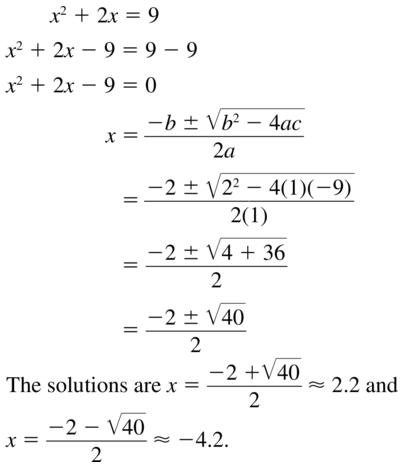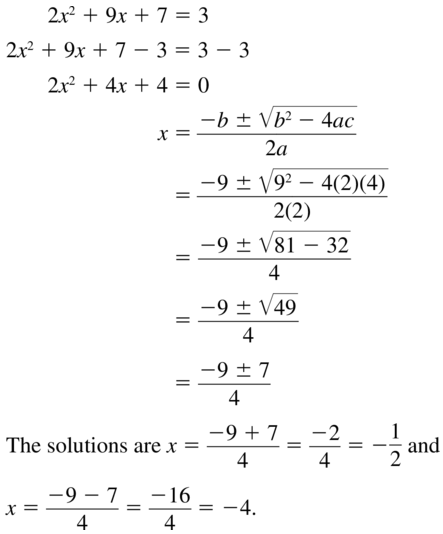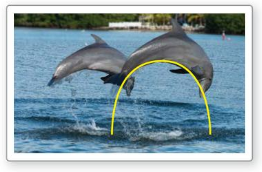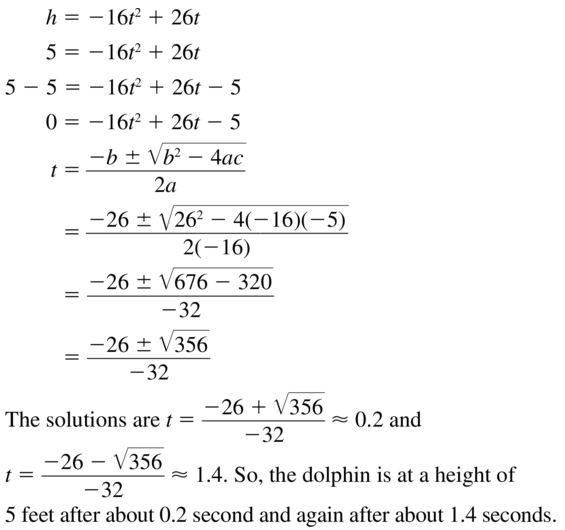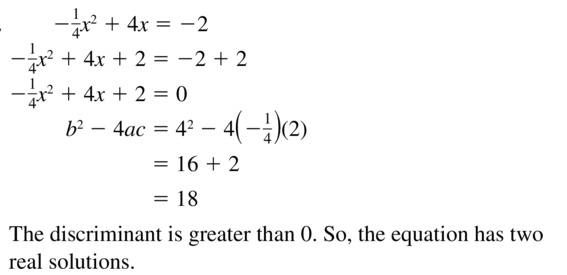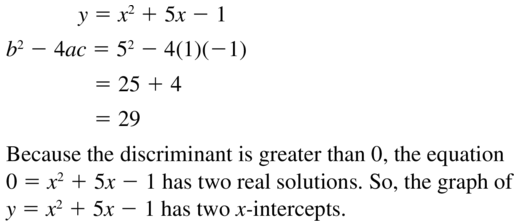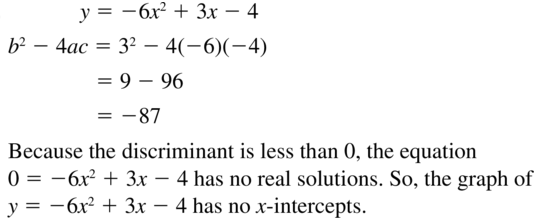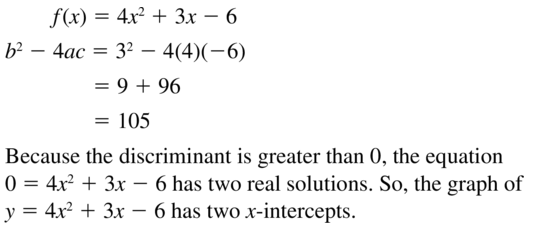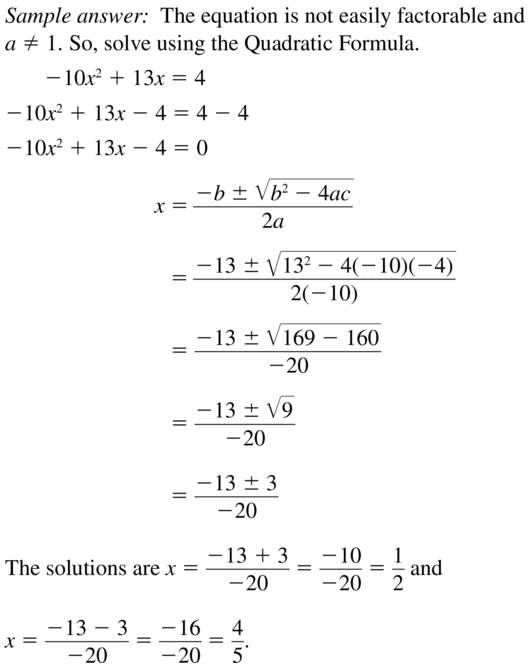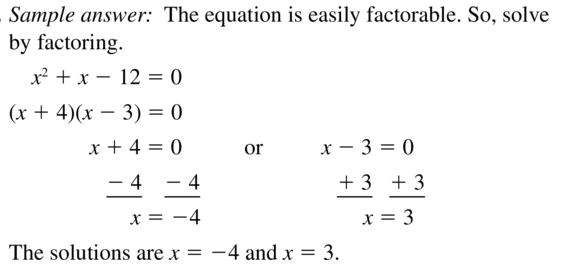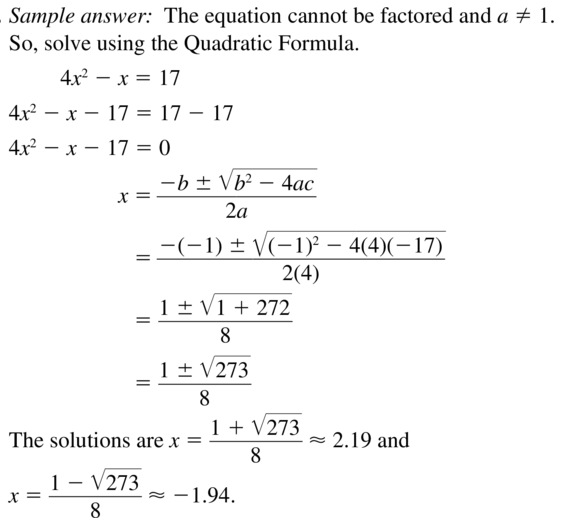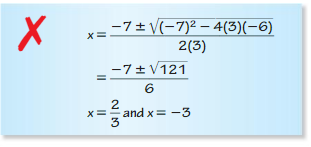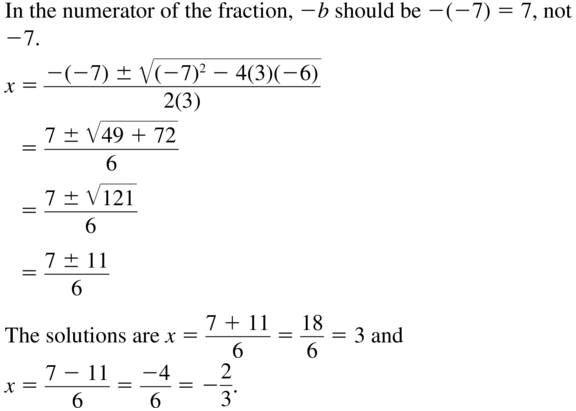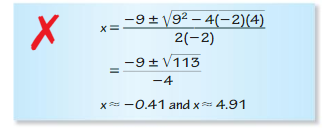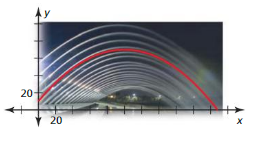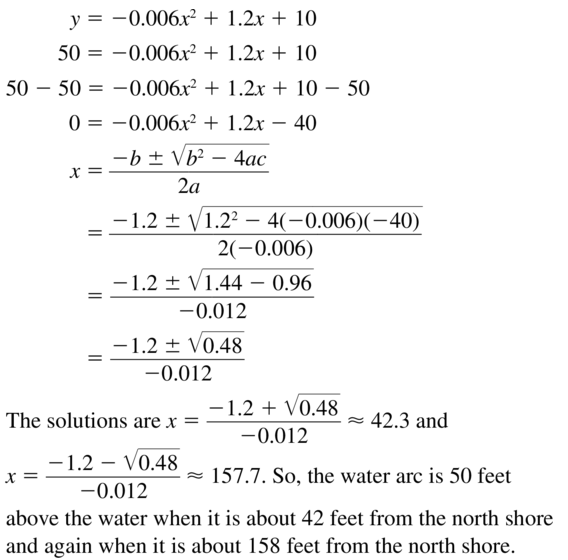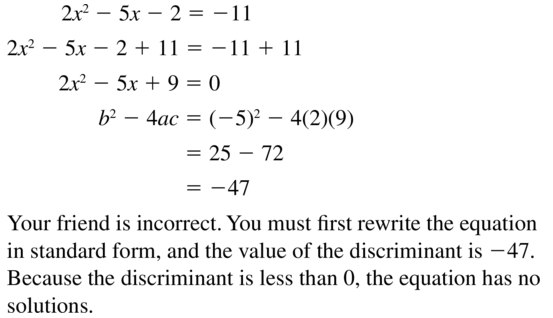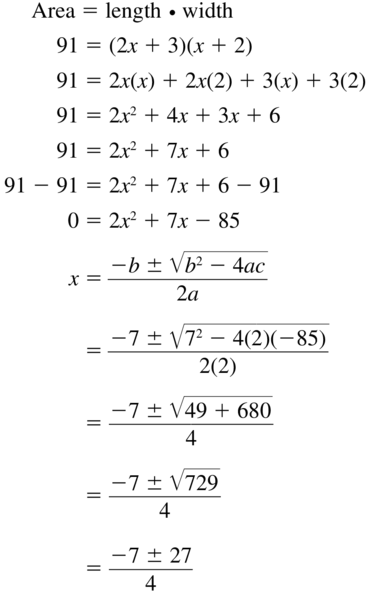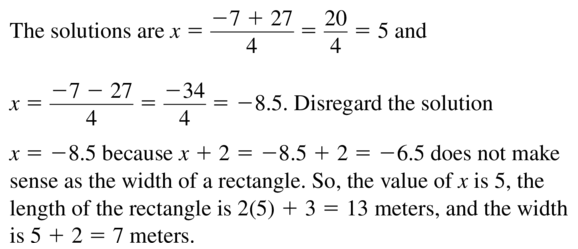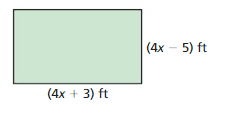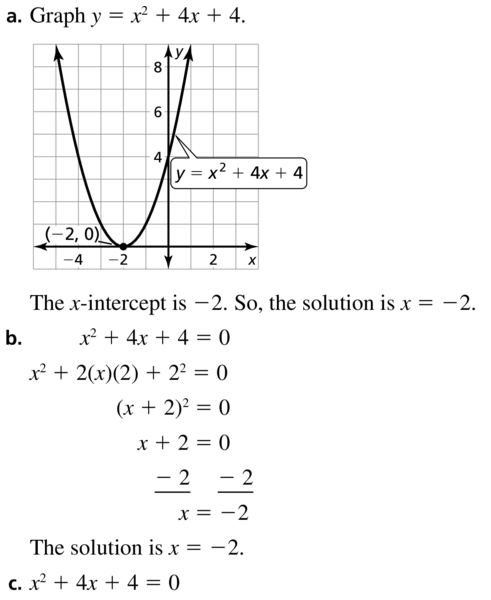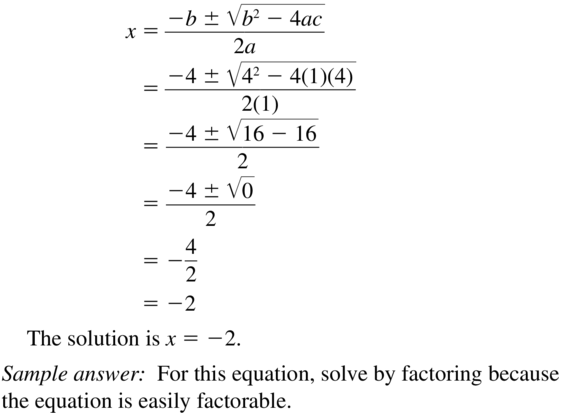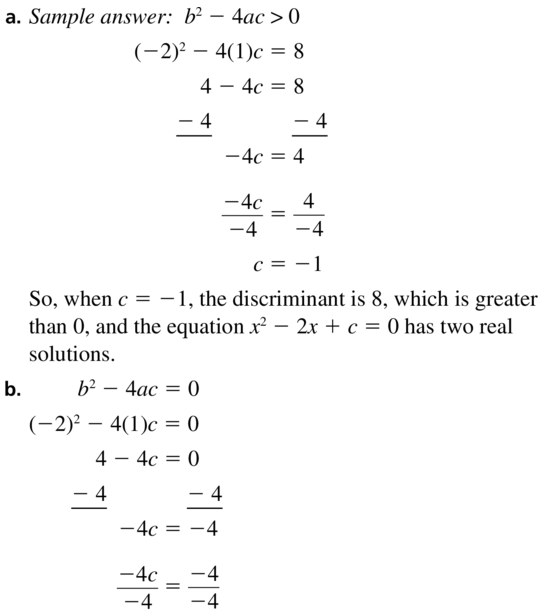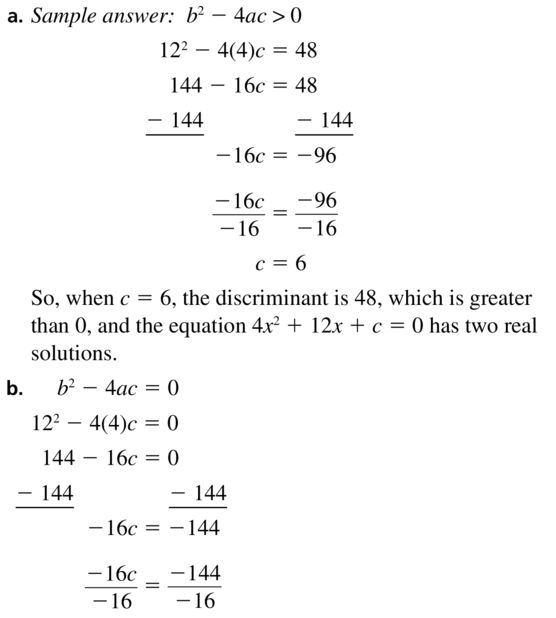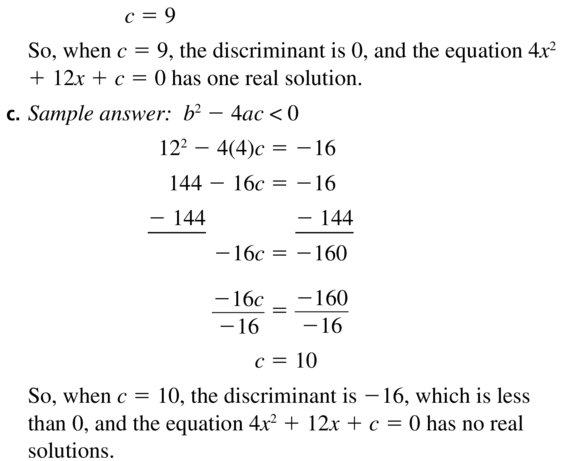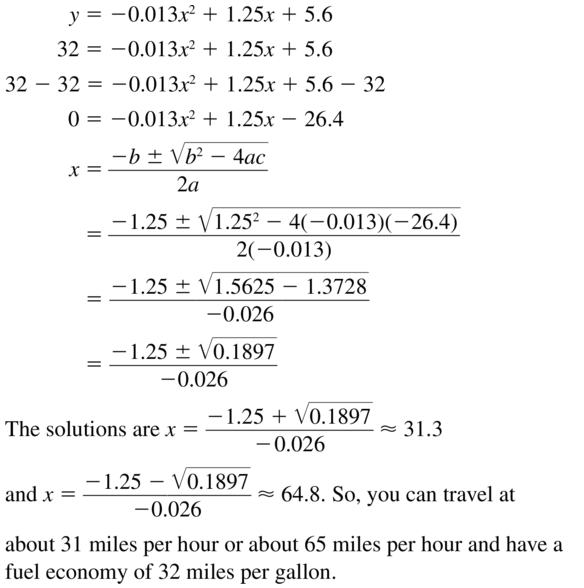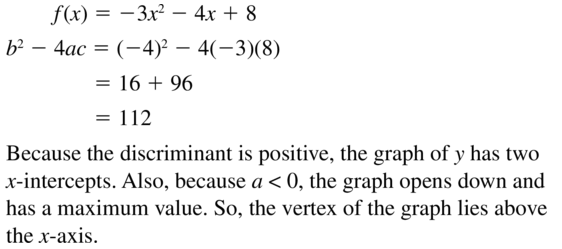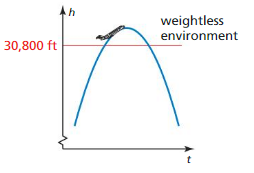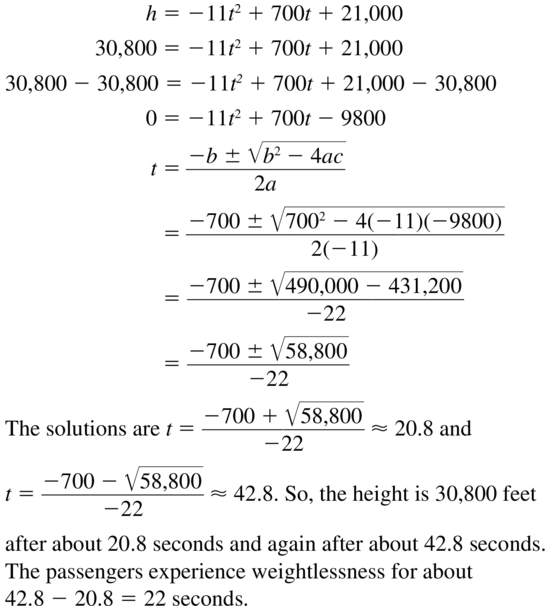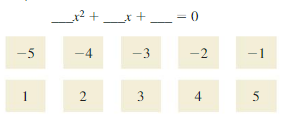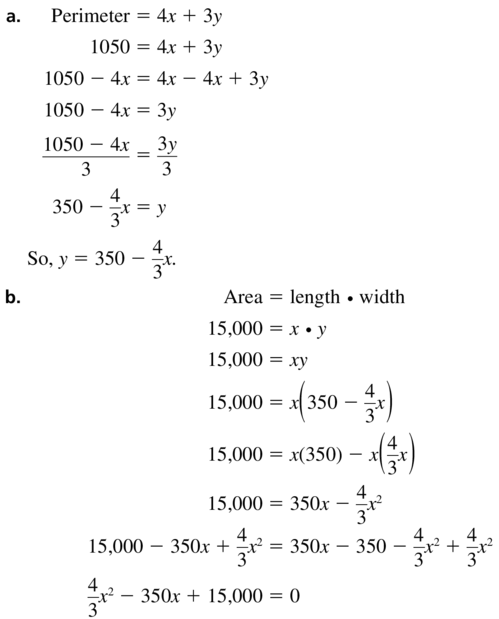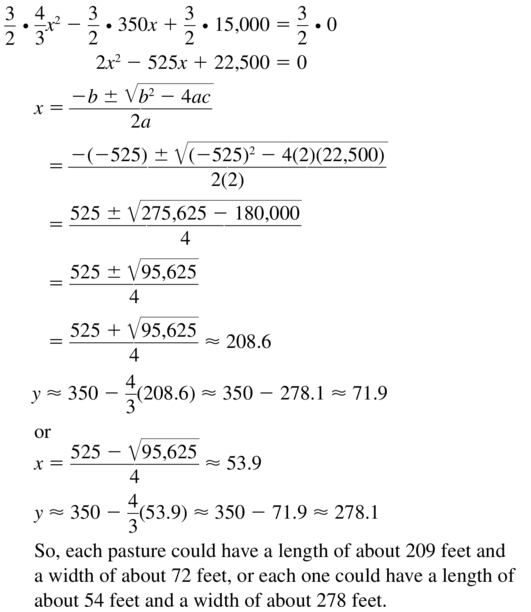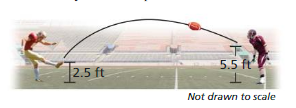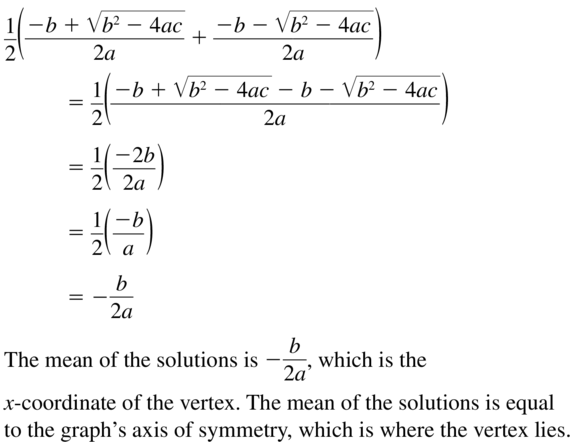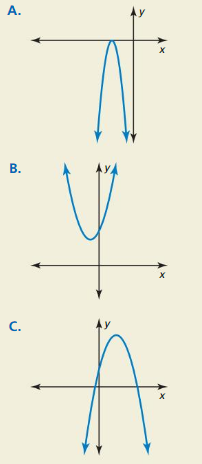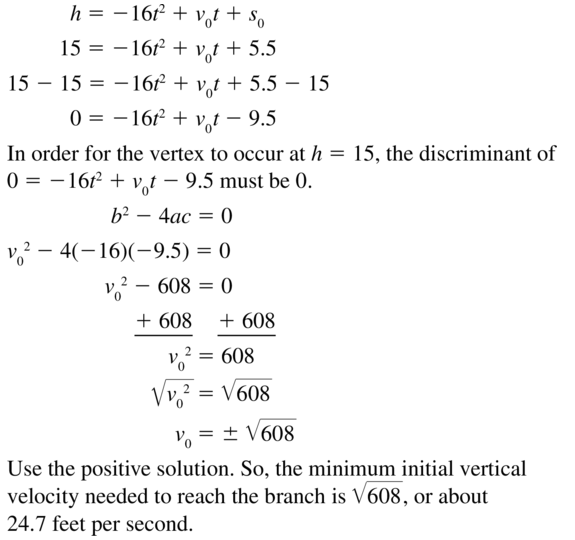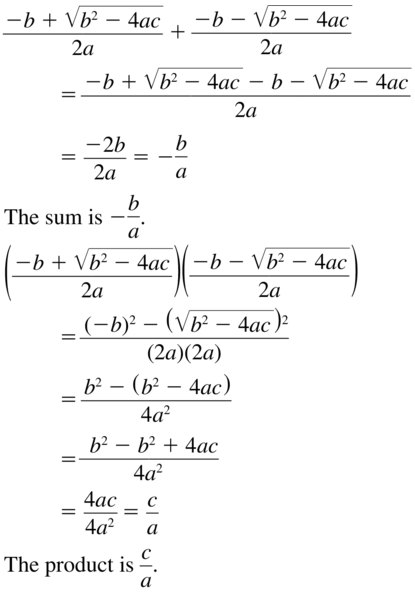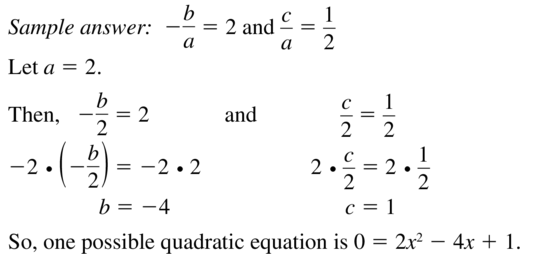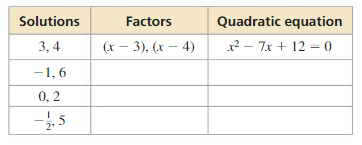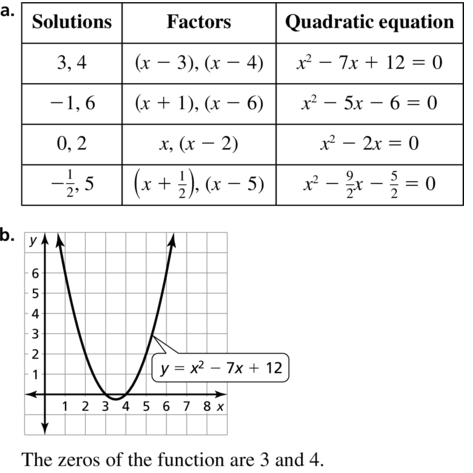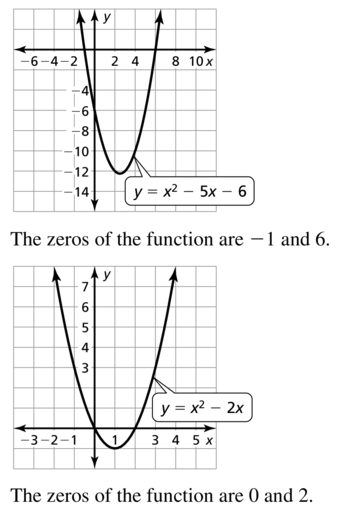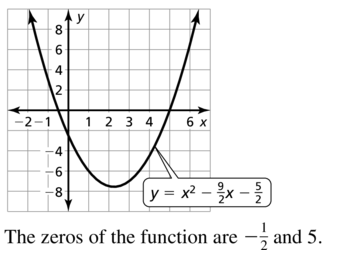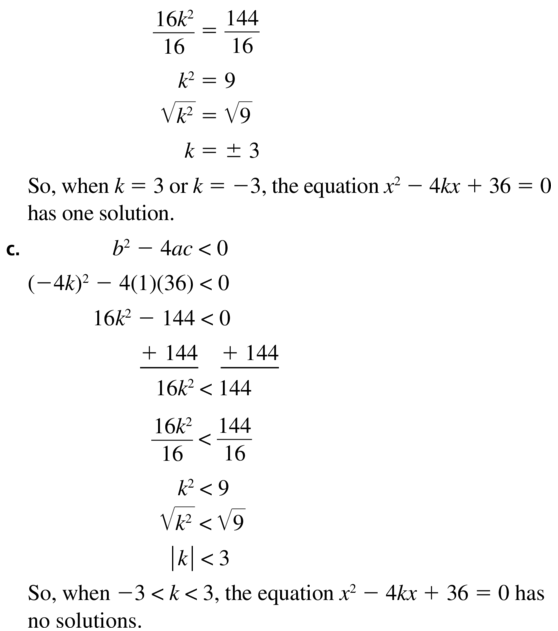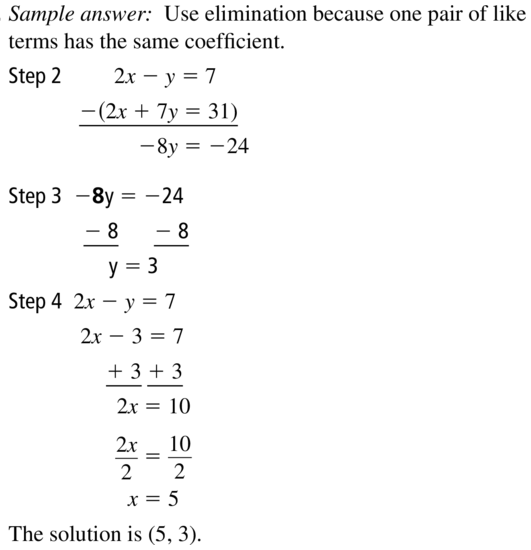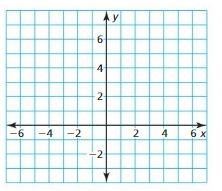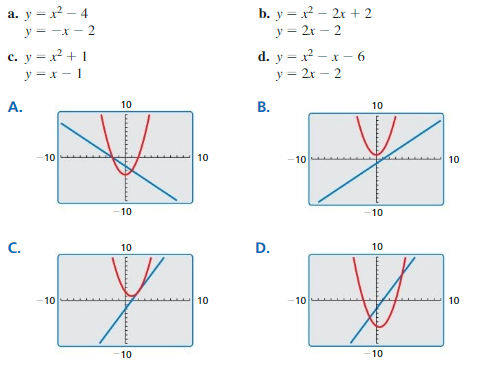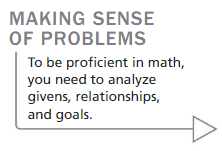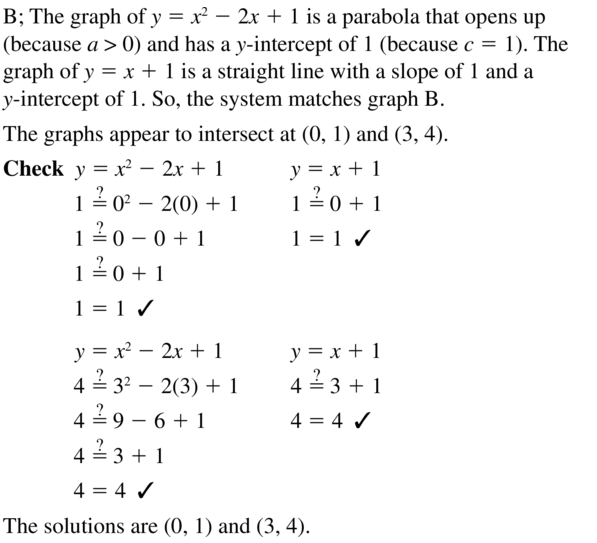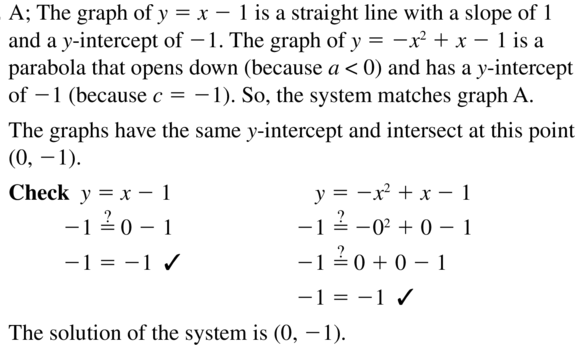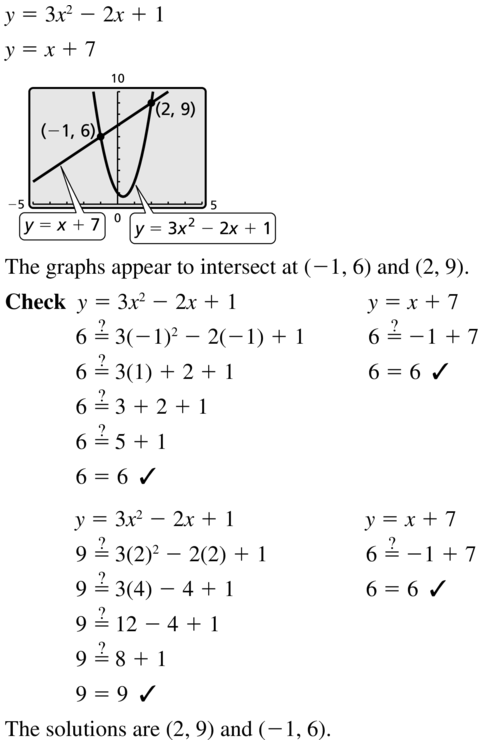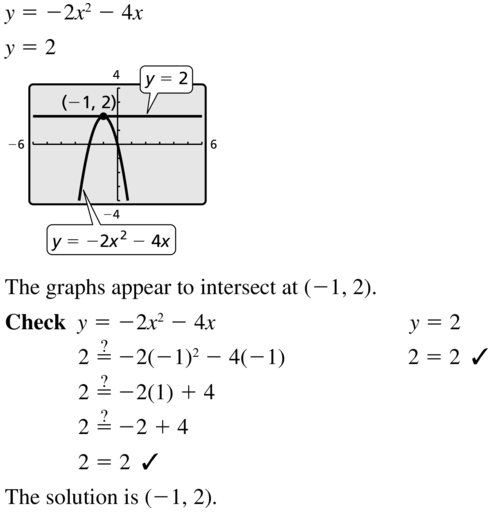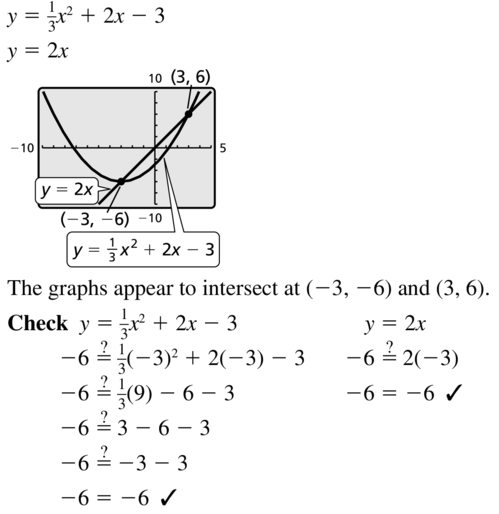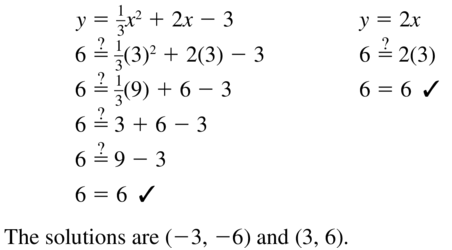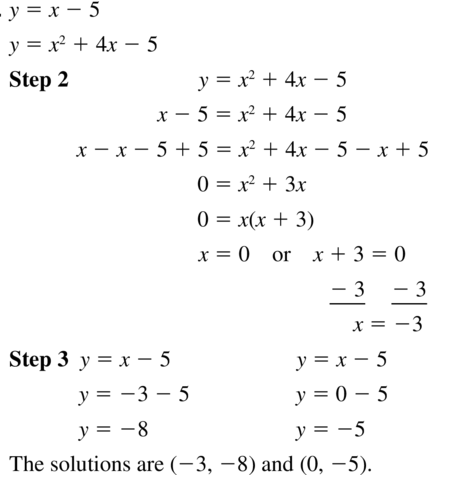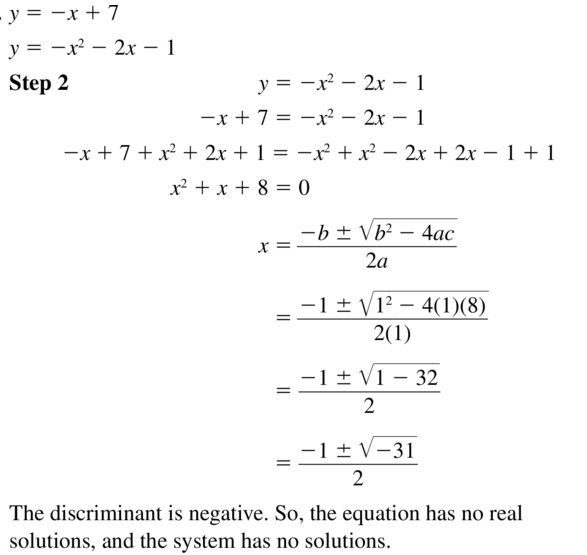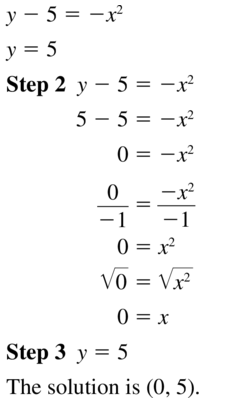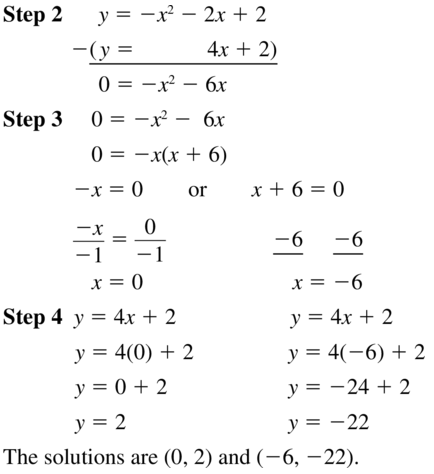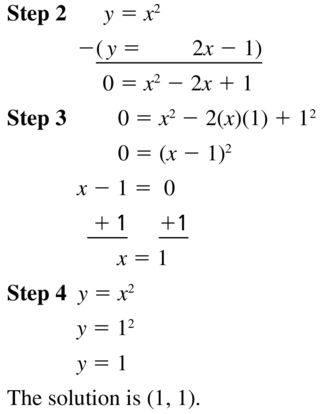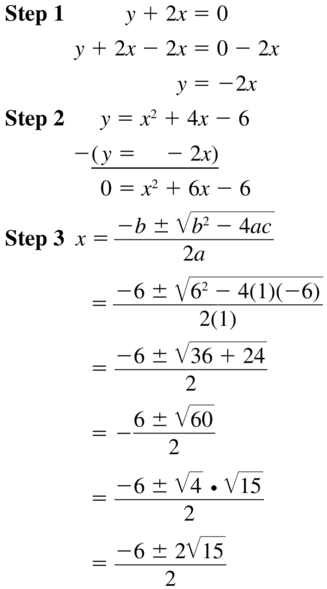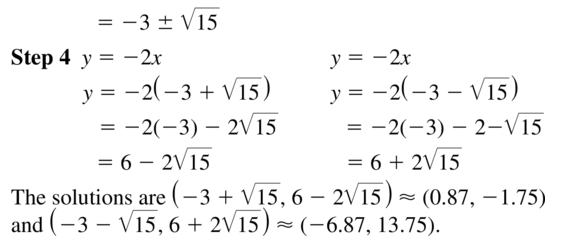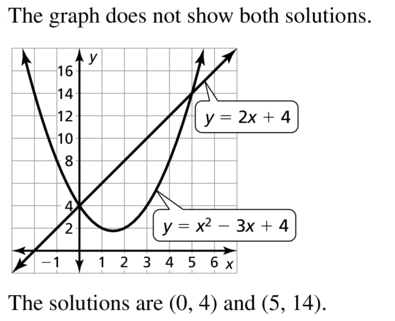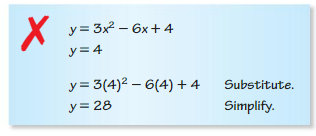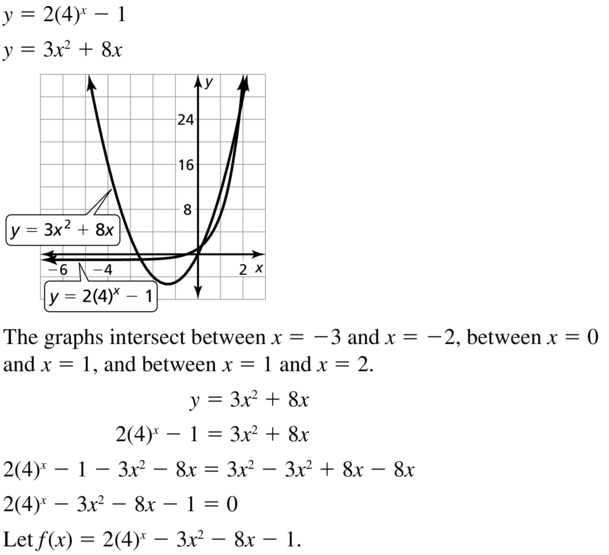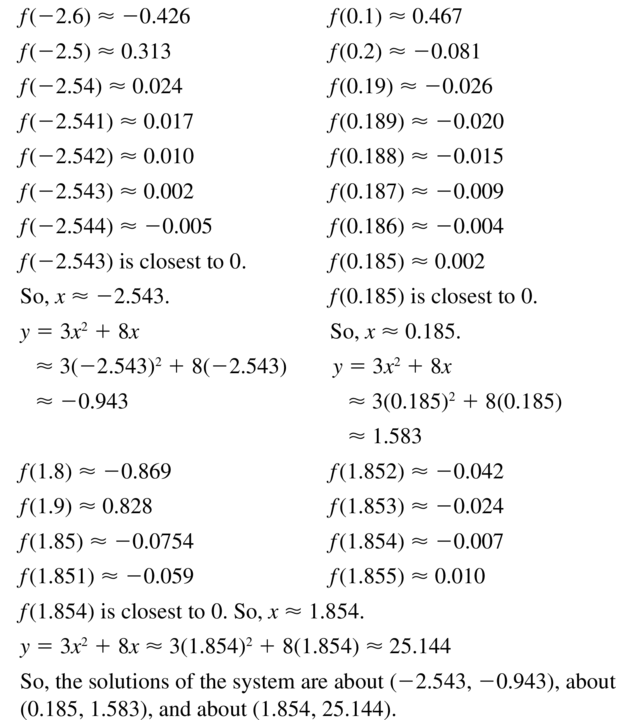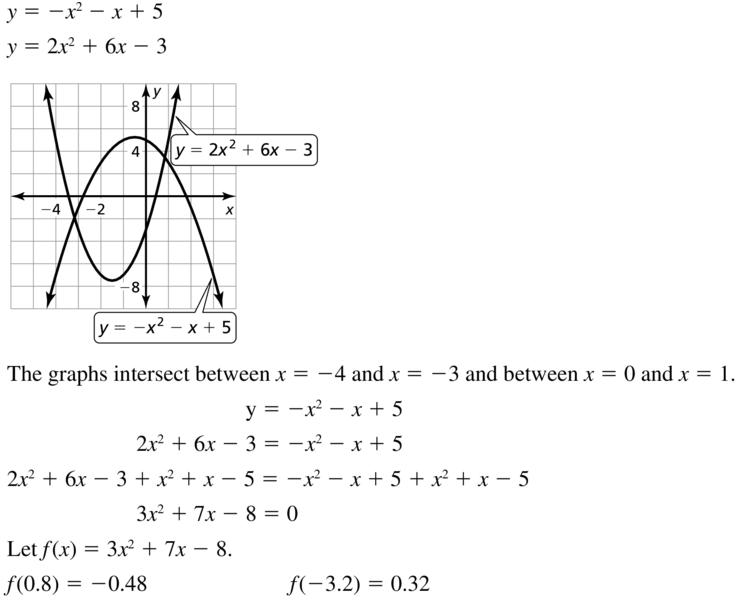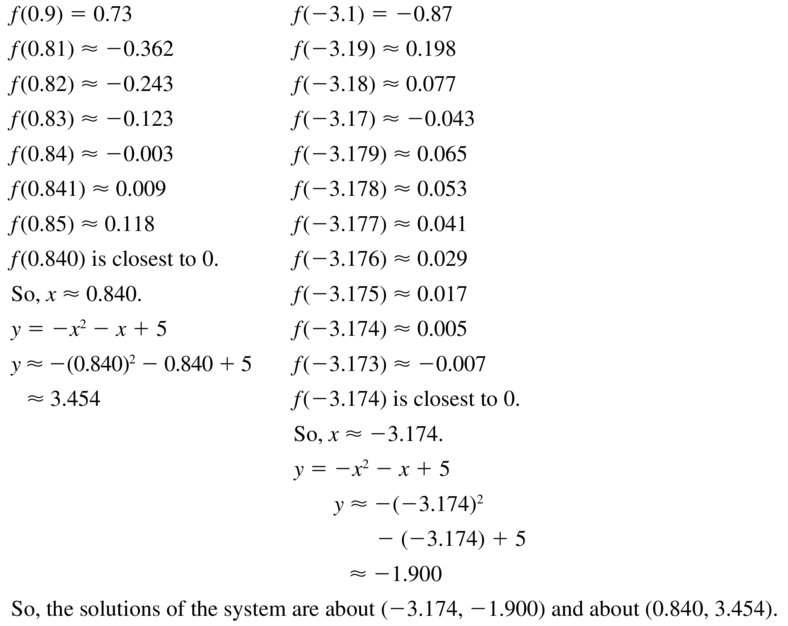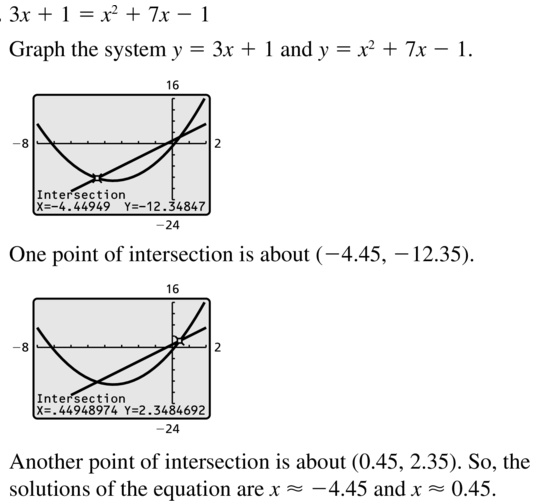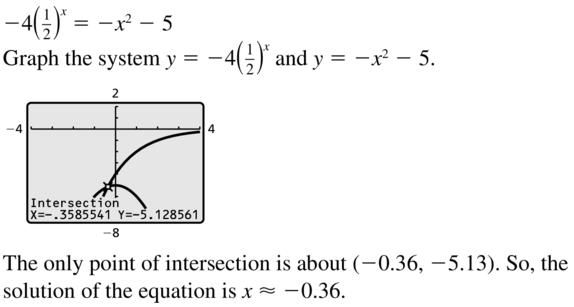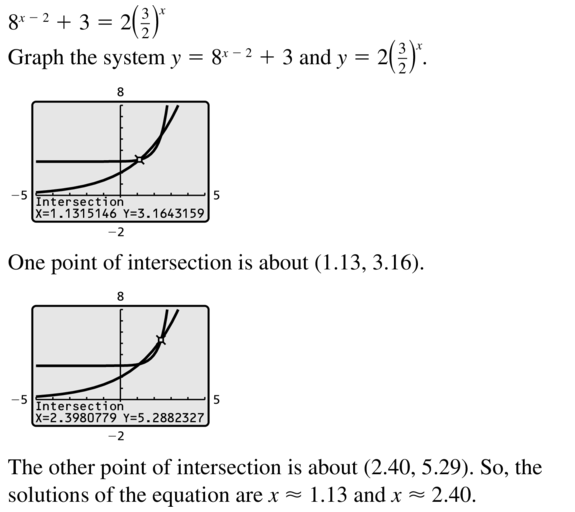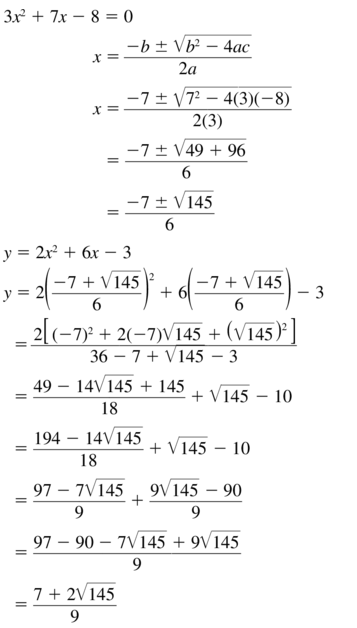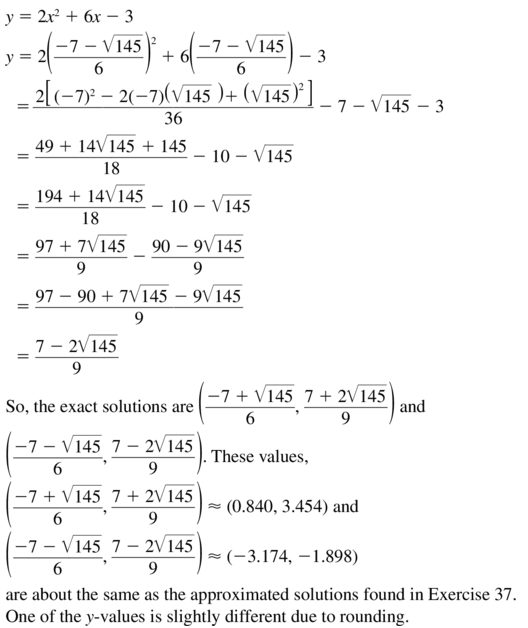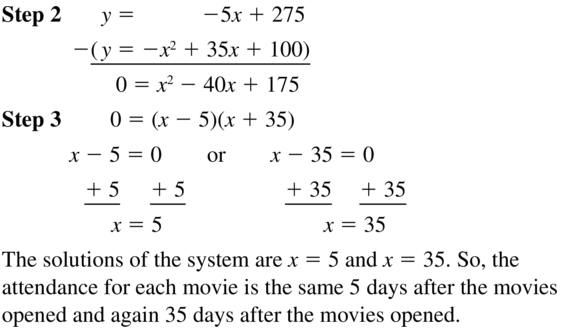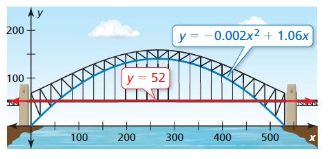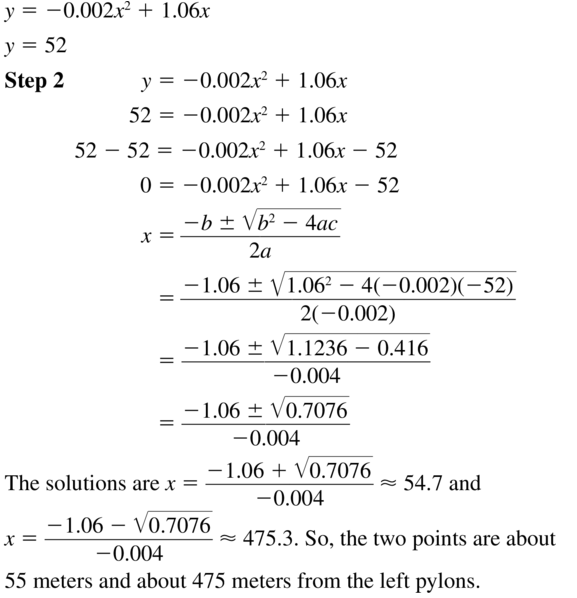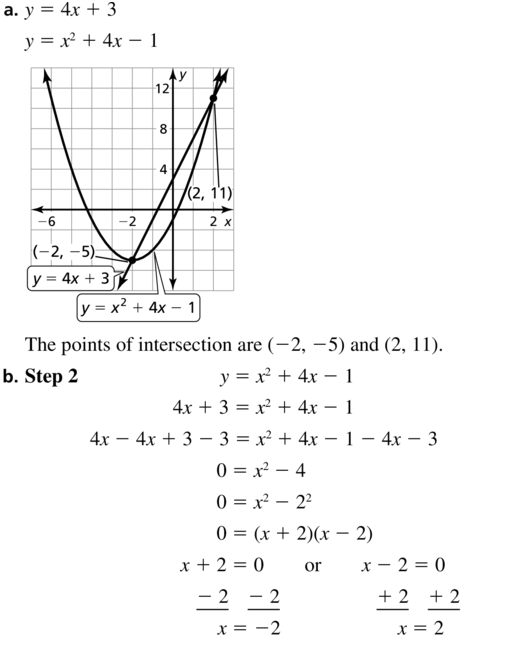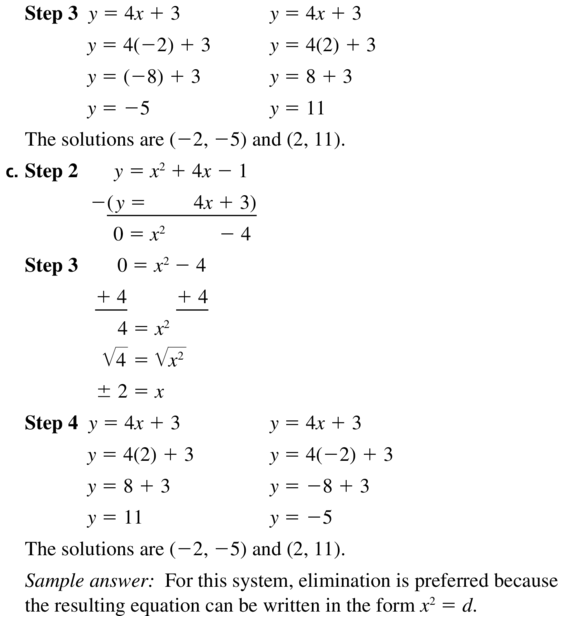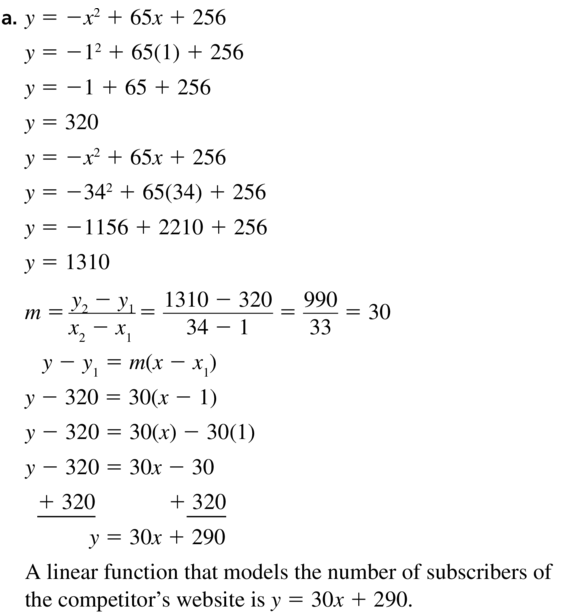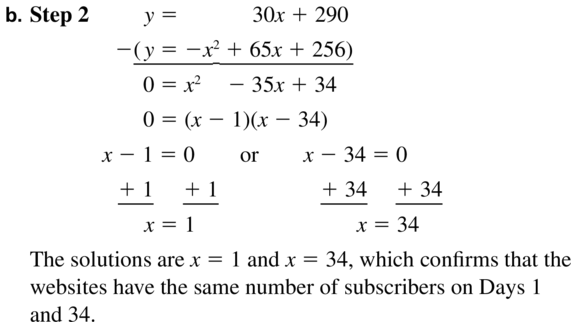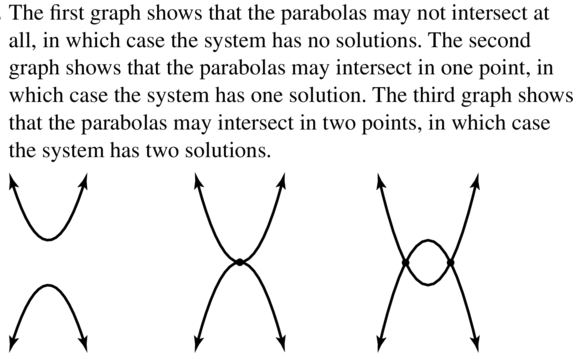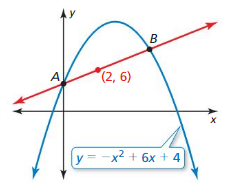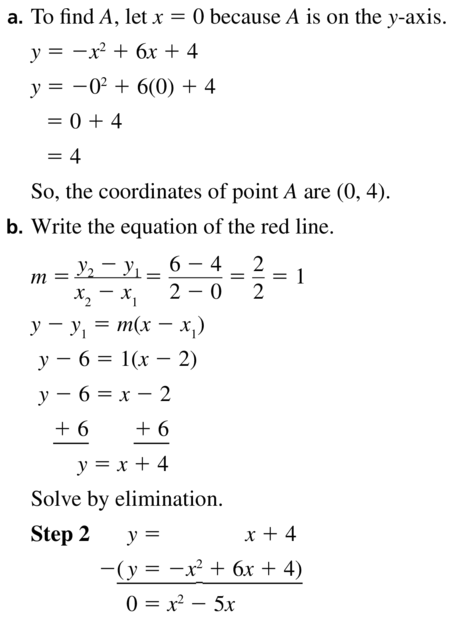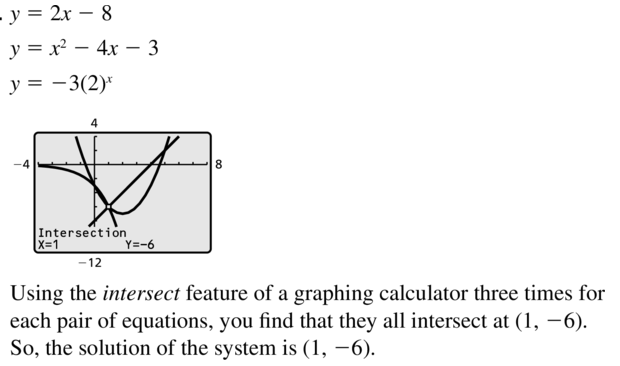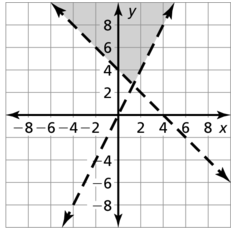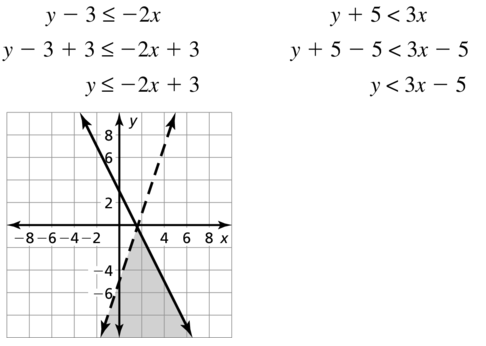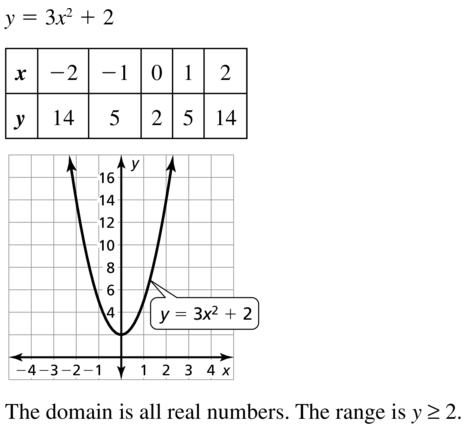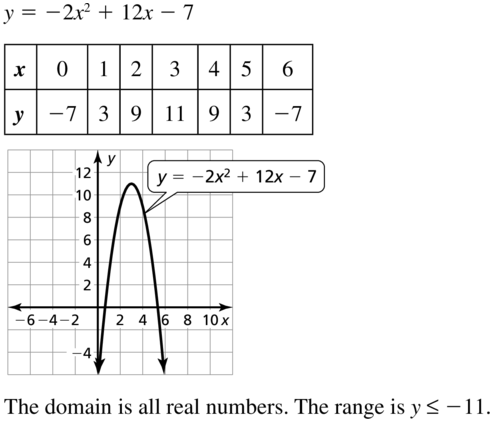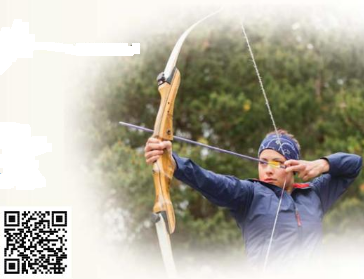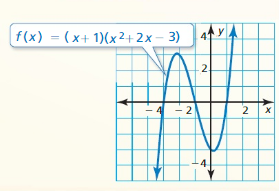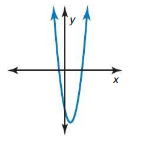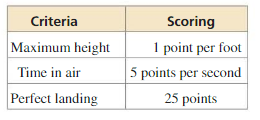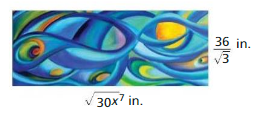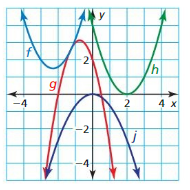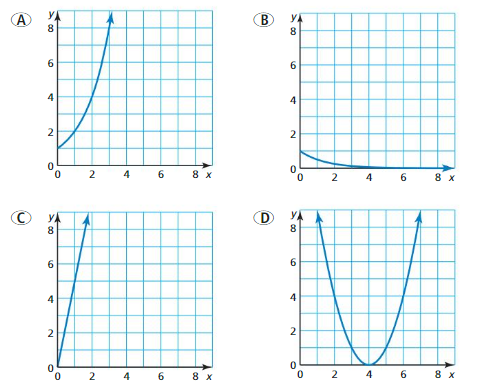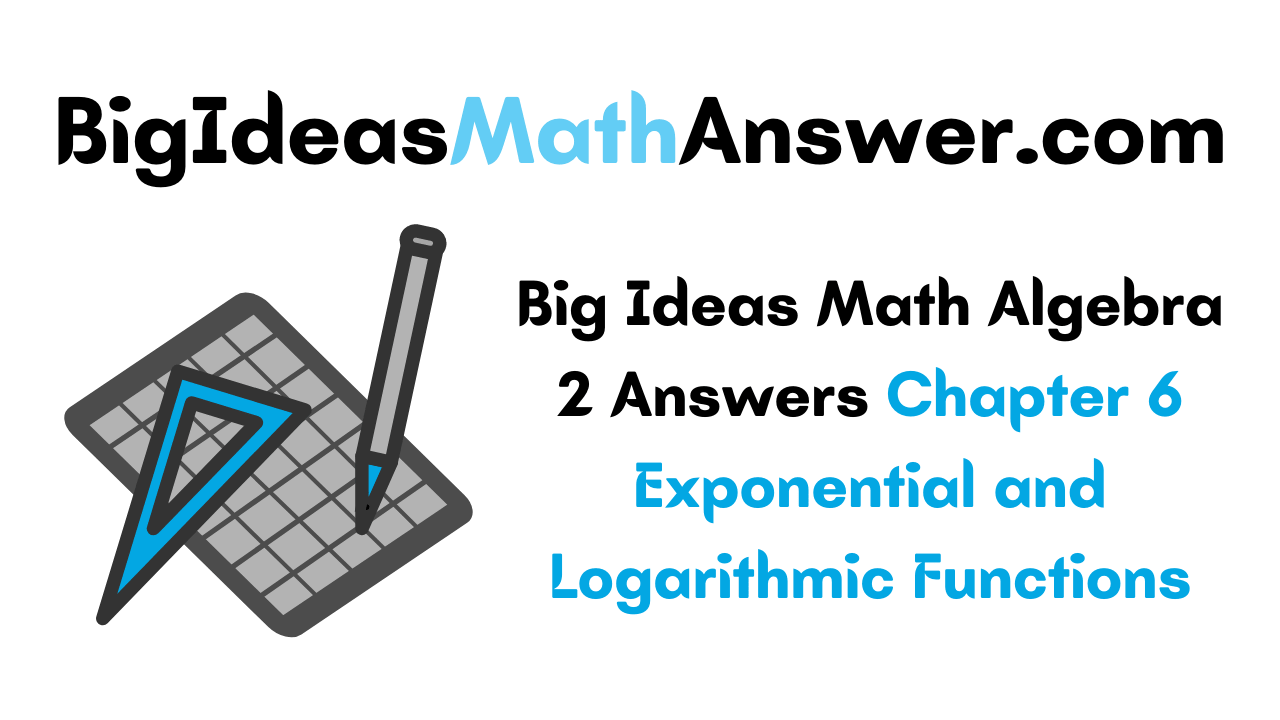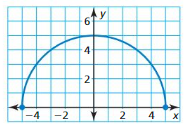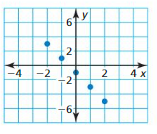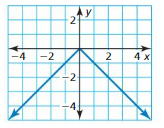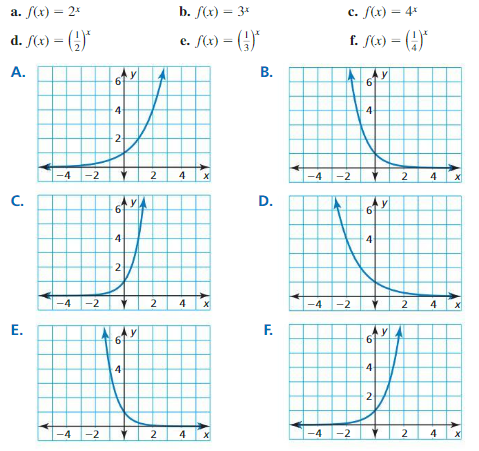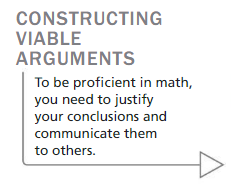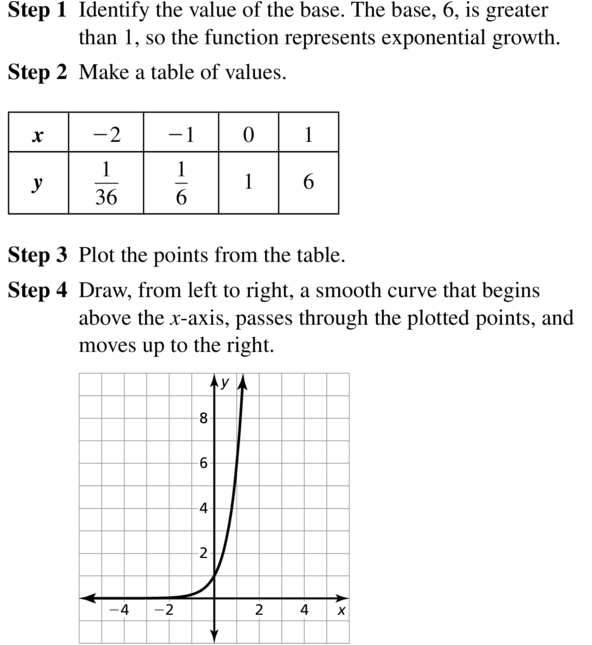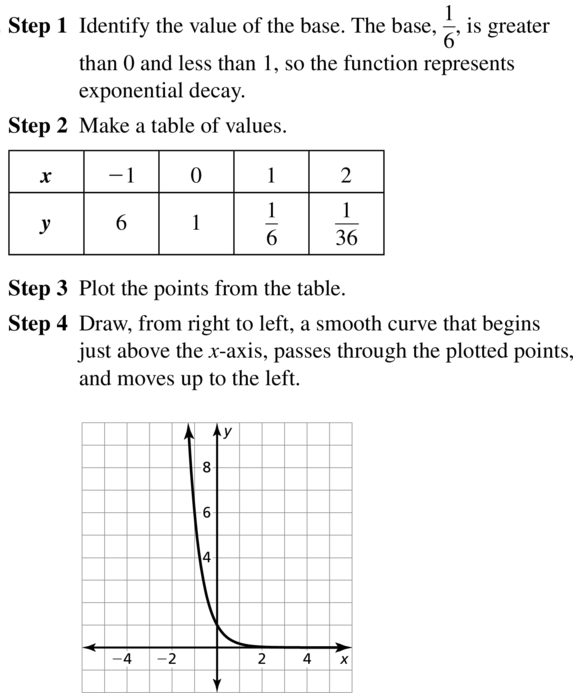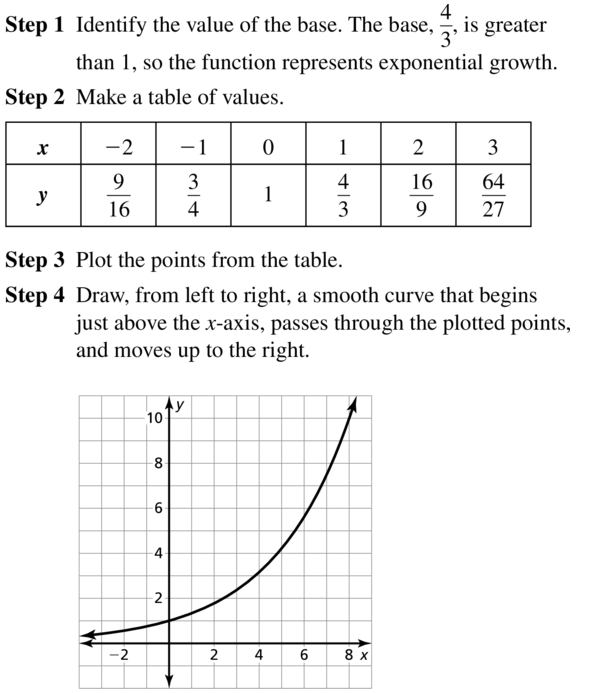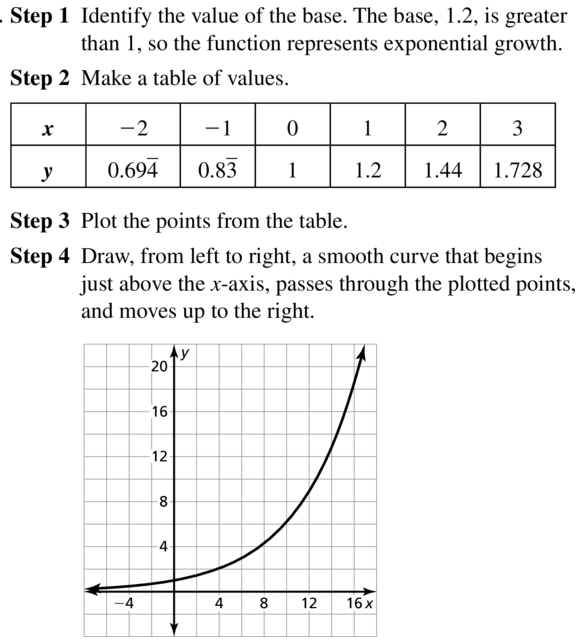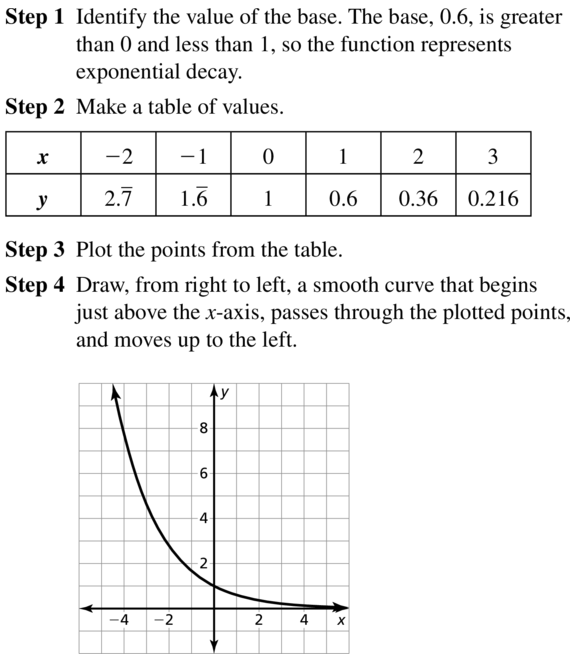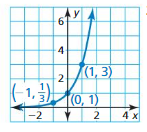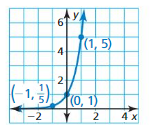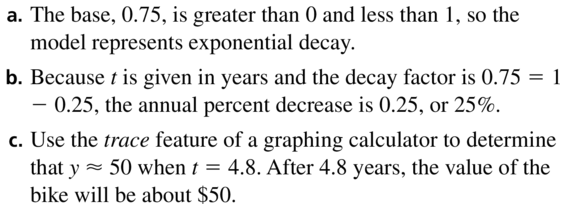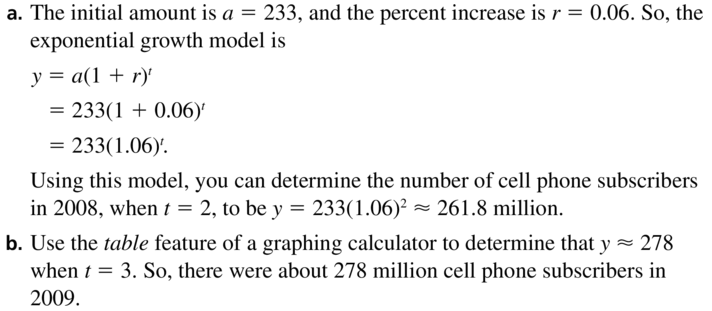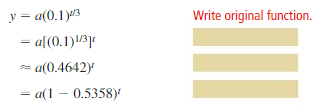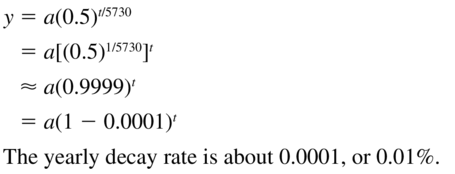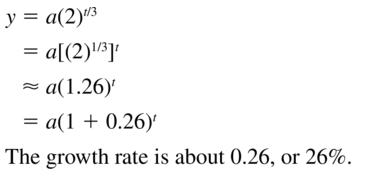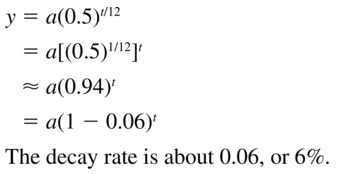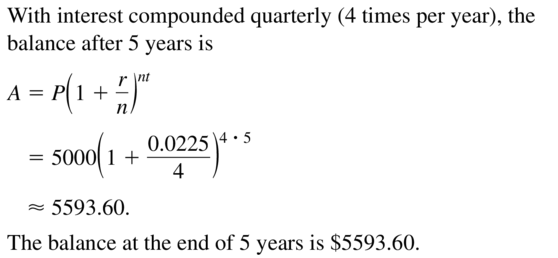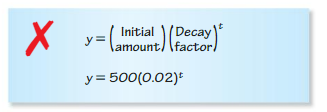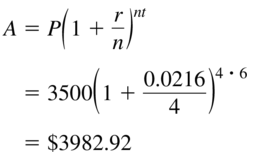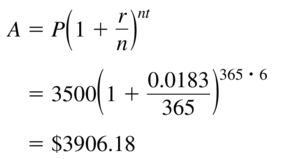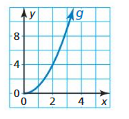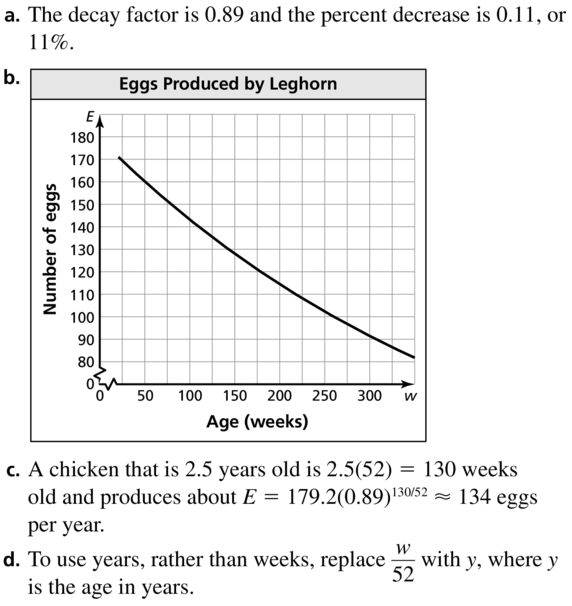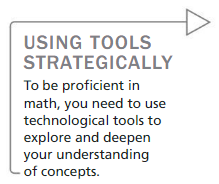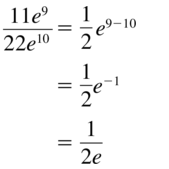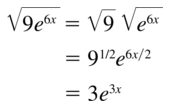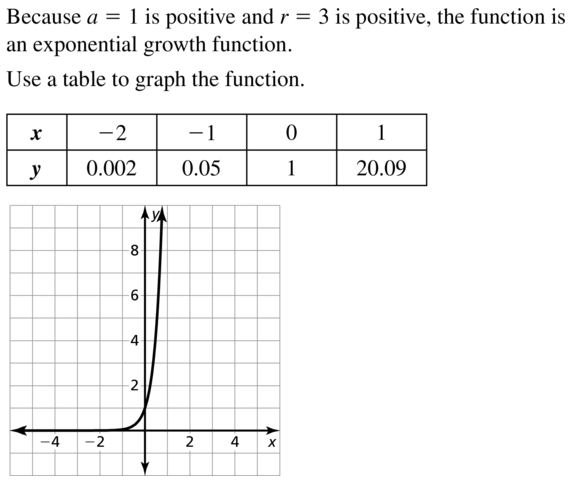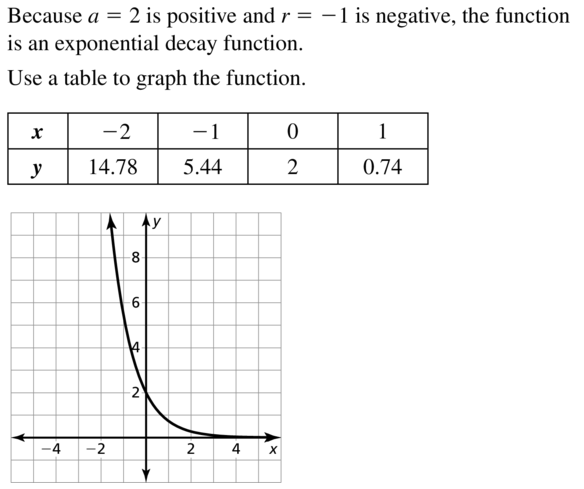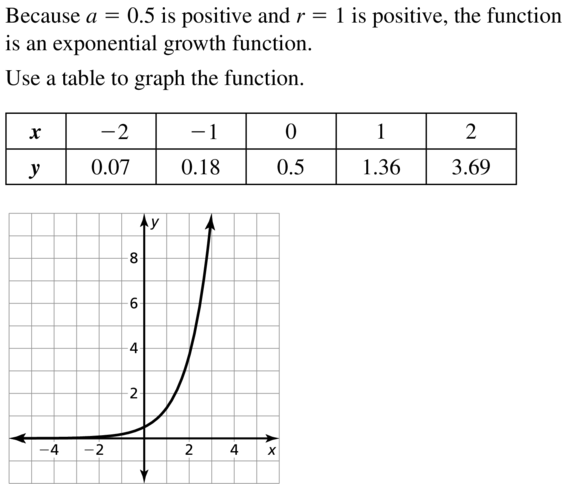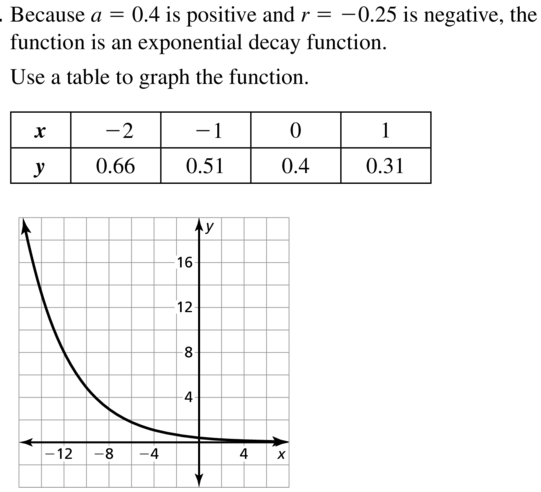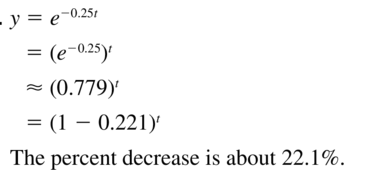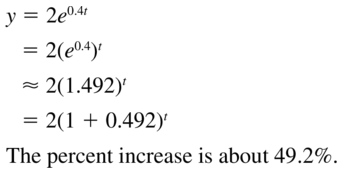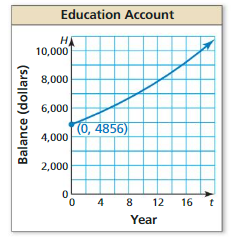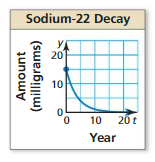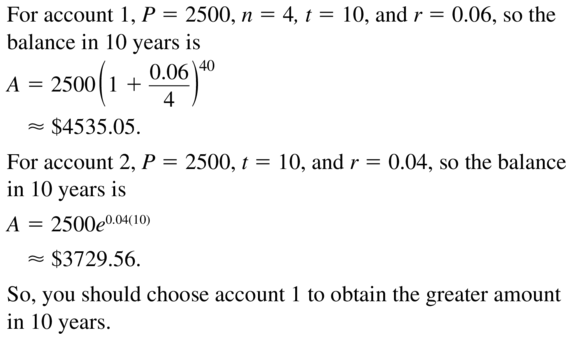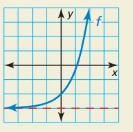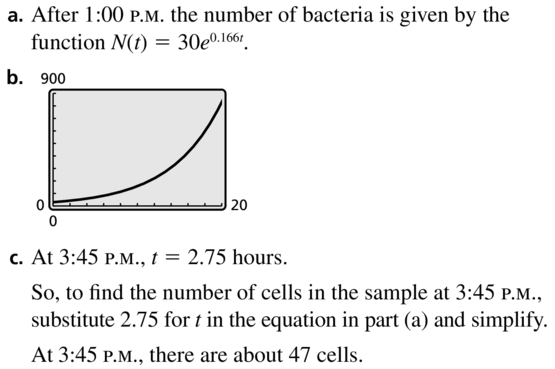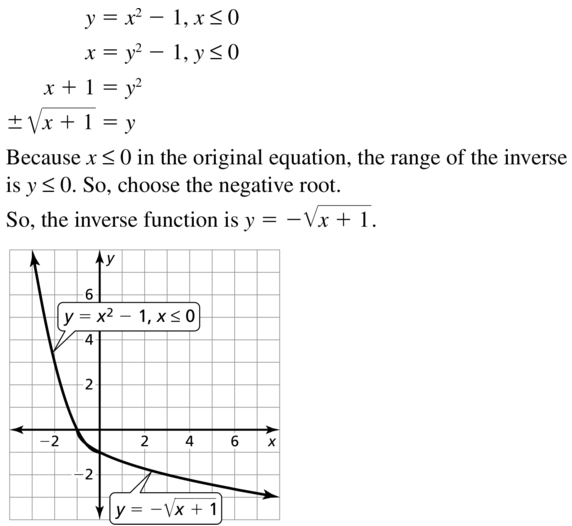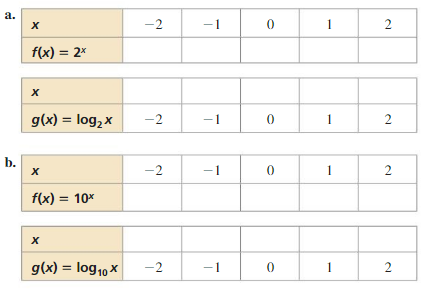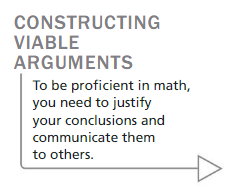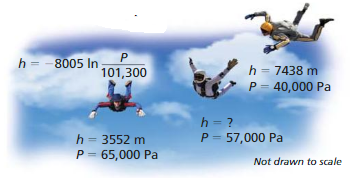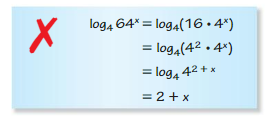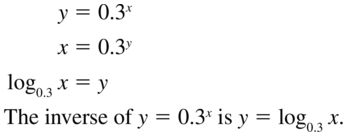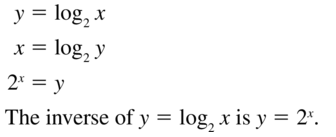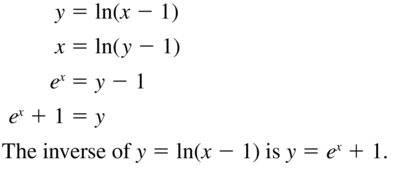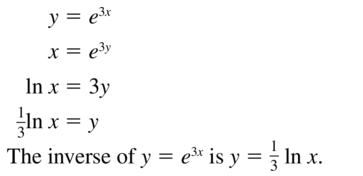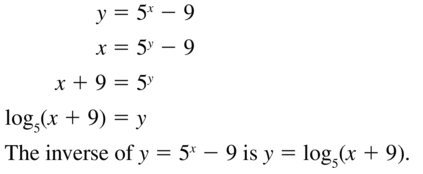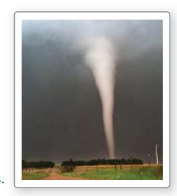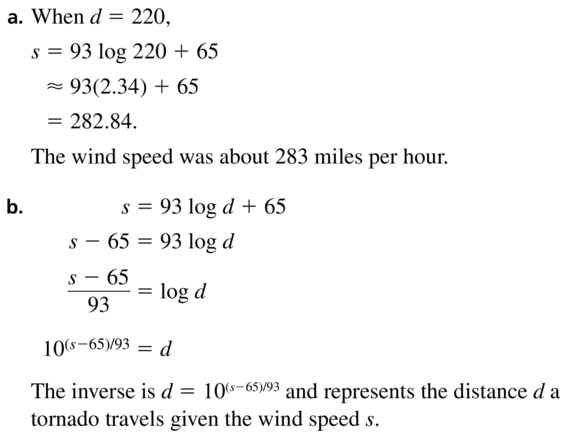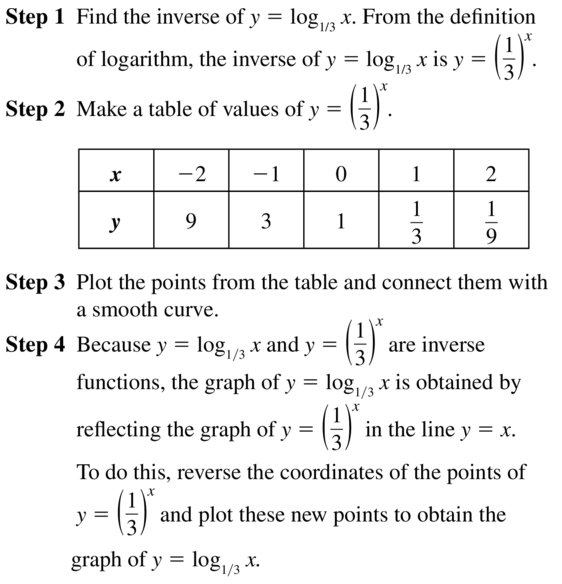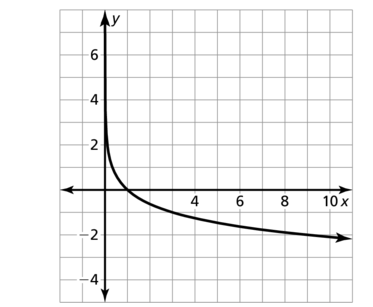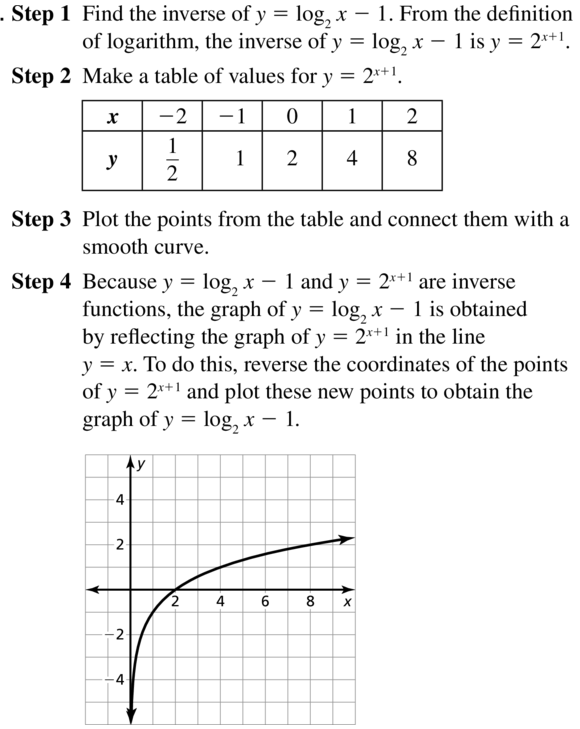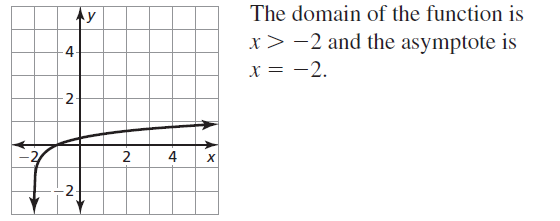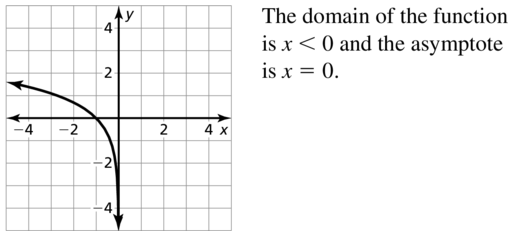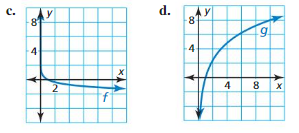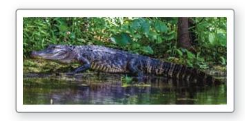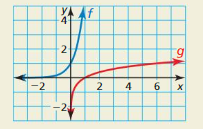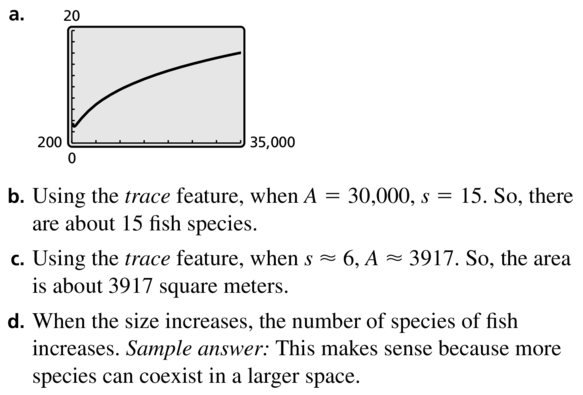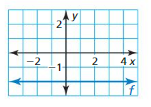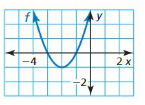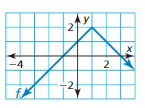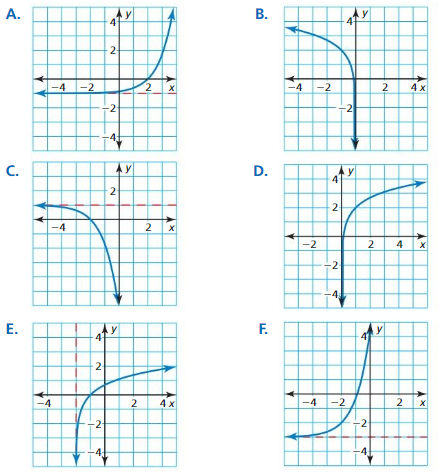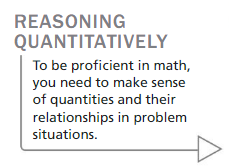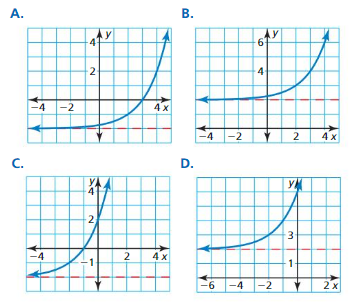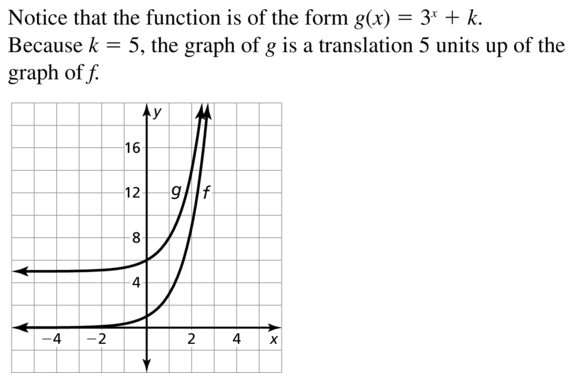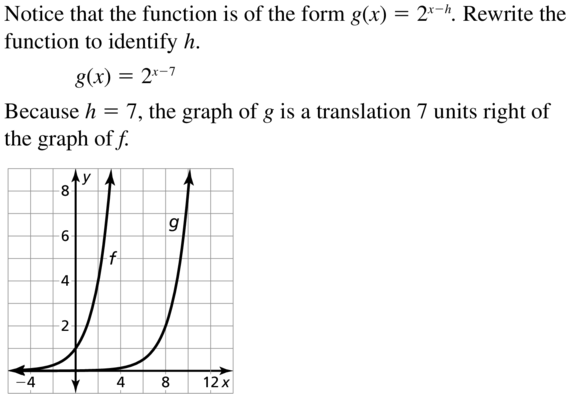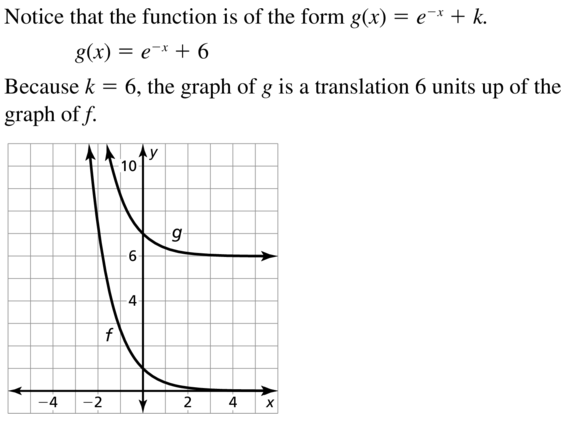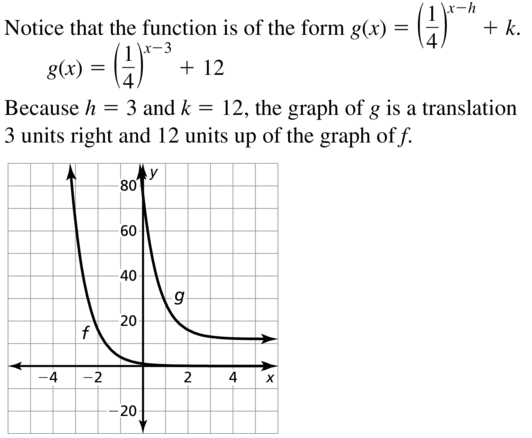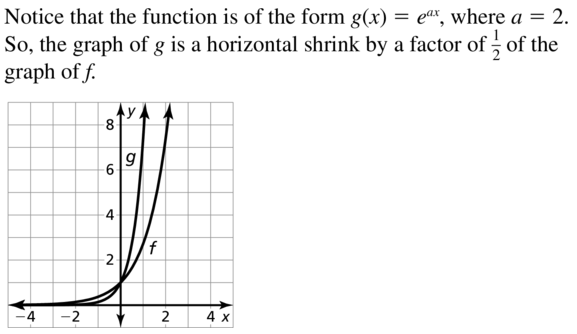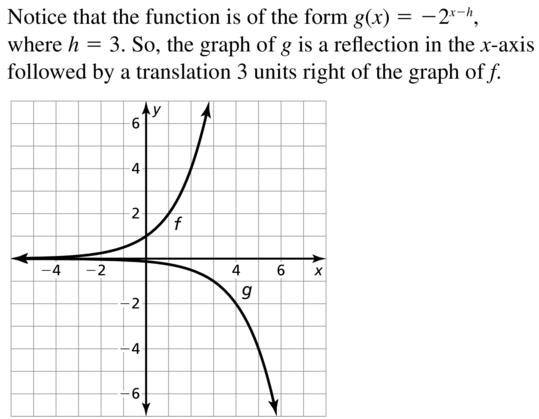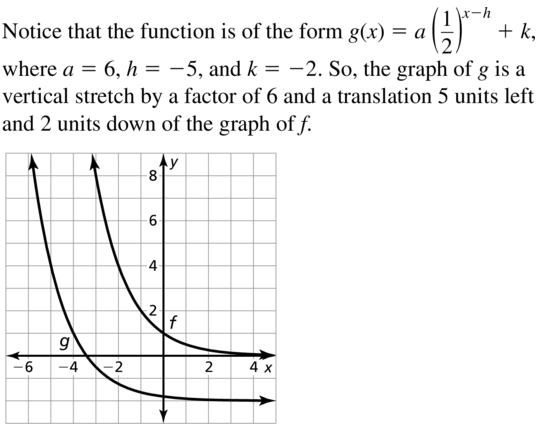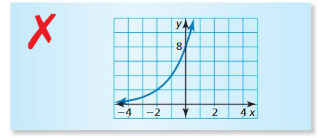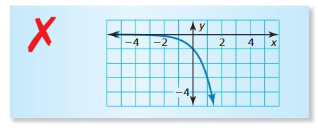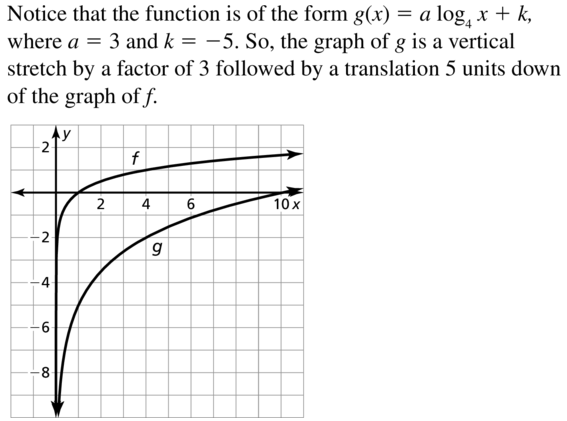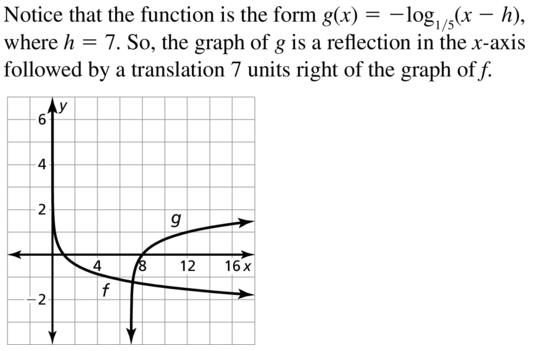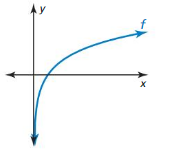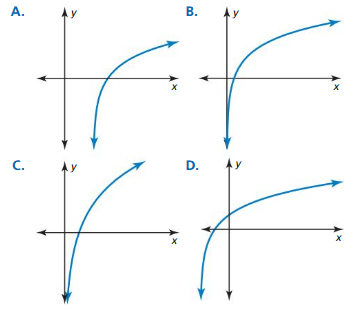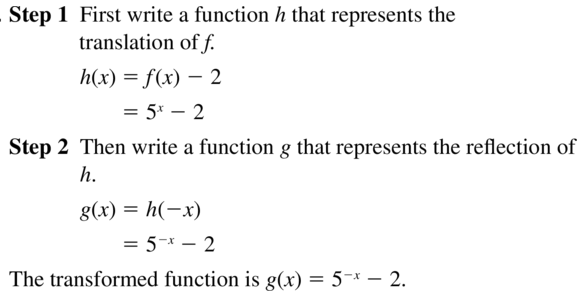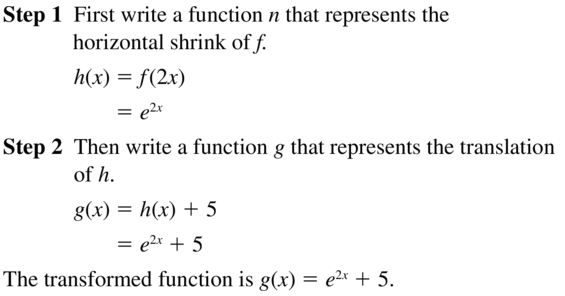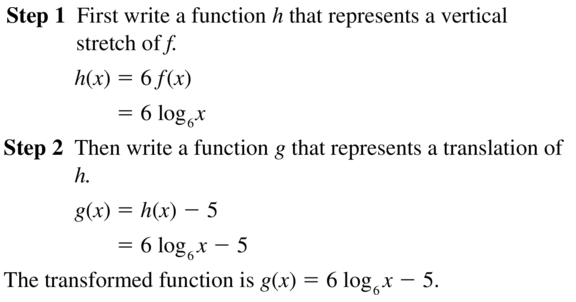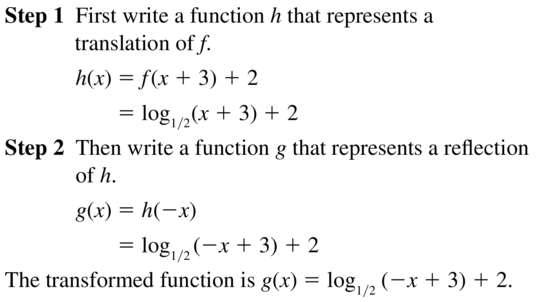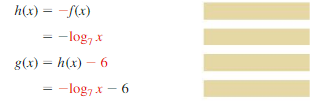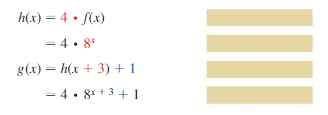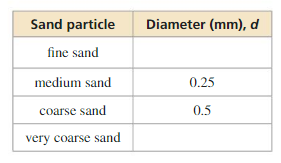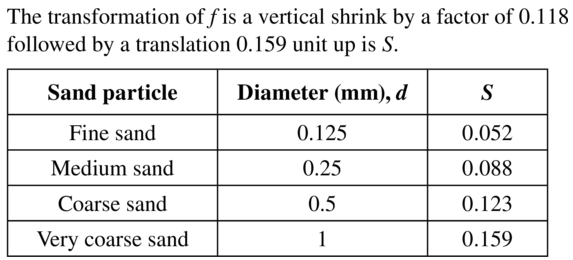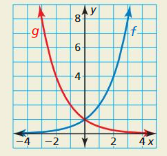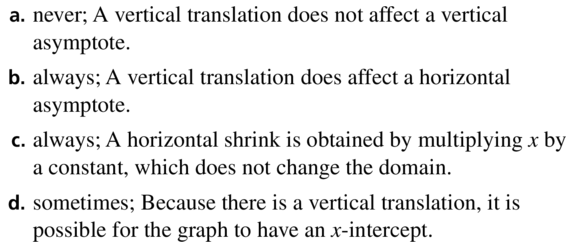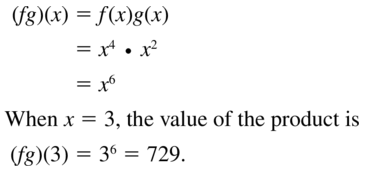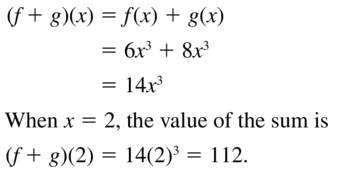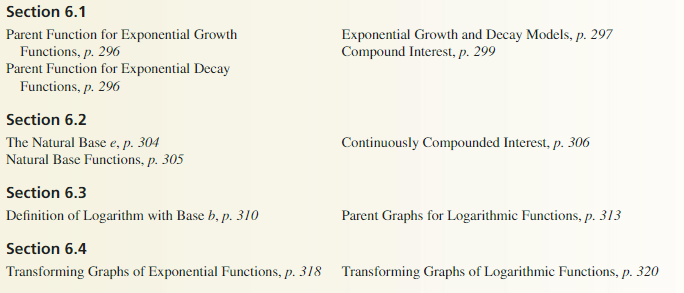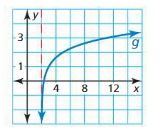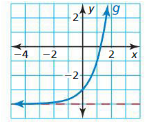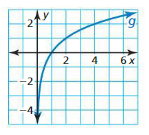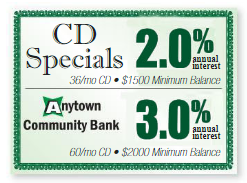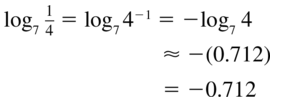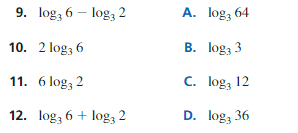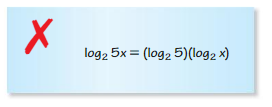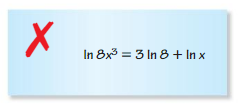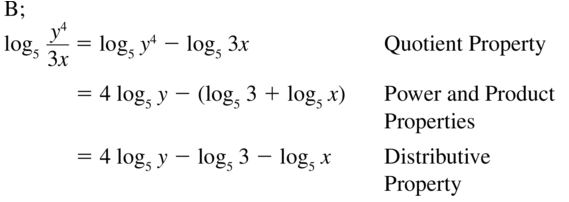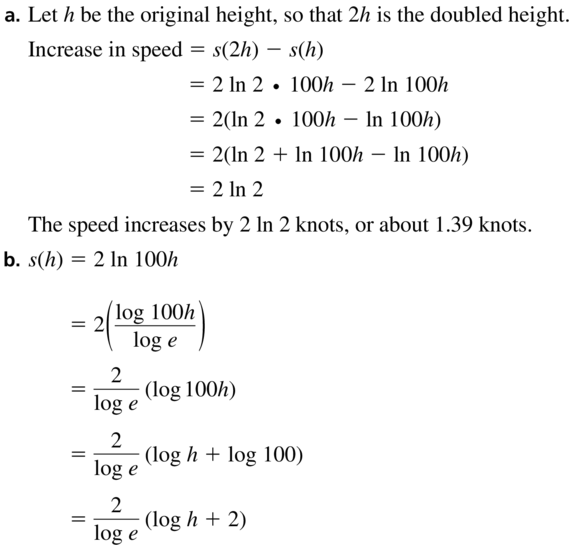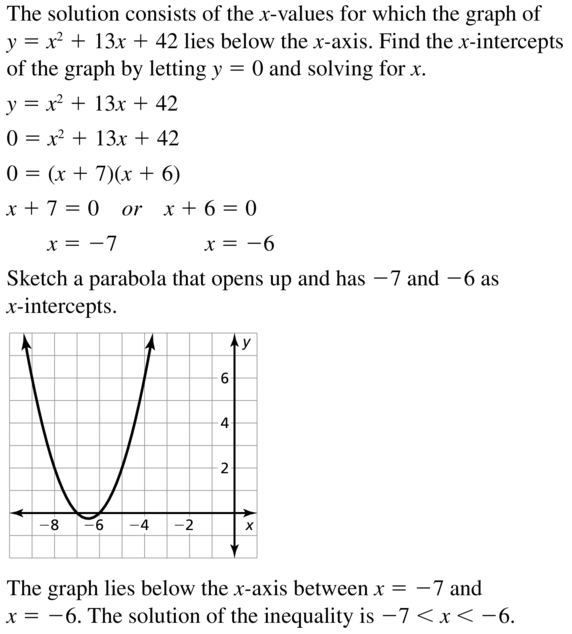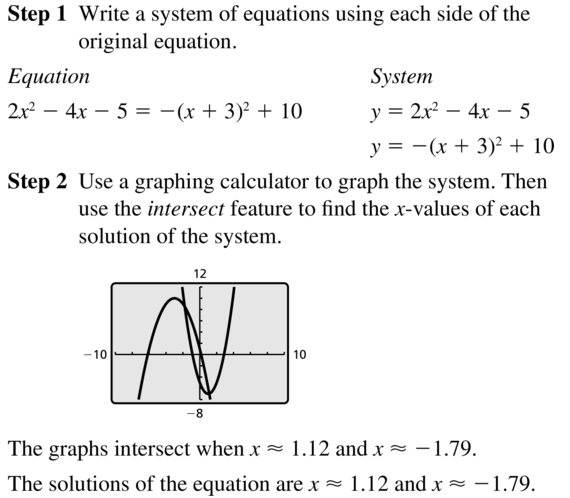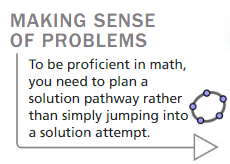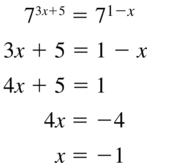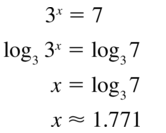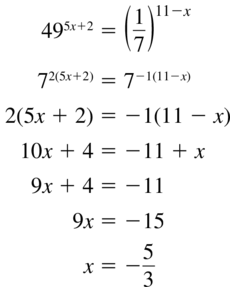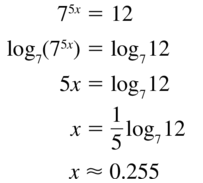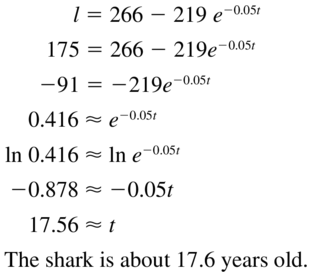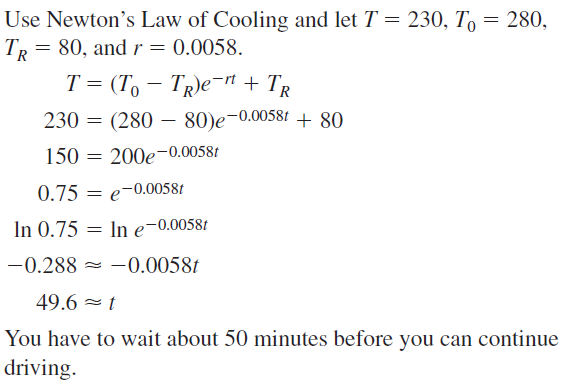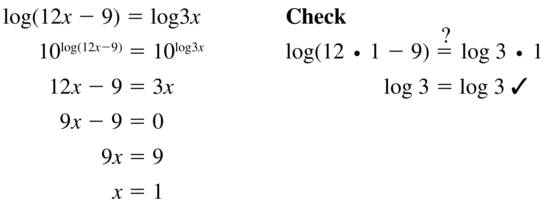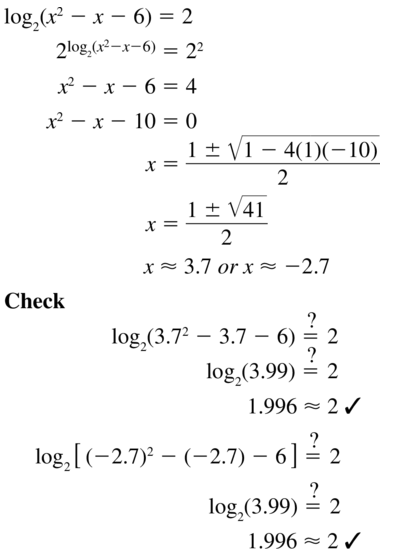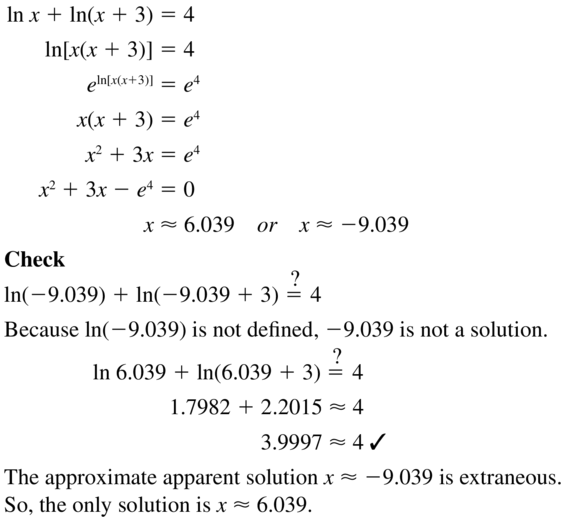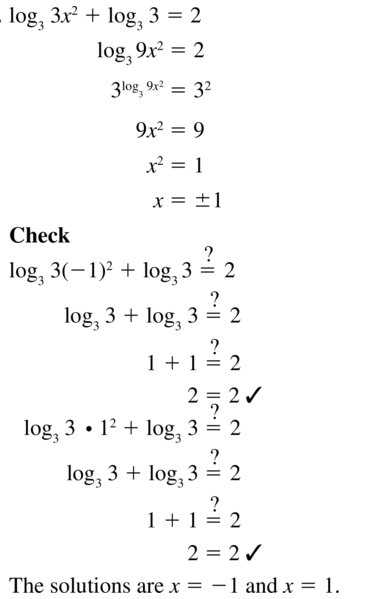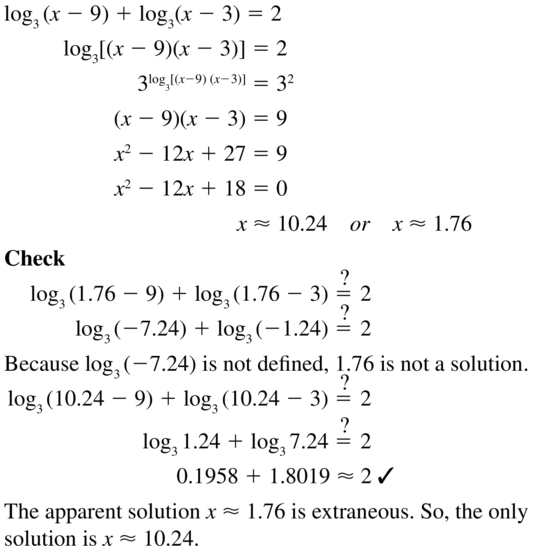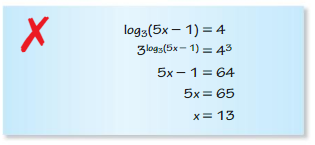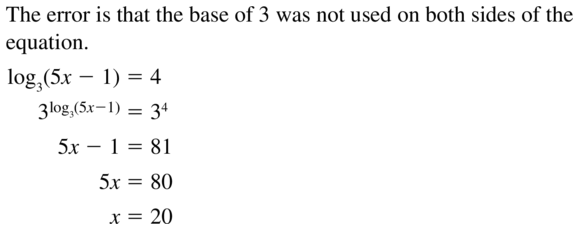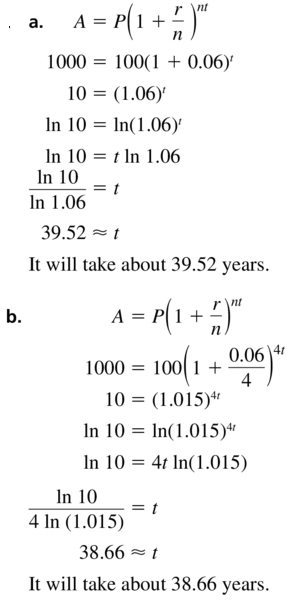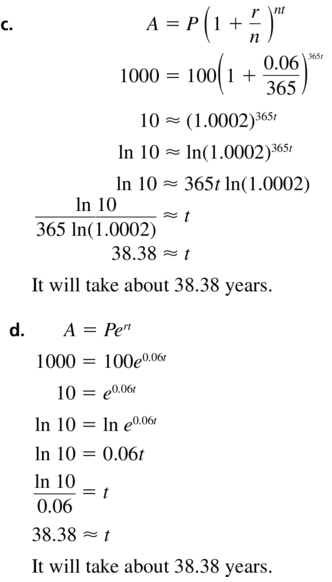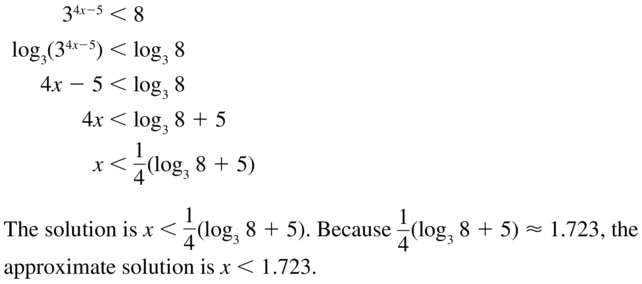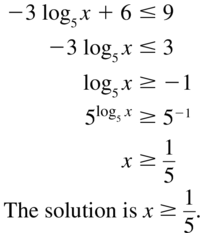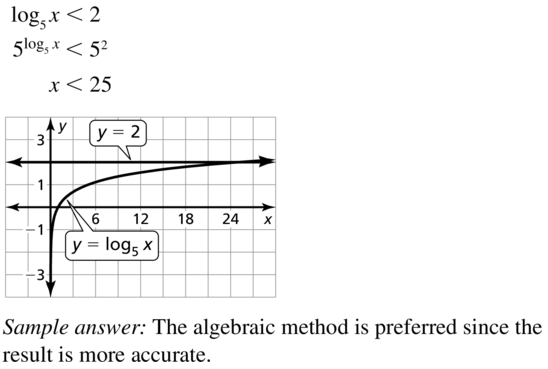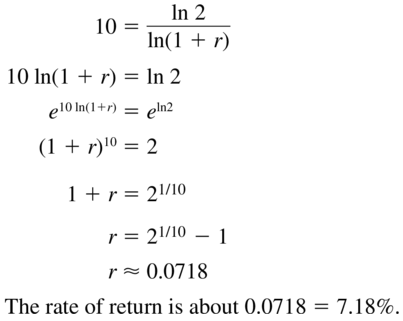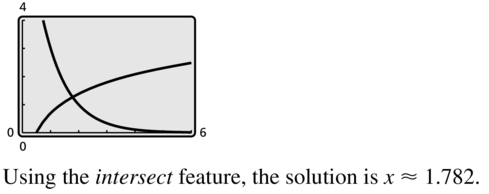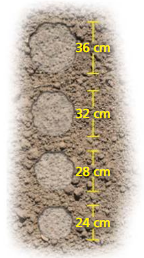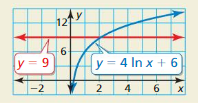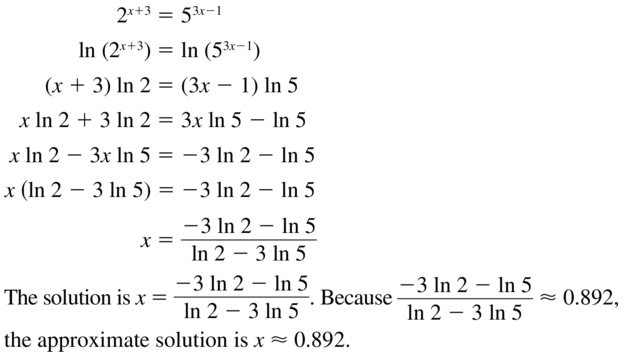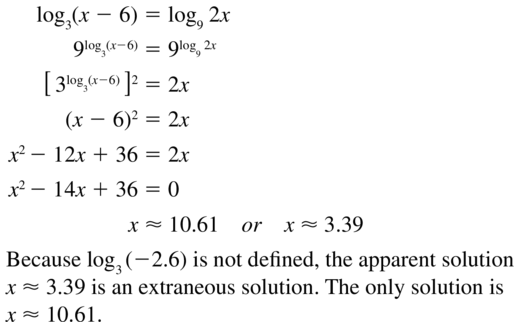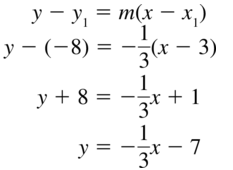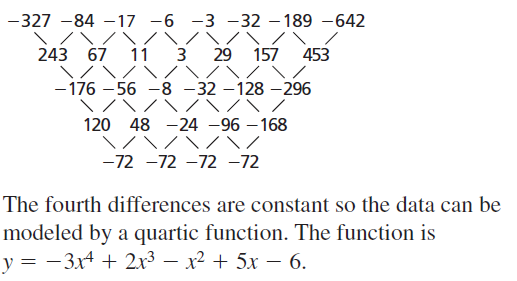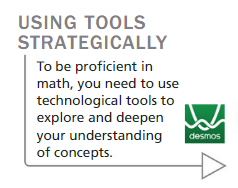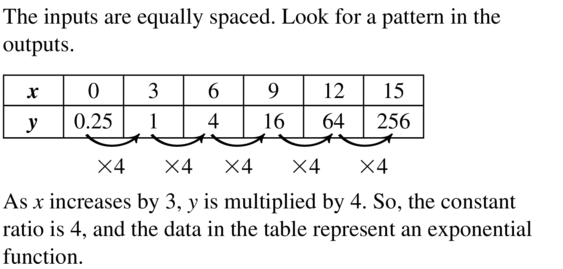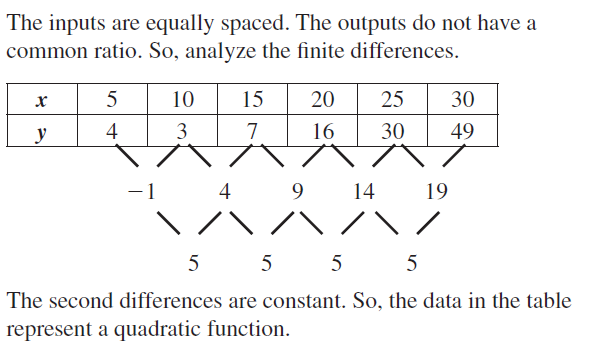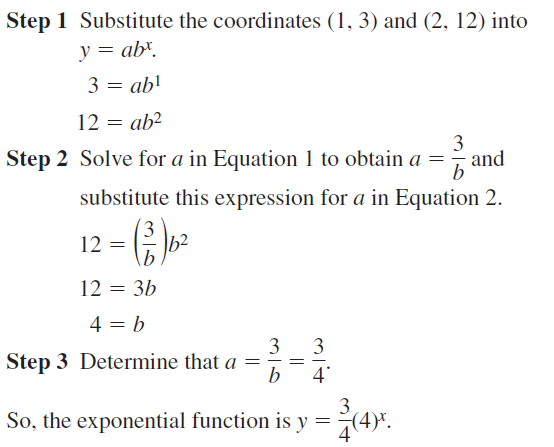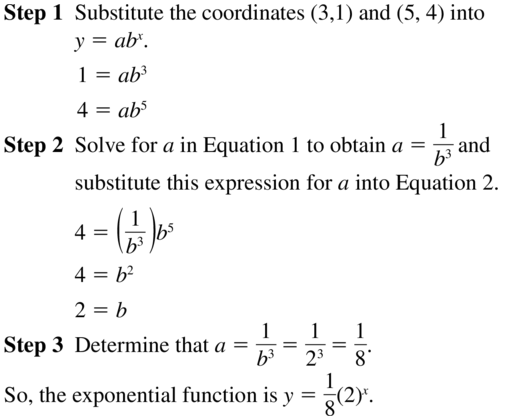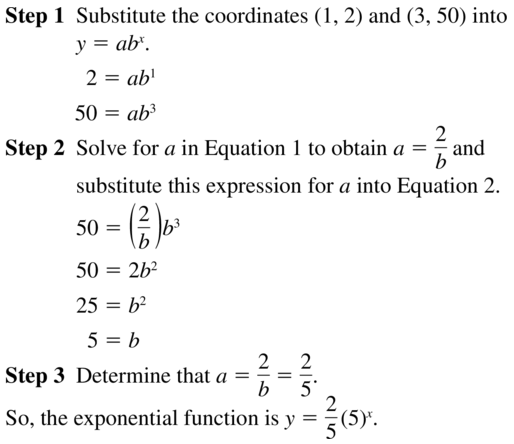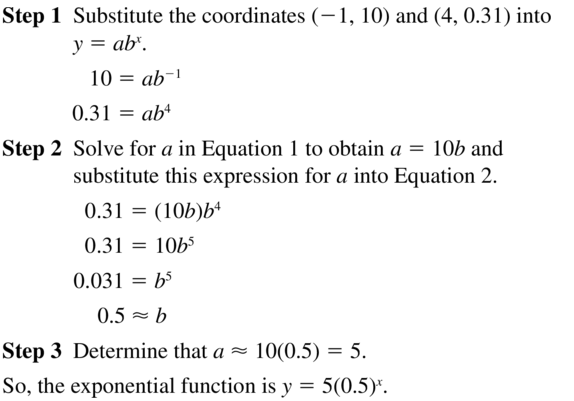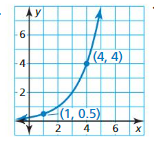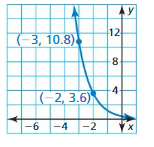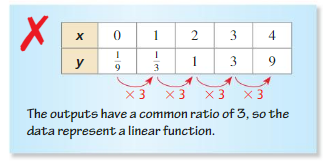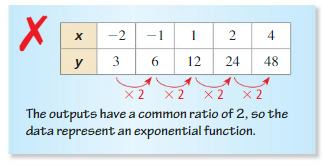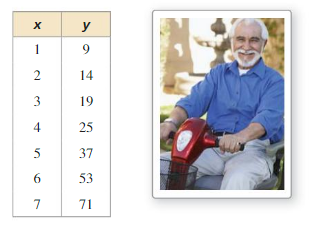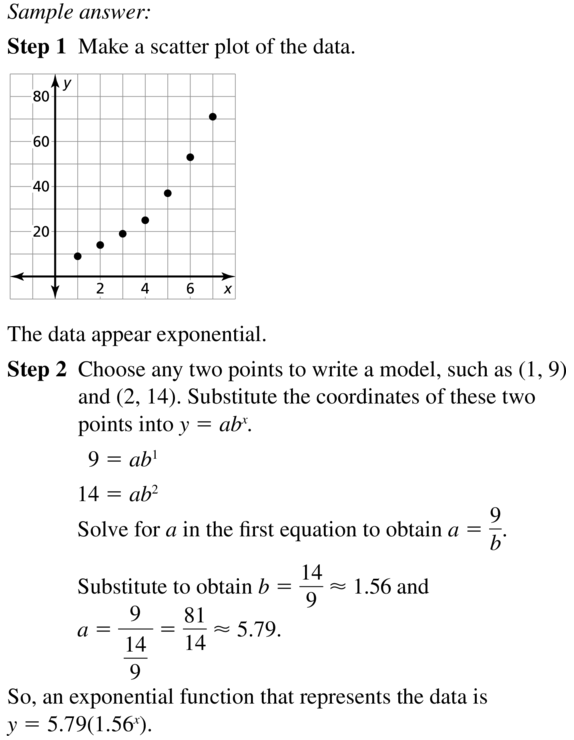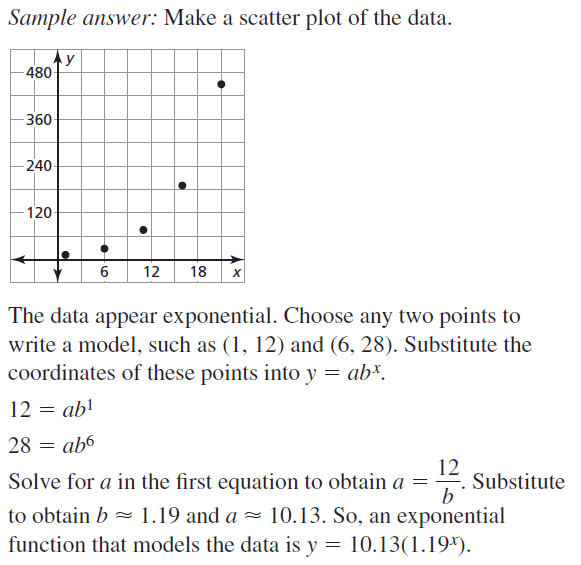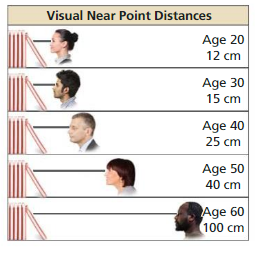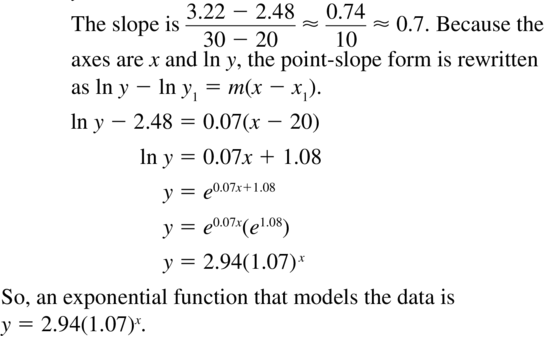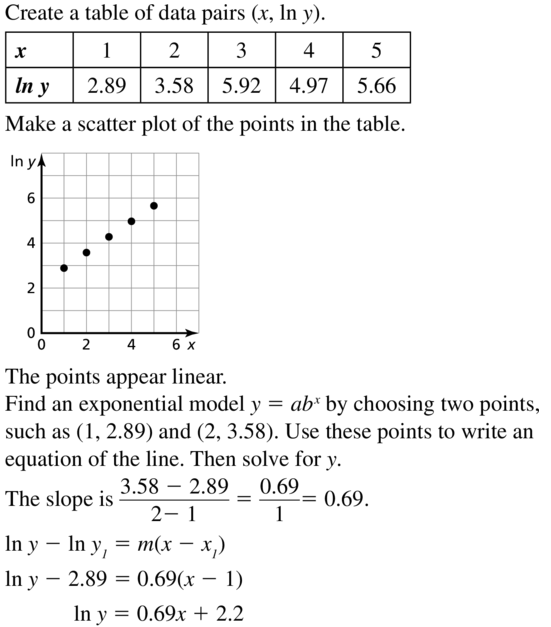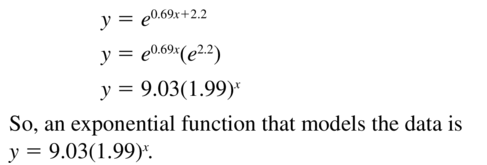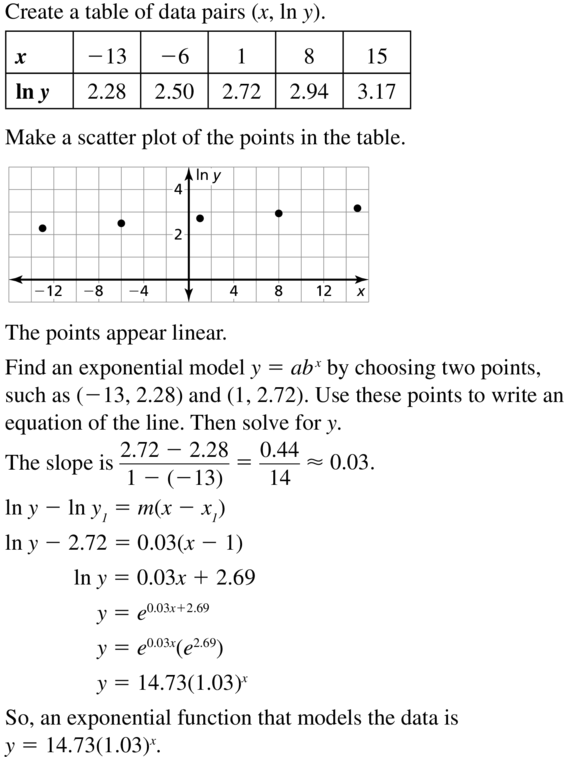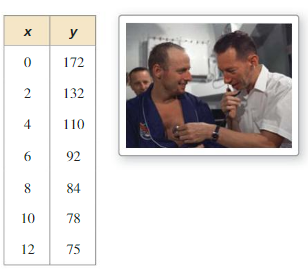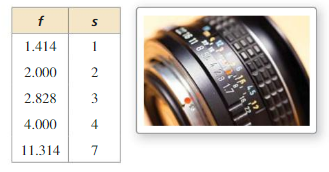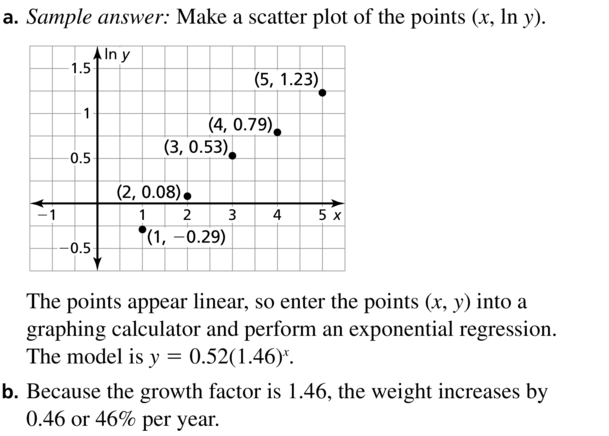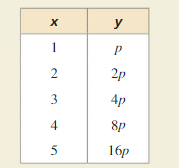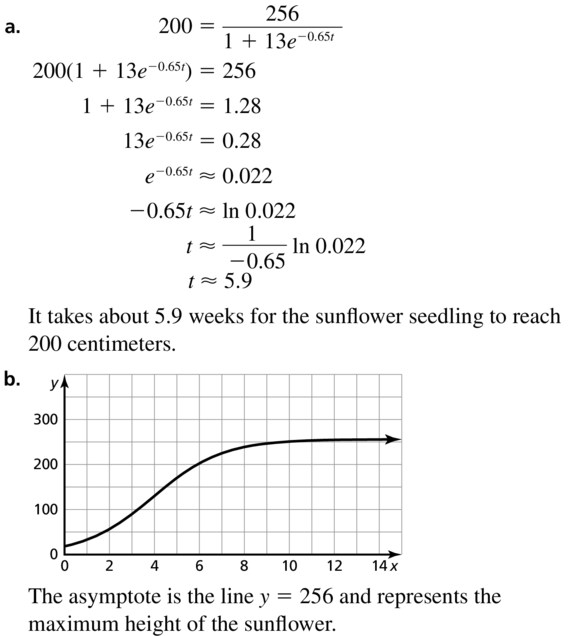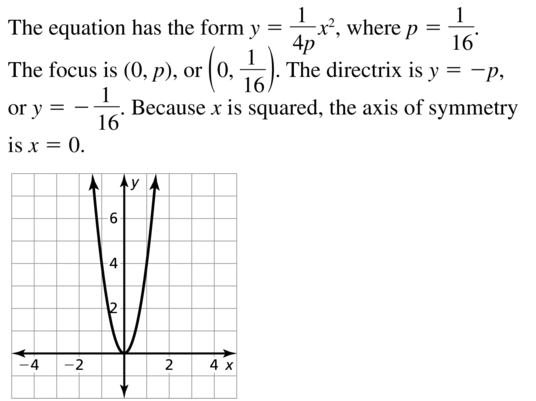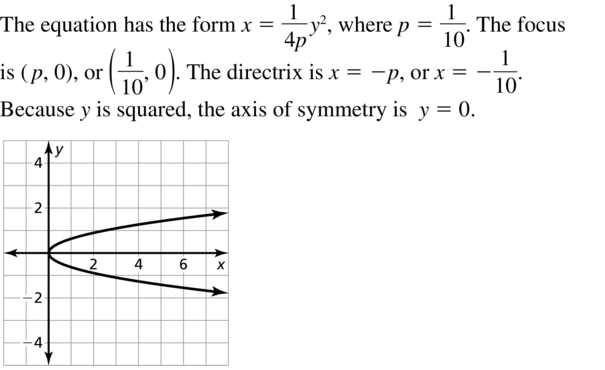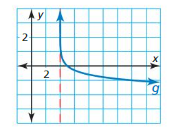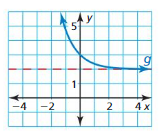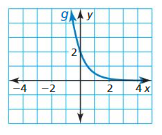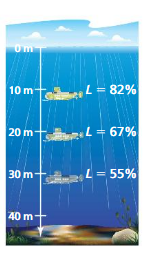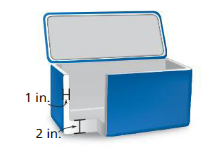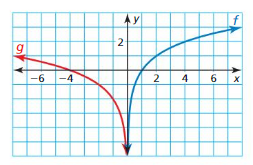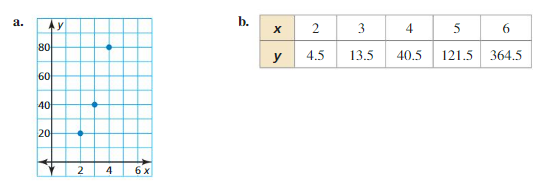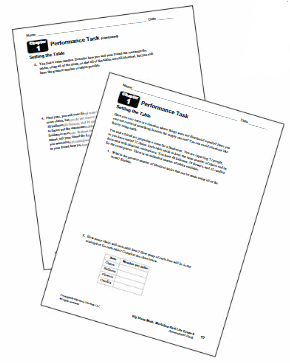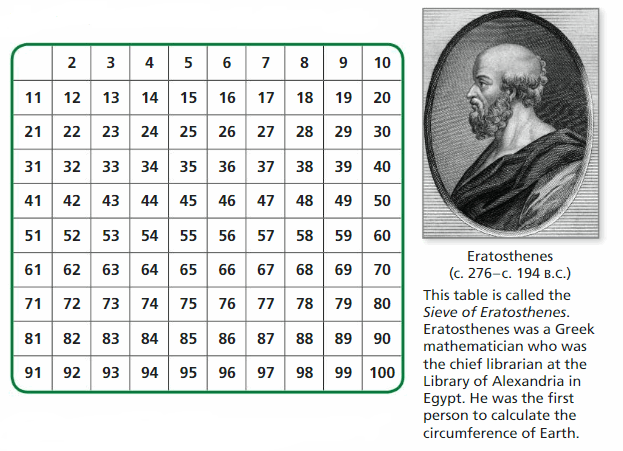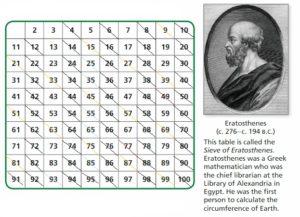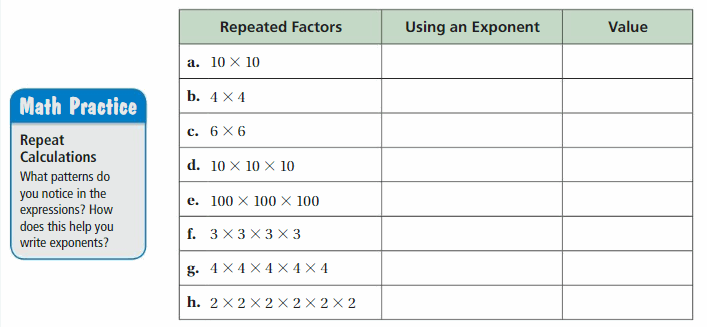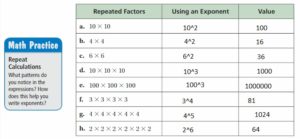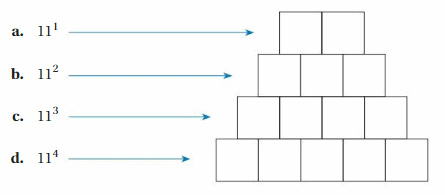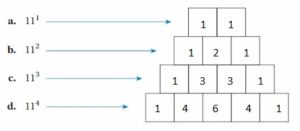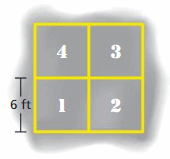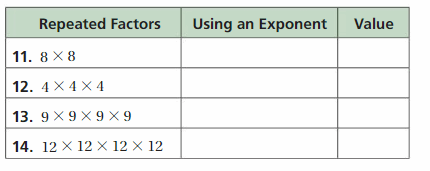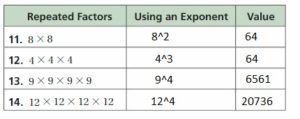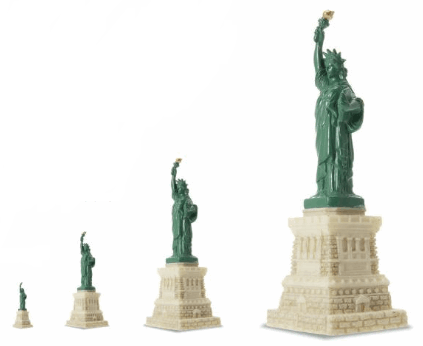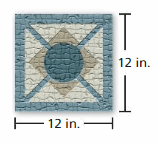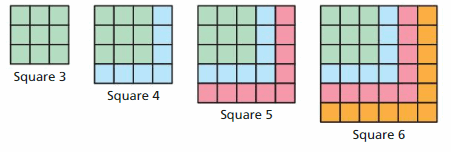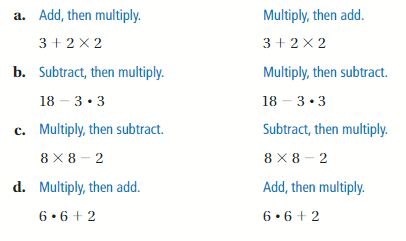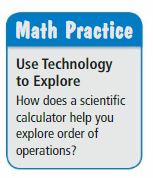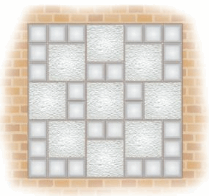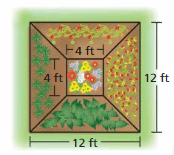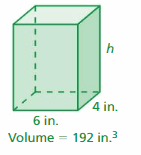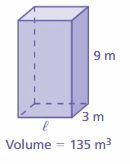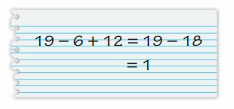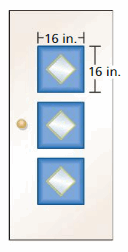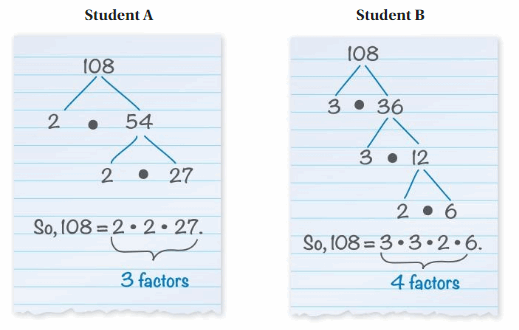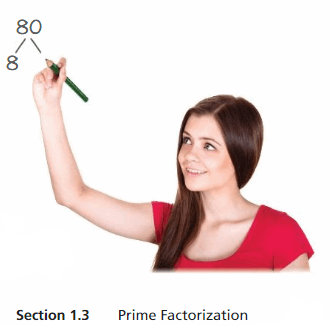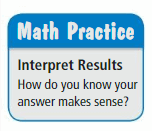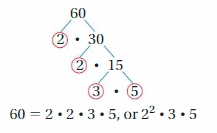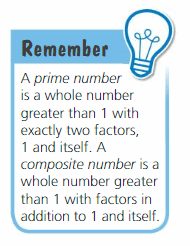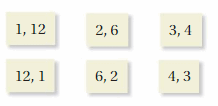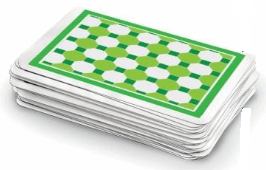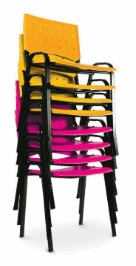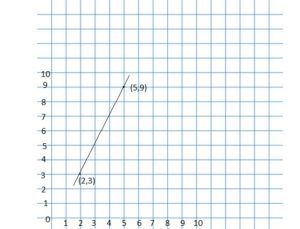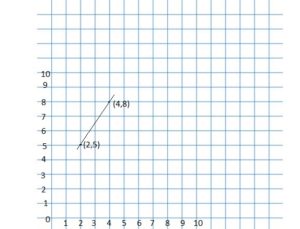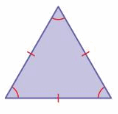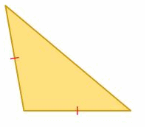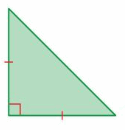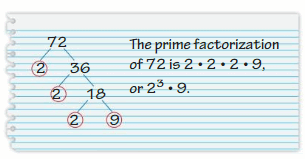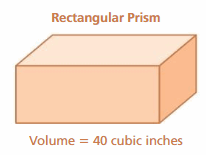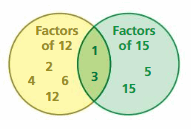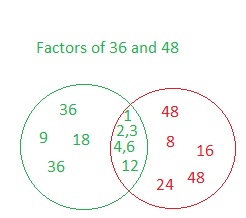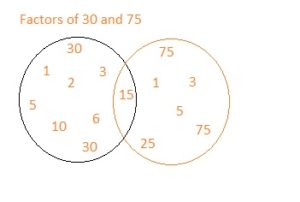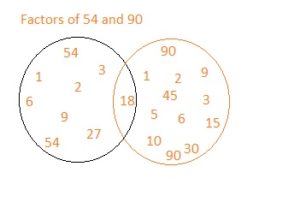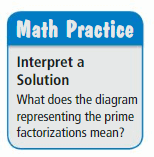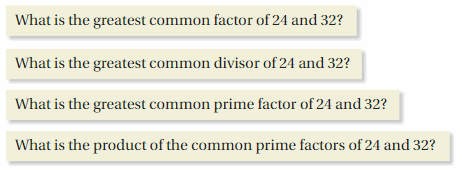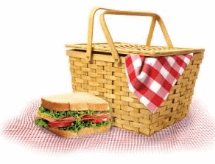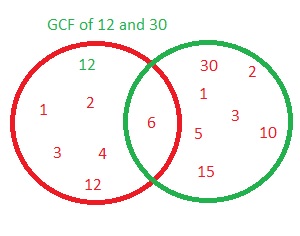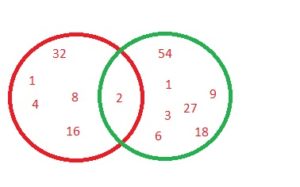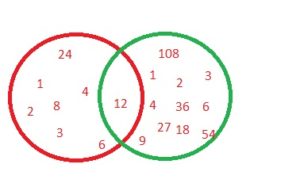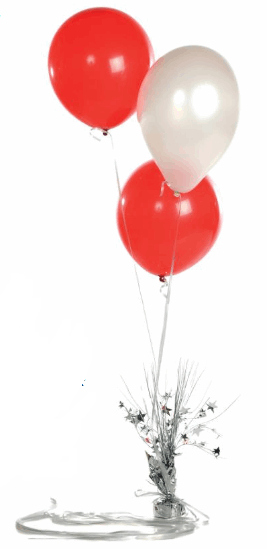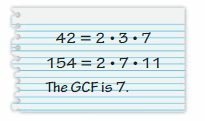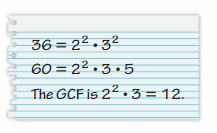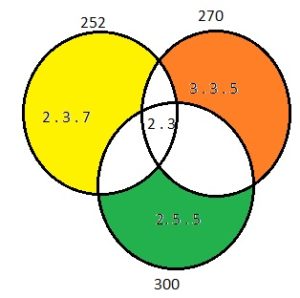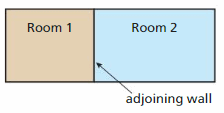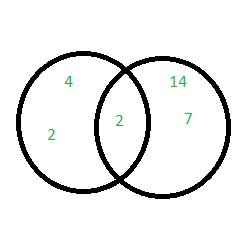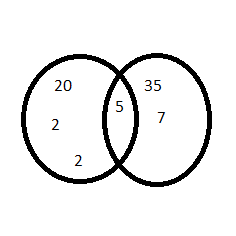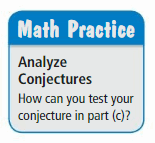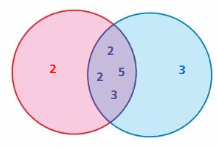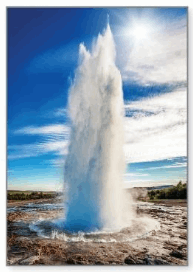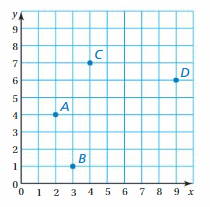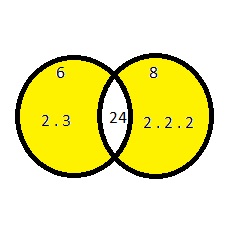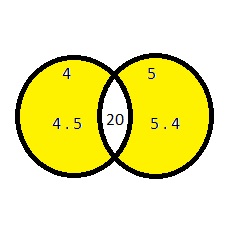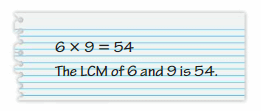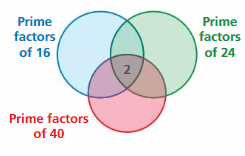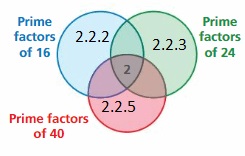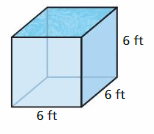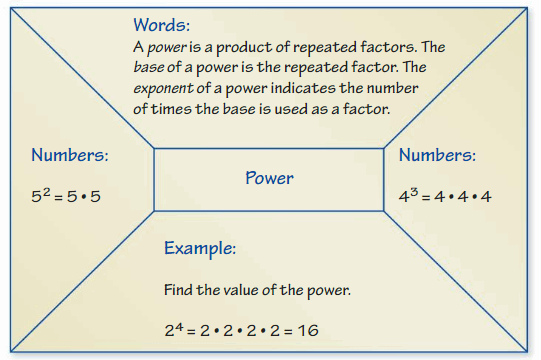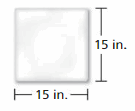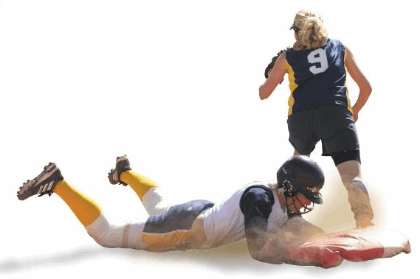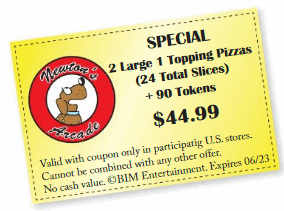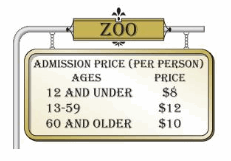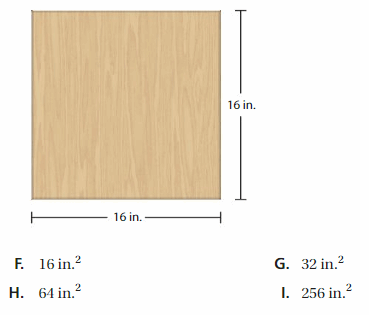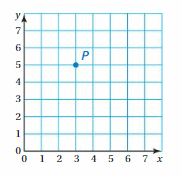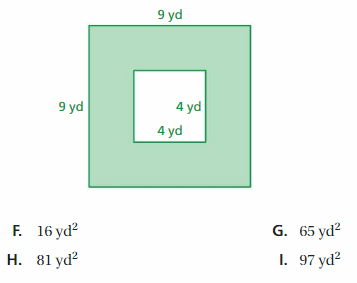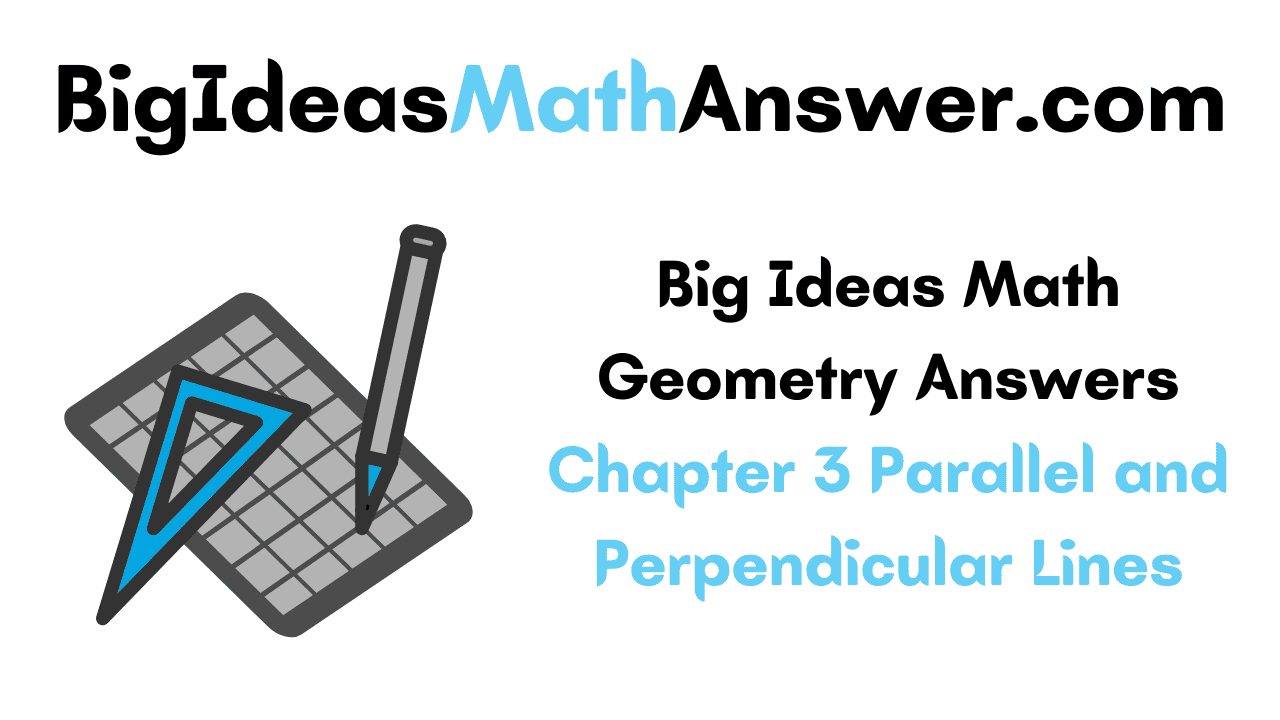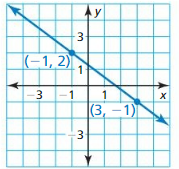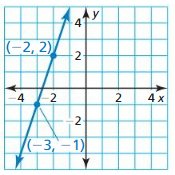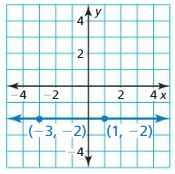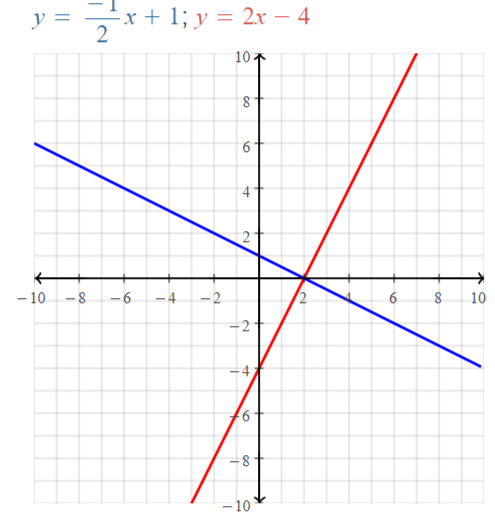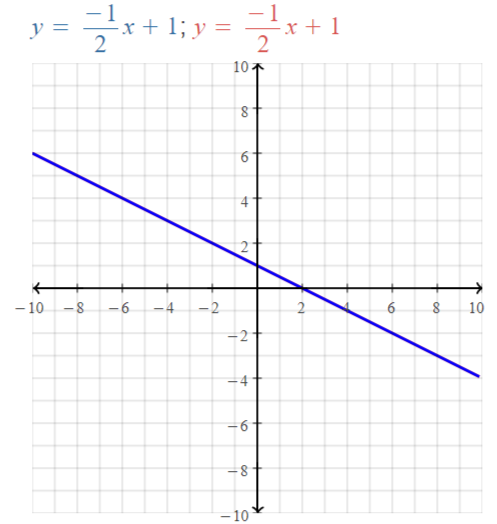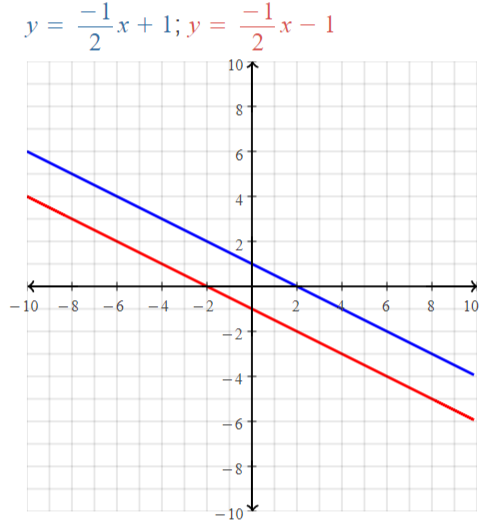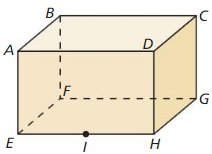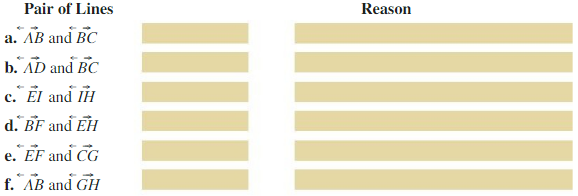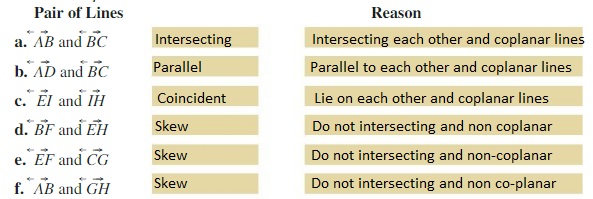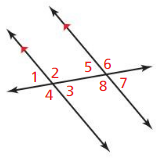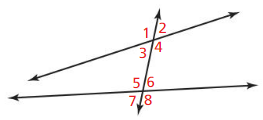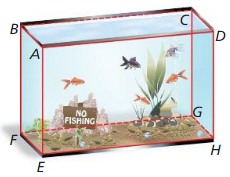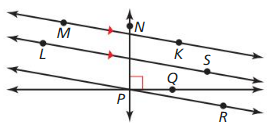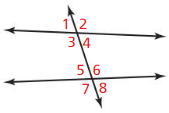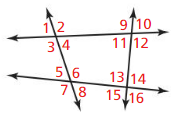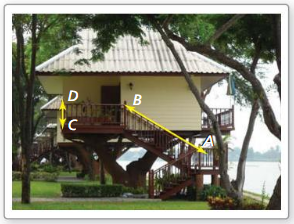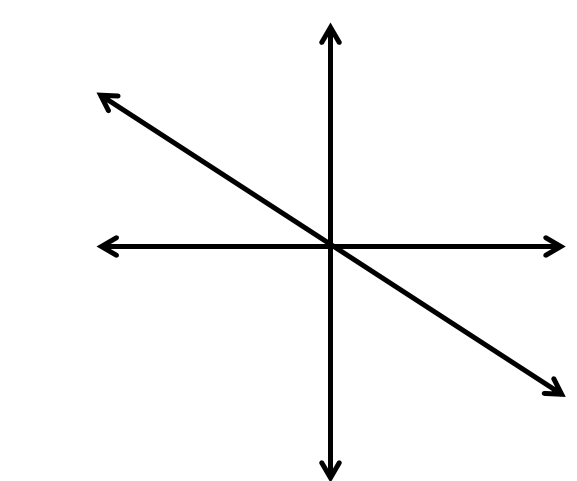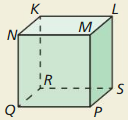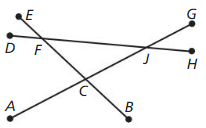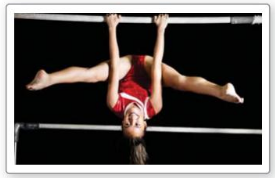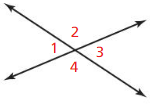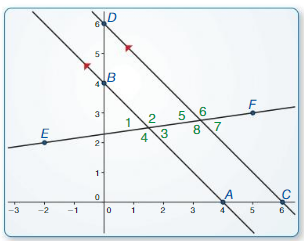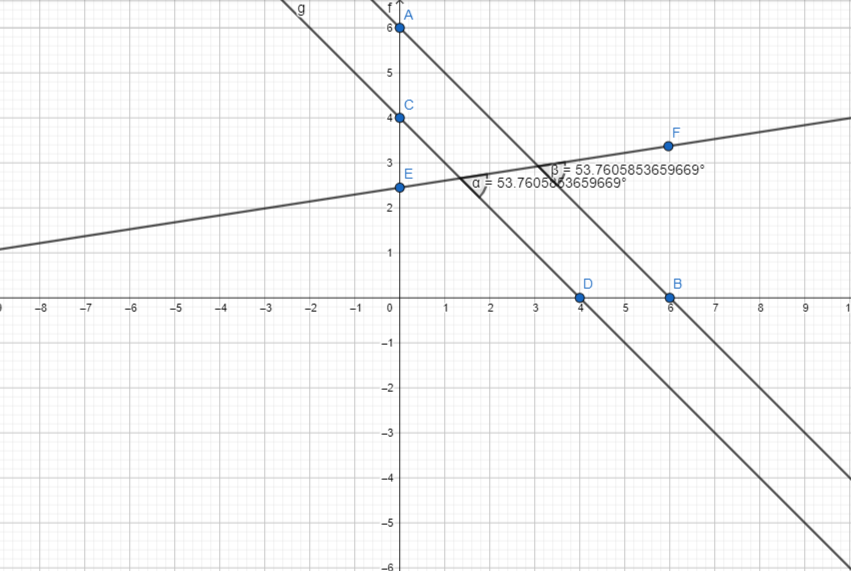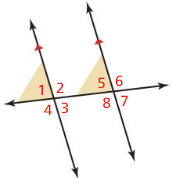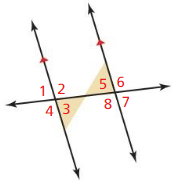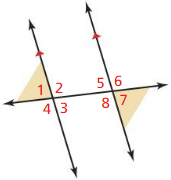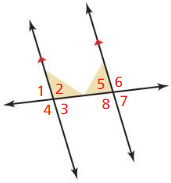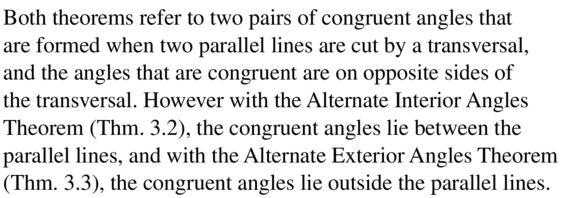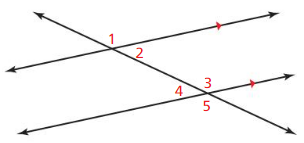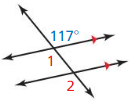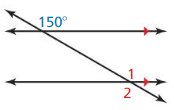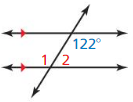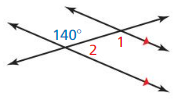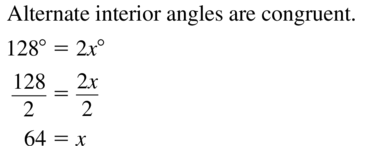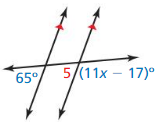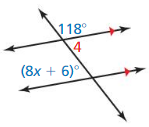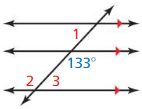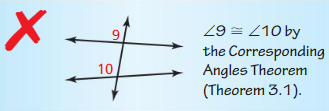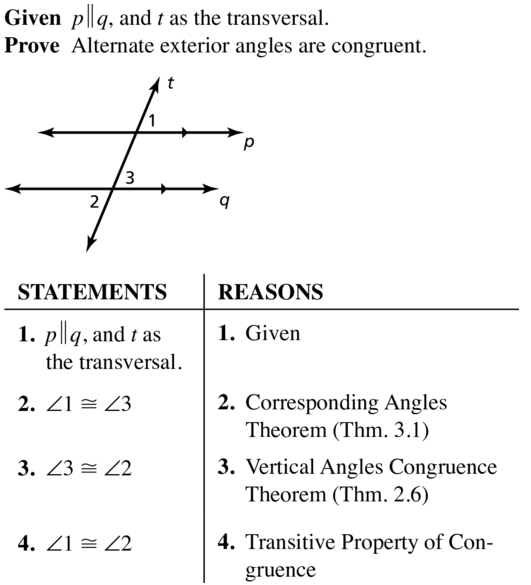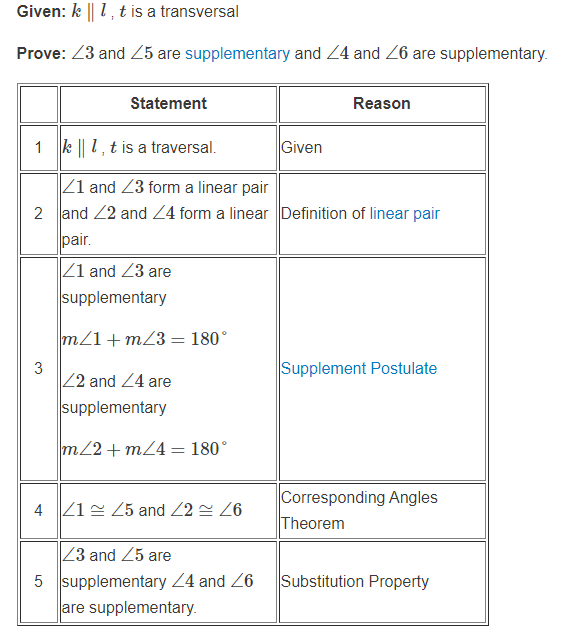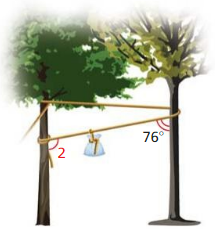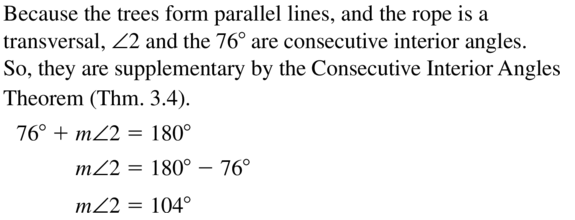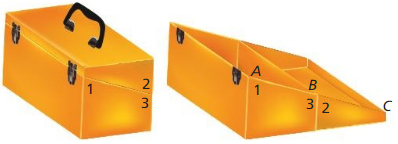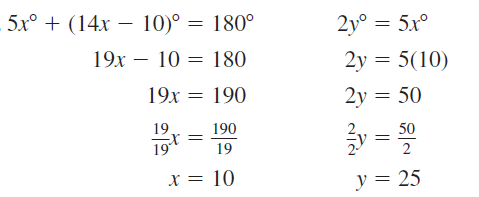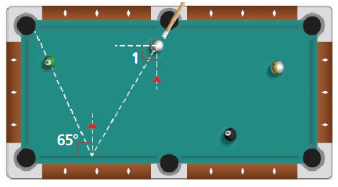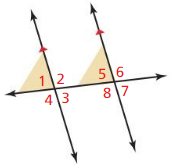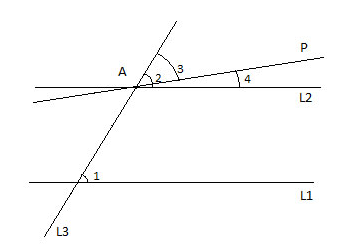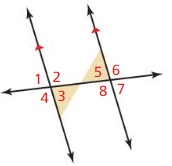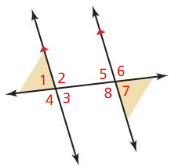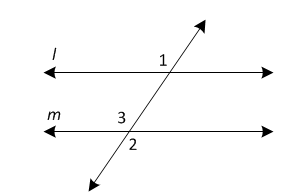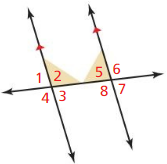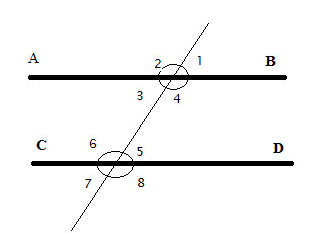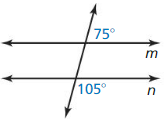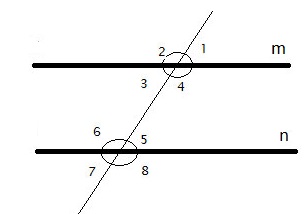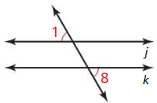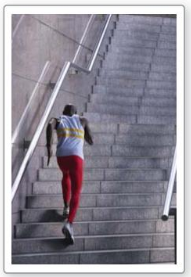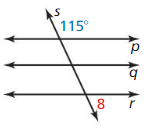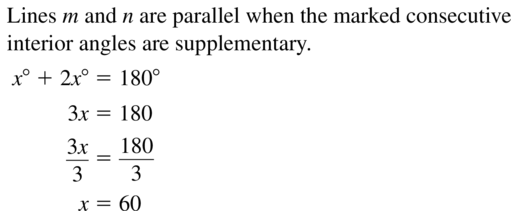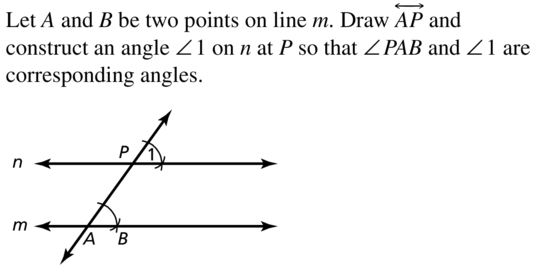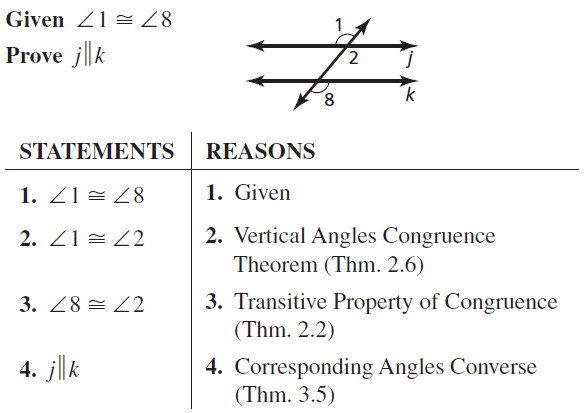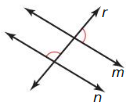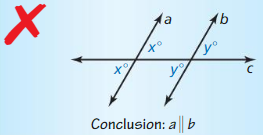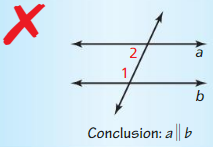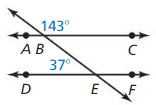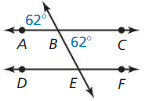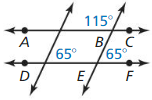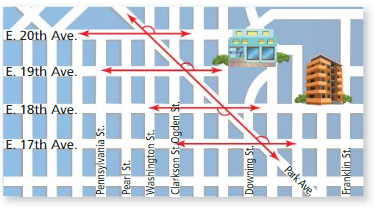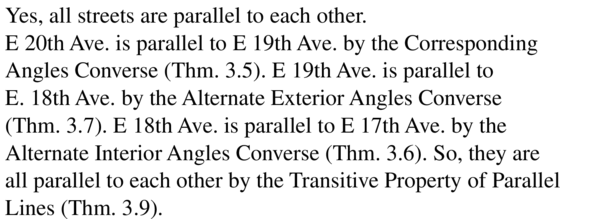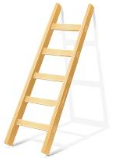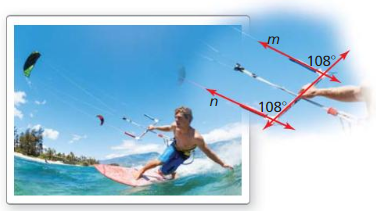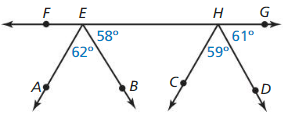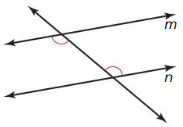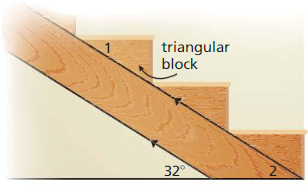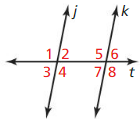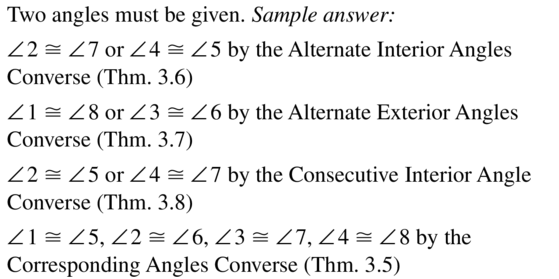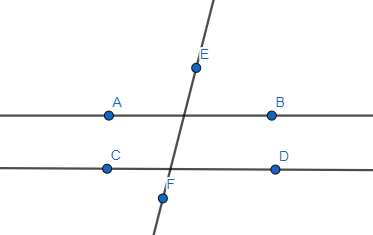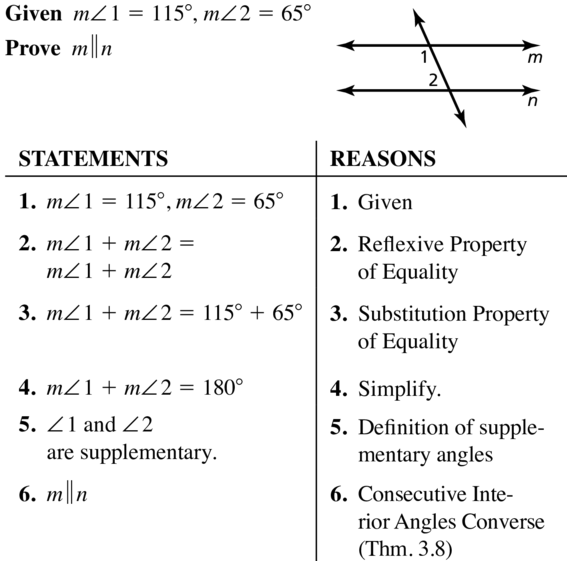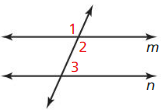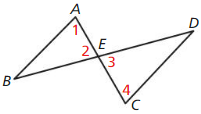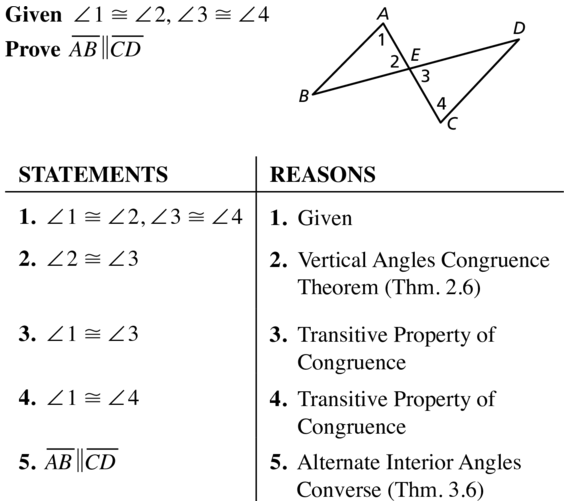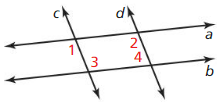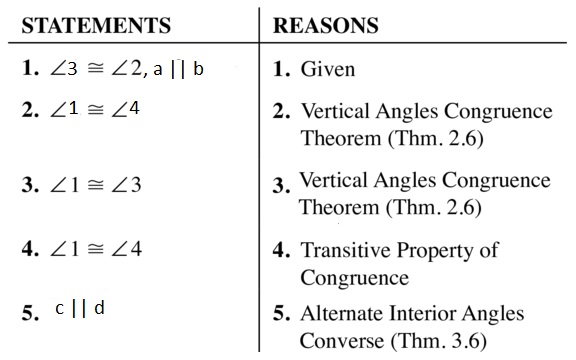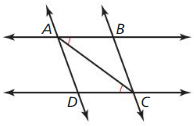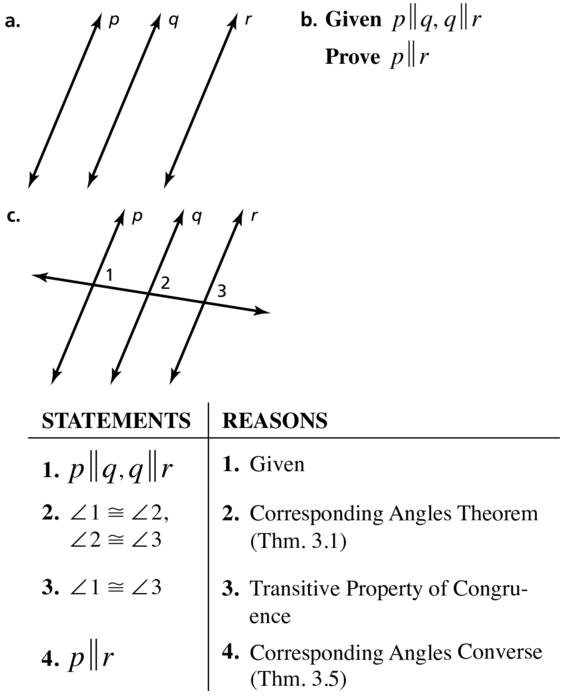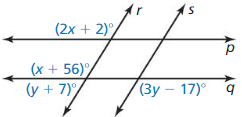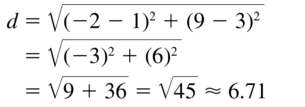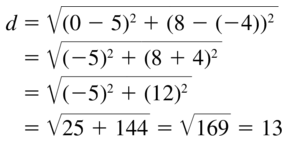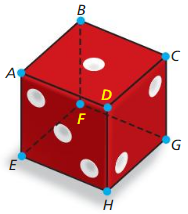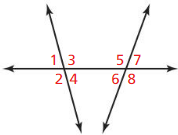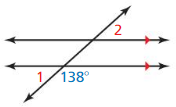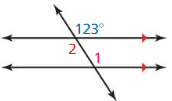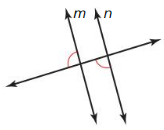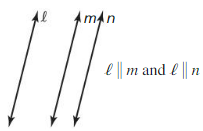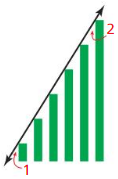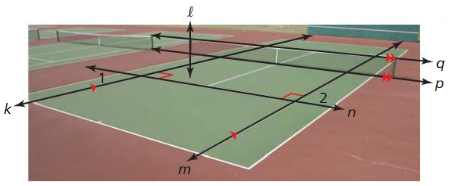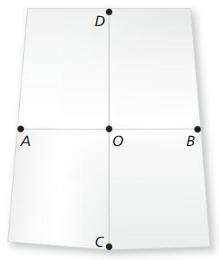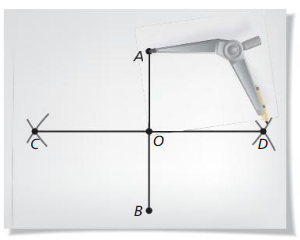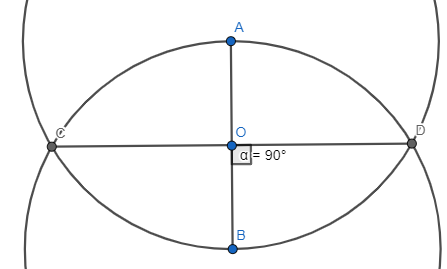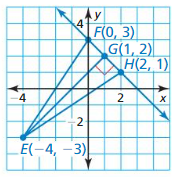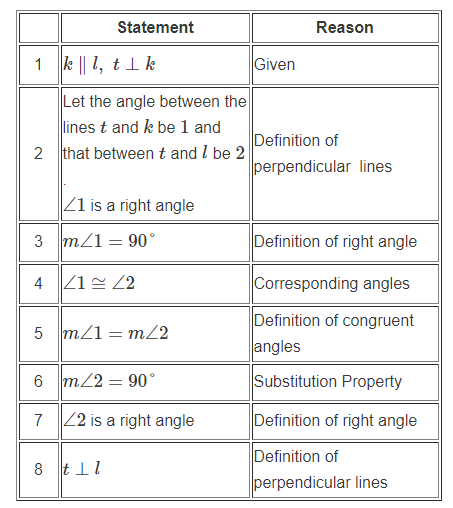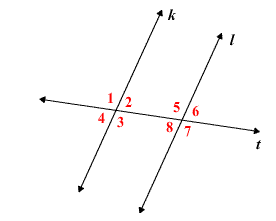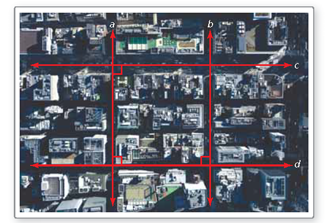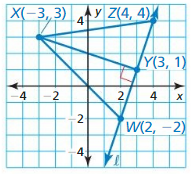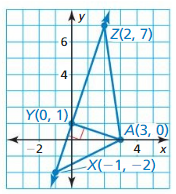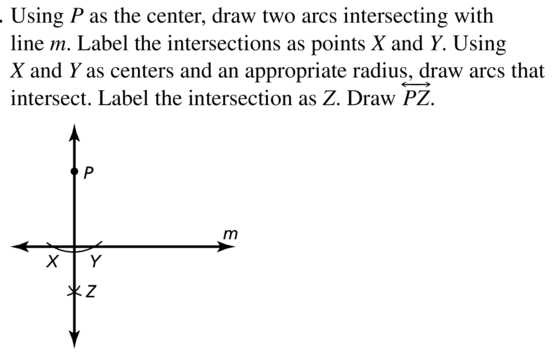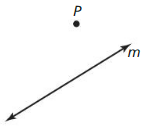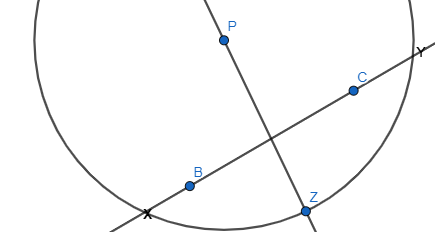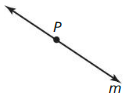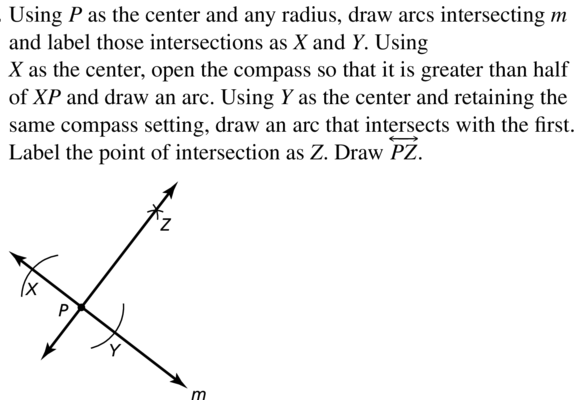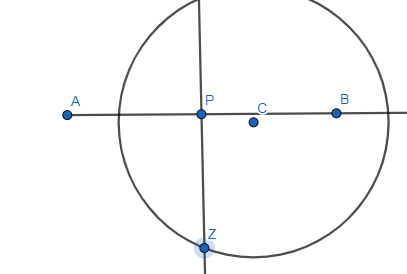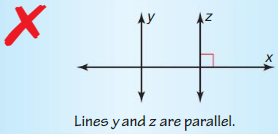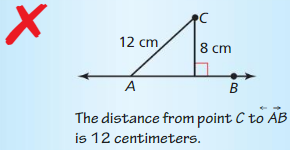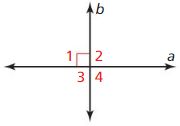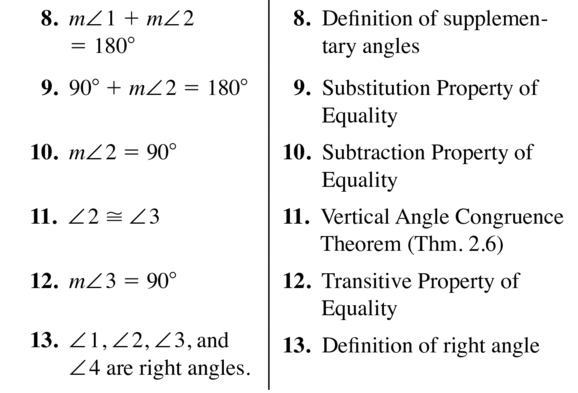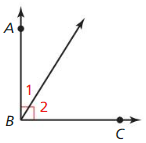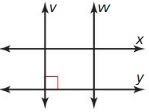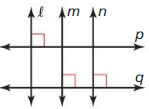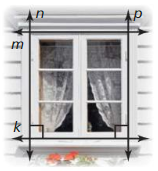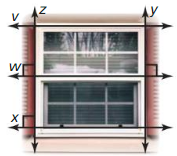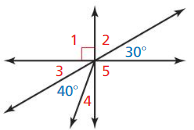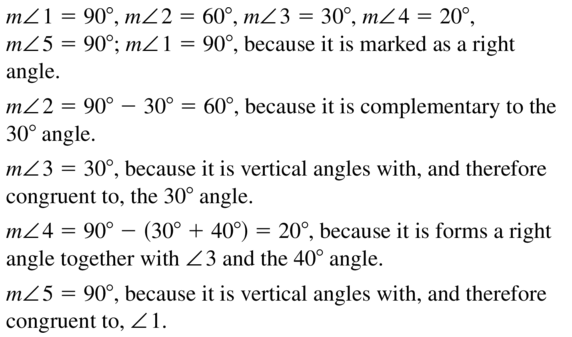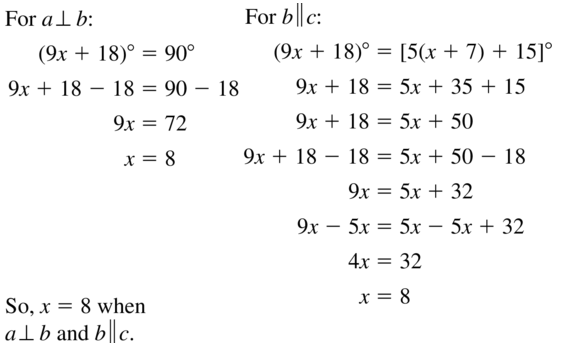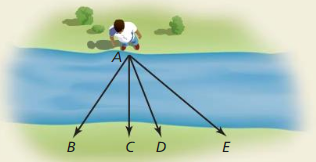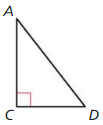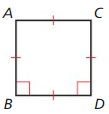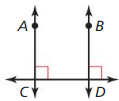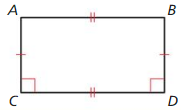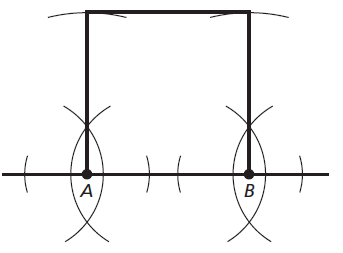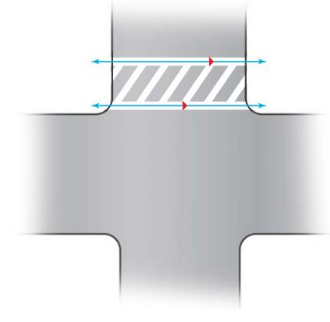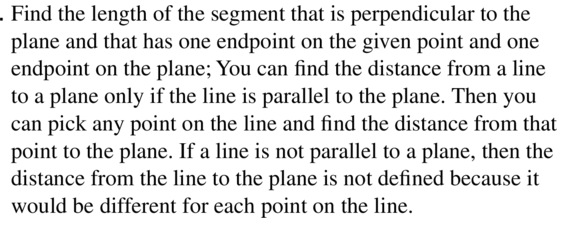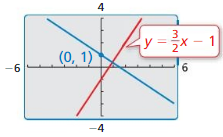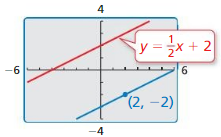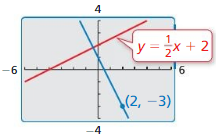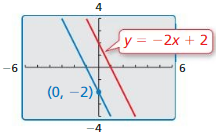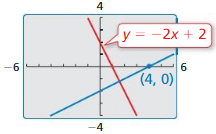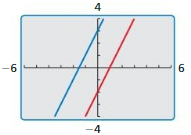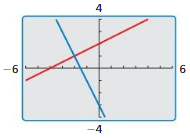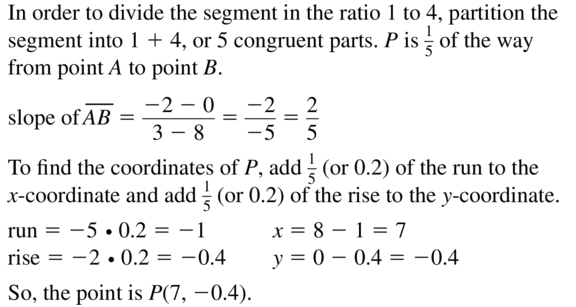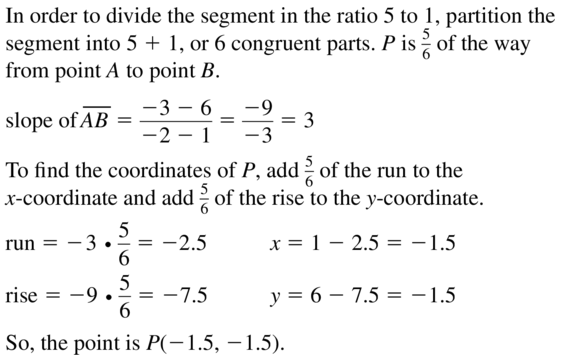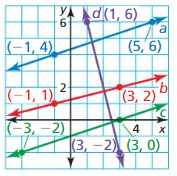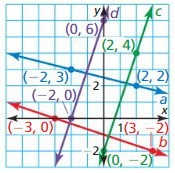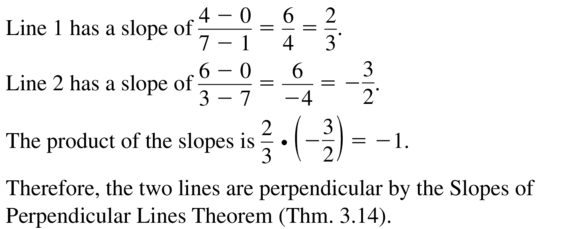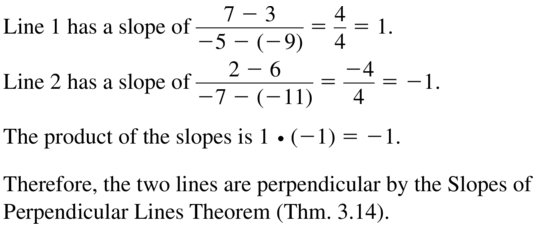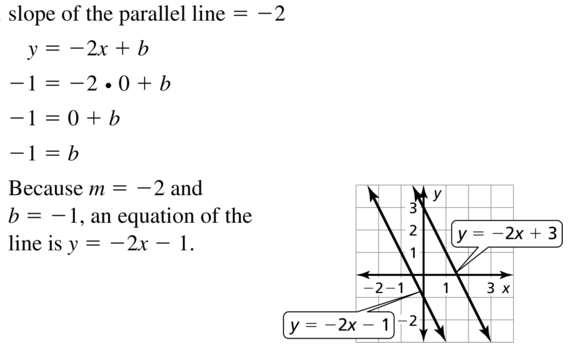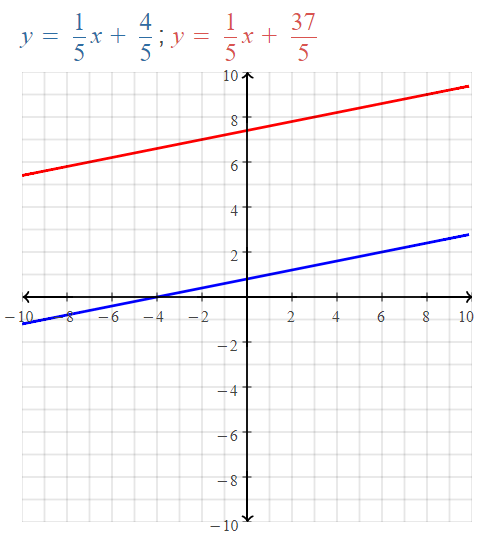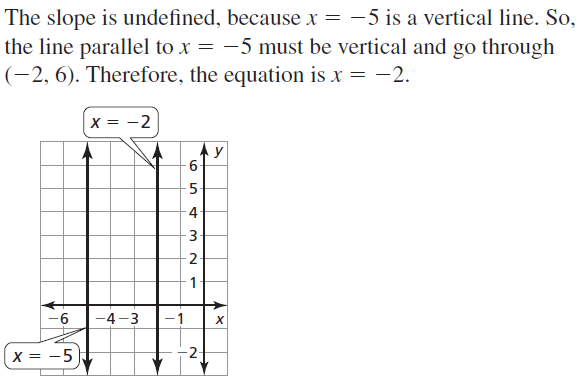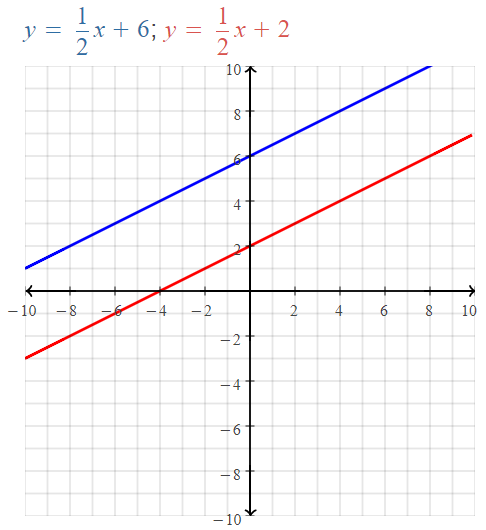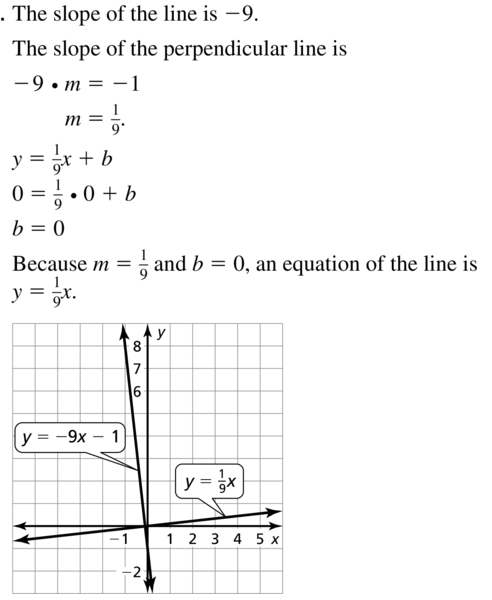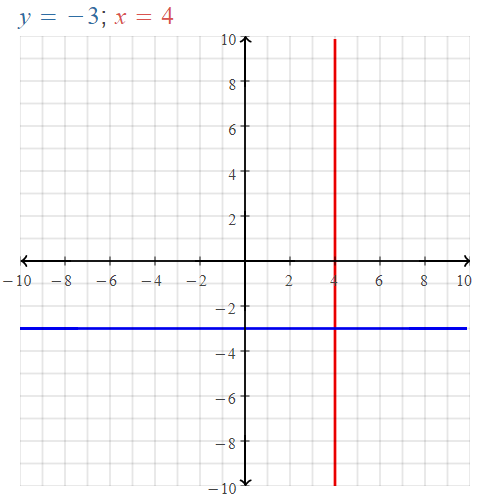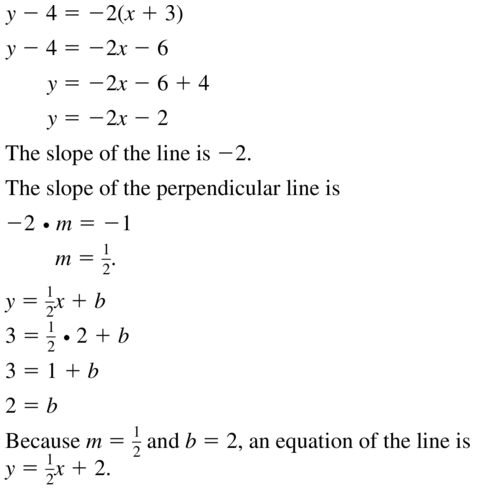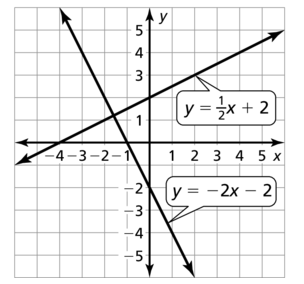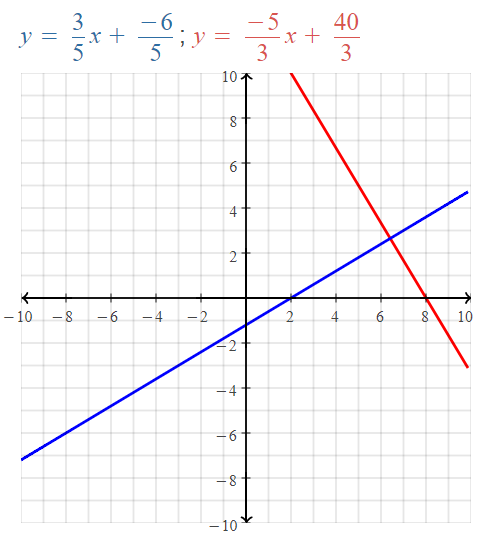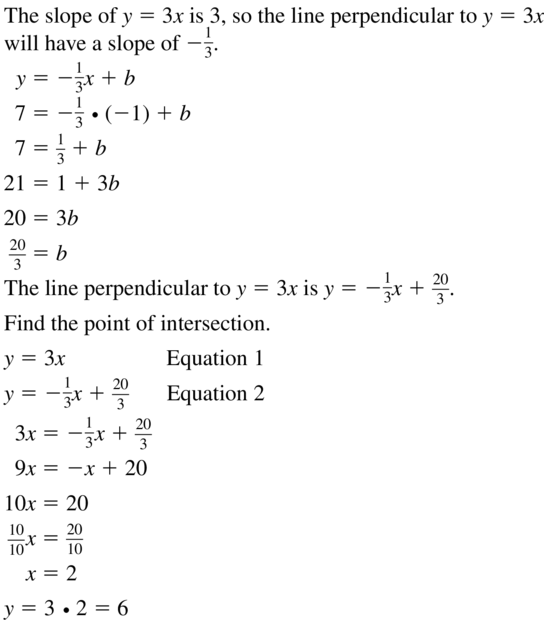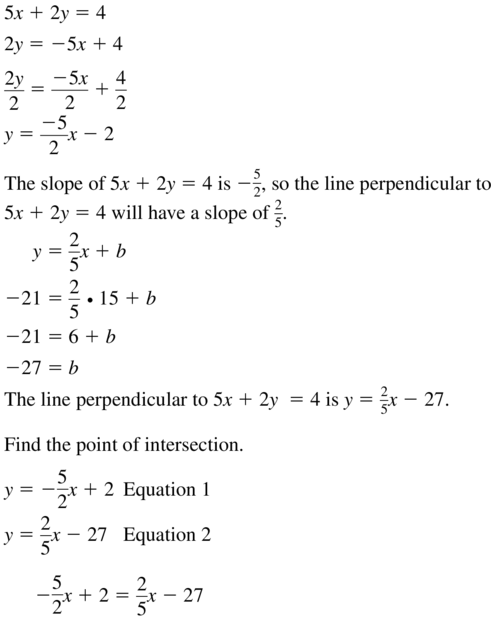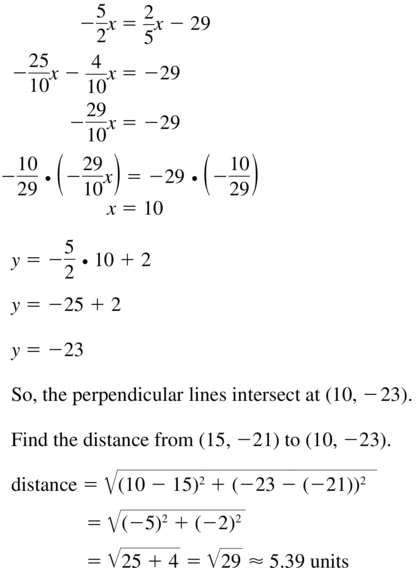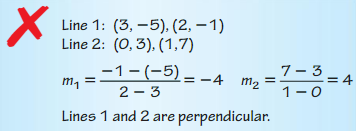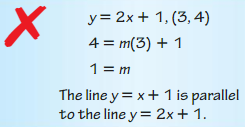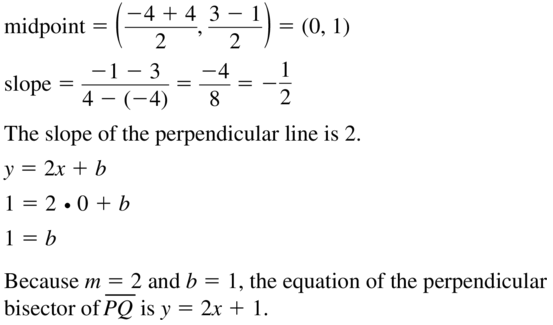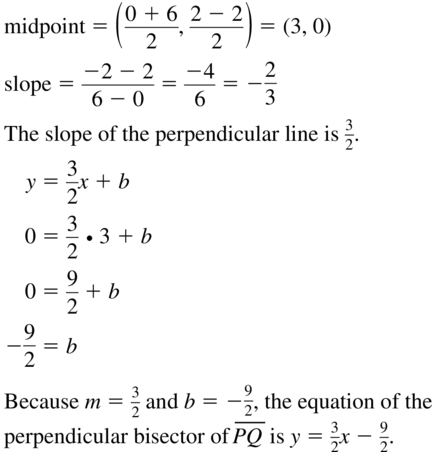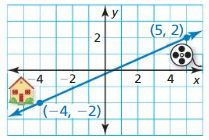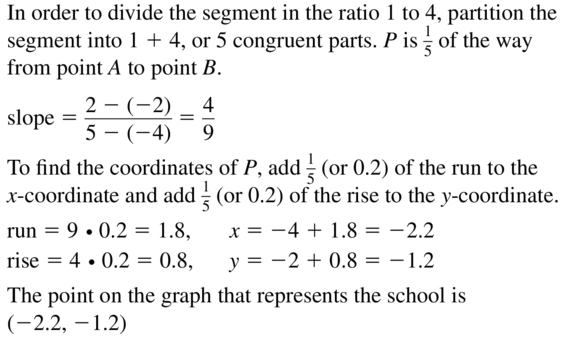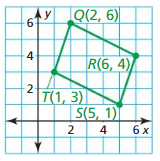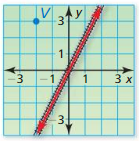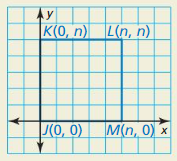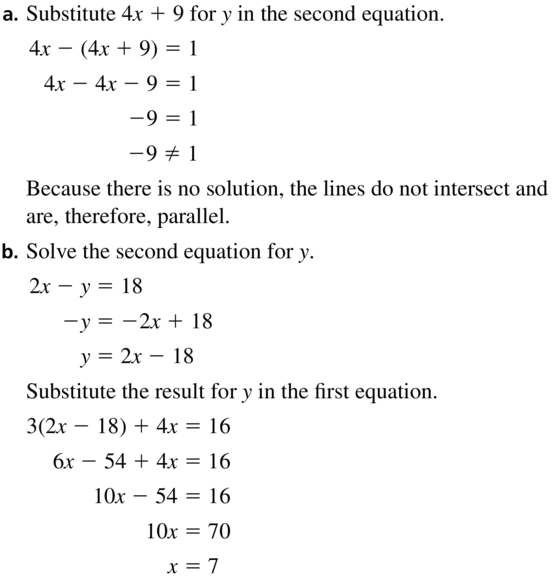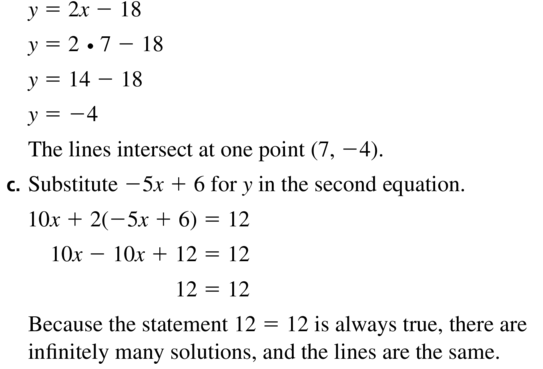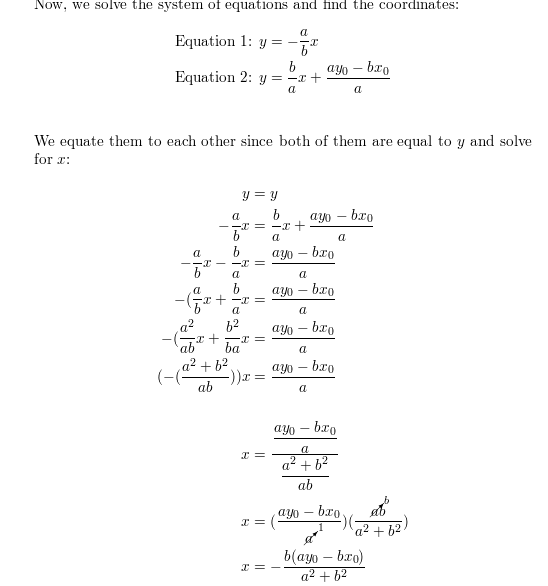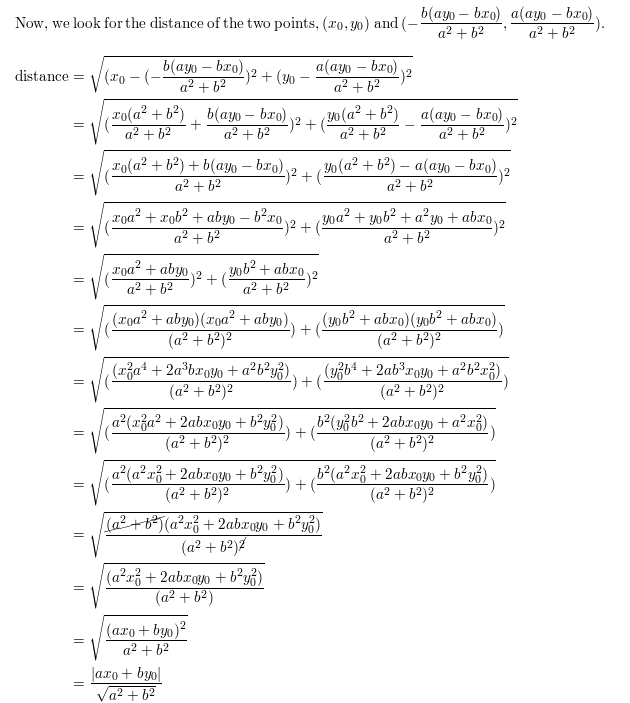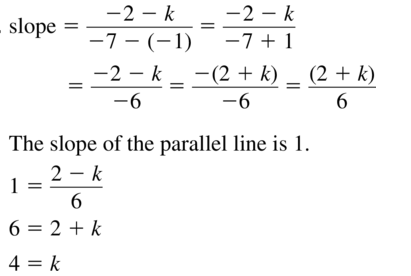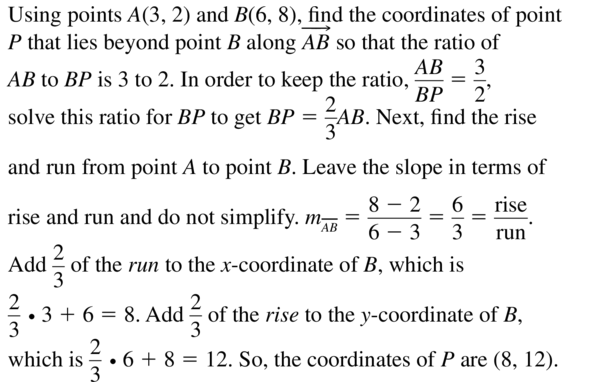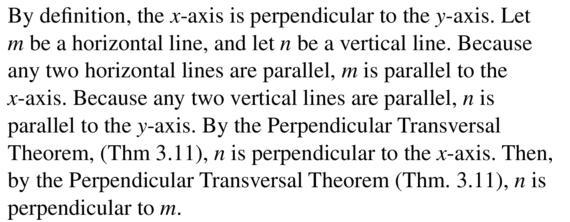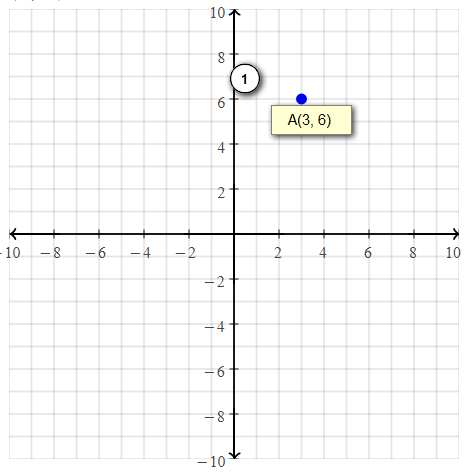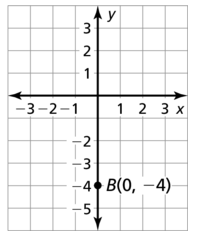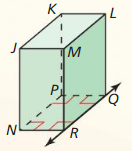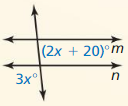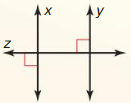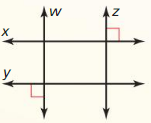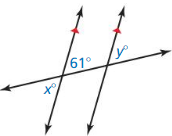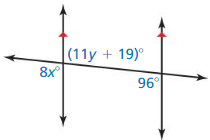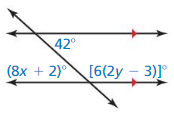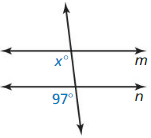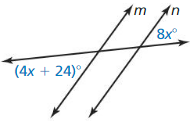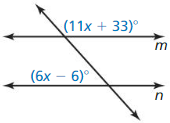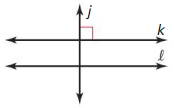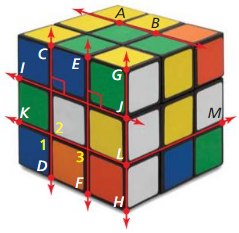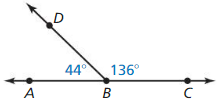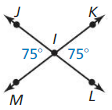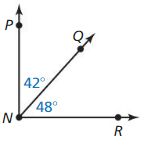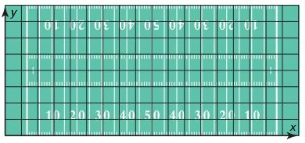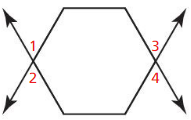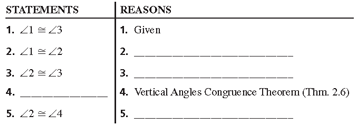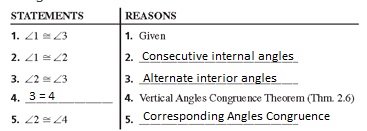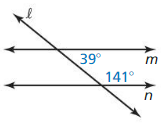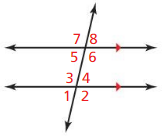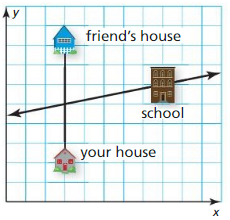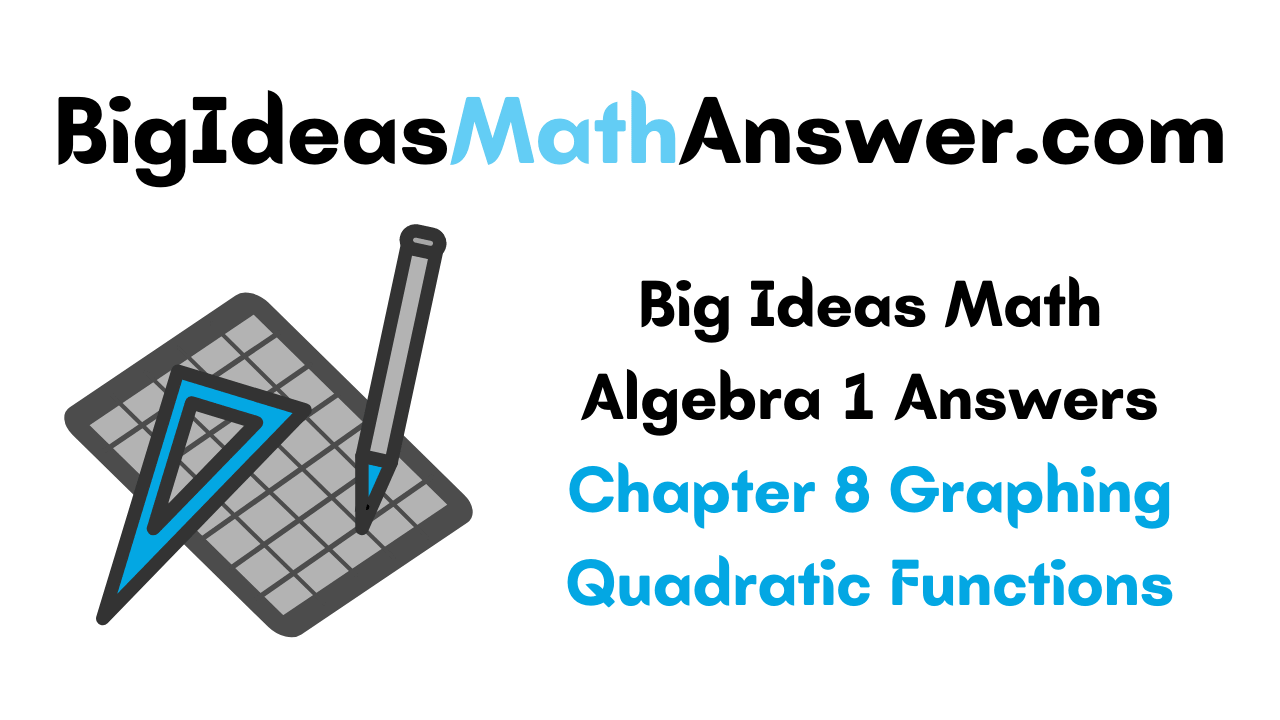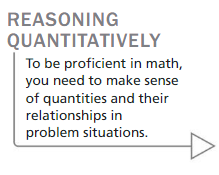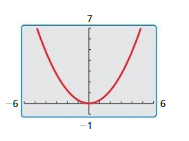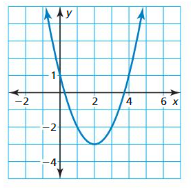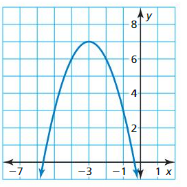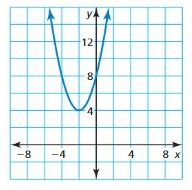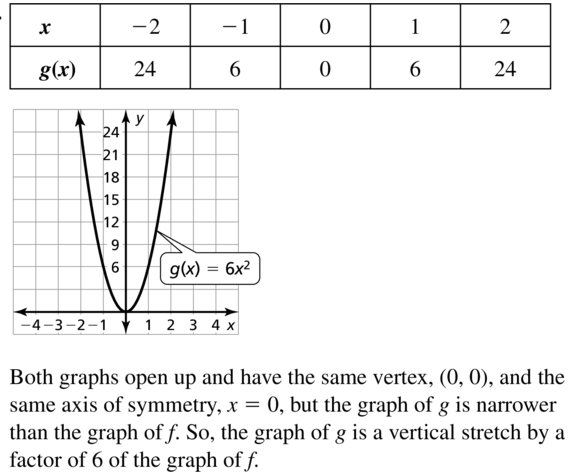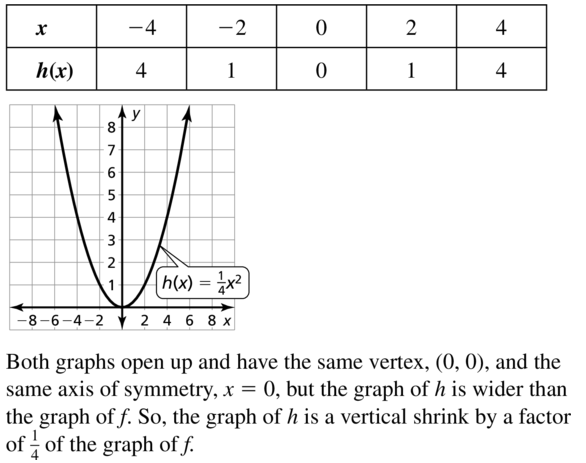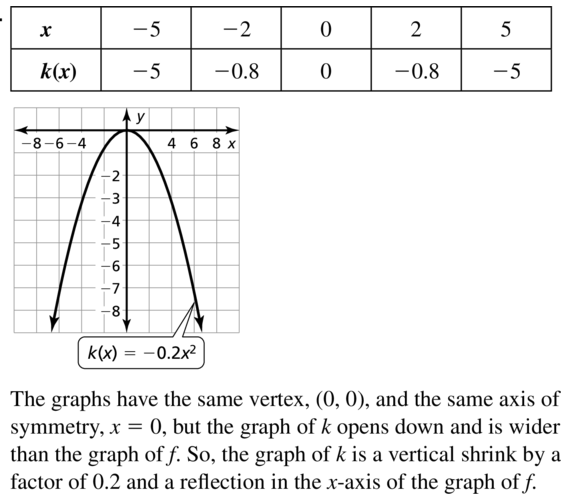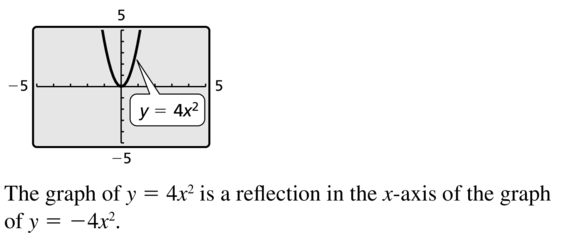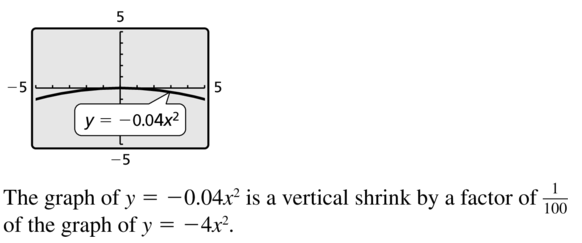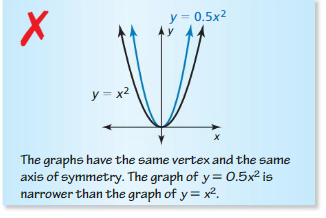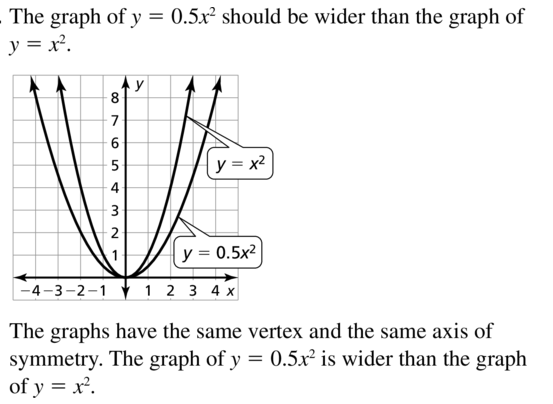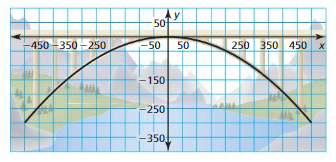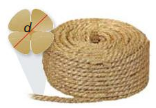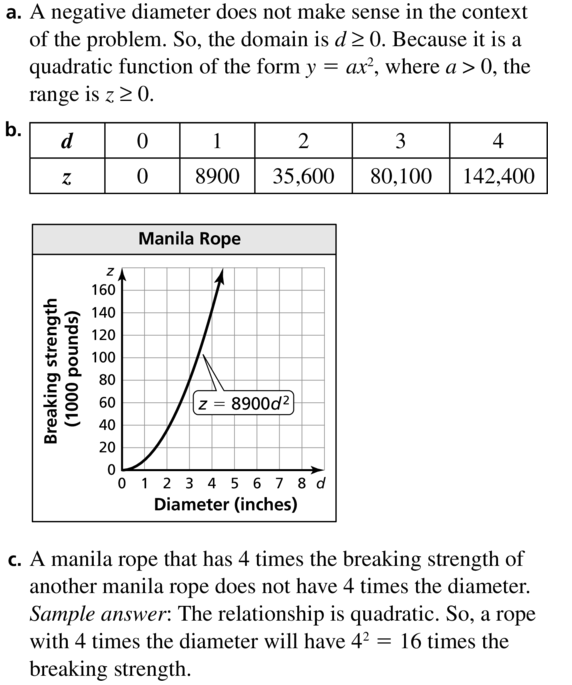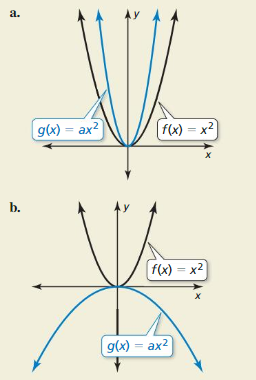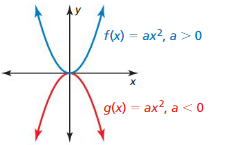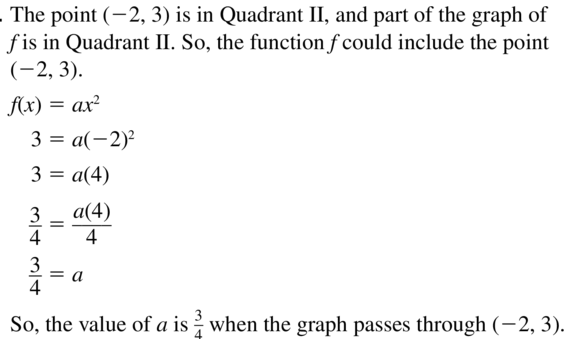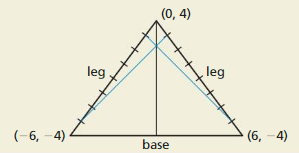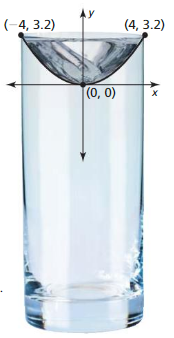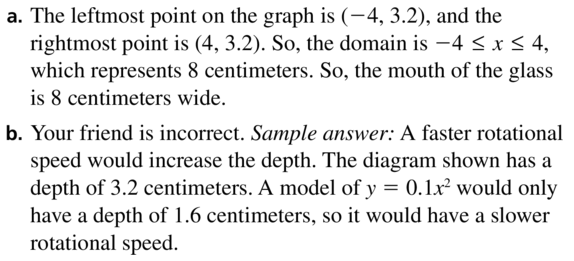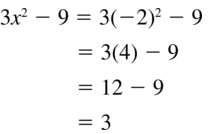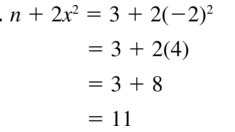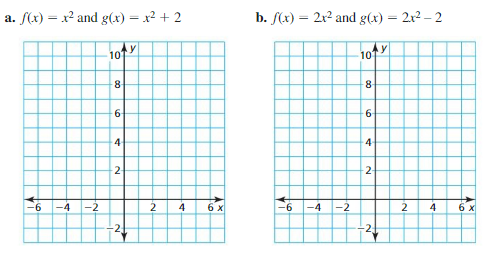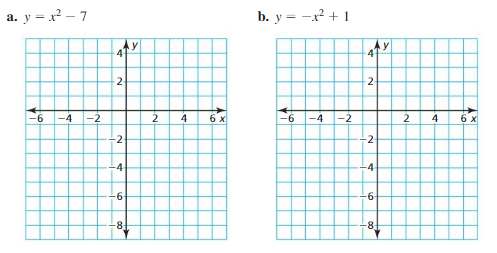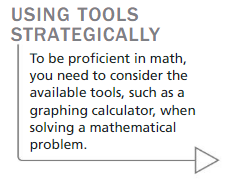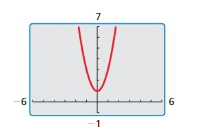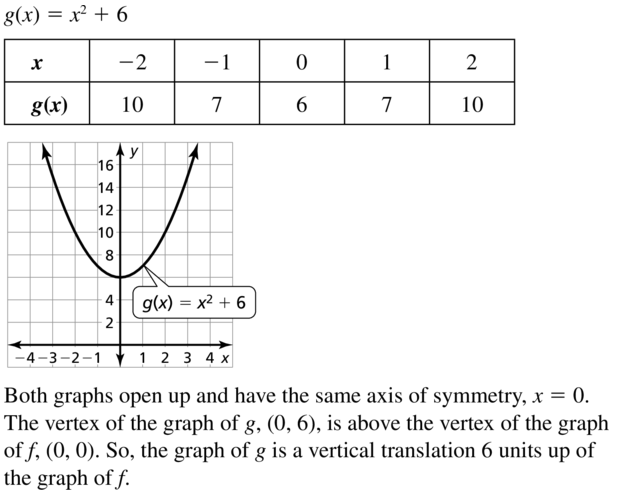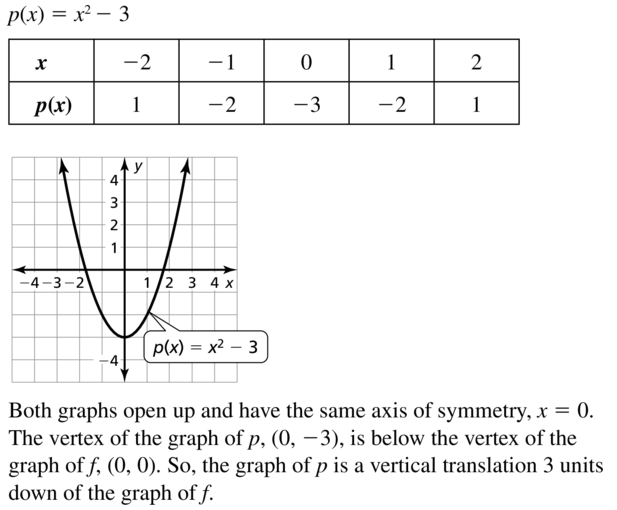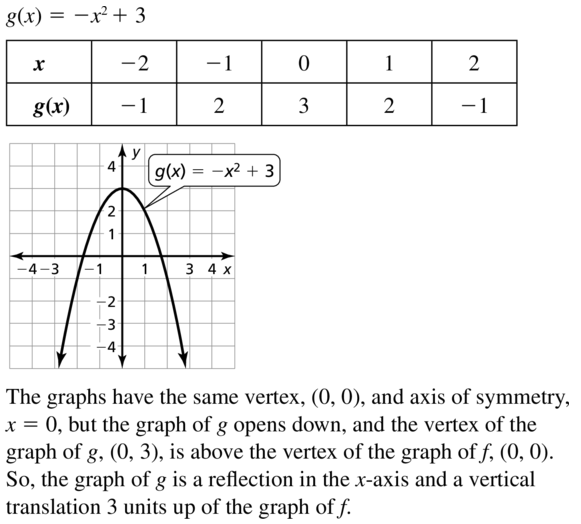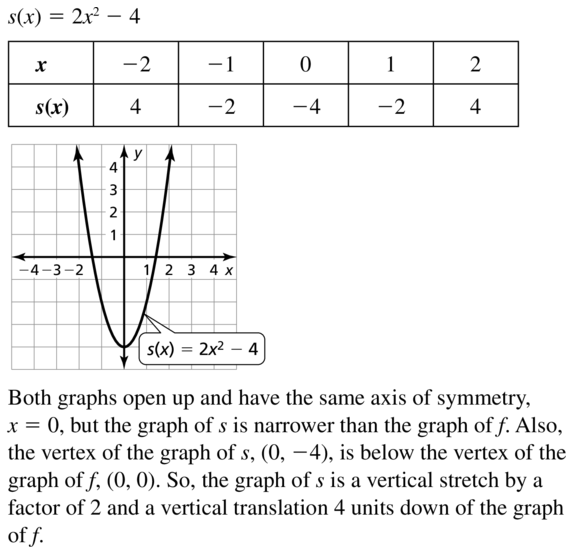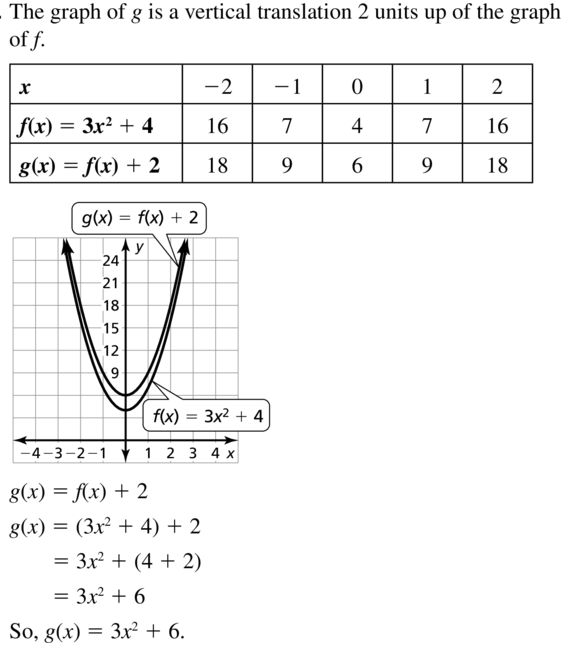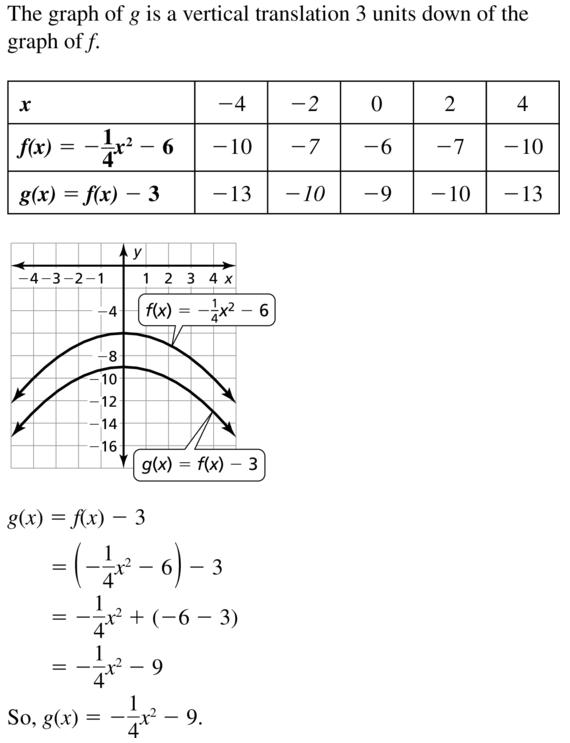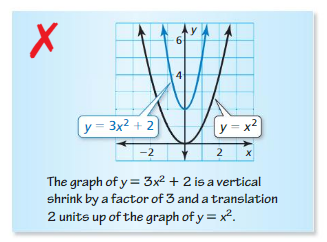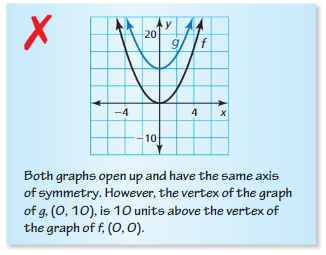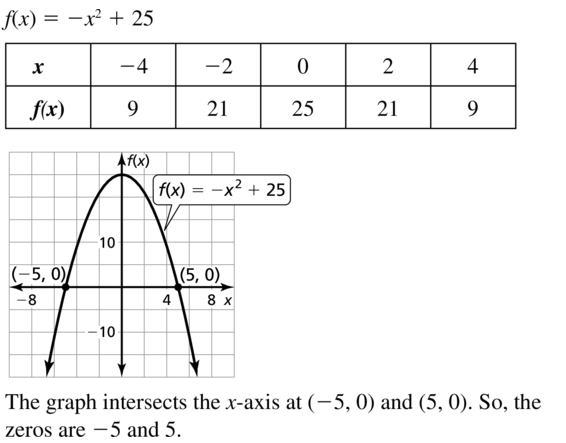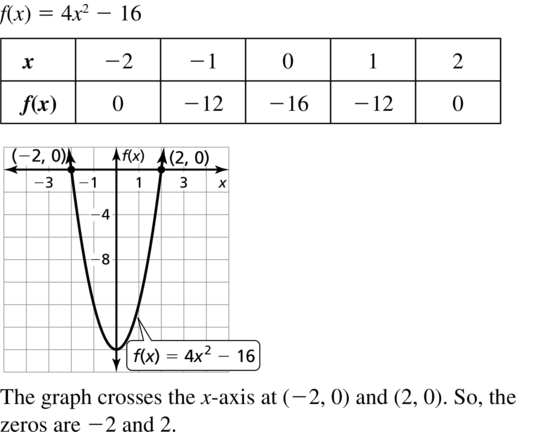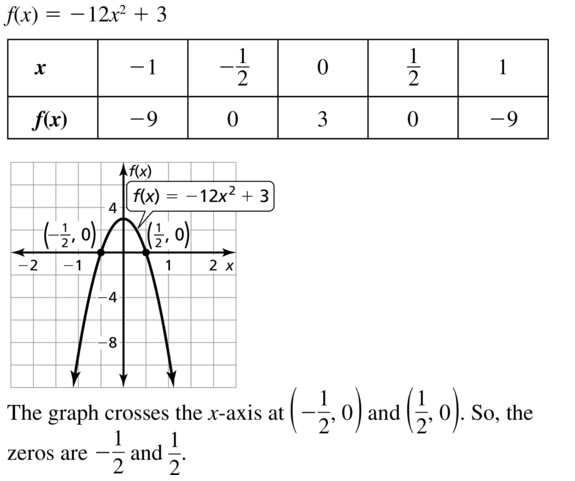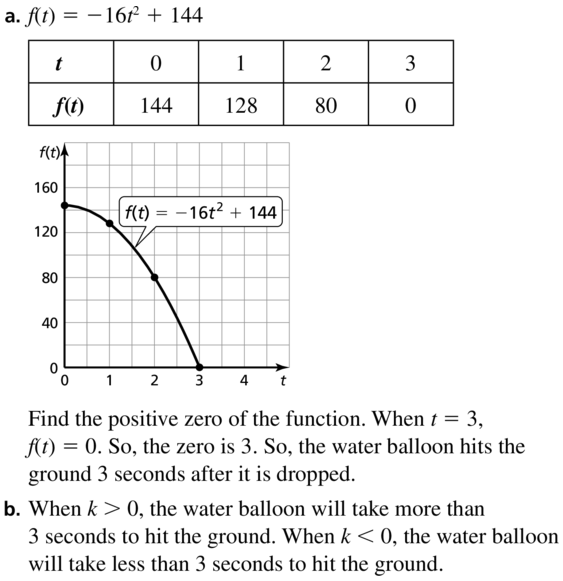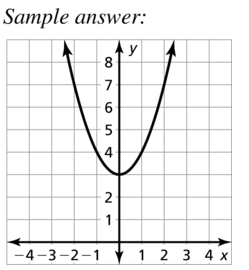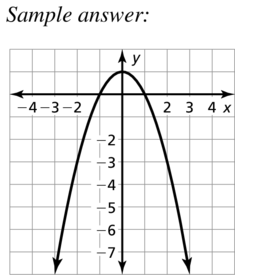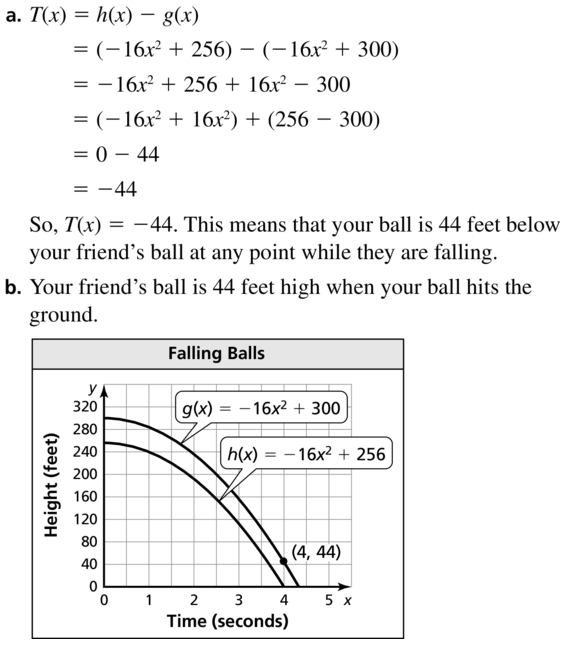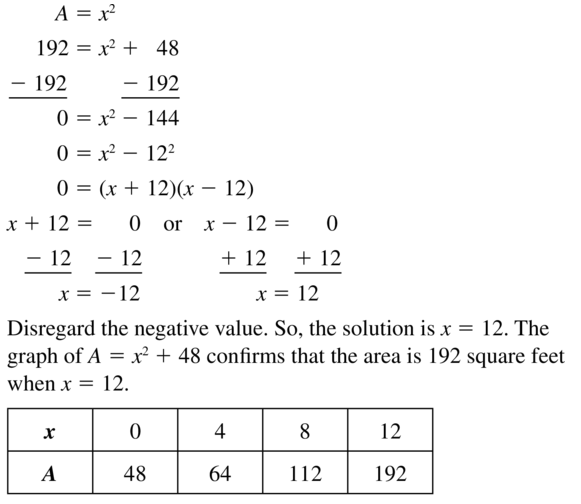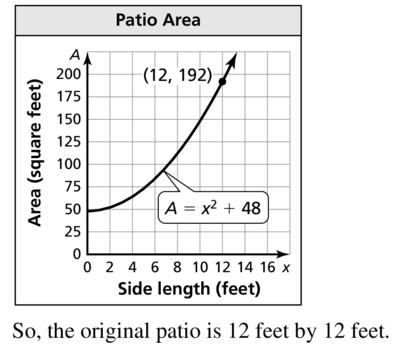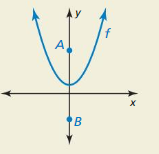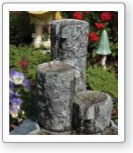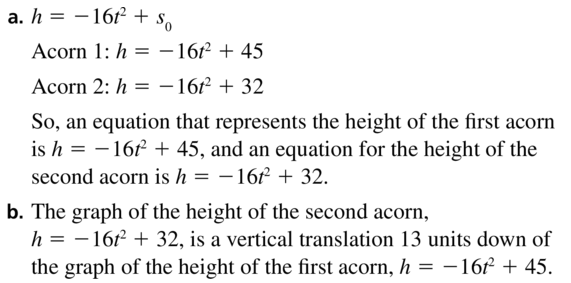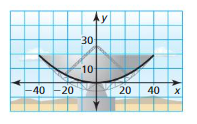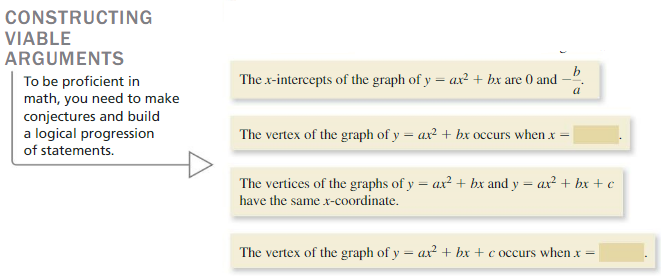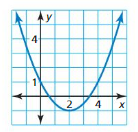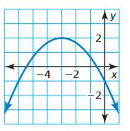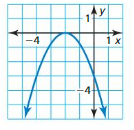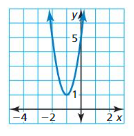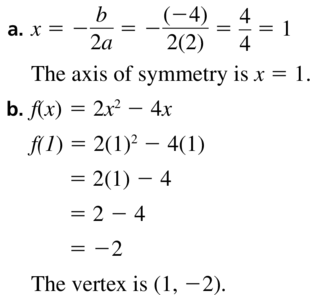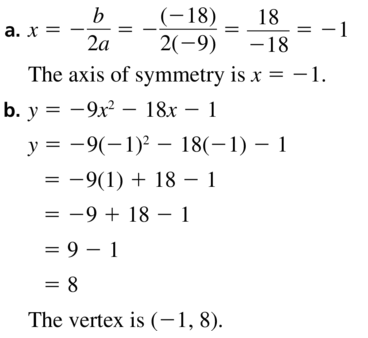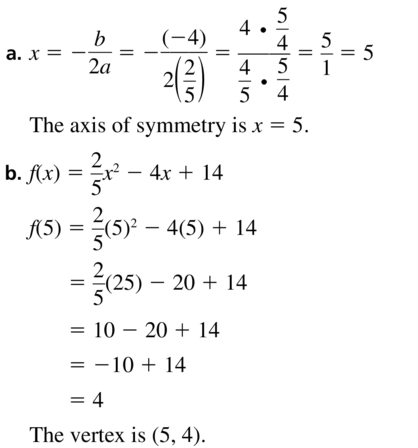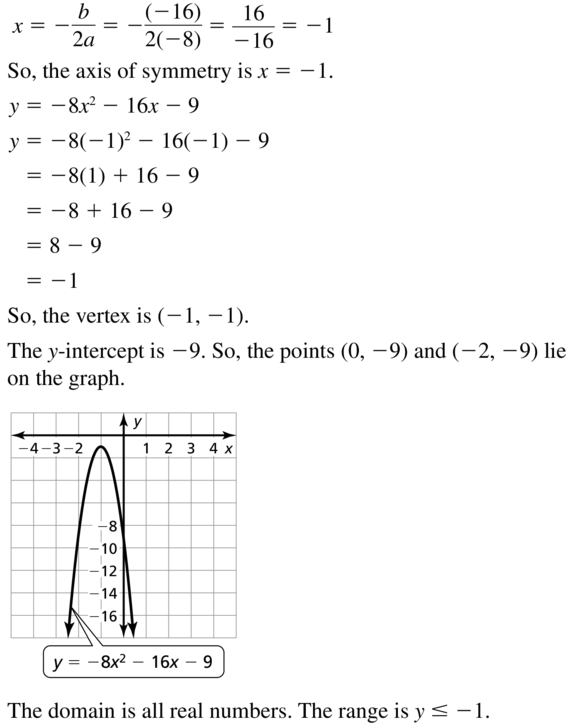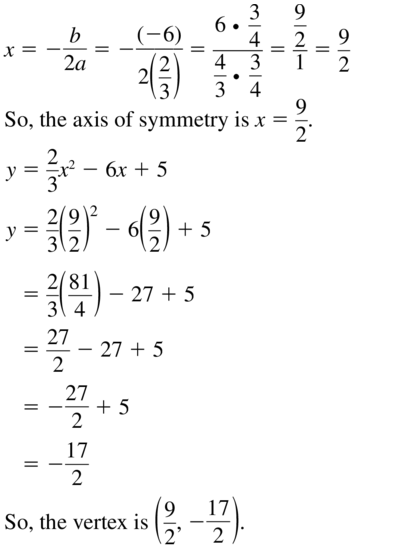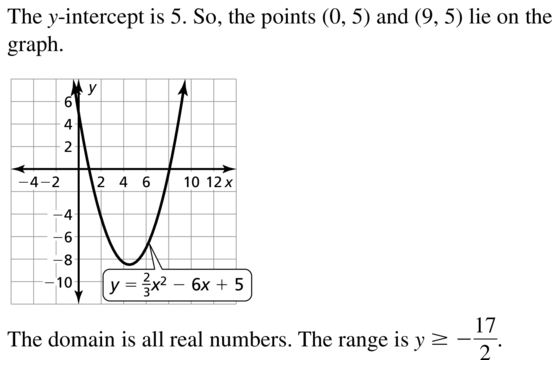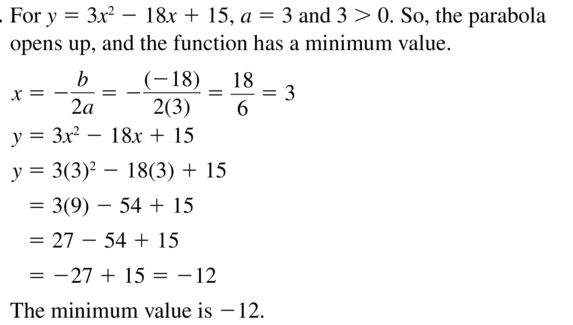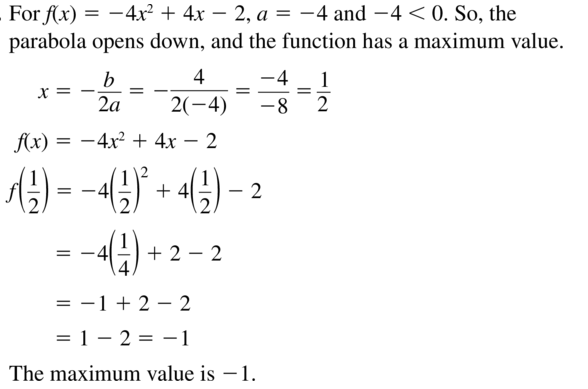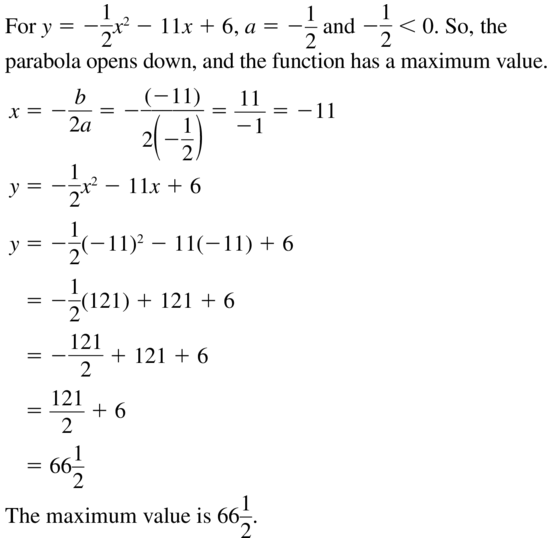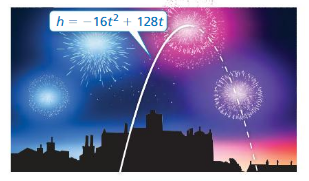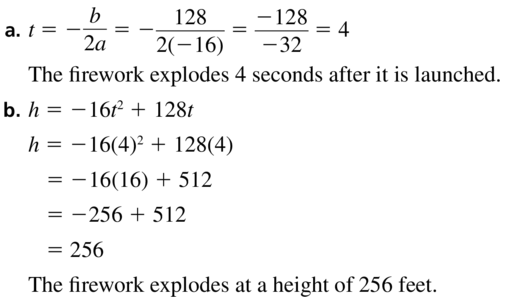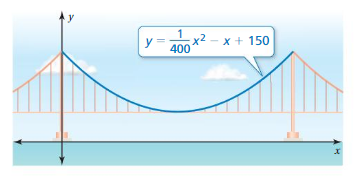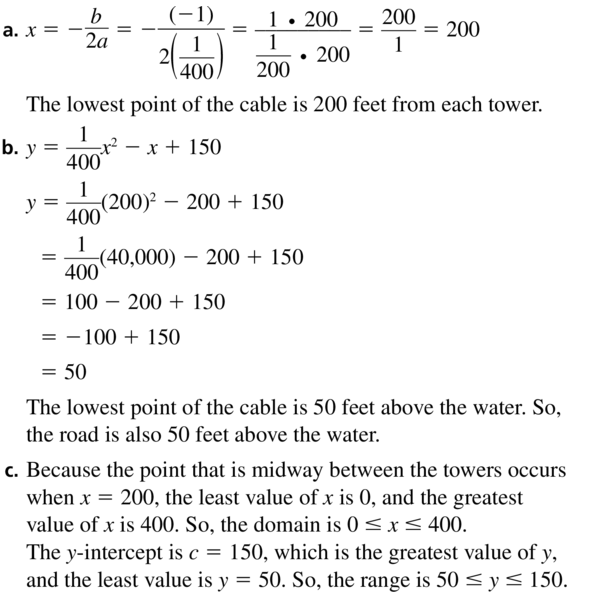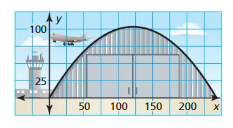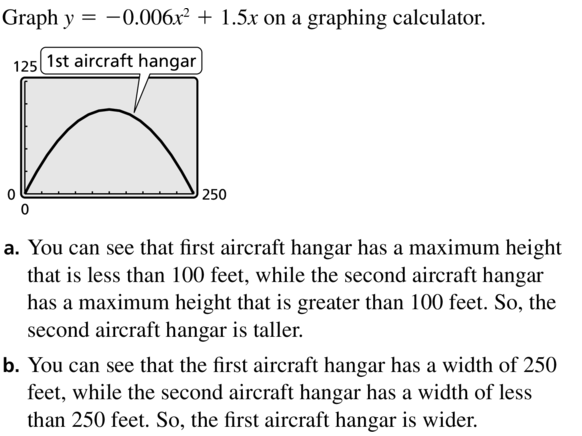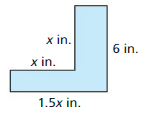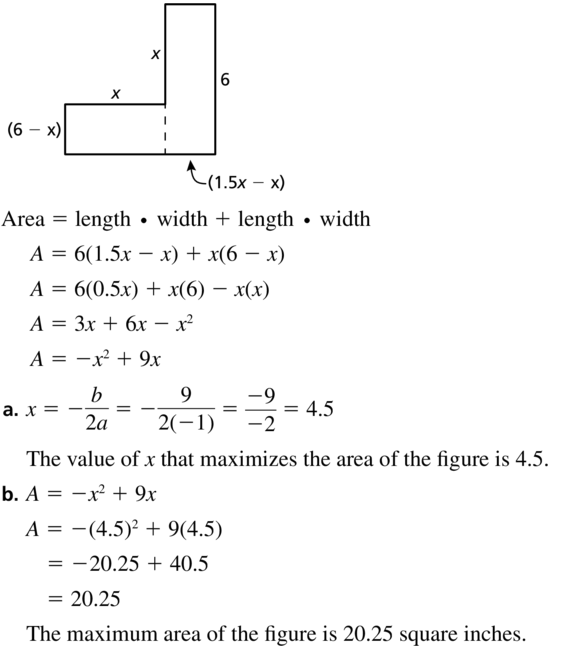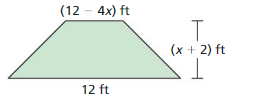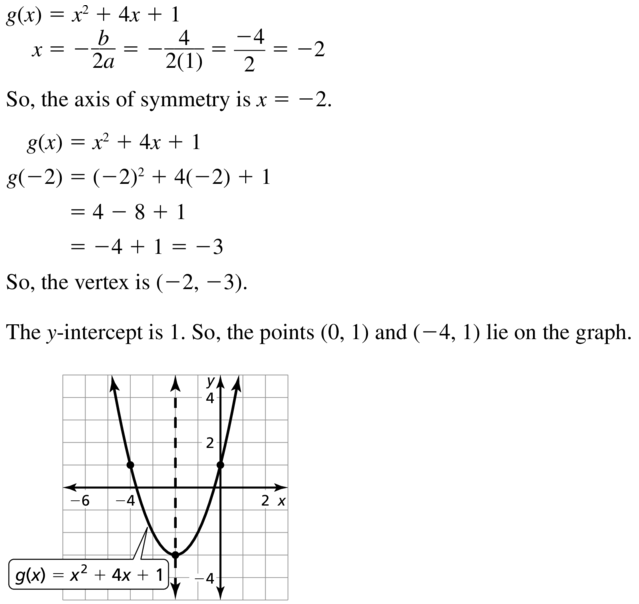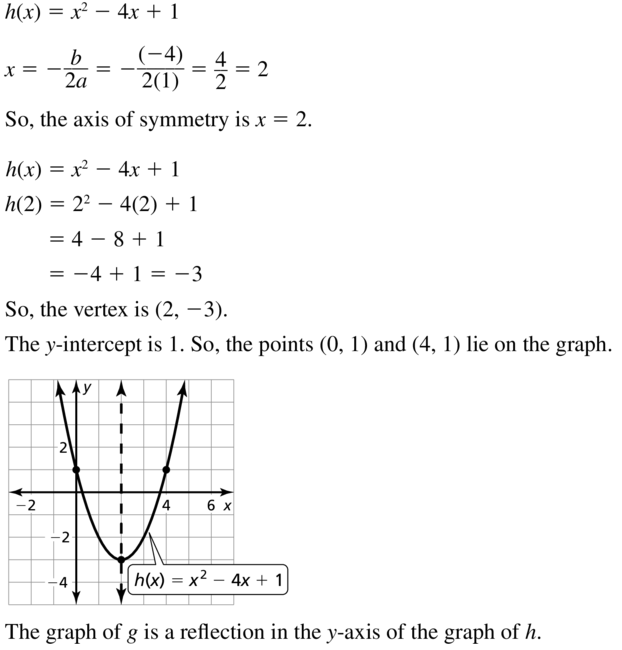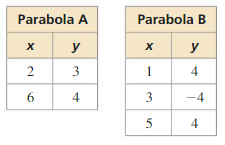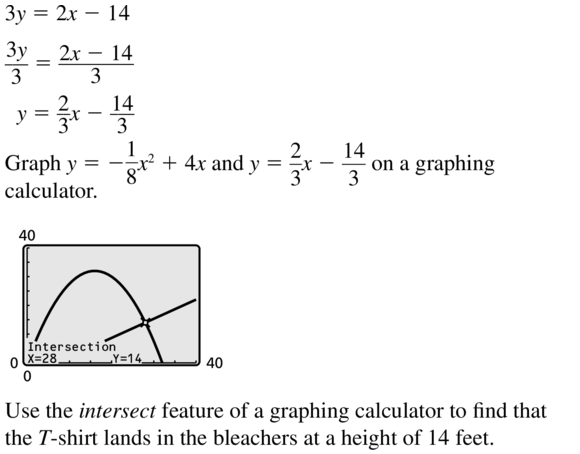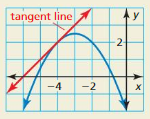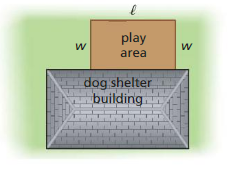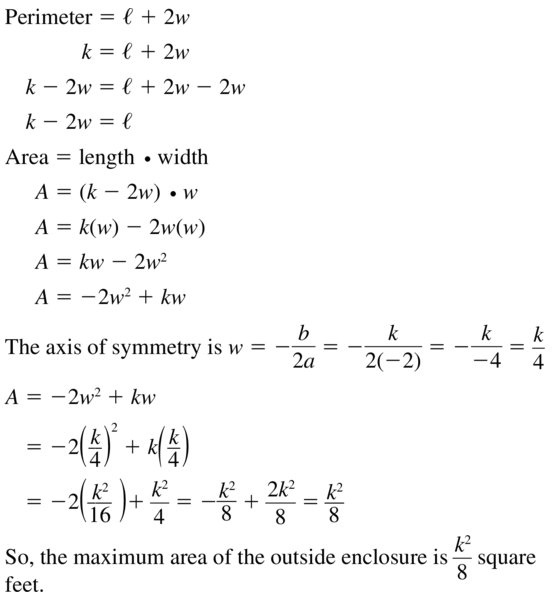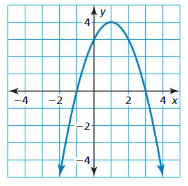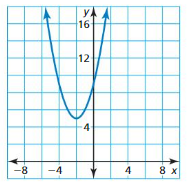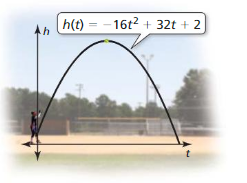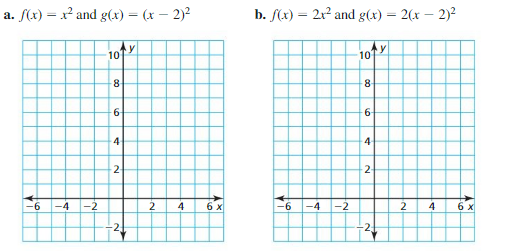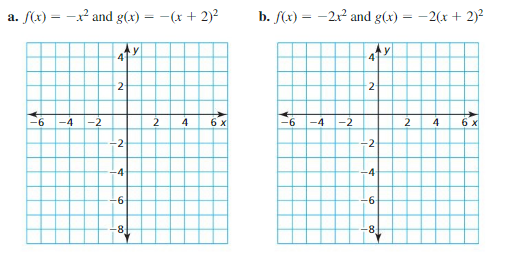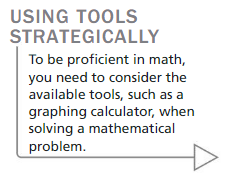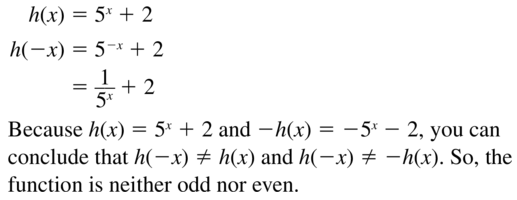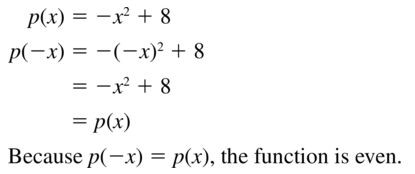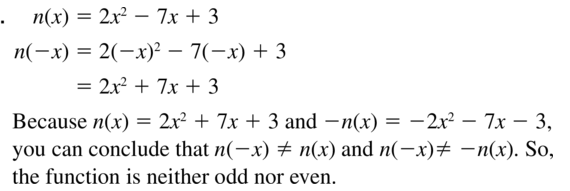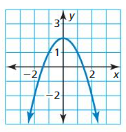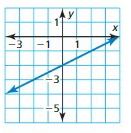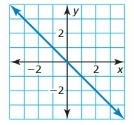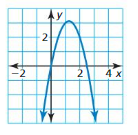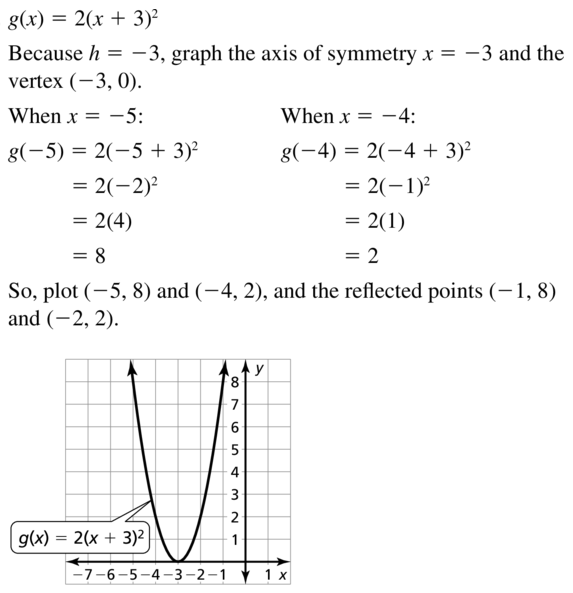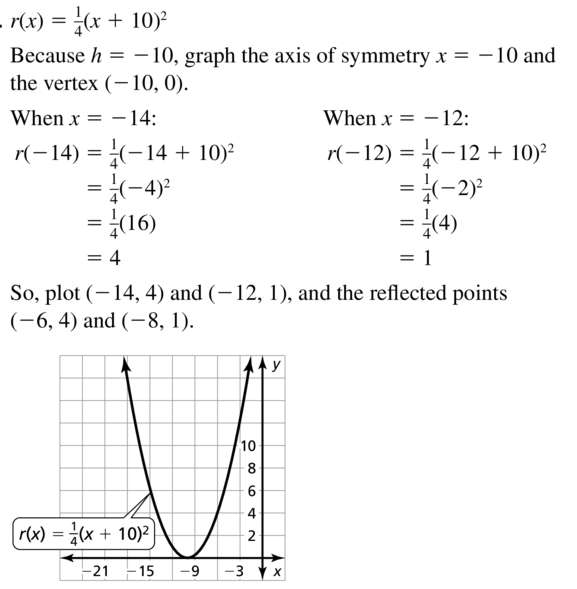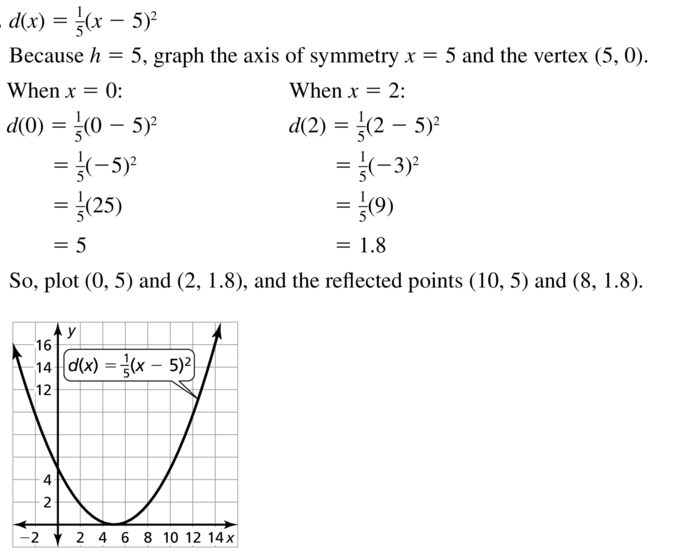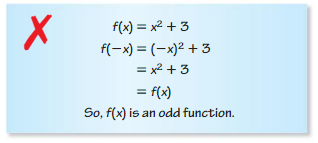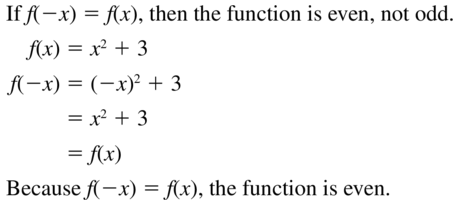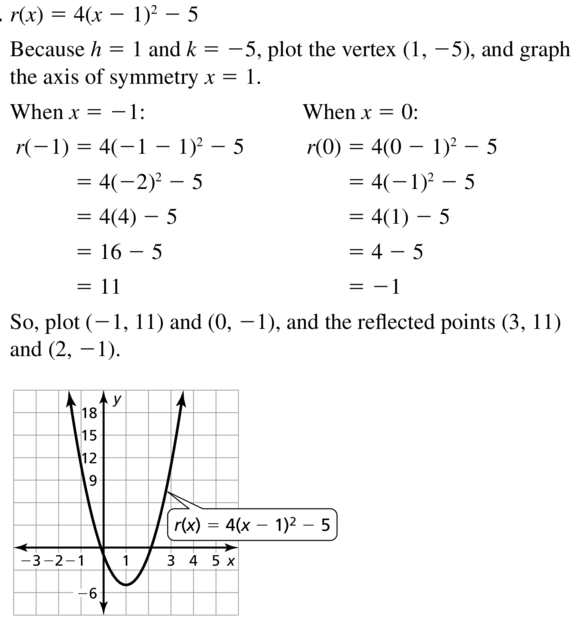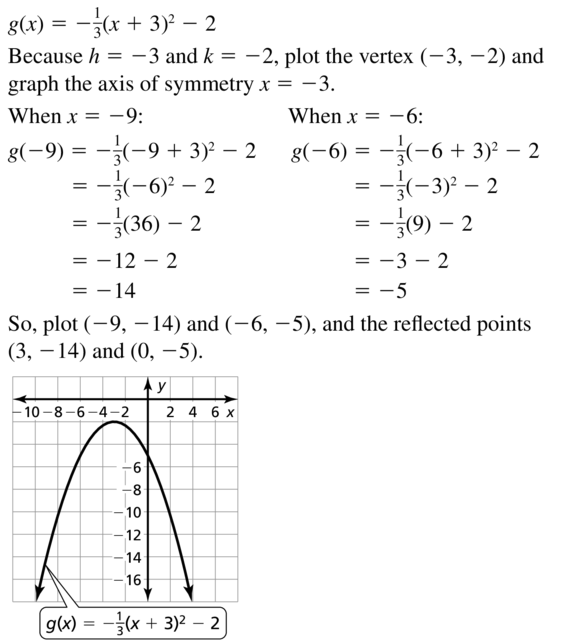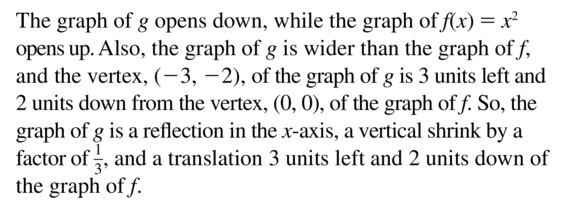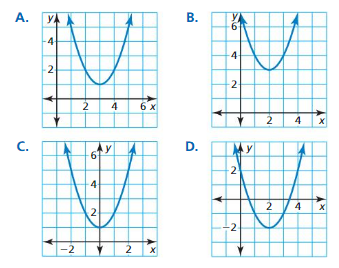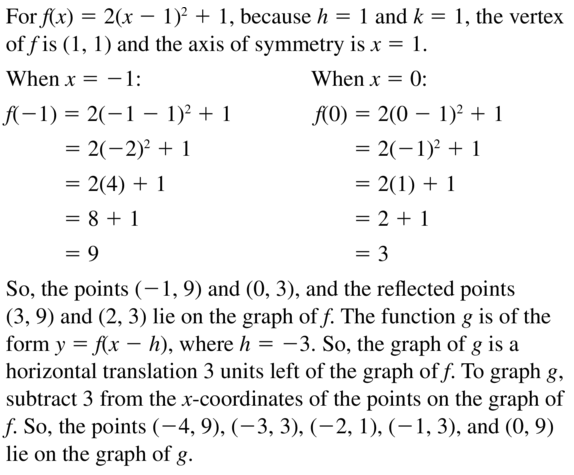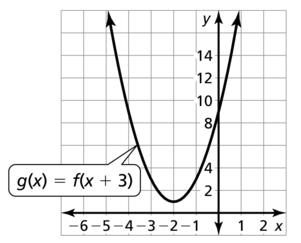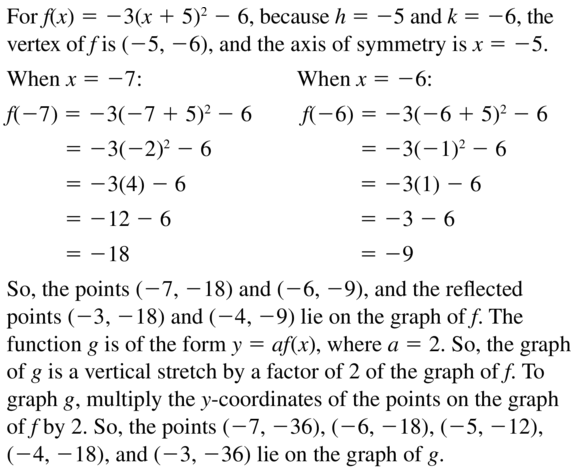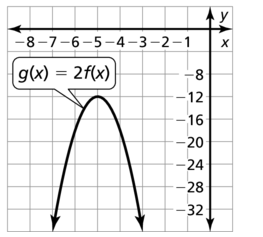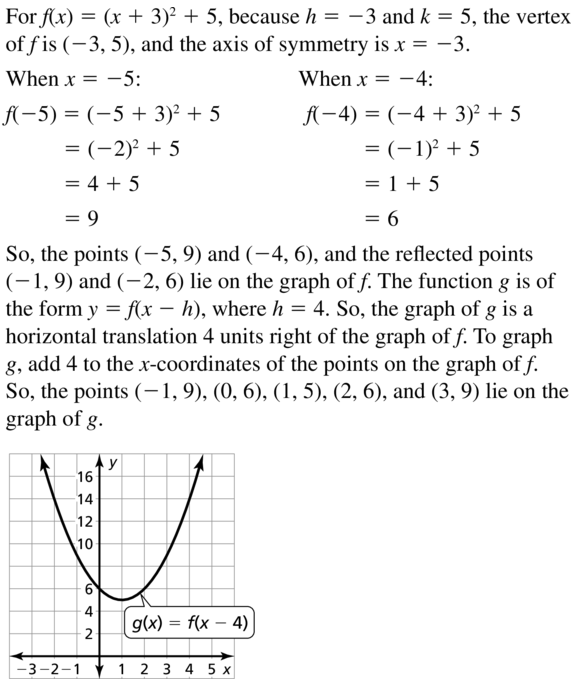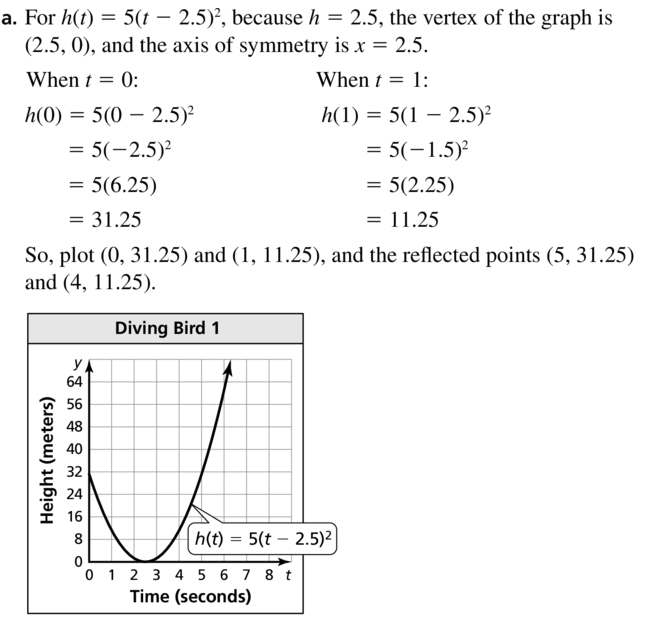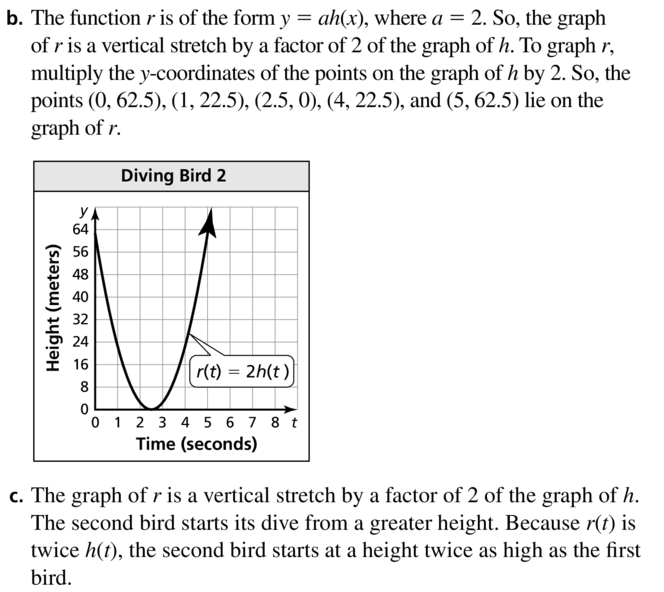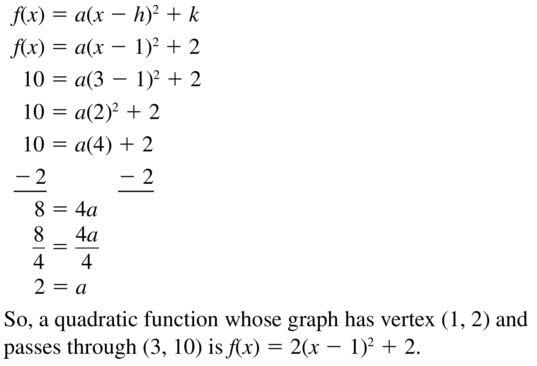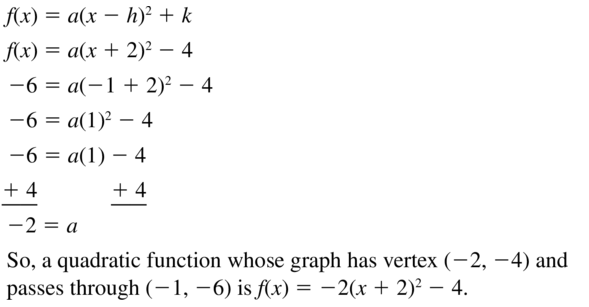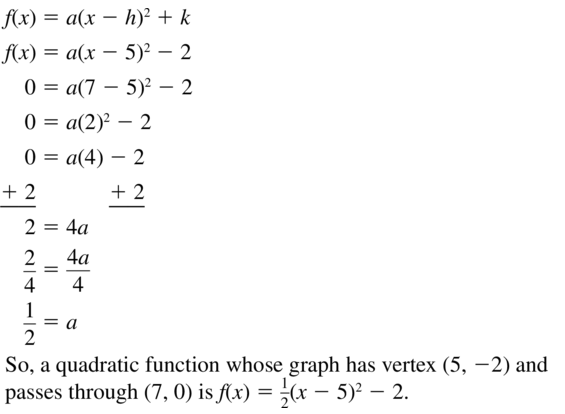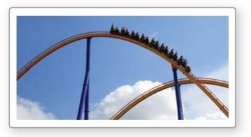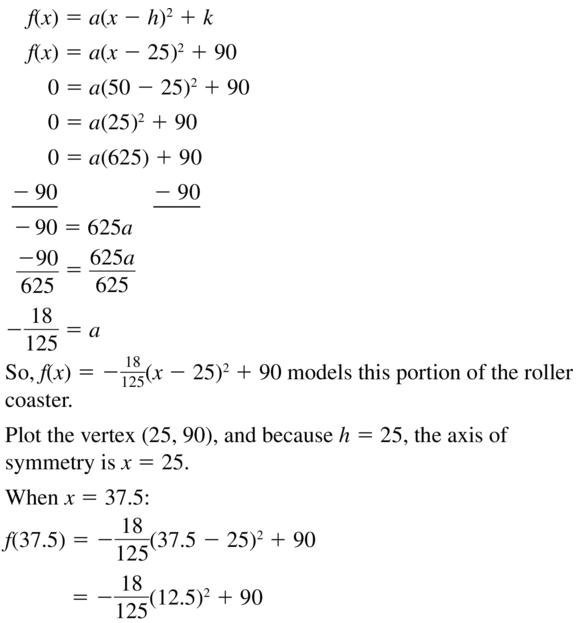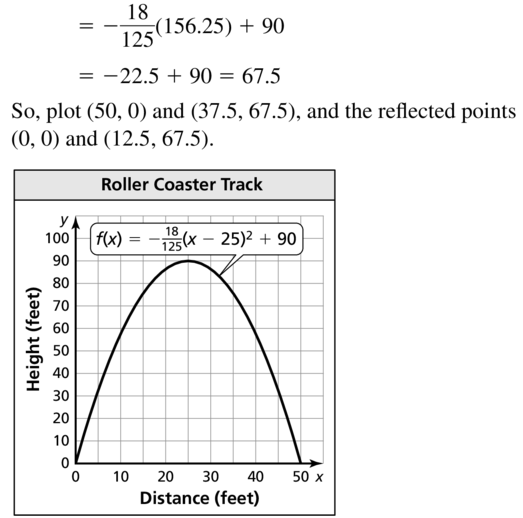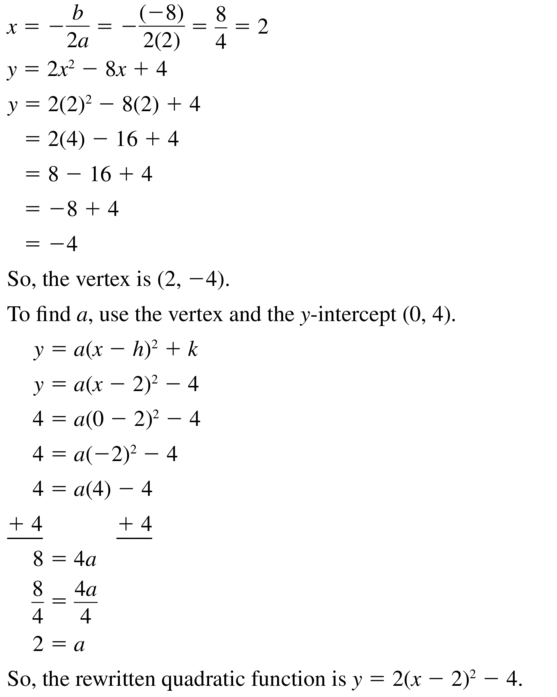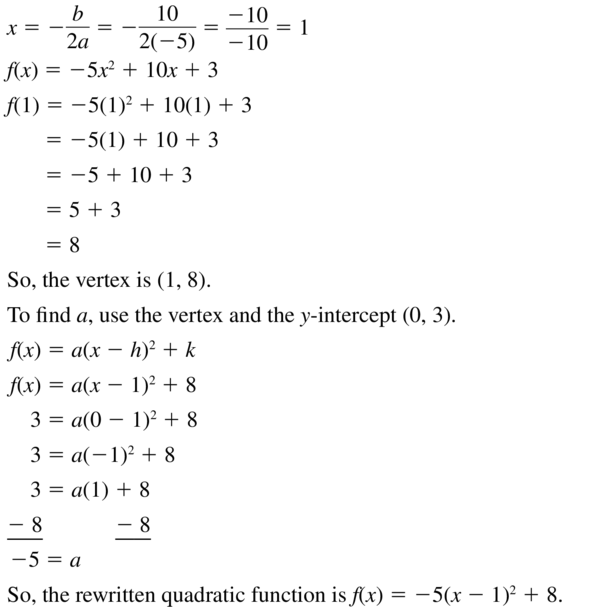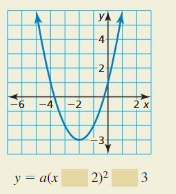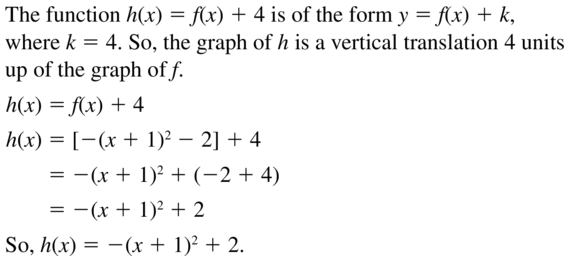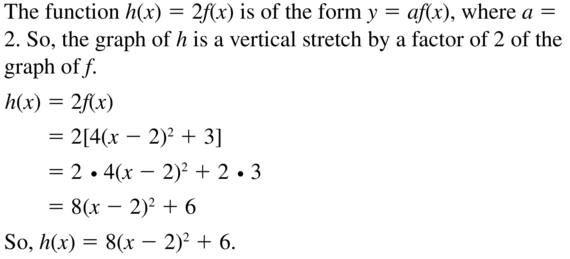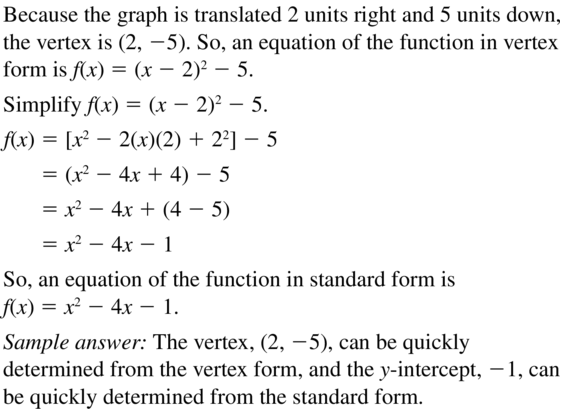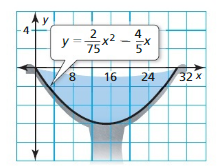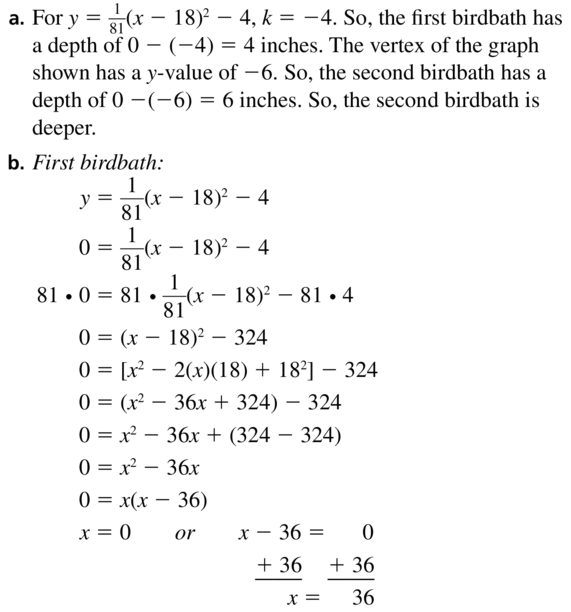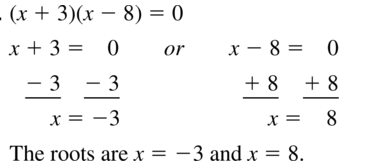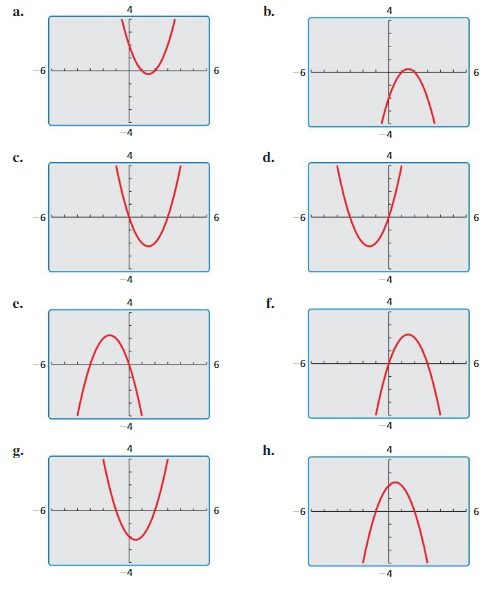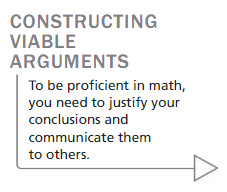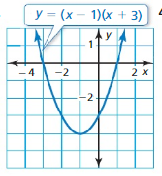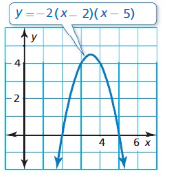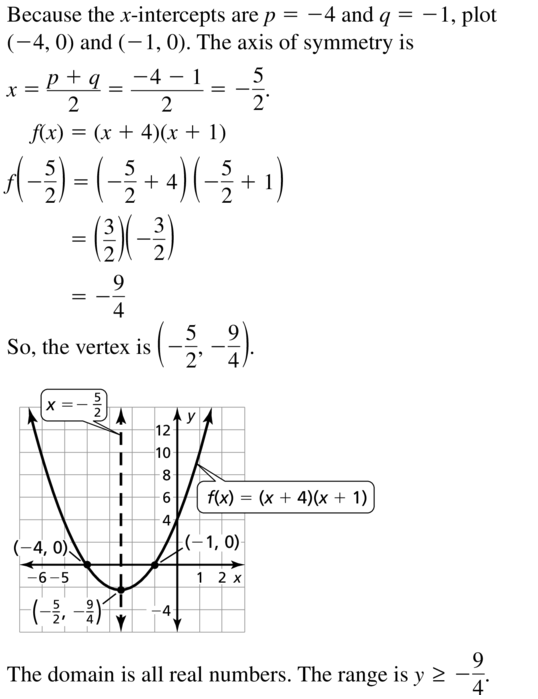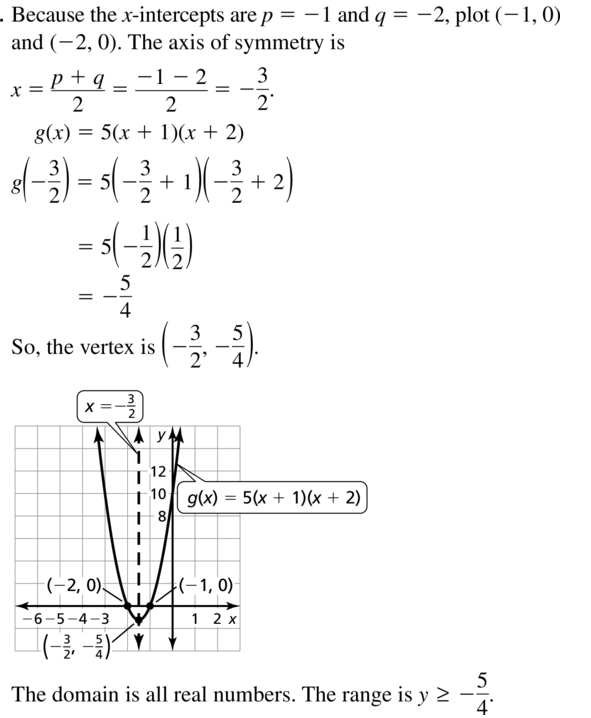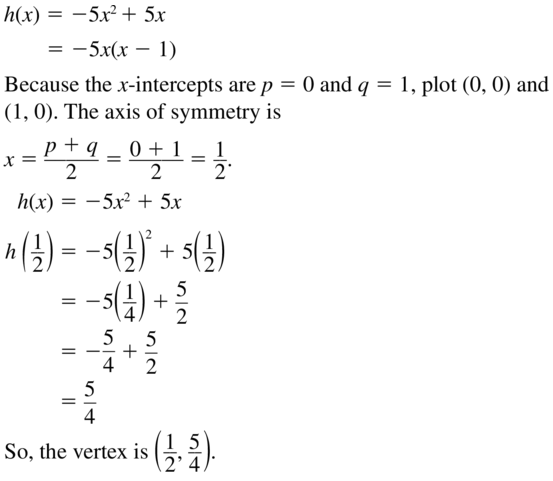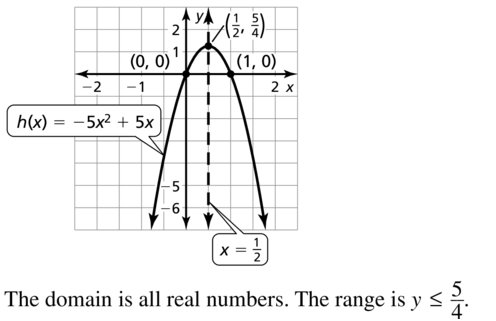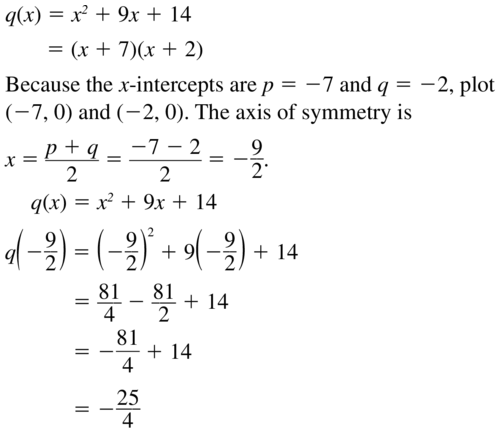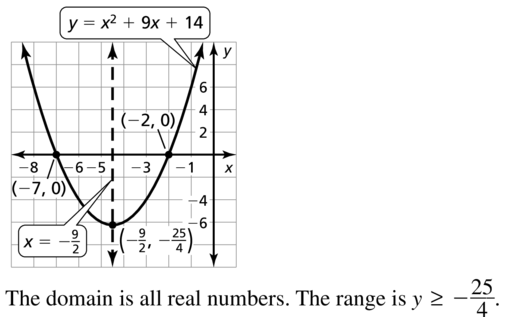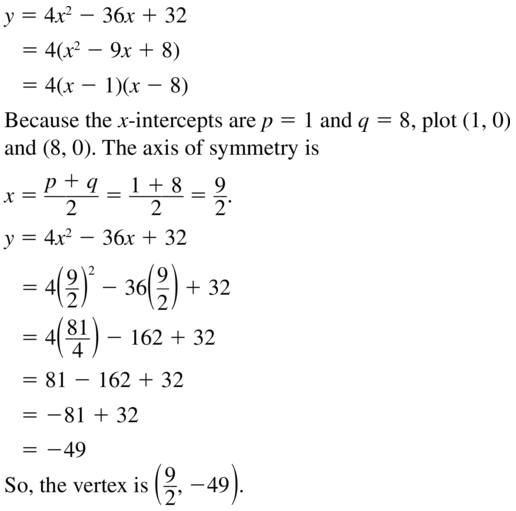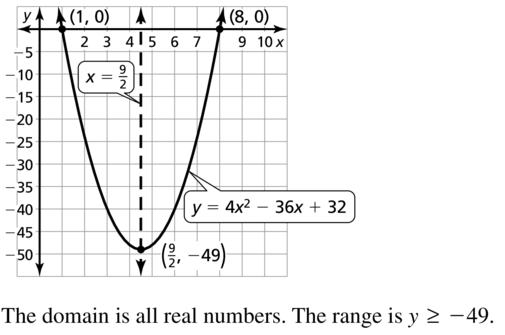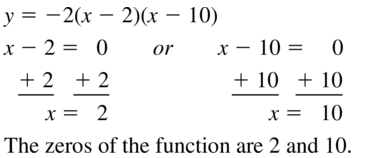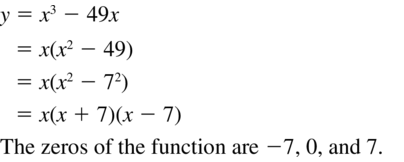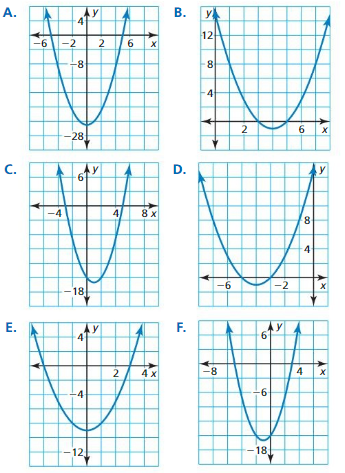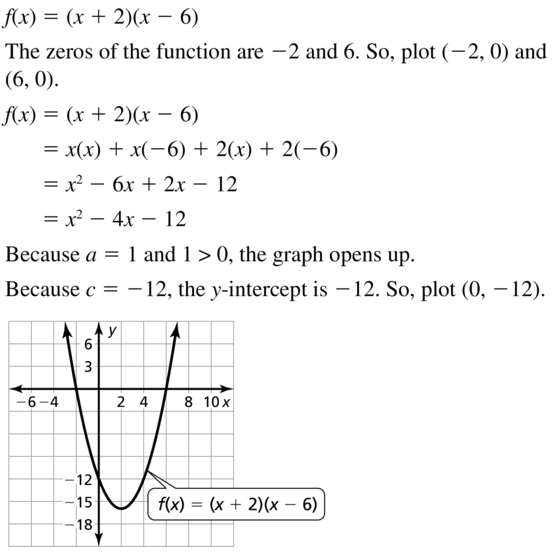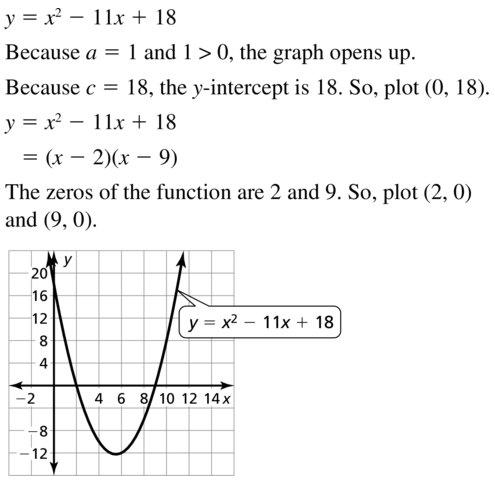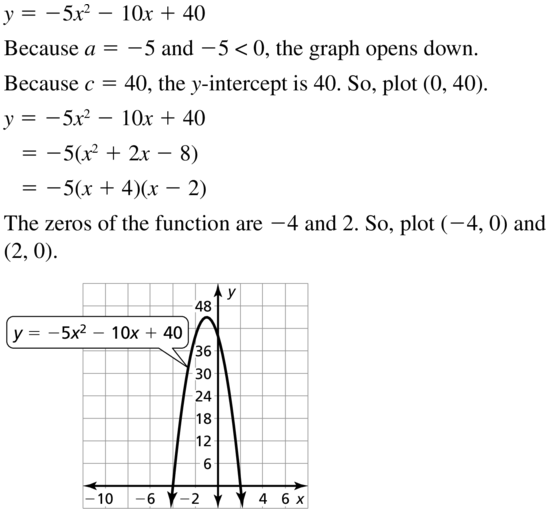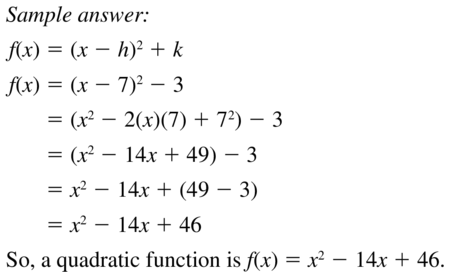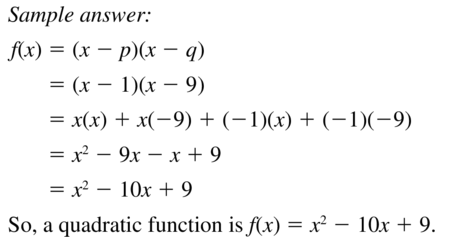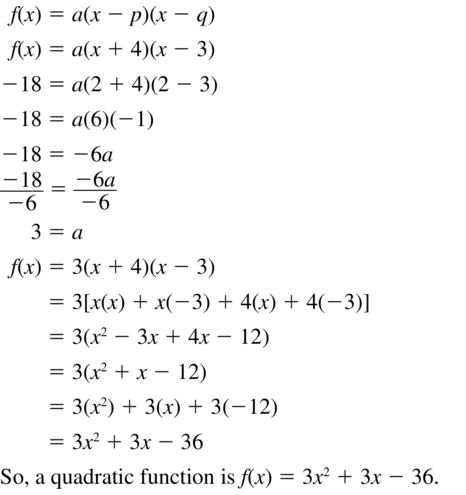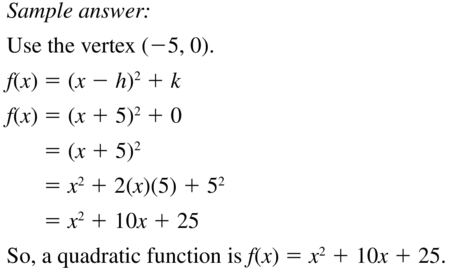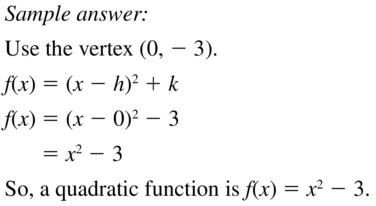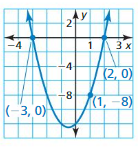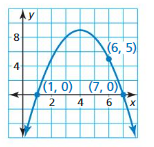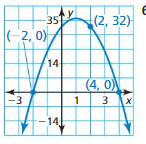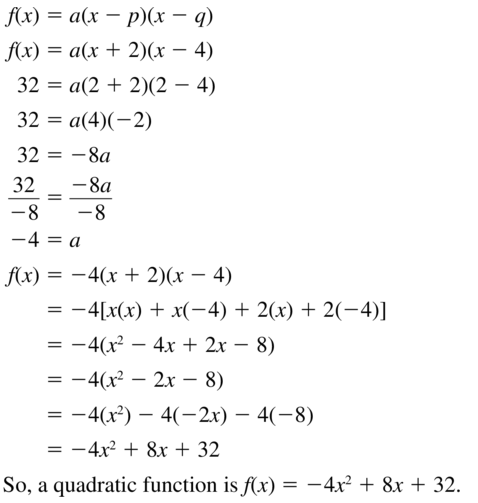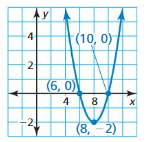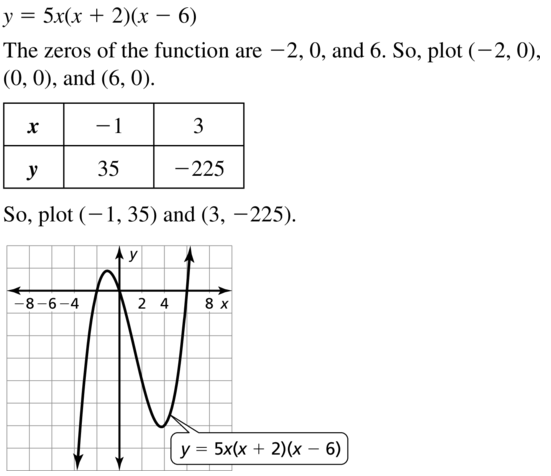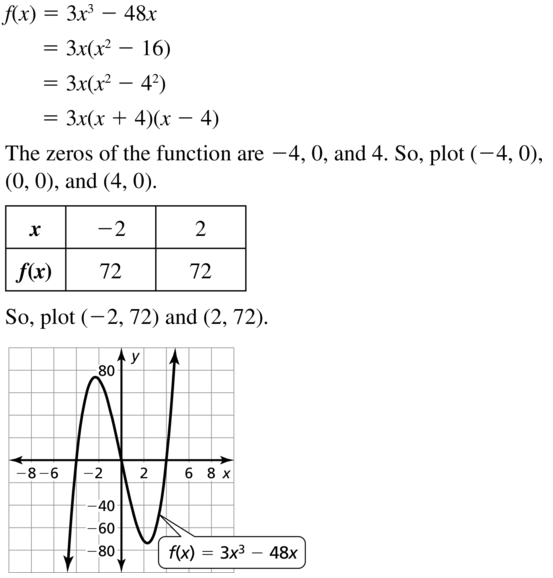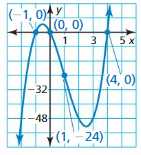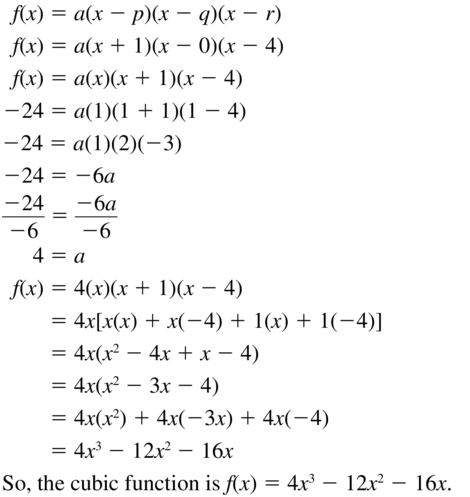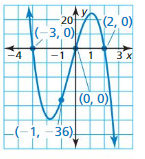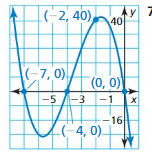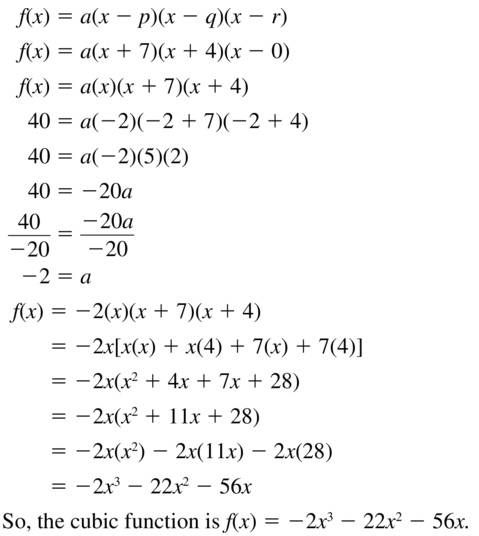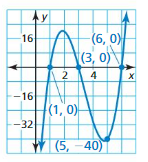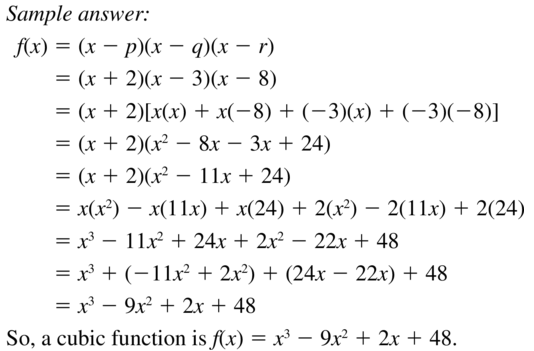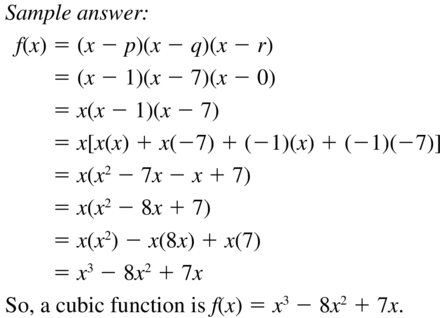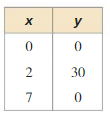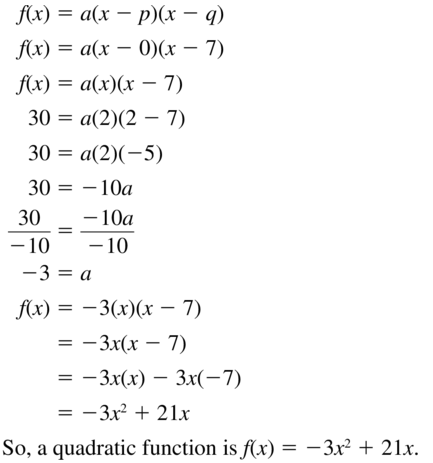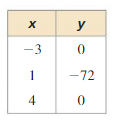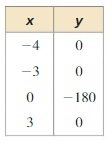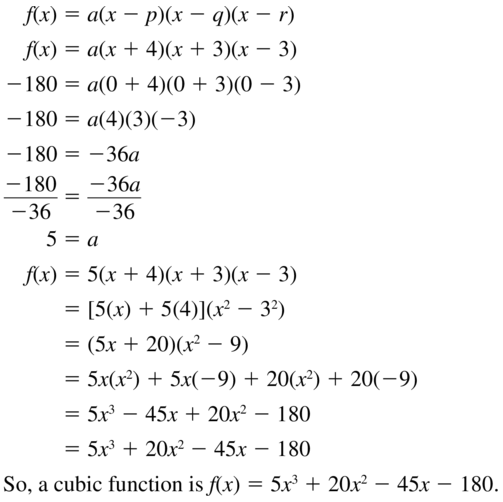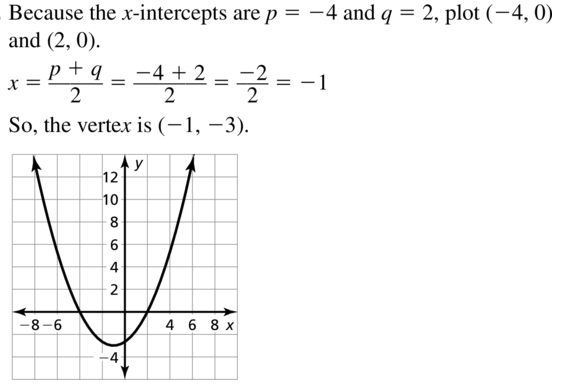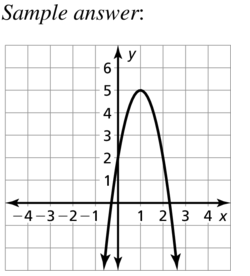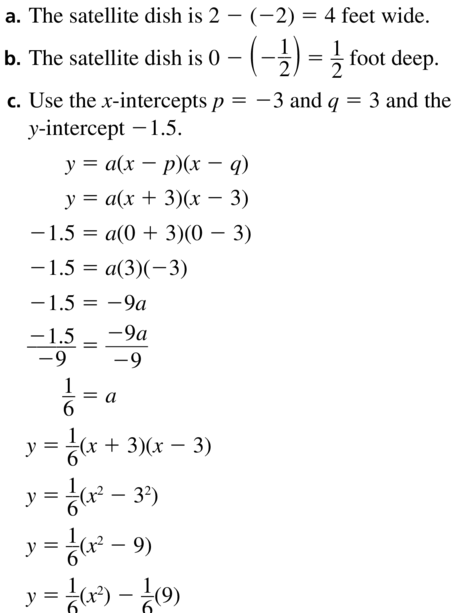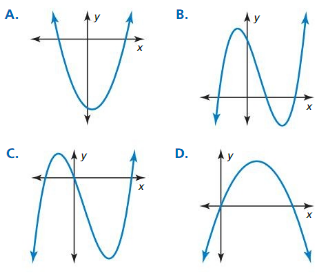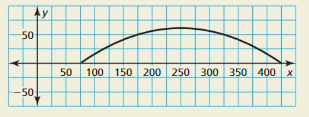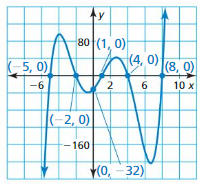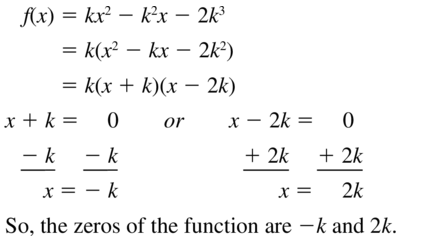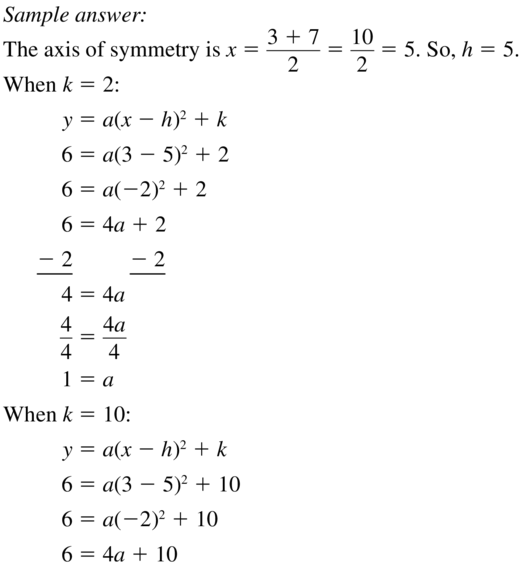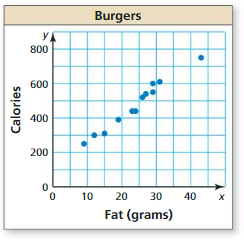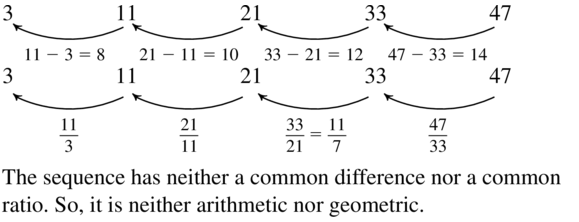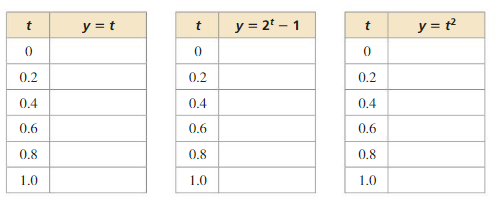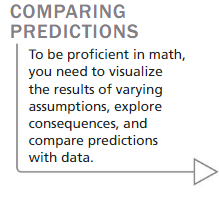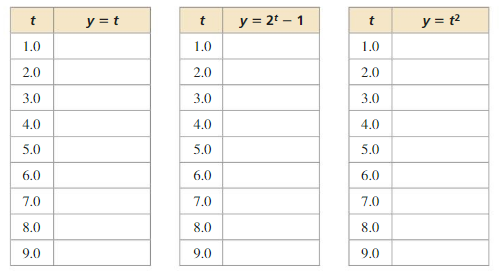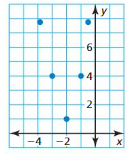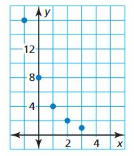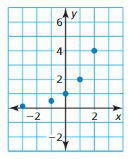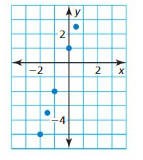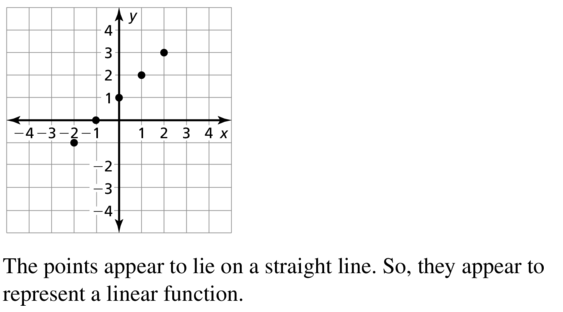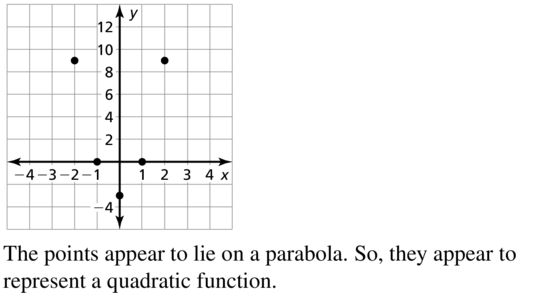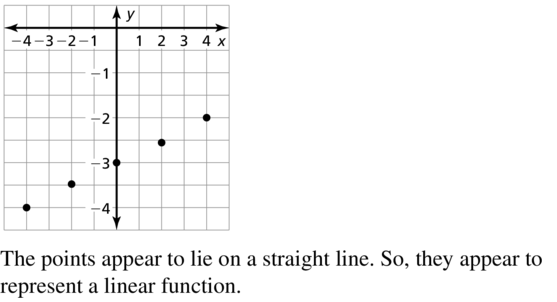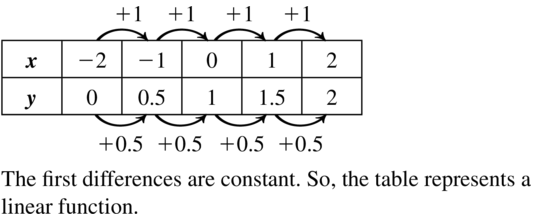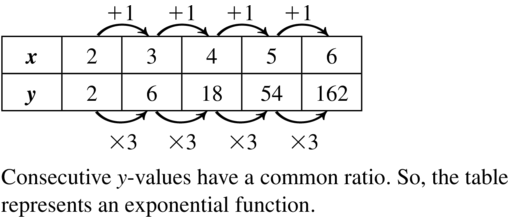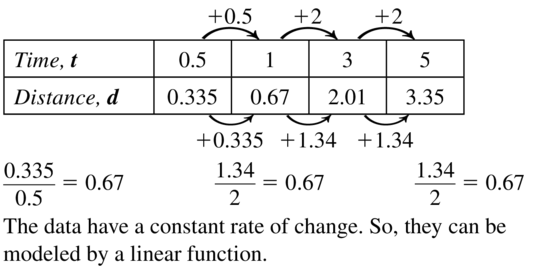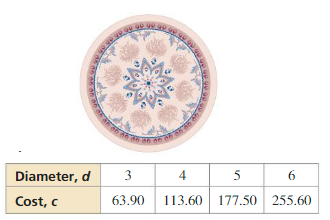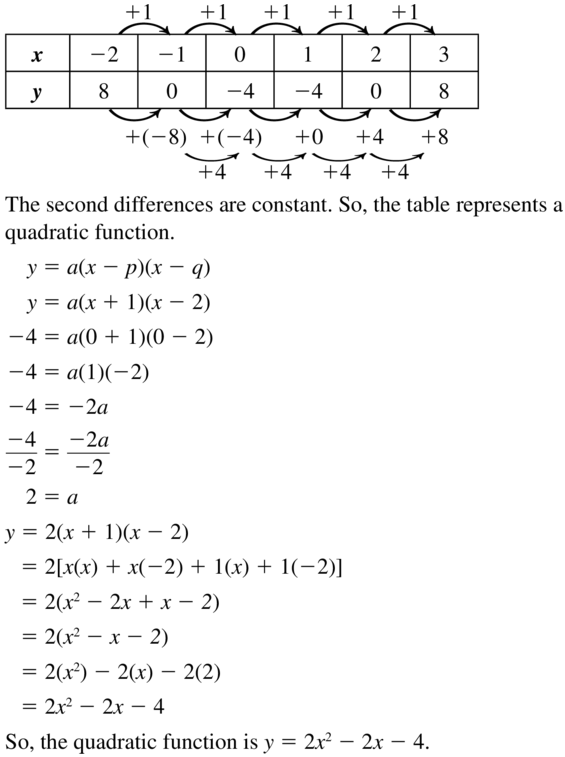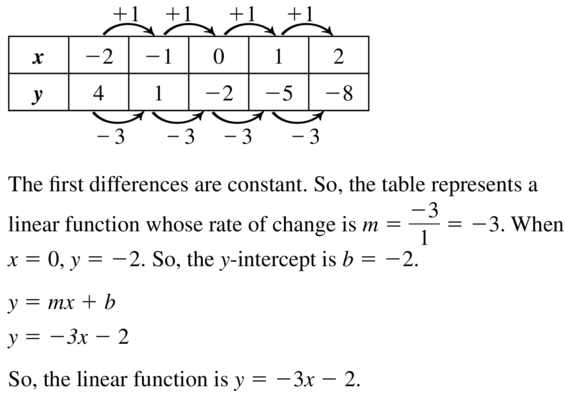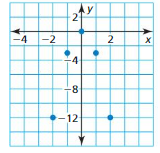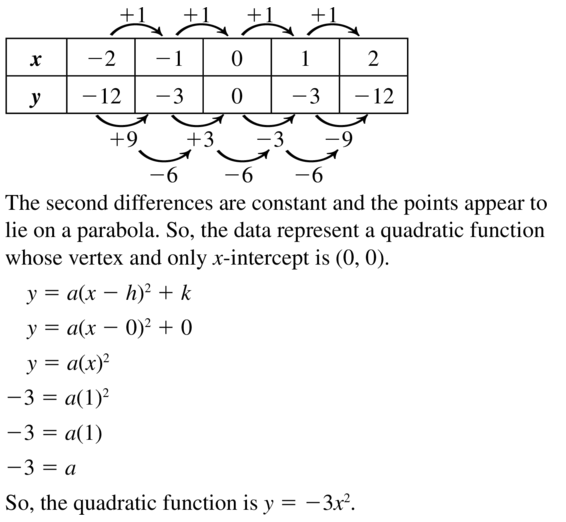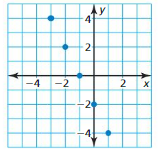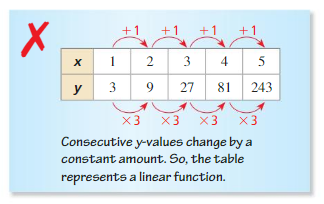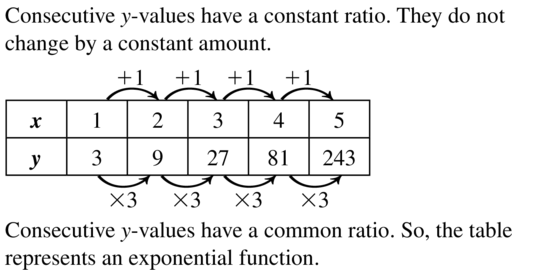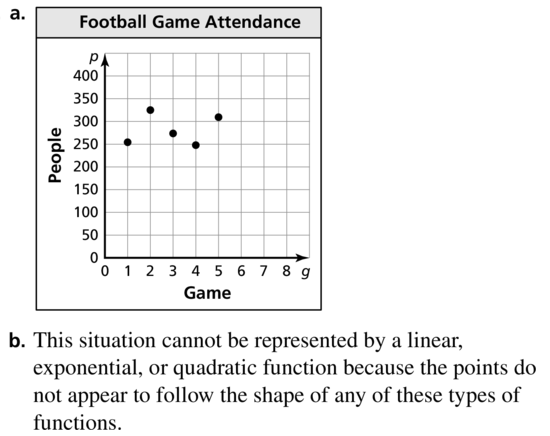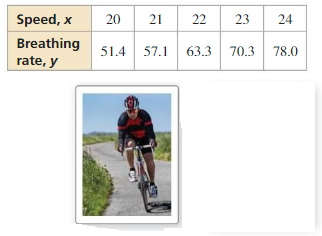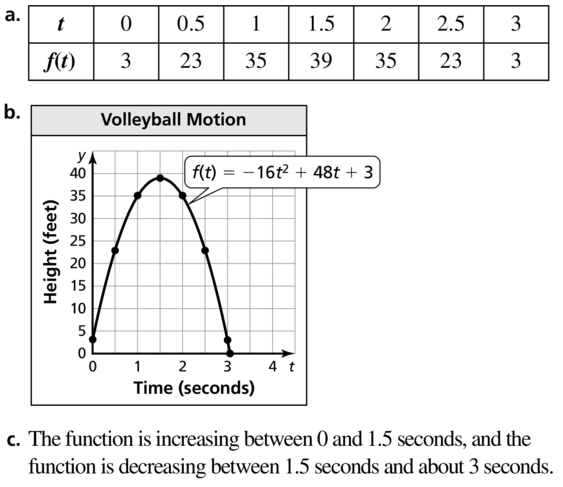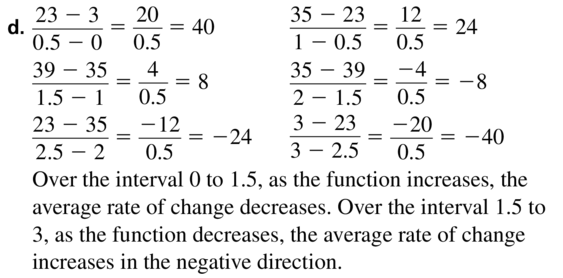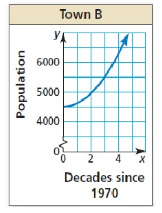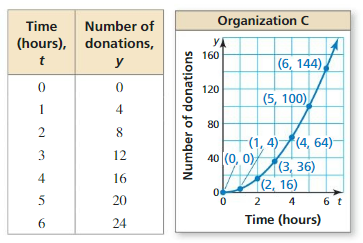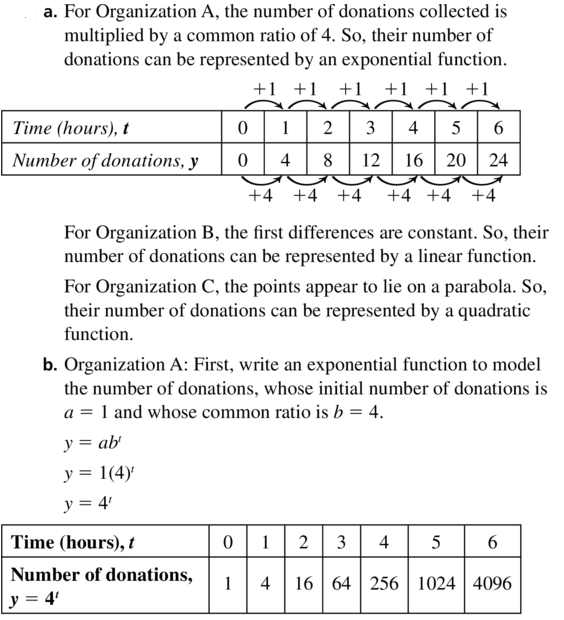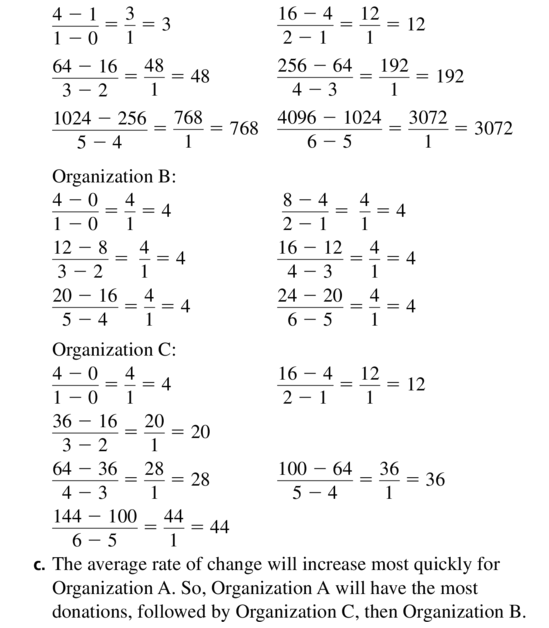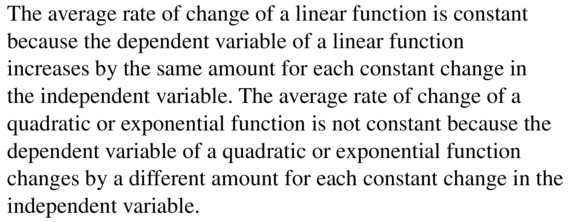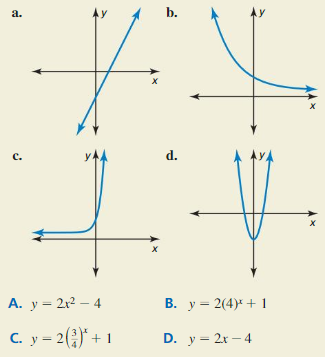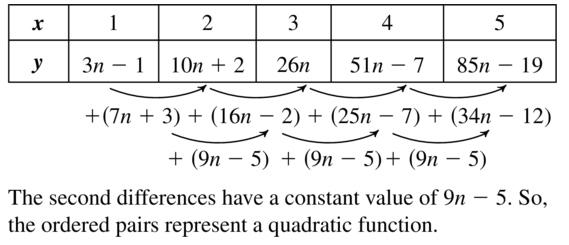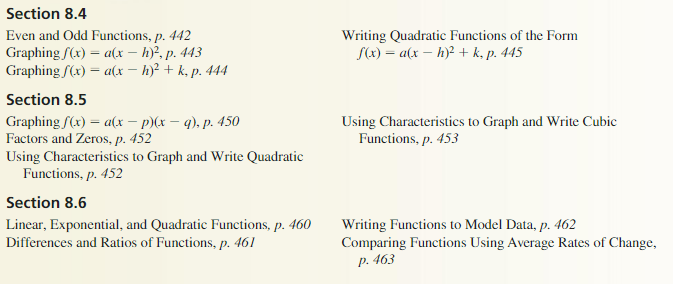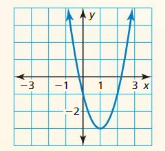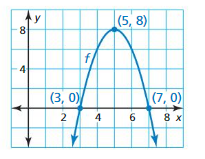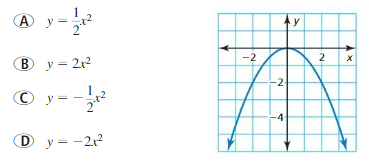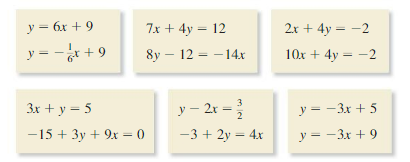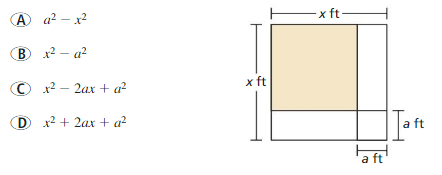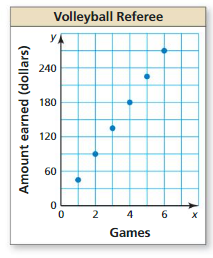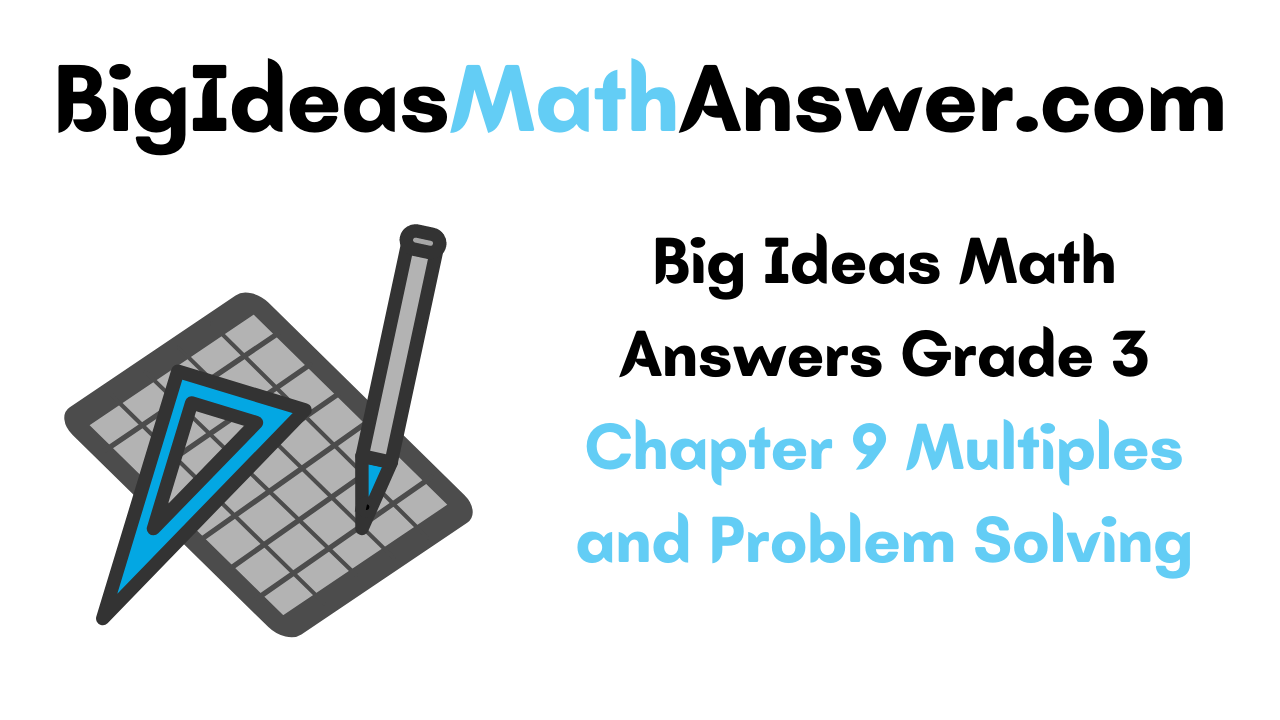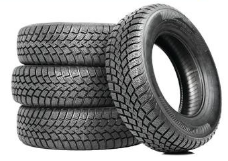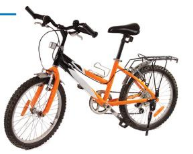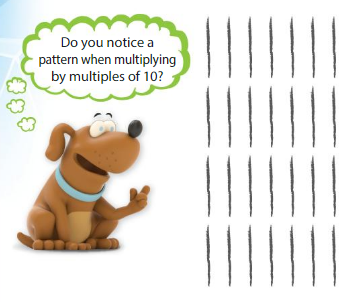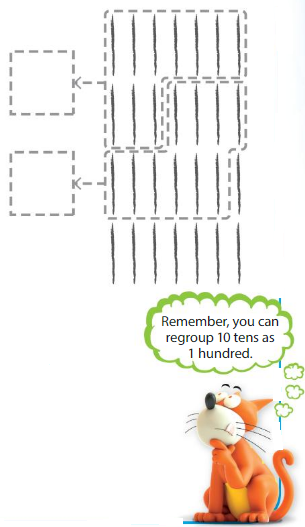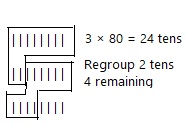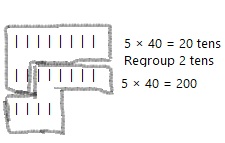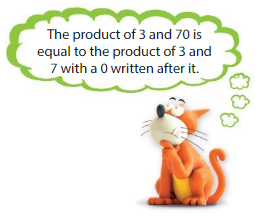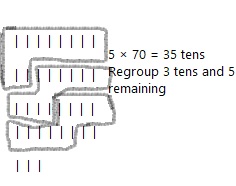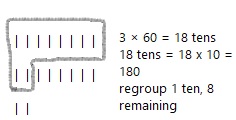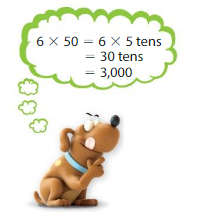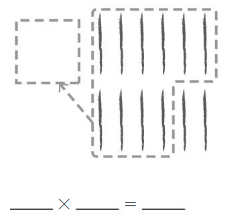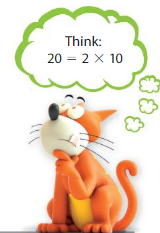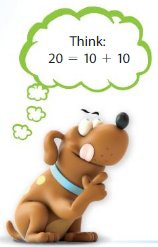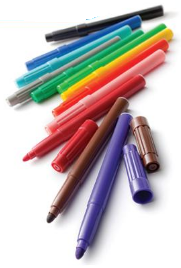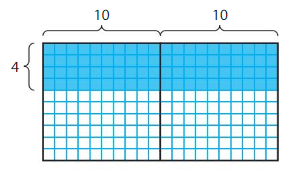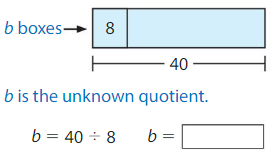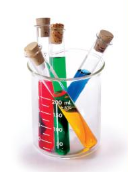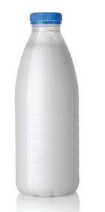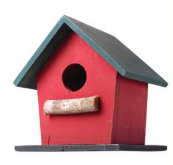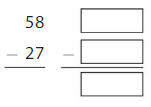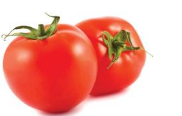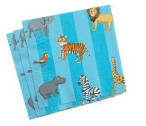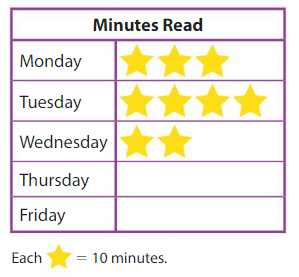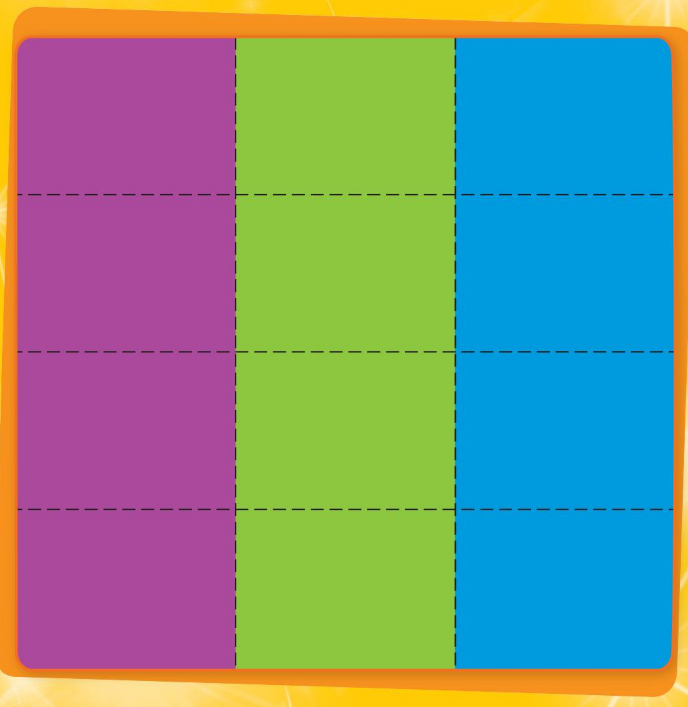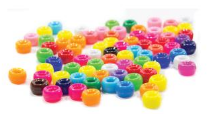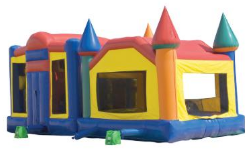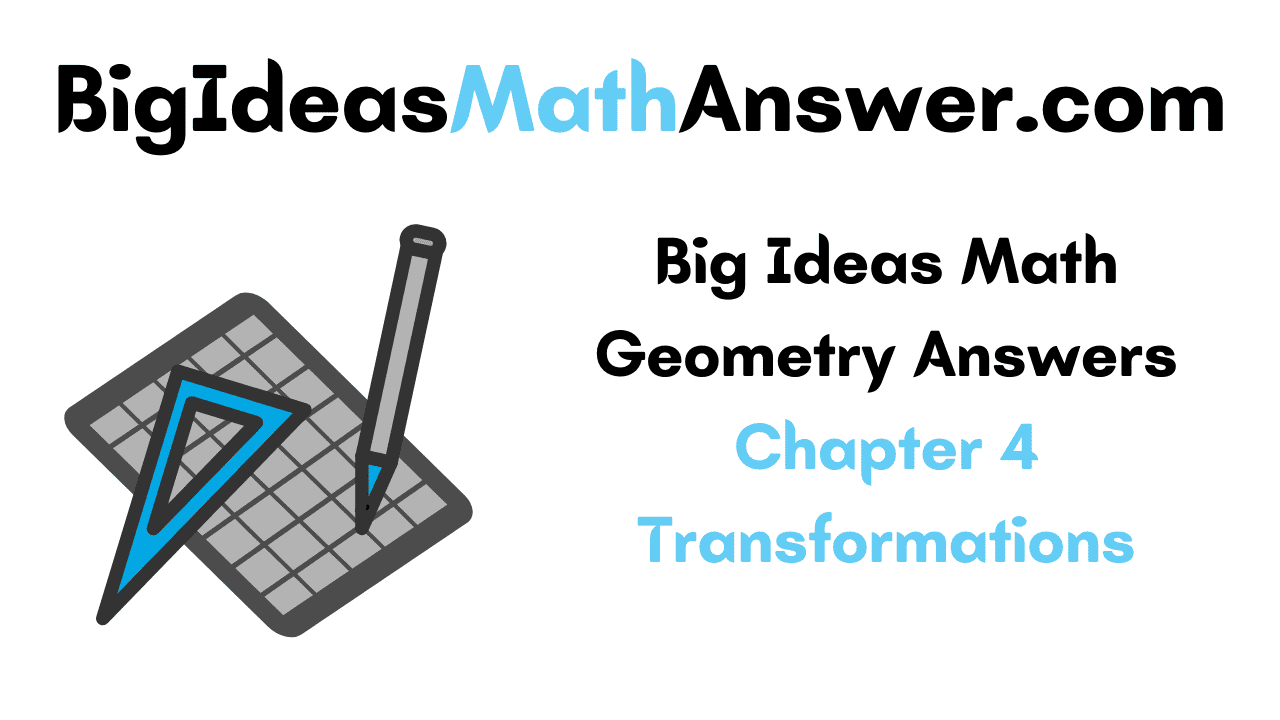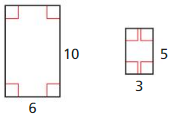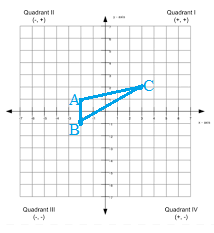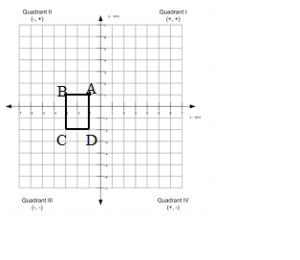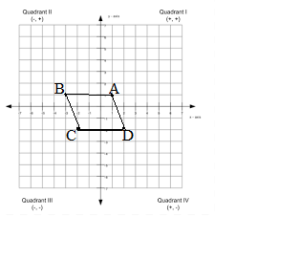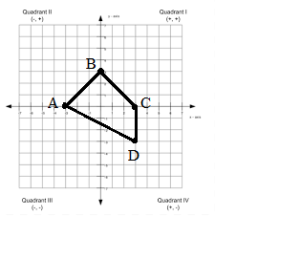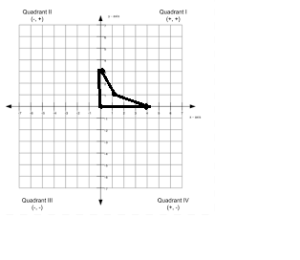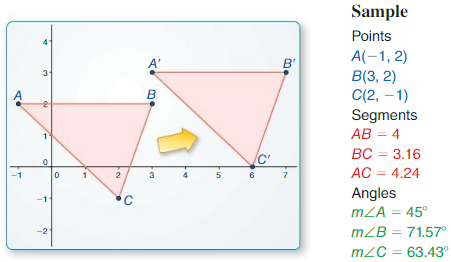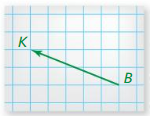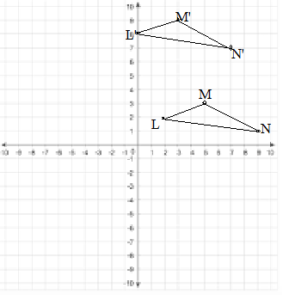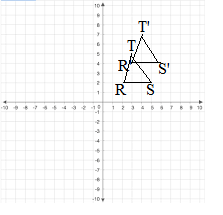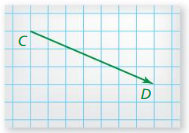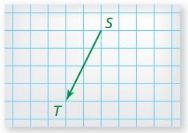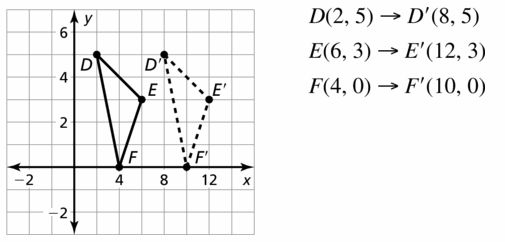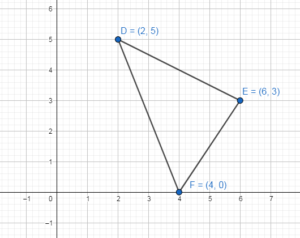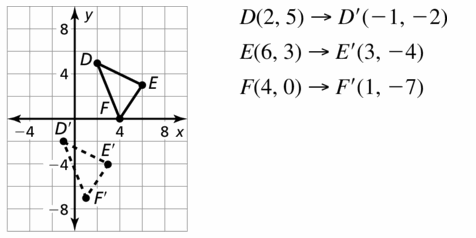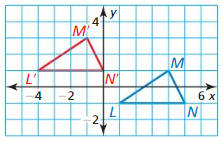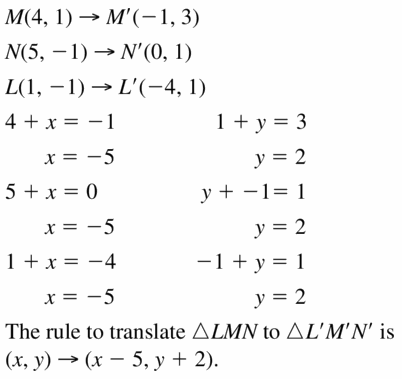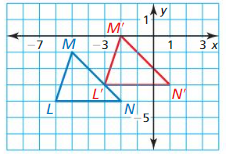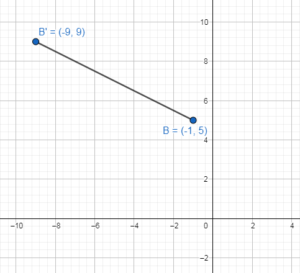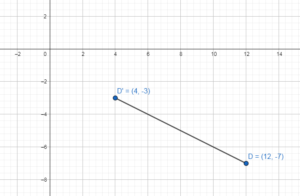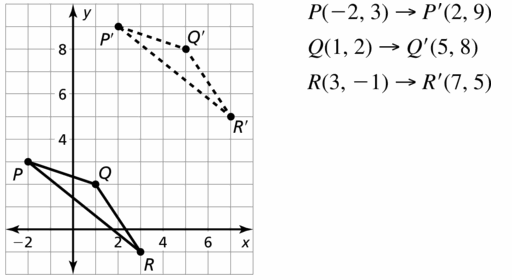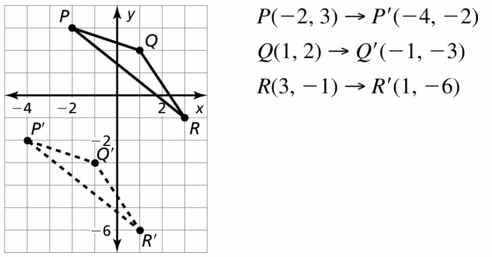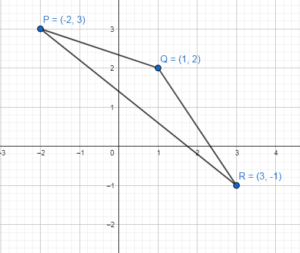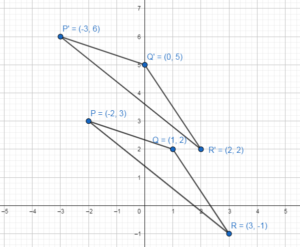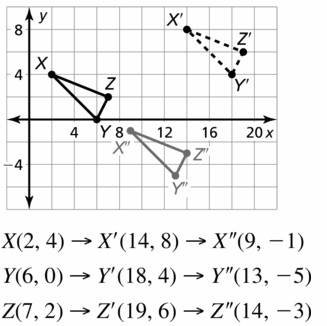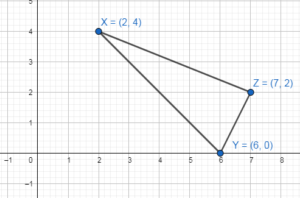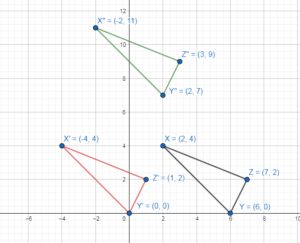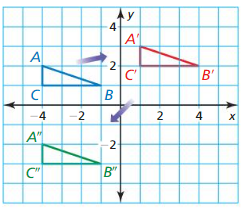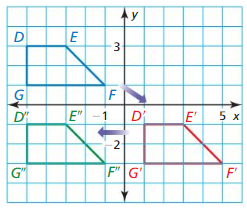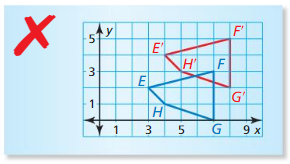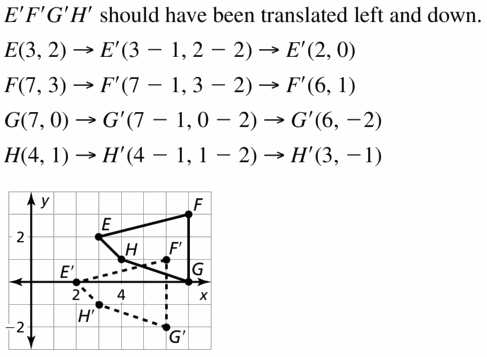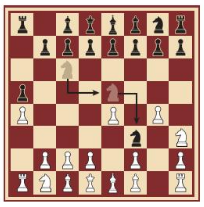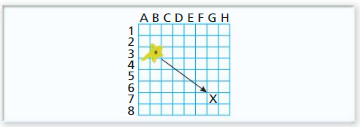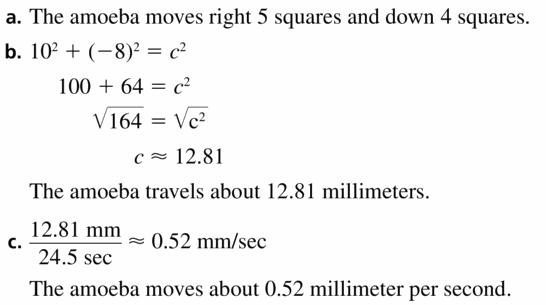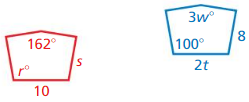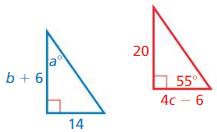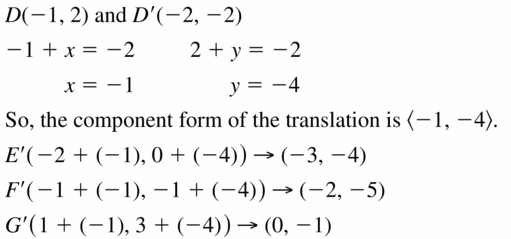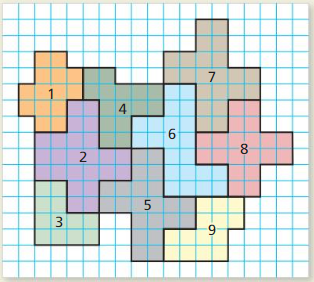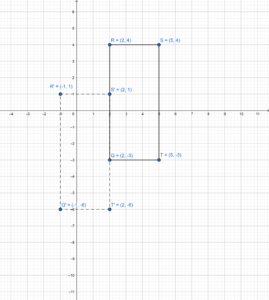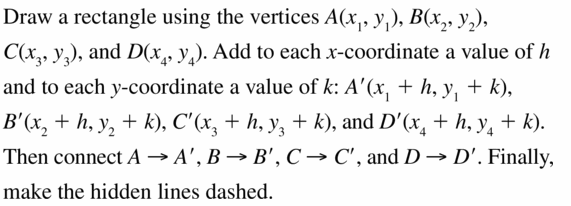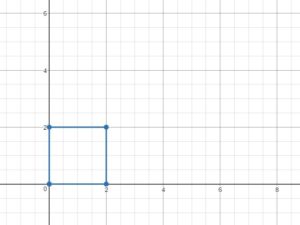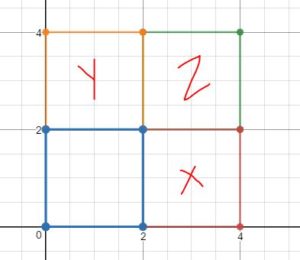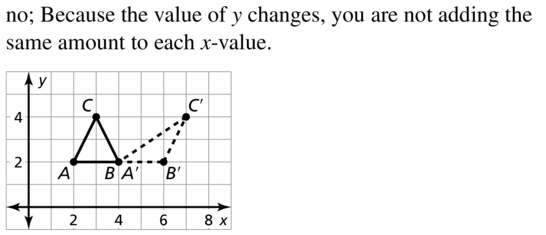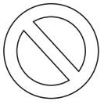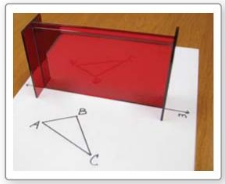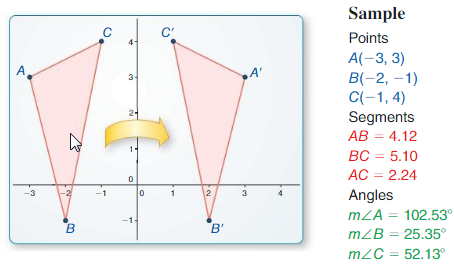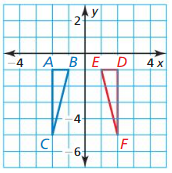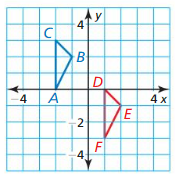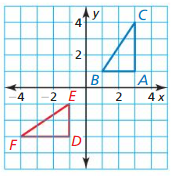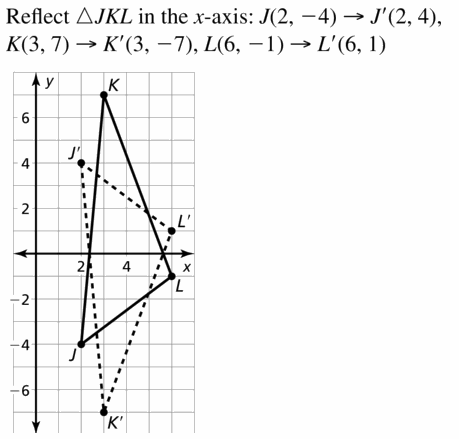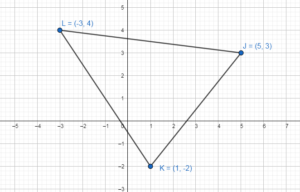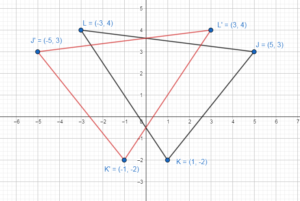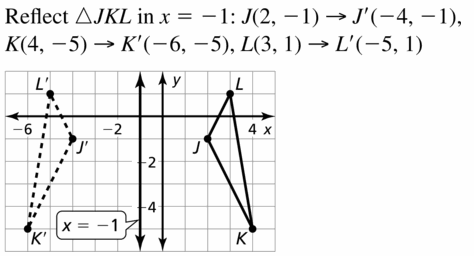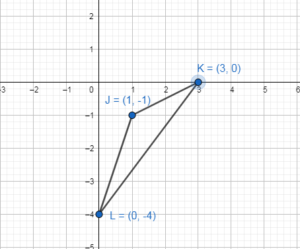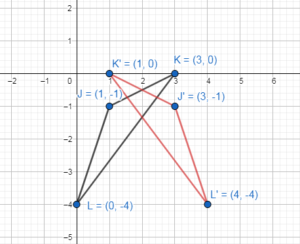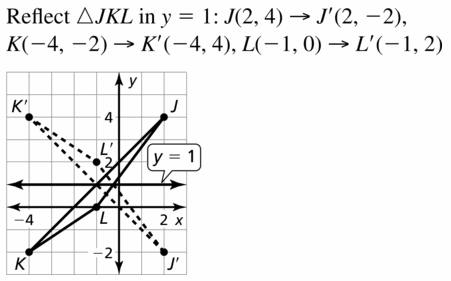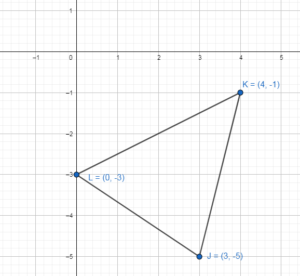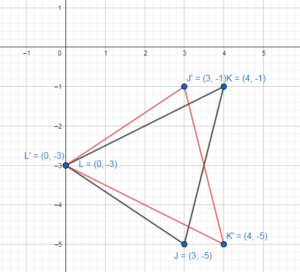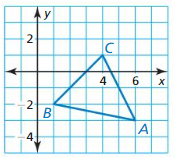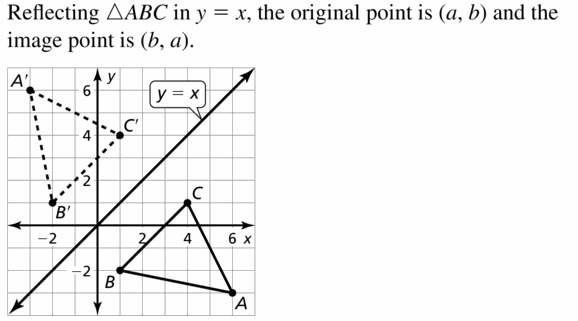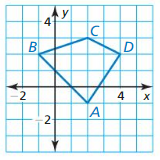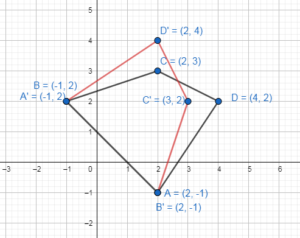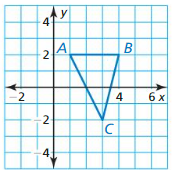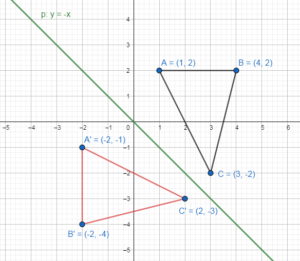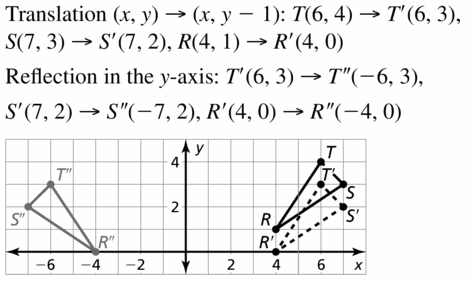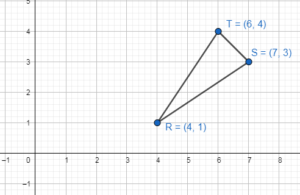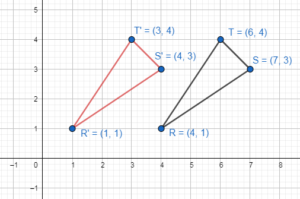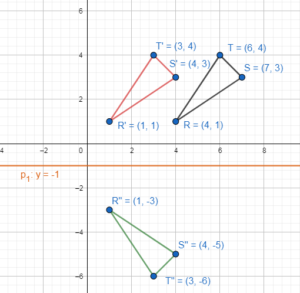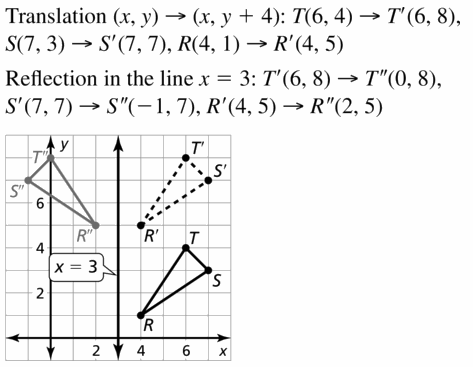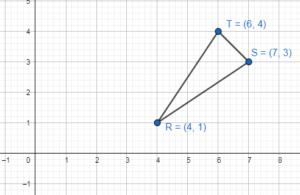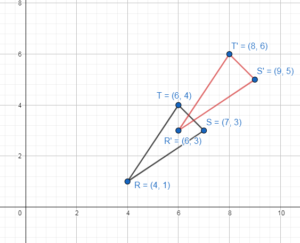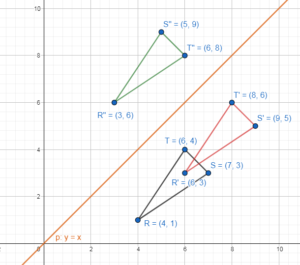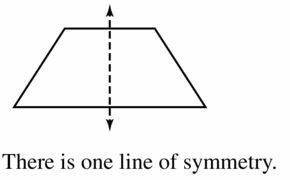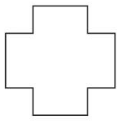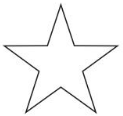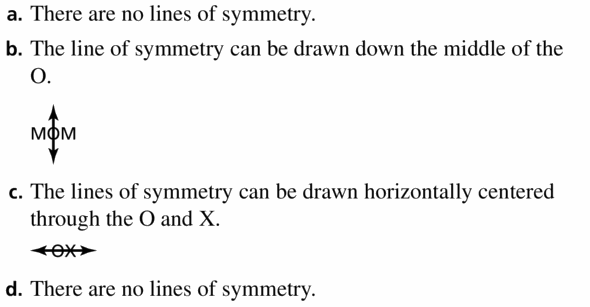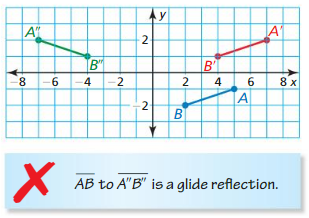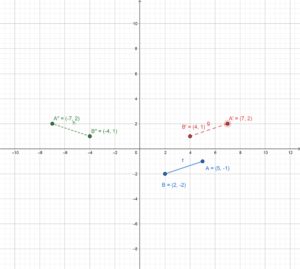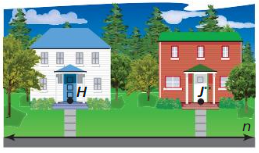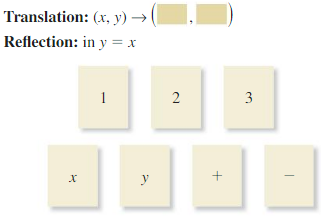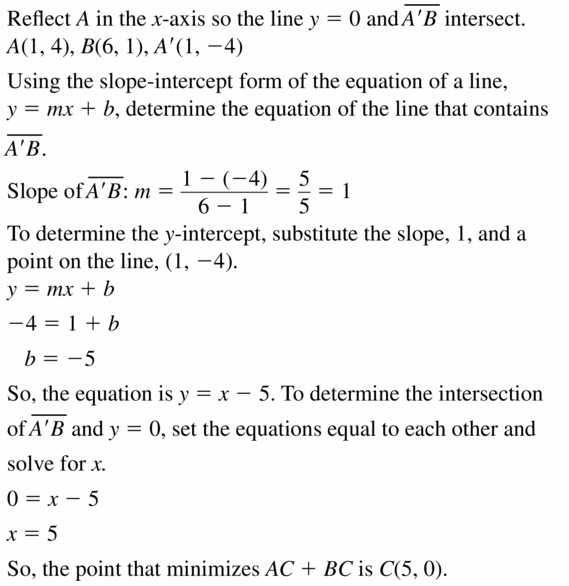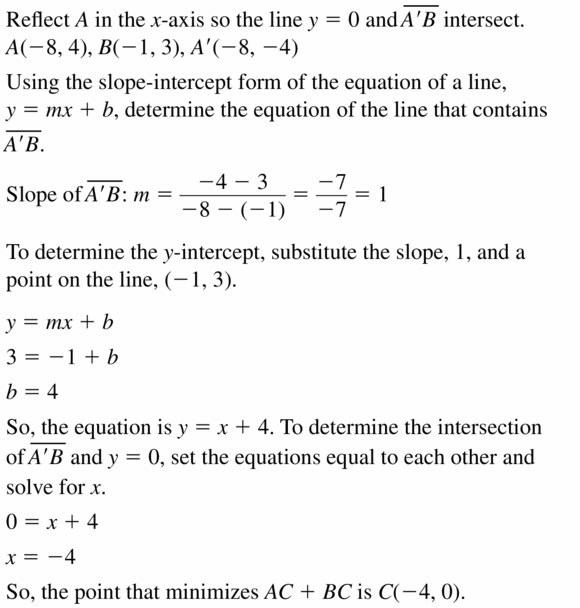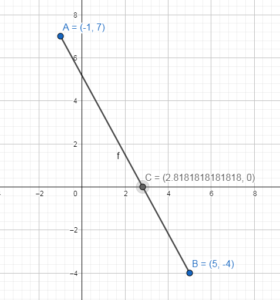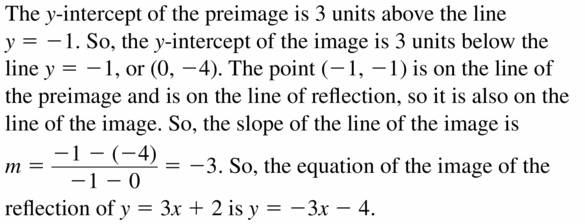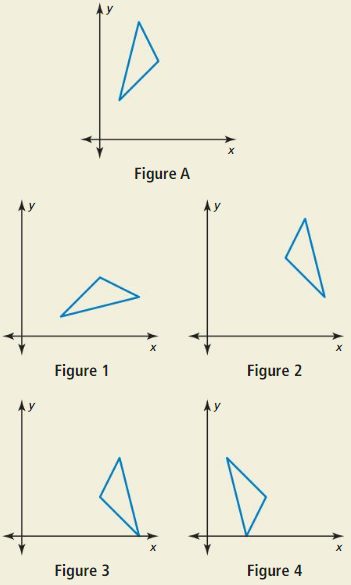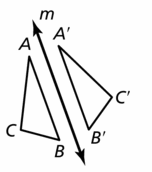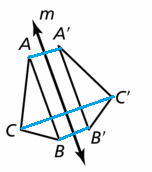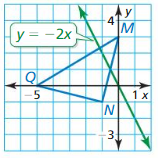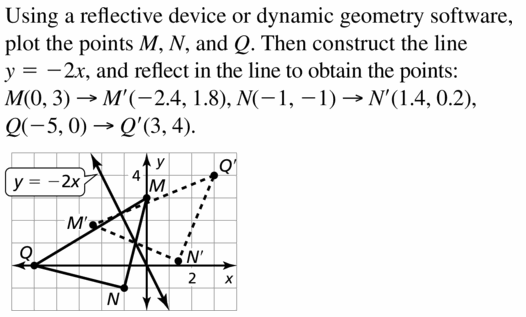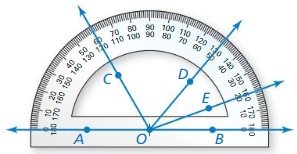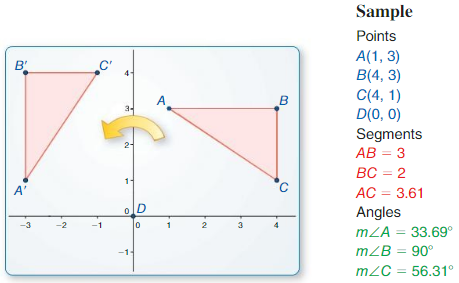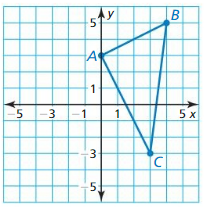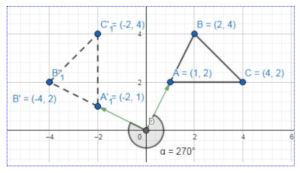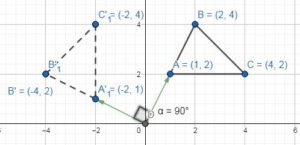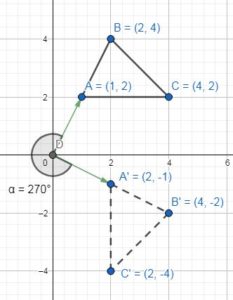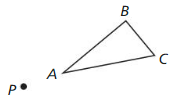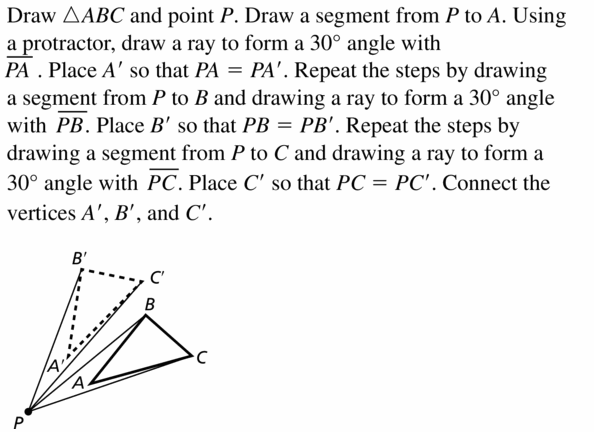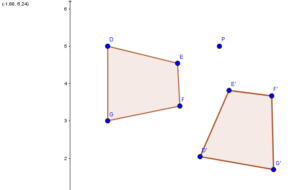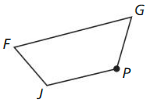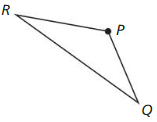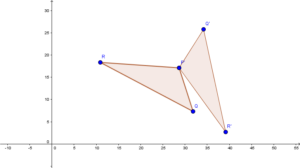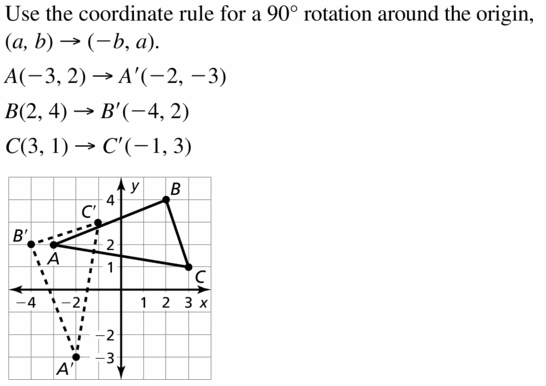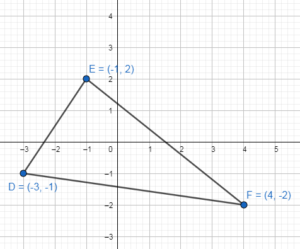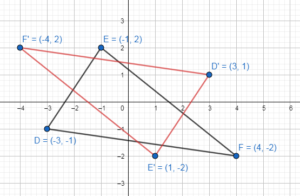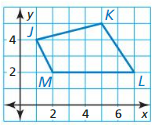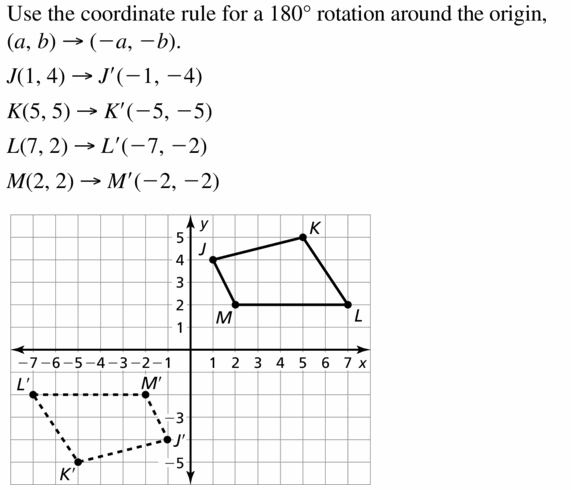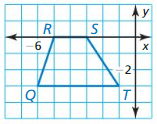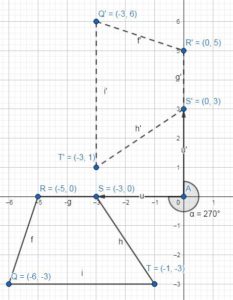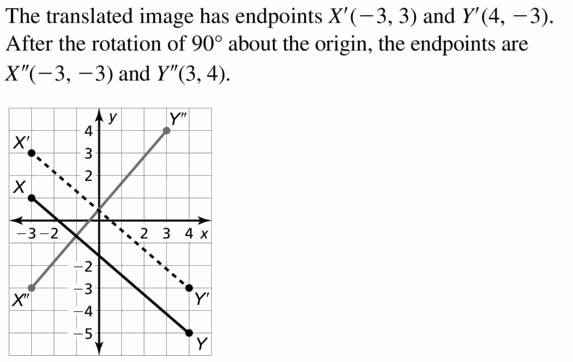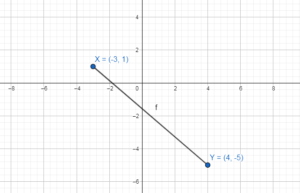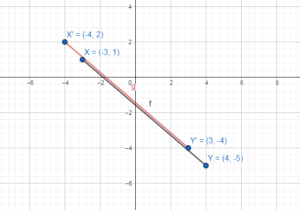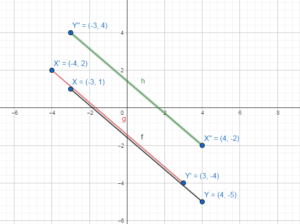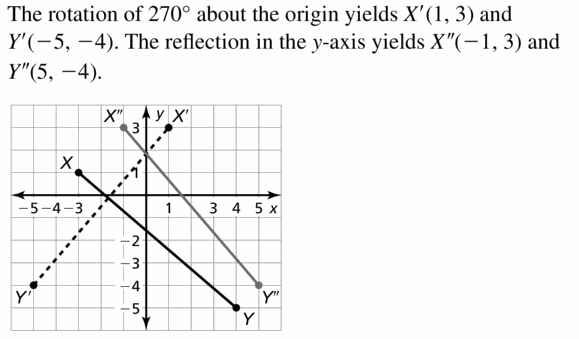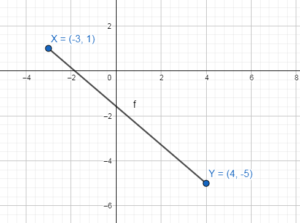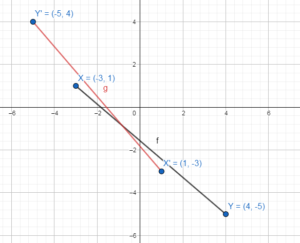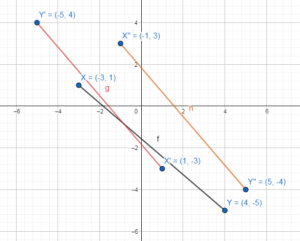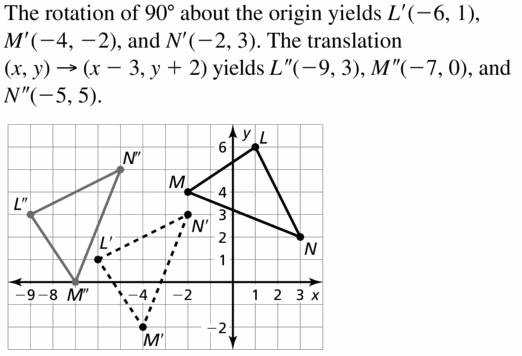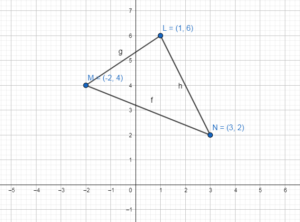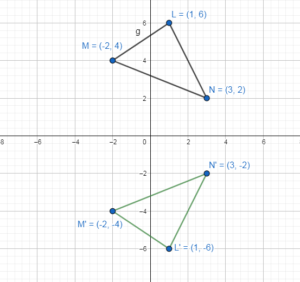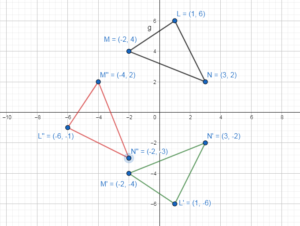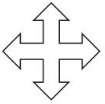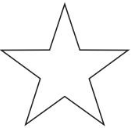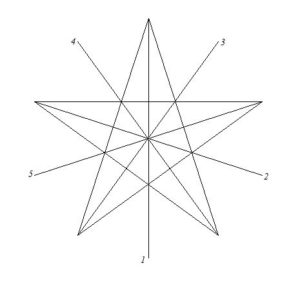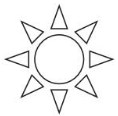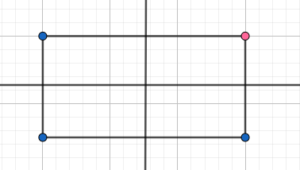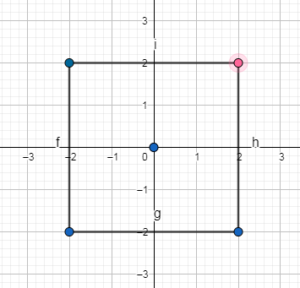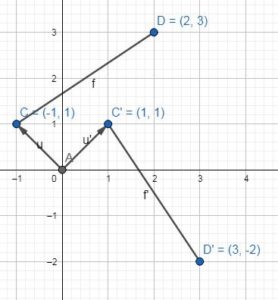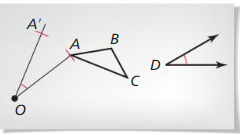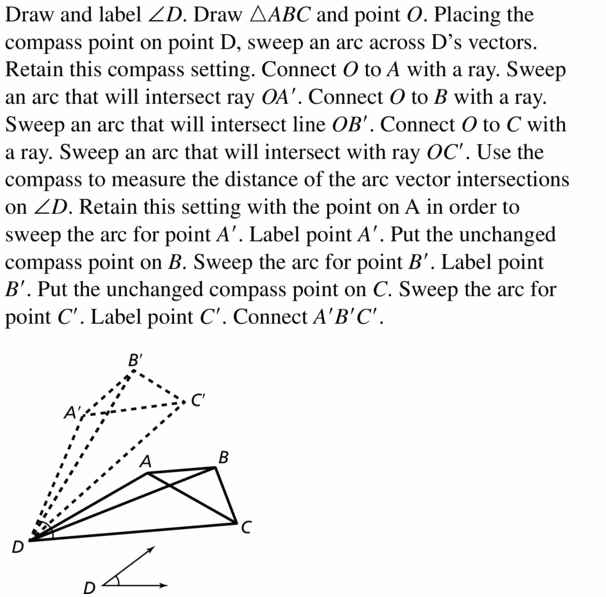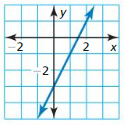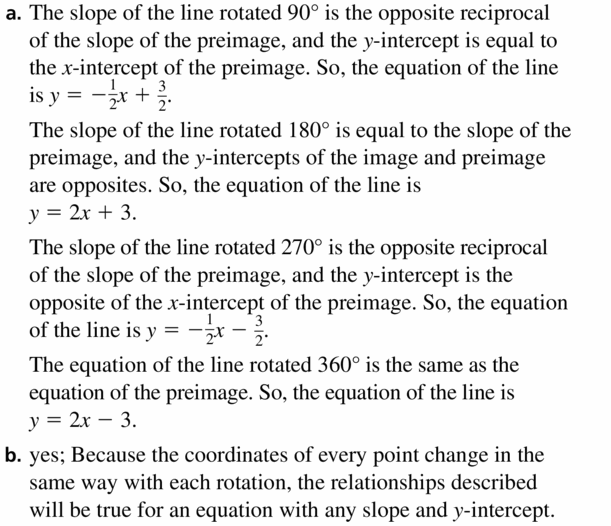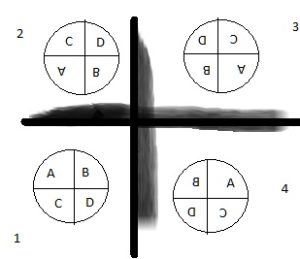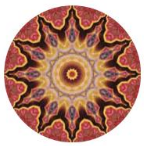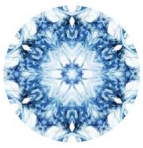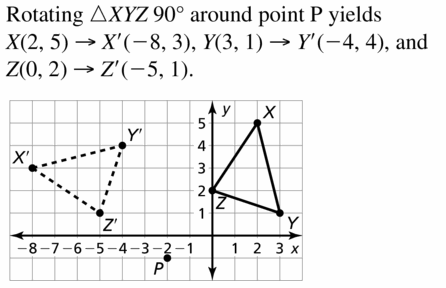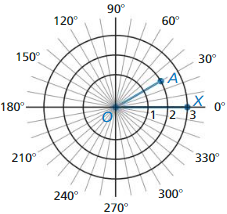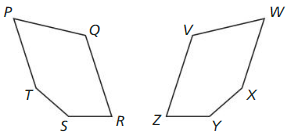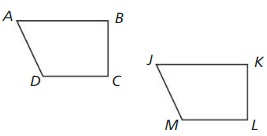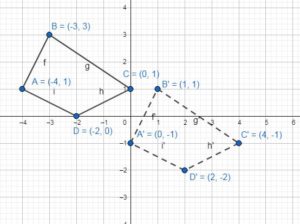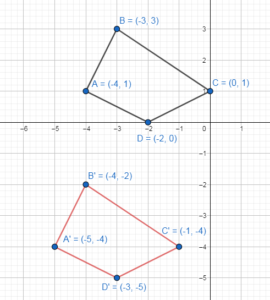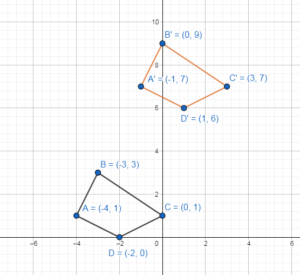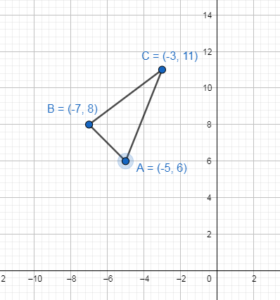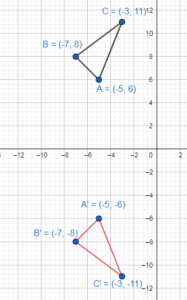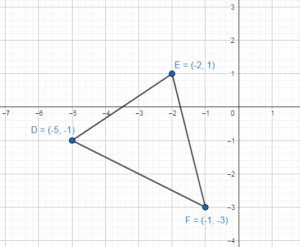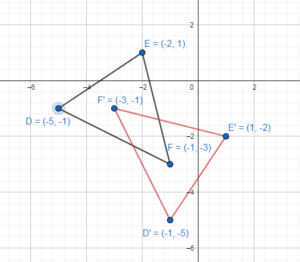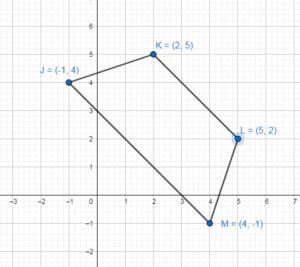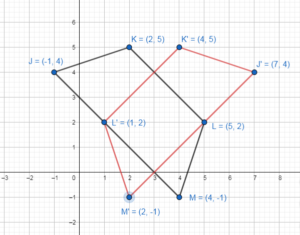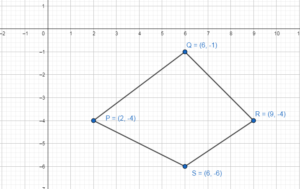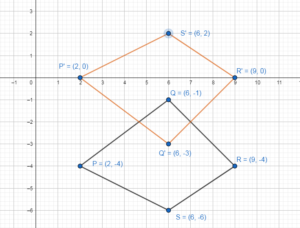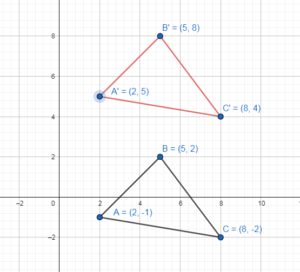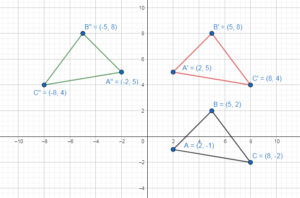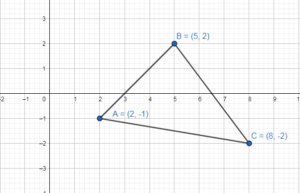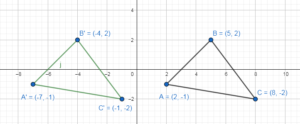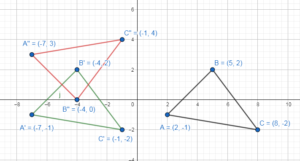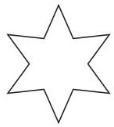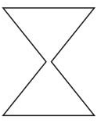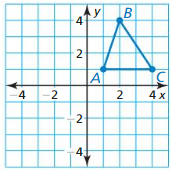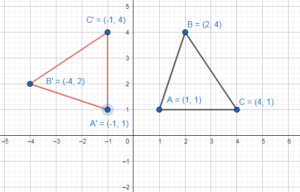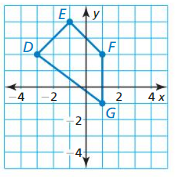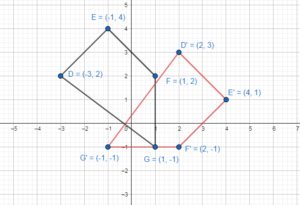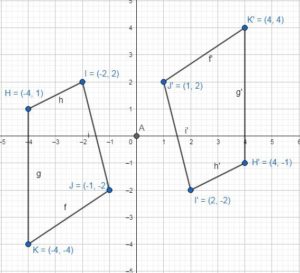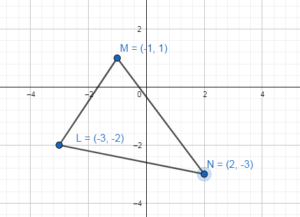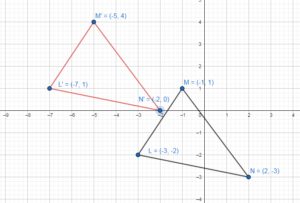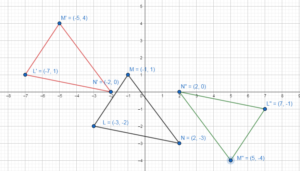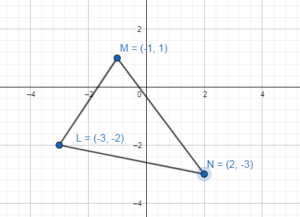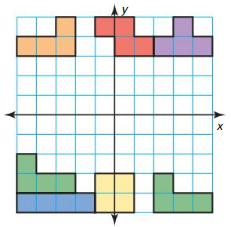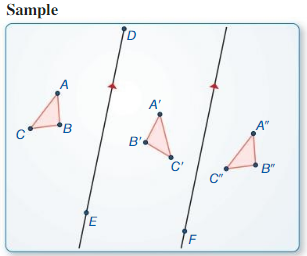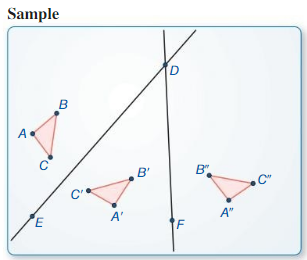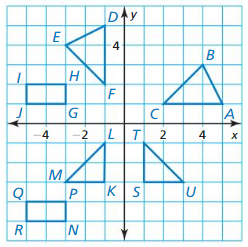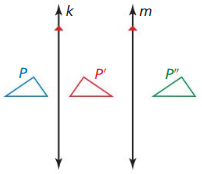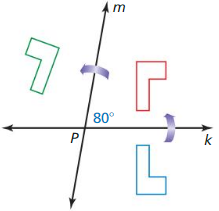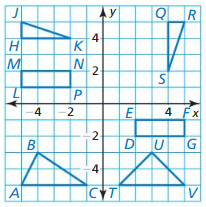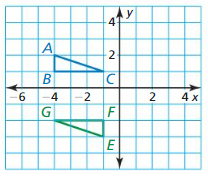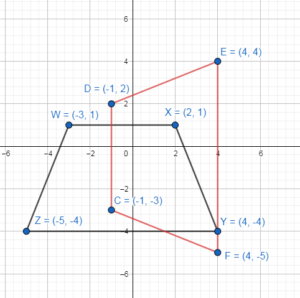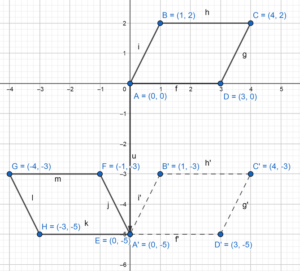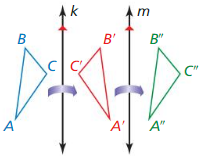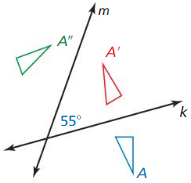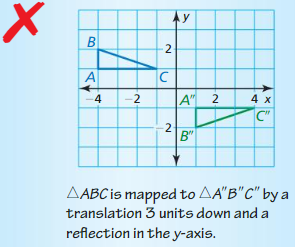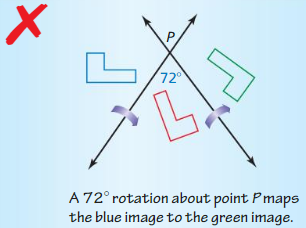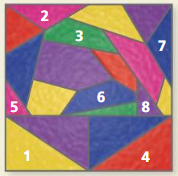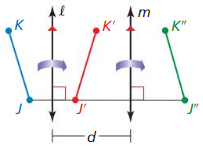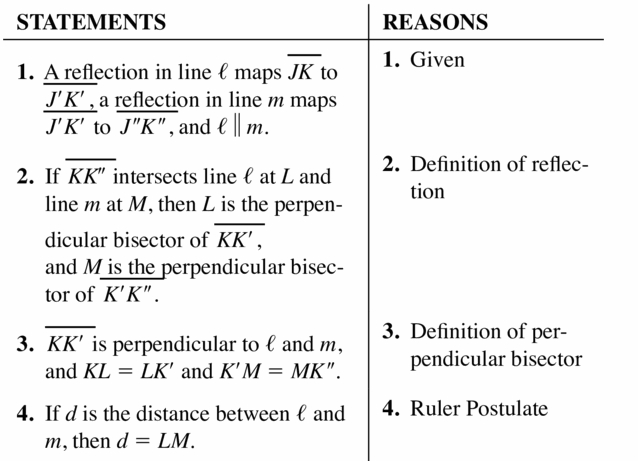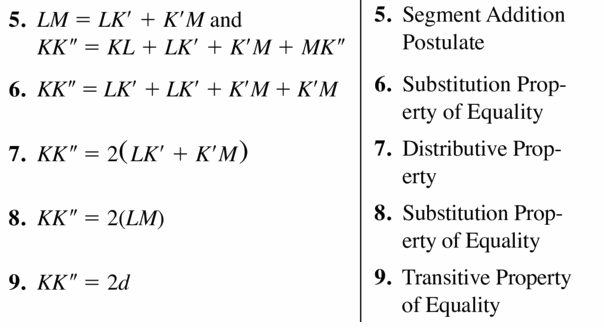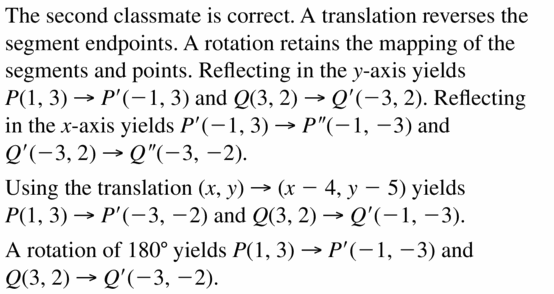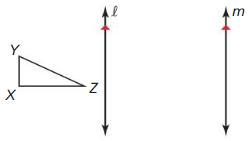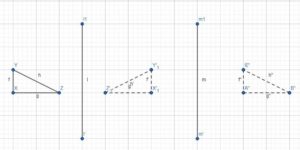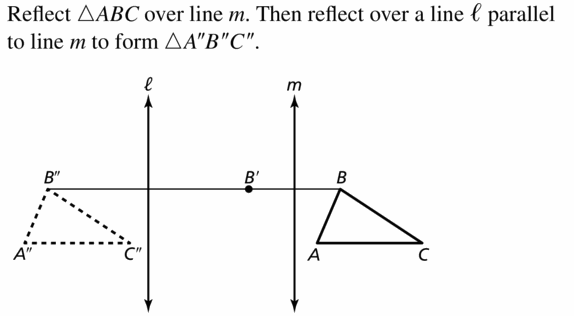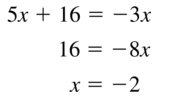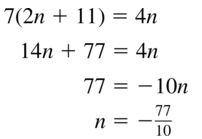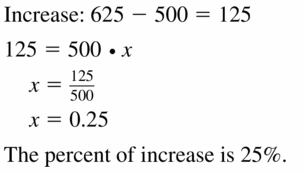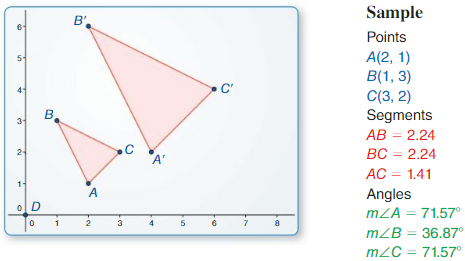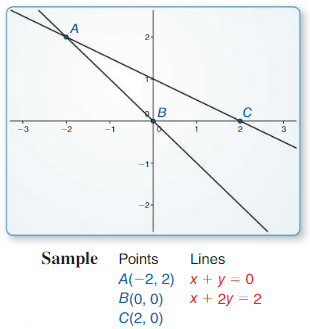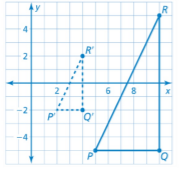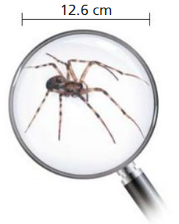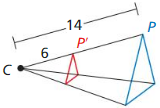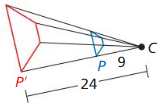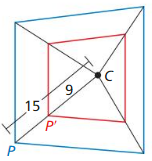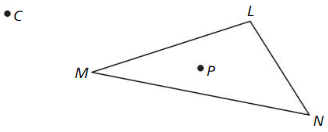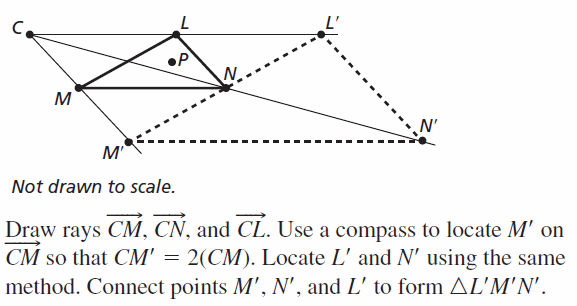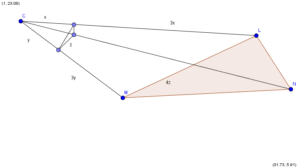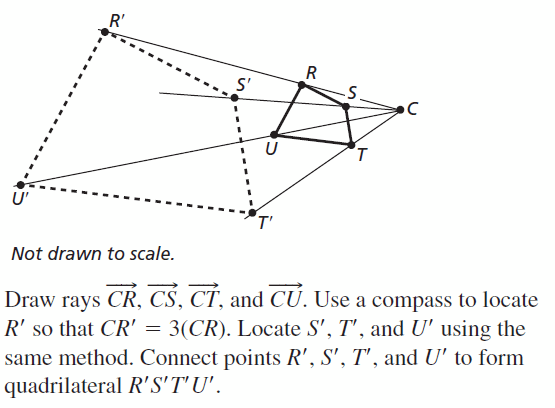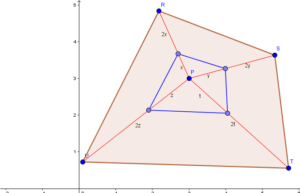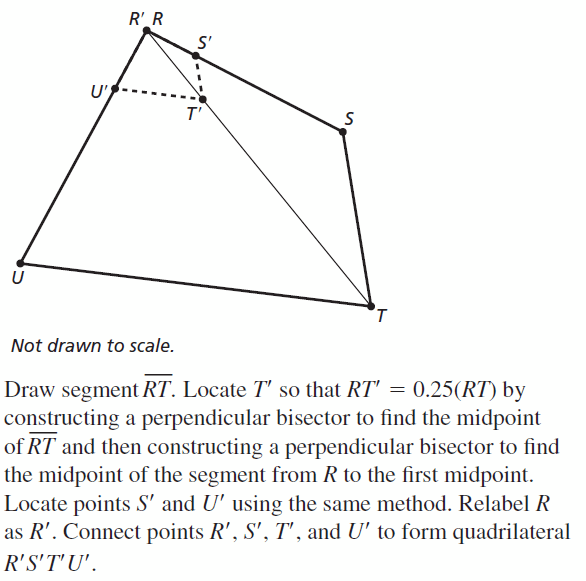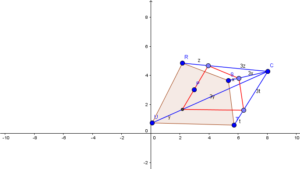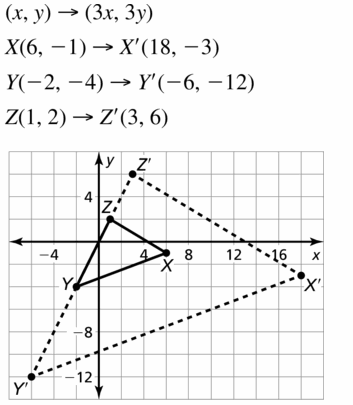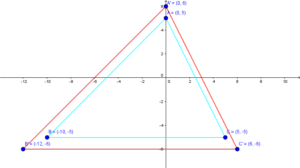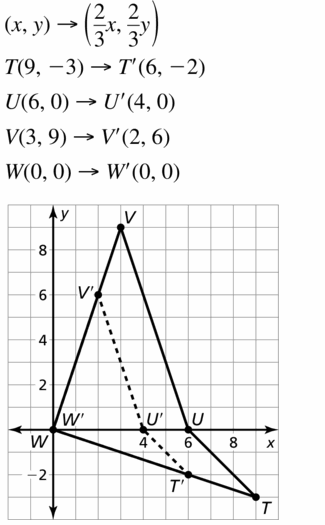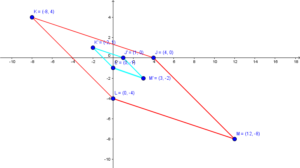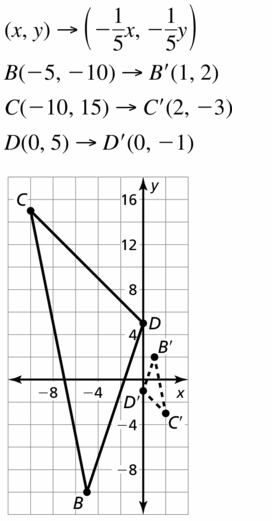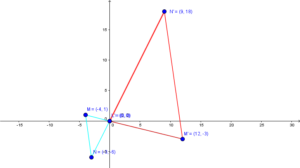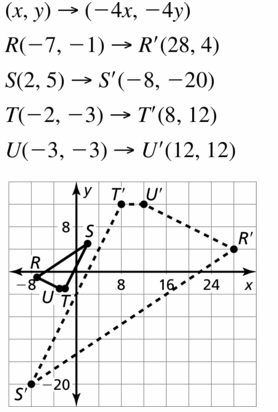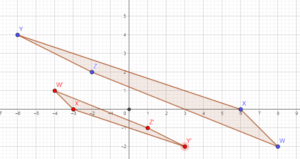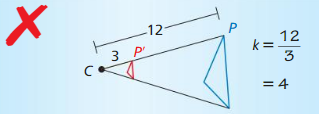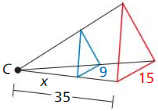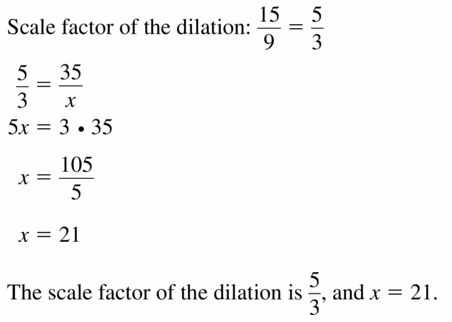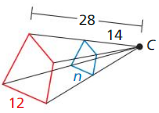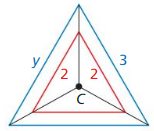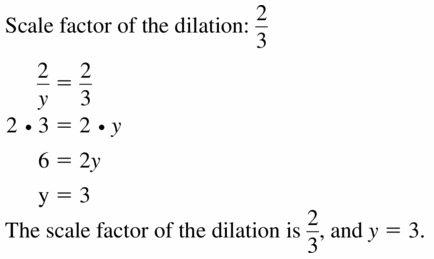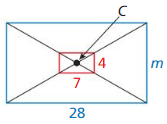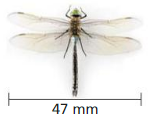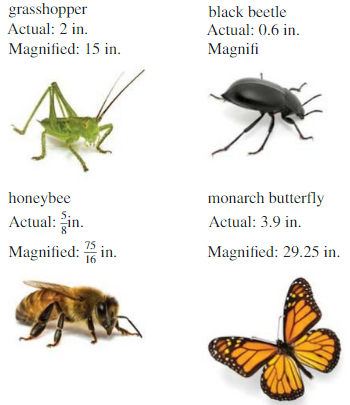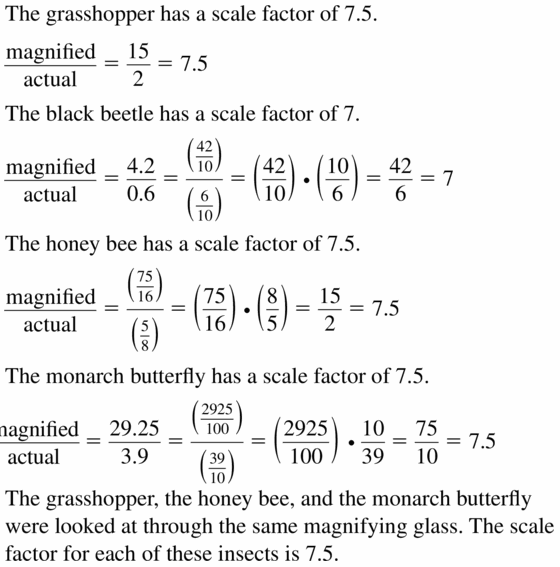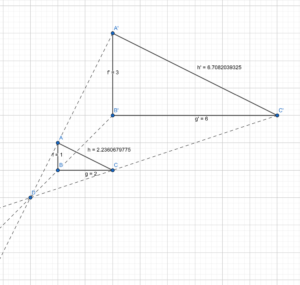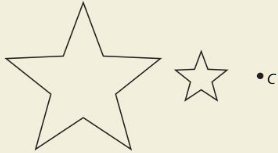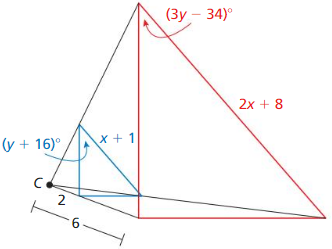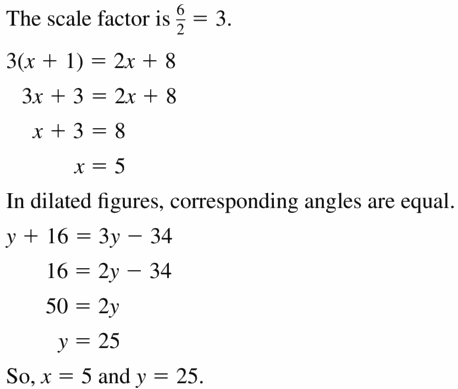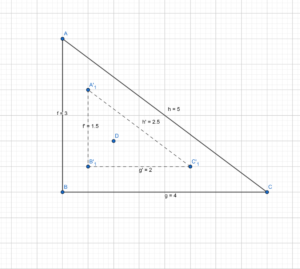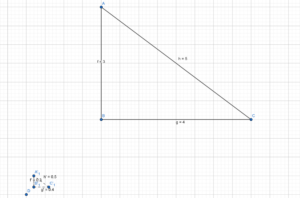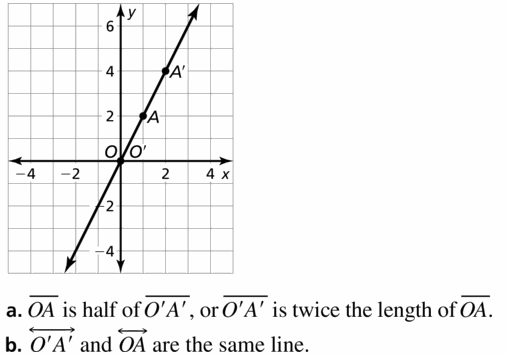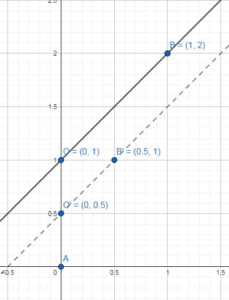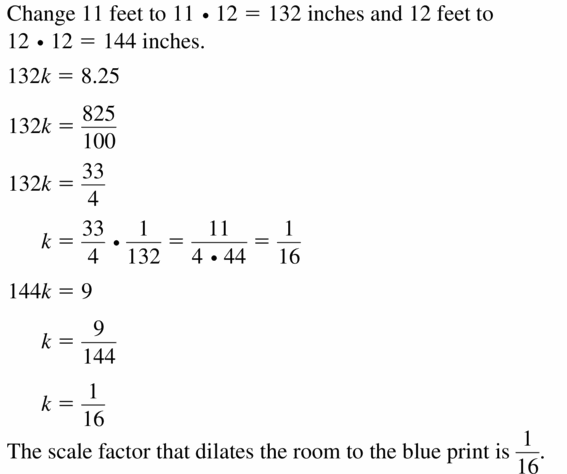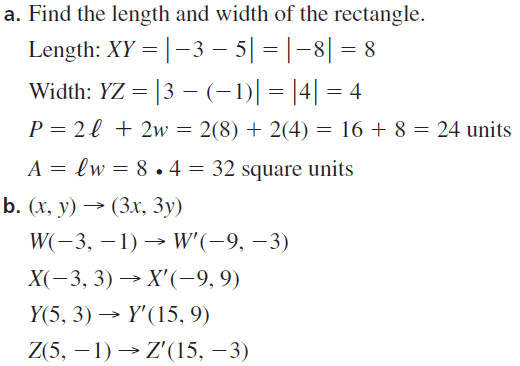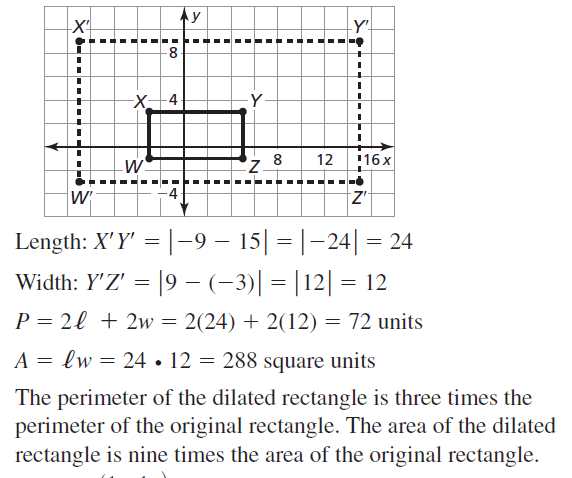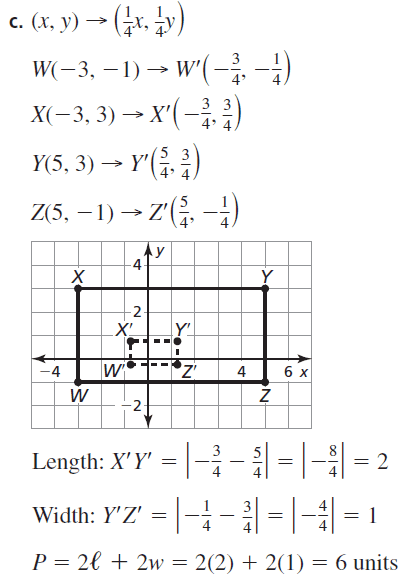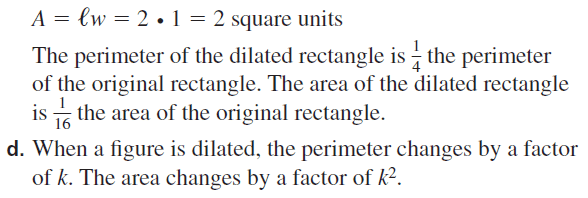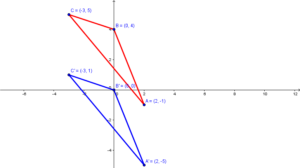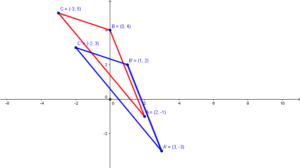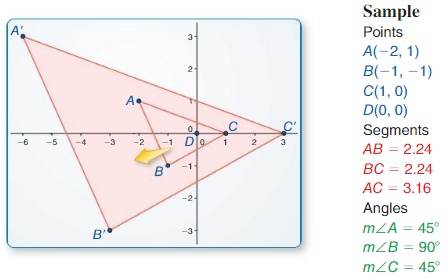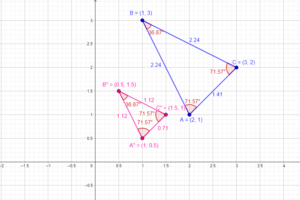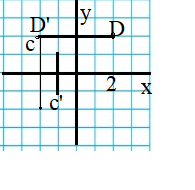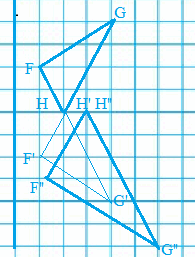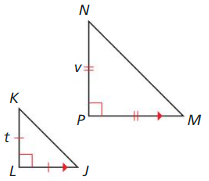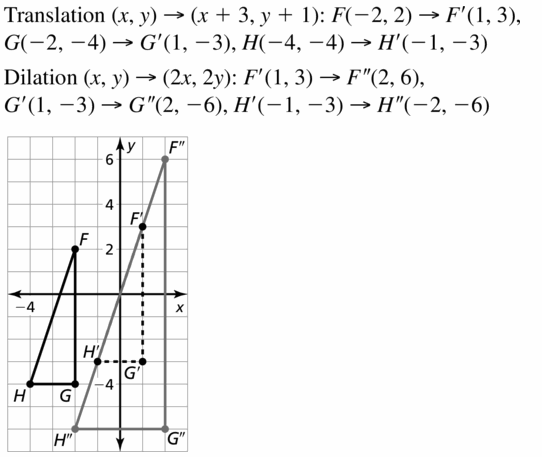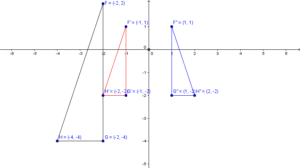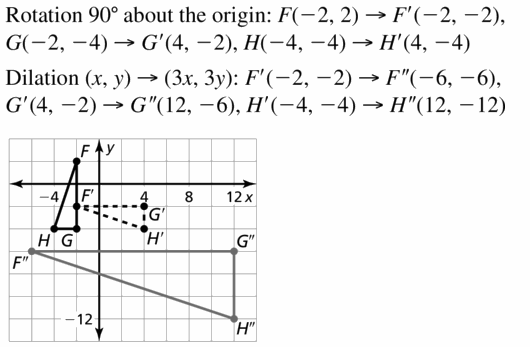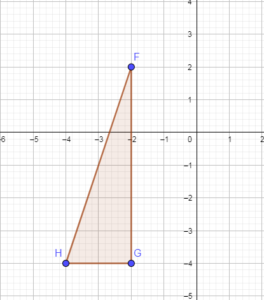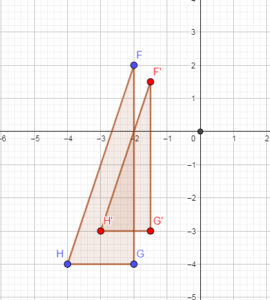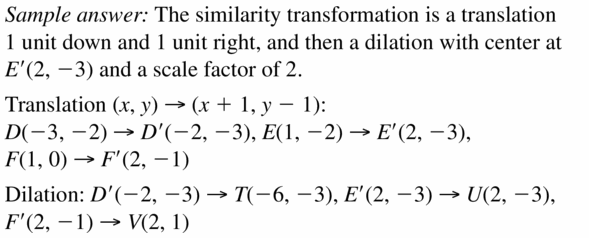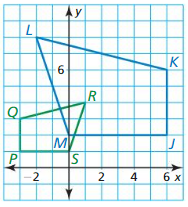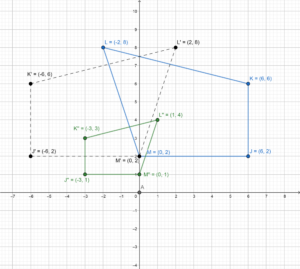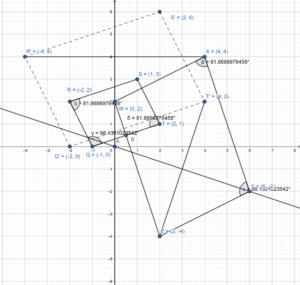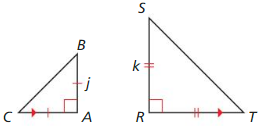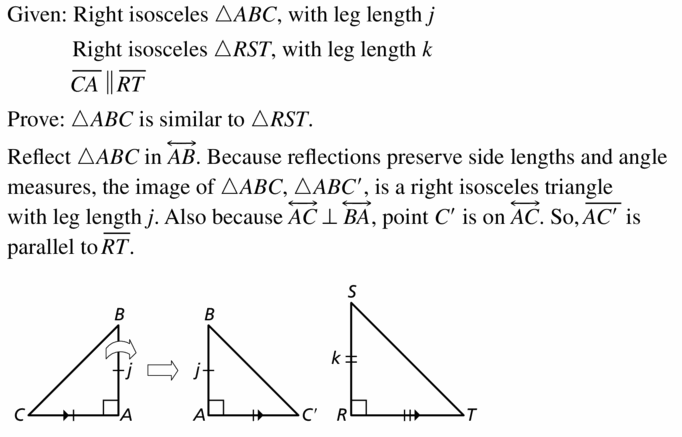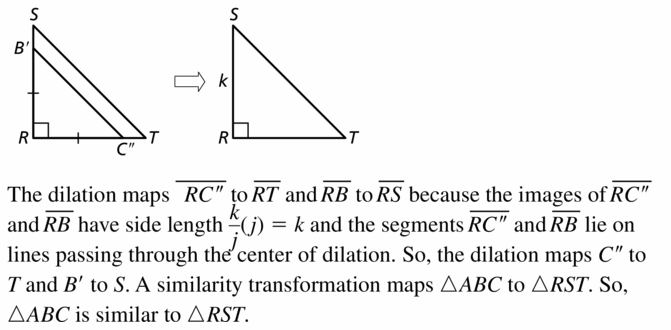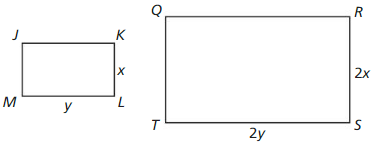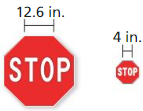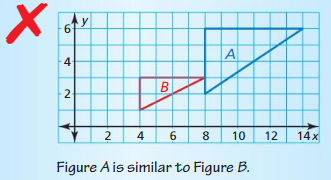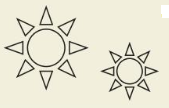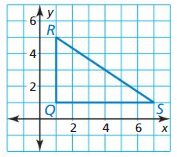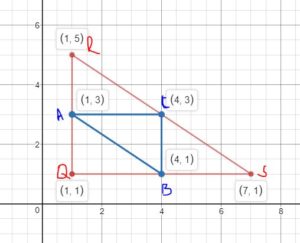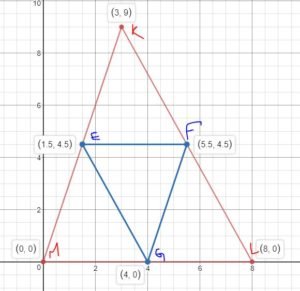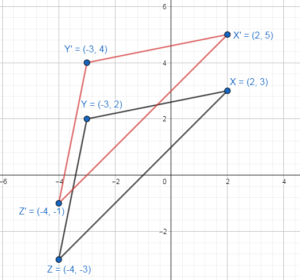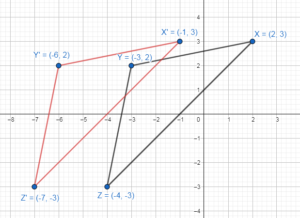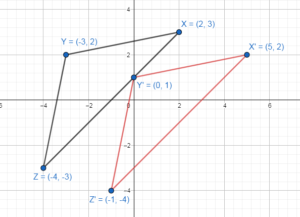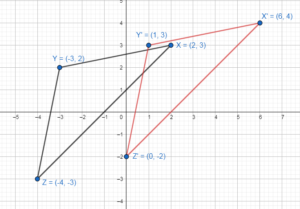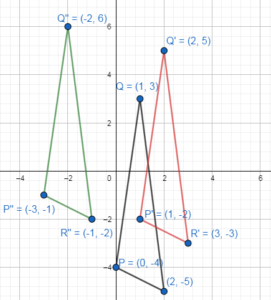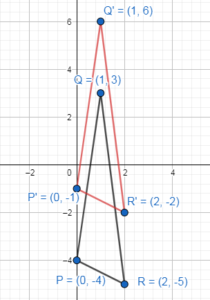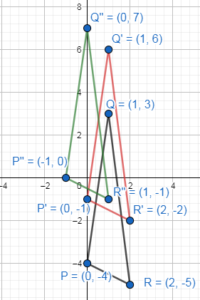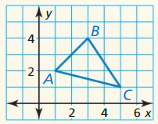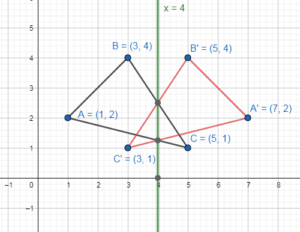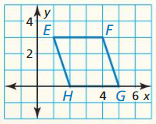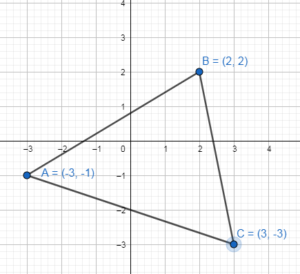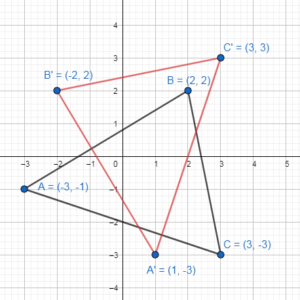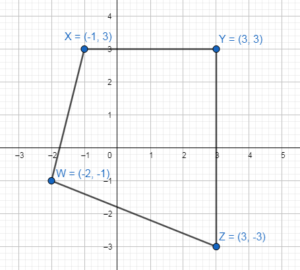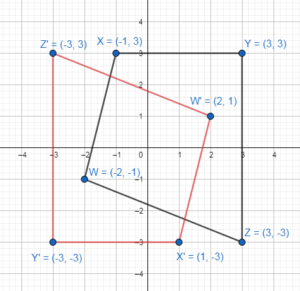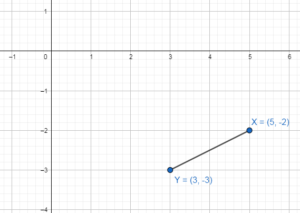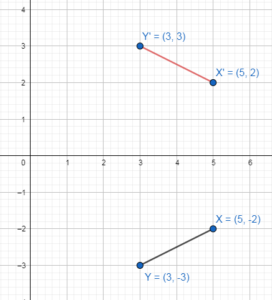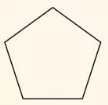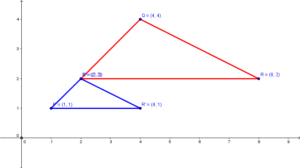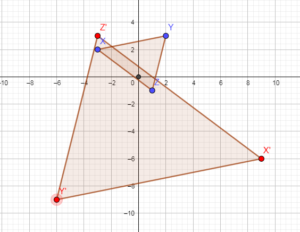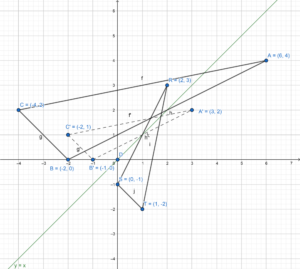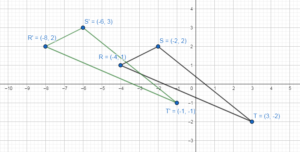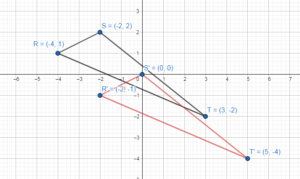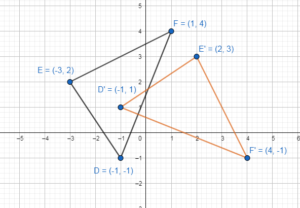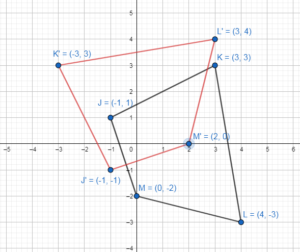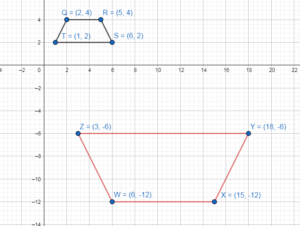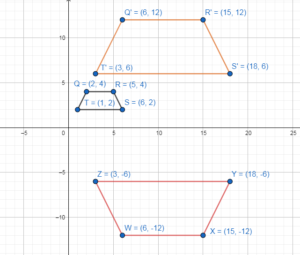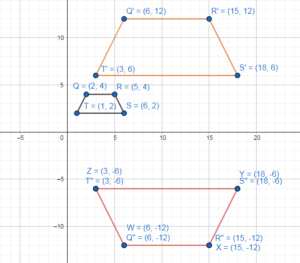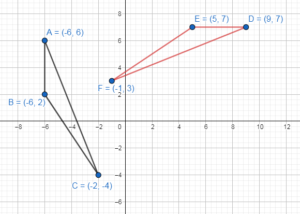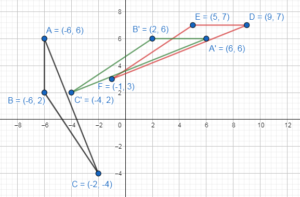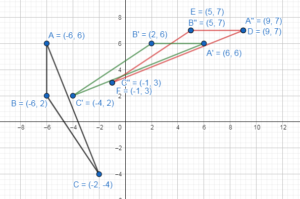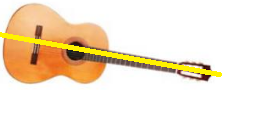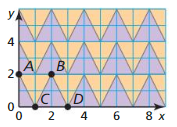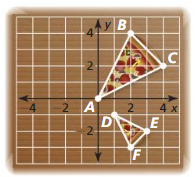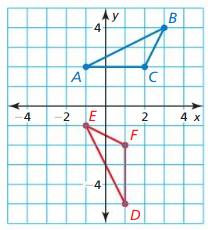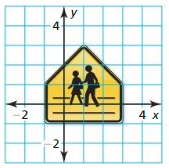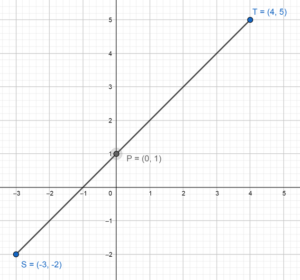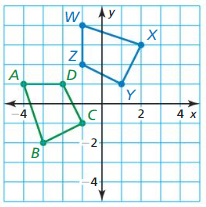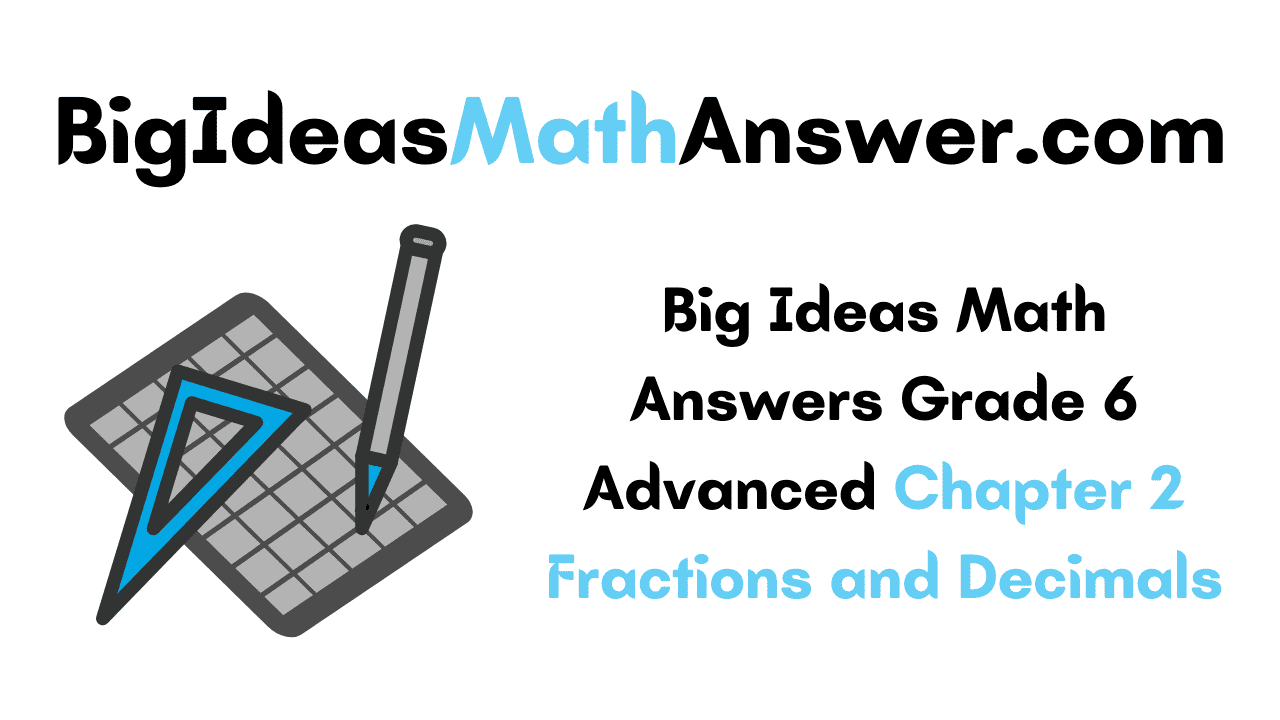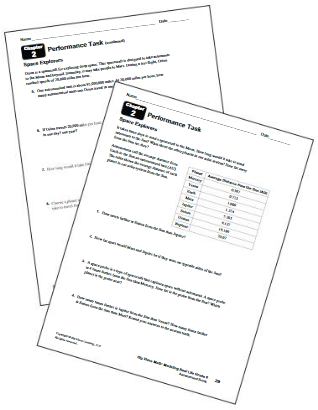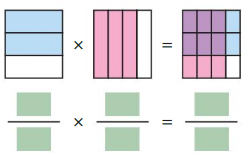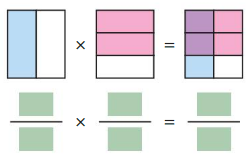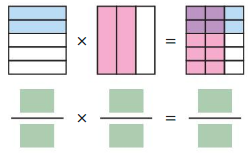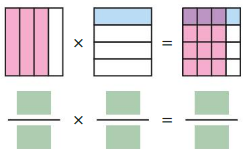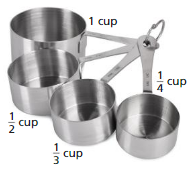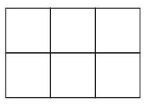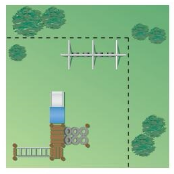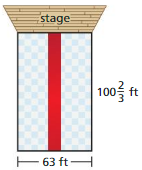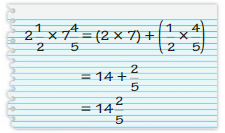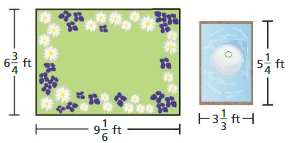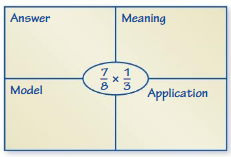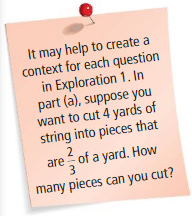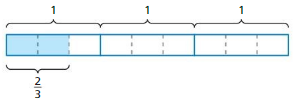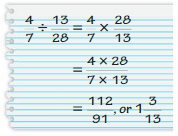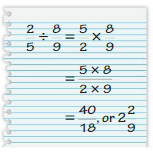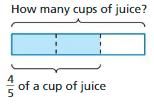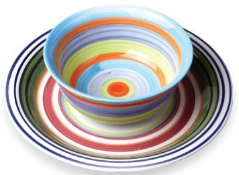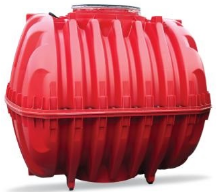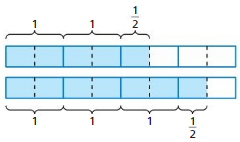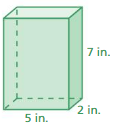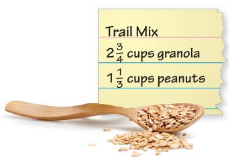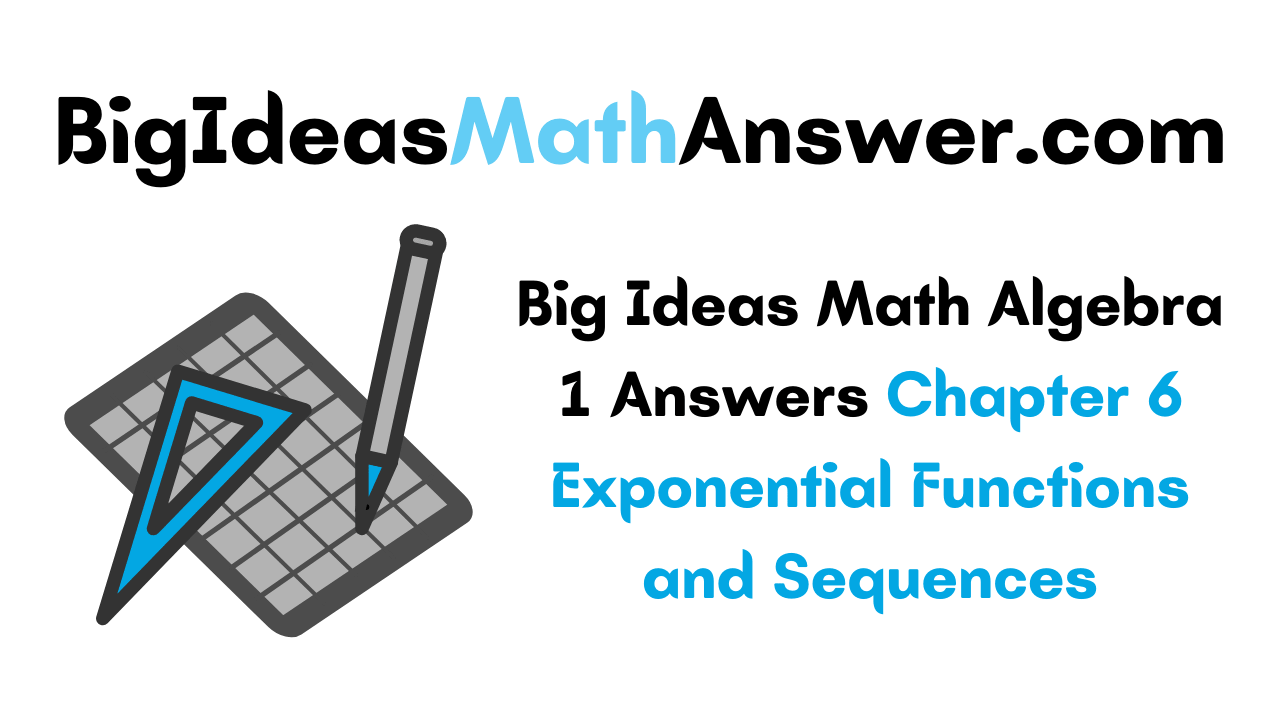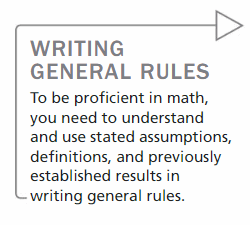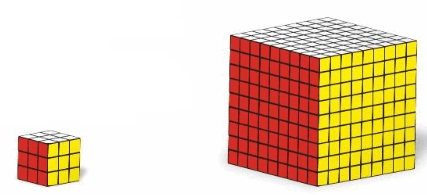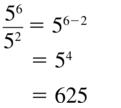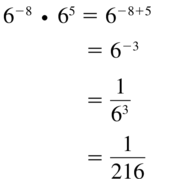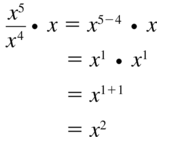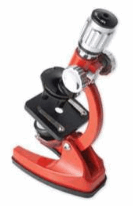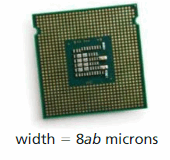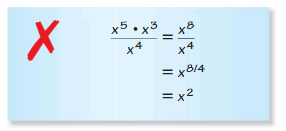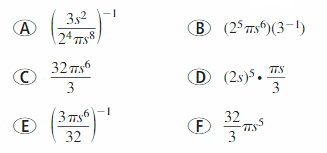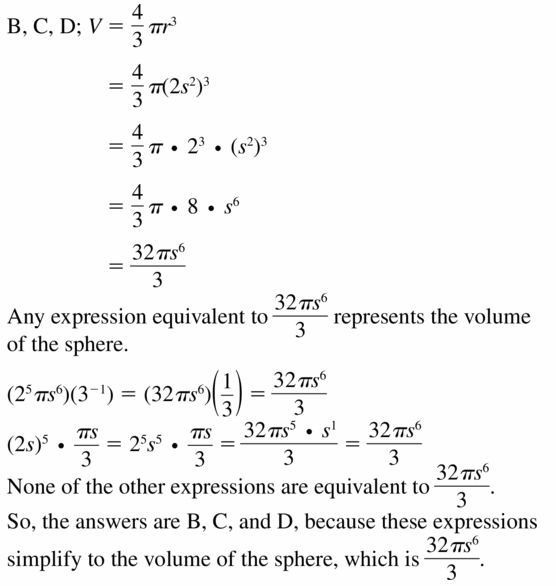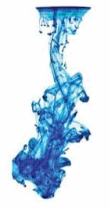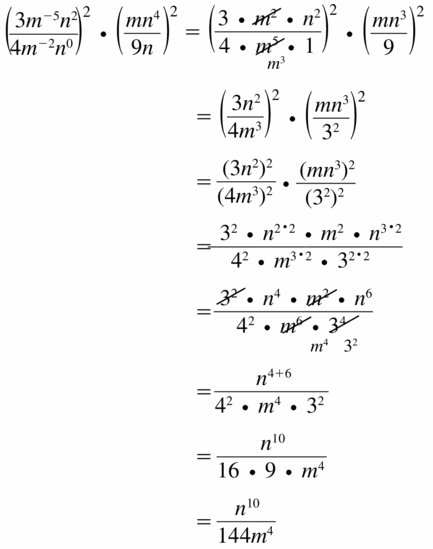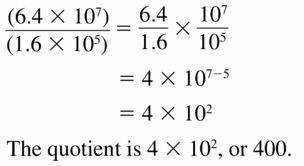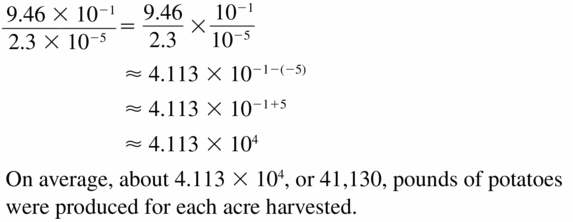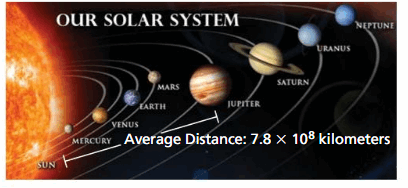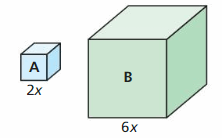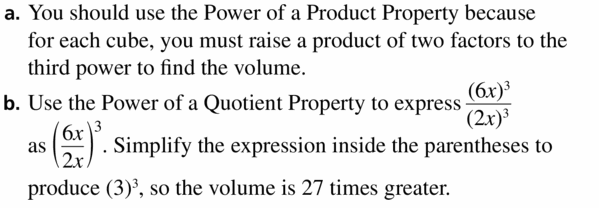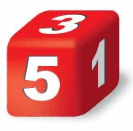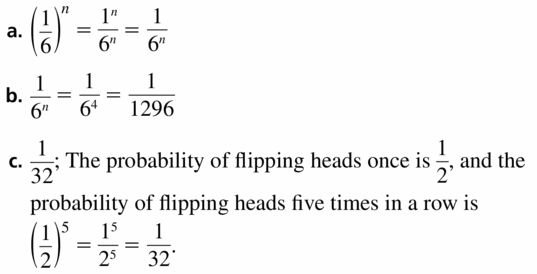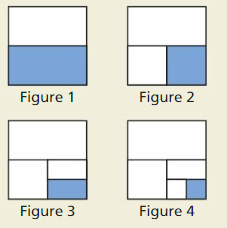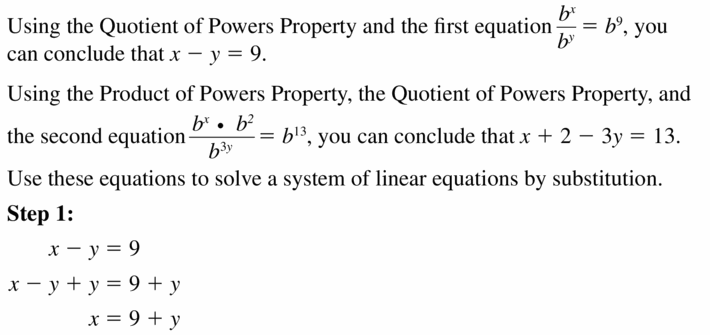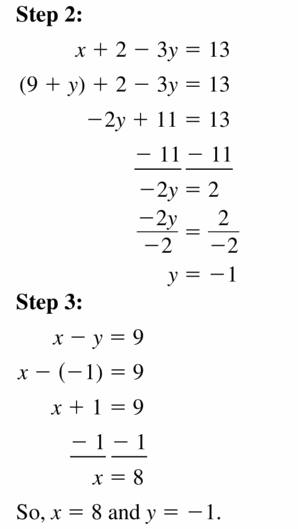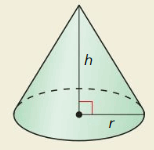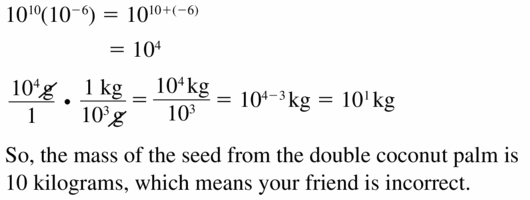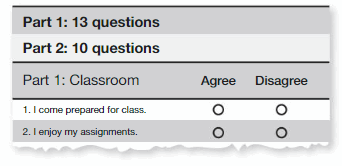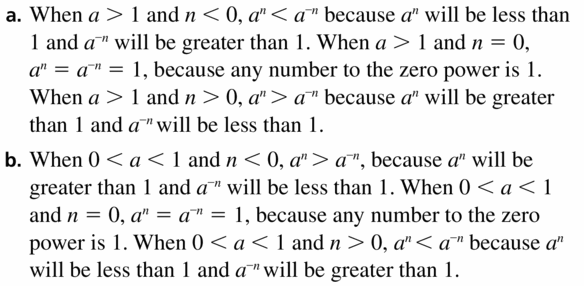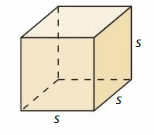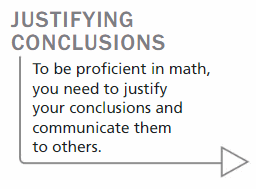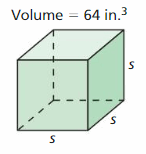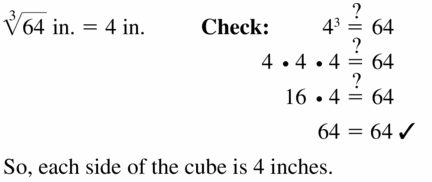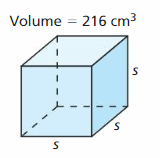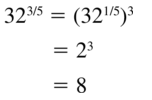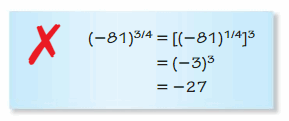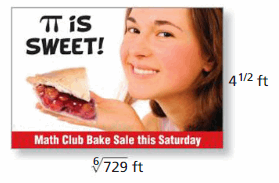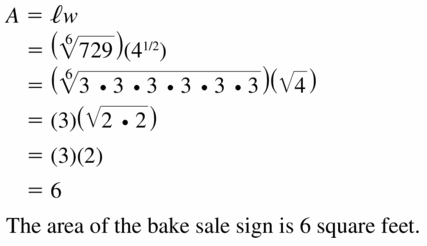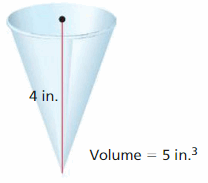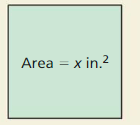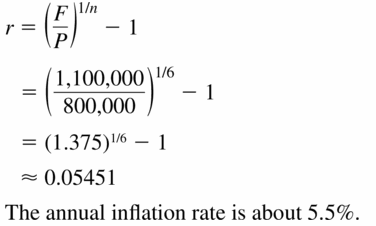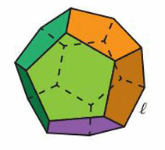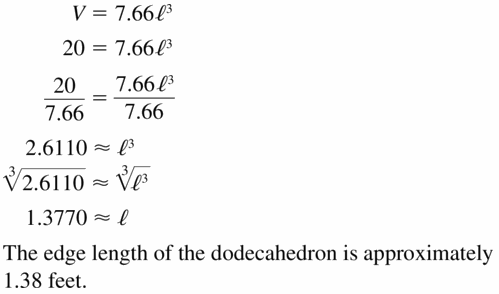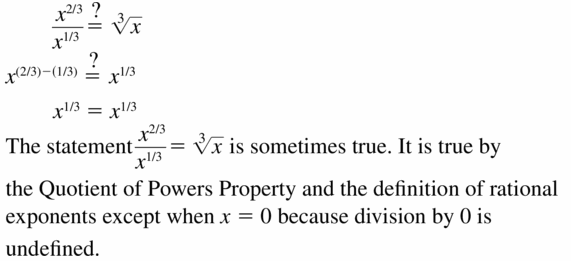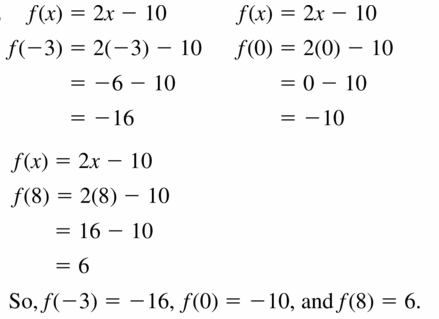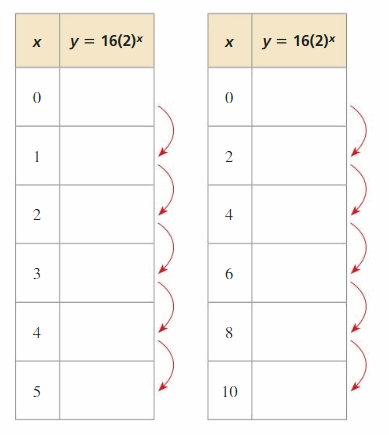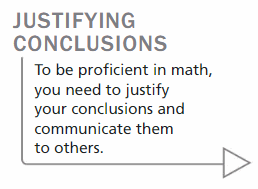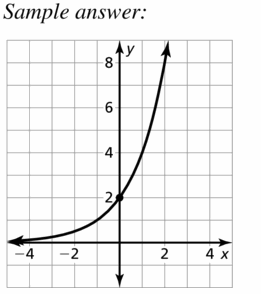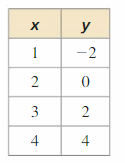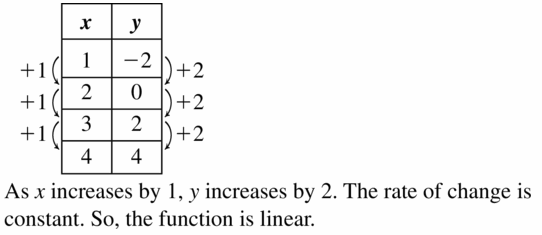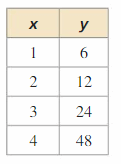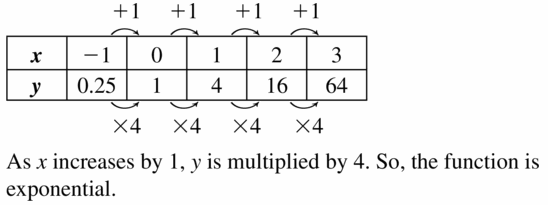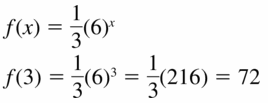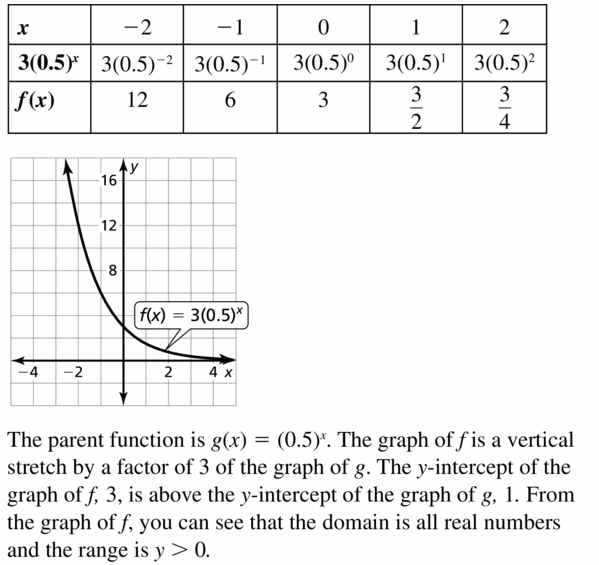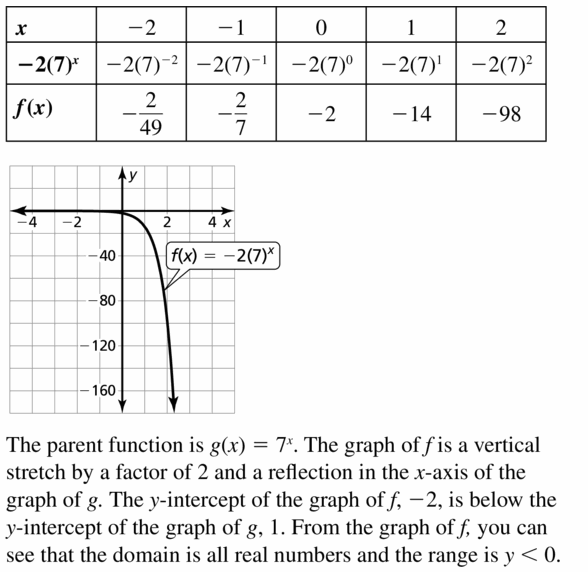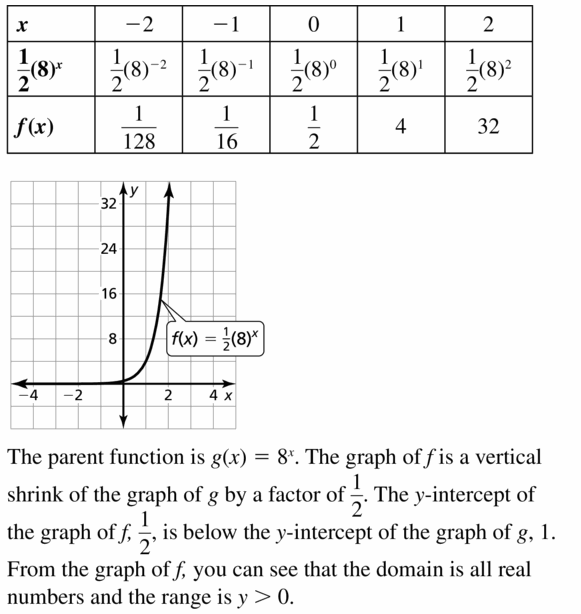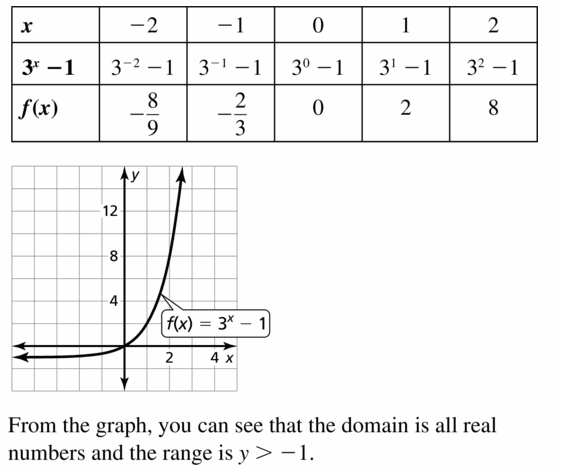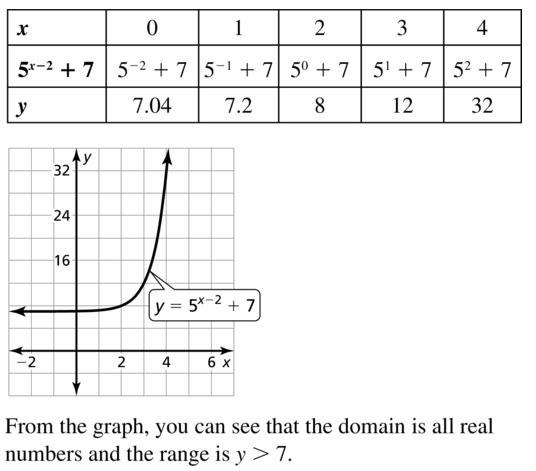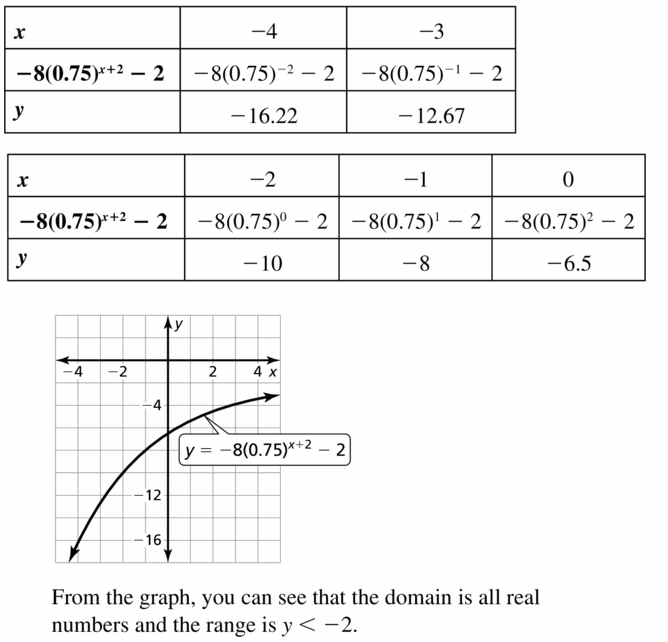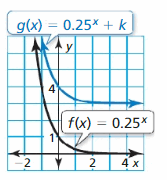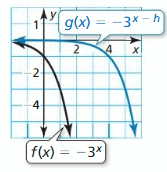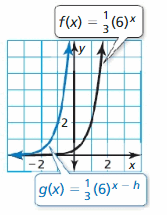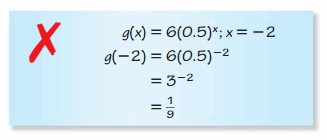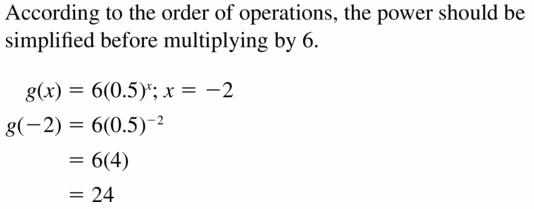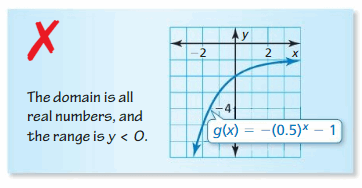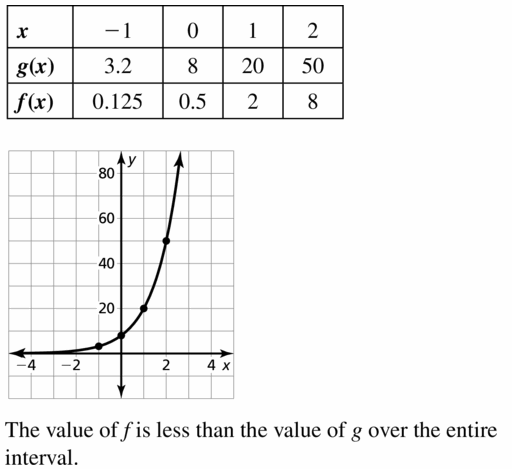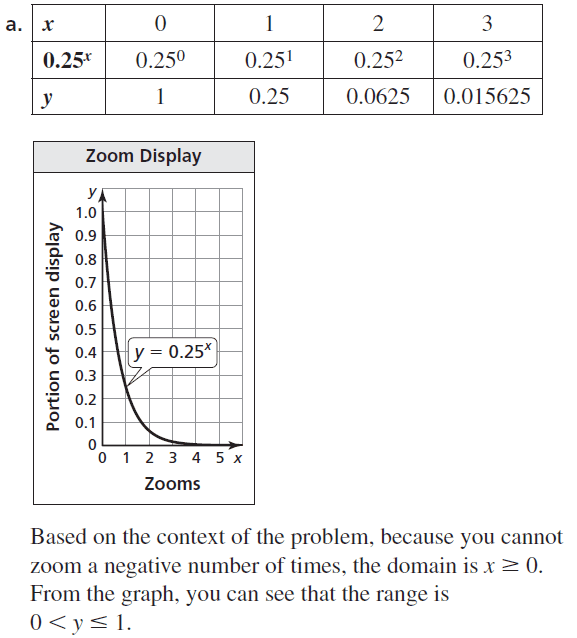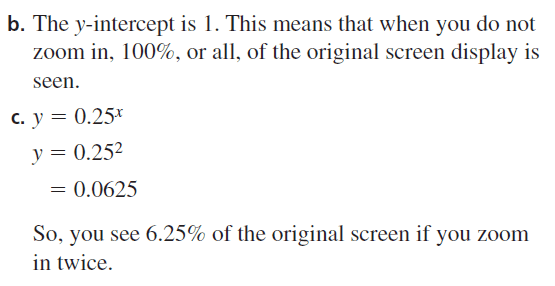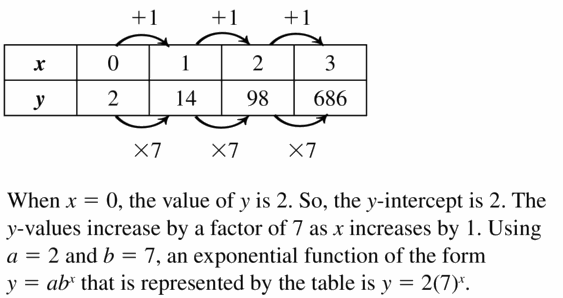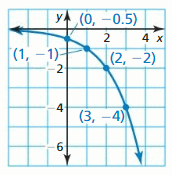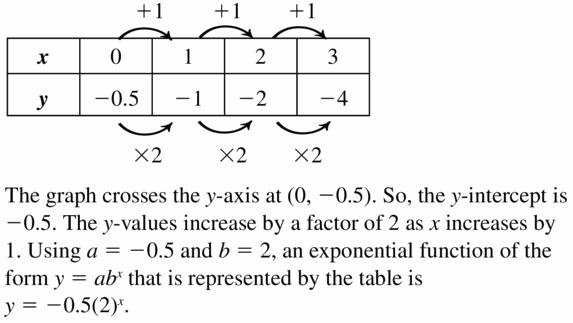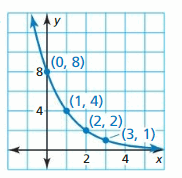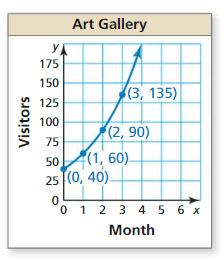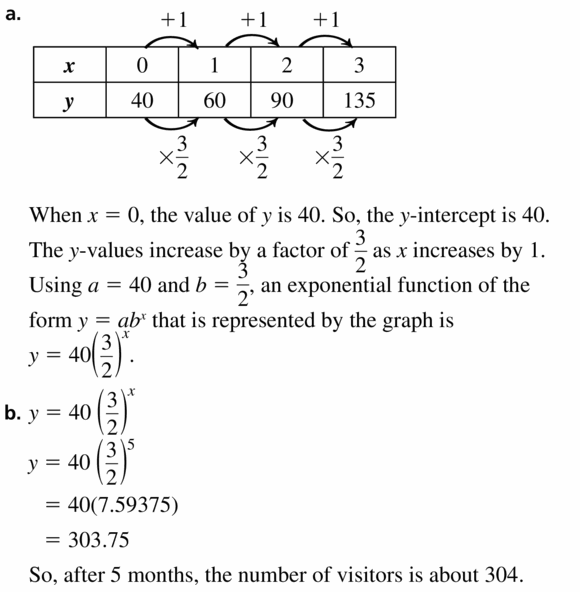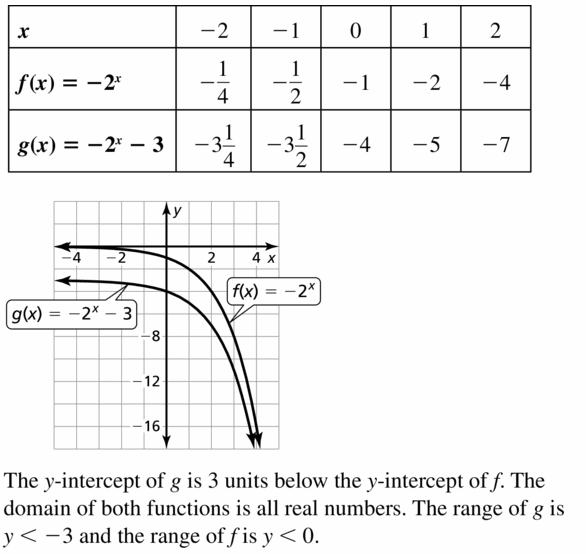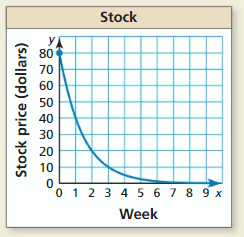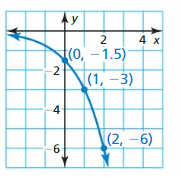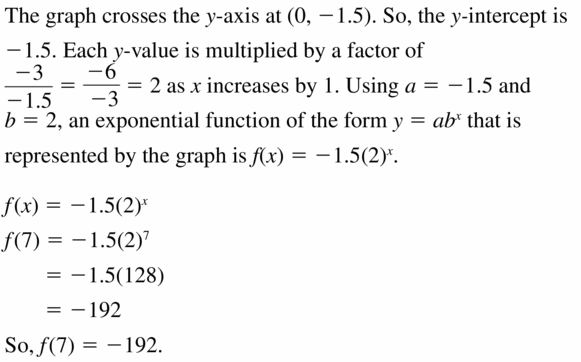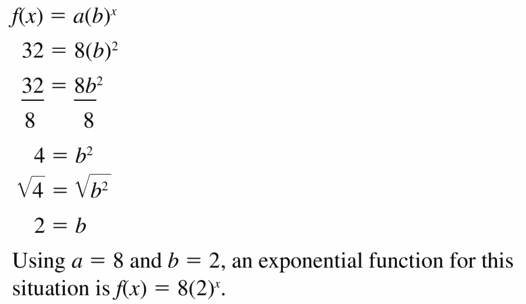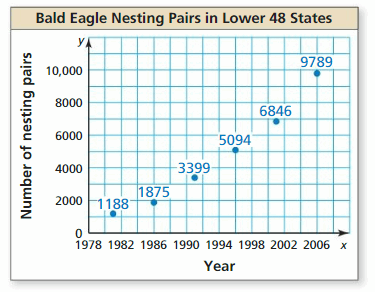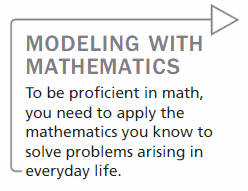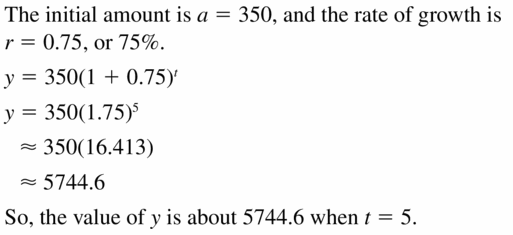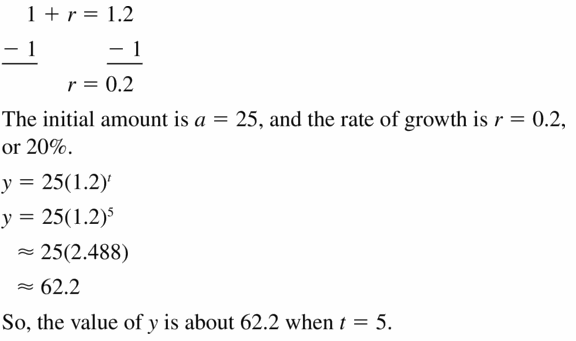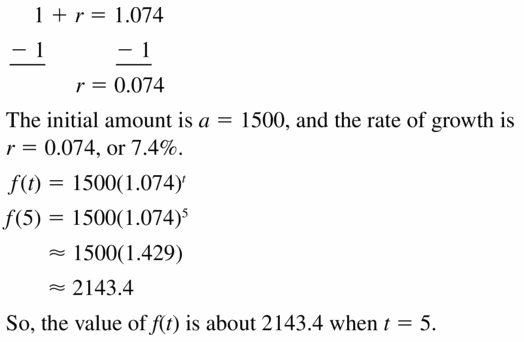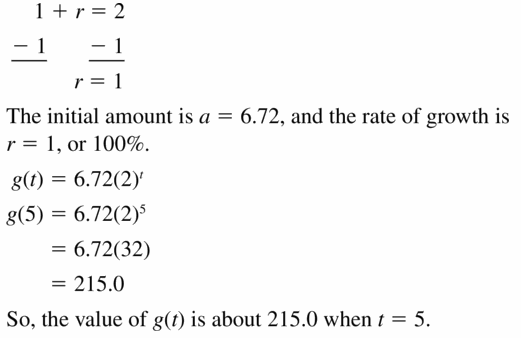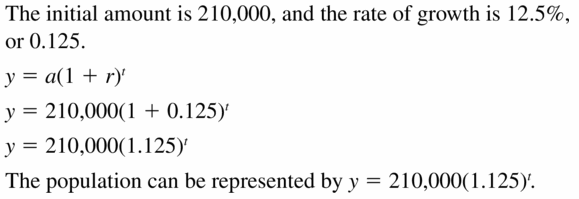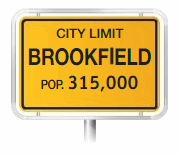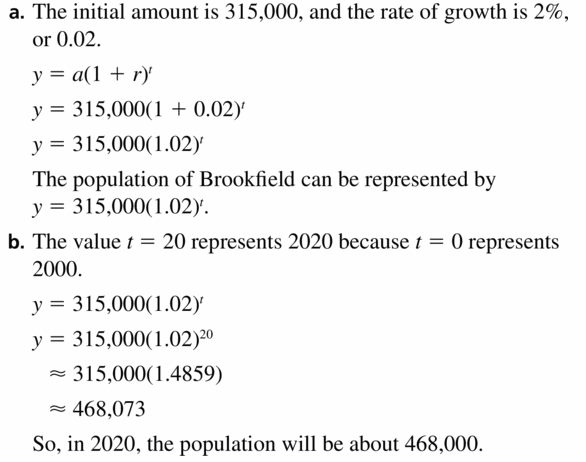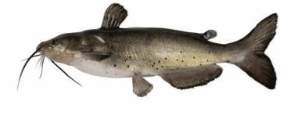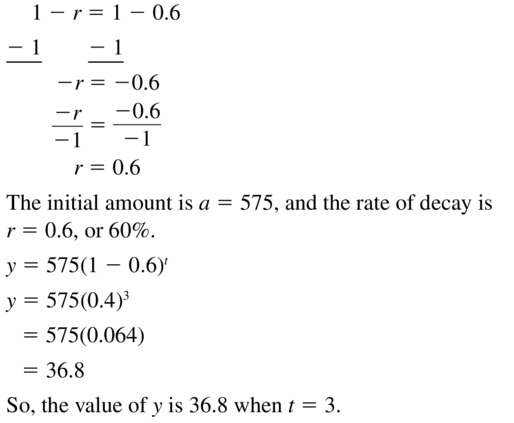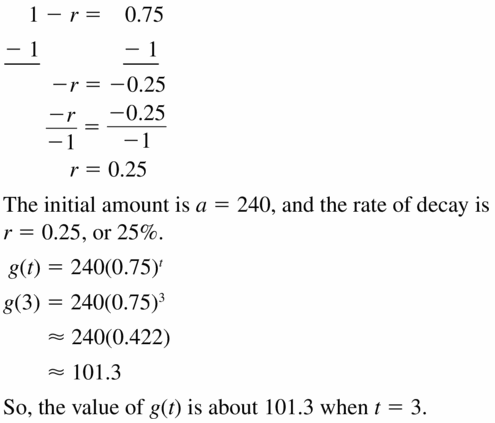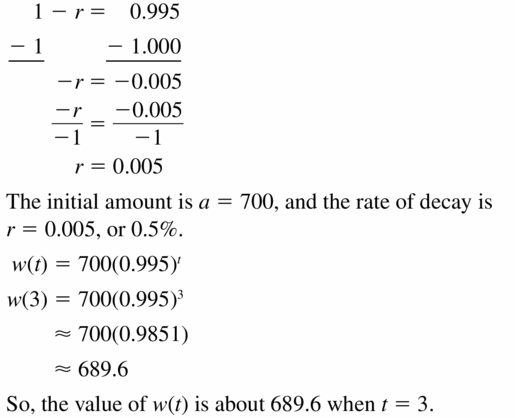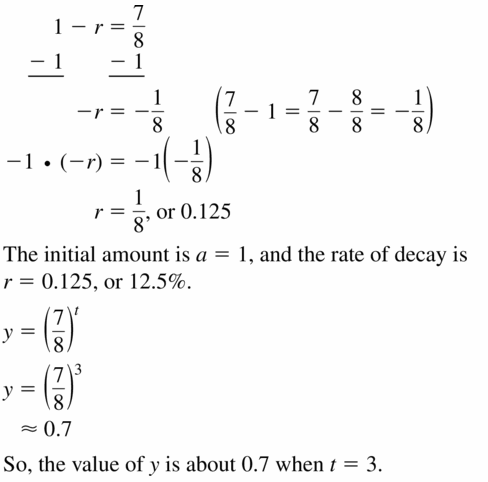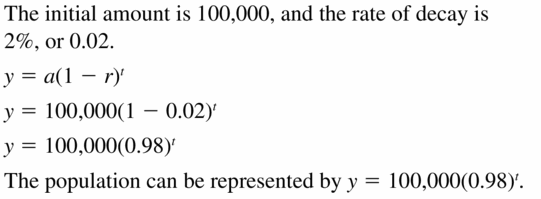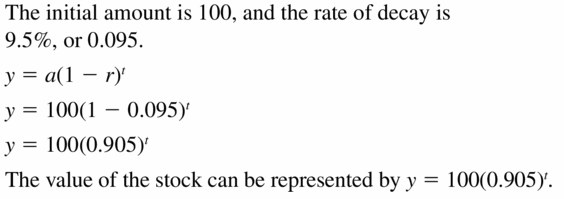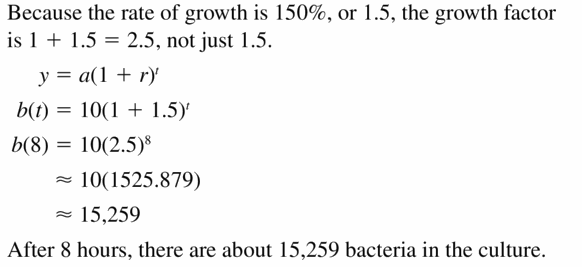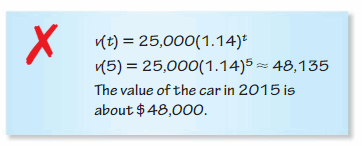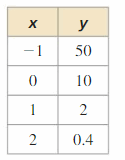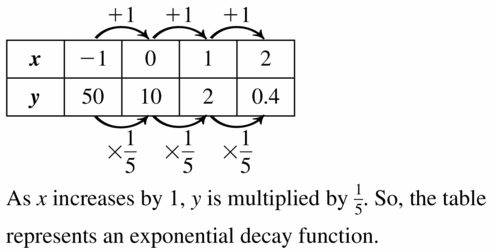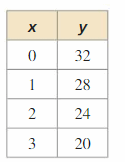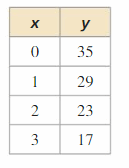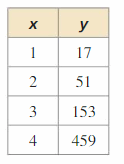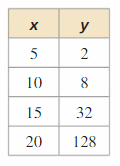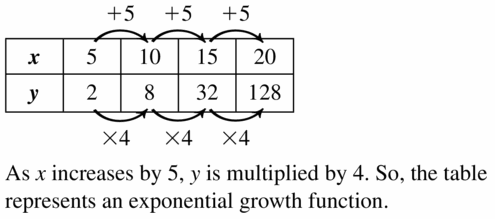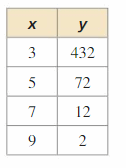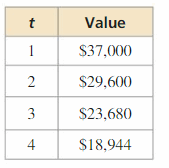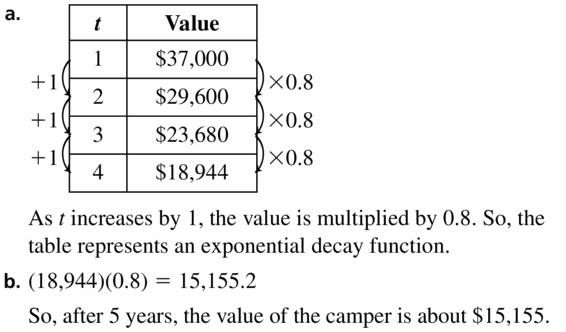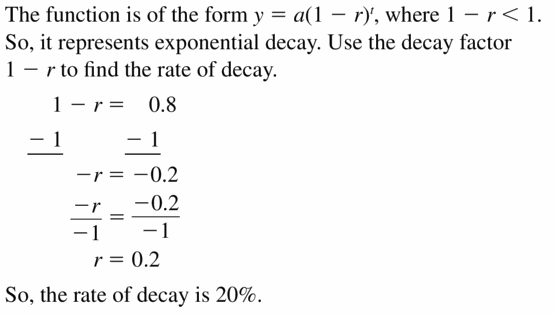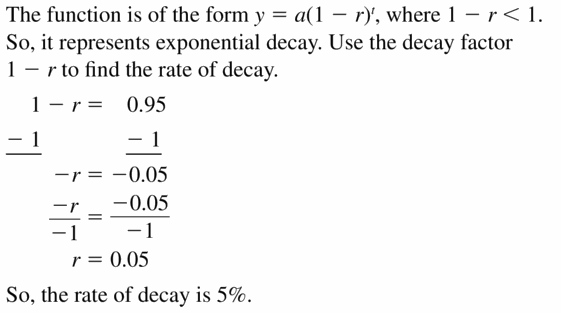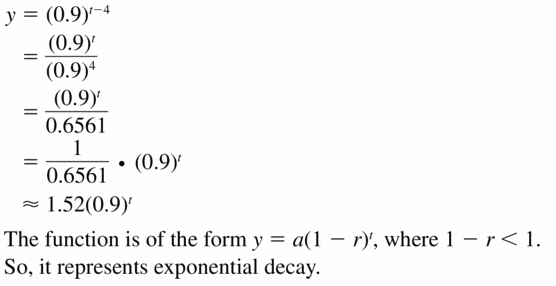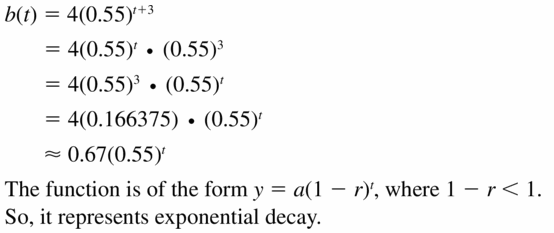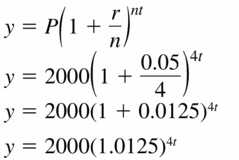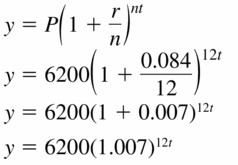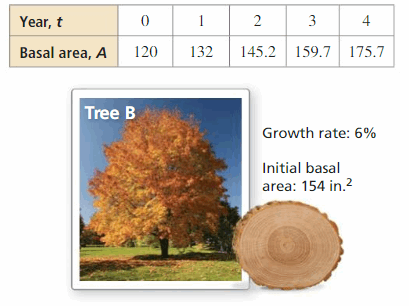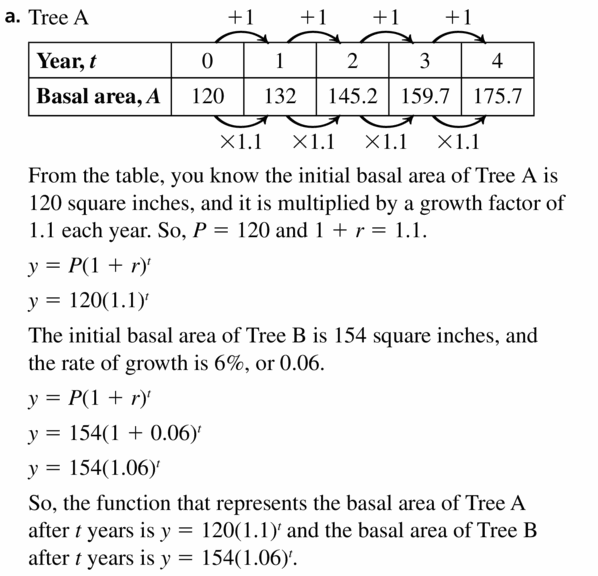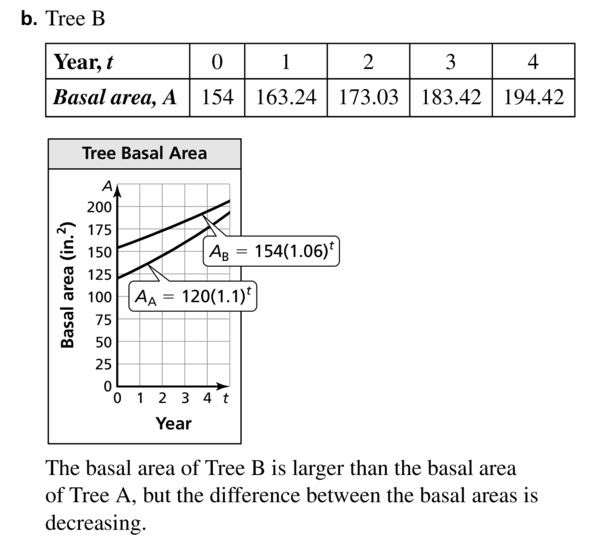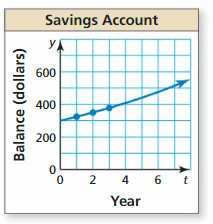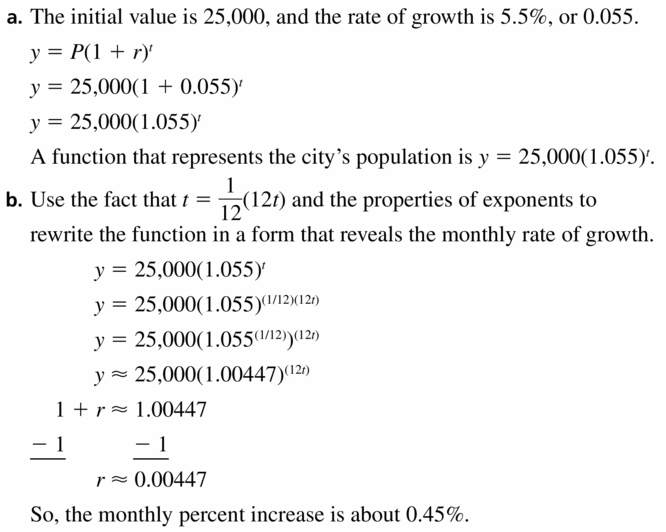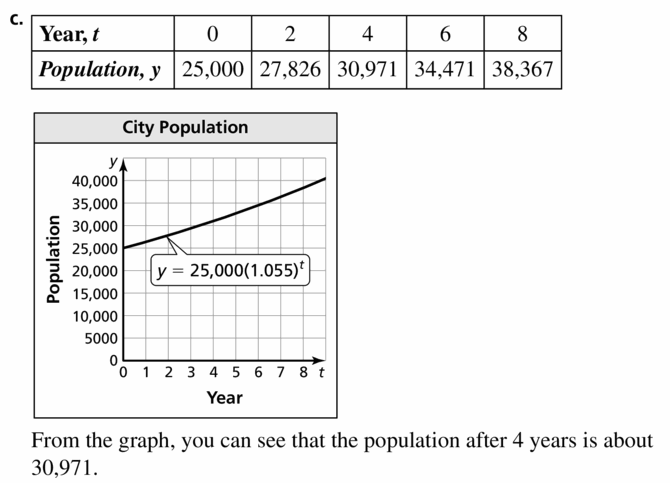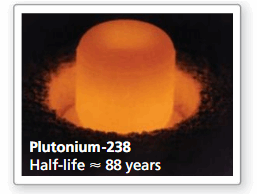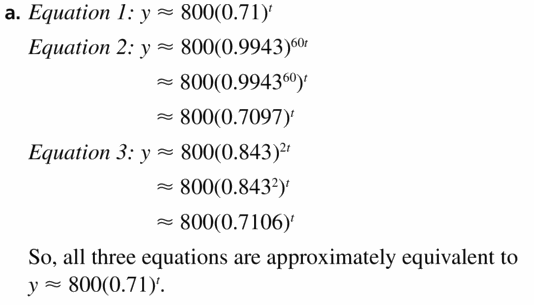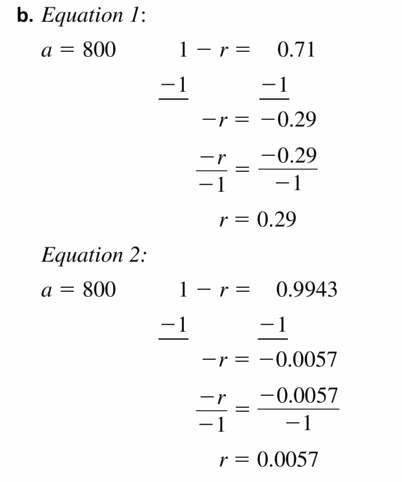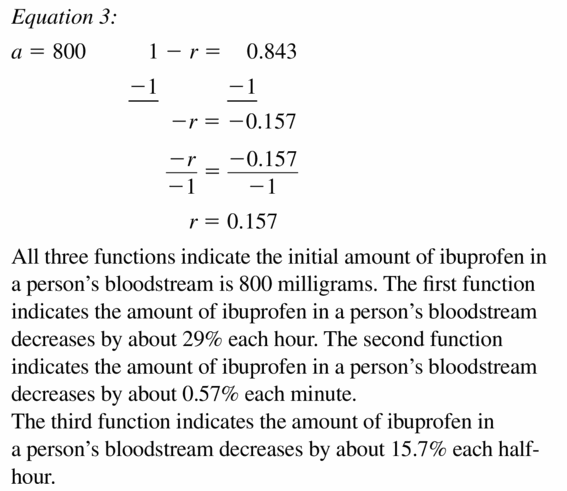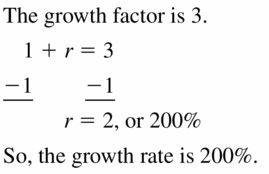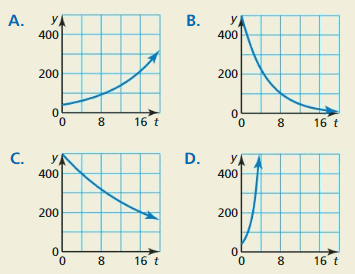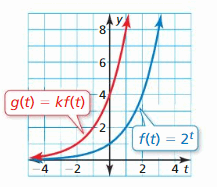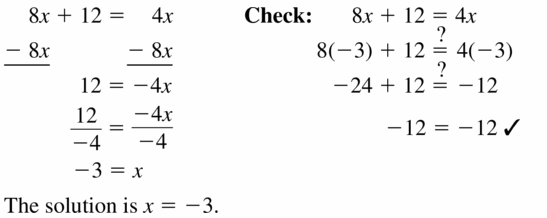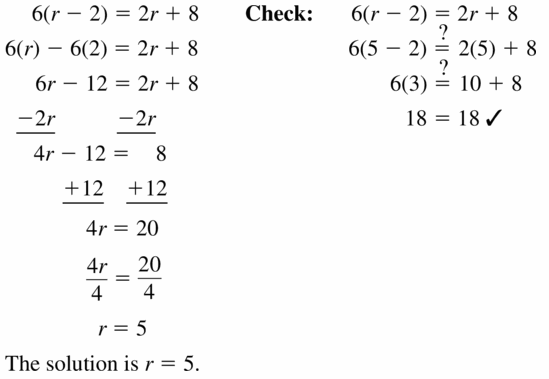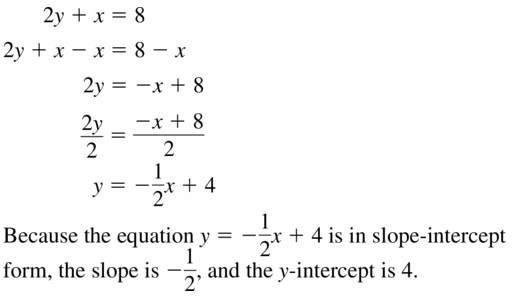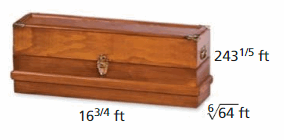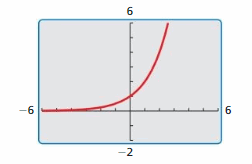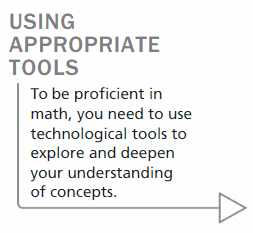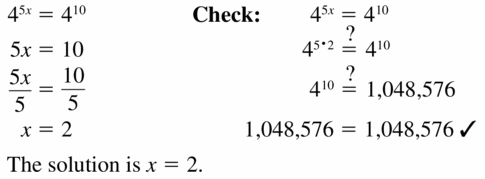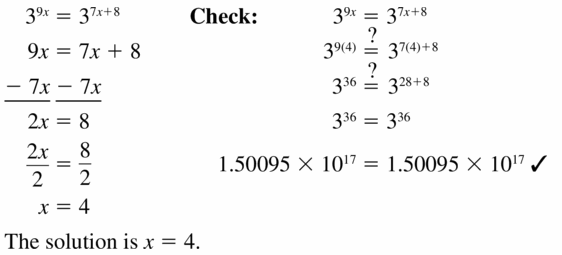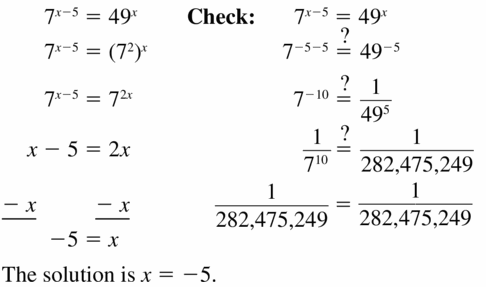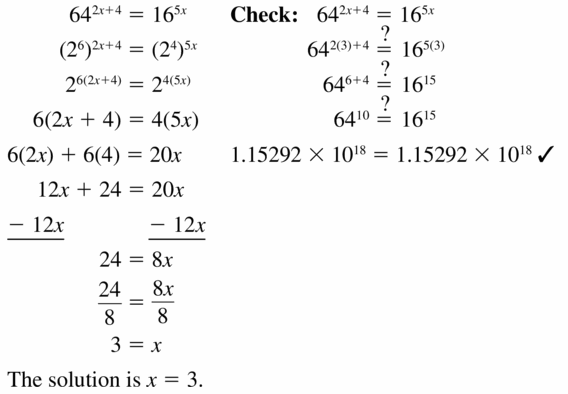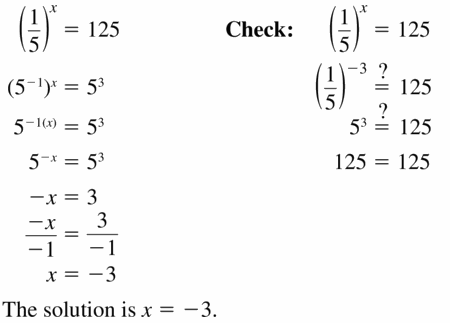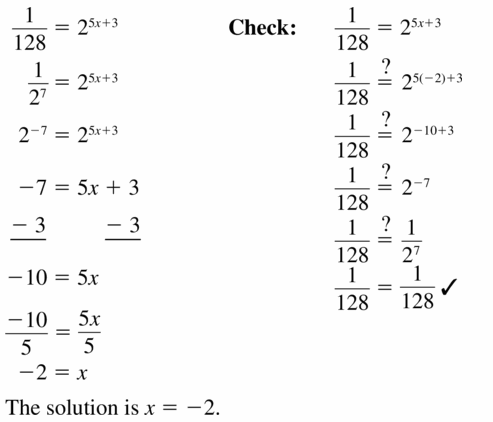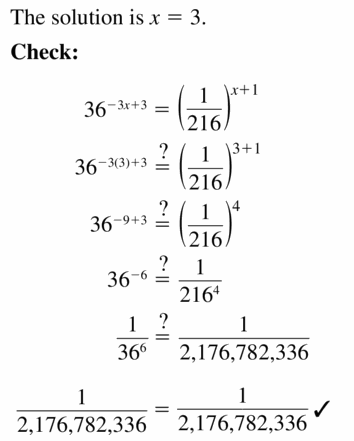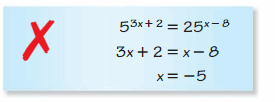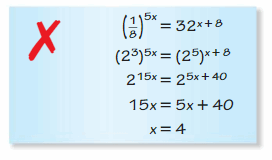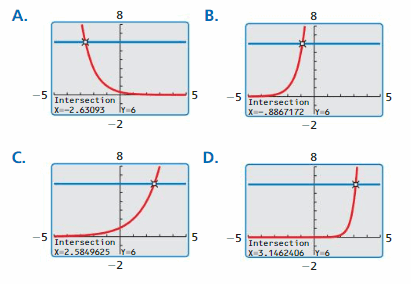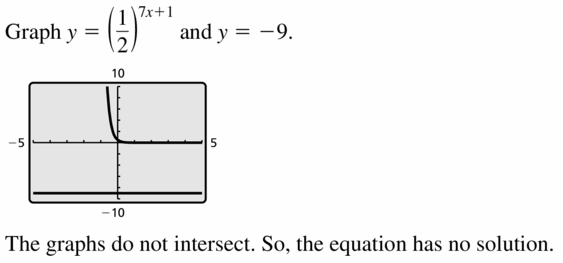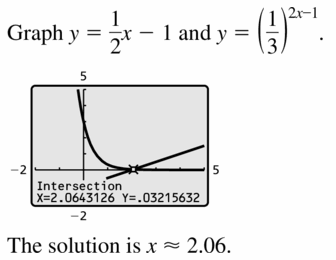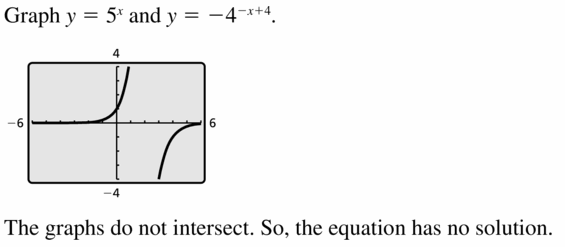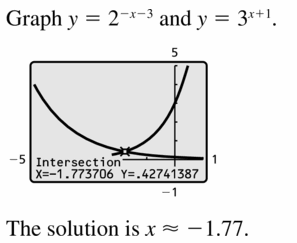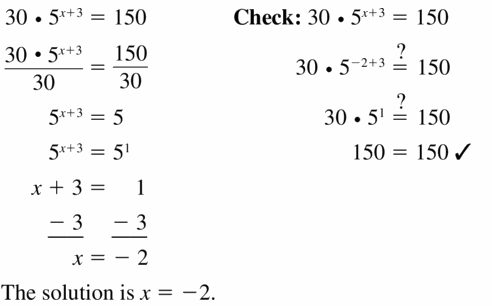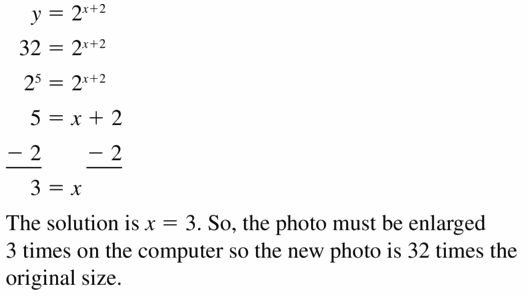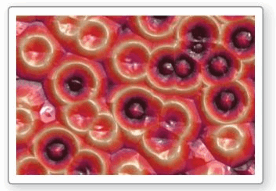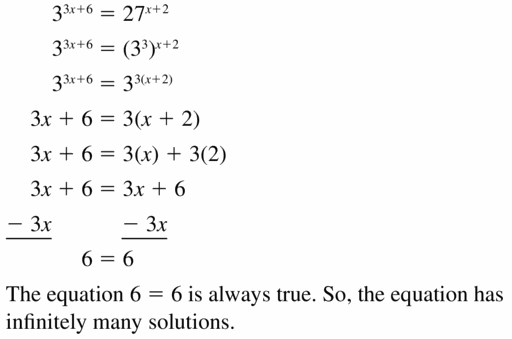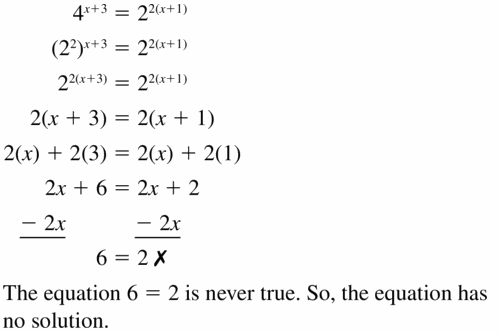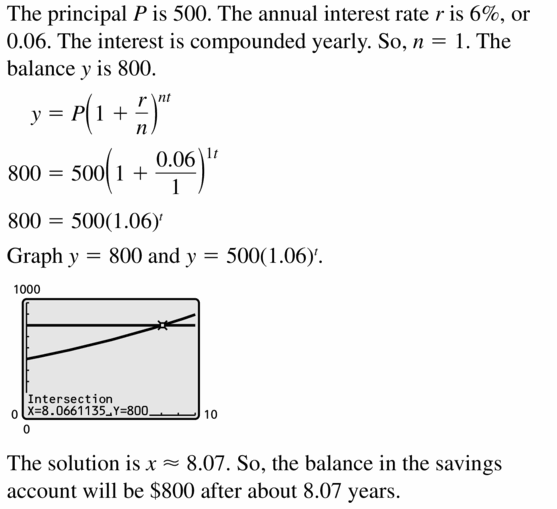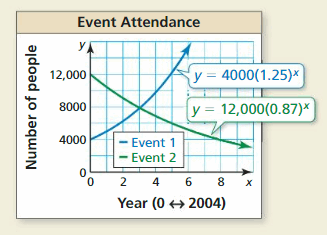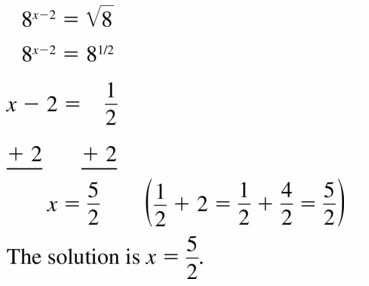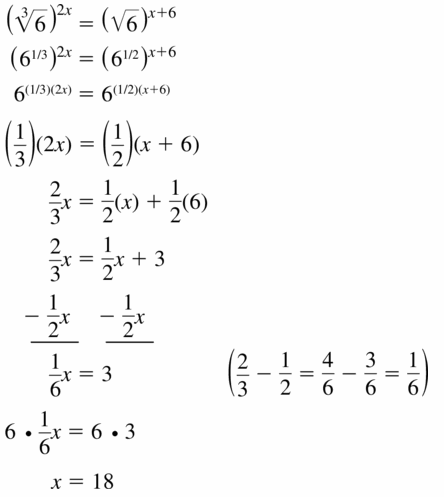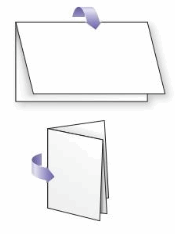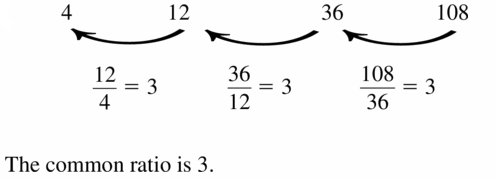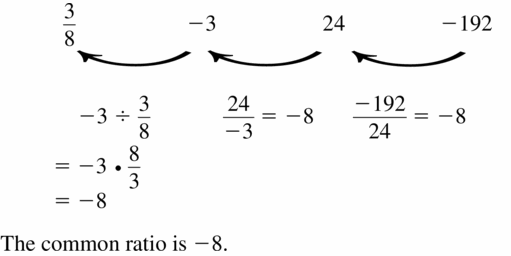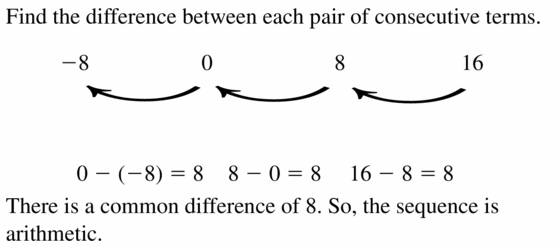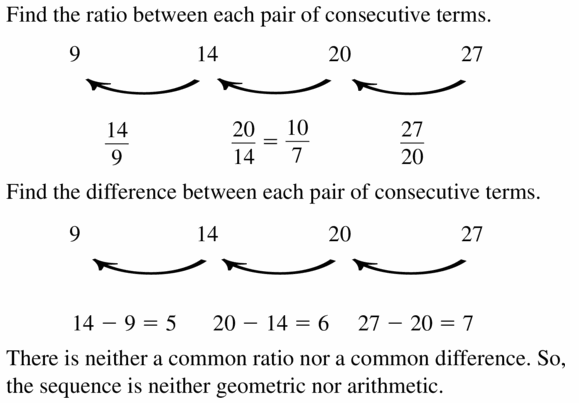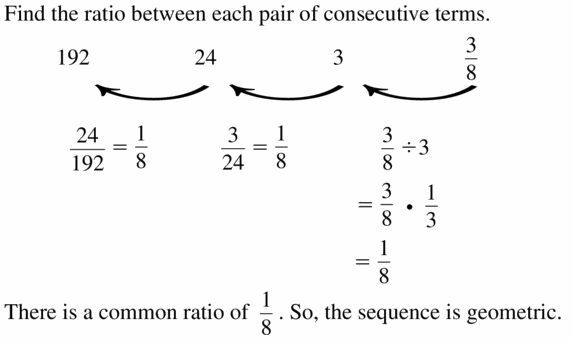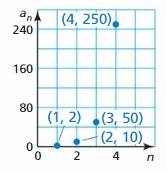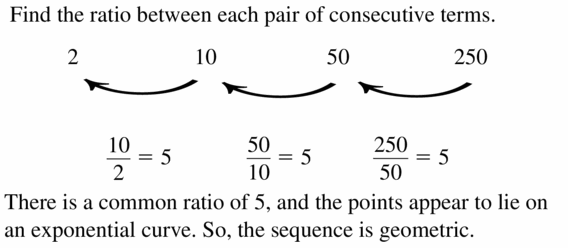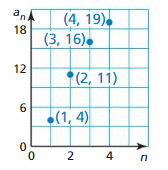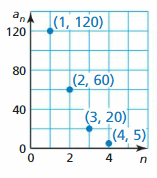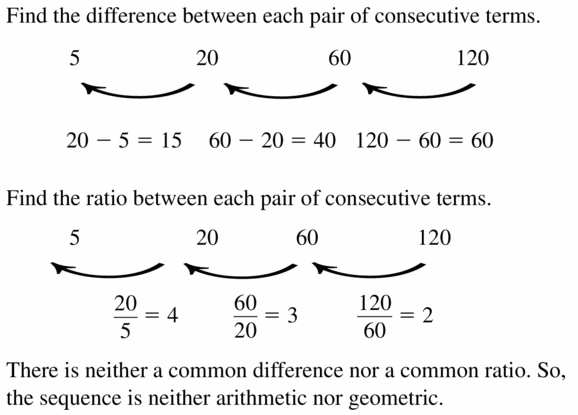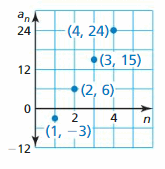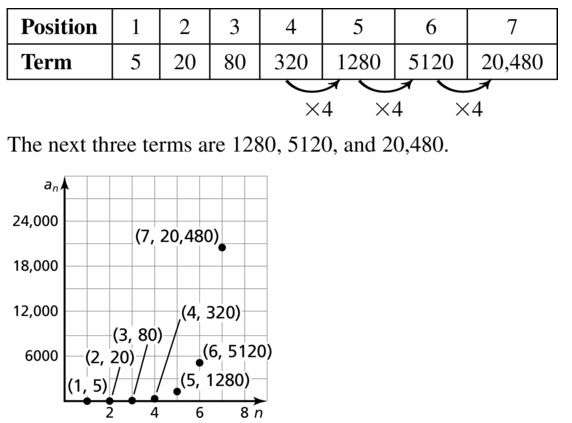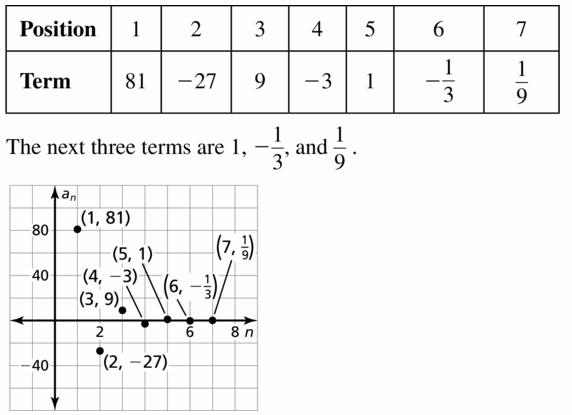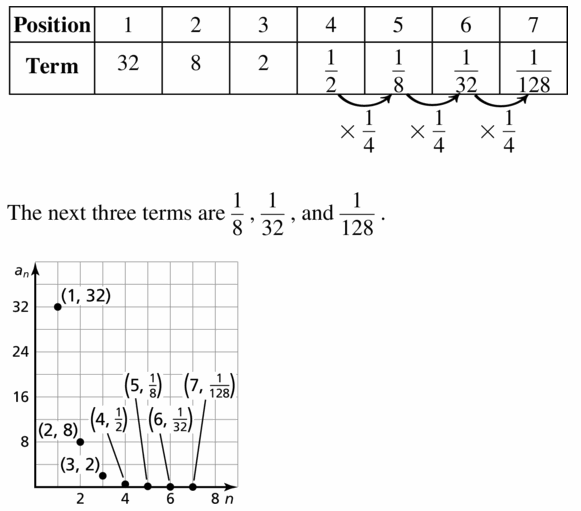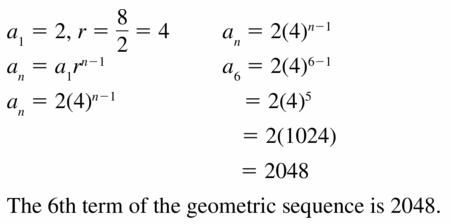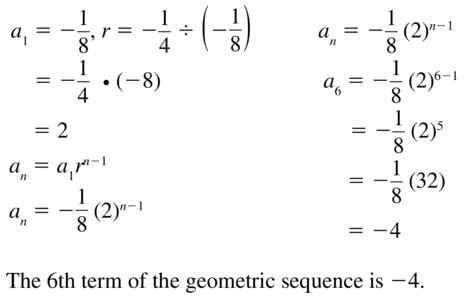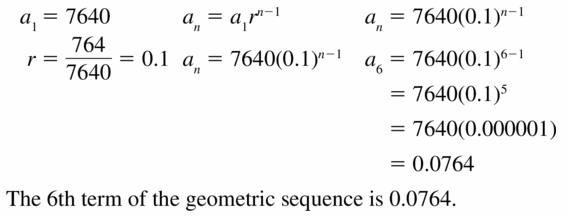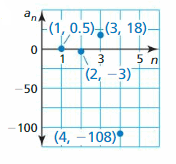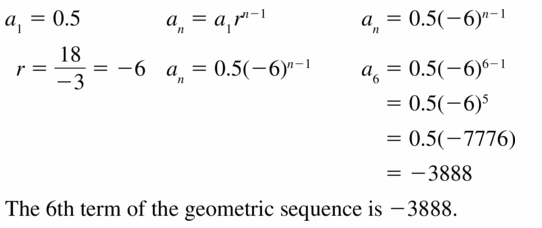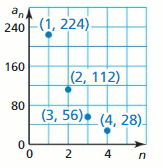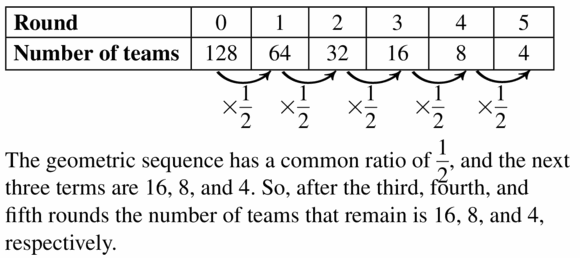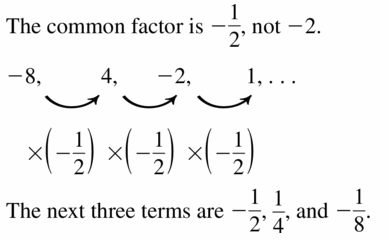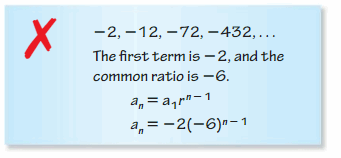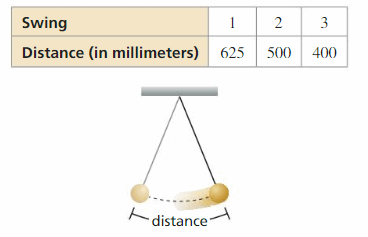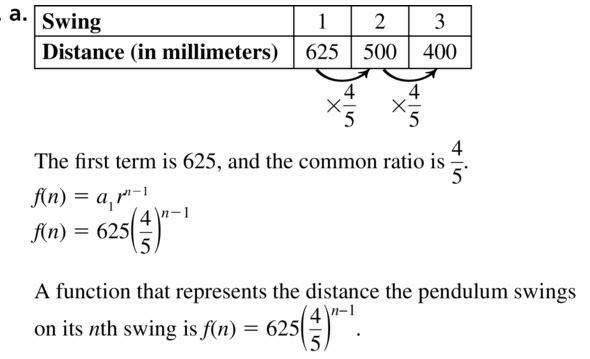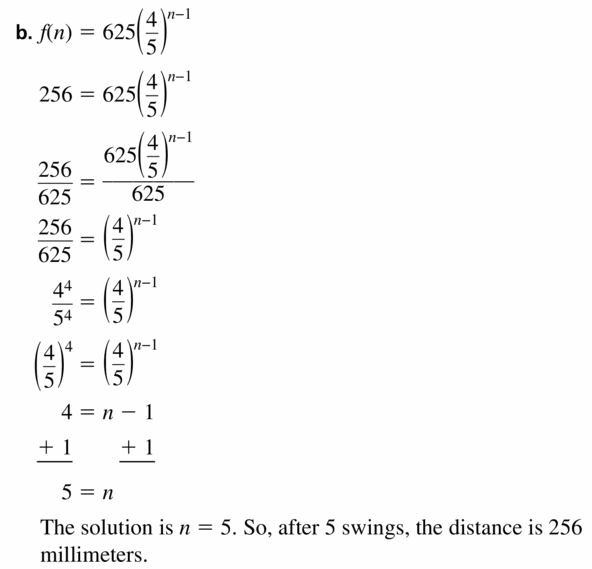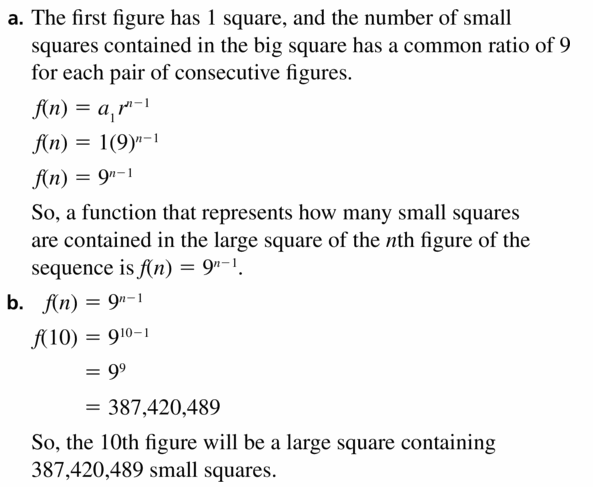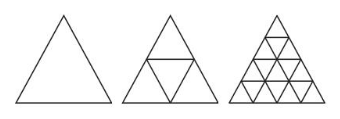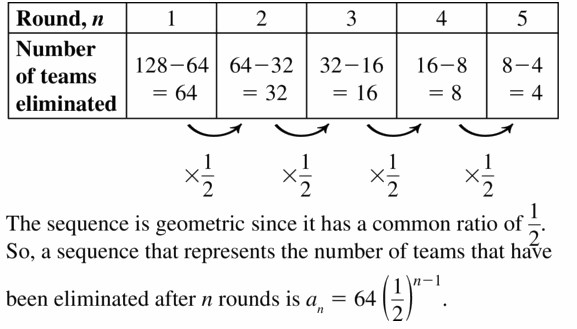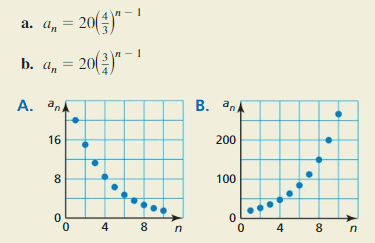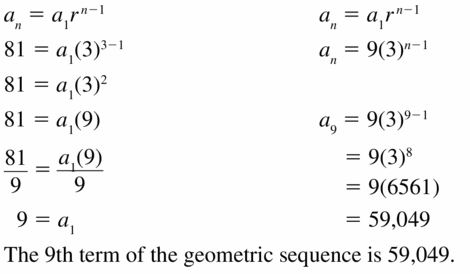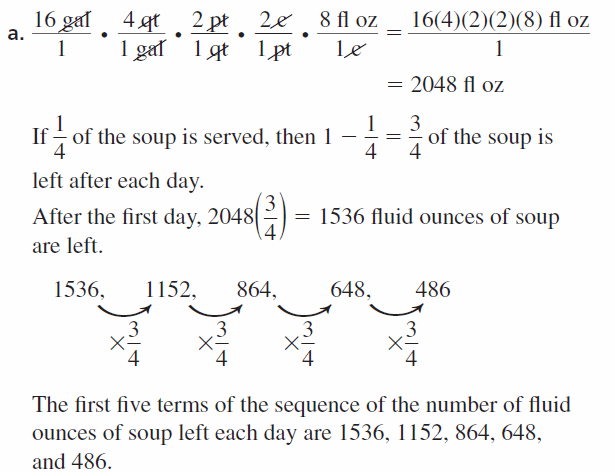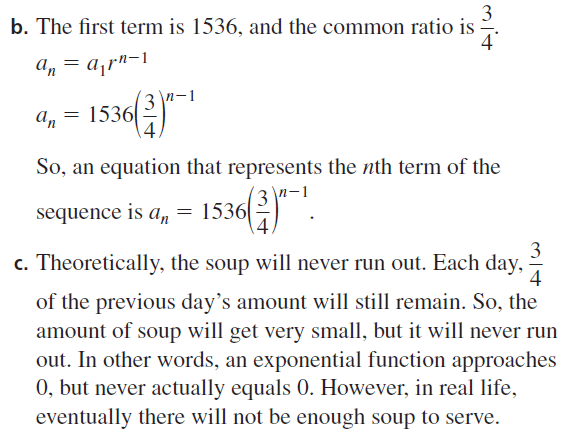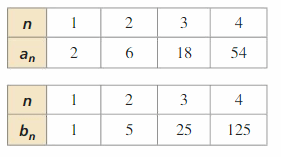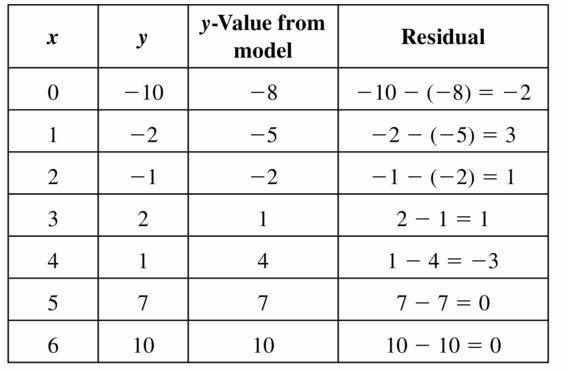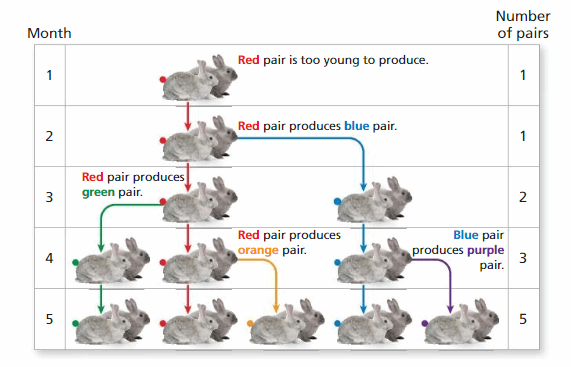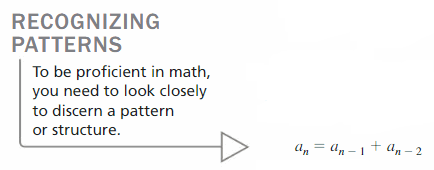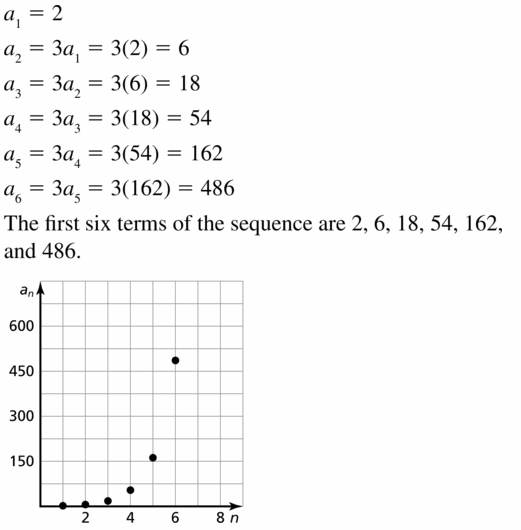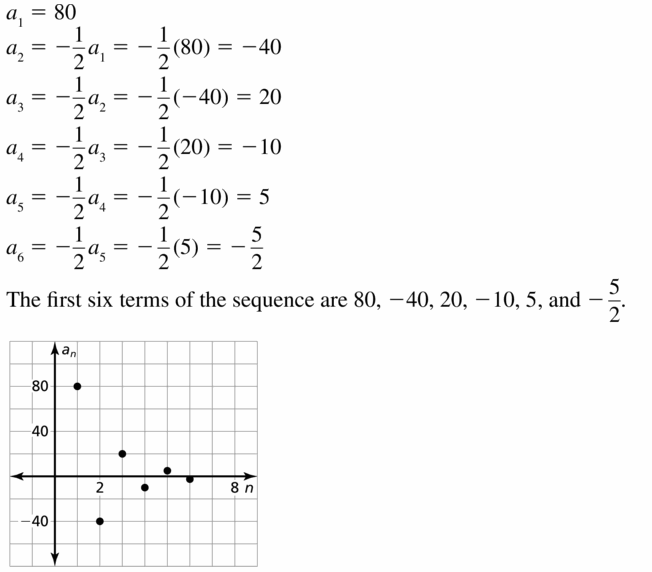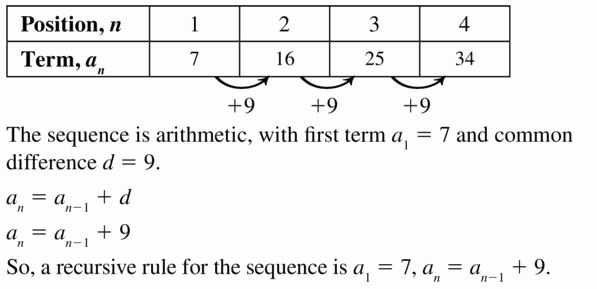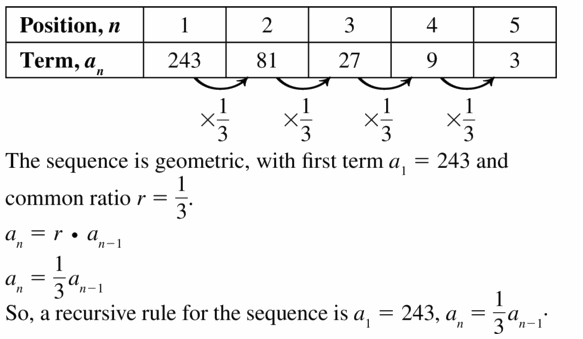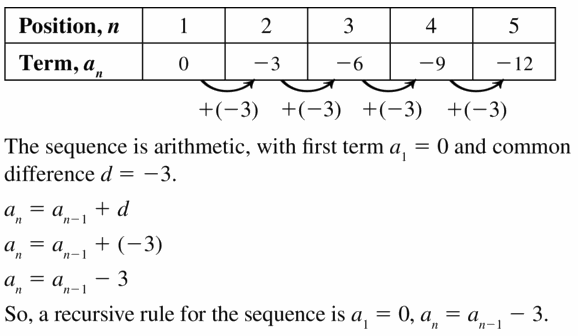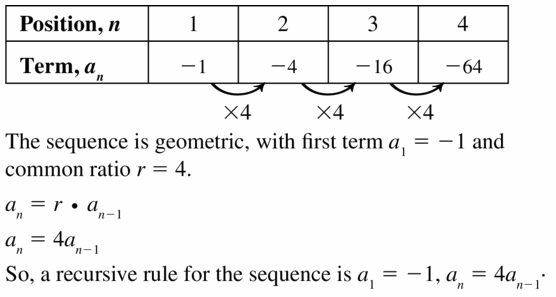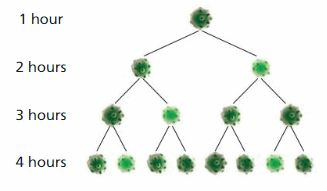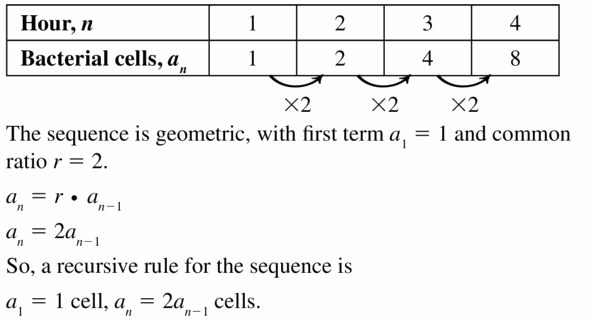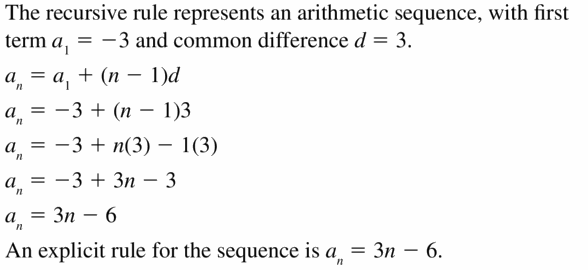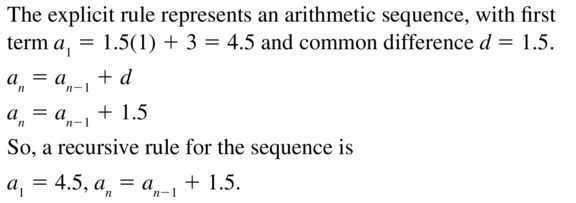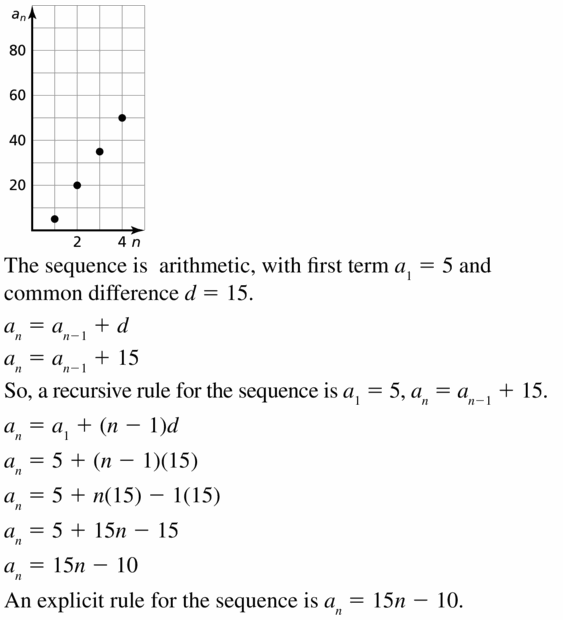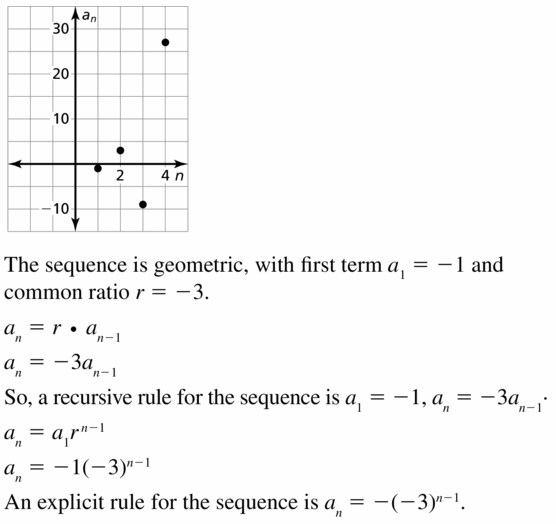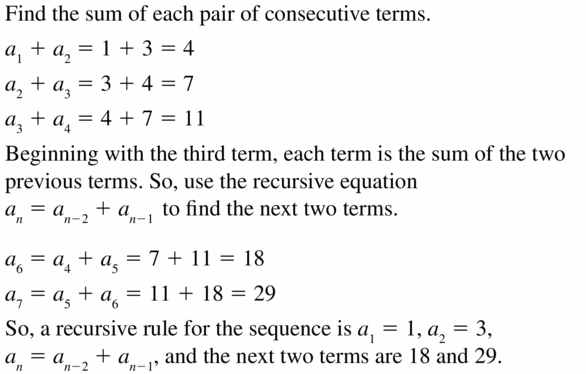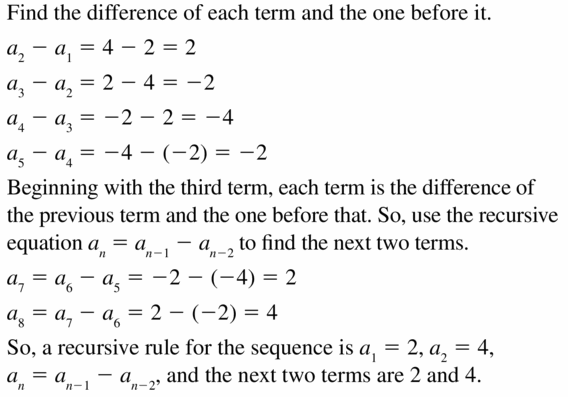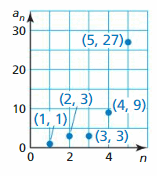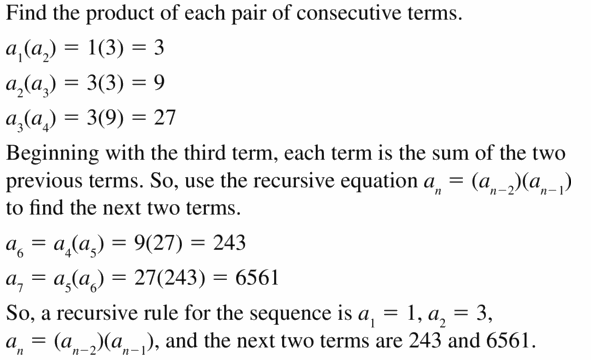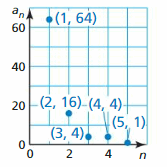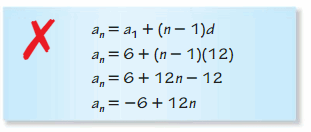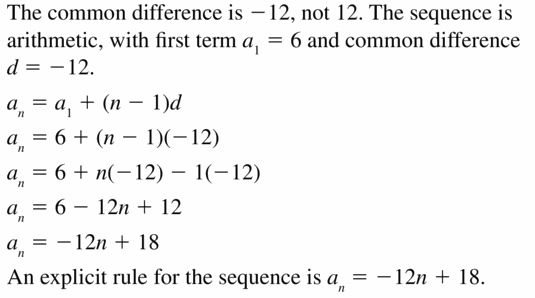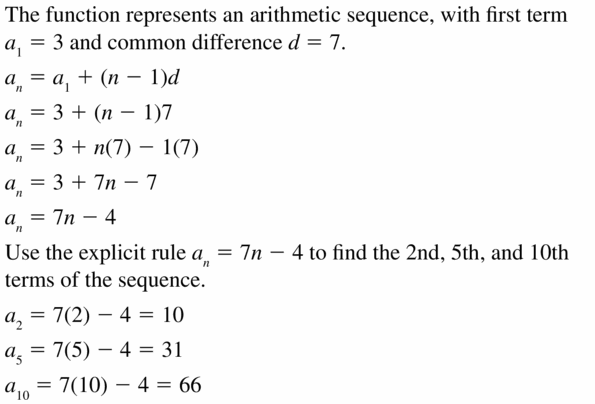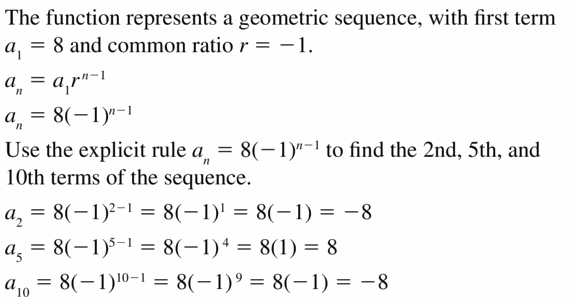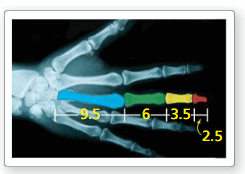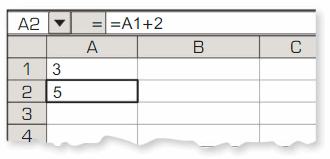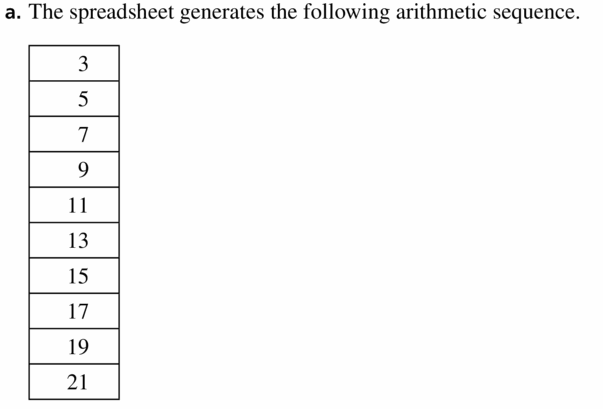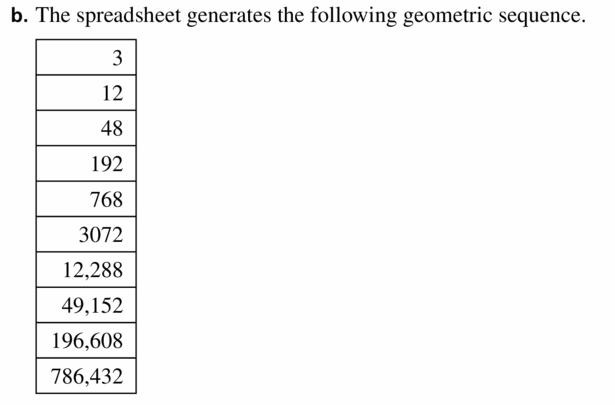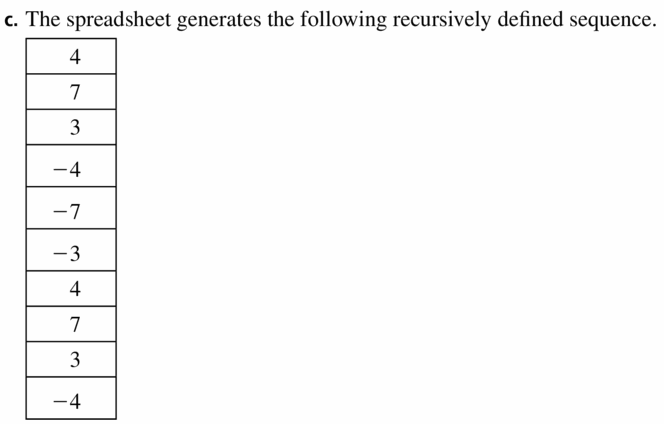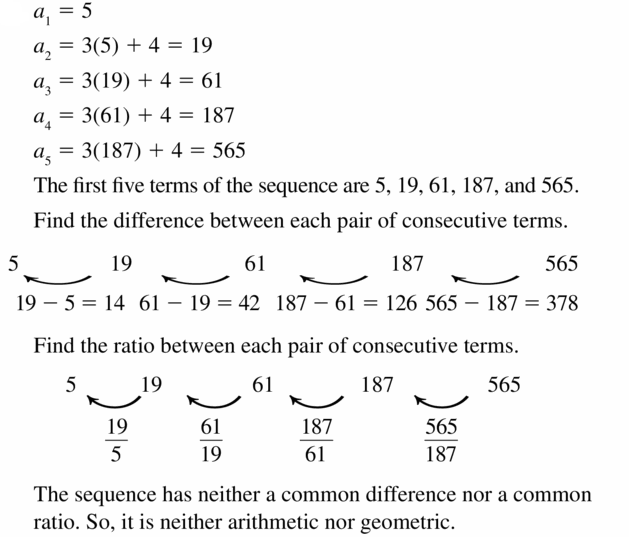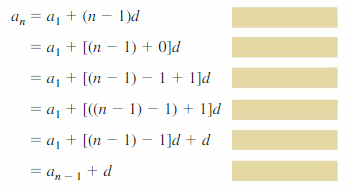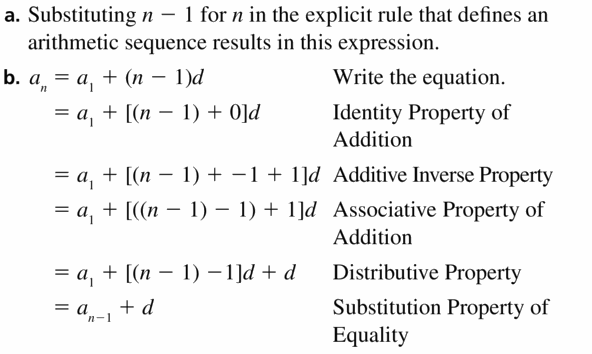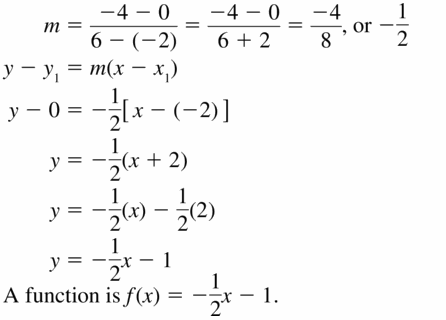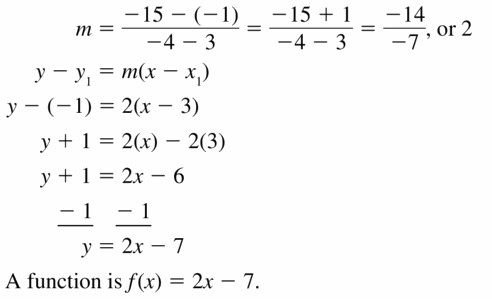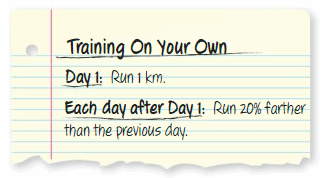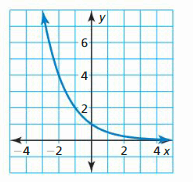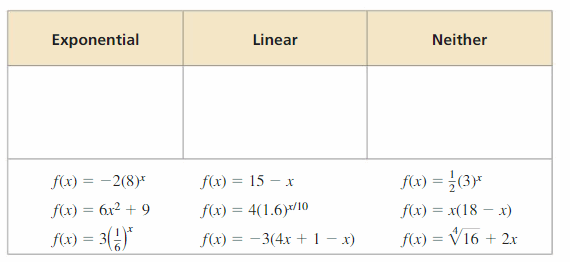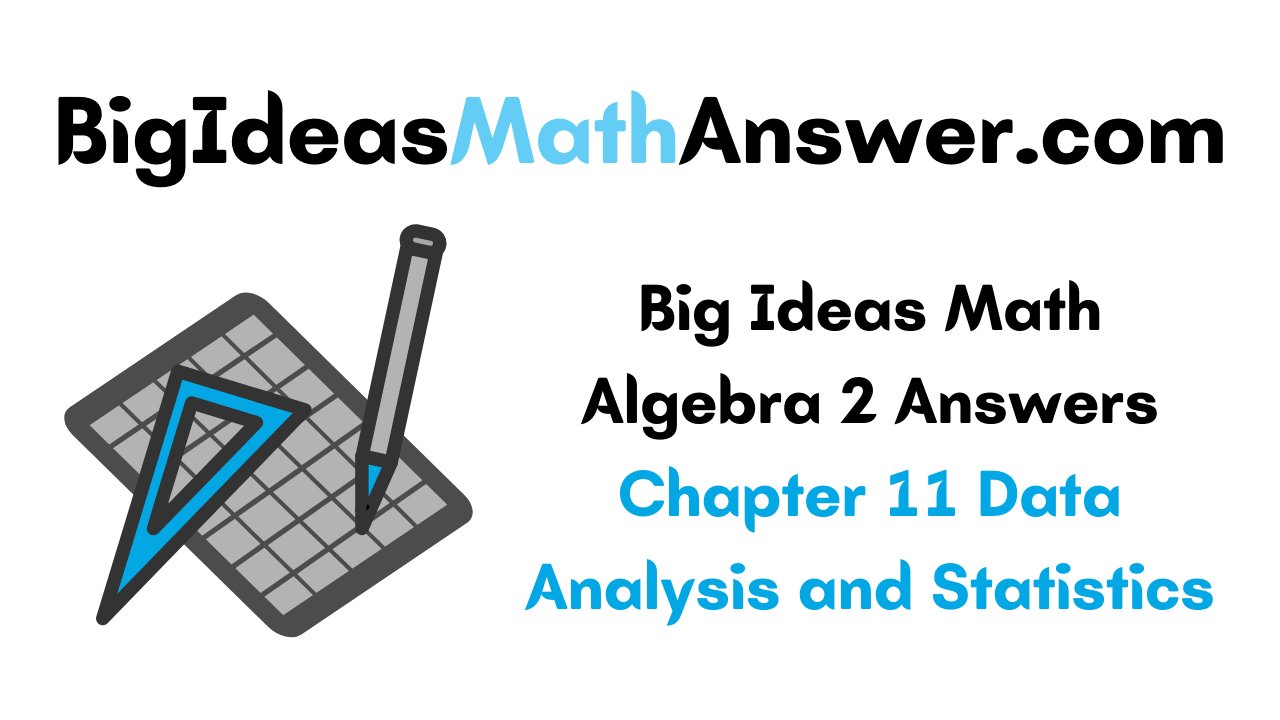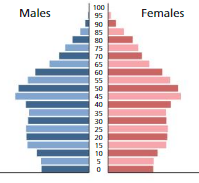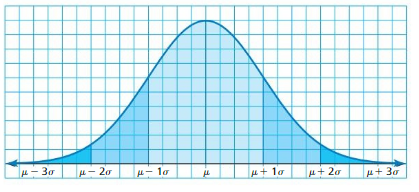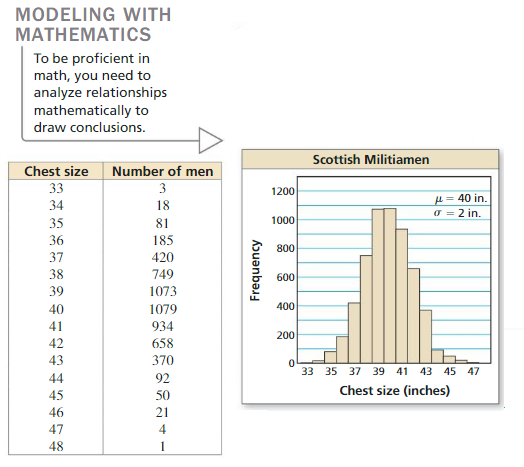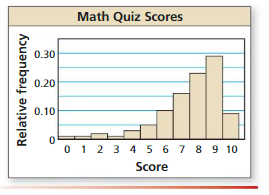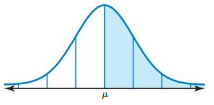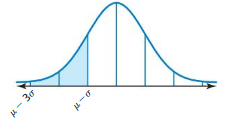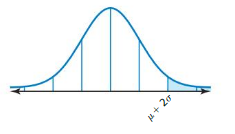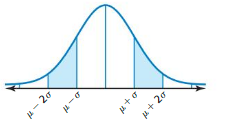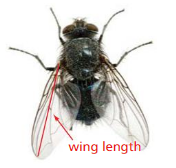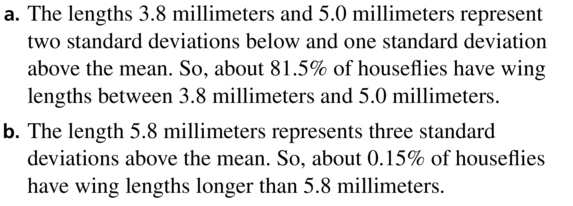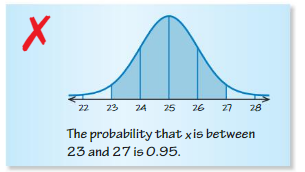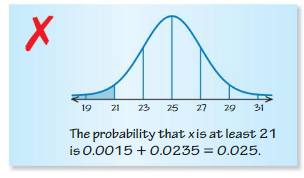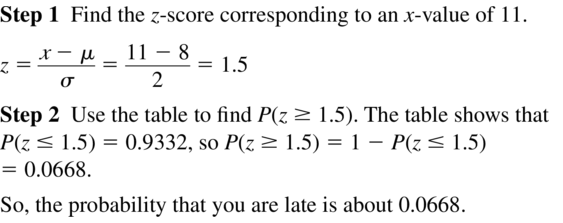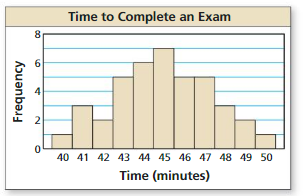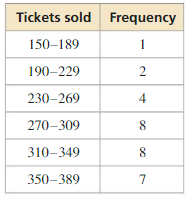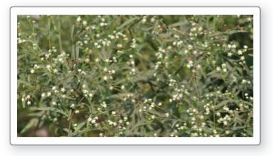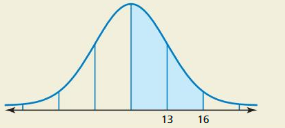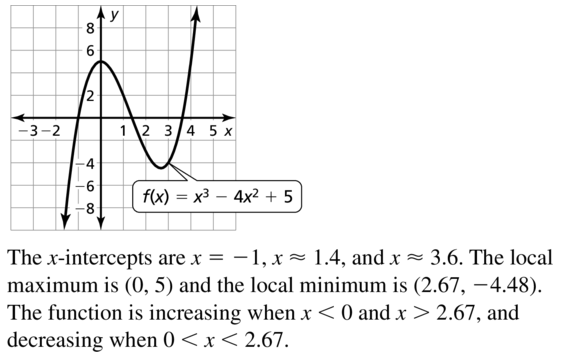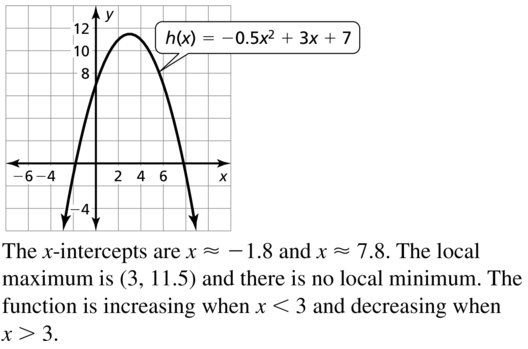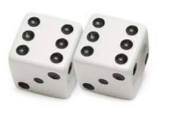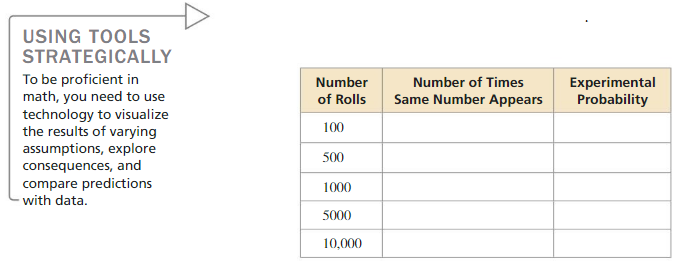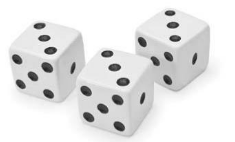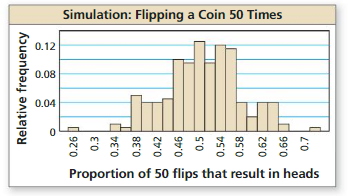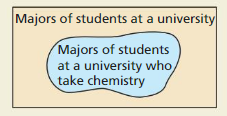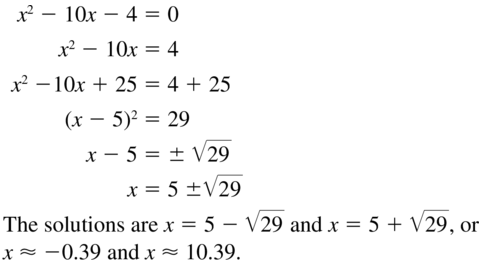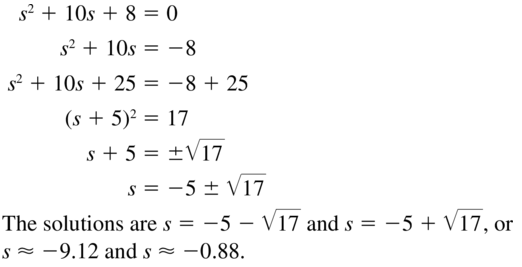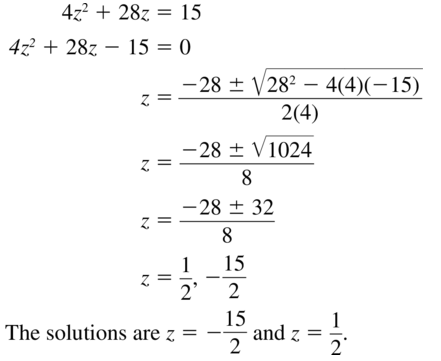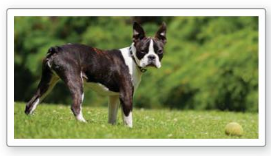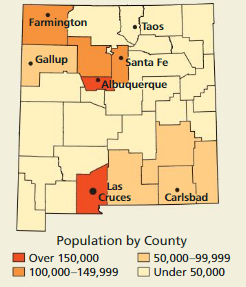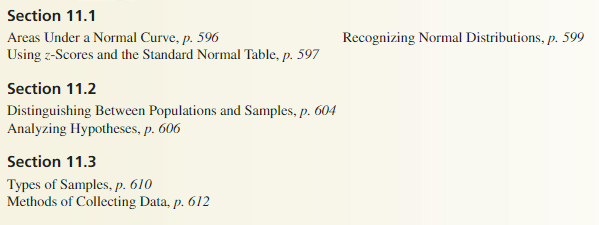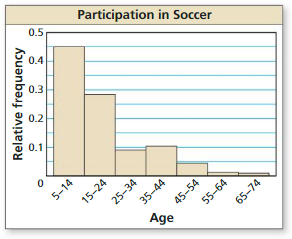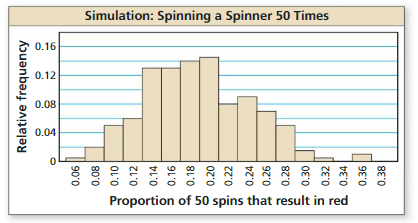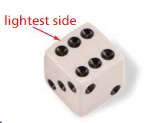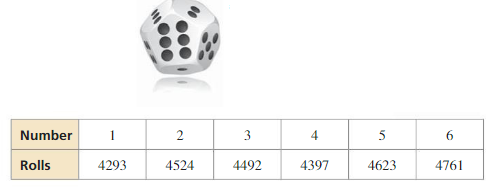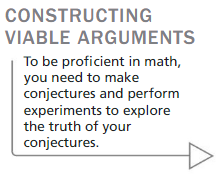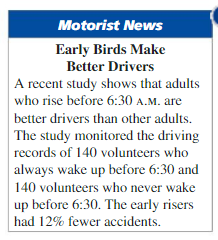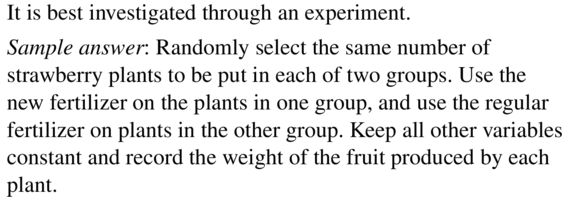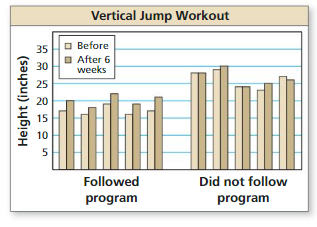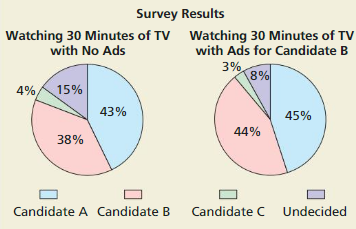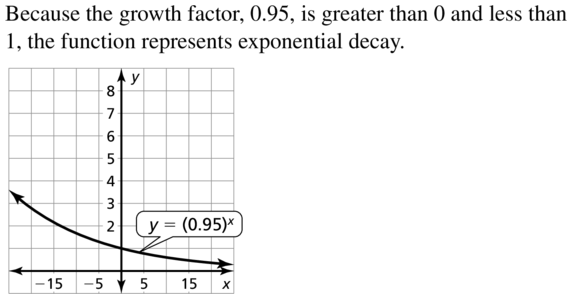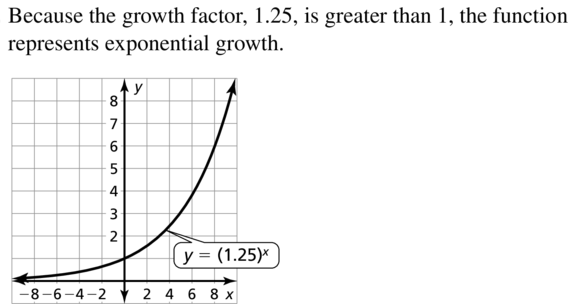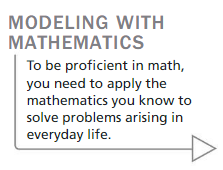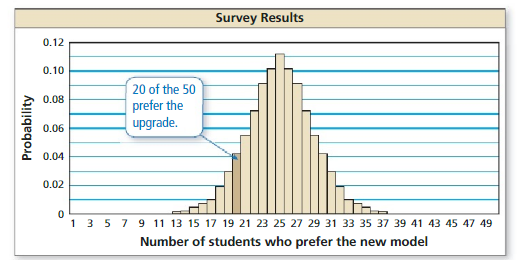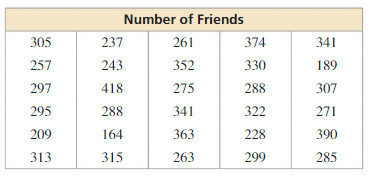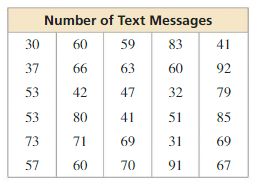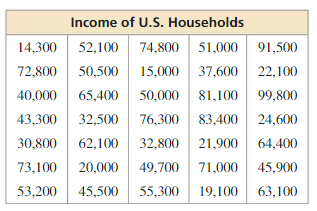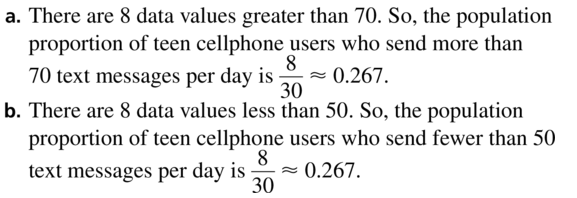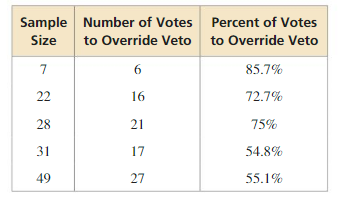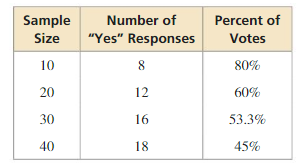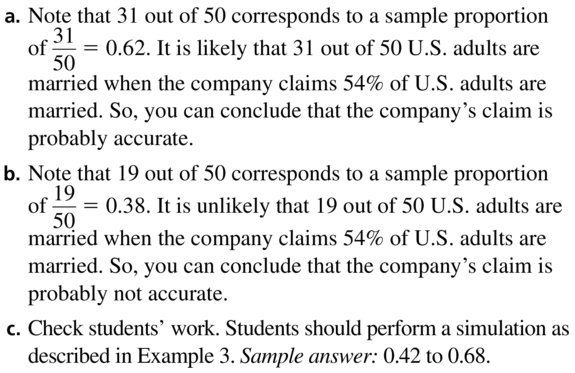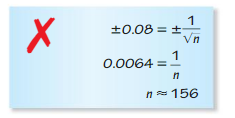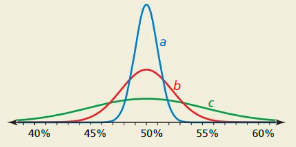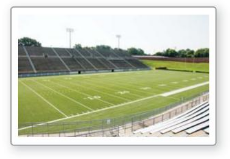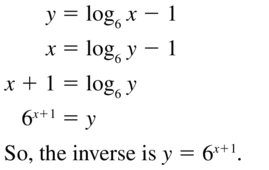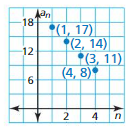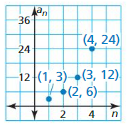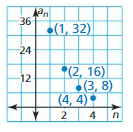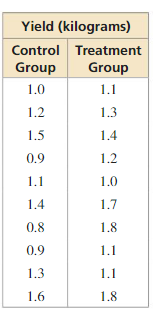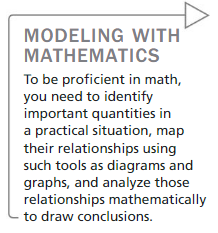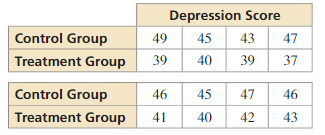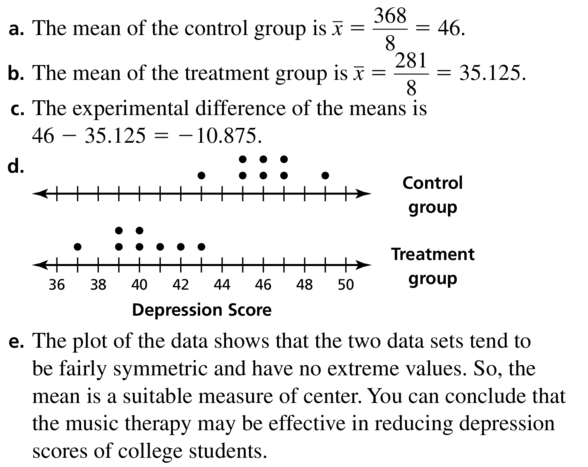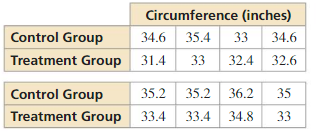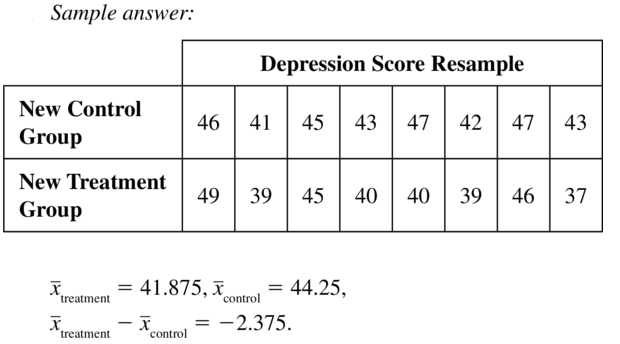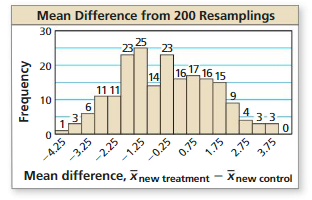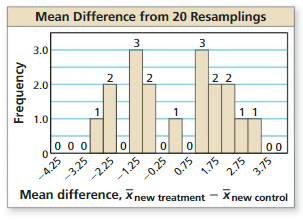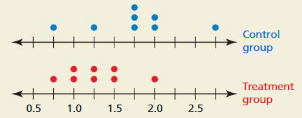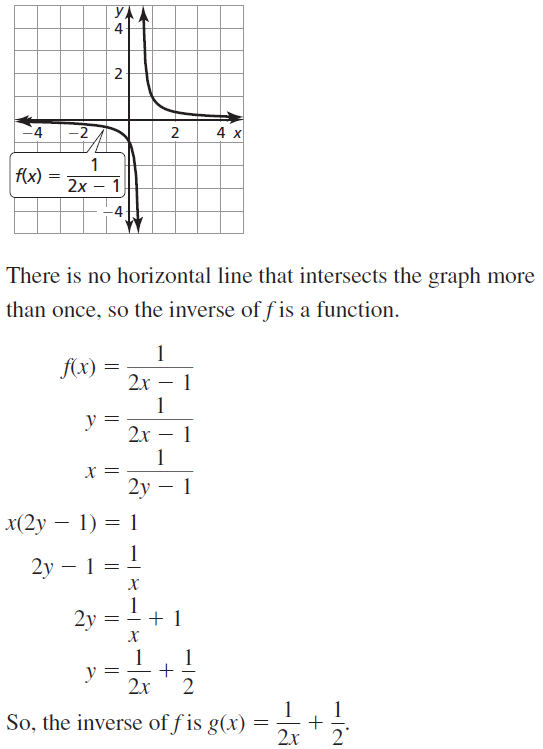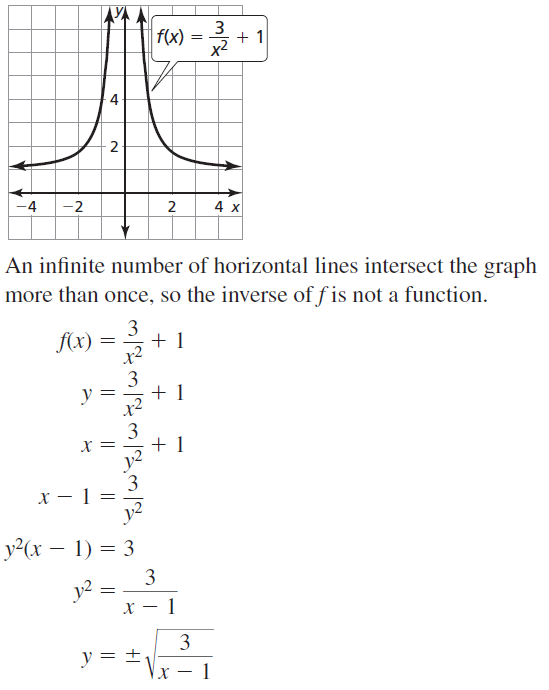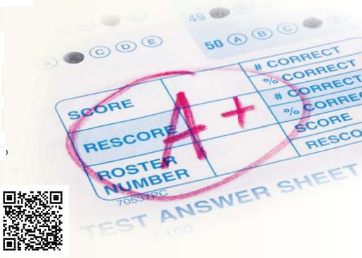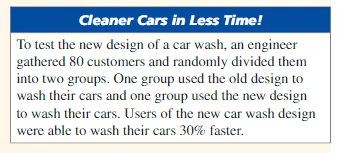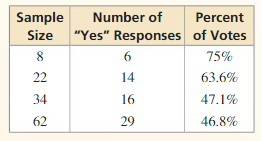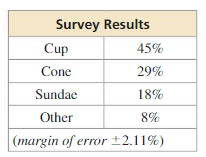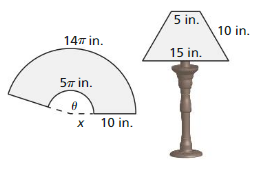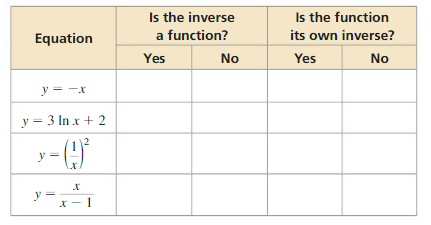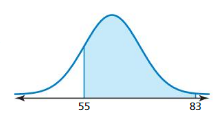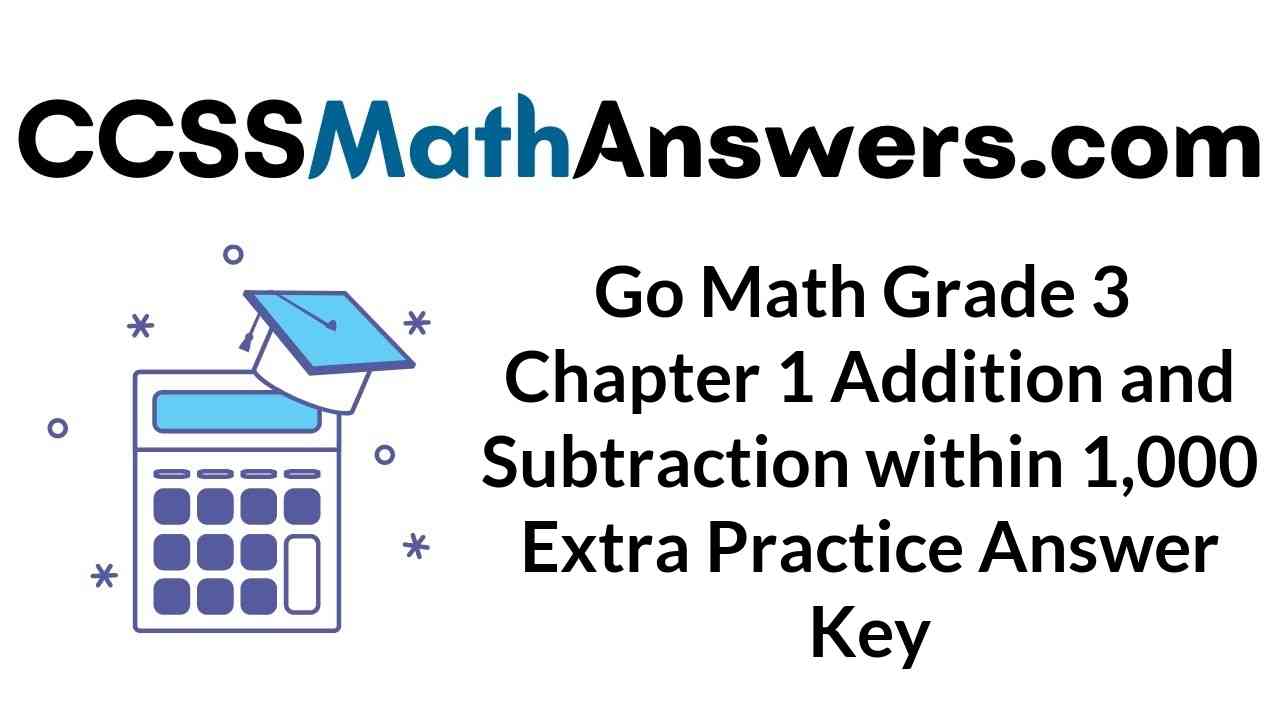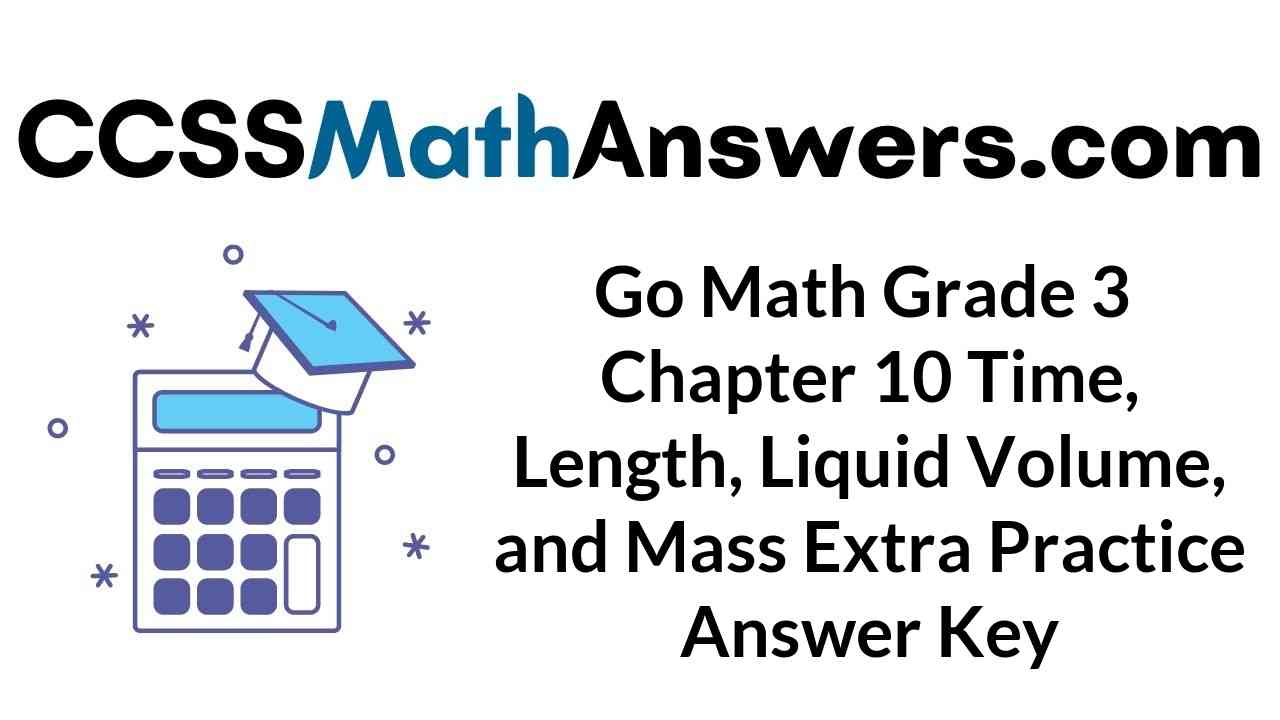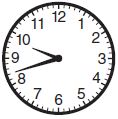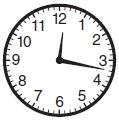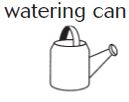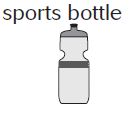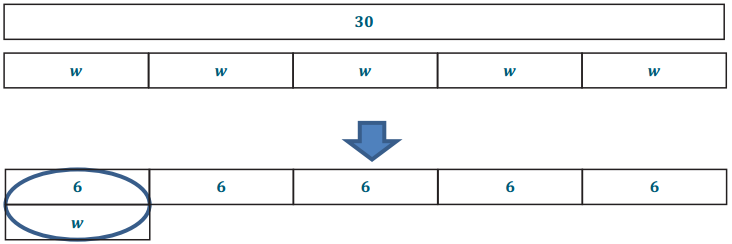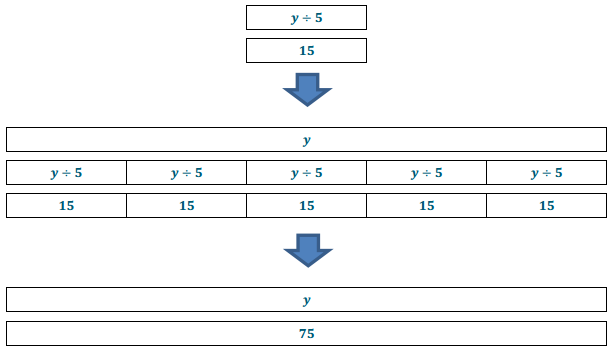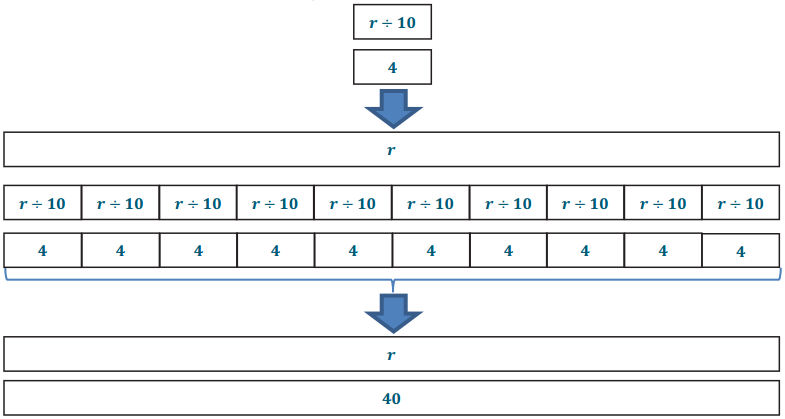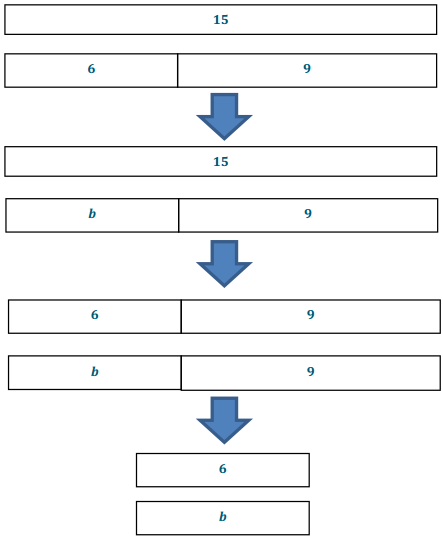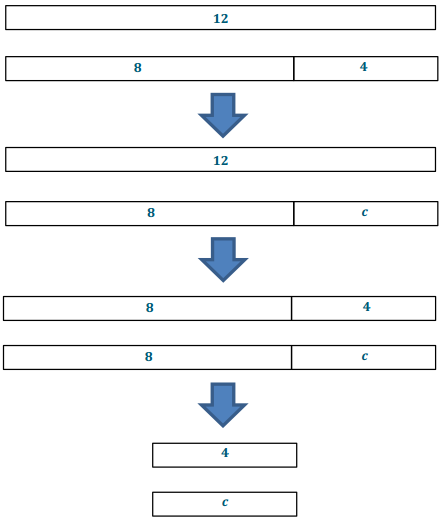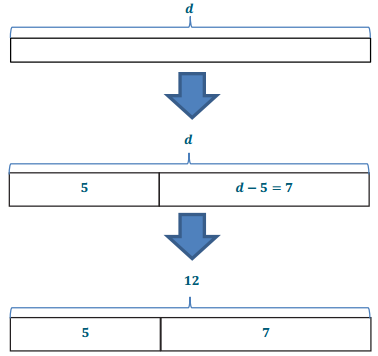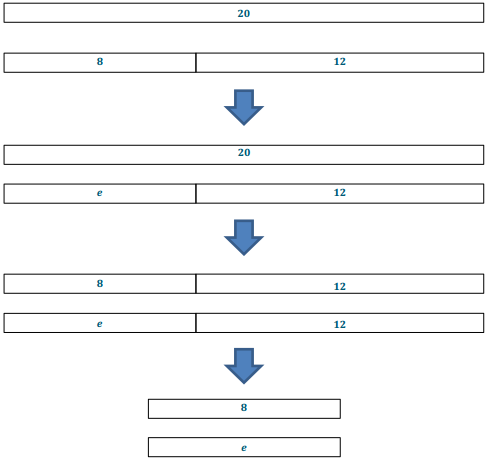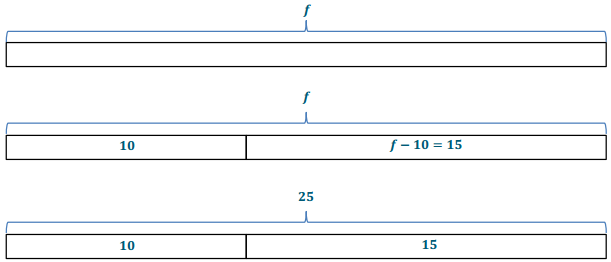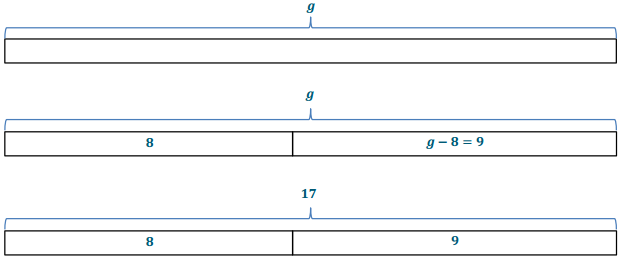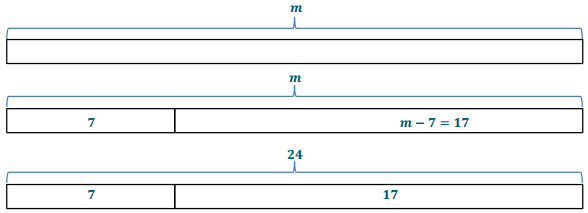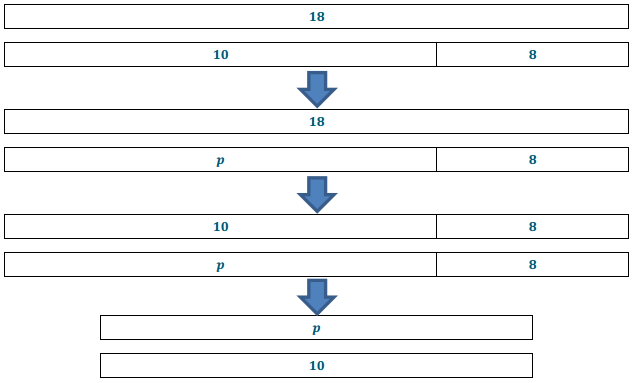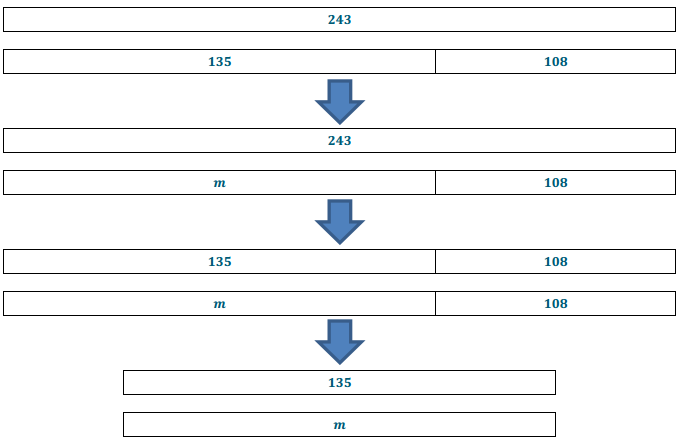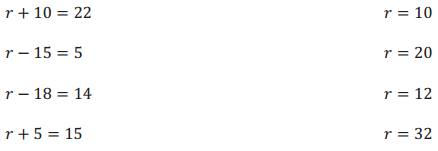Big Ideas Math Geometry Answers Chapter 7 Quadrilaterals and Polygons present here will help you get good ideas on the associated lessons in it easily. Utilize the quick resources available here for Big Ideas Math Geometry Ch 7 Solutions and attempt the final exam with confidence. Solving the BIM Book Geometry Ch 7 Quadrilaterals and Polygons will boost up your confidence and improve your speed and accuracy while writing the exam. Download the Chapter 7 Quadrilaterals and Other Polygons Big Ideas Math Geometry Answers via quick links and ace up your preparation.
Big Ideas Math Book Geometry Answer Key Chapter 7 Quadrilaterals and Other Polygons
Big Ideas Math Geometry Answers Ch 7 Quadrilaterals and Other Polygons include the topics such as how to measure angles of a polygon, properties of different shapes, finding diagonals on a polygon, etc. If you need any help on the BIM Book Geometry Chapter 7 Quadrilaterals and Other Polygons concepts you can always use this quick reference. With Consistent Practice using the Big Ideas Math Geometry Ch 7 Solutions you will no longer feel any difficulty in understanding the concepts.
- Quadrilaterals and Other Polygons Maintaining Mathematical Proficiency – Page 357
- Quadrilaterals and Other Polygons Mathematical Practices – Page 358
- 7.1 Angles of Polygons – Page 359
- Lesson 7.1 Angles of Polygons – Page(360-366)
- Exercise 7.1 Angles of Polygons – Page(364-366)
- 7.2 Properties of Parallelograms – Page 367
- Lesson 7.2 Properties of Parallelograms – Page(368-374)
- Exercise 7.2 Properties of Parallelograms – Page(372-374)
- 7.3 Proving That a Quadrilateral is a Parallelogram – Page 375
- Lesson 7.3 Proving that a Quadrilateral is a Parallelogram – Page(376-384)
- Exercise 7.3 Proving that a Quadrilateral is a Parallelogram – Page(381-384)
- 7.1 – 7.3 Quiz – Page 386
- 7.4 Properties of Special Parallelograms – Page 387
- Lesson 7.4 Properties of Special Parallelograms – Page (388-396)
- Exercise 7.4 Properties of Special Parallelograms – Page(393-396)
- 7.5 Properties of Trapezoids and Kites – Page 397
- Lesson 7.5 Properties of Trapezoids and Kites – Page(398-406)
- Exercise 7.5 Properties of Trapezoids and Kites – Page(403-406)
- Quadrilaterals and Other Polygons Review – Page(408-410)
- Quadrilaterals and Other Polygons Test – Page 411
- Quadrilaterals and Other Polygons Cummulative Assessment – Page(412-413)
Quadrilaterals and Other Polygons Maintaining Mathematical Proficiency
Solve the equation by interpreting the expression in parentheses as a single quantity.
Question 1.
4(7 – x) = 16
Answer:
The given equation is:
4 (7 – x) = 16
7 – x = \(\frac{16}{4}\)
7 – x = 4
7 – 4 = x
x = 3
Hence, from the above,
We can conclude that the value of x is: 3
Question 2.
7(1 – x) + 2 = – 19
Answer:
The given equation is:
7 (1 – x) + 2 = -19
7 (1 – x) = -19 – 2
1 – x = –\(\frac{21}{7}\)
1 – x = -3
1 + 3 = x
x = 4
Hence, from the above,
We can conclude that the value of x is: 4
Question 3.
3(x – 5) + 8(x – 5) = 22
Answer:
The given equation is:
3 (x – 5) + 8 (x – 5) = 22
(x – 5) (3 + 8) = 22
x – 5 = \(\frac{22}{11}\)
x – 5 = 2
x = 2 + 5
x = 7
Hence, from the above,
We can conclude that the value of x is: 7
Determine which lines are parallel and which are perpendicular.
Question 4.
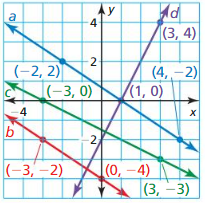
Answer:
The given figure is:

From the given figure,
The coordinates of line a are: (-2, 2), (4, -2)
The coordinates of line b are: (-3, -2), (0, -4)
The coordinates of line ‘c’ are: (-3, 0), (3, -3)
The coordinates of line ‘d’ are: (1, 0), (3, 4)
Compare the given coordinates with (x1, y1), (x2, y2)
Now,
We know that,
The slope of the line (m) = \(\frac{y2 – y1}{x2 – x1}\)
So,
The slope of line a = \(\frac{-2 – 2}{4 + 2 }\)
= \(\frac{-4}{6}\)
= –\(\frac{2}{3}\)
The slope of line b = \(\frac{-4 + 2}{0 + 3}\)
= \(\frac{-6}{3}\)
= -2
The slope of line c = \(\frac{-3 – 0}{3 + 3}\)
= \(\frac{-3}{6}\)
= –\(\frac{1}{2}\)
The slope of line d = \(\frac{4 – 0}{3 – 1}\)
= \(\frac{4}{2}\)
= 2
Hence, from the above,
We can conclude that line c and line d are perpendicular lines
Question 5.

Answer:
The given figure is:

From the given figure,
The coordinates of line a are: (3, 1), (0, -3)
The coordinates of line b are: (0, 1), (-3, -3)
The coordinates of line ‘c’ are: (2, 1), (-2, 4)
The coordinates of line ‘d’ are: (4, -4), (-4, 2)
Compare the given coordinates with (x1, y1), (x2, y2)
Now,
We know that,
The slope of the line (m) = \(\frac{y2 – y1}{x2 – x1}\)
So,
The slope of line a = \(\frac{-3 – 1}{0 – 3}\)
= \(\frac{-4}{-3}\)
= \(\frac{4}{3}\)
The slope of line b = \(\frac{-3 – 1}{-3 – 0}\)
= \(\frac{-4}{-3}\)
= \(\frac{4}{3}\)
The slope of line c = \(\frac{2 + 4}{-4 – 4}\)
= \(\frac{6}{-8}\)
= –\(\frac{3}{4}\)
The slope of line d = \(\frac{4 + 2}{-4 – 4}\)
= \(\frac{6}{-8}\)
= –\(\frac{3}{4}\)
Hence, from the above,
We can conclude that
line a and line b are parallel lines
line c and line d are parallel lines
line b and line c and line a and line c are perpendicular lines
Question 6.
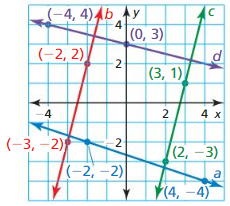
Answer:
The given figure is:

From the given figure,
The coordinates of line a are: (4, -4), (-2, -2)
The coordinates of line b are: (-3, -2), (-2, 2)
The coordinates of line ‘c’ are: (3, 1), (2, -3)
The coordinates of line ‘d’ are: (0, 3), (-4, 4)
Compare the given coordinates with (x1, y1), (x2, y2)
Now,
We know that,
The slope of the line (m) = \(\frac{y2 – y1}{x2 – x1}\)
So,
The slope of line a = \(\frac{-2 + 4}{-2 – 4}\)
= \(\frac{2}{-6}\)
= –\(\frac{1}{3}\)
The slope of line b = \(\frac{2 + 2}{-2 + 3}\)
= \(\frac{4}{1}\)
= 4
The slope of line c = \(\frac{-3 – 1}{2 – 3}\)
= \(\frac{-4}{-1}\)
= 4
The slope of line d = \(\frac{4 – 3}{-4 – 0}\)
= \(\frac{1}{-4}\)
= –\(\frac{1}{4}\)
Hence, from the above,
We can conclude that
line b and line c are parallel lines
line b and line d and line c and line d are perpendicular lines
Question 7.
ABSTRACT REASONING
Explain why interpreting an expression as a single quantity does not contradict the order of operations.
Answer:
We know that,
In the order of operations, “Parenthesis” occupies the top position according to the BODMAS rule
So,
The interpreting of an expression as a single quantity or as different quantities don’t change the result
Hence, from the above,
We can conclude that the interpreting of an expression as a single quantity does not contradict the order of operations
Quadrilaterals and Other Polygons Mathematical Practices
Monitoring Progress
Use the Venn diagram below to decide whether each statement is true or false. Explain your reasoning.
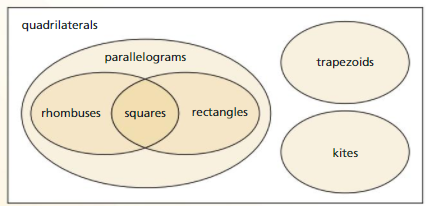
Question 1.
Some trapezoids are kites.
Answer:
The given statement is:
Some trapezoids are kites
From the given Venn diagram,
We can observe that there is no relation between trapezoids and kites
Hence, from the above,
We can conclude that the given statement is false
Question 2.
No kites are parallelograms.
Answer:
The given statement is:
No kites are parallelograms
From the given Venn diagram,
We can observe that there is no relation between kites and parallelograms
Hence, from the above,
We can conclude that the given statement is true
Question 3.
All parallelograms are rectangles.
Answer:
The given statement is:
All parallelograms are rectangles
From the given Venn diagram,
We can observe that rectangles are a part of parallelograms but not all parallelograms are rectangles because parallelograms contain rhombuses, squares, and rectangles
Hence, from the above,
We can conclude that the given statement is false
Question 4.
Some quadrilaterals are squares.
Answer:
The given statement is:
Some quadrilaterals are squares
From the given Venn diagram,
We can observe that squares are a small part of quadrilaterals and quadrilaterals contain other than squares
Hence, from the above,
We can conclude that the given statement is true
Question 5.
Example 1 lists three true statements based on the Venn diagram above. Write six more true statements based on the Venn diagram.
Answer:
The given Venn diagram is:

From the above Venn diagram,
The six more true statements based on the Venn diagram are:
a. Some parallelograms are rhombuses
b. Some parallelograms are squares
c. Some parallelograms are rectangles
d. Some quadrilaterals are kites
e. Some quadrilaterals are trapezoids
f. Some quadrilaterals are parallelograms
Question 6.
A cyclic quadrilateral is a quadrilateral that can be circumscribed by a circle so that the circle touches each vertex. Redraw the Venn diagram so that it includes cyclic quadrilaterals.
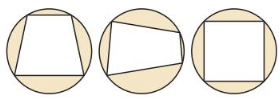
Answer:
it is given that a cyclic quadrilateral is a quadrilateral that can be circumscribed by a circle so that the circle touches each vertex.
Hence,
The completed Venn diagram that includes cyclic quadrilaterals is:
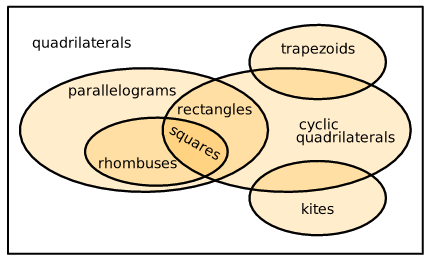
7.1 Angles of Polygons
Exploration 1
The Sum of the Angle Measures of a Polygon
Work with a partner. Use dynamic geometry software.
a. Draw a quadrilateral and a pentagon. Find the sum of the measures of the interior angles of each polygon.
Sample

Answer:
The representation of the quadrilateral and the pentagon are:

From the above figures,
The angle measures of the quadrilateral are 90°, 90°, 90°, 90°, and 90°
So,
The sum of the angle measures of a quadrilateral = 90° + 90° + 90° + 90°
= 360°
Now,
From the above figure,
The angle measures of a pentagon are: 108°, 108°, 108°, 108°, and 108°
So,
The sum of the angle measures of a pentagon = 108° + 108° + 108° + 108° + 108°
= 540°
b. Draw other polygons and find the sums of the measures of their interior angles. Record your results in the table below.

Answer:
We know that,
The sum of the angle measures of a polygon = 180° (n – 2)
Where
n is the number of sides
Hence,
The completed result of the sums of the internal measures of their internal angles is:

c. Plot the data from your table in a coordinate plane.
Answer:
The table from part (b) is:

Hence,
The representation of the data in the table in the coordinate plane is:
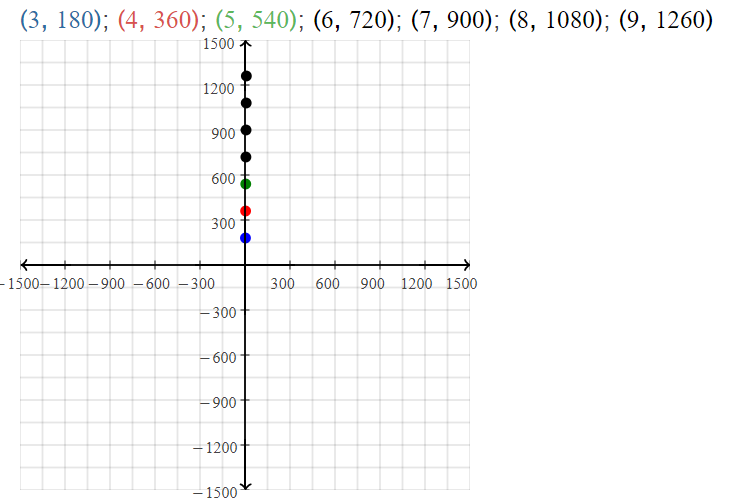
d. Write a function that fits the data. Explain what the function represents.
CONSTRUCTING VIABLE ARGUMENTS
To be proficient in math, you need to reason inductively about data.
Answer:
From part (c),
When we observe the coordinate plane,
The function that fits the data is:
y = 180 (x – 2)
Where
y is the sum of the measures of the internal angles
x is the number of sides
Exploration 2
The measure of one Angle in a Regular Polygon
Work with a partner.
a. Use the function you found in Exploration 1 to write a new function that gives the measure of one interior angle in a regular polygon with n sides.
Answer:
From Exploration 1,
From part (d),
The function that fits the sum of the angle measures of the internal angles of n sides is:
y = 180° (n – 2) ——-(1)
Now,
To find the one interior angle in a regular polygon with n sides,
Divide eq. (1) by n
Hence,
The measure of an interior angle of a polygon = \(\frac{180° (n – 2)}{n}\)
b. Use the function in part (a) to find the measure of one interior angle of a regular pentagon. Use dynamic geometry software are to check your result by constructing a regular pentagon and finding the measure of one of its interior angles.
Answer:
From part (a),
We know that,
The measure of an interior angle of a polygon = \(\frac{180° (n – 2)}{n}\)
So,
The measure of an interior angle of a regular pentagon = \(\frac{180° (5 – 2)}{5}\)
= \(\frac{180° (3)}{5}\)
= 36° × 3
= 108°
Hence, from the above,
We can conclude that the measure of an interior angle of a regular pentagon is: 108°
c. Copy your table from Exploration 1 and add a row for the measure of one interior angle in a regular polygon with n sides. Complete the table. Use dynamic geometry software to check your results.
Answer:
The completed table along with the column of “Measure of one interior angle in a regular polygon” is:

Communicate Your Answer
Question 3.
What is the sum of the measures of the interior angles of a polygon?
Answer:
We know that,
The sum of the measures of the interior angles of a polygon is:
Sum = 180° (n – 2)
Where
n is the number of sides
Question 4.
Find the measure of one interior angle in a regular dodecagon (a polygon with 12 sides).
Answer:
We know that,
The measure of one interior angle in a regular polygon = \(\frac{180° (n – 2)}{n}\)
Where
n is the number of sides
So,
For a regular dodecagon, i.e., a polygon with 12 sides
The measure of one interior angle in a regular dodecagon = \(\frac{180° (12 – 2)}{12}\)
= \(\frac{180° (10)}{12}\)
= 15 × 10
= 150°
Hence, from the above,
We can conclude that the measure of one interior angle in a regular dodecagon is: 150°
Lesson 7.1 Angles of Polygons
Monitoring Progress
Question 1.
The Coin shown is in the shape of an 11-gon. Find the sum of the measures of the interior angles.
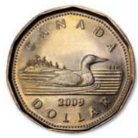
Answer:
It is given that the coin shown is in the shape of an 11-gon
So,
The number of sides in a coin (n) = 11
We know that,
The sum pf the measures of the interior angles = 180° (n – 2)
= 180° (11 – 2)
= 180° (9)
= 1620°
Hence, from the above,
We can conclude that the sum of the measures of the interior angles in a coin is: 1620°
Question 2.
The sum of the measures of the interior angles of a convex polygon is 1440°. Classify the polygon by the number of sides.
Answer:
It is given that the sum of the measures of the interior angles of a convex polygon is 1440°
We know that,
The sum of the measures of the interior angles of a polygon = 180° (n – 2)
Where
n is the number of sides
So,
1440° = 180° (n – 2)
n – 2 = \(\frac{1440}{180}\)
n – 2 = 8
n = 8 + 2
n = 10
Hence, from the above,
We can conclude that the polygon with 10 sides is called “Decagon”
Question 3.
The measures of the interior angles of a quadrilateral are x°, 3x°. 5x°. and 7x° Find the measures of all the interior angles.
Answer:
It is given that the measures of the interior angles of a quadrilateral are x°, 3x°, 5x°, and 7x°
We know that,
The sum of the measures of the interior angles of a quadrilateral is: 360°
So,
x° + 3x° + 5x° + 7x° = 360°
16x° = 360°
x° = \(\frac{360}{16}\)
x° = 22.5°
So,
The measures of all the interior angles of a quadrilateral are:
x° = 22.5°
3x° = 3 (22.5)° = 67.5°
5x° = 5 (22.5)° = 112.5°
7x° = 7 (22.5)° = 157.5°
Hence, from the above,
We can conclude that the measures of the internal angles of a quadrilateral are:
22.5°, 67.5°, 112.5°, and 157.5°
Question 4.
Find m∠S and m∠T in the diagram.

Answer:
The given figure is:

From the given figure,
We can observe that the number of the sides is 5
We know that,
The sum of the measures of the interior angles of the pentagon = 540°
Let
∠S = ∠T = x°
So,
93° + 156° + 85° + x° + x° = 540°
2x° + 334° = 540°
2x° = 540° – 334°
2x° = 206°
x° = \(\frac{206}{2}\)
x° = 103°
Hence, from the above,
We can conclude that
∠S = ∠T = 103°
Question 5.
Sketch a pentagon that is equilateral but not equiangular.
Answer:
e know that,
The “Equilateral” means all the sides are congruent
The “Equiangular” means all the angles are congruent
Hence,
A pentagon that is equilateral but not equiangular is:
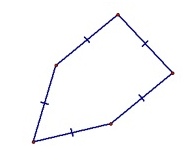
Question 6.
A convex hexagon has exterior angles with measures 34°, 49°, 58°, 67°, and 75°. What is the measure of an exterior angle at the sixth vertex?
Answer:
It is given that a convex hexagon has exterior angles with measures 34°, 49°, 58°, 67°, and 75°
We know that,
A hexagon has 6 number of sides
We know that,
The sum of the measures of the exterior angles of any polygon is: 360°
Let the exterior angle measure at the sixth vertex of a convex hexagon be: x°
So,
34° + 49° + 58° + 67° + 75° + x° = 360°
283° + x° = 360°
x° = 360° – 283°
x° = 77°
Hence, from the above,
We can conclude that the measure of the exterior angle at the sixth vertex of the convex hexagon is: 77°
Question 7.
An interior angle and an adjacent exterior angle of a polygon form a linear pair. How can you use this fact as another method to find the measure of each exterior angle in Example 6?
Answer:
It is given that an interior angle and an adjacent exterior angle of a polygon form a linear pair i.e, it forms a supplementary angle
So,
Interior angle measure + Adjacent exterior angle measure = 180°
So,
By using the above property,
The sum of the angle measure of the exterior angle of any polygon = 180° × 4 = 360°
So,
The measure of each exterior angle = \(\frac{360}{4}\)
= 90°
Exercise 7.1 Angles of Polygons
Question 1.
VOCABULARY
Why do vertices connected by a diagonal of a polygon have to be nonconsecutive?
Answer:

Question 2.
WHICH ONE DOESNT BELONG?
Which sum does not belong with the other three? Explain your reasoning.
| The sum of the measures of the interior angles of a quadrilateral | The sum of the measures of the exterior angles of a quadrilateral |
| The sum of the measures of the interior angles of a pentagon | The sum of the measures of the exterior angles of a pentagon |
Answer:
The given statements are:
a. The sum of the measures of the interior angles of a quadrilateral
b. The sum of the measures of the exterior angles of a quadrilateral
c. The sum of the measures of the interior angles of a pentagon
d. The sum of the measures of the exterior angles of a pentagon
We know that,
The sum of the angle measures of the interior angles of a polygon = 180° (n – 2)
The sum of the angle measures of the exterior angles of any polygon is: 360°
We know that,
The number of sides of a quadrilateral is: 4
The number of sides of a pentagon is: 5
So,
The sum of the angle measures of the interior angles of a quadrilateral = 180° ( 4 – 2)
= 180° (2)
= 360°
The sum of the angle measures of the interior angles of a pentagon = 180° ( 5 – 2)
= 180° (3)
= 540°
Hence, from the above,
We can conclude that the statement (c) does not belong with the other three
Monitoring Progress and Modeling with Mathematics
In Exercises 3-6, find the sum of the measures of the interior angles of the indicated convex po1gon.
Question 3.
nonagon
Answer:

Question 4.
14-gon
Answer:
The given convex polygon is: 14-gon
So,
The number of sides of 14-gon is: 14
We know that,
The sum of the angle measures of the interior angles of a polygon = 180° (n – 2)
So,
The sum of the angle measures of the interior angles of 14-gon = 180° (14 – 2)
= 180° (12)
= 2160°
Question 5.
16-gon
Answer:

Question 6.
20-gon
Answer:
The given convex polygon is: 20-gon
So,
The number of sides of 20-gon is: 20
We know that,
The sum of the angle measures of the interior angles of a polygon = 180° (n – 2)
So,
The sum of the angle measures of the interior angles of 20-gon = 180° (20 – 2)
= 180° (18)
= 3240°
In Exercises 7-10, the sum of the measures of the interior angles of a convex polygon is given. Classify the polygon by the number of sides.
Question 7.
720°
Answer:
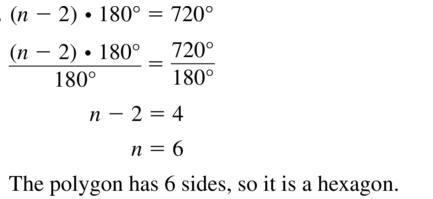
Question 8.
1080°
Answer:
It is given that
The sum of the angle measures of the interior angles of a convex polygon is: 1080°
We know that,
The sum of the measures of the interior angles of a polygon = 180° (n – 2)
So,
1080° = 180° (n – 2)
n – 2 = \(\frac{1080}{180}\)
n – 2 = 6
n = 6 + 2
n = 8
Hence, from the above,
We can conclude that the number of sides is: 8
Hence,
The given polygon is: Octagon
Question 9.
2520°
Answer:

Question 10.
3240°
Answer:
It is given that
The sum of the angle measures of the interior angles of a convex polygon is: 3240°
We know that,
The sum of the measures of the interior angles of a polygon = 180° (n – 2)
So,
3240° = 180° (n – 2)
n – 2 = \(\frac{3240}{180}\)
n – 2 = 18
n = 18 + 2
n = 20
Hence, from the above,
We can conclude that the number of sides is: 20
Hence,
The given polygon is: 20-gon or Icosagon
In Exercises 11-14, find the value of x.
Question 11.
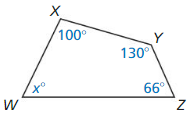
Answer:

Question 12.
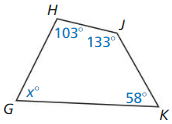
Answer:
The given figure is:

From the given figure,
We can observe that
The polygon has 4 sides
The given angle measures of a polygon with 4 sides are:
103°, 133°, 58°, and x°
So,
The sum of the angle measures of the interior angles of a polygon with 4 sides = 180° (4 – 2)
= 180° (2)
= 360°
So,
103° + 133° + 58° + x° = 360°
294° + x° = 360°
x° = 360° – 294°
x° = 66°
Hence, from the above,
We can conclude that the value of x is: 66°
Question 13.
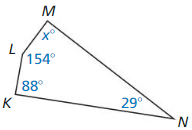
Answer:

Question 14.
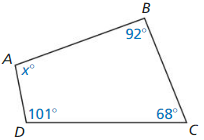
Answer:
The given figure is:

From the given figure,
We can observe that
The polygon has 4 sides
The given angle measures of a polygon with 4 sides are:
101°, 68°, 92°, and x°
So,
The sum of the angle measures of the interior angles of a polygon with 4 sides = 180° (4 – 2)
= 180° (2)
= 360°
So,
101° + 68° + 92° + x° = 360°
261° + x° = 360°
x° = 360° – 261°
x° = 99°
Hence, from the above,
We can conclude that the value of x is: 99°
In Exercises 15-18, find the value of x.
Question 15.
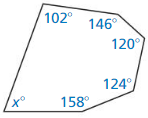
Answer:

Question 16.
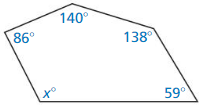
Answer:
The given figure is:

From the given figure,
We can observe that
The polygon has 5 sides
The given angle measures of a polygon with 5 sides are:
140°, 138°, 59°, x°, and 86°
So,
The sum of the angle measures of the interior angles of a polygon with 5 sides = 180° (5 – 2)
= 180° (3)
= 540°
So,
140° + 138° + 59° + x° + 86° = 540°
423° + x° = 540°
x° = 540° – 423°
x° = 117°
Hence, from the above,
We can conclude that the value of x is: 117°
Question 17.
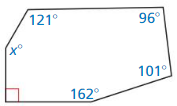
Answer:

Question 18.

Answer:
The given figure is:

From the given figure,
We can observe that
The polygon has 8 sides
The given angle measures of a polygon with 8 sides are:
143°, 2x°, 152°, 116°, 125°, 140°, 139°, and x°
So,
The sum of the angle measures of the interior angles of a polygon with 8 sides = 180° (8 – 2)
= 180° (6)
= 1080°
So,
143° + 2x° + 152° + 116° + 125° + 140° + 139° + x° = 1080°
815° + 3x° = 1080°
3x° = 1080° – 815°
3x° = 265°
x° = \(\frac{265}{3}\)
x° = 88.6°
Hence, from the above,
We can conclude that the value of x is: 88.6°
In Exercises 19 – 22, find the measures of ∠X and ∠Y.
Question 19.
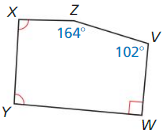
Answer:
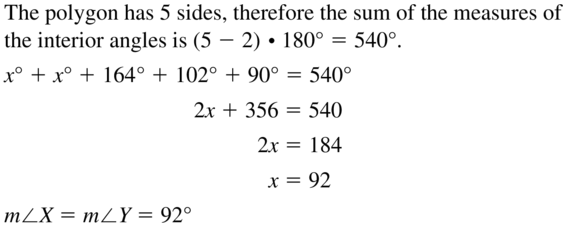
Question 20.
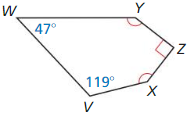
Answer:
The given figure is:

From the given figure,
We can observe that
The polygon has 5 sides
We know that,
If the angles are not mentioned in a polygon, the consider that angles as equal angles
Now,
The given angle measures of a polygon with 5 sides are:
47°, 119°, 90°, x°, and x°
So,
The sum of the angle measures of the interior angles of a polygon with 5 sides = 180° (5 – 2)
= 180° (3)
= 540°
So,
47° + 119° + 90° + x° + x° = 540°
256° + 2x° = 540°
2x° = 540° – 256°
2x° = 284°
x° = \(\frac{284}{2}\)
x° = 142°
Hence, from the above,
We can conclude that
∠X = ∠Y = 142°
Question 21.
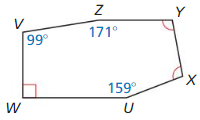
Answer:
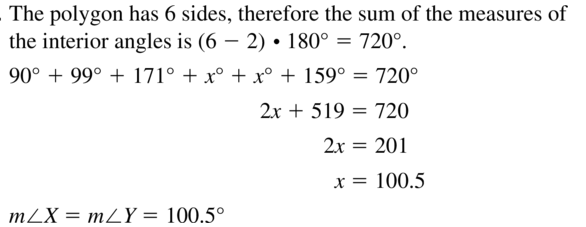
Question 22.
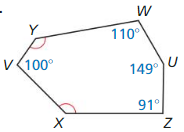
Answer:
The given figure is:

From the given figure,
We can observe that
The polygon has 6 sides
We know that,
If the angles are not mentioned in a polygon, the consider that angles as equal angles
Now,
The given angle measures of a polygon with 6 sides are:
110°, 149°, 91°, 100°, x°, and x°
So,
The sum of the angle measures of the interior angles of a polygon with 6 sides = 180° (6 – 2)
= 180° (4)
= 720°
So,
110° + 149° + 91° + 100 + x° + x° = 720°
440° + 2x° = 720°
2x° = 720° – 440°
2x° = 280°
x° = \(\frac{280}{2}\)
x° = 140°
Hence, from the above,
We can conclude that
∠X = ∠Y = 140°
In Exercises 23-26, find the value of x.
Question 23.
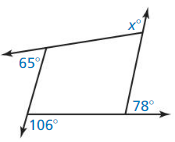
Answer:

Question 24.
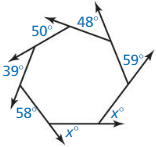
Answer:
The given figure is:

From the given figure,
We can observe that
The polygon has 7 sides
The given angle measures of a polygon with 7 sides are:
50°, 48°, 59°, x°, x°, 58°, and 39°
So,
The sum of the angle measures of the exterior angles of any polygon is: 360°
So,
50° + 48° + 59° + x° + x° + 58° + 39° = 360°
254° + 2x° = 360°
2x° = 360° – 254°
2x° = 106°
x° = \(\frac{106}{2}\)
x° = 53°
Hence, from the above,
We can conclude that the value of x is: 53°
Question 25.

Answer:
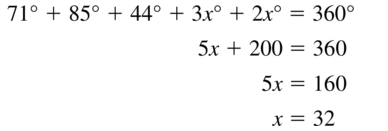
Question 26.

Answer:
The given figure is:

From the given figure,
We can observe that
The polygon has 5 sides
The given angle measures of a polygon with 5 sides are:
45°, 40°, x°, 77°, and 2x°
So,
The sum of the angle measures of the exterior angles of any polygon is: 360°
So,
45° + 40° + x° + 77° + 2x° = 360°
162° + 3x° = 360°
3x° = 360° – 162°
3x° = 198°
x° = \(\frac{198}{3}\)
x° = 66°
Hence, from the above,
We can conclude that the value of x is: 66°
In Exercises 27-30, find the measure of each interior angle and each exterior angle of the indicated regular polygon.
Question 27.
pentagon
Answer:

Question 28.
18-gon
Answer:
The given polygon is: 18-gon
So,
The number of sides of 18-gon is: 18
We know that,
The measure of each interior angle of a polygon = \(\frac{180° (n – 2)}{n}\)
The measure of each exterior angle of a polygon = \(\frac{360°}{n}\)
So,
The measure of each interior angle of 18-gon = \(\frac{180° (18 – 2)}{18}\)
= \(\frac{180° (16)}{18}\)
= 160°
The measure of each exterior angle of 18-gon = \(\frac{360°}{18}\)
= 20°
Hence, from the above,
We can conclude that
The measure of each interior angle of 18-gon is: 160°
The measure of each exterior angle of 18-gon is: 20°
Question 29.
45-gon
Answer:
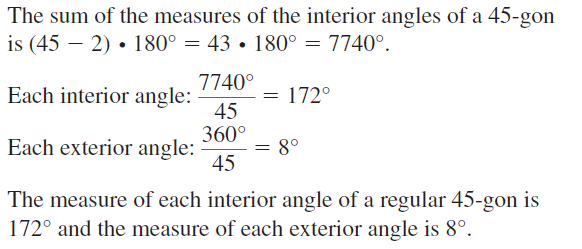
Question 30.
90-gon
Answer:
The given polygon is: 90-gon
So,
The number of sides of 90-gon is: 90
We know that,
The measure of each interior angle of a polygon = \(\frac{180° (n – 2)}{n}\)
The measure of each exterior angle of a polygon = \(\frac{360°}{n}\)
So,
The measure of each interior angle of 90-gon = \(\frac{180° (90 – 2)}{90}\)
= \(\frac{180° (88)}{90}\)
= 176°
The measure of each exterior angle of 90-gon = \(\frac{360°}{90}\)
= 4°
Hence, from the above,
We can conclude that
The measure of each interior angle of 90-gon is: 176°
The measure of each exterior angle of 90-gon is: 4°
ERROR ANALYSIS
In Exercises 31 and 32, describe and correct the error in finding the measure of one exterior angle of a regular pentagon.
Question 31.
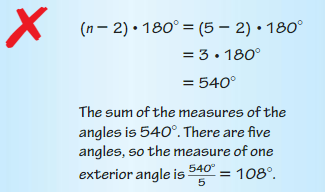
Answer:

Question 32.

Answer:
It is given that there are 10 exterior angles, two at each vertex
So,
The number of sides based on 10 exterior angles is: 10
We know that,
The measure of each exterior angle of any polygon = \(\frac{360°}{n}\)
So,
The measure of each exterior angle of a polygon with 10 sides = \(\frac{360°}{10}\)
= 36°
Hence, from the above,
We can conclude that the measure of each exterior angle in a polygon of 10 sides is: 36°
Question 33.
MODELING WITH MATHEMATICS
The base of a jewelry box is shaped like a regular hexagon. What is the measure of each interior angle of the jewelry box base?
Answer:

Question 34.
MODELING WITH MATHEMATICS
The floor of the gazebo shown is shaped like a regular decagon. Find the measure of each interior angle of the regular decagon. Then find the measure of each exterior angle.
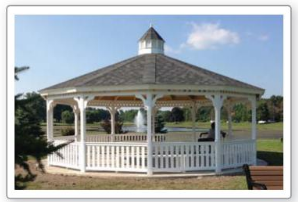
Answer:
It is given that the floor of the gazebo shown above is shaped like a regular decagon
Now,
We know that,
The number of sides of a regular decagon is: 10
Now,
We know that,
The measure of each interior angle of a polygon = \(\frac{180° (n – 2)}{n}\)
The measure of each exterior angle of a polygon = \(\frac{360°}{n}\)
So,
We know that,
The measure of each interior angle of a regular decagon = \(\frac{180° (10 – 2)}{10}\)
= \(\frac{180° (8)}{10}\)
= 144°
The measure of each exterior angle of a regular decagon = \(\frac{360°}{10}\)
= 36°
Hence, from the above,
We can conclude that
The measure of each interior angle of a regular decagon is: 144°
The measure of each exterior angle of a regular decagon is: 36°
Question 35.
WRITING A FORMULA
Write a formula to find the number of sides n in a regular polygon given that the measure of one interior angle is x°.
Answer:
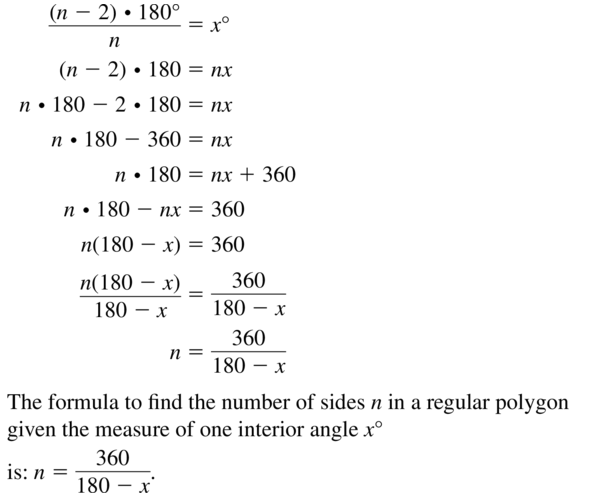
Question 36.
WRITING A FORMULA
Write a formula to find the number of sides n in a regular polygon given that the measure of one exterior angle is x°.
Answer:
It is given that the measure of one exterior angle is: x°
We know that,
The measure of each exterior angle of a polygon = \(\frac{360°}{n}\)
Where
n is the number of sides
So,
x° = \(\frac{360°}{n}\)
n = \(\frac{360°}{x°}\)
Hence, from the above,
We can conclude that
The formula to find the number of sides n in a regular polygon given that the measure of one exterior angle is:
n = \(\frac{360°}{x°}\)
REASONING
In Exercises 37-40, find the number of sides for the regular polygon described.
Question 37.
Each interior angle has a measure of 156°.
Answer:

Question 38.
Each interior angle has a measure of 165°.
Answer:
It is given that each interior angle has a measure of 165°
We know that,
The measure of each interior angle of a polygon = \(\frac{180° (n – 2)}{n}\)
So,
165° = \(\frac{180° (n – 2)}{n}\)
165n = 180 (n – 2)
165n = 180n – 360
180n – 165n = 360
15n = 360
n = \(\frac{360}{15}\)
n = 24
Hence, from the above,
We can conclude that the number of sides with each interior angle 165° is: 24
Question 39.
Each exterior angle has a measure of 9°.
Answer:

Question 40.
Each exterior angle has a measure of 6°.
Answer:
It is given that each exterior angle has a measure of 6°
We know that,
The measure of each exterior angle of a polygon = \(\frac{360°}{n}\)
So,
6° = \(\frac{360°}{n}\)
6n = 360
n = \(\frac{360}{6}\)
n = 60
Hence, from the above,
We can conclude that the number of sides with each exterior angle 6° is: 60
Question 41.
DRAWING CONCLUSIONS
Which of the following angle measures are possible interior angle measures of a regular polygon? Explain your reasoning. Select all that apply.
(A) 162°
(B) 171°
(C) 75°
(D) 40°
Answer:
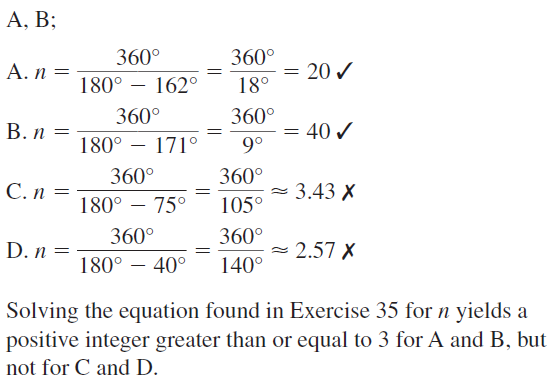
Question 42.
PROVING A THEOREM
The Polygon Interior Angles Theorem (Theorem 7.1) states that the sum of the measures of the interior angles of a convex n-gon is (n – 2) • 180°. Write a paragraph proof of this theorem for the case when n = 5.

Answer:
Polygon Interior Angles Theorem:
Statement:
The sum of the measures of the interior angles of a convex n-gon is: 180° (n – 2)
Proof of the Polygon Interior Angles Theorem:

ABCDE is an “n” sided polygon. Take any point O inside the polygon. Join OA, OB, OC.
For “n” sided polygon, the polygon forms “n” triangles.
We know that the sum of the angles of a triangle is equal to 180 degrees
Therefore,
The sum of the angles of n triangles = n × 180°
From the above statement, we can say that
Sum of interior angles + Sum of the angles at O = 2n × 90° ——(1)
But, the sum of the angles at O = 360°
Substitute the above value in (1), we get
Sum of interior angles + 360°= 2n × 90°
So, the sum of the interior angles = (2n × 90°) – 360°
Take 90 as common, then it becomes
The sum of the interior angles = (2n – 4) × 90°
Therefore,
The sum of “n” interior angles is (2n – 4) × 90°
Hence,
When n= 5,
The sum of interior angles = ([2 × 5] – 4) × 90°
= (10 – 4) × 90°
= 6 × 90°
= 540°
Question 43.
PROVING A COROLLARY
Write a paragraph proof of the Corollary to the Polygon Interior Angles Theorem (Corollary 7. 1).
Answer:

Question 44.
MAKING AN ARGUMENT
Your friend claims that to find the interior angle measures of a regular polygon. you do not have to use the Polygon Interior Angles Theorem (Theorem 7. 1). You instead can use the Polygon Exterior Angles Theorem (Theorem 7.2) and then the Linear Pair Postulate (Postulate 2.8). Is your friend correct? Explain your reasoning.
Answer:
Yes, your friend is correct
Explanation:
It is given that your friend claims that to find the interior angle measures of a regular polygon. you do not have to use the Polygon Interior Angles Theorem. You instead can use the Polygon Exterior Angles Theorem and then the Linear Pair Postulate.
We know that
In a polygon,
The sum of the angle measures of exterior angles + The sum of the angle measures of interior angles = 180°
So,
The sum of the angle measures of interior angles = 180° – (The sum of the angle measures of exterior angles)
So,
From the above,
We know that
According to Linear Pair Postulate
The sum of the exterior angle and interior angle measures is: 180°
The angle measures of the exterior angles can be found out by using the “Polygon Exterior Angles Theorem”
Hence, from the above,
We can conclude that the claim of your friend is correct
Question 45.
MATHEMATICAL CONNECTIONS
In an equilateral hexagon. four of the exterior angles each have a measure of x°. The other two exterior angles each have a measure of twice the sum of x and 48. Find the measure of each exterior angle.
Answer:
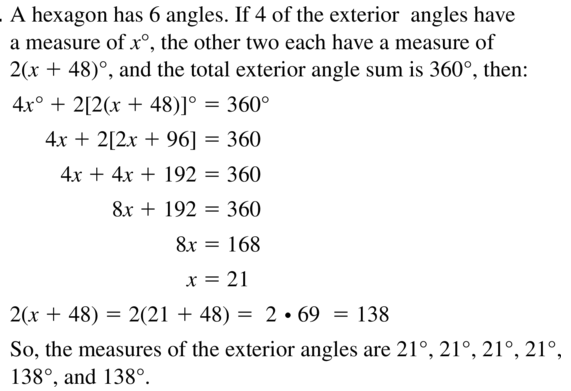
Question 46.
THOUGHT-PROVOKING
For a concave polygon, is it true that at least one of the interior angle measures must be greater than 180°? If not, give an example. If so, explain your reasoning.
Answer:
We know that,
For a concave polygon,
The angle measure of at least one interior angle should be greater than 180°
Now,
The word “Concave” implies that at least 1 interior angle is folding in and so this “Folding in” should be greater than 180° to produce the required shape
Hence, from the above,
We can conclude that it is true that at least one of the interior angle measures must be greater than 180°
Question 47.
WRITING EXPRESSIONS
Write an expression to find the sum of the measures of the interior angles for a concave polygon. Explain your reasoning.

Answer:
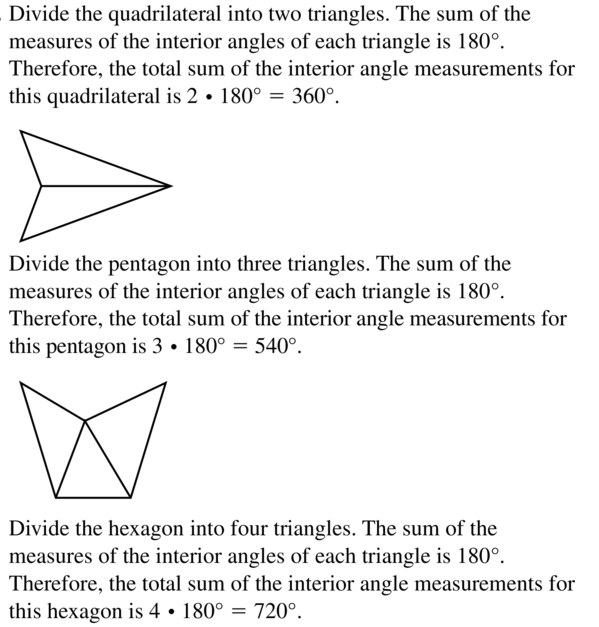
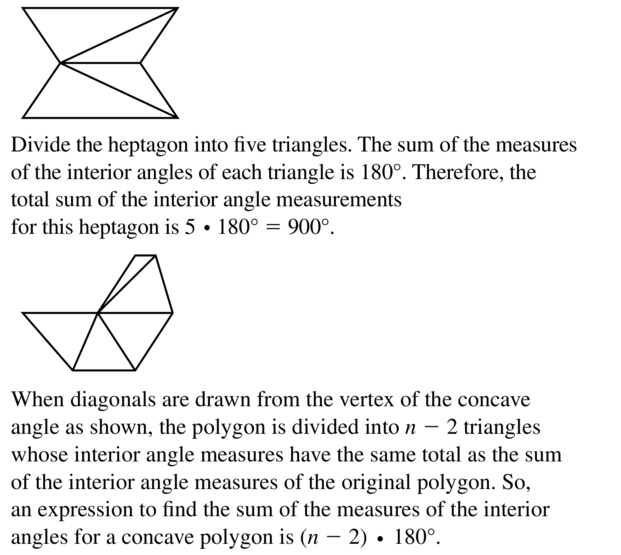
Question 48.
ANALYZING RELATIONSHIPS
Polygon ABCDEFGH is a regular octagon. Suppose sides \(\overline{A B}\) and \(\overline{C D}\) are extended to meet at a point P. Find m∠BPC. Explain your reasoning. Include a diagram with your answer.
Answer:
It is given that polygon ABCDEFGH is a regular polygon and \(\overline{A B}\) and \(\overline{C D}\) are extended to meet at a point P.
So,
The representation of the regular octagon is:
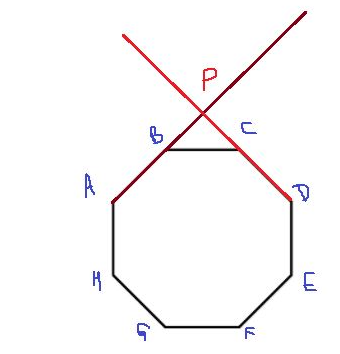
We know that,
The angle measure of each exterior angle = \(\frac{360°}{n}\)
Where
n is the number of sides
It is given that a polygon is: Octagon
So,
The number of sides of the Octagon is: 8
So,
The angle measure of each exterior angle = \(\frac{360°}{8}\)
= 45°
We know that,
All the angles in the Octagon are equal
So,
From the given figure,
We can observe that ΔBPC is an Isosceles triangle
So,
From ΔBPC,
∠B = ∠C = 45°, ∠P = x°
We know that,
the sum of the angle measures of a given triangle is: 180°
So,
45° + x° + 45° = 180°
x° + 90° = 180°
x° = 180° – 90°
x° = 90°
Hence, from the above,
∠BPC = 90°
Question 49.
MULTIPLE REPRESENTATIONS
The formula for the measure of each interior angle in a regular polygon can be written in function notation.
a. Write a junction h(n). where n is the number of sides in a regular polygon and h(n) is the measure of any interior angle in the regular polygon.
b. Use the function to find h(9).
c. Use the function to find n when h(n) = 150°.
d. Plot the points for n = 3, 4, 5, 6, 7, and 8. What happens to the value of h(n) as n gets larger?
Answer:

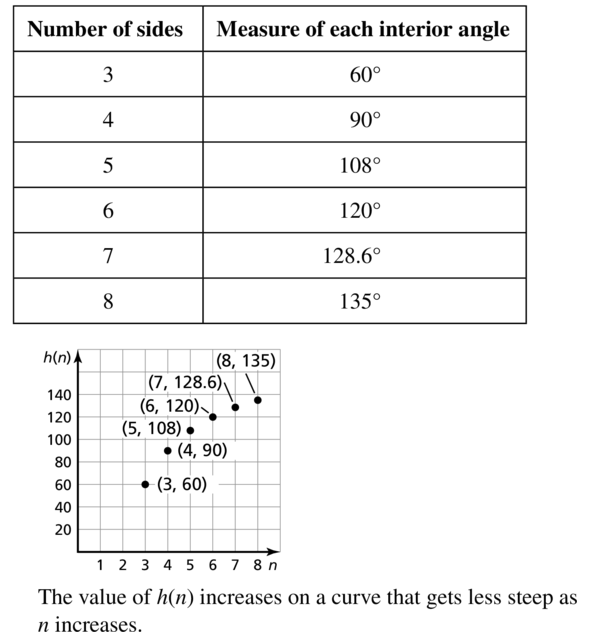
Question 50.
HOW DO YOU SEE IT?
Is the hexagon a regular hexagon? Explain your reasoning.
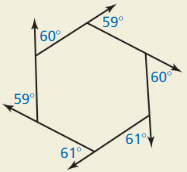
Answer:
Question 51.
PROVING A THEOREM
Write a paragraph proof of the Polygon Exterior Angles Theorem (Theorem 7.2). (Hint: In a convex n-gon. the sum of the measures of an interior angle and an adjacent exterior angle at any vertex is 180°.)
Answer:
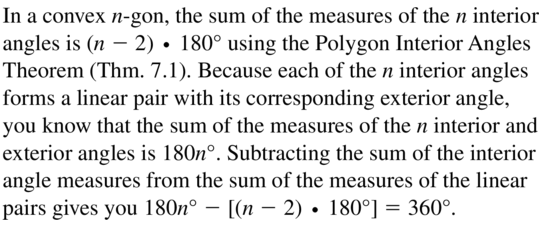
Question 52.
ABSTRACT REASONING
You are given a convex polygon. You are asked to draw a new polygon by increasing the sum of the interior angle measures by 540°. How many more sides does our new polygon have? Explain your reasoning.
Answer:
It is given that you are given a convex polygon and you are asked to draw a new polygon by increasing the sum of the interior angle measures by 540°
So,
We know that
The sum of the angle measures of the interior angles in a polygon = 180° (n – 2)
Let the number of sides of a new polygon be x
So,
180° (x – 2) + 540° = 180° (n – 2)
180x – 360° + 540° = 180n – 360°
180x – 180n = -540°
180 (x – n) = -540°
x – n = \(\frac{540}{180}\)
x – n = -3
n – x = 3
n = x + 3
Hence, from the above,
We can conclude that
We have to add 3 more sides to the original convex polygon
Maintaining Mathematical Proficiency
Find the value of x.
Question 53.
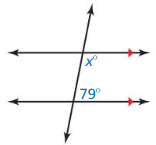
Answer:

Question 54.
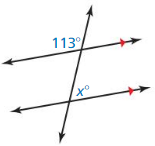
Answer:
The given figure is:

From the given figure,
We can observe that
113° and x° are the corresponding angles
We know that,
According to the “Corresponding Angles Theorem”, the corresponding angles are congruent i.e., equal
So,
x° = 113°
Hence, from the above,
We can conclude that the value of x is: 113°
Question 55.

Answer:
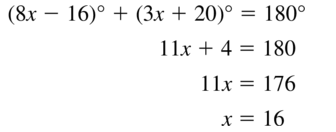
Question 56.
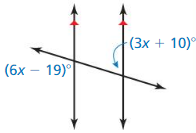
Answer:
The given figure is:

From the given figure,
We can observe that
(3x + 10)° and (6x – 19)° are the corresponding angles
We know that,
According to the “Corresponding angles Theorem”, the corresponding angles are congruent i.e., equal
So,
(3x + 10)° = (6x – 19)°
6x – 3x = 19° + 10°
3x° = 29°
x° = \(\frac{29}{3}\)
x° = 9.6°
Hence, from the above,
We can conclude that the value of x is: 9.6°
7.2 Properties of Parallelograms
Exploration 1
Discovering Properties of Parallelograms
Work with a partner: Use dynamic geometry software.
a. Construct any parallelogram and label it ABCD. Explain your process.
Sample
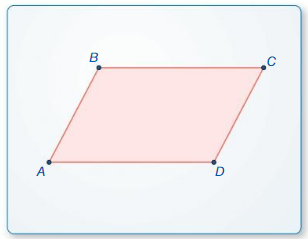
Answer:
The representation of parallelogram ABCD is:
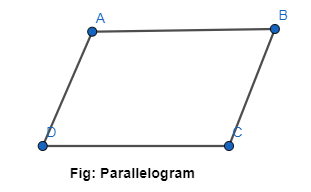
b. Find the angle measures of the parallelogram. What do you observe?
Answer:
The representation of parallelogram ABCD with the angles is:
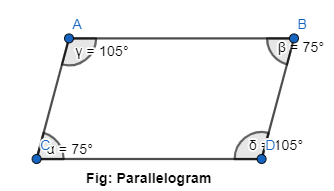
Hence,
From the parallelogram ABCD,
We can observe that
∠A = 105°, ∠B = 75°, ∠D = 105°, and ∠C = 75°
c. Find the side lengths of the parallelogram. What do you observe?
Answer:
The representation of the parallelogram ABCD along with the side lengths is:
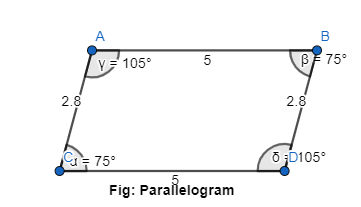
Hence,
From the parallelogram ABCD,
We can observe that
AB = CD = 5cm, and AC = BD = 2.8cm
d. Repeat parts (a)-(c) for several other parallelograms. Use your results to write conjectures about the angle measures and side lengths of a parallelogram.
Answer:
The representation of parallelogram ABCD along with its angles and the side lengths is:

Hence,
From the parallelogram ABCD,
We can conclude that
a. The opposite sides (i.e., AB and CD; AC and BD) are congruent i.e., equal
b. The opposite angles (i.e., A and C; B and D) are congruent i.e, equal
Exploration 2
Discovering a Property of Parallelograms
Work with a partner: Use dynamic geometry software.
a. Construct any parallelogram and label it ABCD.
Answer:
The representation of the parallelogram ABCD is:
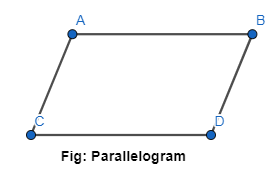
b. Draw the two diagonals of the parallelogram. Label the point of intersection E.
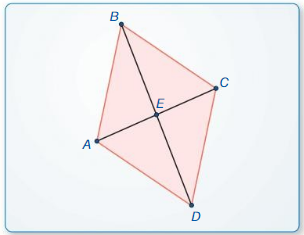
Answer:
The representation of the parallelogram ABCD along with its diagonals is:
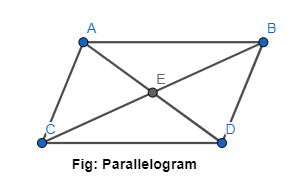
From the parallelogram ABCD,
We can observe that
The diagonals of parallelogram ABCD are: AC and BD
The intersection point of AC and BD is: E
c. Find the segment lengths AE, BE, CE, and DE. What do you observe?
Answer:
The representation of the parallelogram ABCD along the segment lengths is:
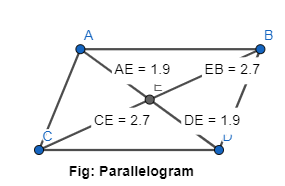
Hence,
From the parallelogram ABCD,
We can observe that
AE = DE = 1.9 cm
CE = BE = 2.7 cm
d. Repeat parts (a)-(c) for several other parallelograms. Use your results to write a conjecture about the diagonals of a parallelogram.
MAKING SENSE OF PROBLEMS
To be proficient in math, you need to analyze givens, constraints, relationships, and goals.
Answer:
The representation of the parallelogram ABCD along with the length of the diagonals is:

Hence, from the above,
We can conclude that
The diagonals bisect each other
The lengths of the diagonals are:
AD = 3.8 cm and BC = 5.4 cm
Communicate Your Answer
Question 3.
What are the properties of parallelograms?
Answer:
The properties of parallelograms are:
a. The opposite sides are parallel.
b. The opposite sides are congruent.
c. The opposite angles are congruent.
d. Consecutive angles are supplementary.
e. The diagonals bisect each other.
Lesson 7.2 Properties of Parallelograms
Monitoring progress
Question 1.
Find FG and m∠G.

Answer:
The given figure is:

It is given that
EH = 8 and ∠E = 60°
We know that,
In a parallelogram,
a. The opposite sides are congruent
b. The opposite angles are congruent
So,
From the given figure,
We can say that
FG = HE and GH = FE
∠G = ∠E and ∠H = ∠F
Hence, from the above,
We can conclude that
FG = 8 and ∠G = 60°
Question 2.
Find the values of x and y.

Answer:
The given figure is:

From the given parallelogram,
We can observe that
JK = 18 and LM = y + 3
∠J = 2x° and ∠L = 50°
We know that,
In a parallelogram,
a. The opposite sides are congruent
b. The opposite angles are congruent
So,
JK = LM and ∠J = ∠L
So,
y + 3 =18
y = 18 – 3
y = 15
2x° = 50°
x° = \(\frac{50}{2}\)
x° = 25°
Hence, from the above,
We can conclude that the values of x and y are: 25° and 15
Question 3.
WHAT IF?
In Example 2, find in m∠BCD when m∠ADC is twice the measure of ∠BCD.
Answer:
From Example 2,
It is given that ABCD is a parallelogram
In the parallelogram ABCD,
It is given that
∠ADC = 110°
We know that,
In a parallelogram,
The sum of the angle measure of the consecutive angles is supplementary
So,
From Example 2,
We can observe that
∠ADC + ∠BCD = 180°
So,
∠BCD = 180° – 110°
= 70°
Hence, from the above,
We can conclude that
∠BCD = 70°
Question 4.
Using the figure and the given statement in Example 3, prove that ∠C and ∠F are supplementary angles.
Answer:
Question 5.
Find the coordinates of the intersection of the diagonals of ![]() STUV with vertices S(- 2, 3), T(1, 5), U(6, 3), and V(3, 1).
STUV with vertices S(- 2, 3), T(1, 5), U(6, 3), and V(3, 1).
Answer:
The given coordinates of the parallelogram STUV are:
S (-2, 3), T (1, 5), U (6, 3), and V (3, 1)
Compare the given points with (x1, y1), (x2, y2)
We know that,
The opposite vertices form a diagonal
So,
In the parallelogram STUV,
SU and TV are the diagonals
So,
We know that,
The intersection of the diagonals means the midpoint of the vertices of the diagonals because diagonals bisect each other
So,
The midpoint of SU = (\(\frac{x1 + x2}{2}\), \(\frac{y1 + y2}{2}\))
= (\(\frac{6 – 2}{2}\), \(\frac{3 + 3}{2}\))
= (\(\frac{4}{2}\), \(\frac{6}{2}\))
= (2, 3)
Hence, from the above,
We can conclude that the coordinates of the intersection of the diagonals of parallelogram STUV is: (2, 3)
Question 6.
Three vertices of ![]() ABCD are A(2, 4), B(5, 2), and C(3, – 1). Find the coordinates of vertex D.
ABCD are A(2, 4), B(5, 2), and C(3, – 1). Find the coordinates of vertex D.
Answer:
The given vertices of parallelogram ABCD are:
A (2, 4), B (5, 2), and C (3, -1)
Let the fourth vertex of the parallelogram ABCD be: (x, y)

We know that,
In a parallelogram,
The diagonals bisect each other i.e., the angle between the diagonals is 90°
So,
We can say that the diagonals are the perpendicular lines
So,
In the given parallelogram,
AC and BD are the diagonals
Now,
Slope of AC = \(\frac{y2 – y1}{x2 – x1}\)
= \(\frac{-1 – 4}{3 – 2}\)
= \(\frac{-5}{1}\)
= -5
Slope of BD = \(\frac{y2 – y1}{x2 – x1}\)
= \(\frac{y – 2}{x – 5}\)
We know that,
AC and BD are the perpendicular lines
SO,
The product of the slopes of the perpendicular lines is equal to -1
So,
(Slope of AC) × (Slope of BD) = -1
-5 × \(\frac{y – 2}{x – 5}\) = -1
\(\frac{y – 2}{x – 5}\) = \(\frac{1}{5}\)
Equate the numerator and denominator of both expreesions
We get,
y – 2 = 1 x – 5 = 5
y = 1 + 2 x = 5 + 5
y = 3 x = 10
Hence, from the above,
We can conclude that the coordinates of the vertex D are: (10, 3)
Exercise 7.2 Properties of Parallelograms
Vocabulary and Core Concept Check
Question 1.
VOCABULARY
Why is a parallelogram always a quadrilateral, but a quadrilateral is only sometimes a parallelogram?
Answer:

Question 2.
WRITING
You are given one angle measure of a parallelogram. Explain how you can find the other angle measures of the parallelogram.
Answer:
The parallelogram is:

It is given that you have one angle measure of a polygon
Let the one angle measure of the given parallelogram be ∠A
We know that,
In a parallelogram,
The opposite angles are congruent i.e., equal
The consecutive angles have the sum 180°
So,
From the given figure,
We can say that
∠A = ∠C and ∠B = ∠D
Hence, from the above,
We can measure the other angles of the parallelogram by using the property of “The opposite angles are congruent”
Monitoring Progress and Modeling with Mathematics
In Exercises 3-6, find the value of each variable in the parallelogram.
Question 3.

Answer:

Question 4.
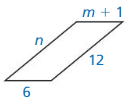
Answer:
The given figure is:

We know that,
According to the Parallelogram Opposite sides Theorem,
AB = CD and AD = BC
So,
From the given figure,
We can say that
n = 12 m + 1 = 6
n = 12 m = 6 – 1
n = 12 m = 5
Hence, from the above,
We can conclude that the values of m and n are: 5 and 12
Question 5.

Answer:
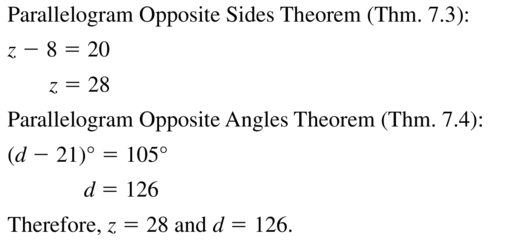
Question 6.

Answer:
The given figure is:

We know that,
According to the parallelogram Opposite sides Theorem,
AB = CD and AD = BC
According to the parallelogram Opposite Angles Theorem,
∠A = ∠C and ∠B = ∠D
Hence, from the figure,
(g + 4)° = 65° 16 – h = 7
g° = 65° – 4° h = 16 – 7
g° = 61° h = 9
Hence, from he above,
We can conclude that the values of g and h are: 61° and 9
In Exercises 7 and 8. find the measure of the indicated angle in the parallelogram.
Question 7.
Find m∠B.
Answer:
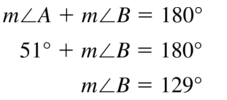
Question 8.
Find m ∠ N.
Answer:
The given figure is:

We know that,
According to the parallelogram Consecutive angles Theorem,
The sum of the consecutive angle measures is equal to: 180°
So,
From the given figure,
∠M + ∠N = 180°
95° + ∠N = 180°
∠N = 180° – 95°
∠N = 85°
Hence, from the above,
We can conclude that the value of ∠N is: 85°
In Exercises 9-16. find the indicated measure in ![]() LMNQ. Explain your reasoning.
LMNQ. Explain your reasoning.
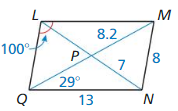
Question 9.
LM
Answer:

Question 10.
LP
Answer:
The given figure is:

From the given figure,
We can observe that
LN = 7
We know that,
In the parallelogram,
The diagonals bisect each other. So, the length of each diagonal will be divided into half of the value of the diagonal length
So,
LN can be divided into LP and PN
So,
LP = \(\frac{LN}{2}\)
LP = \(\frac{7}{2}\)
LP = 3.5
Hence, from the above,
We can conclude that the value of LP is: 3.5
Question 11.
LQ
Answer:

Question 12.
MQ
Answer:
The given figure is:

Hence,
From the given figure,
We can observe that
MQ = 8.2
Hence, from the above,
We can conclude that the value of MQ is: 8.2
Question 13.
m∠LMN
Answer:

Question 14.
m∠NQL
Answer:
The given figure is:

We know that,
According to the parallelogram Consecutive angles Theorem,
The sum of the consecutive angle measures is: 180°
So,
From the figure,
∠L + ∠M = 180°
100° + ∠M = 180°
∠M = 180° – 100°
∠M = 80°
We know that,
According to the parallelogram Opposite angles Theorem,
The opposite angles are congruent i.e., equal
So,
From the figure,
∠M = ∠Q
So,
∠Q = 80°
Hence, from the above,
We can conclude that the value of ∠NQL is: 80°
Question 15.
m∠MNQ
Answer:

Question 16.
m∠LMQ
Answer:
The given figure is:

We know that,
According to the parallelogram Consecutive angles Theorem,
The sum of the consecutive angle measures is: 180°
So,
From the figure,
∠L + ∠M = 180°
100° + ∠M = 180°
∠M = 180° – 100°
∠M = 80°
Hence, from the above,
We can conclude that the value of ∠LMQ is: 80°
In Exercises 17-20. find the value of each variable in the parallelogram.
Question 17.

Answer:
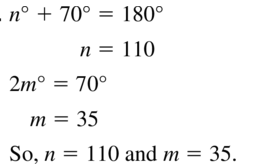
Question 18.

Answer:
The given figure is:

We know that,
According to the parallelogram Opposite Angles Theorem,
∠A = ∠C and ∠B = ∠D
According to the parallelogram Consecutive angles Theorem,
∠A + ∠B = 180° and ∠C + ∠D = 180° and ∠A + ∠D = 180° and ∠B + ∠C = 180°
So,
From the given figure,
(b – 10)° + (b + 10)° = 180°
2b° = 180°
b° = \(\frac{180}{2}\)
b° = 90°
Hence, from the above,
We can conclude that the value of b is: 90°
Question 19.

Answer:
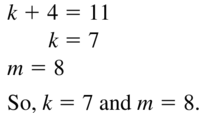
Question 20.

Answer:
The given figure is:

We know that,
In the parallelogram,
The diagonals bisect each other
So,
From the given figure,
We can say that
\(\frac{v}{3}\) = 6 2u + 2 = 5u – 10
v = 6 (3) 5u – 2u = 10 + 2
v = 18 3u = 18
v = 18 u = \(\frac{18}{3}\)
v = 18 u = 6
Hence, from the above,
We can conclude that the values of u and v are: 6 and 18
ERROR ANALYSIS
In Exercises 21 and 22, describe and correct the error in using properties of parallelograms.
Question 21.

Answer:

Question 22.
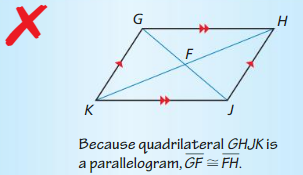
Answer:
We know that,
According to the properties of the parallelogram,
GJ and HK are the diagonals of the parallelogram and F is the perpendicular bisector of the diagonals
So,
Snce F is the perpendicular bisector,
We know that,
GF = FJ and KF = FH
Hence, from the baove,
We can conclude that because quadrilateral GHJK is a parallelogram,
\(\overline{G F}\) = \(\overline{F J}\)
PROOF
In Exercises 23 and 24, write a two-column proof.
Question 23.
Given ABCD and CEFD are parallelograms.
Prove \(\overline{A B} \cong \overline{F E}\)
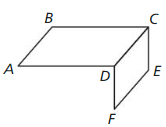
Answer:
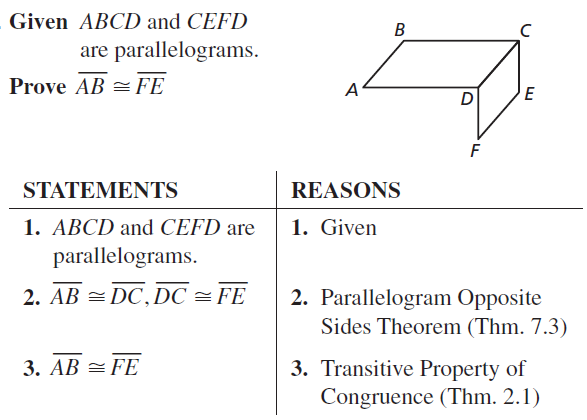
Question 24.
Given ABCD, EBGF, and HJKD are parallelograms.
Prove ∠2 ≅∠3
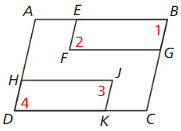
Answer:
Given:
ABCD, EBGF, and HJKD are parallelograms
Prove:
∠2 ≅ ∠3
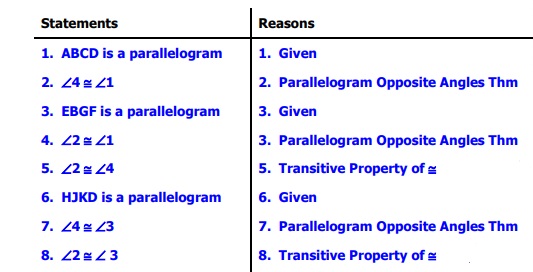
In Exercises 25 and 26, find the coordinates of the intersection of the diagonals of the parallelogram with the given vertices.
Question 25.
W(- 2, 5), X(2, 5), Y(4, 0), Z(0, 0)
Answer:
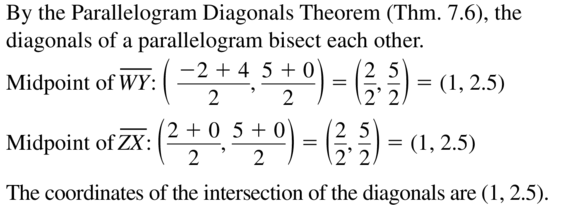
Question 26.
Q(- 1, 3), R(5, 2), S(1, – 2), T(- 5, – 1)
Answer:
The given coordinates of the parallelogram are:
Q (-1, 3), R (5, 2), S (1, -2), and T (-5, -1)
Compare the given coordinates with (x1, y1), and (x2, y2)
We know that,
By the parallelogram Diagonals Theorem, the diagonals of a parallelogram bisect each other
So,
From the given coordinates,
The diagonals of the parallelogram are: QS and RT
So,
The midpoint of QS = (\(\frac{x1 + x2}{2}\), \(\frac{y1 + y2}{2}\))
= (\(\frac{1 – 1}{2}\), \(\frac{3 – 2}{2}\))
= (0, \(\frac{1}{2}\))
The midpoint of RT = (\(\frac{x1 + x2}{2}\), \(\frac{y1 + y2}{2}\))
= (\(\frac{5 – 5}{2}\), \(\frac{2 – 1}{2}\))
= (0, \(\frac{1}{2}\))
Hence from the above,
We can conclude that the coordinates of the intersection of the diagonals of the given parallelogram are:
(0, \(\frac{1}{2}\))
In Exercises 27-30, three vertices of ![]() DEFG are given. Find the coordinates of the remaining vertex.
DEFG are given. Find the coordinates of the remaining vertex.
Question 27.
D(0, 2), E(- 1, 5), G(4, 0)
Answer:
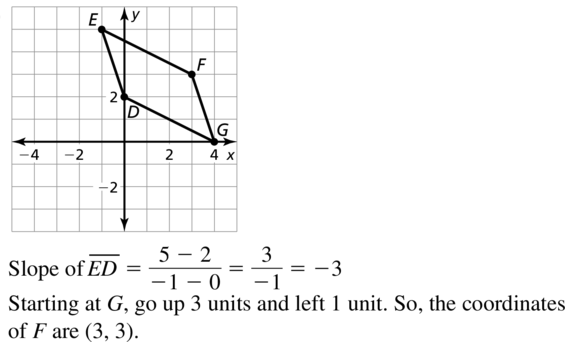
Question 28.
D(- 2, – 4), F(0, 7), G(1, 0)
Answer:
The given vertices of parallelogram are:
D (-2, -4), F (0, 7), and G (1, 0)
Let the fourth vertex of the parallelogram be: (x, y)
We know that,
In a parallelogram,
The diagonals bisect each other i.e., the angle between the diagonals is 90°
So,
We can say that the diagonals are the perpendicular lines
So,
In the given parallelogram,
DF and EG are the diagonals
Now,
Slope of DF = \(\frac{y2 – y1}{x2 – x1}\)
= \(\frac{7 + 4}{0 + 2}\)
= \(\frac{11}{2}\)
Slope of EG = \(\frac{y2 – y1}{x2 – x1}\)
= \(\frac{y – 0}{x – 1}\)
= \(\frac{y}{x – 1}\)
We know that,
DF and EG are the perpendicular lines
So,
The product of the slopes of the perpendicular lines is equal to -1
So,
(Slope of DF) × (Slope of EG) = -1
\(\frac{11}{2}\) × \(\frac{y}{x – 1}\) = -1
\(\frac{y}{x – 1}\) = –\(\frac{2}{11}\)
Equate the numerator and denominator of both expreesions
We get,
y = -2 x – 1 = 11
y = -2 x = 11 + 1
y = -2 x = 12
Hence, from the above,
We can conclude that the coordinates of the fourth vertex are: (12, -2)
Question 29.
D(- 4, – 2), E(- 3, 1), F(3, 3)
Answer:
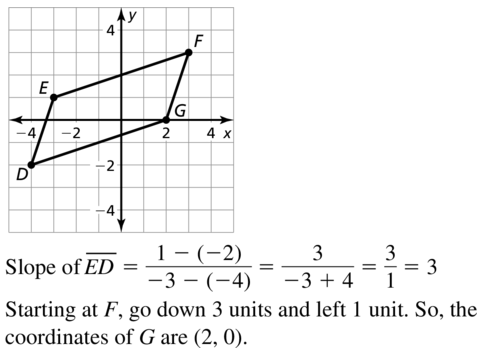
Question 30.
E (1, 4), f(5, 6), G(8, 0)
Answer:
The given vertices of a parallelogram are:
E (1, 4), F (5, 6), and G (8, 0)
Let the fourth vertex of the parallelogram be: (x, y)
We know that,
In a parallelogram,
The diagonals bisect each other i.e., the angle between the diagonals is 90°
So,
We can say that the diagonals are the perpendicular lines
So,
In the given parallelogram,
FH and EG are the diagonals
Now,
Slope of FH = \(\frac{y2 – y1}{x2 – x1}\)
= \(\frac{y – 6}{x – 5}\)
Slope of EG = \(\frac{y2 – y1}{x2 – x1}\)
= \(\frac{0 – 4}{8 – 1}\)
= \(\frac{-4}{7}\)
= –\(\frac{4}{7}\)
We know that,
FH and EG are the perpendicular lines
So,
The product of the slopes of the perpendicular lines is equal to -1
So,
(Slope of FH) × (Slope of EG) = -1
–\(\frac{4}{7}\) × \(\frac{y – 6}{x – 5}\) = -1
\(\frac{y – 6}{x – 4}\) = \(\frac{7}{4}\)
Equate the numerator and denominator of both expreesions
We get,
y – 6 = 7 x – 4 = 4
y = 7 + 6 x = 4 + 4
y = 13 x = 8
Hence, from the above,
We can conclude that the coordinates of the fourth vertex are: (8, 13)
MATHEMATICAL CONNECTIONS
In Exercises 31 and 32. find the measure of each angle.
Question 31.
The measure of one interior angle of a parallelogram is 0.25 times the measure of another angle.
Answer:
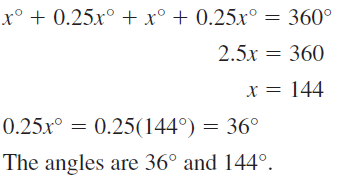
Question 32.
The measure of one interior angle of a parallelogram is 50 degrees more than 4 times the measure of another angle.
Answer:
It is given that the measure of one interior angle of a parallelogram is 50 degrees more than 4 times the measure of another angle.
So,
The measure of one interior angle is: x°
The measure of another interior angle is: 50° + 4x°
We know that,
The opposite angles of the parallelogram are equal
The sum of the angles of the parallelogram is: 360°
So,
x° + 4x + 50° + x° + 4x + 50° = 360°
10x° + 100° = 360°
10x° = 360° – 100°
10x° = 260°
x° = \(\frac{260}{10}\)
x° = 26°
So,
The angle measures of the parallelogram are:
x° = 26°
4x° + 50° = 4 (26°) + 50°
= 104° + 50°
= 154°
Hence, from the above,
We can conclude that the angle measures are: 26° and 154°
Question 33.
MAKING AN ARGUMENT
In quadrilateral ABCD.
m∠B = 124°, m∠A = 56°, and m∠C = 124°.
Your friend claims quadrilateral ABCD could be a parallelogram. Is your friend correct? Explain your reasoning.
Answer:

Question 34.
ATTENDING TO PRECISION
∠J and ∠K are Consecutive angles in a parallelogram. m∠J = (3t + 7)°. and m∠K = (5t – 11)°. Find the measure of each angle.
Answer:
It is given that ∠J and ∠K are the consecutive angles in a parallelogram
So,
∠J + ∠K = 180°
Now,
It is given that
∠J = (3t + 7)° and ∠K = (5t – 11)°
So,
(3t + 7)° + (5t – 11)° = 180°
8t° – 4 = 180°
8t° = 180° + 4°
8t° = 184°
t° = \(\frac{184}{8}\)
t° = 23°
So,
∠J = (3t + 7)°
= 3 (23)° + 7
= 69° + 7°
= 76°
∠K = (5t – 11)°
= 5 (23)° – 11
= 115° – 11°
= 104°
Hence, from the above,
We can conclude that the measure of each angle is: 76° and 104°
Question 35.
CONSTRUCTION
Construct any parallelogram and label it ABCD. Draw diagonals \(\overline{A C}\) and \(\overline{B D}\). Explain how to use paper folding to verify the Parallelogram Diagonals Theorem (Theorem 7.6) for ![]() ABCD.
ABCD.
Answer:
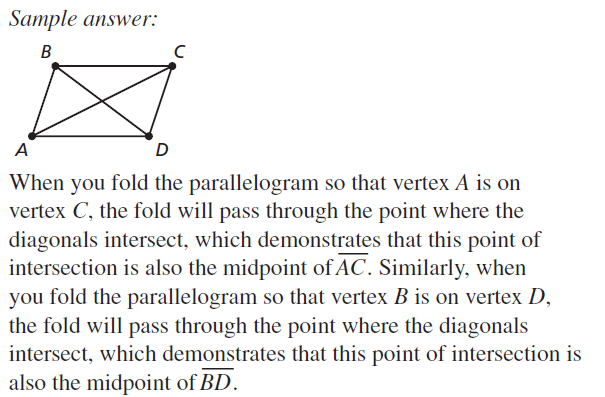
Question 36.
MODELING WITH MATHEMATICS
The feathers on an arrow from two congruent parallelograms. The parallelograms are reflections of each other over the line that contains their shared side. Show that m ∠ 2 = 2m ∠ 1.
![]()
Answer:
Question 37.
PROVING A THEOREM
Use the diagram to write a two-column proof of the Parallelogram Opposite Angles Theorem (Theorem 7.4).

Given ABCD is a parallelogram.
Prove ∠A ≅ ∠C, ∠B ≅ ∠D
Answer:
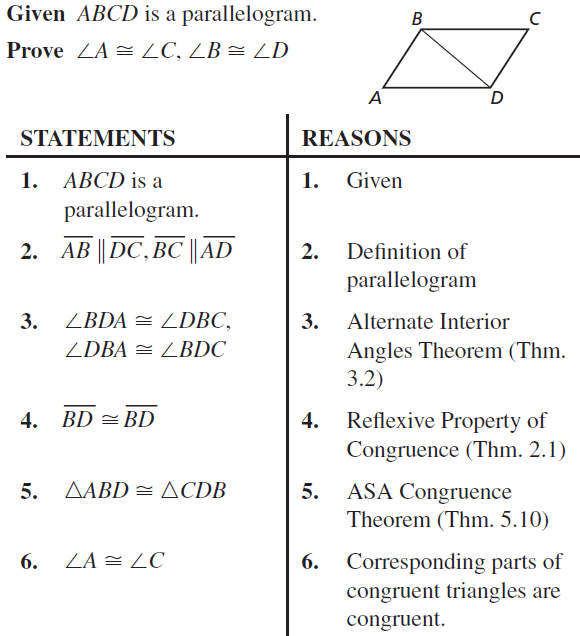
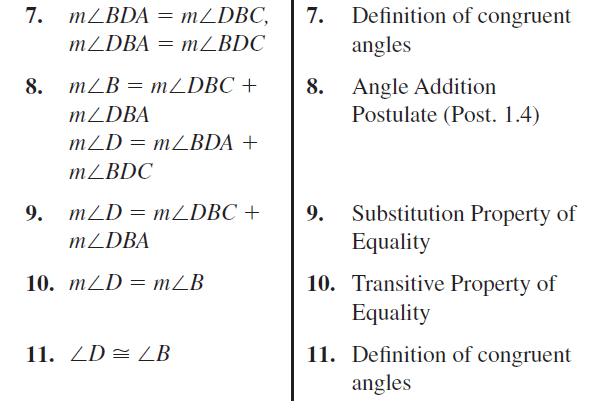
Question 38.
PROVING A THEOREM
Use the diagram to write a two-column proof of the Parallelogram Consecutive Angles Theorem (Theorem 7.5).

Given PQRS is a parallelogram.
Prove x° + y° = 180°
Answer:
Given:
PQRS is a parallelogram
Prove:
x° + y° = 180°

Question 39.
PROBLEM-SOLVING
The sides of ![]() MNPQ are represented by the expressions below. Sketch
MNPQ are represented by the expressions below. Sketch ![]() MNPQ and find its perimeter.
MNPQ and find its perimeter.
MQ = – 2x + 37 QP = y + 14
NP= x – 5 MN = 4y + 5
Answer:
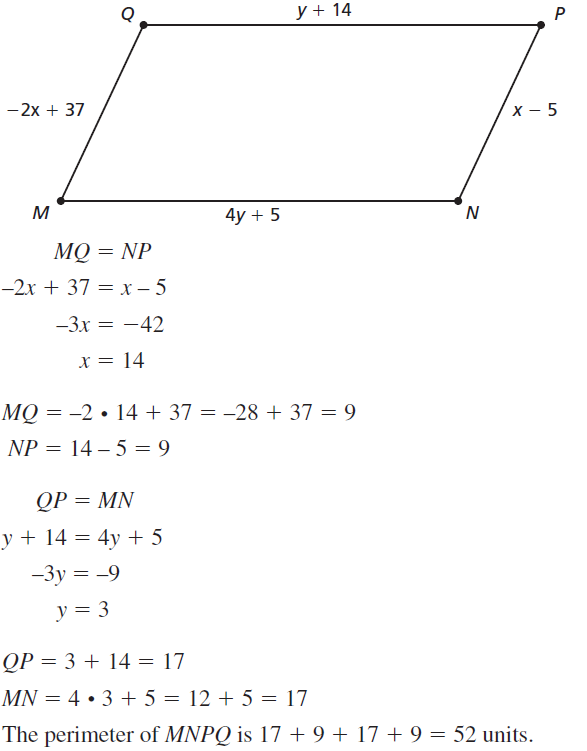
Question 40.
PROBLEM SOLVING
In ![]() LMNP, the ratio of LM to MN is 4 : 3. Find LM when the perimeter of
LMNP, the ratio of LM to MN is 4 : 3. Find LM when the perimeter of ![]() LMNP is 28.
LMNP is 28.
Answer:
It is given that
In the parallelogram LMNP,
The ratio of LM to MN is: 4 : 3
It is also given that
The perimeter of the parallelogram LMNP is: 28
So,
Let the length of LM be 4x
Let the length of MN be 3x
We know that,
The opposite sides of the parallelogram are equal
The perimeter is the sum of all the sides
So,
4x + 3x + 4x + 3x = 28
8x + 6x = 28
14x = 28
x = \(\frac{28}{14}\)
x = 2
So,
The length of LM = 4 x
= 4 (2)
= 8
Hence, from the above,
We can conclude that the length of LM is: 8
Question 41.
ABSTRACT REASONING
Can you prove that two parallelograms are congruent by proving that all their corresponding sides are congruent? Explain your reasoning.
Answer:

Question 42.
HOW DO YOU SEE IT?
The mirror shown is attached to the wall by an arm that can extend away from the wall. In the figure. points P, Q, R, and S are the vertices of a parallelogram. This parallelogram is one of several that change shape as the mirror is extended.

a. What happens to m∠P as m∠Q increases? Explain.
Answer:
From the given figure,
We can observe that
∠P and ∠Q are the consecutive angles
So,
∠P + ∠Q = 180°
Now,
To make the sum 180°, if one angle measure increases, then the other angle measure has to decrease
Hence, from the above,
We can conclude that when ∠Q increases, ∠P has to decrease
b. What happens to QS as m∠Q decreases? Explain.
Answer:
From the given figure,
QS is a diagonal of the parallelogram
Q and S are the opposite angles
We know that,
The opposite angles are equal
So,
As ∠Q decreases, the length of QS may also decrease or may also increase
c. What happens to the overall distance between the mirror and the wall when m∠Q decreases? Explain.
Answer:
From the given figure,
We can observe that,
As the angle between Q and the wall increases,
The overall distance between the mirror and the wall increase
Question 43.
MATHEMATICAL CONNECTIONS
In ![]() STUV m∠TSU = 32°, m∠USV = (x2)°, m∠TUV = 12x°, and ∠TUV is an acute angle. Find m∠USV.
STUV m∠TSU = 32°, m∠USV = (x2)°, m∠TUV = 12x°, and ∠TUV is an acute angle. Find m∠USV.

Answer:
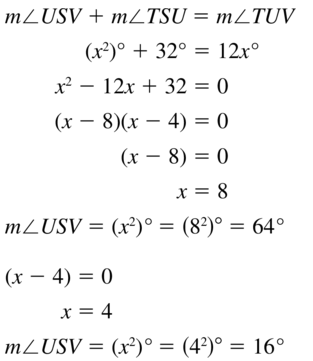
Question 44.
THOUGHT-PROVOKING
Is it possible that any triangle can be partitioned into four congruent triangles that can be rearranged to form a parallelogram? Explain your reasoning.
Answer:
Yes, it is possible that any triangle can be partitioned into four congruent triangles that can be rearranged to form a parallelogram
Explanation:
We know that,
In any quadrilateral,
The diagonals bisect each other and the angles may or may not be 90° in the diagonals
So,
After the bisecting with the diagonals in a quadrilateral,
We can observe that the quadrilateral is divided into four triangles
Hence, from the above,
We can conclude that it is possible that any triangle can be partitioned into four congruent triangles that can be rearranged to form a parallelogram
Question 45.
CRITICAL THINKING
Points W(1. 2), X(3, 6), and Y(6, 4) are three vertices of a parallelogram. How many parallelograms can be created using these three vertices? Find the coordinates of each point that could be the fourth vertex.
Answer:
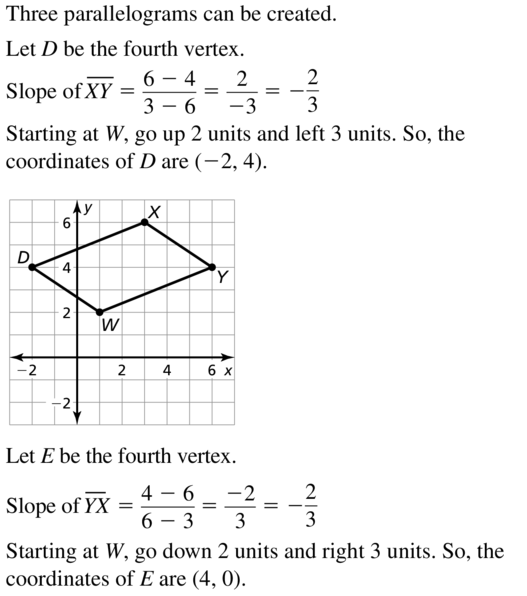

Question 46.
PROOF
In the diagram. \(\overline{E K}\) bisects ∠FEH, and \(\overline{F J}\) bisects ∠EFG. Prove that \(\overline{E K}\) ⊥ \(\overline{F J}\). (Hint: Write equations using the angle measures of the triangles and quadrilaterals formed.)
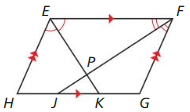
Answer:
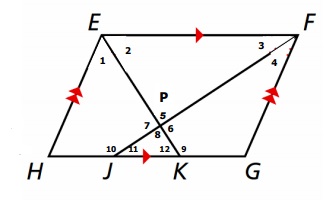
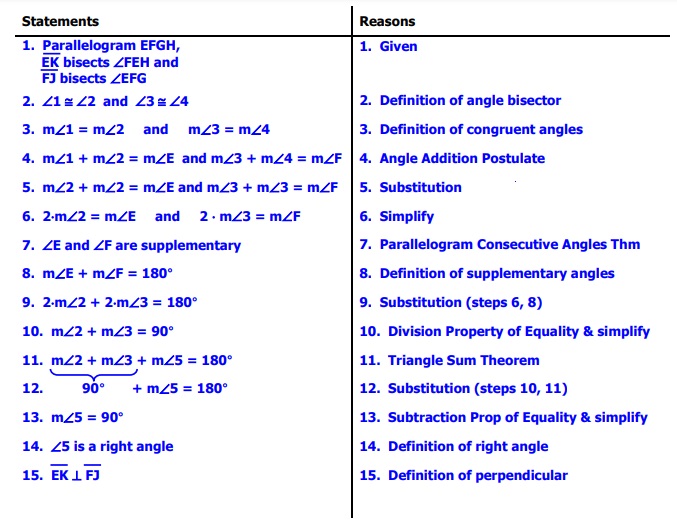
Question 47.
PROOF
Prove the congruent Parts of Parallel Lines Corollary: If three or more parallel lines cut off congruent segments on one transversal, then they cut off congruent segments on every transversal.
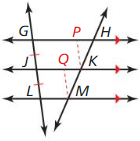
Given ![]()
Prove \(\overline{H K}\) ≅ \(\overline{K M}\)
(Hint: Draw \(\overline{K P}\) and \(\overline{M Q}\) such that quadrilatcral GPKJ and quadrilateral JQML are parallelorams.)
Answer:
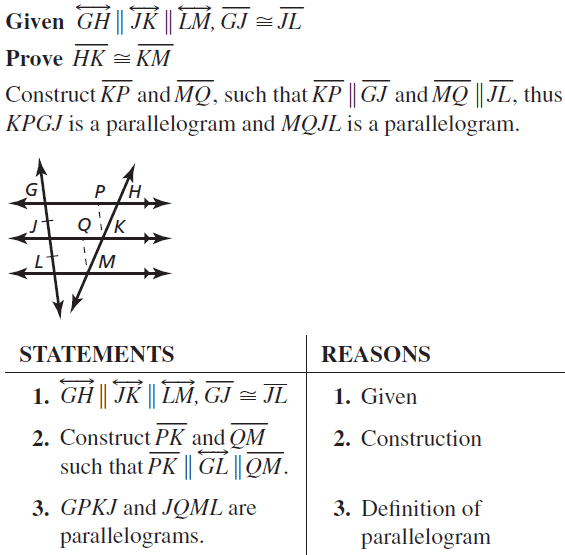
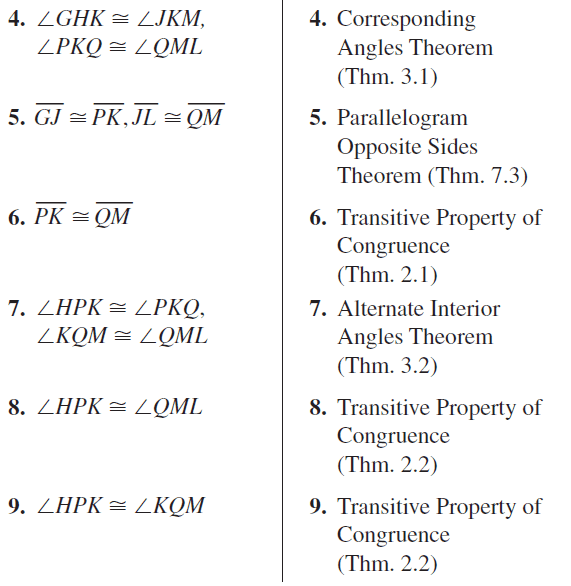
Maintaining Mathematical Proficiency
Determine whether lines l and m are parallel. Explain your reasoning.
Question 48.
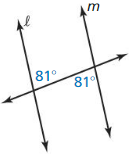
Answer:
The given figure is:

From the given figure,
We can observe that the given angles are the corresponding angles i.e., an interior angle and an exterior angle
Hence,
According to the Corresponding Angles Theorem,
We can conclude that l and m are parallel lines
Question 49.
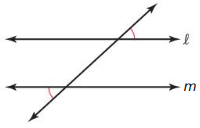
Answer:

Question 50.
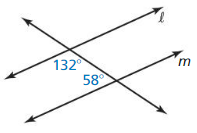
Answer:
The given figure is:

From the given figure,
We can observe that the given angles are the consecutive interior angles
We know that,
The sum of the angle measures of the consecutive interior angles is: 180°
But, from the given figure,
The sum of the angle measures is not 180°
Hence, from the above,
We can conclude that l is not parallel to m
7.3 Proving That a Quadrilateral is a Parallelogram
Exploration 1
Proving That a Quadrilateral is a Parallelogram
Work with a partner: Use dynamic geometry software.

a. Construct a quadrilateral ABCD whose opposite sides are congruent.
Answer:
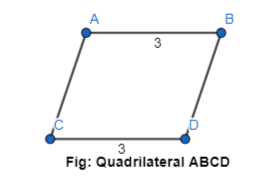
b. Is the quadrilateral a parallelogram? Justify your answer.
Answer:
We know that,
If a quadrilateral which has opposite sides congruent and each angle measure not equal to 90° and the diagonals bisected each other, then that quadrilateral is called the “Parallelogram”
Hence,
The representation of the quadrilateral ABCD as a parallelogram is:
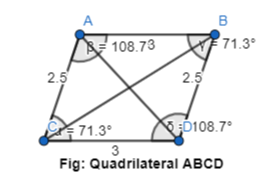
c. Repeat parts (a) and (b) for several other quadrilaterals. Then write a conjecture based on your results.
Answer:

From the above quadrilateral,
The conjecture about the quadrilaterals is:
If the opposite sides of a quadrilateral are equal, then the opposite angles of a quadrilateral are equal
d. Write the converse of your conjecture. Is the Converse true? Explain.
REASONING ABSTRACTLY
To be proficient in math, you need to know and flexibly use different properties of objects.
Answer:
From part (c),
The conjecture about quadrilaterals is:
If the opposite sides of a quadrilateral are equal, then the opposite angles of a quadrilateral are equal
The converse of your conjecture is:
If the opposite angles of a quadrilateral are equal, then the opposite sides of a quadrilateral are equal
Now,
From the below figure,

We can observe that
When ∠B and ∠D are 90°,
AD = BC = 2.9
Hence, from the above,
We can conclude that the converse of the conjecture from part (c) is true
Exploration 2
Proving That a Quadrilateral Is a Parallelogram
Work with a partner: Use dynamic geometry software.
a. Construct any quadrilateral ABCD whose opposite angles are congruent.
Answer:
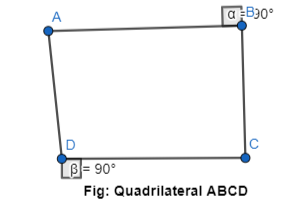
b. Is the quadrilateral a parallelogram? Justify your answer.
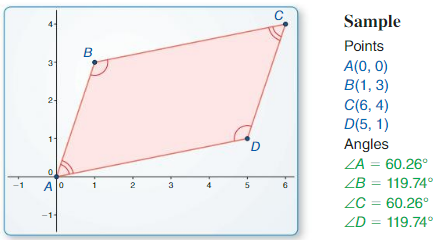
Answer:

We know that,
For a quadrilateral to be a parallelogram,
The opposite sides are equal and the opposite angles are equal
Hence, from the above figure,
We can conclude that the given quadrilateral ABCD is a parallelogram
c. Repeat parts (a) and (b) for several other quadrilaterals. Then write a conjecture based on your results.
Answer:
From parts (a) and (b),
The conjecture about the quadrilaterals is given as:
If the opposite angles of a quadrilateral are equal, then the opposite sides of a quadrilateral are equal
d. Write the converse of your conjecture. Is the converse true? Explain.
Answer:
From part (c),
The conjecture about quadrilaterals is given as:
If the opposite angles of a quadrilateral are equal, then the opposite sides of a quadrilateral are equal
Hence,
The converse of the conjecture of the quadrilaterals is given as:
If the opposite sides of a quadrilateral are equal, then the opposite angles of a quadrilateral are equal
Communicate Your Answer

Question 3.
How can you prove that a quadrilateral is a parallelogram?
Answer:
The number of ways to prove that a quadrilateral is a parallelogram are:
a. The opposite sides are congruent
b. The opposite angles are congruent
c. The opposite sides are parallel
d. The consecutive angles are supplementary
e. An angle is supplementary to both its consecutive angles
Question 4.
Is the quadrilateral at the left a parallelogram? Explain your reasoning
Answer:
From the given figure,
We can observe that the opposite angles are equal
So,
From the conjecture of the quadrilateral,
If the opposite angles of the quadrilateral are equal, then the opposite sides of the quadrilateral are equal
We know that,
if the opposite angles are equal and the angles are not 90°, then the quadrilateral is called the “parallelogram”
Hence, from the above,
We can conclude that the quadrilateral ate the left is the “Parallelogram”
Lesson 7.3 Proving that a Quadrilateral is a Parallelogram
Monitoring Progress
Question 1.
In quadrilateral WXYZ, m∠W = 42°, m∠X = 138°, and m∠Y = 42°. Find m∠Z. Is WXYZ a parallelogram’? Explain your reasoning.
Answer:
It is given that
In quadrilateral WXYZ,
∠W = 42°, ∠X = 138°, and ∠Y = 42°
Let
∠Z = x°
We know that,
The sum of the angles of a quadrilateral is 360°
So,
∠W + ∠X + ∠Y + ∠Z = 360°
42° + 138° + 42° + x° = 360°
84° + 138° + x° = 360°
x° = 360° – 222°
x° = 138°
So,
∠Z = 138°
Now,
We know that,
If the opposite angles of a quadrilateral are equal and the angle is not equal to 90°, then that quadrilateral is called the “Parallelogram”
Hence, from the above,
We can conclude that WXYZ is a parallelogram
Question 2.
For what values of x and y is quadrilateral ABCD a parallelogram? Explain your reasoning.
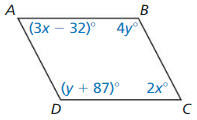
Answer:
The given figure is:

We know that,
For a quadrilateral to be a parallelogram,
The opposite angles are equal
So,
From the given figure,
4y° = (y + 87)° 2x° = (3x – 32)°
4y° – y° = 87° 3x° – 2x° = 32°
3y° = 87° x° = 32°
y° = 87 / 3 x° = 32°
y° = 29° x° = 32°
Hence, from the above,
We can conclude that for
x° = 32° and y° = 29°
The quadrilateral ABCD is a parallelogram
State the theorem you can use to show that the quadrilateral is a parallelogram.
Question 3.

Answer:
The given figure is:

From the given figure,
We can observe that the opposite sides are equal and are parallel
Hence,
According to the “Opposite sides parallel and congruent Theorem”,
The given quadrilateral is a parallelogram
Question 4.

Answer:
The given figure is:

From the given figure,
We can observe that the opposite sides are congruent and are parallel
Hence,
According to the “Opposite sides parallel and congruent Theorem”,
The given quadrilateral is a parallelogram
Question 5.

Answer:
The given figure is:

From the given figure,
We can observe that the opposite angles are equal and are parallel
Hence,
According to the “Opposite angles parallel and congruent Theorem”,
The given quadrilateral is a parallelogram
Question 6.
For what value of x is quadrilateral MNPQ a parallelogram? Explain your reasoning.

Answer:
The given figure is:

From the “Parallelogram Diagonals Converse Theorem”,
MP and NQ bisect each other
So,
MP = NQ
From the given figure,
It is given that
MP = 10 – 3x
NQ = 2x
So,
2x = 10 – 3x
2x + 3x = 10
5x = 10
x = \(\frac{10}{5}\)
x = 2
Hence, from the above,
We can conclude that for x = 2, the quadrilateral MNPQ is a parallelogram
Question 7.
Show that quadrilateral JKLM is a parallelogram.
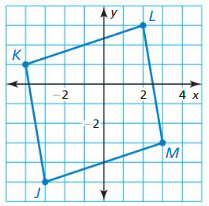
Answer:
From the given coordinate plane,
The coordinates of the quadrilateral JKLM are:
J (-5, 3), K (-3, -1), L (2, -3), and M (2, -3)
Now,
For the quadrilateral JKLM to be a parallelogram,
The opposite sides of the quadrilateral JKLM must be equal
So,
JL = KM
We know that,
The distance between the 2 points = \(\sqrt{(x2 – x1)² + (y2 – y1)²}\)
So,
JL = \(\sqrt{(5 + 2)² + (3 + 3)²}\)
= \(\sqrt{(7)² + (6)²}\)
= \(\sqrt{49 + 36}\)
= \(\sqrt{85}\)
= 9.21
KM = \(\sqrt{(5 + 2)² + (3 + 3)²}\)
= \(\sqrt{(7)² + (6)²}\)
= \(\sqrt{49 + 36}\)
= \(\sqrt{85}\)
= 9.21
Hence, from the above,
We can conclude that
The quadrilateral JKLM is a parallelogram according to the “Opposite sides parallel and congruent Theorem”
Question 8.
Refer to the Concept Summary. Explain two other methods you can use to show that quadrilateral ABCD in Example 5 is a parallelogram.
Concept Summary
Ways to Prove a Quadrilateral is a Parallelogram

Answer:
The other ways to prove a quadrilateral parallelogram are:
a. Prove that the sum of the consecutive angles is supplementary
b. Prove that an angle is supplementary to both the consecutive angles
Exercise 7.3 Proving that a Quadrilateral is a Parallelogram
Vocabulary and Core Concept Check
Question 1.
WRITING
A quadrilateral has four congruent sides. Is the quadrilateral a parallelogram? Justify your answer.
Answer:

Question 2.
DIFFERENT WORDS, SAME QUESTION
Which is different? Find “both” answers.
| Construct a quadrilateral with opposite sides congruent. | Construct a quadrilateral with one pair of parallel sides. |
| Construct a quadrilateral with opposite angles congruent, | Construct a quadrilateral with one pair of opposite sides congruent and parallel. |
Answer:
The given statements are:
a. Construct a quadrilateral with opposite sides congruent
b. Construct a quadrilateral with opposite angles congruent
c. Construct a quadrilateral with one pair of parallel sides
d. Construct a quadrilateral with one pair of opposite sides congruent and parallel
Now,
We know that,
For constructing a parallelogram,
We need
a. 2 pairs of opposite sides congruent and parallel
b. 2 pairs of opposite angles congruent and parallel
Now,
From the given sattements,
Statements a., b., and d are needed for onstructing a parallelogram whereas statement c. is unnecessary
Monitoring Progress and Modeling with Mathematics
In Exercises 3-8, state which theorem you can use to show that the quadrilateral is a parallelogram.
Question 3.

Answer:
![]()
Question 4.

Answer:
The given figure is:

From the given figure,
We can observe that the opposite sides are congruent and parallel
Hence,
By using the “Parallelogram Opposite sides Congruent and Parallel Theorem”,
We can say that the given quadrilateral is a parallelogram
Question 5.

Answer:
![]()
Question 6.
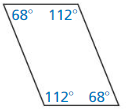
Answer:
The given figure is:

From the given figure,
We can observe that the opposite sides are congruent and parallel
Hence,
By using the “Parallelogram Opposite sides Congruent and Parallel Theorem”,
We can say that the given quadrilateral is a parallelogram
Question 7.
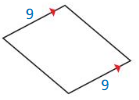
Answer:
![]()
Question 8.

Answer:
The given figure is:

From the given figure,
We can observe that the diagonals of the quadrilateral bisected each other
Hence,
By using the “Parallelogram Diagonals Converse Theorem”,
We can say that the given quadrilateral is a parallelogram
In Exercises 9-12, find the values of x and y that make the quadrilateral a parallelogram.
Question 9.
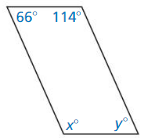
Answer:

Question 10.
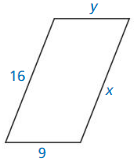
Answer:
The given figure is:

It is given that the given quadrilateral is a parallelogram
So,
We know that,
According to the “Parallelogram Opposite sides congruent and parallel Theorem”,
The lengths of the opposite sides of the given quadrilateral are equal
So,
x = 16 and y = 9
Hence, from the above,
We can conclude that for the given quadrilateral to be a parallelogram,
The alues of x and y are:
x = 16 and y = 9
Question 11.
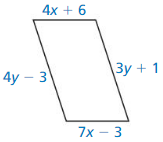
Answer:
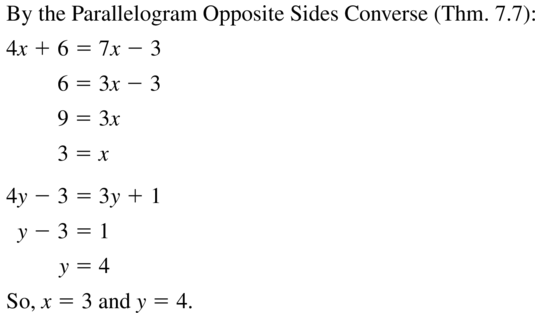
Question 12.
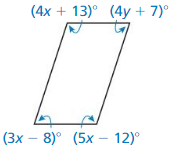
Answer:
The given figure is:

It is given that the given quadrilateral is a parallelogram
Now,
We know that,
According to the “Opposite angles Theorem”,
The opposite angles of the parallelogram are equal
So,
(4x + 13)° = (5x – 12)°
4x° – 5x° = -12° – 13°
x° = -25°
x° = 25°
(3x – 8)° = (4y + 7)°
3x – 8 – 7 = 4y°
4y° = 3 (25°) 15
4y° = 75 – 15
4y° = 60°
y° = \(\frac{60}{4}\)
y° = 15°
Hence, from the above,
We can conclude that for a given quadrilateral to be a parallelogram,
The values of x and y are:
x = 25° and y = 15°
In Exercises 13-16, find the value of x that makes the quadrilateral a parallelogram.
Question 13.

Answer:
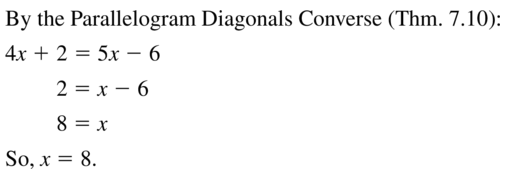
Question 14.
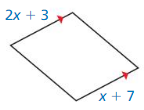
Answer:
The given figure is:

It is given that the given quadrilateral is a parallelogram
Now,
We know that,
According to the “Parallelogram Opposite angles parallel and congruent Theorem”,
The lengths of the opposite sides of the parallelogram are equal
So,
2x + 3 = x + 7
2x – x = 7 – 3
x = 4
Hence, from the above,
We can conclude that for a given quadrilateral to be a parallelogram,
The value of x is:
x = 4
Question 15.
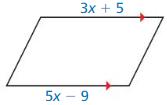
Answer:

Question 16.

Answer:
The given figure is:

It is given that the given quadrilateral is a parallelogram
Now,
We know that,
According to the “Parallelogram Diagonals Converse Theorem”,
The diagonals bisect each other
So,
6x = 3x + 2
6x – 3x = 2
3x = 2
x = \(\frac{2}{3}\)
Hence, from the above,
We can conclude that for a given quadrilateral to be a parallelogram,
The value of x is:
x = \(\frac{2}{3}\)
In Exercises 17-20, graph the quadrilateral with the given vertices in a coordinate plane. Then show that the quadrilateral is a parallelogram.
Question 17.
A(0, 1), B(4, 4), C(12, 4), D(8, 1)
Answer:
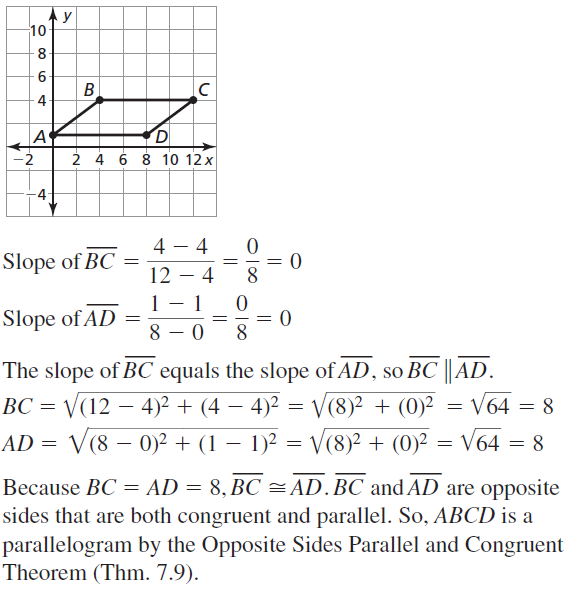
Question 18.
E(- 3, 0), F(- 3, 4), G(3, – 1), H(3, – 5)
Answer:
The given vertices of the quadrilateral are:
E (-3, 0), F (-3, 4), G (3, -1), and H (3, -5)
So,
The representation of the vertices of a quadrilateral in the coordinate plane is:
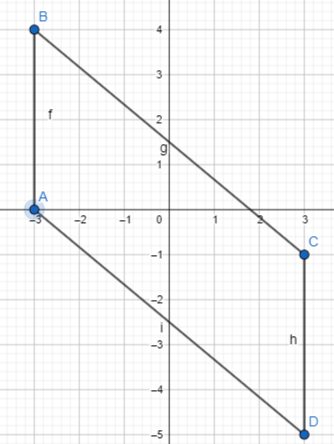
Now,
We know that,
For a quadrilateral to be a parallelogram,
The length of the opposite sides of a parallelogram are congruent and parallel
We know that,
The distance between 2 points = \(\sqrt{(x2 – x1)² + (y2 – y1)²}\)
So,
EF = \(\sqrt{(4 + 0)² + (3 – 3)²}\)
= \(\sqrt{(4)² + (0)²}\)
= \(\sqrt{16 + 0}\)
= 4
GH = \(\sqrt{(5 – 1)² + (3 – 3)²}\)
= \(\sqrt{(4)² + (0)²}\)
= 4
Hence,
According to the “Parallelogram opposite sides parallel and congruent Theorem”,
We can conclude that the quadrilateral with the given vertices is a parallelogram
Question 19.
J(- 2, 3), K(- 5, 7), L(3, 6), M(6, 2)
Answer:
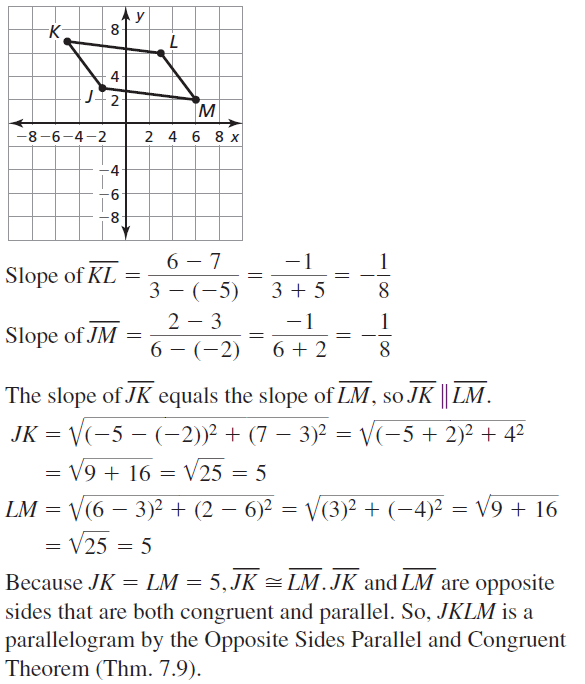
Question 20.
N(- 5, 0), P(0, 4), Q(3, 0), R(- 2, – 4)
Answer:
The given vertices of the quadrilateral are:
N (-5, 0), P (0, 4), Q (3, 0), R (-2, -4)
So,
The representation of the vertices of the quadrilateral in the coordinate plane is:
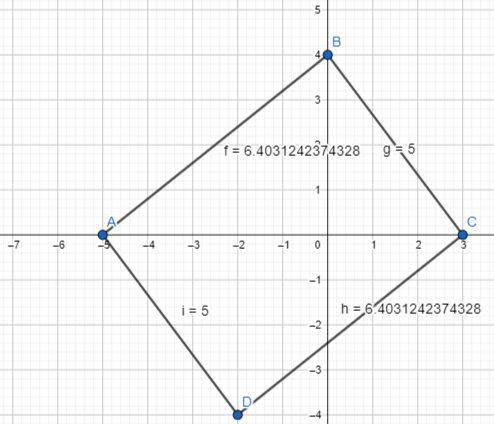
Now,
We know that,
The distance between 2 points = \(\sqrt{(x2 – x1)² + (y2 – y1)²}\)
So,
NP = \(\sqrt{(4 – 0)² + (0 + 5)²}\)
= \(\sqrt{(4)² + (5)²}\)
= \(\sqrt{16 + 25}\)
= 6.40
QR = \(\sqrt{(4 + 0)² + (3 + 2)²}\)
= \(\sqrt{(4)² + (5)²}\)
= \(\sqrt{16 + 25}\)
= 6.40
Hence,
According to the “Parallelograms Opposite sides parallel and congruent Theorem”,
We can conclude that the quadrilateral with the given vertices is a parallelogram
ERROR ANALYSIS
In Exercises 21 and 22, describe and correct the error in identifying a parallelogram.
Question 21.

Answer:

Question 22.
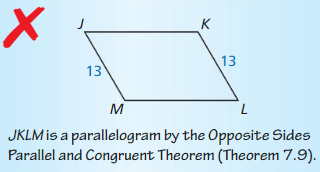
Answer:
In the given quadrilateral JKLM,
The lengths of the 2 sides are given and the given 2 lengths are congruent and are parallel to each other
Hence,
The quadrilateral JKLM is said to be a parallelogram by the “Parallelogram Opposite sides parallel and congruent Theorem”
Question 23.
MATHEMATICAL CONNECTIONS
What value of x makes the quadrilateral a parallelogram? Explain how you found your answer.
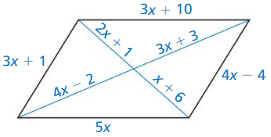
Answer:
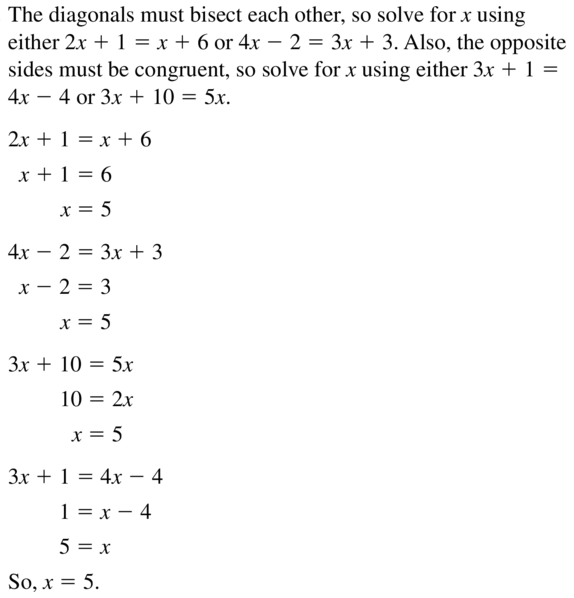
Question 24.
MAKING AN ARGUMENT
Your friend says you can show that quadrilateral WXYZ is a parallelogram by using the Consecutive Interior Angles Converse (Theorem 3.8) and the Opposite Sides Parallel and Congruent Theorem (Theorem 7.9). Is your friend correct? Explain your reasoning.
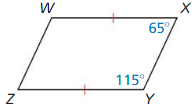
Answer:
Yes, your friend is correct
Explanation:
The given figure is:

From the given figure,
We can observe that the given angles are the consecutive angles and the sum of the angles are supplementary
We know that,
For the quadrilateral WXYZ to be a parallelogram, any one of the be low condition has to be satisfied:
a. The opposite sides are congruent
b. The sum of the consecutive interior angles are supplementary
So,
From the given figure,
We can observe that the sum of the consecutive interior angles is supplementary
Now,
Your friend says you can show that quadrilateral WXYZ is a parallelogram by using the Consecutive Interior Angles Converse and the Opposite Sides Parallel and Congruent Theorem.
Hence, from the above,
We can conclude that your friend is correct
ANALYZING RELATIONSHIPS
In Exercises 25-27, write the indicated theorems as a biconditional statement.
Question 25.
Parallelogram Opposite Sides Theorem (Theorem 7.3) and Parallelogram Opposite Sides Converse (Theorem 7.7)
Answer:

Question 26.
Parallelogram Opposite Angles Theorem (Theorem 7.4) and Parallelogram Opposite Angles Converse (Theorem 7.8)
Answer:
The given Theorems are:
Parallelograms Opposite angles Theorem and Parallelogram Opposite Angles Converse
Hence,
The representation of Theorems as a biconditional statement is:
A quadrilateral is a parallelogram if and only if both pairs of opposite angles are congruent
Question 27.
Parallclorarn Diagonals Theorem (Theorem 7.6) and
Parallelogram Diagonals Converse (Theorem 7.10)
Answer:

Question 28.
CONSTRUCTION
Describe a method that uses the Opposite Sides Parallel and Congruent Theorem (Theorem 7.9) to construct a parallelogram. Then construct a parallelogram using your method.
Answer:
The steps to construct a parallelogram using the Opposite Sides parallel and Congruent Theorem are:
a.
Draw a segment of length x cm (Say) and name the segment as AB
b.
Take one endpoint as B and draw another segment of length y cm (Say) and name the segment as BC
c.
By using the Opposite sides parallel and congruent Theorem,
The lengths of AB and CD must be equal
So,
AB = CD = x cm
d.
By using the Opposite sides parallel and congruent Theorem,
The lengths of BC and DA must be equal
So,
BC = DA = y cm
Hence,
The representation of the parallelogram by using the above steps is:
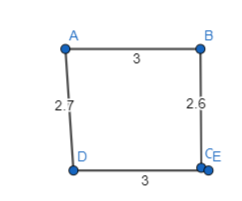
Question 29.
REASONING
Follow the steps below to construct a parallelogram. Explain why this method works. State a theorem to support your answer.
Step 1: Use a ruler to draw two segments that intersect at their midpoints.
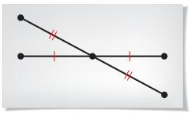
Step 2: Connect the endpoints of the segments to form a parallelogram.
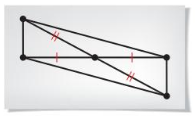
Answer:

Question 30.
MAKING AN ARGUMENT
Your brother says to show that quadrilateral QRST is a parallelogram. you must show that \(\overline{Q R}\) || \(\overline{T S}\) and \(\overline{Q T}\) || \(\overline{R S}\). Your sister says that you must show that \(\overline{Q R} \cong \overline{T S}\) and \(\overline{Q T} \cong \overline{R S}\). Who is correct? Explain your reasoning.

Answer:
It is given that the quadrilateral QRST is a parallelogram
So,
According to the Opposite Sides Parallel and Congruent Theorem,
In the quadrilateral QRST,
QR ≅TS and QT ≅ RS
QR || TS and QT || RS
Now,
According to your brother,
You have to show that
QR || TS and QT || RS
According t your sisiter,
You have to show that
QR ≅TS and QT ≅ RS
Hence, from the above,
We can conclude that to make the quadrilateral QRSt a parallelogram,
Your brother and sister both are correct
REASONING
In Exercises 31 and 32, our classmate incorrectly claims that the marked information can be used to show that the figure is a parallelogram. Draw a quadrilateral with the same marked properties that are clearly not a parallelogram.
Question 31.

Answer:
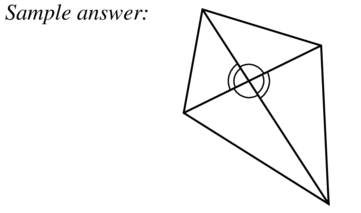
Question 32.

Answer:
The given figure is:

It is given that the given quadrilateral is a parallelogram
Hence,
The representation of the given quadrilateral that is not a parallelogram is:
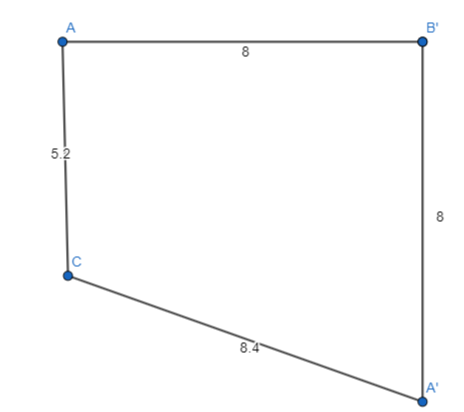
Question 33.
MODELING WITH MATHEMATICS
You shoot a pool ball, and it rolls back to where it started, as shown in the diagram. The ball bounces off each wall at the same angle at which it hits the wall.
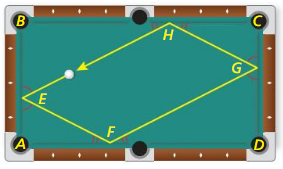
a. The ball hits the first wall at an angle of 63°. So m∠AEF = m∠BEH = 63°. What is m∠AFE? Explain your reasoning.
b. Explain why m∠FGD = 63°.
c. What is m∠GHC? m∠EHB?
d. Is quadrilateral EFGH a parallelogram? Explain your reasoning.
Answer:
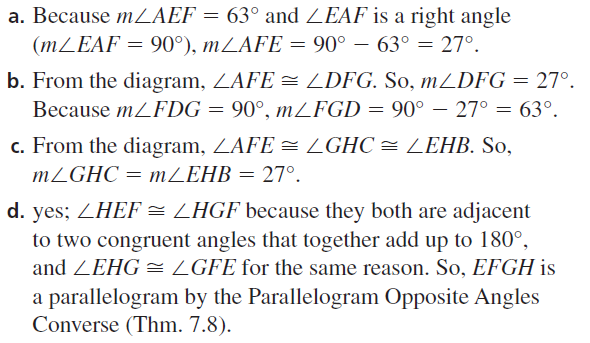
Question 34.
MODELING WITH MATHEMATICS
In the diagram of the parking lot shown, m∠JKL = 60°, JK = LM = 21 feet, and KL = JM = 9 feet.
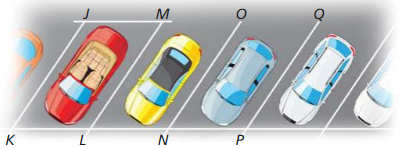
a. Explain how to show that parking space JKLM is a parallelogram.
Answer:
It is given that
JK = LM = 21 feet
KL = JM = 9 feet
From the parking lot JKLM,
We can observe that the shape of the parking lot is a quadrilateral
We can also observe that
JK and LM are the opposite sides
JM and KL are the opposite sides
It is given that
JK = LM and JM = KL
We know that,
If the opposite sides are congruent and parallel, then according to the Opposite sides congruent and parallel Theorem,
We can say that the quadrilateral is a parallelogram
Hence, from the above,
We can conclude that the parking space JKLM is a parallelogram
b. Find m∠JML, m∠KJM, and m∠KLM.
Answer:
It is given that
∠JKL = 60°
We know that,
The parking space JKLM is a parallelogram
So,
∠K = ∠M and ∠J = ∠L
So,
∠K = ∠M = 60°
We know that,
In a parallelogram,
The sum of the consecutive interior angles is 180°
So,
∠K + ∠L = 180°
∠L = 180° – ∠K
∠L = 180° – 60°
∠L = 120°
So,
∠J = ∠L = 120°
Hence, from the above,
We can coclude that
∠K = ∠M = 60°
∠J = ∠L = 120°
c. \(\overline{L M}\)||\(\overline{N O}\) and \(\overline{N O}\) || \(\overline{P Q}\) which theorem could you use to show that \(\overline{J K}\) || \(\overline{P Q}\)?
Answer:
It is given that
LM || NO and NO || PQ
So,
From the given data,
We can say that JKPQ is a parallelogram
Hence,
We can conclude that
According to the Opposite sides parallel and Congruent Theorem,
JK || PQ
REASONING
In Exercises 35-37. describe how to prove that ABCD is a parallelogram.
Question 35.
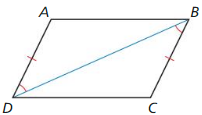
Answer:

Question 36.

Answer:
The given figure is:

From the given figure,
We can observe that the opposite angles are congruent
So,
∠B = ∠D
Hence,
We can conclude that
According to the Opposite Angles Converse Theorem,
The given quadrilateral ABCD is a parallelogram
Question 37.
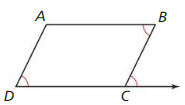
Answer:

Question 38.
REASONING
Quadrilateral JKLM is a parallelogram. Describe how to prove that ∆MGJ ≅ ∆KHL.

Answer:
Question 39.
PROVING A THEOREM
Prove the Parallelogram Opposite Angles Converse (Theorem 7.8). (Hint: Let x° represent m∠A and m∠C. Let y° represent m∠B and m∠D. Write and simplify an equation involving x and y)
Gien ∠A ≅ ∠C, ∠B ≅∠D
Prove ABCD is a parallelogram.

Answer:

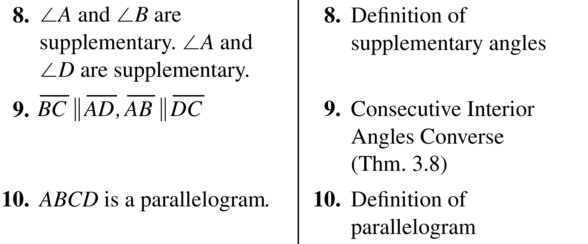
Question 40.
PROVING A THEOREM
Use the diagram of PQRS with the auxiliary line segment drawn to prove the Opposite Sides Parallel and Congruent Theorem (Theorem 7.9).
Given \(\overline{Q R}\) || \(\overline{P S}\). \(\overline{Q R} \cong \overline{P S}\)
Prove PQRS is a parallelogram.

Answer:
Question 41.
PROVING A THEOREM
Prove the Parallelogram Diagonals Converse (Theorem 7.10).
Given Diagonals \(\overline{J L}\) and \(\overline{K M}\) bisect each other.
Prove JKLM is a parallelogram.

Answer:
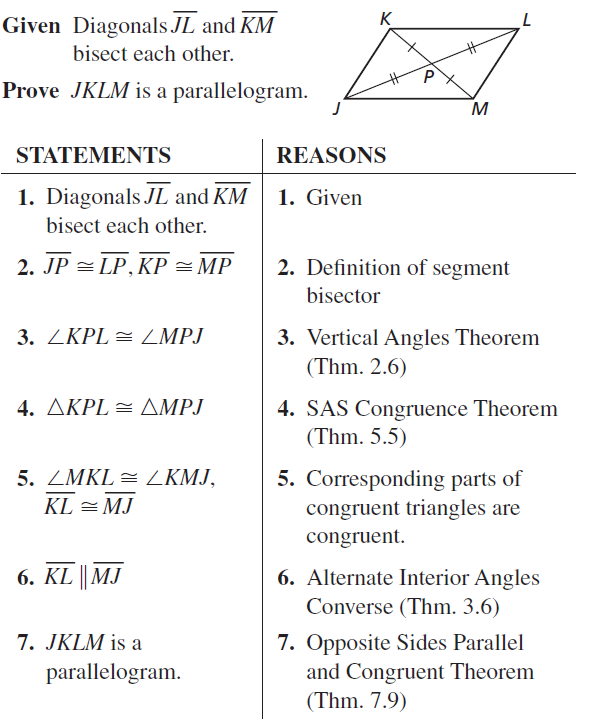
Question 42.
PROOF
Write the proof.
Given DEBF is a parallelogram.
AE = CF
Prove ABCD is a parallelogram.

Answer:
Question 43.
REASONING
Three interior angle measures of a quadrilateral are 67°, 67°, and 113°, Is this enough information to conclude that the quadrilateral is a parallelogram? Explain your reasoning.
Answer:

Question 44.
HOW DO YOU SEE IT?
A music stand can be folded up, as shown. In the diagrams. AEFD and EBCF are parallelograms. Which labeled segments remain parallel as the stand is folded?
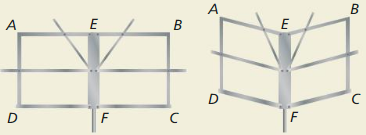
Answer:
The given music stand when folded and not folded is:

It is given that AEFD and EBCF are the parallelograms
Hence,
The segments that remain parallel as the music stand folded are:
In the parallelogram AEFD,
AE || FD and AD || EF
In the parallelogram EBCF,
EB || CF and EF || BC
Question 45.
CRITICAL THINKING
In the diagram, ABCD is a parallelogram, BF = DE = 12, and CF = 8. Find AE. Explain your reasoning.
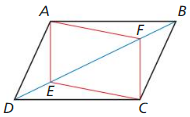
Answer:
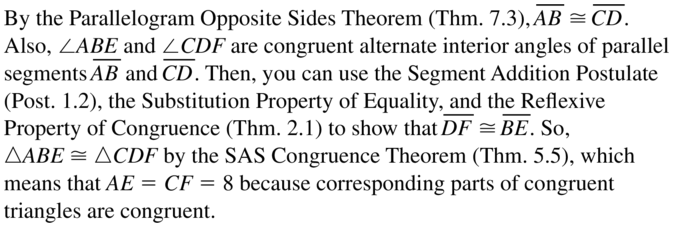
Question 46.
THOUGHT-PROVOKING
Create a regular hexagon using congruent parallelograms.
Answer:
The representation of a regular hexagon using congruent parallelograms are:
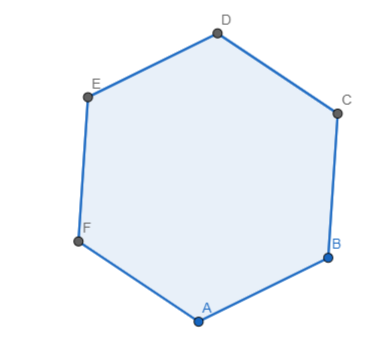
Hence, from the above regular hexagon,
ABCF and CDEF are the consecutive parallelograms
Question 47.
WRITING
The Parallelogram Consecutive Angles Theorem (Theorem 7.5) says that if a quadrilateral is a parallelogram, then its consecutive angles are supplementary. Write the converse of this theorem. Then write a plan for proving the converse. Include a diagram.
Answer:
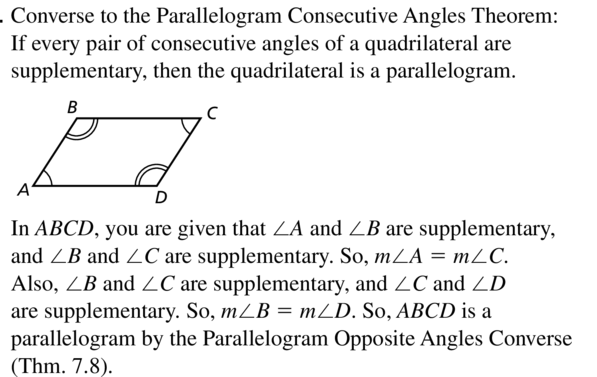
Question 48.
PROOF
Write the proof.
Given ABCD is a parallelogram.
∠A is a right angle.
Prove ∠B, ∠C, and ∠D are right angles.
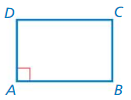
Answer:
Question 49.
ABSTRACT REASONING
The midpoints of the sides of a quadrilateral have been joined to turn what looks like a parallelogram. Show that a quadrilateral formed by connecting the midpoints of the sides of any quadrilateral is always a parallelogram. (Hint: Draw a diagram. Include a diagonal of the larger quadrilateral. Show how two sides of the smaller quadrilateral relate to the diagonal.)

Answer:
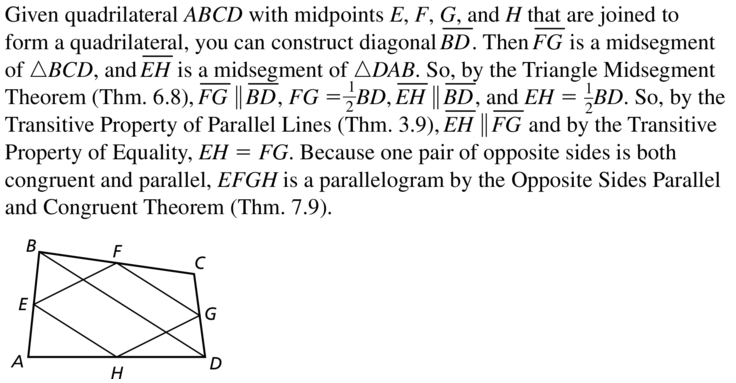
Question 50.
CRITICAL THINKING
Show that if ABCD is a parallelogram with its diagonals intersecting at E, then you can connect the midpoints F, G, H, and J of \(\overline{A E}\), \(\overline{B E}\), \(\overline{C E}\), and \(\overline{D E}\), respcetively, to form another parallelogram, FGHJ.
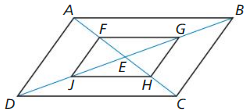
Answer:
Maintaining Mathematical proficiency
Classify the quadrilateral.
Question 51.
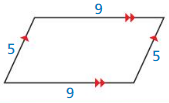
Answer:

Question 52.

Answer:
The given figure is:

From the given quadrilateral,
We can observe that the opposite sides are congruent and parallel and the angles are 90°
We know that,
A quadrilateral that has congruent and parallel opposite sides and an angle 90° is called a “Rectangle”
Hence, from the above,
We can conclude that the given quadrilateral is a rectangle
Question 53.

Answer:

Question 54.

Answer:
The given figure is:

From the given quadrilateral,
We can observe that all the sides are congruent but the angle measures are not 90°
We know that,
A quadrilateral that has 4 congruent sides but not an angle equal to 90° is called a “Rhombus”
Hence, from the above,
We can conclude that the given quadrilateral is a rhombus
7.1 – 7.3 Quiz
Find the value of x.
Question 1.
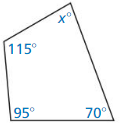
Answer:
The given figure is:

We know that,
The sum of the angle measures of a polygon = 180° (n – 2)
Where,
n is the number of sides
So,
The sum of the angle measures of a polygon = 180° (4 – 2)
= 180° (2)
= 360°
So,
115° + 95° + 70° + x° = 360°
280° + x° = 360°
x° = 360° – 280°
x° = 80°
Hence, from the above,
We can conclude that the value of x is: 80°
Question 2.
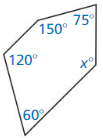
Answer:
The given figure is:

We know that,
The sum of the angle measures of a polygon = 180° (n – 2)
Where,
n is the number of sides
So,
The sum of the angle measures of a polygon = 180° (5 – 2)
= 180° (3)
= 540°
So,
150° + 120° + 60° + x° + 75° = 540°
405° + x° = 540°
x° = 540° – 405°
x° = 135°
Hence, from the above,
We can conclude that the value of x is: 135°
Question 3.
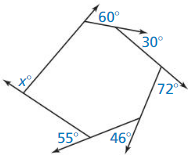
Answer:
The given figure is:

We know that,
The sum of the exterior angles of any polygon is: 360°
So,
60° + 30° + 72° + 46° + 55° + x° = 360°
263° + x° = 360°
x° = 360° – 263°
x° = 97°
Hence, from the above,
We can conclude that the value of x is: 97°
Find the measure of each interior angle and each exterior angle of the indicated regular polygon.
Question 4.
decagon
Answer:
The given polygon is: Decagon
We know that,
The number of sides of Decagon is: 10
Now,
We know that,
The measure of each interior angle of a polygon = \(\frac{180° (n – 2)}{n}\)
The measure of each exterior angle of a polygon = \(\frac{360°}{n}\)
Where,
n is the number of sides
So,
The measure of each interior angle of Decagon = \(\frac{180° (10 – 2)}{10}\)
= \(\frac{180° (8)}{10}\)
= 144°
The measure of each exterior angle of a Decagon = \(\frac{360°}{10}\)
= 36°
Hence, from the above,
We can conclude that
The measure of each interior angle of Decagon is: 144°
The measure of each exterior angle of Decagon is:36°
Question 5.
15-gon
Answer:
The given polygon is: 15-gon
We know that,
The number of sides of 15-gon is: 15
Now,
We know that,
The measure of each interior angle of a polygon = \(\frac{180° (n – 2)}{n}\)
The measure of each exterior angle of a polygon = \(\frac{360°}{n}\)
Where,
n is the number of sides
So,
The measure of each interior angle of 15-gon = \(\frac{180° (15 – 2)}{15}\)
= \(\frac{180° (13)}{15}\)
= 156°
The measure of each exterior angle of a 15-gon = \(\frac{360°}{15}\)
= 24°
Hence, from the above,
We can conclude that
The measure of each interior angle of 15-gon is: 156°
The measure of each exterior angle of 15-gon is: 24°
Question 6.
24-gon
Answer:
The given polygon is: 24-gon
We know that,
The number of sides of 24-gon is: 24
Now,
We know that,
The measure of each interior angle of a polygon = \(\frac{180° (n – 2)}{n}\)
The measure of each exterior angle of a polygon = \(\frac{360°}{n}\)
Where,
n is the number of sides
So,
The measure of each interior angle of 24-gon = \(\frac{180° (24 – 2)}{24}\)
= \(\frac{180° (22)}{24}\)
= 165°
The measure of each exterior angle of a 24-gon = \(\frac{360°}{24}\)
= 15°
Hence, from the above,
We can conclude that
The measure of each interior angle of 24-gon is: 165°
The measure of each exterior angle of 24-gon is: 15°
Question 7.
60-gon
Answer:
The given polygon is: 60-gon
We know that,
The number of sides of 60-gon is: 60
Now,
We know that,
The measure of each interior angle of a polygon = \(\frac{180° (n – 2)}{n}\)
The measure of each exterior angle of a polygon = \(\frac{360°}{n}\)
Where,
n is the number of sides
So,
The measure of each interior angle of 60-gon = \(\frac{180° (60 – 2)}{60}\)
= \(\frac{180° (58)}{60}\)
= 174°
The measure of each exterior angle of a 60-gon = \(\frac{360°}{60}\)
= 6°
Hence, from the above,
We can conclude that
The measure of each interior angle of 60-gon is: 174°
The measure of each exterior angle of 60-gon is: 6°
Find the indicated measure in ![]() ABCD. Explain your reasoning.
ABCD. Explain your reasoning.
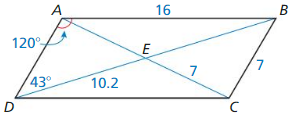
Question 8.
CD
Answer:
The given parallelogram is:

We know that,
The lengths of the opposite sides of the parallelogram are equal
So,
In parallelogram ABCD,
AB = CD
In the given figure,
It is given that
AB = 16
So,
CD = 16
Hence, from the above,
We can conclude that the length of the CD is: 16
Question 9.
AD
Answer:
The given parallelogram is:

We know that,
The lengths of the opposite sides of the parallelogram are equal
So,
In parallelogram ABCD,
AD = BC
In the given figure,
It is given that
BC = 7
So,
AD = 7
Hence, from the above,
We can conclude that the length of the AD is: 7
Question 10.
AE
Answer:
The given parallelogram is:

We know that,
The diagonals of the parallelogram bisect each other
So,
In parallelogram ABCD,
AE = EC
In the given figure,
It is given that
EC = 7
So,
AE = 7
Hence, from the above,
We can conclude that the length of the AE is: 7
Question 11.
BD
Answer:
The given parallelogram is:

We know that,
The diagonals of the parallelogram bisect each other
So,
In parallelogram ABCD,
AC ⊥ BD
In the given figure,
It is given that
ED = 10.2
We know that,
BD = BE + ED
BE = ED
So,
BD = 20.4
Hence, from the above,
We can conclude that the length of the BD is: 20.4
Question 12.
m∠BCD
Answer:
The given parallelogram is:

We know that,
The opposite angles of the parallelogram are equal
So,
In parallelogram ABCD,
∠A = ∠C
In the given figure,
∠A = 120°
So,
∠C = 120°
Hence, from the above,
We can conclude that the value of ∠BCD is: 120°
Question 13.
m∠ABC
Answer:
The given parallelogram is:

We know that,
The sum of the consecutive angles of the parallelogram are supplementary
So,
In parallelogram ABCD,
∠A + ∠B = 180°
In the given figure,
∠A = 120°
So,
∠B = 180° – 120°
= 60°
Hence, from the above,
We can conclude that the value of ∠ABC is: 60°
Question 14.
m∠ADC
Answer:
The given parallelogram is:

We know that,
The opposite angles of the parallelogram are equal
So,
In parallelogram ABCD,
∠B = ∠D
From Exercise 13,
∠B = 60°
So,
∠D = 60°
Hence, from the above,
We can conclude that the value of ∠ADC is: 60°
Question 15.
m∠DBC
Answer:
The given parallelogram is:

We know that,
The opposite angles of the parallelogram are equal
So,
In parallelogram ABCD,
∠B = ∠D
In the given figure,
∠D = 60°
So,
∠B = 60°
Hence, from the above,
We can conclude that the value of ∠DBC is: 60°
State which theorem you can use to show that the quadrilateral is a parallelogram.
Question 16.

Answer:
The given quadrilateral is:

From the given quadrilateral,
We can observe that the length of the opposite sides are equal and parallel
Hence,
According to the Parallelograms Opposite sides congruent and parallel Theorem,
We can conclude that the given quadrilateral is a parallelogram
Question 17.

Answer:
The given quadrilateral is:

From the given quadrilateral,
We can observe that the diagonals bisect each other
Hence,
According to the Diagonals Congruent Converse Theorem,
We can conclude that the given quadrilateral is a parallelogram
Question 18.
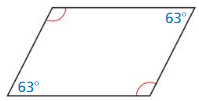
Answer:
The given quadrilateral is:

From the given quadrilateral,
We can observe that,
The opposite angles of the given quadrilateral are congruent and the angle measures are not 90°
Hence,
According to the Parallelograms Opposite Angles Theorem,
We can conclude that the given quadrilateral is a parallelogram
Graph the quadrilateral with the given vertices in a coordinate plane. Then show that the quadrilateral is a parallelogram.
Question 19.
Q(- 5, – 2) R(3, – 2), S(1, – 6), T(- 7, – 6)
Answer:
The given vertices of a quadrilateral are:
Q (-5, -2), R (3, -2), S (1, -6), and T (-7, -6)
From the given vertices of a quadrilateral,
QS and RT are the opposite vertices
Now,
The representation of the quadrilateral in the coordinate plane is:
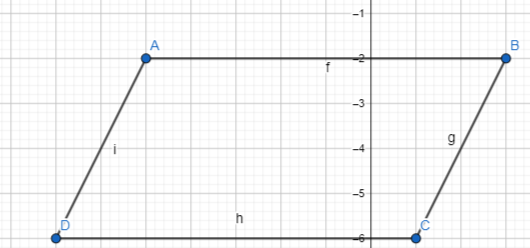
We know that,
For the given quadrilateral to be a parallelogram,
The lengths of the opposite sides must be equal
The opposite sides must be parallel
Now,
We know that,
The slope between 2 points = \(\frac{y2 – y1}{x2 – x1}\)
The distance between 2 points = \(\sqrt{(x2 – x1)² + (y2 – y1)²}\)
So,
QS = \(\sqrt{(6 – 2)² + (1 + 5)²}\)
= \(\sqrt{(4)² + (6)²}\)
= \(\sqrt{16 + 36}\)
= 7.2
RT = \(\sqrt{(6 – 2)² + (3 + 7)²}\)
= \(\sqrt{(4)² + (10)²}\)
= \(\sqrt{16 + 100}\)
= 10.77
Hence, from the above,
We can conclude that the given vertices of a quadrilateral are not parallelogram since the lengths of the opposite sides are not equal
Question 20.
W(- 3, 7), X(3, 3), Y(1, – 3), Z(- 5, 1)
Answer:
The given vertices of a quadrilateral are:
W (-3, 7), X (3, 3), Y (1, -3), Z (-5, 1)
From the given vertices of a quadrilateral,
WY and XZ are the opposite vertices
Now,
The representation of the quadrilateral in the coordinate plane is:
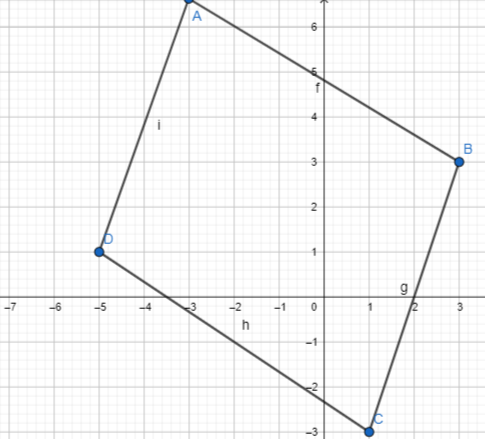
We know that,
For the given quadrilateral to be a parallelogram,
The lengths of the opposite sides must be equal
The opposite sides must be parallel
Now,
We know that,
The slope between 2 points = \(\frac{y2 – y1}{x2 – x1}\)
The distance between 2 points = \(\sqrt{(x2 – x1)² + (y2 – y1)²}\)
So,
WY = \(\sqrt{(1 + 3)² + (7 + 3)²}\)
= \(\sqrt{(4)² + (10)²}\)
= \(\sqrt{16 + 100}\)
= 10.77
XZ = \(\sqrt{(3 – 1)² + (3 + 5)²}\)
= \(\sqrt{(2)² + (8)²}\)
= \(\sqrt{4 + 64}\)
= 8.24
Hence, from the above,
We can conclude that the given vertices of a quadrilateral are not parallelogram since the lengths of the opposite
sides are not equal
Question 21.
A stop sign is a regular polygon. (Section 7.1)
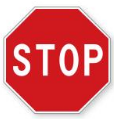
a. Classify the stop sign by its number of sides.
Answer:
The given stop sign is:

It is given that the sign is a regular polygon
From the given stop sign,
We can observe that the number of sides is: 6
Hence, from the above,
We can conclude that the stop sign is in the shape of a “Hexagon”
b. Find the measure of each interior angle and each exterior angle of the stop sign.
Answer:
We know that,
The measure of each interior angle of a polygon = \(\frac{180° (n – 2)}{n}\)
The measure of each exterior angle of any polygon = \(\frac{360°}{n}\)
Now,
From part (a),
The stop sign is in the shape of a regular hexagon
We know that,
The number of sides of a regular hexagon is: 6
So,
The measure of each interior angle of a hexagon = \(\frac{180° (6 – 2)}{6}\)
= 120°
The measure of each exterior angle of a hexagon = \(\frac{360°}{6}\)
= 60°
Question 22.
In the diagram of the staircase shown, JKLM is a parallelogram, \(\overline{Q T}\) || \(\overline{R S}\), QT = RS = 9 feet, QR = 3 feet, and m∠QRS = 123°.
Answer:
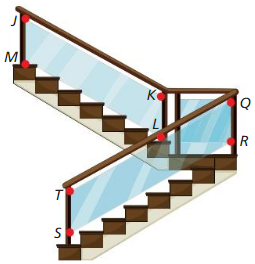
a. List all congruent sides and angles in ![]() JKLM. Explain your reasoning.
JKLM. Explain your reasoning.
Answer:
We know that,
In a parallelogram,
The opposite sides and the angles are congruent
Hence,
In the parallelogram JKLM,
The congruent sides are:
JK || LM and JM || KL
The congruent angles are:
∠J = ∠L and ∠K = ∠M
b. Which theorem could you use to show that QRST is a parallelogram?
Answer:
It is given that
QT = RS = 9 feet
QR = 3 feet
Hence,
According to the “Parallelograms Opposite sides congruent and parallel Theorem”,
We can conclude that QRST is a parallelogram
c. Find ST, m∠QTS, m∠TQR, and m∠TSR. Explain your reasoning.
Answer:
It is given that
QT = RS = 9 feet
QR = 3 feet
m∠QRS = 123°
From part (b),
We know that,
QRST is a parallelogram
So,
From the parallelogram QRST,
QR = ST
So,
ST = 3 feet
Now,
From the parallelogram QRST,
By using the opposite angles Theorem,
∠T = ∠R and ∠Q = ∠S
It is given that
∠R = 123°
So,
∠T = 123°
From the parallelogram QRST,
∠Q + ∠R = 180°
So,
∠Q = 180° – 123°
∠Q = 57°
So,
∠S = 57°
Hence, from the above,
We can conclude that
ST = 3 feet
m∠QTS = 123°
m∠TQR = 57°
m∠TSR = 57°
7.4 Properties of Special Parallelograms
Exploration 1
Identifying Special Quadrilaterals
Work with a partner: Use dynamic geometry software.
Sample
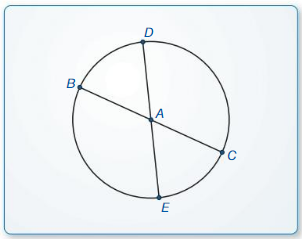
a. Draw a circle with center A.
Answer:
The representation of a circle with center A is:

b. Draw two diameters of the circle. Label the endpoints B, C, D, and E.
Answer:
The representation of the two diameters of the circle is:

c. Draw quadrilateral BDCE.
Answer:
The representation of quadrilateral BDCE is:
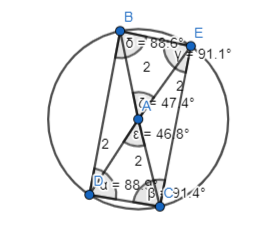
d. Is BDCE a parallelogram? rectangle? rhombus? square? Explain your reasoning.
Answer:
The representation of quadrilateral BDCE is:

From the above quadrilateral,
We can observe that the opposite sides and the opposite angles are equal
Hence, from the above,
We can conclude that the quadrilateral BDCE is a rhombus
e. Repeat parts (a)-(d) for several other circles. Write a conjecture based on your results.
Answer:
From parts (a) – (d) of the circles,
We can observe that the quadrilaterals formed will be either a rhombus,a parallelogram, or a square
Exploration 2
Identifying Special Quadrilaterals
Work with a partner: Use dynamic geometry software.
Sample
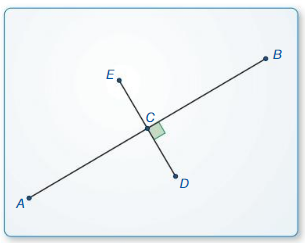
a. Construct two segments that are perpendicular bisectors of each other. Label the endpoints A, B, D, and E. Label the intersection C.
Answer:
The representation of a line segment and its perpendicular bisector is:

b. Draw quadrilateral AEBD.
Answer:

c. Is AEBD a parallelogram? rectangle? rhombus? square? Explain your reasoning.
Answer:
The representation of the quadrilateral AEBD is:

Hence, from the above,
We can conclude that the quadrilateral AEBD is a rhombus because all the sides are equal and the angles bisect each other at 90°
d. Repeat parts (a)-(c) for several other segments. Write a conjecture based on your results.
CONSTRUCTING VIABLE ARGUMENTS
To be proficient in math, you need to make conjectures and build a logical progression of statements to explore the truth of your conjectures.
Answer:
From parts (a) – (c),
We can conclude that the quadrilaterals formed from the perpendicular bisectors will be only a “Rhombus”
Communicate Your Answer
Question 3.
What are the properties of the diagonals of rectangles, rhombuses, and squares?
Answer:
The properties of diagonals of rectangles, rhombuses, and squares are:
Rhombuses:
The two diagonals of the rhombus are perpendicular
Rectangles:
The diagonals are congruent and bisect each other
Squares:
The diagonals bisect each other and the angle is 90°
Question 4.
Is RSTU a parallelogram? rectangle? rhombus? square? Explain your reasoning.
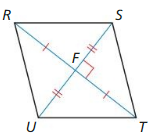
Answer:
The given figure is:

From the given figure,
We can observe that the diagonals bisect each other at 90 degrees and the diagonals are congruent to each other
Hence, from the above,
We can conclude that the given quadrilateral is a rhombus
Question 5.
What type of quadrilateral has congruent diagonals that bisect each other?
Answer:
We know that,
The quadrilateral that has congruent diagonals that bisect each other is called a “Rectangle”
Hence, from the above,
We can conclude that the quadrilateral that has congruent diagonals that bisect each other is called a “Rectangle”
Lesson 7.4 Properties of Special Parallelograms
Monitoring Progress
Question 1.
For any square JKLM, is it always or sometimes true that \(\overline{J K}\) ⊥ \(\overline{K L}\)? Explain your reasoning.
Answer:
We know that,
The diagonals of a square bisect each other at 90°
All 4 angles of a square are equal i.e., 90°
So,
The angles between any 2 adjacent sides in a square is also 90° i.e., the two adjacent sides are perpendicular
Hence, from the above,
We can conclude that for any square JKLM, it is always true that
\(\overline{j K}\) ⊥ \(\overline{K L}\)
Question 2.
For any rectangle EFGH, is it always or sometimes true that \(\overline{F G} \cong \overline{G H}\)? Explain your reasoning.
Answer:
We know that,
The opposite sides of a rectangle are congruent
So,
In rectangle EFGH,
EF and GH are the parallel sides
FG and EH are the parallel sides
So,
EF ≅GH
FG ≅ EH
Hence, from the above,
We can conclude that for a rectangle EFGH, it is always false that \(\overline{F G} \cong \overline{G H}\)
Question 3.
A quadrilateral has four congruent sides and four congruent angles. Sketch the quadrilateral and classily it.
Answer:
We know that,
A quadrilateral that has 4 congruent sides and 4 congruent angles is called a “Square”
Hence,
The representation of a square is:
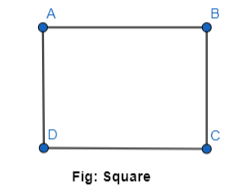
Question 4.
In Example 3, what are m∠ADC and m∠BCD?
Answer:
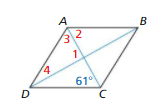
From the given figure,
We know that,
The sum of the angle measures of a triangle is: 180°
So,
From ΔBCD,
∠B + ∠C + ∠D = 180°
Now,
By using the Vertical Angles Theorem,
∠D = ∠4
By using the Corresponding Angles Theorem,
∠4 = ∠C
So,
∠4 = ∠D = 61°
∠C = 61°
Hence, from the above,
We can conclude that
∠ADC = ∠BCD = 61°
Question 5.
Find the measures of the numbered angles in rhombus DEFG.
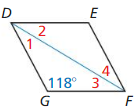
Answer:
Question 6.
Suppose you measure only the diagonals of the window opening in Example 4 and they have the same measure. Can you conclude that the opening is a rectangle? Explain.
Answer:
The representation of the window opening as mentioned in Example 4 is:
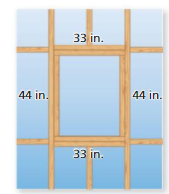
From the given figure,
We observe that the opposite sides of the opening window are equal
It is given that the diagonals of the opening window have the same measure
We know that,
By the Rectangle Diagonals measure Theorem,
A parallelogram is said to be a rectangle only when the length of the diagonals are congruent
Hence, from the above,
We can conclude that the opening window is a rectangle
Question 7.
WHAT IF?
In Example 5. QS = 4x – 15 and RT = 3x + 8. Find the lengths of the diagonals of QRST.
Answer:
The given lengths of the diagonals of the rectangle QRST are:
QS = 4x – 15 and RT = 3x + 8
We know that,
By Rectangle Diagonal Measure Theorem,
The diagonals of a rectangle are congruent
So,
In a rectangle QRST,
QS = RT
So,
4x – 15 = 3x + 8
4x – 3x = 15 + 8
x = 23
Now,
QS = 4x – 15
= 4 (23) – 15
= 92 – 15
= 77
RT = 3x + 8
= 3 (23) + 8
= 69 + 8
= 77
Hence, from the above,
We can conclude that the lengths of the diagonals of the rectangle QRST are:
QS = RT = 77
Question 8.
Decide whether ![]() PQRS with vertices P(- 5, 2), Q(0, 4), R(2, – 1), and S(- 3, – 3) is a rectangle, a rhombus, or a square. Give all names that apply.
PQRS with vertices P(- 5, 2), Q(0, 4), R(2, – 1), and S(- 3, – 3) is a rectangle, a rhombus, or a square. Give all names that apply.
Answer:
The given vertices of the parallelogram PQRS is:
P (-5, 2), Q (0, 4), R (2, -1), and S (-3, -3)
Compare the given points with (x1, y1), and (x2, y2)
Hence,
The representation of the given vertices of the parallelogram PQRS in the coordinate plane is:
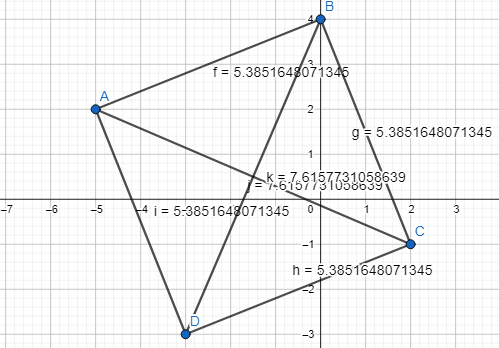
Now,
We know that,
The distance between the 2 points = \(\sqrt{(x2 – x1)² + (y2 – y1)²}\)
So,
PR = \(\sqrt{(2 + 5)² + (2 + 1)²}\)
= \(\sqrt{(7)² + (3)²}\)
= \(\sqrt{49 + 9}\)
= 7.61
QS = \(\sqrt{(0 + 3)² + (4 + 3)²}\)
= \(\sqrt{(7)² + (3)²}\)
= \(\sqrt{49 + 9}\)
= 7.61
So,
The diagonals of the parallelogram PQRS are congruent
So,
The parallelogram PQRS must be either a rectangle or a square
So,
Now,
PQ = \(\sqrt{(0 + 5)² + (4 – 2)²}\)
= \(\sqrt{(5)² + (2)²}\)
= \(\sqrt{25 + 4}\)
= 5.38
QR = \(\sqrt{(4 + 1)² + (2 – 0)²}\)
= \(\sqrt{(5)² + (2)²}\)
= \(\sqrt{25 + 4}\)
= 5.38
RS = \(\sqrt{(2 + 3)² + (3 – 1)²}\)
= \(\sqrt{(5)² + (2)²}\)
= \(\sqrt{25 + 4}\)
= 5.38
SP = \(\sqrt{(3 + 2)² + (5 – 3)²}\)
= \(\sqrt{(5)² + (2)²}\)
= \(\sqrt{25 + 4}\)
= 5.38
So,
We can observe that the lengths of all the sides are congruent
Hence, from the above,
We can conclude that the parallelogram ABCD is a square since the diagonals are congruent and all the sides are congruent
Exercise 7.4 Properties of Special Parallelograms
Vocabulary and Core Concept Check
Question 1.
VOCABULARY
What is another name for an equilateral rectangle?
Answer:
![]()
Question 2.
WRITING
What should you look for in a parallelogram to know if the parallelogram is also a rhombus?
Answer:
When you want to look at whether the given parallelogram is a rhombus or not, there are 2 conditions. They are:
a. Check whether the diagonals are not congruent
b. Check whether the angle measures will not be equal to 90°
Monitoring Progress and Modeling with Mathematics
In Exercises 3-8, for any rhombus JKLM, decide whether the statement is always or sometimes true. Draw a diagram and explain your reasoning.
Question 3.
∠L ≅∠M
Answer:
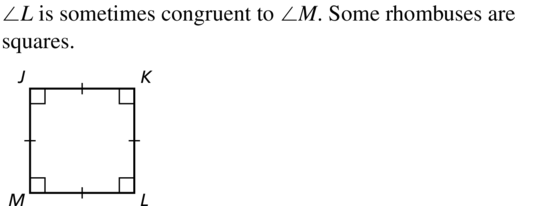
Question 4.
∠K ≅∠M
Answer:
We know that,
The opposite angles of a rhombus are always congruent
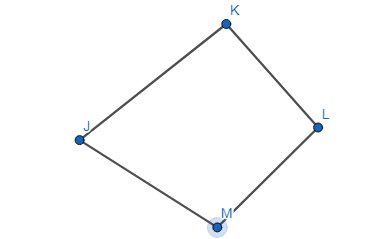
Hence, from the above,
We can conclude that ∠K is always congruent with ∠M
Question 5.
\(\overline{J M} \cong \overline{K L}\)
Answer:
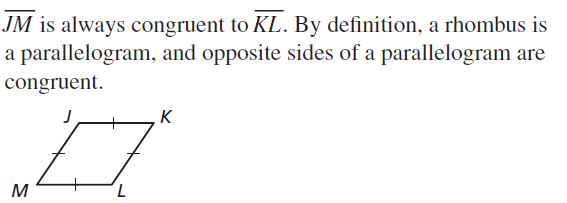
Question 6.
\(\overline{J K} \cong \overline{K L}\)
Answer:
We know that,
In a rhombus, the opposite sides are congruent
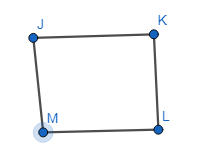
From the figure,
We can say that JK and KL are the adjacent sides
Hence, from the above,
We can conclude that
\(\overline{J K} \cong \overline{K L}\) is sometimes true when the rhombus is a square
Question 7.
\(\overline{J L} \cong \overline{K M}\)
Answer:
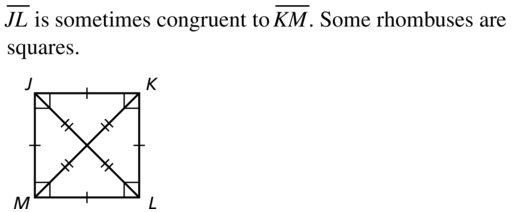
Question 8.
∠JKM ≅ ∠LKM
Answer:
We know that,
The diagonals of a rhombus bisect each other at the right angles i.e., 90°
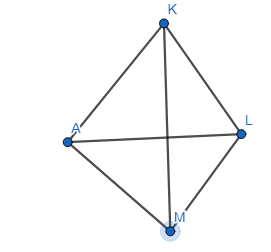
Hence, from the above,
We can conclude that
∠JKM ≅ ∠LKM is always true
In Exercises 9-12. classify the quadrilateral. Explain your reasoning.
Question 9.
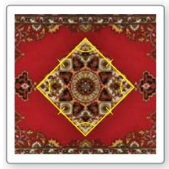
Answer:

Question 10.
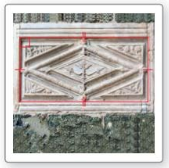
Answer:
The given figure is:

From the given figure,
We can observe that the opposite sides are congruent and all the angles are the right angles
We know that,
A rectangle has opposite sides that are congruent and all the angles are 90°
Hence, from the above,
We can conclude that the given figure is in the form of a rectangle
Question 11.
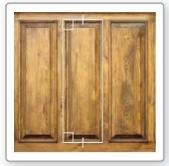
Answer:
![]()
Question 12.
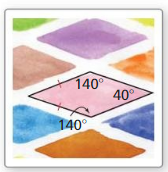
Answer:
The given figure is:

From the given figure,
We can observe that
The adjacent angle measures are equal to 180°
The opposite sides are congruent
The opposite angles are congruent
The diagonals are not congruent
We know that,
A rhombus has the above properties
Hence, from the above,
We can conclude that the given figure is a rhombus
In Exercises 13-16. find the measures of the numbered angles in rhombus DEFG.
Question 13.
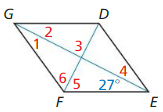
Answer:
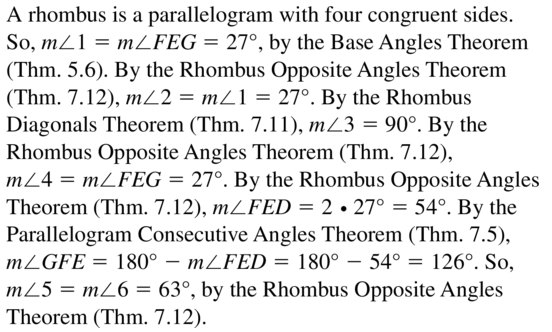
Question 14.
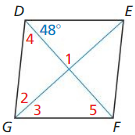
Answer:
Question 15.
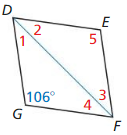
Answer:
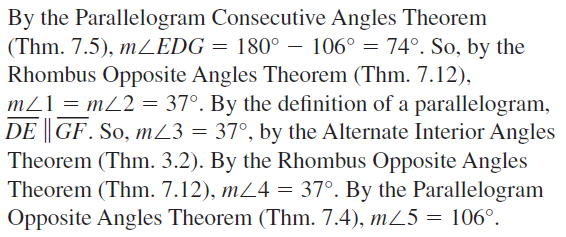
Question 16.
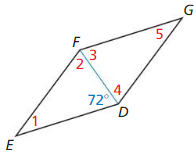
Answer:
In Exercises 17-22, for any rectangle WXYZ, decide whether the statement is always or sometimes true. Draw a diagram and explain your reasoning.
Question 17.
∠W ≅ ∠X
Answer:

Question 18.
\(\overline{W X} \cong \overline{Y Z}\)
Answer:
We know that,
A rectangle has the congruent opposite sides
So,
From the rectangle WXYZ,
The opposite sides are:
WX, YZ, WZ, and XY
The representation of the rectangle WXYZ is:

Hence, from the above,
We can conclude that \(\overline{W X} \cong \overline{Y Z}\) is always true
Question 19.
\(\overline{W X} \cong \overline{X Y}\)
Answer:
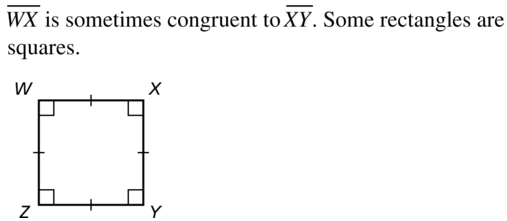
Question 20.
\(\overline{W Y} \cong \overline{X Z}\)
Answer:
We know that,
The length of the diagonals is the same in a rectangle
So,
In the rectangle WXYZ,
The diagonals are:
WY and XZ
The representation of the rectangle WXYZ is:
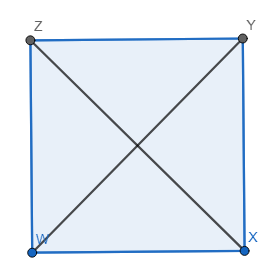
Hence, from the above,
We can conclude that \(\overline{W Y} \cong \overline{X Z}\) is always true
Question 21.
\(\overline{W Y}\) ⊥ \(\overline{X Z}\)
Answer:
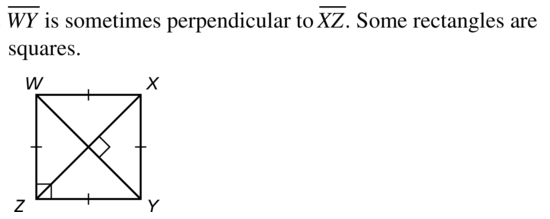
Question 22.
∠WXZ ≅∠YXZ
Answer:
We know that,
The diagonals of a rectangle bisect each other at the right angle i.e., 90°
The representation of the rectangle WXYZ is:

Hence, from the above,
We can conclude that
∠WXZ ≅∠YXZ is always true
In Exercises 23 and 24, determine whether the quadrilateral is a rectangle.
Question 23.
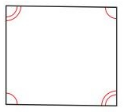
Answer:

Question 24.
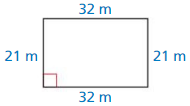
Answer:
The given figure is:

From the given figure,
We can observe that
The length of the opposite sides are congruent
The one angle is a right angle i.e., 90°
We can also observe that
We don’t know anything about the other three angles
Hence, from the above,
We can conclude that the given quadrilateral is not a rectangle
In Exercises 25-28, find the lengths of the diagonals of rectangle WXYZ.
Question 25.
WY = 6x – 7
XZ = 3x + 2
Answer:
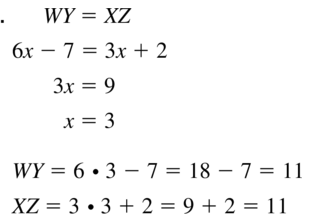
Question 26.
WY = 14x + 10
XZ = 11x + 22
Answer:
We know that,
The length of the diagonals are congruent in a rectangle
So,
WY = XZ
So,
14x + 10 = 11x + 22
14x – 11x = 22 – 10
3x = 12
x = \(\frac{12}{3}\)
x = 4
So,
WY = 14 (4) + 10
= 56 + 10
= 66
XZ = 11 (4) + 22
= 44 + 22
= 66
Hence, from the above,
We can conclude that the length of the diagonals are:
WY = XZ = 66
Question 27.
WY = 24x – 8
XZ = – 18x + 13
Answer:
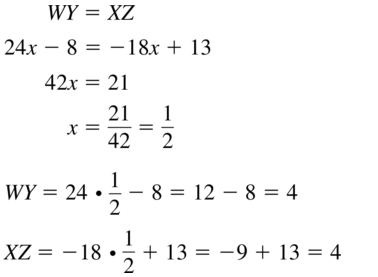
Question 28.
WY = 16x – 2
XZ = 36x – 6
Answer:
We know that,
The length of the diagonals are congruent in a rectangle
So,
WY = XZ
So,
16x – 2 = 36x – 6
16x – 36x = -6 + 2
-20x = -4
20x = 4
x = \(\frac{4}{20}\)
x = \(\frac{1}{5}\)
So,
WY = 16 (\(\frac{1}{5}\)) – 2
= 3.2 – 2
= 1
XZ = 36 (\(\frac{1}{5}\)) – 6
= 7 – 6
= 1
Hence, from the above,
We can conclude that the length of the diagonals is:
WY = XZ = 1
In Exercises 29-34, name each quadrilateral – parallelogram, rectangle, rhombus, or square – for which the statement is always true.
Question 29.
It is equiangular.
Answer:
![]()
Question 30.
It is equiangular and equilateral.
Answer:
The quadrilateral that is both equiangular and equilateral is a “Square”
Question 31.
The diagonals are perpendicular.
Answer:

Question 32.
The opposite sides are congruent.
Answer:
The quadrilaterals where the opposite sides are congruent are:
Parallelogram, Rectangle, Square, and Rhombus
Question 33.
The diagonals bisect each other.
Answer:

Question 34.
The diagonals bisect opposite angles.
Answer:
The quadrilaterals that the diagonals bisect opposite angles are:
Square, and Rhombus
Question 35.
ERROR ANALYSIS
Quadrilateral PQRS is a rectangle. Describe and correct the error in finding the value of x.

Answer:

Question 36.
ERROR ANALYSIS
Quadrilateral PQRS is a rhombus. Describe and correct the error in finding the value of x.
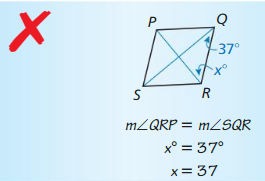
Answer:
We know that,
The sum of the adjacent angles of a rhombus is: 180°
So,
∠Q + ∠R = 180°
37° + x° = 180°
x° = 180° – 37°
x° = 143°
Hence, from the above,
We can conclude that the value of x° is: 143°
In Exercises 37 – 42, the diagonals of rhombus ABCD intersect at E. Ghen that m∠BAC = 53°, DE = 8, and EC = 6, find the indicated measure.
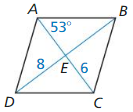
Question 37.
m∠DAC
Answer:

Question 38.
m∠AED
Answer:
By using the Rhombus Opposite Angles Theorem,
∠A = ∠E
So,
∠E = 53°
Hence, from the above,
We can conclude that the value of ∠AED is: 53°
Question 39.
m∠ADC
Answer:

Question 40.
DB
Answer:
We know that,
The diagonals of a rhombus are equal
So,
DB = 2 (DE)
It is given that
DE = 8
So,
DB = 2 (8)
DB = 16
Hence, from the above,
We can conclude that the length of DE is: 16
Question 41.
AE
Answer:
![]()
Question 42.
AC
Answer:
We know that,
The diagonals of a rhombus are equal
So,
AC = 2 (AE)
It is given that
AE = 6
So,
AC = 2 (6)
AC = 12
Hence, from the above,
We can conclude that the length of AC is: 12
In Exercises 43-48. the diagonals of rectangle QRST intersect at P. Given that n∠PTS = 34° and QS = 10, find the indicated measure.

Question 43.
m∠QTR
Answer:
![]()
Question 44.
m∠QRT
Answer:
We know that,
The opposite angles of a rectangle are equal
So,
From Exercise 43,
We can observe that,
∠QTR = 56°
So,
By using the Rectangle opposite angles Theorem,
∠QRT = 56°
Hence, from te above,
We can conclude that
∠QRT = 56°
Question 45.
m∠SRT
Answer:
![]()
Question 46.
QP
Answer:
We know that,
The diagonals of a rectangle are congruent and bisect each other
It is given that
QS = 10
So,
By using the Diagonals Congruent Theorem,
QP = PS
So,
QP = \(\frac{10}{2}\)
QP = 5
Hence, from the above,
We can coclude that the length of QP is: 5
Question 47.
RT
Answer:

Question 48.
RP
Answer:
We know that,
The diagonals of arectangle are congruent
So,
QS = RT = 10
Now,
We know that,
The diagonals of a rectangle are congruent and bisect each other
So,
By using the rectangle diagonals Theorem,
RP = PT
So,
RP = \(\frac{10}{2}\)
RP = 5
Hece, from the above,
We can conclude that the length of RP is: 5
In Exercises 49-54. the diagonals of square LMNP intersect at K. Given that LK = 1. find the indicated measure.
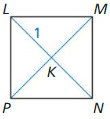
Question 49.
m∠MKN
Answer:

Question 50.
m∠LMK
Answer:
We know that,
The diagonals of a square are congruent and they are perpendicular
So,
∠LMK = 90°
Hence, from the above,
We can conclude that the value of ∠LMK is: 90°
Question 51.
m∠LPK
Answer:

Question 52.
KN
Answer:
We know that,
The diagonals of a square are congruent and bisect each other
So,
By using the Square Dagonals Congruent Theorem,
LN = LK + KN
LK = KN
So,
KN = 1
Hence, from the above,
We can conclude that the length of KN is: 1
Question 53.
LN
Answer:
![]()
Question 54.
MP
Answer:
We know that,
The diagonals of a square are congruent and are perpendicular to each other
So,
By using the Square Diagonals Congruent Theorem,
LN = MP
So,
MP = 2
Hence, from the above,
We can conclude that the length of MP is: 2
In Exercises 55-69. decide whether![]() JKLM is a rectangle, a rhombus. or a square. Give all names that apply. Explain your reasoning.
JKLM is a rectangle, a rhombus. or a square. Give all names that apply. Explain your reasoning.
Question 55.
J(- 4, 2), K(0, 3), L(1, – 1), M(- 3, – 2)
Answer:
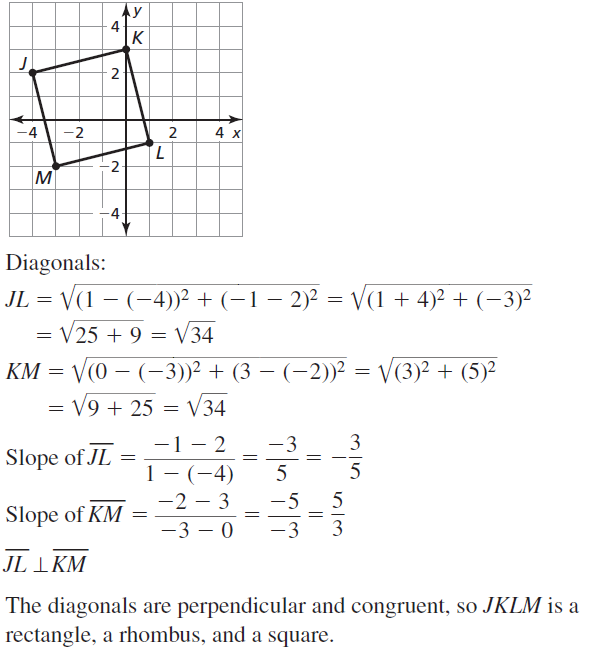
Question 56.
J(- 2, 7), K(7, 2), L(- 2, – 3), M(- 11, 2)
Answer:
The given vertices are :
J (-2, 7), K (7, 2), L (-2, -3), M (-11, 2)
Now,
The diagonals of the parallelogram JKLM are: JL and KM
Now,
JL = \(\sqrt{(x2 – x1)² + (y2 – y1)²}\)
= \(\sqrt{(2 – 2)² + (7 + 3)²}\)
= \(\sqrt{(0)² + (10)²}\)
= 10
KM = \(\sqrt{(x2 – x1)² + (y2 – y1)²}\)
= \(\sqrt{(2 – 2)² + (7 + 11)²}\)
= \(\sqrt{(0)² + (18)²}\)
= 18
JK = \(\sqrt{(x2 – x1)² + (y2 – y1)²}\)
= \(\sqrt{(7 – 2)² + (7 + 2)²}\)
= \(\sqrt{(5)² + (9)²}\)
= 10.29
KL = \(\sqrt{(x2 – x1)² + (y2 – y1)²}\)
= \(\sqrt{(2 + 3)² + (7 + 2)²}\)
= \(\sqrt{(5)² + (9)²}\)
= 10.29
LM = \(\sqrt{(x2 – x1)² + (y2 – y1)²}\)
= \(\sqrt{(11 – 2)² + (2 + 3)²}\)
= \(\sqrt{(9)² + (5)²}\)
= 10.29
MJ = \(\sqrt{(x2 – x1)² + (y2 – y1)²}\)
= \(\sqrt{(11 – 2)² + (7 – 2)²}\)
= \(\sqrt{(9)² + (5)²}\)
= 10.29
JL = \(\frac{y2 – y1}{x2 – x1}\)
= \(\frac{-3 – 7}{2 – 2}\)
= -10
KM = \(\frac{y2 – y1}{x2 – x1}\)
= \(\frac{2 – 2}{-11 – 7}\)
= -18
Hence, from the above,
We can conclude that the parallelogram JKLM is a rhombus
Question 57.
J(3, 1), K(3, – 3), L(- 2, – 3), M(- 2, 1)
Answer:
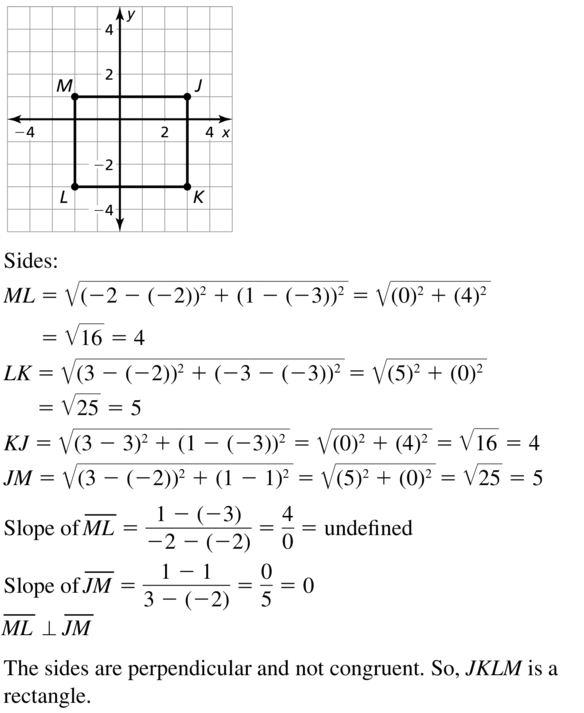
Question 58.
J(- 1, 4), K(- 3, 2), L(2, – 3), M(4, – 1)
Answer:
The given vertices are :
J (-1, 4), K (-3, 2), L (2, -3), M (4, -1)
Now,
The diagonals of the parallelogram JKLM are: JL and KM
Now,
JL = \(\sqrt{(x2 – x1)² + (y2 – y1)²}\)
= \(\sqrt{(2 + 1)² + (4 + 3)²}\)
= \(\sqrt{(3)² + (7)²}\)
= 7.61
KM = \(\sqrt{(x2 – x1)² + (y2 – y1)²}\)
= \(\sqrt{(4 + 3)² + (2 + 1)²}\)
= \(\sqrt{(7)² + (3)²}\)
= 7.61
JK = \(\sqrt{(x2 – x1)² + (y2 – y1)²}\)
= \(\sqrt{(3 – 1)² + (4 – 2)²}\)
= \(\sqrt{(2)² + (2)²}\)
= 2.82
KL = \(\sqrt{(x2 – x1)² + (y2 – y1)²}\)
= \(\sqrt{(2 + 3)² + (2 + 3)²}\)
= \(\sqrt{(5)² + (5)²}\)
= 7.07
LM = \(\sqrt{(x2 – x1)² + (y2 – y1)²}\)
= \(\sqrt{(4 – 2)² + (1 – 3)²}\)
= \(\sqrt{(2)² + (2)²}\)
= 2.82
MJ = \(\sqrt{(x2 – x1)² + (y2 – y1)²}\)
= \(\sqrt{(4 + 1)² + (4 + 1)²}\)
= \(\sqrt{(5)² + (5)²}\)
= 7.07
JL = \(\frac{y2 – y1}{x2 – x1}\)
= \(\frac{-3 – 4}{2 + 1}\)
= –\(\frac{7}{3}\)
KM = \(\frac{y2 – y1}{x2 – x1}\)
= \(\frac{-1 – 2}{4 + 3}\)
= –\(\frac{3}{7}\)
Hence, from the above,
We can conclude that the parallelogram JKLM is a rectangle
Question 59.
J(5, 2), K(1, 9), L(- 3, 2), M(1, – 5)
Answer:
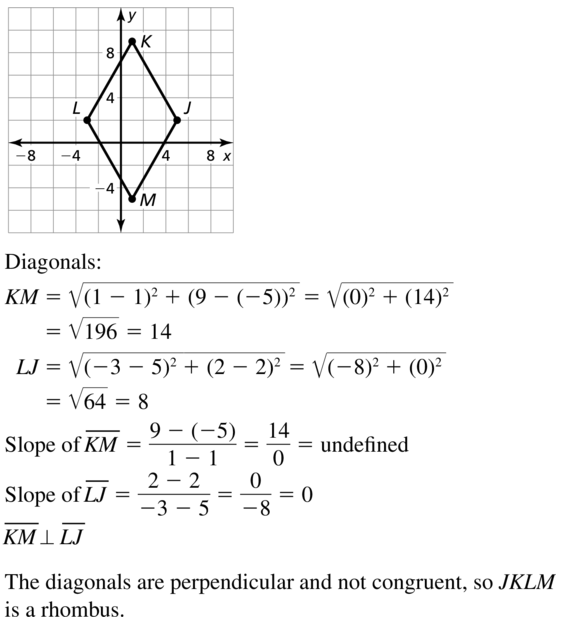
Question 60.
J(5, 2), K(2, 5), L(- 1, 2), M(2, – 1)
Answer:
The given vertices are :
J (5, 2), K (2, 5), L (-1, 2), M (2, -1)
Now,
The diagonals of the parallelogram JKLM are: JL and KM
Now,
JL = \(\sqrt{(x2 – x1)² + (y2 – y1)²}\)
= \(\sqrt{(2 – 2)² + (5 + 1)²}\)
= \(\sqrt{(0)² + (6)²}\)
= 6
KM = \(\sqrt{(x2 – x1)² + (y2 – y1)²}\)
= \(\sqrt{(2 – 2)² + (5 + 1)²}\)
= \(\sqrt{(0)² + (6)²}\)
= 6
JK = \(\sqrt{(x2 – x1)² + (y2 – y1)²}\)
= \(\sqrt{(5 – 2)² + (5 – 2)²}\)
= \(\sqrt{(3)² + (3)²}\)
= 4.24
KL = \(\sqrt{(x2 – x1)² + (y2 – y1)²}\)
= \(\sqrt{(2 + 1)² + (5 – 2)²}\)
= \(\sqrt{(3)² + (3)²}\)
= 4.24
LM = \(\sqrt{(x2 – x1)² + (y2 – y1)²}\)
= \(\sqrt{(-1 – 2)² + (2 + 1)²}\)
= \(\sqrt{(3)² + (3)²}\)
= 4.24
MJ = \(\sqrt{(x2 – x1)² + (y2 – y1)²}\)
= \(\sqrt{(5 – 2)² + (2 + 1)²}\)
= \(\sqrt{(3)² + (3)²}\)
= 4.24
KM = \(\frac{y2 – y1}{x2 – x1}\)
= \(\frac{-1 – 5}{2 – 2}\)
= Undefined
JL = \(\frac{y2 – y1}{x2 – x1}\)
= \(\frac{2 – 2}{-1 – 5}\)
= 0
So,
JL ⊥ KM
Hence, from the above,
We can conclude that the parallelogram JKLM is a square
MATHEMATICAL CONNECTIONS
In Exercises 61 and 62, classify the quadrilateral. Explain your reasoning. Then find the values of x and y.
Question 61.
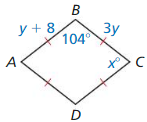
Answer:
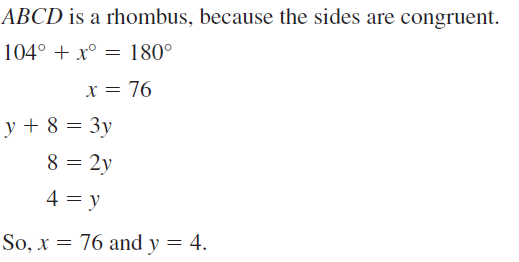
Question 62.
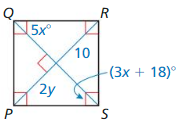
Answer:
The given figure is:

From the given figure,
We can observe that all the angles are 90° and the diagonals are perpendicular
So,
The given figure is a Square
We know that,
The opposite angles are congruent in a square
So,
5x° = (3x + 18)°
5x° – 3x° = 18°
2x° = 18°
x° = \(\frac{18}{2}\)
x° = 9°
2y° = 10
y° = \(\frac{10}{2}\)
y° = 5°
Hence, from the above,
We can conclude that
The given figure is a Square
The values of x and y are: 9 and 2 respectively
Question 63.
DRAWING CONCLUSIONS
In the window, \(\overline{B D}\) ≅ \(\overline{D F}\) ≅ \(\overline{B H}\) ≅ \(\overline{H F}\). Also, ∠HAB, ∠BCD, ∠DEF, and ∠FGH are right angles.
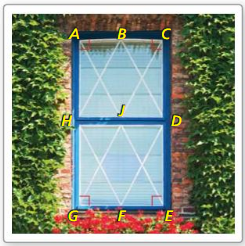
a. Classify HBDF and ACEG. Explain your reasoning.
Answer:

b. What can you conclude about the lengths of the diagonals \(\overline{A E}\) and \(\overline{G C}\)? Given that these diagonals intersect at J, what can you conclude about the lengths of \(\overline{A J}\), \(\overline{J E}\), \(\overline{C J}\) and \(\overline{J G}\)? Explain.
Answer:
From part (a),
We can observe that ACEG is a rectangle
We know that,
The diagonals of a rectangle are congruent and bisect each other
So,
AE and GC are the diagonals in the rectangle ACEG
So,
AE = GC
Since we know that the diagonals of a rectangle bisect each other,
AJ = JE and CJ = JG
Question 64.
ABSTRACT REASONING
Order the terms in a diagram so that each term builds off the previous term(s). Explain why each figure is in the location you chose.
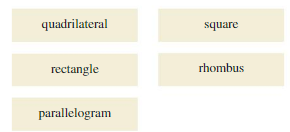
Answer:
We know that,
The figure that has 4 sides is called a “Quadrilateral”
Ex:
Parallelogram, Square etc
Hence,
The order of the terms in a diagram so that each term builds off the previous term is:
a. Quadrilateral – No equal sides
b. Parallelogram – The parallel sides are equal and the angles are not 90°
c. Rectangle – The parallel sides are equal and all the angles are 90°
d. Square – All the sides are equal and all the angles are 90°
e. Rhombus – All the sides are equal but only one angle is 90°
CRITICAL THINKING
In Exercises 65-70, complete each statement with always, sometimes, or never. Explain your reasoning.
Question 65.
A square is ____________ a rhombus.
Answer:

Question 66.
A rectangle is __________ a square.
Answer:
A rectangle is sometimes a square because a rectangle has the congruent opposite sides whereas a square has all the congruent sides
Question 67.
A rectangle _____________ has congruent diagonals.
Answer:

Question 68.
The diagonals of a square _____________ bisect its angles.
Answer:
The diagonals of a square always bisect its angles by using the Square Diagonals Congruent Theorem
Question 69.
A rhombus __________ has four congruent angles.
Answer:

Question 70.
A rectangle ____________ has perpendicular diagonals.
Answer:
A rectangle sometimes has perpendicular diagonals because the diagonals of a rectangle bisect each other ut not perpendicular to each other whereas a square has the perpendicular diagonals
Question 71.
USING TOOLS
You want to mark off a square region for a garden at school. You use a tape measure to mark off a quadrilateral on the ground. Each side of the quadrilateral is 2.5 meters long. Explain how you can use the tape measure to make sure that the quadrilateral is a square.
Answer:

Question 72.
PROVING A THEOREM
Use the plan for proof below to write a paragraph proof for one part of the Rhombus Diagonals Theorem (Theorem 7. 11).
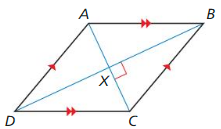
Given ABCD is a parallelogram.
\(\overline{A C}\) ⊥ \(\overline{B D}\)
Prove: ABCD is a rhombus.
Plan for Proof: Because ABCD is a parallelogram. its diagonals bisect each other at X. Use \(\overline{A C}\) ⊥ \(\overline{B D}\) to show that ∆BXC ≅ ∆DXC. Then show that \(\overline{B C}\) ≅ \(\overline{D C}\). Use the properties of a parallelogram to show that ABCD is a rhombus.
PROVING A THEOREM
In Exercises 73 and 74, write a proof for parts of the Rhombus Opposite Angles Theorem (Theorem 7.12).
Question 73.
Given: PQRS is a parallelogram.
\(\overline{P R}\) bisects ∠SPQ and ∠QRS.
\(\overline{S Q}\) bisects ∠PSR and ∠RQP.
Prove: PQRS is a rhombus.
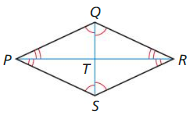
Answer:
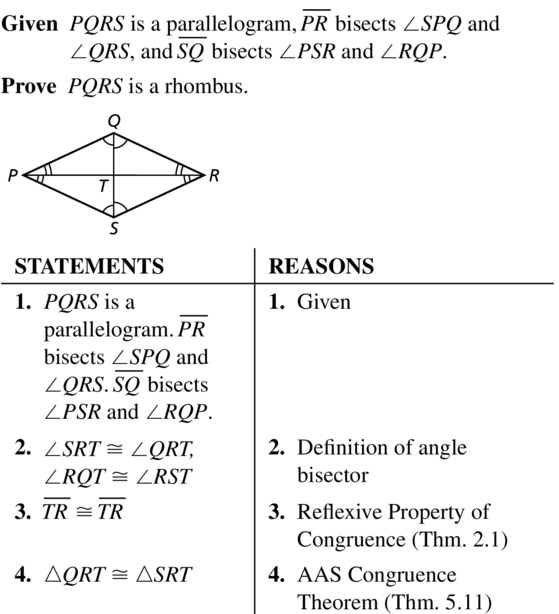
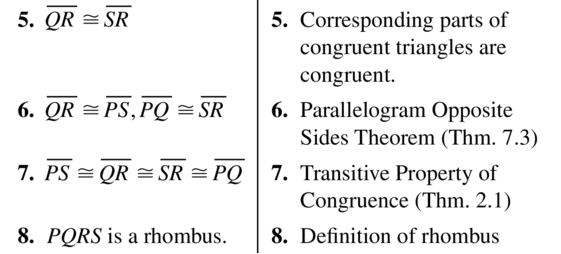
Question 74.
Given: WXYZ is a rhombus
Prove: \(\overline{W Y}\) bisects ∠ZWX and ∠XYZ.
\(\overline{Z X}\) bisects ∠WZY and ∠YXW.
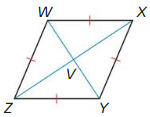
Answer:
Question 75.
ABSTRACT REASONING
Will a diagonal of a square ever divide the square into two equilateral triangles? Explain your reasoning.
Answer:

Question 76.
ABSTRACT REASONING
Will a diagonal of a rhombus ever divide the rhombus into two equilateral triangles? Explain your reasoning.
Answer:
We know that,
The diagonals of a rhombus are not congruent
We know that,
Sometimes, the interior angles of a rhombus are 120°, 120°, 60°, and 60°
We know that,
The interior angles of an equilateral triangle are: 60°
Hence, from the above,
We can conclude that it is possible that a diagonal of a rhombus divides the rhombus into two equilateral triangles
Question 77.
CRITICAL THINKING
Which quadrilateral could be called a regular quadrilateral? Explain your reasoning.
Answer:

Question 78.
HOW DO YOU SEE IT?
What other information do you need to determine whether the figure is a rectangle?

Answer:
From the given figure,
We can observe that the opposite sides are congruent and all the interior angles of the given figure are 90°
We know that,
A quadrilateral that has the congruent opposite sides and all the interior angles are 90° is called a “Rectangle”
Hence, from the above,
We can conclude that the given figure is a rectangle
Question 79.
REASONING
Are all rhombuses similar? Are all squares similar? Explain your reasoning.
Answer:

Question 80.
THOUGHT PROVOKING
Use the Rhombus Diagonals Theorem (Theorem 7. 1I) to explain why every rhombus has at least two lines of symmetry.
Answer:
PROVING A COROLLARY
In Exercises 81-83, write the corollary as a conditional statement and its converse. Then explain why each statement is true.
Question 81.
Rhombus Corollary (Corollary 7.2)
Answer:
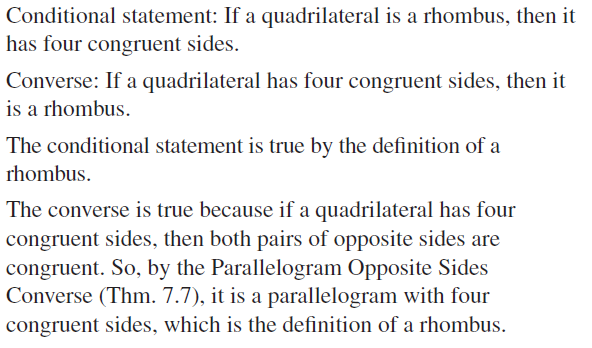
Question 82.
Rectangle Corollary (Corollary 7.3)
Answer:
Conditional statement:
If a quadrilateral is a rectangle, then it has four right angles
Converse:
If a quadrilateral has four right angles, then it is a rectangle
The conditional statement is true since a quadrilateral is a rectangle, it has 4 right angles
The corollary is not right because by having 4 right angles, the quadrilateral should be either a rectangle or a square
Question 83.
Square Corollary (Corollary 7.4)
Answer:
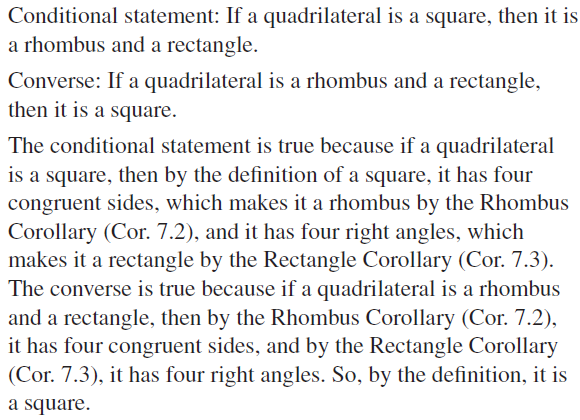
Question 84.
MAKING AN ARGUMENT
Your friend claims a rhombus will never have congruent diagonals because it would have to be a rectangle. Is your friend correct? Explain your reasoning.
Answer:
We know that,
If a rhombus has congruent diagonals, then it would have to be a square only when all the angles will be 90°
But, it is not possible
A rhombus with non-congruent diagonals will never be a rectangle because a rhombus won’t have all the angles 90°
Hence, from the above,
We can conclude that the claim of your friend is not correct
Question 85.
PROOF
Write a proof in the style of your choice.
Gien ∆XYZ ≅ ∆XWZ, ∠XYW ≅ ∠ZWY
Prove WVYZ is a rhombus.
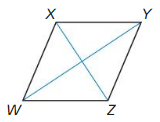
Answer:
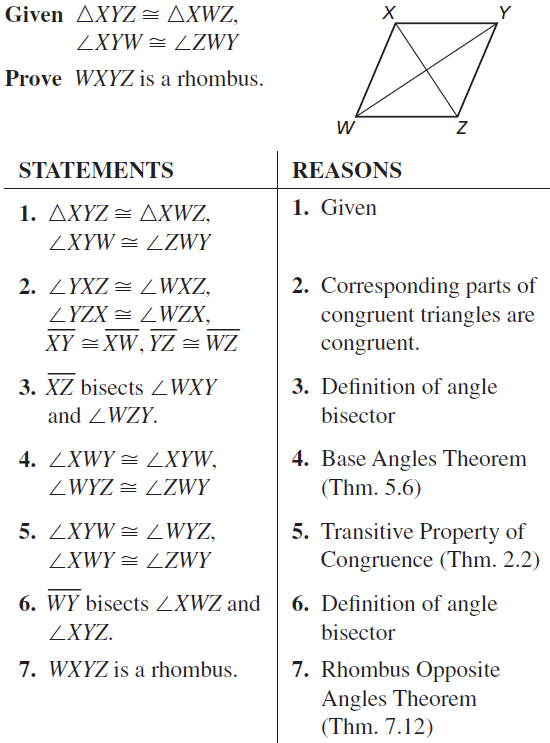
Question 86.
PROOF
Write a proof in the style of your choice.
Given ![]()
Prove ABCD is a rectangle.

Answer:
PROVING A THEOREM
In Exercises 87 and 88. write a proof for part of the Rectangle Diagonals Theorem (Theorem 7.13).
Question 87.
Given PQRS is a rectangle.
Prove \(\overline{P R} \cong \overline{S Q}\)
Answer:
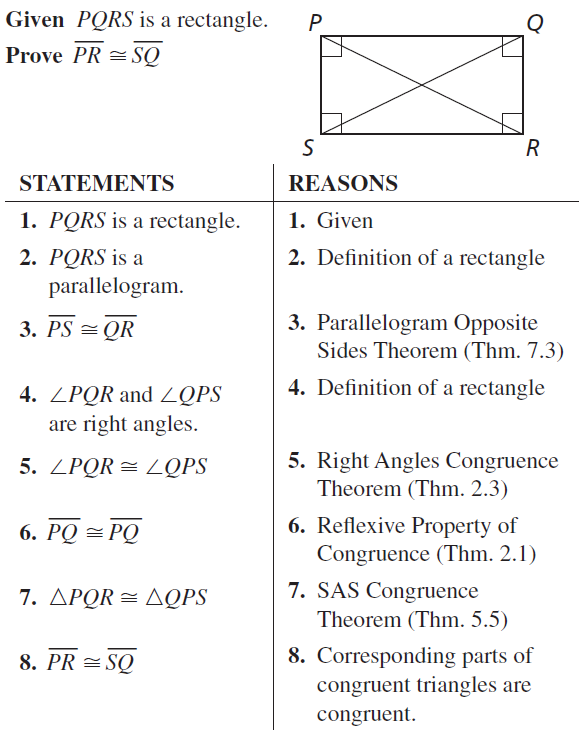
Question 88.
Given PQRS is a parallelogram.
\(\overline{P R} \cong \overline{S Q}\)
Prove PQRS is a rectangle.
Answer:
Maintaining Mathematical Proficiency
\(\overline{D E}\) is a midsegment of ∆ABC. Find the values of x and y.
Question 89.

Answer:
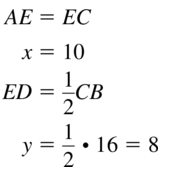
Question 90.
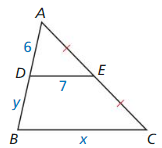
Answer:
The given figure is:

It is given that \(\overline {D E}\) is a midsegment of ΔABC
So,
Now,
From the above figure,
We can say that
AD = DB
So,
y = 6
Now,
BC = 2 (DE)
BC = 2 (7)
BC = 14
x = 14
Hence, from the above,
We can conclude that the values of x and y are: 14 and 6 respectively
Question 91.

Answer:
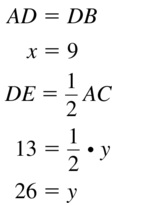
7.5 Properties of Trapezoids and Kites
Exploration 1
Making a conjecture about Trapezoids
Sample

Work with a partner. Use dynamic geometry software.
a. Construct a trapezoid whose base angles are congruent. Explain your process.
Answer:
b. Is the trapezoid isosceles? Justify your answer.
Answer:
c. Repeat parts (a) and (b) for several other trapezoids. Write a conjecture based on your results.
PERSEVERE IN SOLVING PROBLEMS
To be proficient in math, you need to draw diagrams of important features and relationships, and search for regularity or trends.
Answer:
Exploration 2
Discovering a Property of Kites
Work with a partner. Use dynamic geometry software.
Sample
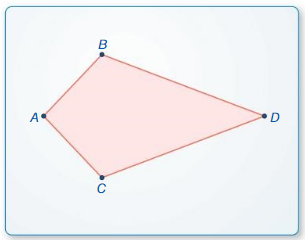
a. Construct a kite. Explain your process.
Answer:
b. Measure the angles of the kite. What do you observe?
Answer:
c. Repeat parts (a) and (b) for several other kites. Write a conjecture based on your results.
Answer:
Communicate Your Answer
Question 3.
What are some properties of trapezoids and kites?
Answer:
Question 4.
Is the trapezoid at the left isosceles? Explain.
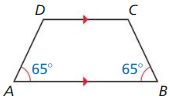
Answer:
Question 5.
A quadrilateral has angle measures of 7o, 70°, 1100, and 110°, Is the quadrilateral a kite? Explain.
Answer:
Lesson 7.5 Properties of Trapezoids and Kites
Monitoring progress
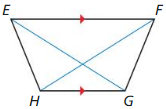
Question 1.
The points A(- 5, 6), B(4, 9) C(4, 4), and D(- 2, 2) form the vertices of a quadrilateral. Show that ABCD is a trapezoid. Then decide whether it is isosceles.
Answer:
In Exercises 2 and 3, use trapezoid EFGH.
Question 2.
If EG = FH, is trapezoid EFGH isosceles? Explain.
Answer:
Question 3.
If m∠HEF = 70° and ,m∠FGH = 110°, is trapezoid EFGH isosceles? Explain.
Answer:
Question 4.
In trapezoid JKLM, ∠J and ∠M are right angles, and JK = 9 centimeters. The length of midsegment \(\overline{N P}\) of trapezoid JKLW is 12 centimeters. Sketch trapezoid JKLM and its midsegment. Find ML. Explain your reasoning.
Answer:
Question 5.
Explain another method you can use to find the length of \(\overline{Y Z}\) in Example 4.
Answer:
Question 6.
In a kite. the measures of the angles are 3x° 75°, 90°, and 120°. Find the value of x. What are the measures of the angles that are congruent?
Answer:
Question 7.
Quadrilateral DEFG has at least one pair of opposite sides congruent. What types of quadrilaterals meet this condition?
Answer:
Give the most specific name for the quadrilateral. Explain your reasoning.
Question 8.

Answer:
Question 9.
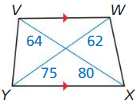
Answer:
Question 10.
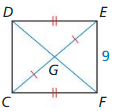
Answer:
Exercise 7.5 Properties of Trapezoids and Kites
Vocabulary and Core Concept Check
Question 1.
WRITING
Describe the differences between a trapezoid and a kite.
Answer:

Question 2.
DIFFERENT WORDS, SAME QUESTION
Which is different? Find “both” answers.
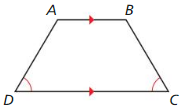
Is there enough information to prove that trapezoid ABCD is isosceles?
Answer:
Is there enough information to prove that \(\overline{A B}\) ≅ \(\overline{D C}\)?
Answer:
Is there enough information to prove that the non-parallel sides of trapezoid ABCD are congruent?
Answer:
Is there enough information to prove that the legs of trapezoid ABCD are congruent?
Answer:
Monitoring Progress and Modeling with Mathematics
In Exercises 3-6, show that the quadrilateral with the given vertices is a trapezoid. Then decide whether it is isosceles.
Question 3.
W(1, 4), X(1, 8), Y(- 3, 9), Z(- 3, 3)
Answer:
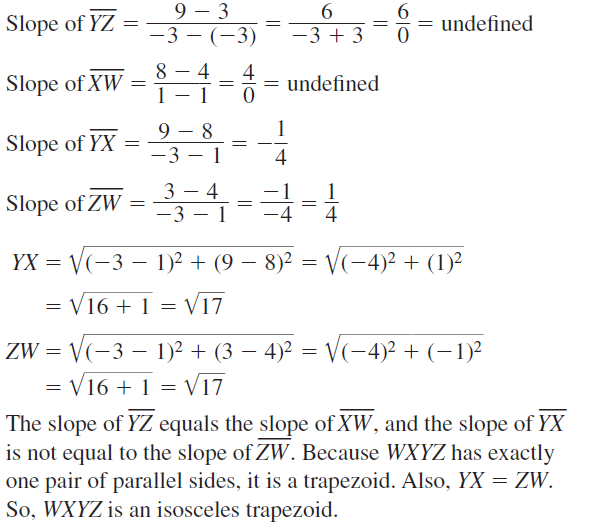
Question 4.
D(- 3, 3), E(- 1, 1), F(1, – 4), G(- 3, 0)
Answer:
Question 5.
M(- 2, 0), N(0, 4), P(5, 4), Q(8, 0)
Answer:
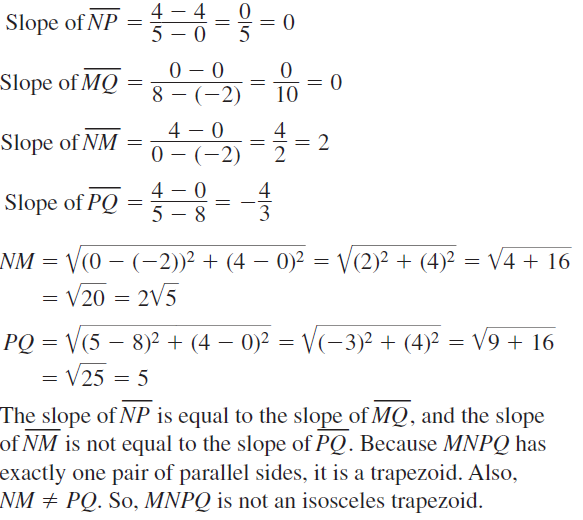
Question 6.
H(1, 9), J(4, 2), K(5, 2), L(8, 9)
Answer:
In Exercises 7 and 8, find the measure of each angle in the isosceles trapezoid.
Question 7.
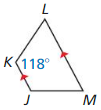
Answer:

Question 8.
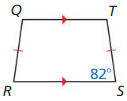
Answer:
In Exercises 9 and 10. find the length of the midsegment of the trapezoid.
Question 9.
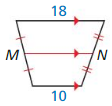
Answer:
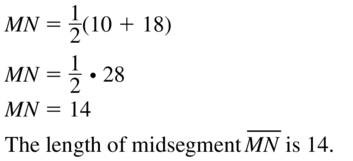
Question 10.

Answer:
In Exercises 11 and 12, find AB.
Question 11.

Answer:

Question 12.

Answer:
In Exercises 13 and 14, find the length of the midsegment of the trapezoid with the given vertices.
Question 13.
A(2, 0), B(8, – 4), C(12, 2), D(0, 10)
Answer:
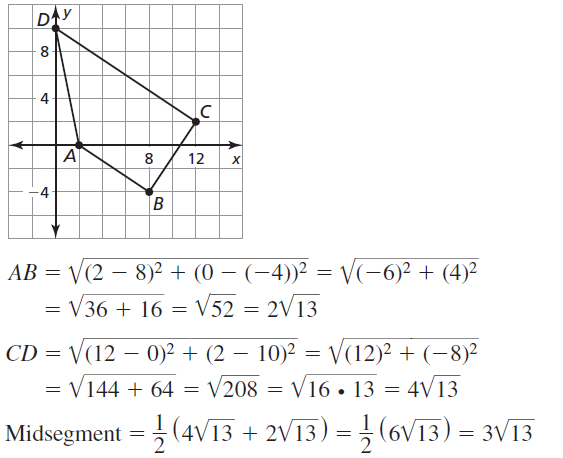
Question 14.
S(- 2, 4), T(- 2, – 4), U(3, – 2), V(13, 10)
Answer:
In Exercises 15 – 18, Find m ∠ G.
Question 15.
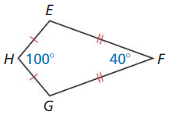
Answer:

Question 16.
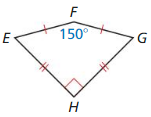
Answer:
Question 17.
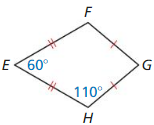
Answer:
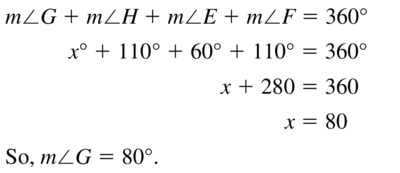
Question 18.
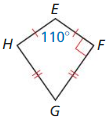
Answer:
Question 19.
ERROR ANALYSIS
Describe and correct the error in finding DC.
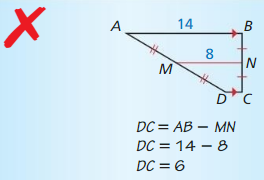
Answer:
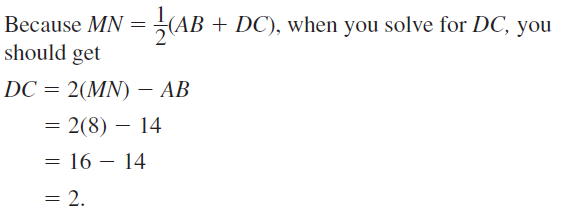
Question 20.
ERROR ANALYSIS
Describe and correct the error in finding m∠A.
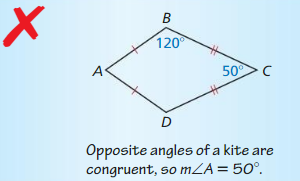
Answer:
In Exercises 21 – 24. given the most specific name for the quadrilateral. Explain your reasoning.
Question 21.
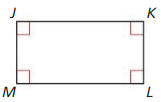
Answer:

Question 22.
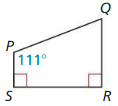
Answer:
Question 23.
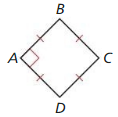
Answer:

Question 24.
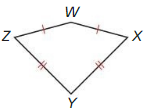
Answer:
REASONING
In Exercises 25 and 26, tell whether enough information is given in the diagram to classify the quadrilateral by the indicated name. Explain.
Question 25.
rhombus

Answer:

Question 26.
Square

Answer:
MATHEMATICAL CONNECTIONS
In Exercises 27 and 28, find the value of x.
Question 27.

Answer:
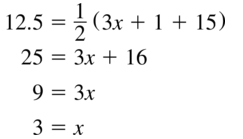
Question 28.
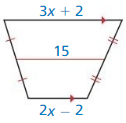
Answer:
Question 29.
MODELING WITH MATHEMATICS
In the diagram, NP = 8 inches, and LR = 20 inches. What is the diameter of the bottom layer of the cake?
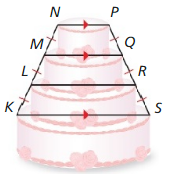
Answer:
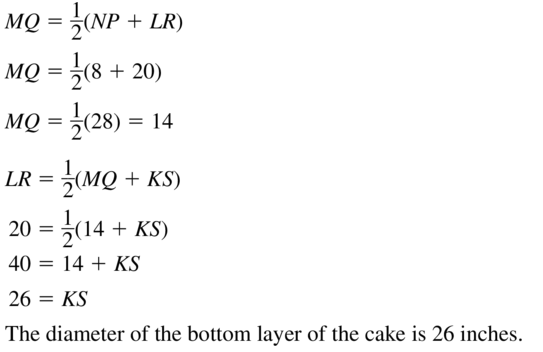
Question 30.
PROBLEM SOLVING
You and a friend arc building a kite. You need a stick to place from X to Wand a stick to place from W to Z to finish constructing the frame. You want the kite to have the geometric shape of a kite. How long does each stick need to be? Explain your reasoning.

Answer:
REASONING
In Exercises 31 – 34, determine which pairs of segments or angles must be congruent so that you can prove that ABCD is the indicated quadrilateral. Explain our reasoning. (There may be more than one right answer.)
Question 31.
isosceles trapezoid
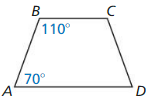
Answer:

Question 32.
Kite
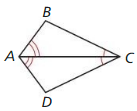
Answer:
Question 33.
Parallelogram

Answer:

Question 34.
square

Answer:
Question 35.
PROOF
Write a proof
Given \(\overline{J L} \cong \overline{L N}\), \(\overline{K M}\) is a midsegment of ∆JLN
Prove Quadrilateral JKMN is an isosceles trapezoid.

Answer:
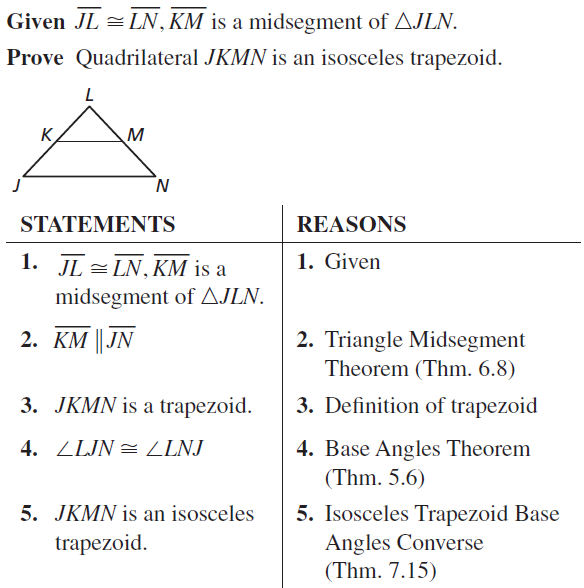
Question 36.
PROOF
Write a proof
Given ABCD is a kite.
\(\overline{A B} \cong \overline{C B}\), \(\overline{A D} \cong \overline{C D}\)
Prove \(\overline{C E} \cong \overline{A E}\)

Answer:
Question 37.
ABSTRACT REASONING
Point U lies on the perpendicular bisector of \(\overline{R T}\). Describe the set of points S for which RSTU is a kite.

Answer:

Question 38.
REASONING
Determine whether the points A(4, 5), B(- 3, 3), C(- 6, – 13), and D(6, – 2) are the vertices of a kite. Explain your reasoning.
Answer:
PROVING A THEOREM
In Exercises 39 and 40, use the diagram to prove the given theorem. In the diagram, \(\overline{E C}\)’ is drawn parallel to \(\overline{A B}\).

Question 39.
Isosceles Trapezoid Base Angles Theorem (Theorem 7.14)
Given ABCD is an isosceles trapezoid.
\(\overline{B C}\) || \(\overline{A D}\)
Prove ∠A ≅ ∠D, ∠B ≅ ∠BCD
Answer:
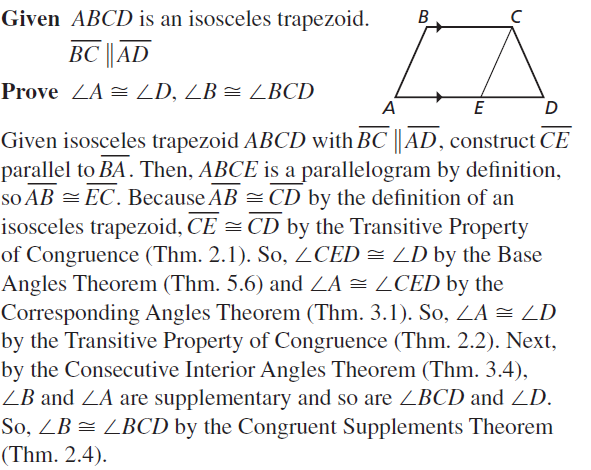
Question 40.
Isosceles Trapezoid Base Angles Theorem (Theorem 7.15)
Given ABCD is a trapezoid
∠A ≅ ∠D, \(\overline{B C}\) || \(\overline{A D}\)
Prove ABCD is an isosceles trapezoid.
Answer:
Question 41.
MAKING AN ARGUMENT
Your cousin claims there is enough information to prove that JKLW is an isosceles trapezoid. Is your cousin correct? Explain.
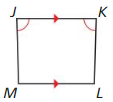
Answer:
![]()
Question 42.
MATHEMATICAL CONNECTIONS
The bases of a trapezoid lie on the lines y = 2x + 7 and y = 2x – 5. Write the equation of the line that contains the midsegment of the trapezoid.
Answer:
Question 43.
CONSTRUCTION
\(\overline{A C}\) and \(\overline{B D}\) bisect each other.
a. Construct quadrilateral ABCD so that \(\overline{A C}\) and \(\overline{B D}\) are congruent. hut not perpendicular. Classify the quadrilateral. Justify your answer.
Answer:
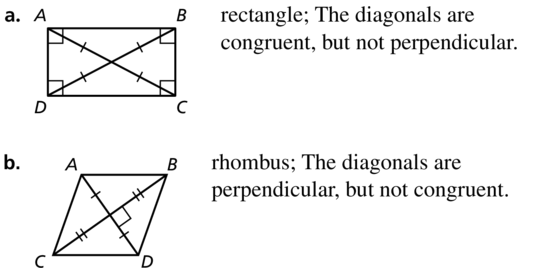
b. Construct quadrilateral ABCD so that \(\overline{A C}\) and \(\overline{B D}\) are perpendicular. hut not congruent. Classify the quadrilateral. Justify your answer.
Answer:
Question 44.
PROOF Write a proof.
Given QRST is an isosceles trapezoid.
Prove ∠TQS ≅ ∠SRT

Answer:
Question 45.
MODELING WITH MATHEMATICS
A plastic spiderweb is made in the shape of a regular dodecagon (12-sided polygon). \(\overline{A B}\) || \(\overline{P Q}\), and X is equidistant from the vertices of the dodecagon.
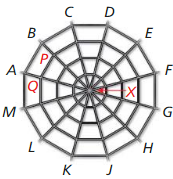
a. Are you given enough information to prove that ABPQ is an isosceles trapezoid?
b. What is the measure of each interior angle of ABPQ
Answer:

Question 46.
ATTENDING TO PRECISION
In trapezoid PQRS, \(\overline{P Q}\) || \(\overline{R S}\) and \(\overline{M N}\) is the midsegment of PQRS. If RS = 5 . PQ. what is the ratio of MN to RS?
(A) 3 : 5
(B) 5 : 3
(C) 1 : 2
(D) 3 : 1
Answer:
Question 47.
PROVING A THEOREM
Use the plan for proof below to write a paragraph proof of the Kite Opposite Angles Theorem (Theorem 7.19).
Given EFGH is a Kite.
\(\), \(\)
Prove ∠E ≅ ∠G, ∠F ![]() ∠H
∠H

Plan for Proof: First show that ∠E ≅ ∠G. Then use an indirect argument to show that ∠F ![]() ∠H.
∠H.
Answer:
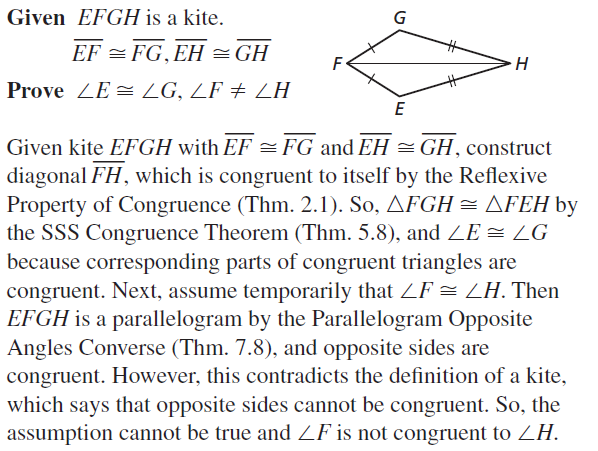
Question 48.
HOW DO YOU SEE IT?
One of the earliest shapes used for cut diamonds is called the table cut, as shown in the figure. Each face of a cut gem is called a facet.
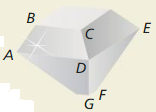
a. \(\overline{B C}\) || \(\overline{A D}\), and \(\overline{A B}\) and \(\overline{D C}\) are not parallel. What shape is the facet labeled ABCD?
b. \(\overline{D E}\) || \(\overline{G F}\), and \(\overline{D G}\) and \(\overline{E F}\) are congruent but not parallel. What shape is the facet labeled DEFG?
Answer:
Question 49.
PROVING A THEOREM
In the diagram below, \(\overline{B G}\) is the midsegment of ∆ACD. and \(\overline{G E}\) is the midsegment of ∆ADF Use the diagram to prove the Trapezoid Midsegment Theorem (Theorem 7.17).

Answer:
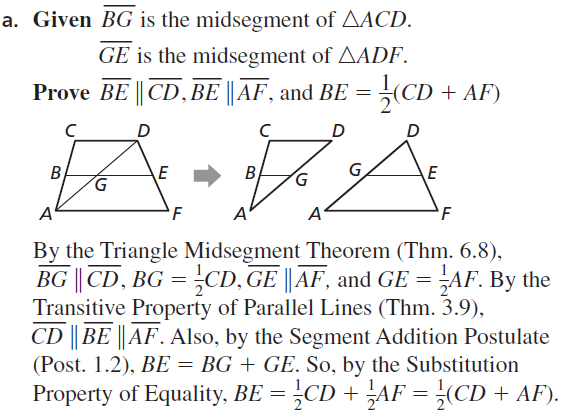
Question 50.
THOUGHT PROVOKING
Is SSASS a valid congruence theorem be kites? Justify your answer.
Answer:
Question 51.
PROVING A THEOREM
To prove the biconditional statement in the Isosceles Trapezoid Diagonals Theorem (Theorem 7.16), you must prove both Parts separately.
a. Prove part of the Isosceles Trapezoid Diagonals Theorem (Theorem 7. 16).
Given JKLM is an isosecles trapezoid.
\(\overline{K L}\) || \(\overline{J M}\), \(\overline{J L} \cong \overline{K M}\)
Prove \(\overline{J L} \cong \overline{K M}\)

b. Write the other parts of the Isosceles Trapezoid Diagonals Theorem (Theorem 7. 16) as a conditional. Then prove the statement is true.
Answer:
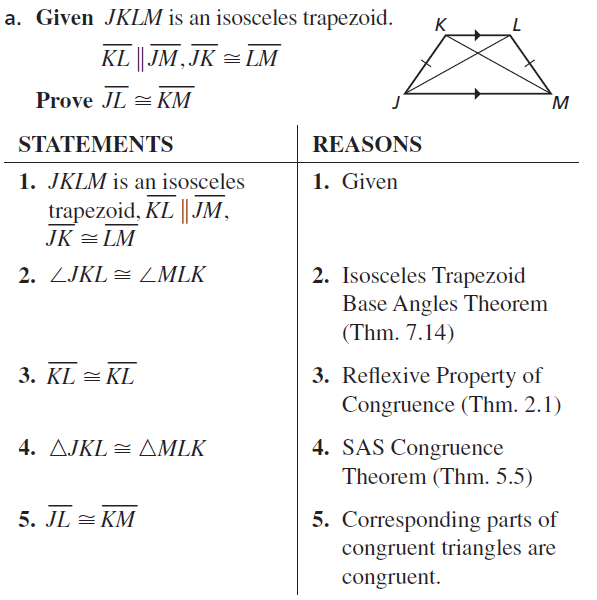
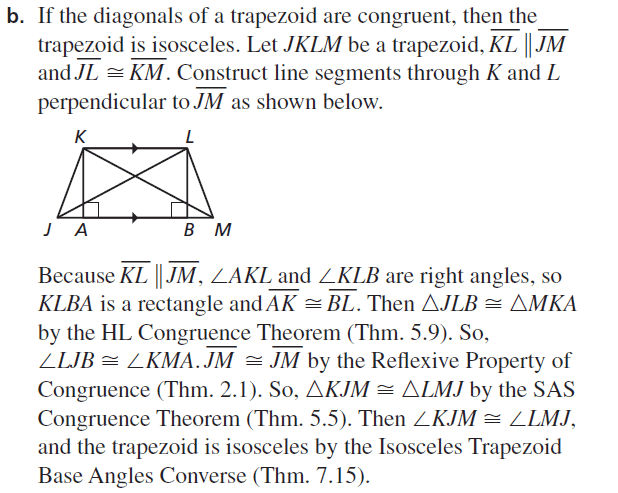
Question 52.
PROOF
What special type of quadrilateral is EFGH? Write a proof to show that your answer is Correct.
Given In the three-dimensional figure, \(\overline{J L} \cong \overline{K M}\). E, F, G, and H arc the midpoints of \(\overline{J L}\). \(\overline{K l}\), \(\overline{K M}\), and \(\overline{J M}\). respectively.
Prove EFGH is a ____________ .
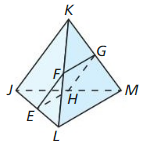
Answer:
Maintaining Mathematical Proficiency
Describe a similarity transformation that maps the blue preimage to the green image.
Question 53.
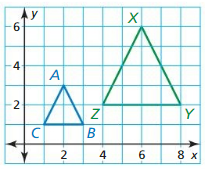
Answer:

Question 54.
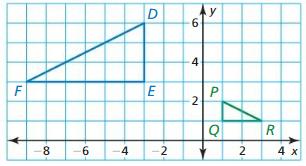
Answer:
Quadrilaterals and Other Polygons Review
7.1 Angles of Polygons
Question 1.
Find the sum of the measures of the interior angles of a regular 30-gon. Then find the measure of each interior angle and each exterior angle.
Answer:
Find the va1ue of x.
Question 2.
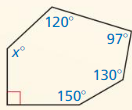
Answer:
Question 3.
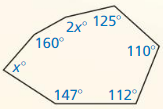
Answer:
Question 4.
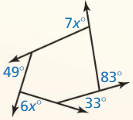
Answer:
7.2 Properties of Parallelograms
Find the value of each variable in the parallelogram.
Question 5.

Answer:
Question 6.

Answer:
Question 7.

Answer:
Question 8.
Find the coordinates of the intersection of the diagonals of ![]() QRST with vertices Q(- 8, 1), R(2, 1). S(4, – 3), and T(- 6, – 3).
QRST with vertices Q(- 8, 1), R(2, 1). S(4, – 3), and T(- 6, – 3).
Answer:
Question 9.
Three vertices of ![]() JKLM are J(1, 4), K(5, 3), and L(6, – 3). Find the coordinates of vertex M.
JKLM are J(1, 4), K(5, 3), and L(6, – 3). Find the coordinates of vertex M.
Answer:
7.3 Proving that a Quadrilateral is a Parallelogram
State which theorem you can use to show that the quadrilateral is a parallelogram.
Question 10.

Answer:
Question 11.

Answer:
Question 12.

Answer:
Question 13.
Find the values of x and y that make the quadrilateral a parallelogram.
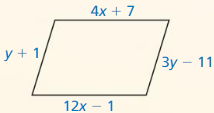
Answer:
Question 14.
Find the value of x that makes the quadrilateral a parallelogram.

Answer:
Question 15.
Show that quadrilateral WXYZ with vertices W(- 1, 6), X(2, 8), Y(1, 0), and Z(- 2, – 2) is a parallelogram.
Answer:
7.4 Properties of Special Parallelograms
Classify the special quadrilateral. Explain your reasoning.
Question 16.

Answer:
Question 17.

Answer:
Question 18.
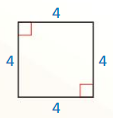
Answer:
Question 19.
Find the lengths of the diagonals of rectangle WXYZ where WY = – 2y + 34 and XZ = 3x – 26.
Answer:
Question 20.
Decide whether ![]() JKLM with vertices J(5, 8), K(9, 6), L(7, 2), and M(3, 4) is a rectangle. a rhombus, or a square. Give all names that apply. Explain.
JKLM with vertices J(5, 8), K(9, 6), L(7, 2), and M(3, 4) is a rectangle. a rhombus, or a square. Give all names that apply. Explain.
Answer:
7.5 Properties of Trapezoids and Kites
Question 21.
Find the measure of each angle in the isosceles trapezoid WXYZ.

Answer:
Question 22.
Find the length of the midsegment of trapezoid ABCD.
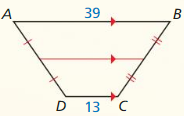
Answer:
Question 23.
Find the length of the midsegment of trapezoid JKLM with vertices J(6, 10), K(10, 6), L(8, 2), and M(2, 2).
Answer:
Question 24.
A kite has angle measures of 7x°, 65°, 85°, and 105°. Find the value of x. What are the measures of the angles that are congruent?
Answer:
Question 25.
Quadrilateral WXYZ is a trapezoid with one pair of congruent base angles. Is WXYZ all isosceles trapezoid? Explain your reasoning.
Answer:
Give the most specific name for the quadrilateral. Explain your reasoning.
Question 26.

Answer:
Question 27.

Answer:
Question 28.

Answer:
Quadrilaterals and Other Polygons Test
Find the value of each variable in the parallelogram.
Question 1.

Answer:
Question 2.

Answer:
Question 3.

Answer:
Give the most specific name for the quadrilateral. Explain your reasoning.
Question 4.

Answer:
Question 5.

Answer:
Question 6.

Answer:
Question 7.
In a convex octagon. three of the exterior angles each have a measure of x°. The other five exterior angles each have a measure of (2x + 7)°. Find the measure of each exterior angle.
Answer:
Question 8.
Quadrilateral PQRS has vertices P(5, 1), Q(9, 6), R(5, 11), and 5(1, 6), Classify quadrilateral PQRS using the most specific name.
Answer:
Determine whether enough information is given to show that the quadrilateral is a parallelogram. Explain your reasoning.
Question 9.
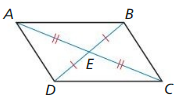
Answer:
Question 10.
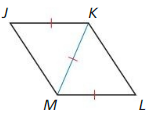
Answer:
Question 11.
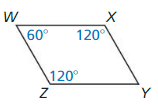
Answer:
Question 12.
Explain why a parallelogram with one right angle must be a rectangle.
Answer:
Question 13.
Summarize the ways you can prove that a quadrilateral is a square.
Answer:
Question 14.
Three vertices of ![]() JKLM are J(- 2, – 1), K(0, 2), and L(4, 3),
JKLM are J(- 2, – 1), K(0, 2), and L(4, 3),
a. Find the coordinates of vertex M.
Answer:
b. Find the coordinates of the intersection of the diagonals of ![]() JKLM.
JKLM.
Answer:
Question 15.
You are building a plant stand with three equally-spaced circular shelves. The diagram shows a vertical cross section of the plant stand. What is the diameter of the middle shell?
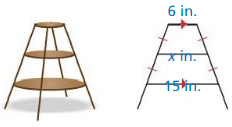
Answer:
Question 16.
The Pentagon in Washington. D.C., is shaped like a regular pentagon. Find the measure of each interior angle.
Answer:
Question 17.
You are designing a binocular mount. If \(\overline{B C}\) is always vertical, the binoculars will point in the same direction while they are raised and lowered for different viewers. How can you design the mount so \(\overline{B C}\) is always vertical? Justify your answer.
Answer:
Question 18.
The measure of one angle of a kite is 90°. The measure of another angle in the kite is 30°. Sketch a kite that matches this description.
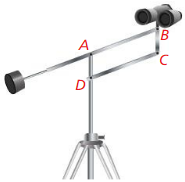
Answer:
Quadrilaterals and Other Polygons Cummulative Assessment
Question 1.
Copy and complete the flowchart proof of the Parallelogram Opposite Angles Theorem (Thm. 7.4).
Given ABCD is a parallelogram.
Prove ∠A ≅ ∠C, ∠B ≅ ∠D


Answer:
Question 2.
Use the steps in the construction to explain how you know that the circle is inscribed within ∆ABC.
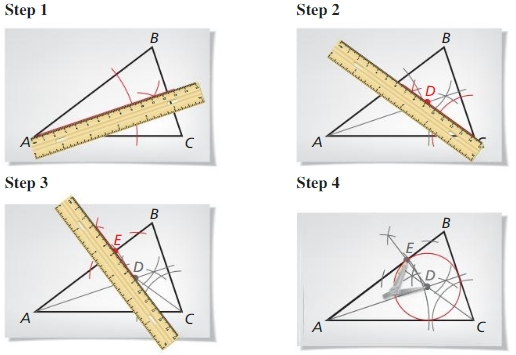
Answer:
Question 3.
Your friend claims that he can prove the Parallelogram Opposite Sides Theorem (Thm. 7.3) using the SSS Congruence Theorem (Thm. 5.8) and the Parallelogram Opposite Sides Theorem (Thin. 7.3). Is your friend correct? Explain your reasoning.
Answer:
Question 4.
Find the perimeter of polygon QRSTUV Is the polygon equilateral? equiangular? regular? Explain your reasoni ng.
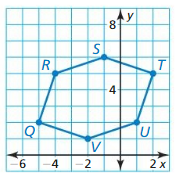
Answer:
Question 5.
Choose the correct symbols to complete the proof of the Converse of the Hinge Theorem (Theorem 6. 13).

Given ![]()
Prove m ∠ B > m ∠ E
Step 1 Assume temporarily that m ∠ B ![]() m ∠ E. Then it follows that either m∠B____ m∠E or m∠B ______ m ∠ E.
m ∠ E. Then it follows that either m∠B____ m∠E or m∠B ______ m ∠ E.
Step 2 If m ∠ B ______ m∠E. then AC _____ DF by the Hinge Theorem (Theorem 6. 12). If, m∠B _______ m ∠ E. then ∠B _____ ∠E. So. ∆ABC ______ ∆DEF by the SAS Congruence Theorem (Theorem 5.5) and AC _______ DF.
Step 3 Both conclusions contradict the given statement that AC _______ DF. So, the temporary assumption that m ∠ B > ![]() m ∠ E Cannot be true. This proves that m ∠ B ______ m ∠ E.
m ∠ E Cannot be true. This proves that m ∠ B ______ m ∠ E.
> < = ≠ ≅
Answer:
Question 6.
Use the Isosceles Trapctoid Base Angles Conersc (Thm. 7.15) to prove that ABCD is an isosceles trapezoid.
Given \(\overline{B C}\) || \(\overline{A D}\). ∠EBC ≅ ∠¿ECB, ∠ABE ≅ ∠DCE
Prove ABCD is an isoscelcs trapezoid.
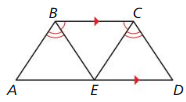
Answer:
Question 7.
One part of the Rectangle Diagonals Theorem (Thm. 7.13) says. “If the diagonals of a parallelogram are congruent, then it is a rectangle.” Using the reasons given. there are multiple ways to prove this part of the theorem. Provide a statement for each reason to form one possible proof of this part of the theorem.
Given QRST is a parallelogram
\(\overline{Q S} \cong \overline{R T}\)
Prove QRST is a rectangle
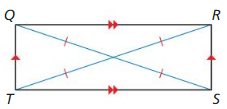
| Statements | Reasons |
| 1. \(\overline{Q S} \cong \overline{R T}\) | 1. Given |
| 2. __________________________ | 2. Parallelogram Opposite Sides Theorem (Thm. 7.3) |
| 3. __________________________ | 3. SSS Congruence Theorem (Thm. 5.8) |
| 4. __________________________ | 4. Corresponding parts of congruent triangles are congruent. |
| 5. __________________________ | 5. Parallelogram Consecutive Angles Theorem (Thm. 7.5 |
| 6. __________________________ | 6. Congruent supplementary angles have the same measure. |
| 7. __________________________ | 7. Parallelogram Consecutive Angles Theorem (Thm. 7.5) |
| 8. __________________________ | 8. Subtraction Property of Equality |
| 9. __________________________ | 9. Definition of a right angle |
| 10. __________________________ | 10. Definition of a rectangle |
Answer:
